Media Manager
Media Files
Files in [root]
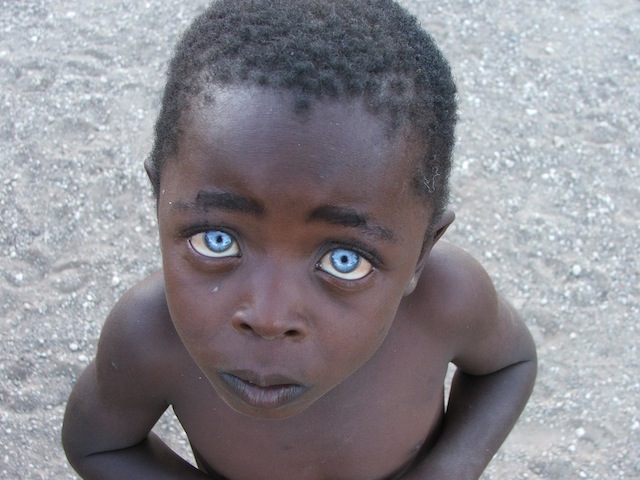
- 0mvvlzx.jpg
- 640×480
- 2018/11/27 19:27
- 87.4 KB
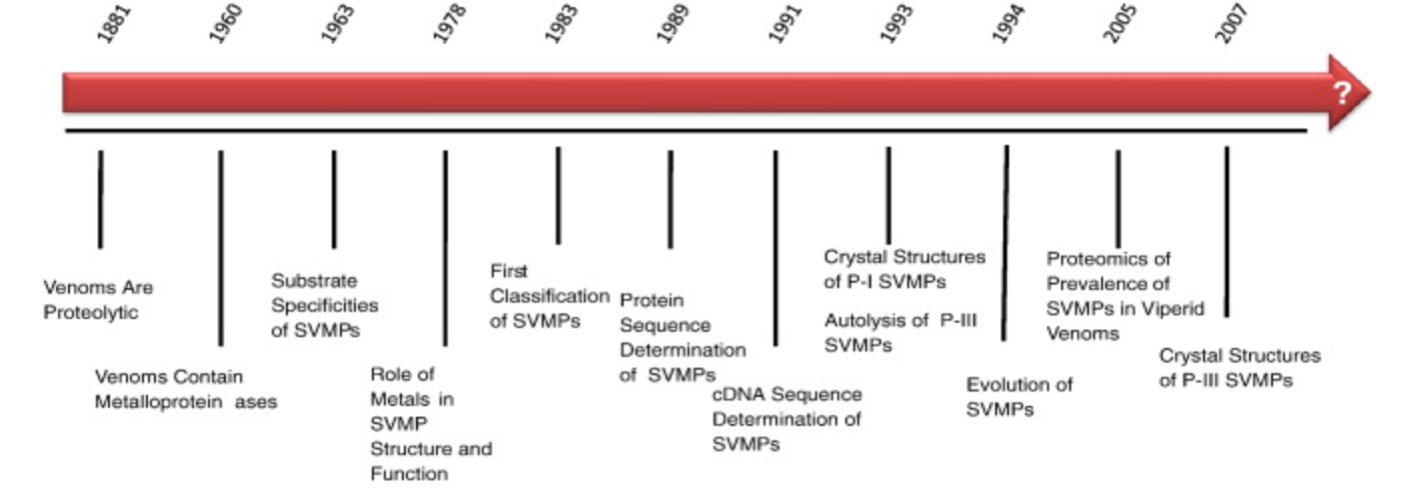
- 0000000000.png
- 1403×502
- 2018/01/25 15:19
- 192.5 KB
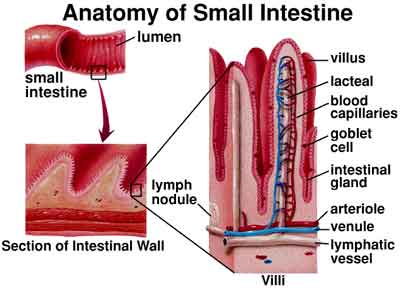
- 00001.jpg
- 400×288
- 2018/01/25 15:19
- 14.2 KB
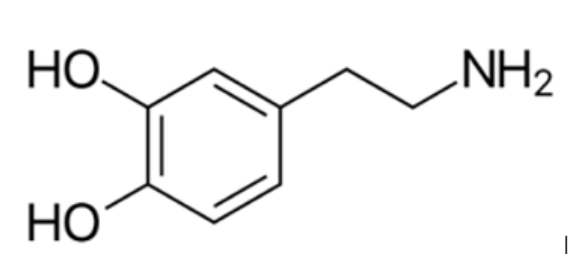
- 00001.png
- 568×254
- 2020/01/28 15:38
- 31.2 KB
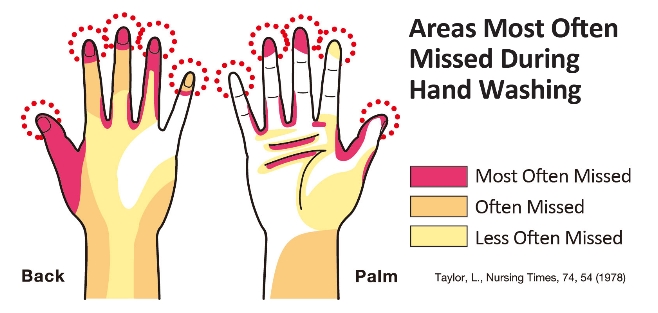
- 000012.jpg
- 658×313
- 2018/01/25 15:19
- 114.2 KB
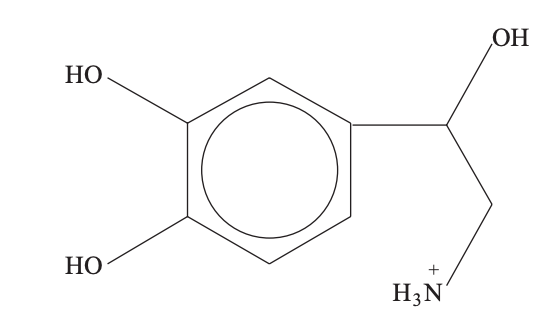
- 00002.png
- 546×324
- 2020/01/28 15:38
- 28.7 KB
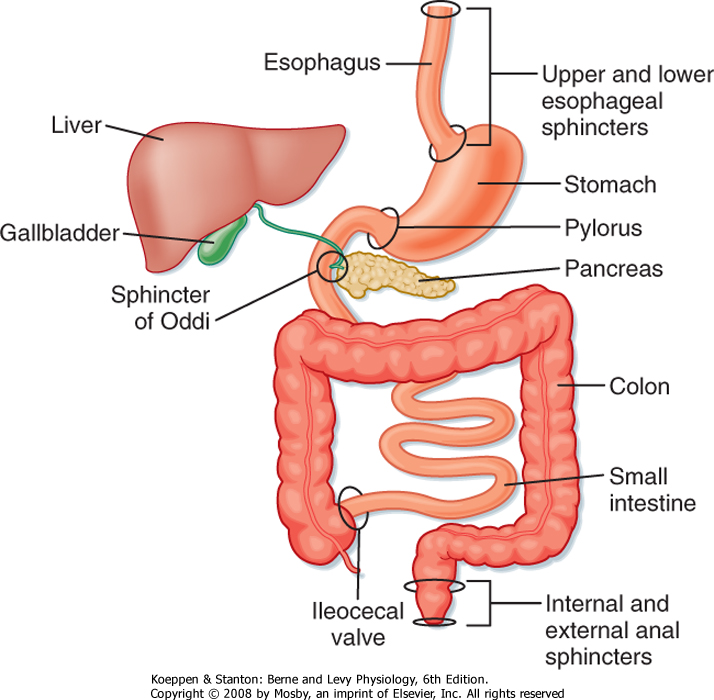
- 0001.jpg
- 714×700
- 2018/01/25 15:19
- 239.7 KB

- 001.png
- 1070×273
- 2018/01/25 15:19
- 45.5 KB
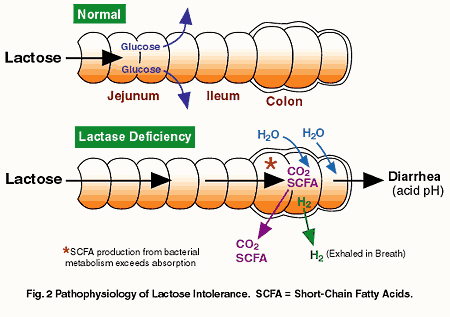
- 001234.gif
- 450×317
- 2018/01/25 15:19
- 14.5 KB

- 002.png
- 984×254
- 2018/01/25 15:19
- 42.1 KB

- 003.png
- 584×406
- 2018/01/25 15:19
- 205.7 KB
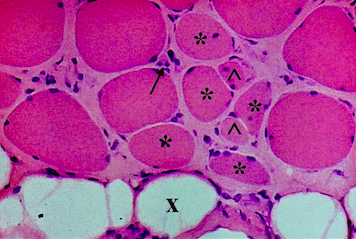
- 02.png
- 356×239
- 2018/01/25 15:19
- 217.6 KB
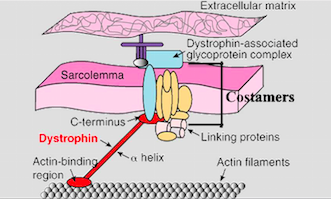
- 03.png
- 331×199
- 2018/01/25 15:19
- 91.4 KB
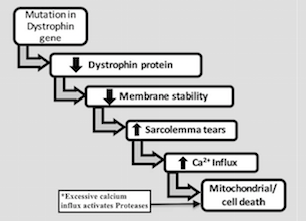
- 04.png
- 306×221
- 2018/01/25 15:19
- 46.7 KB
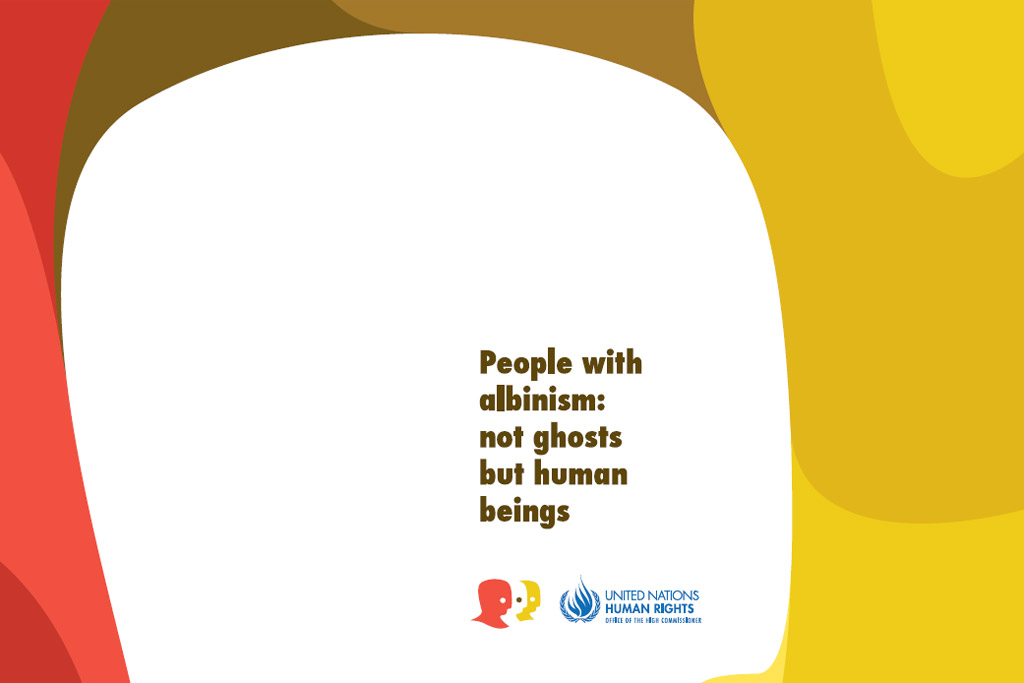
- 05-05-2015albinism.jpg
- 1024×683
- 2018/11/30 22:18
- 45.2 KB
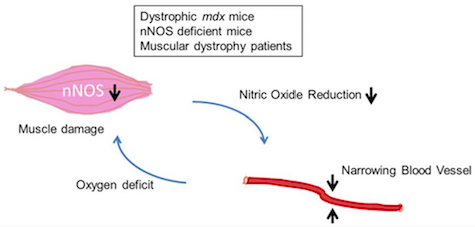
- 05.png
- 475×227
- 2018/01/25 15:19
- 73.9 KB
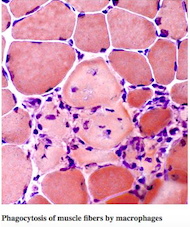
- 06.png
- 190×227
- 2018/01/25 15:19
- 117.3 KB
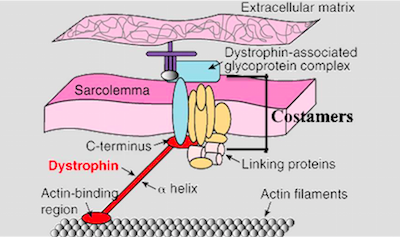
- 07.png
- 400×237
- 2018/01/25 15:19
- 122.2 KB
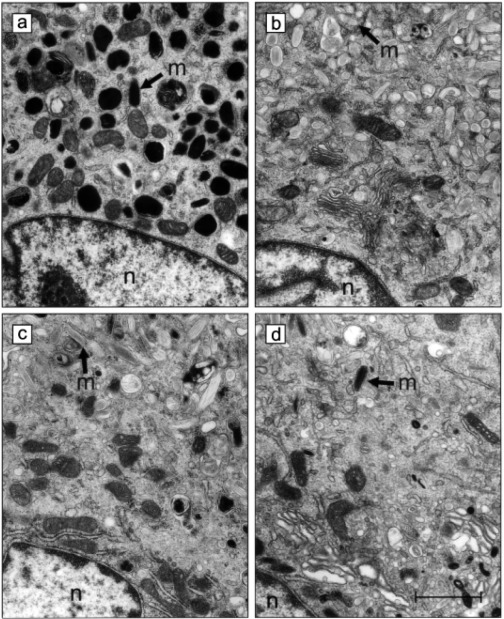
- 1-s2.0-s0022202x15410085-gr1.jpg
- 504×619
- 2018/11/29 19:45
- 162.1 KB
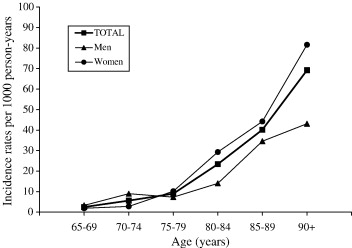
- 1-s2.0-s0022510x07004911-gr2.jpg
- 352×248
- 2018/01/25 15:19
- 14.3 KB
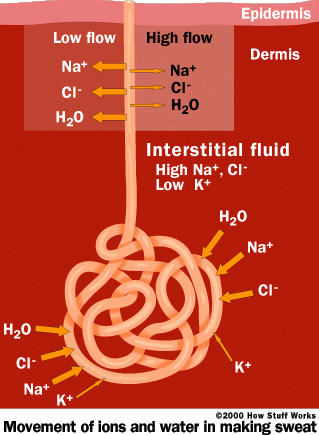
- 1.gif
- 319×435
- 2018/09/28 20:22
- 44.1 KB
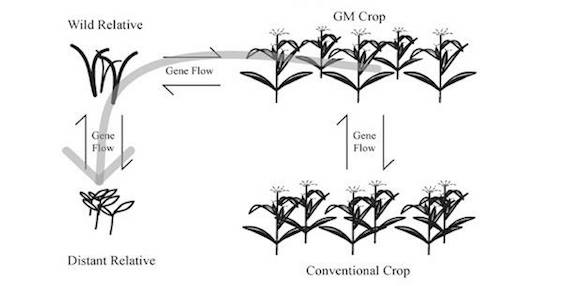
- 1.jpg
- 567×286
- 2018/01/25 15:19
- 21.9 KB
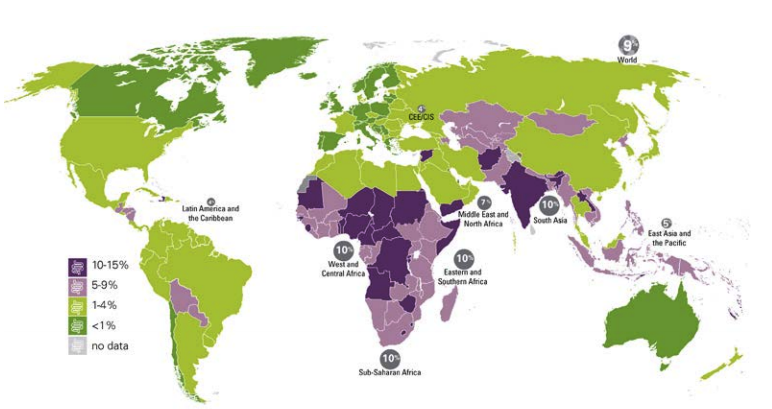
- 1.png
- 772×409
- 2018/01/25 15:19
- 324.4 KB
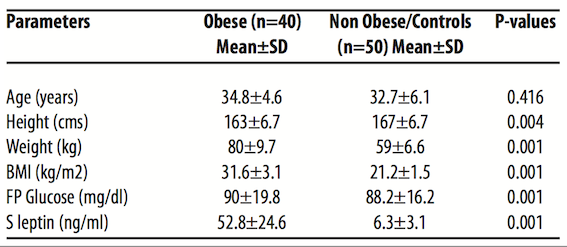
- 1a.png
- 567×247
- 2018/01/25 15:19
- 92 KB
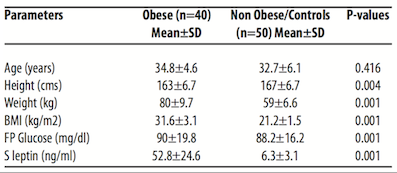
- 2a.png
- 397×173
- 2018/01/25 15:19
- 57.4 KB
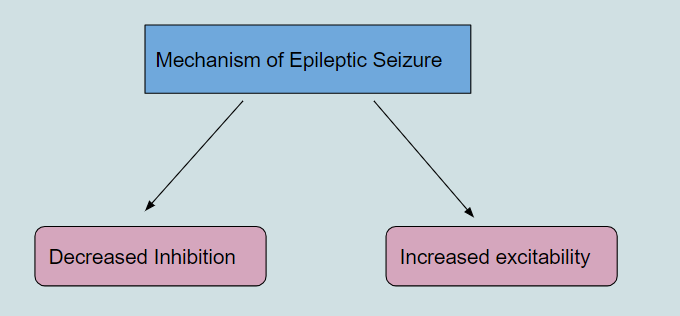
- 2stepepi.png
- 680×316
- 2018/01/25 15:19
- 13.7 KB
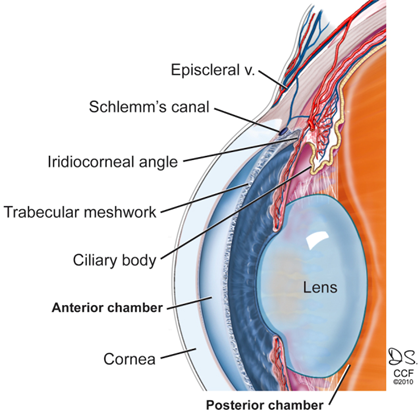
- 3-1.png
- 419×411
- 2019/04/05 23:33
- 214.5 KB
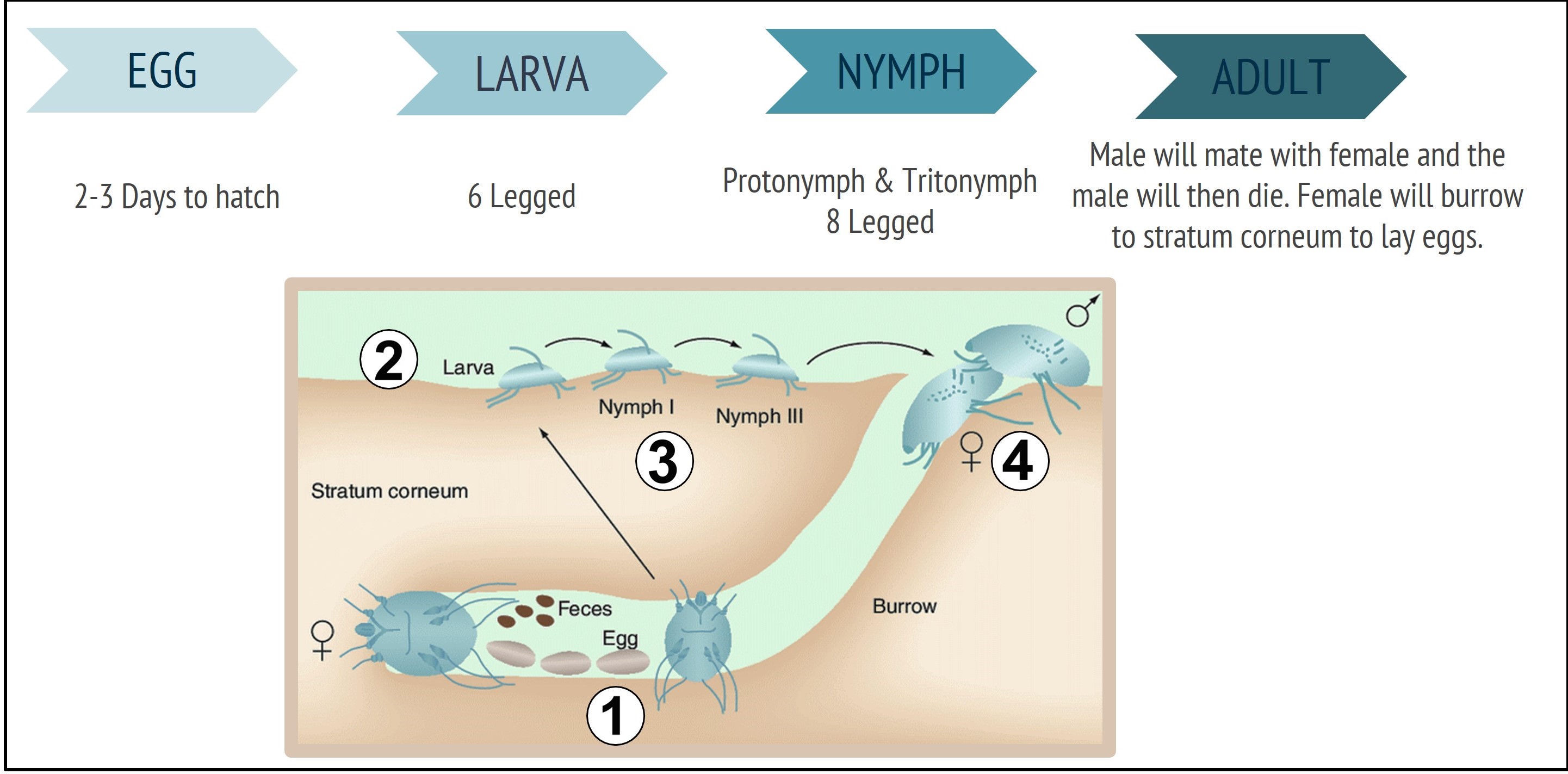
- 3.jpg
- 2883×1423
- 2019/02/01 01:37
- 373.7 KB
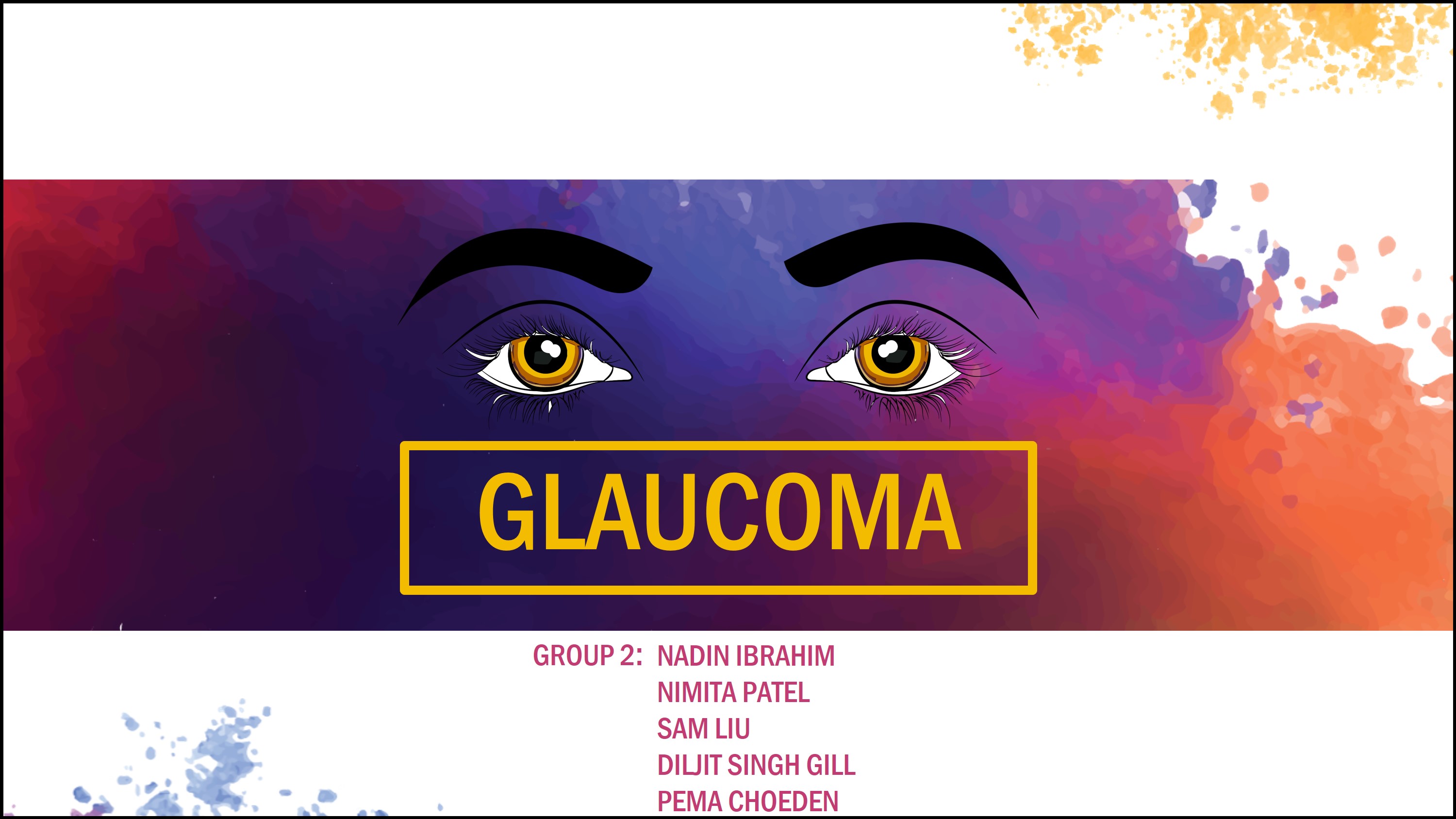
- 3_-title_page.jpg
- 3000×1688
- 2019/04/05 17:36
- 363.8 KB
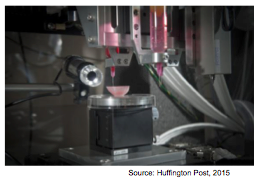
- 3d.png
- 257×179
- 2018/01/25 15:19
- 81.7 KB
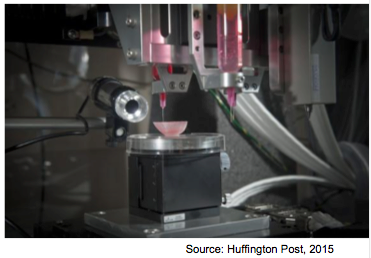
- 3d2.png
- 371×258
- 2018/01/25 15:19
- 148.3 KB
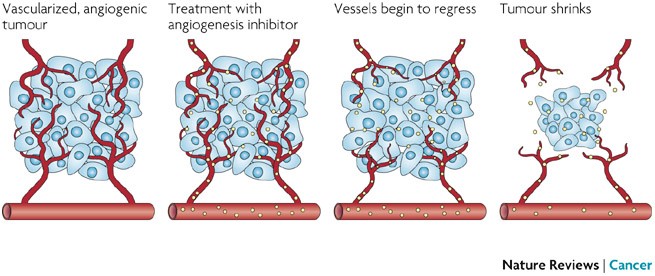
- 3qtgdv.jpg
- 655×276
- 2018/01/25 15:19
- 60.6 KB

- 4._copd-_presentation.pdf
- 2018/01/25 15:19
- 1.5 MB
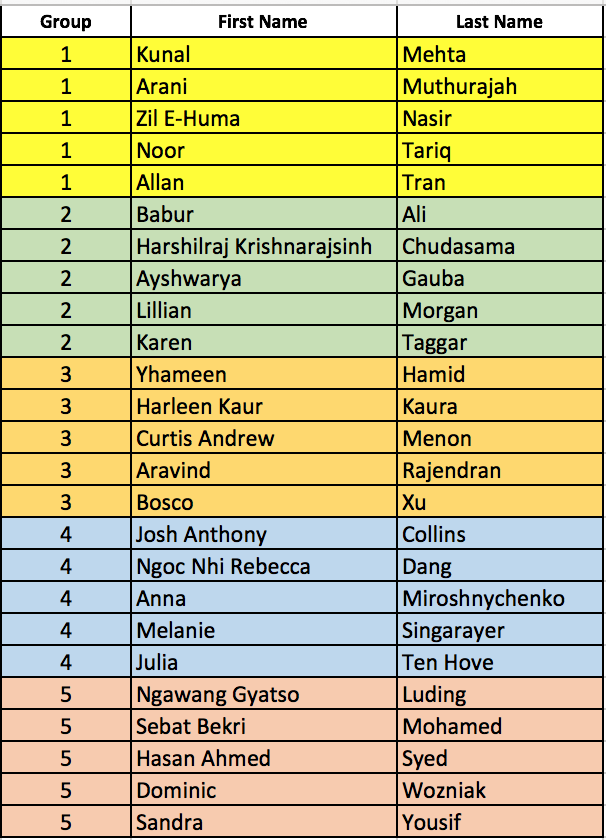
- 4m03_2017_fall_term_list.png
- 606×840
- 2018/01/25 15:19
- 118.4 KB
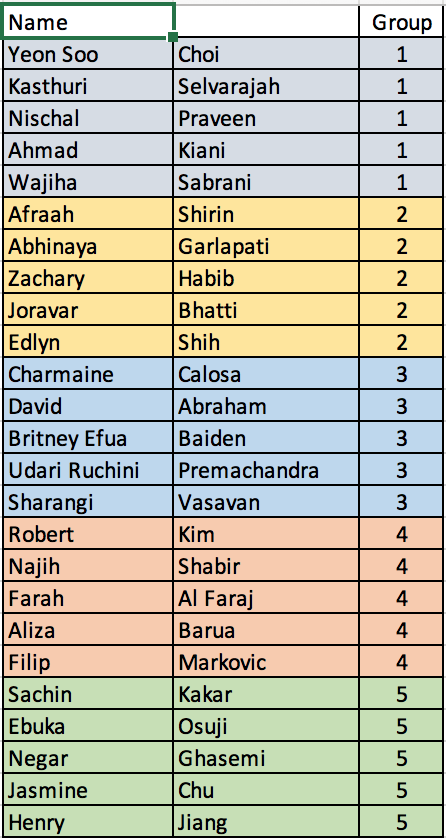
- 4m03_2018_fall_term_class_list_.png
- 446×838
- 2018/09/04 12:19
- 101.5 KB
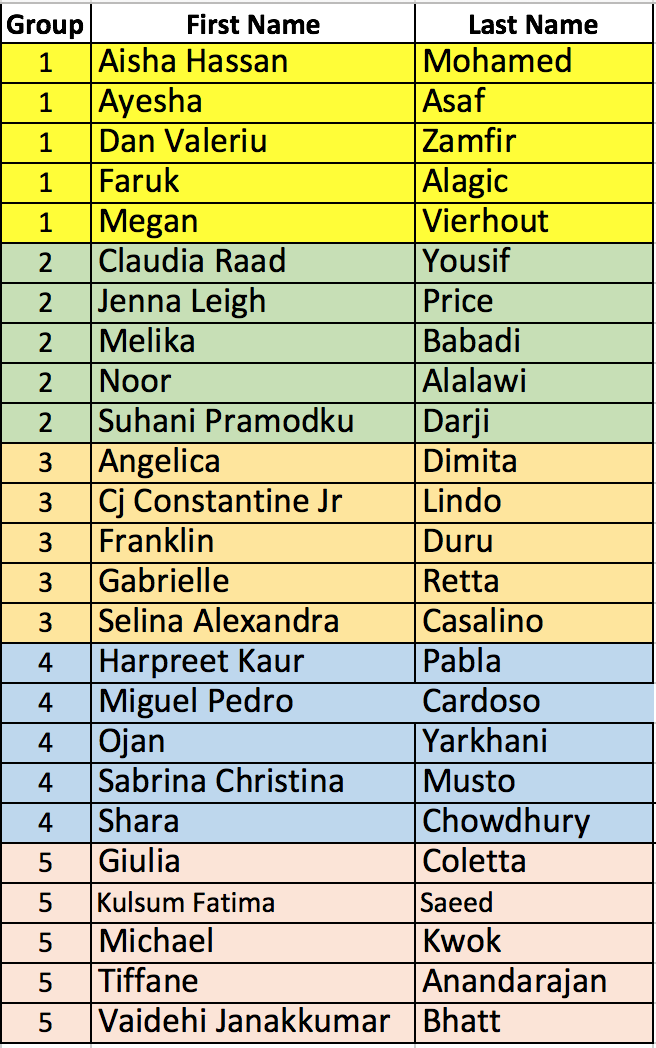
- 4m03_2018_winter_classlist.png
- 656×1048
- 2018/01/30 22:46
- 161.6 KB
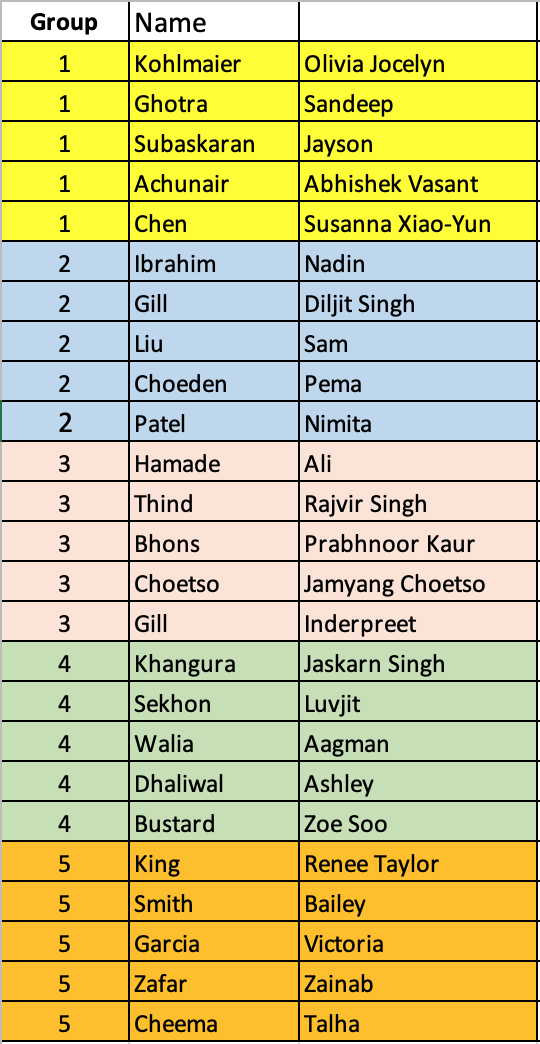
- 4m03_2019_winter_term_class_list_v1.png
- 540×1044
- 2019/01/10 15:03
- 126.6 KB
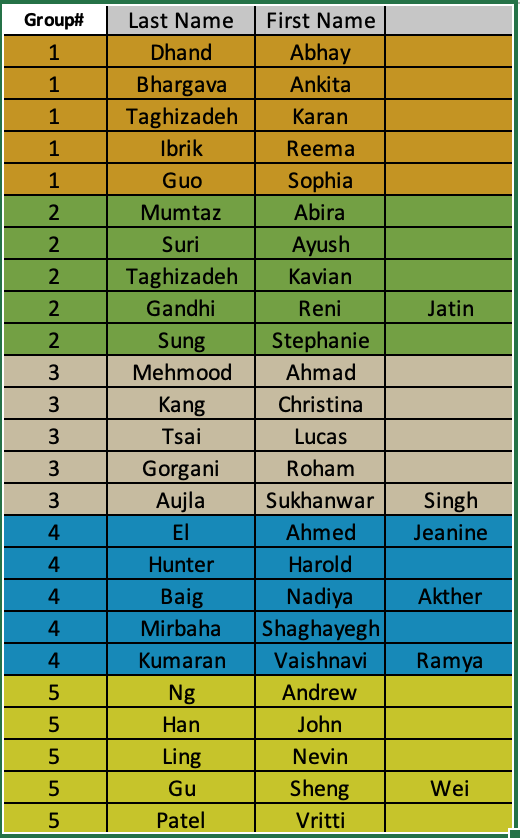
- 4m03_2020_winter_term_class_list.png
- 520×838
- 2020/01/07 14:32
- 108.9 KB

- 4m03_presentation_2_-_with_mcqs.pdf
- 2018/01/25 15:19
- 8.4 MB

- 4m03_topic_1.pdf
- 2020/02/13 14:50
- 996.6 KB

- 5dd9a43c8b0a8848e277b0558b97ccc5.jpg
- 170×217
- 2018/01/25 15:19
- 6.4 KB

- 6_5_2_1_kidneylocation_v2.jpg
- 512×398
- 2018/01/25 15:19
- 254.4 KB
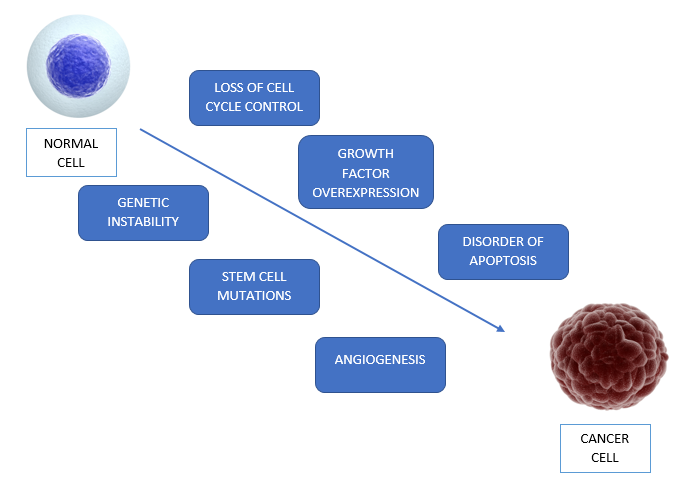
- 6_step_image_png.png
- 678×481
- 2018/01/25 15:19
- 70.6 KB
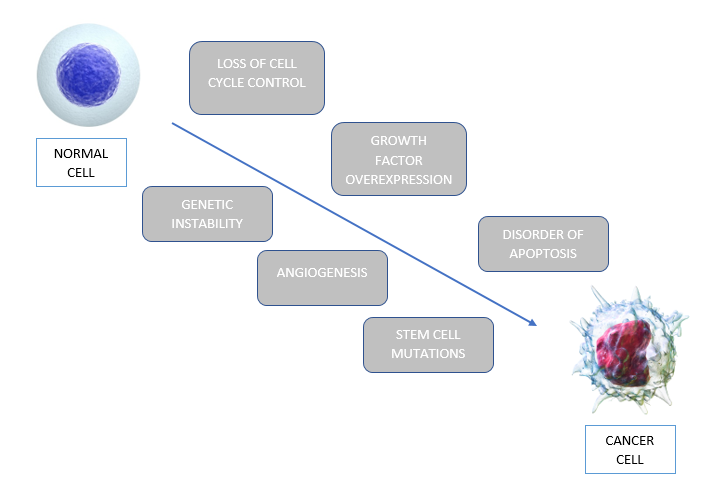
- 6image.png
- 728×482
- 2018/01/25 15:19
- 73.5 KB

- 9c4511d3-dded-4bba-a35d-b16daddb9a50_1.b7741bed237f12ec68ede57af74ad6a7.jpg
- 1140×485
- 2020/02/23 21:18
- 53.8 KB

- 9yx0.gif
- 1280×720
- 2018/09/28 22:32
- 1.8 MB
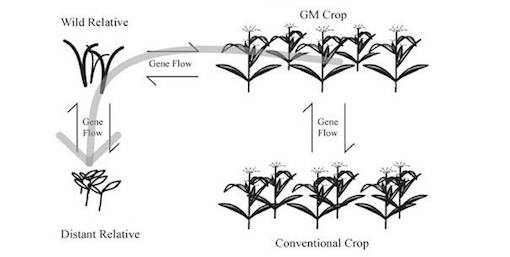
- 12.jpg
- 510×257
- 2018/01/25 15:19
- 19.5 KB
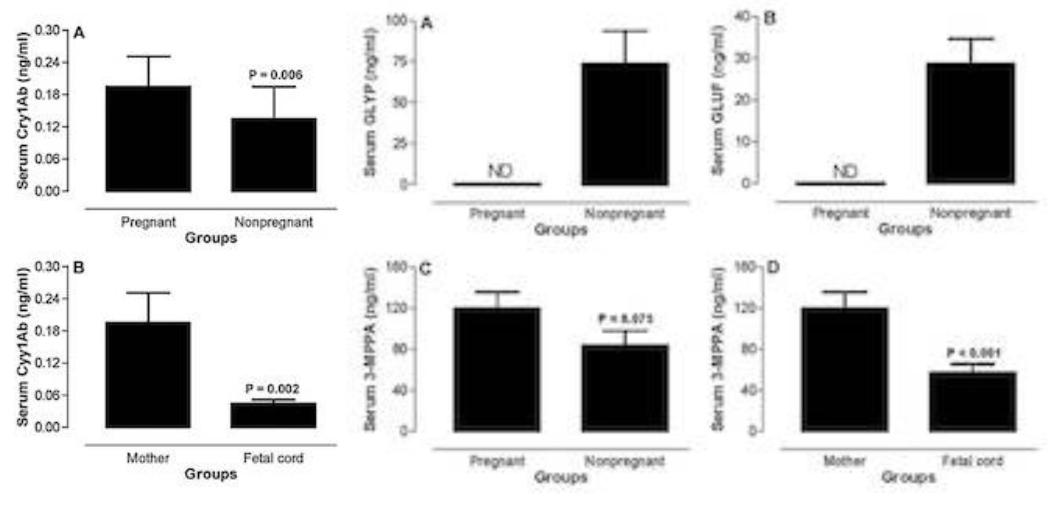
- 21.05.09.png
- 1048×514
- 2018/01/25 15:19
- 219.7 KB

- 74d805589c.png
- 512×512
- 2019/03/31 12:34
- 13.1 KB
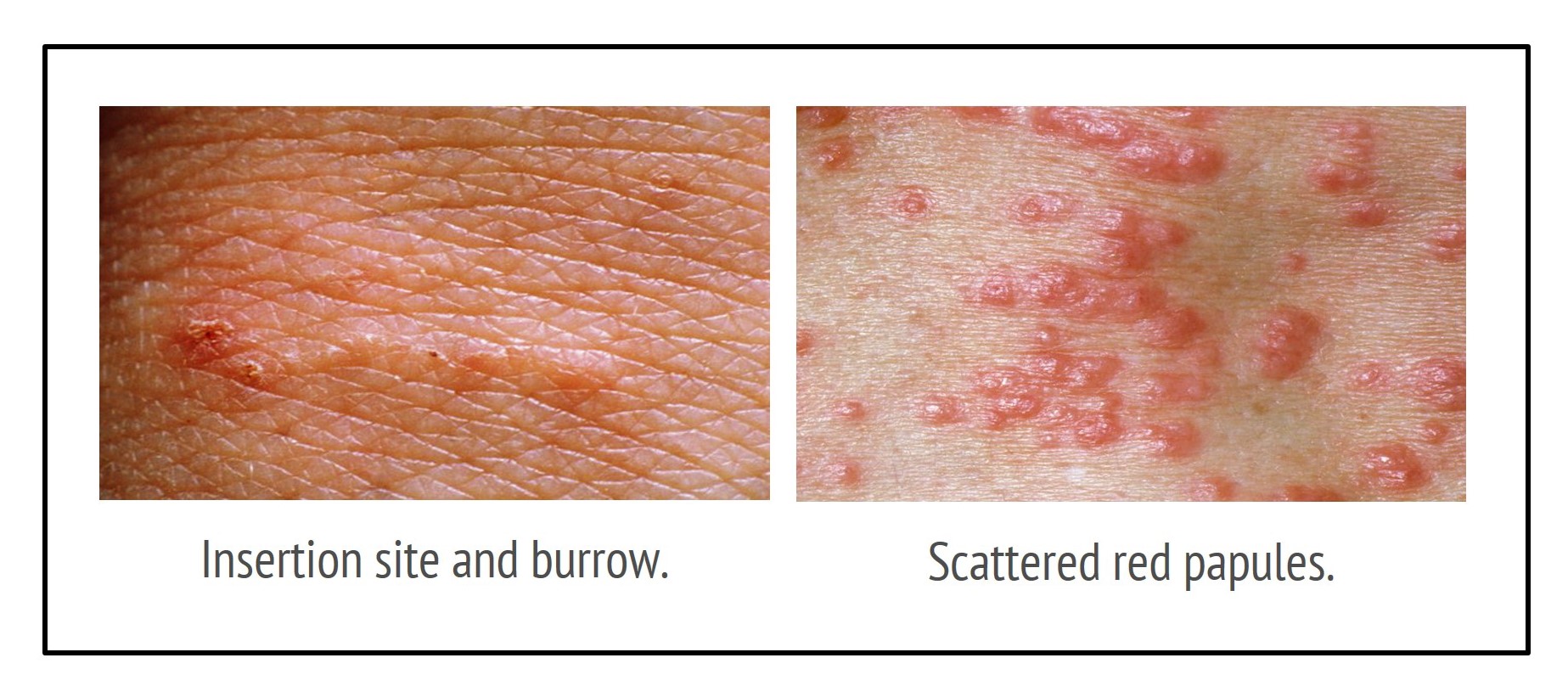
- 99_2_.jpg
- 1847×808
- 2019/02/01 01:30
- 279.1 KB

- 181.jpg
- 563×483
- 2018/01/25 15:19
- 122.7 KB

- 250px-braincaudateputamen.svg.png
- 250×183
- 2018/03/30 18:45
- 40.8 KB
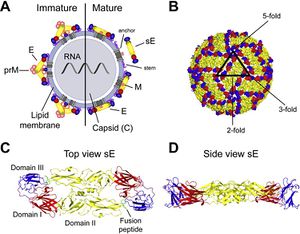
- 300px-alex_fig_1.jpeg
- 300×234
- 2018/01/25 15:19
- 19.9 KB
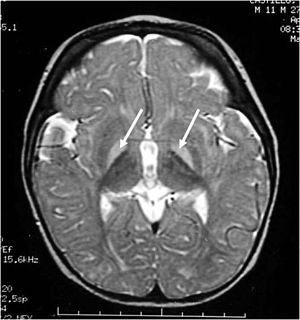
- 300px-kernicterus.jpg
- 300×320
- 2018/01/25 15:19
- 18.9 KB

- 300px-methadone.svg.png
- 300×310
- 2018/11/02 19:29
- 6.4 KB
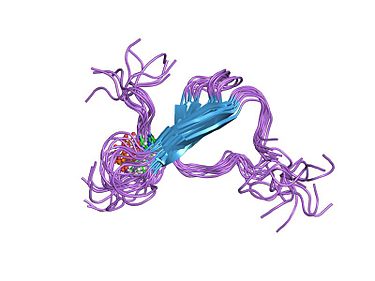
- 375px-pdb_1i8h_ebi.jpg
- 375×281
- 2018/11/01 16:57
- 14.3 KB
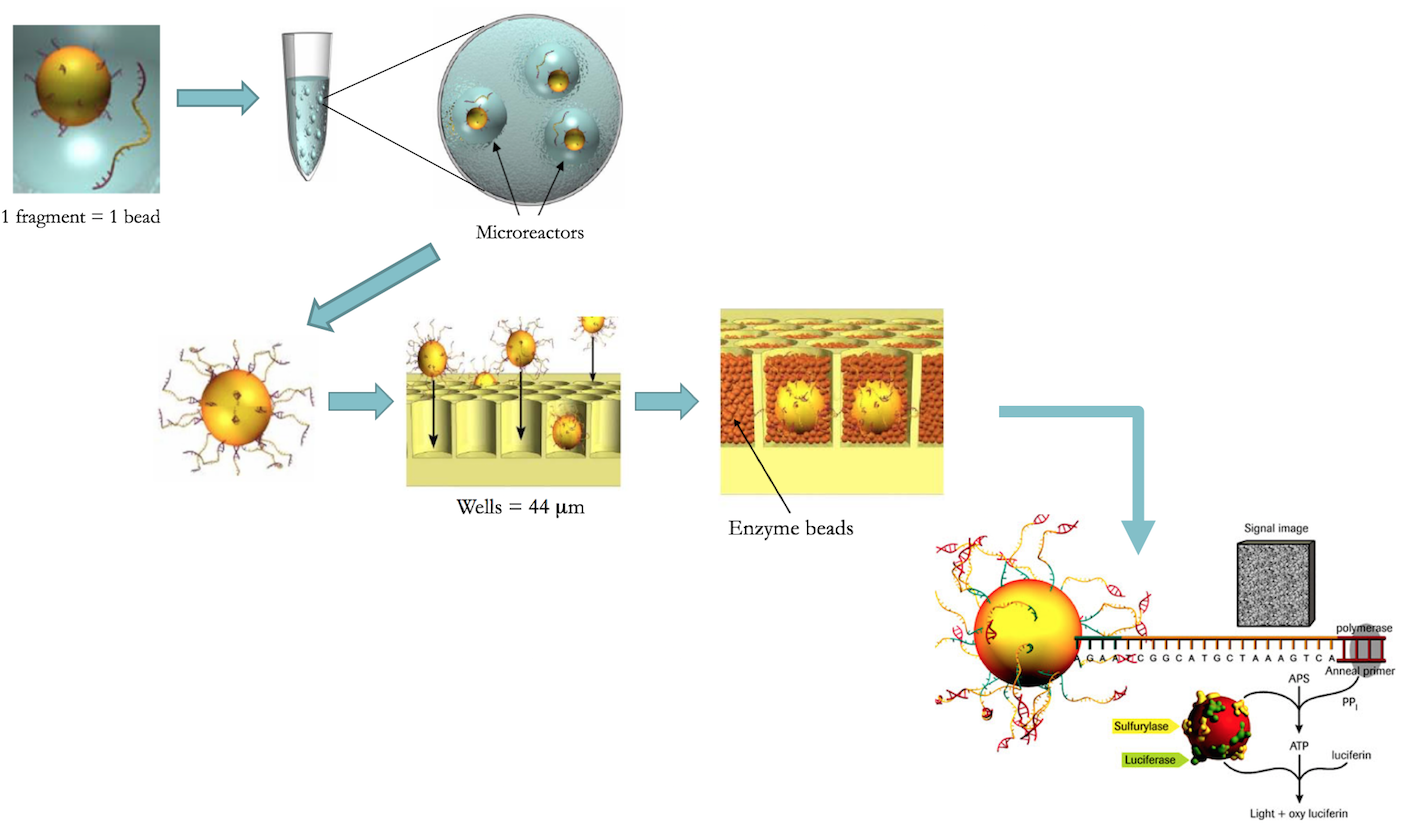
- 454_life_sciences.png
- 1417×829
- 2018/01/25 15:19
- 543.3 KB
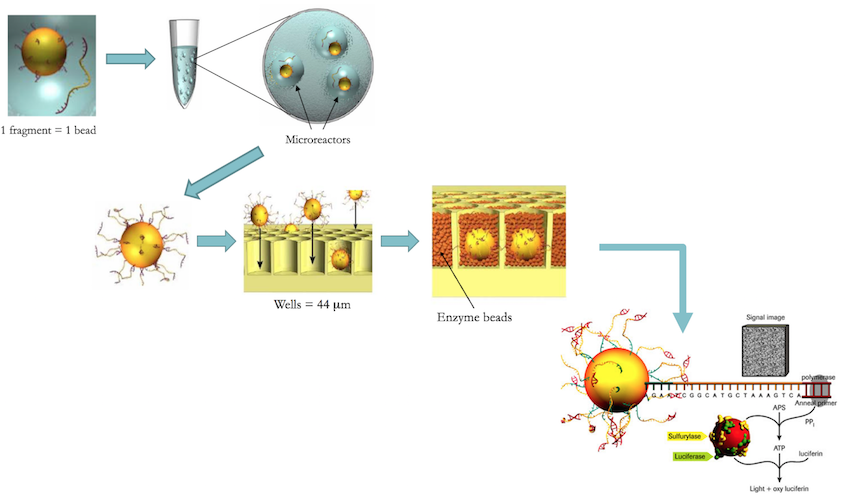
- 454_life_sciences1.png
- 850×498
- 2018/01/25 15:19
- 234.6 KB
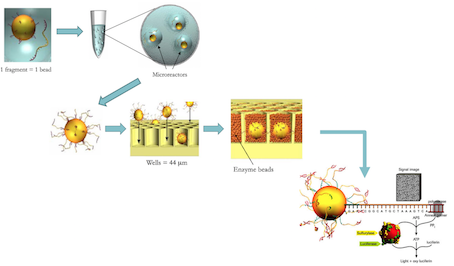
- 454_life_sciences11.png
- 454×266
- 2018/01/25 15:19
- 81.9 KB
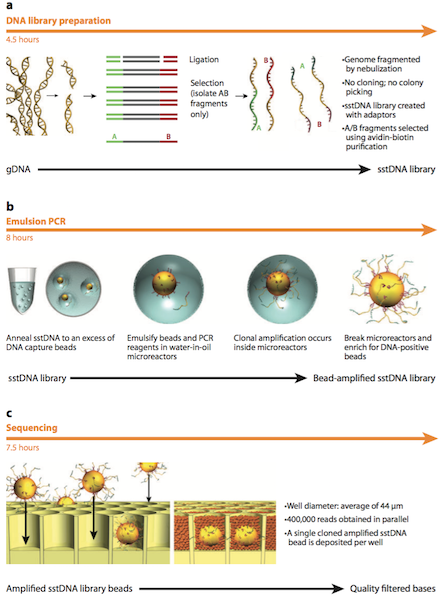
- 454_pyrosequencing_.png
- 443×600
- 2018/01/25 15:19
- 215.7 KB
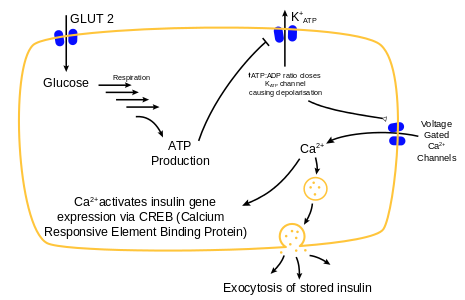
- 465px-glucose-insulin-release.svg.png
- 465×300
- 2018/09/28 16:53
- 25.8 KB
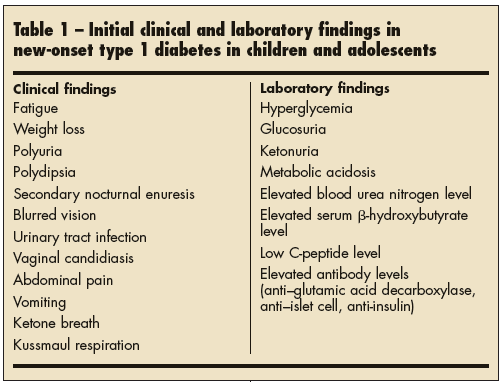
- 1002cfpleungp1table1.png
- 501×382
- 2018/01/25 15:19
- 20.9 KB
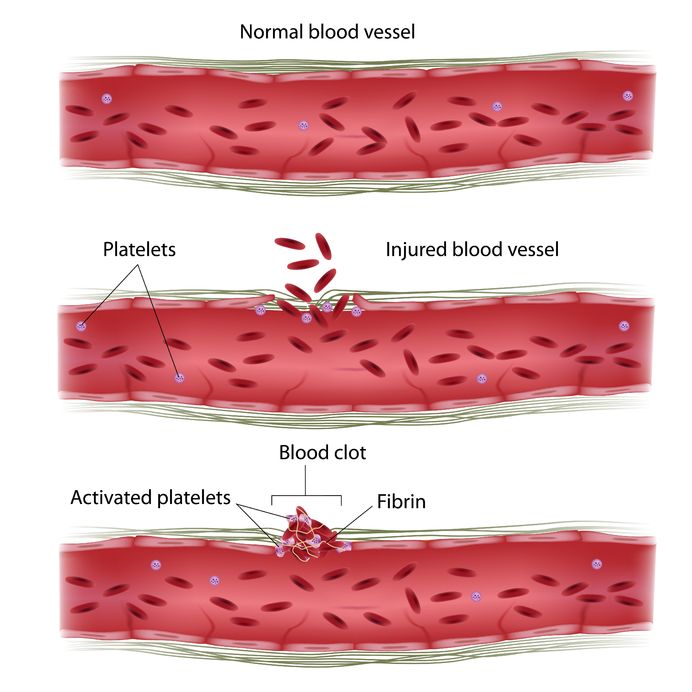
- 1234.jpg
- 692×692
- 2018/01/25 15:19
- 55.8 KB

- 1344e382ce14b3c370847e620b4f6931.jpg
- 720×431
- 2018/01/25 15:19
- 61.8 KB
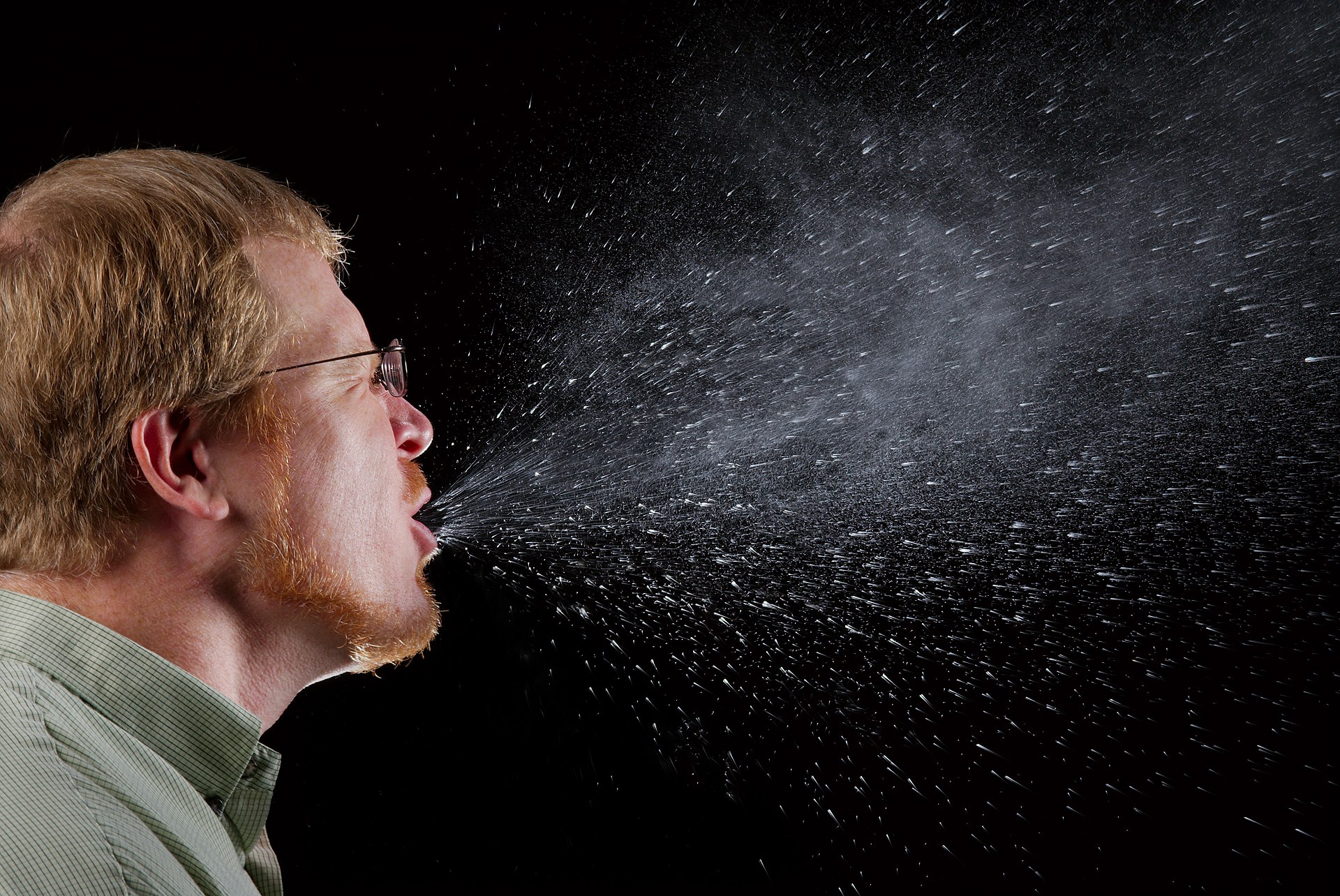
- 1920px-sneeze.jpg
- 1920×1284
- 2020/01/27 19:13
- 707.5 KB
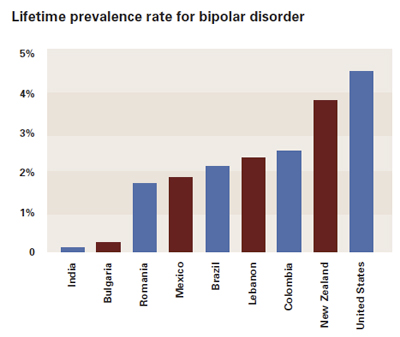
- 2011-06-bipolar-chart_tcm7-116499.jpg
- 400×337
- 2018/01/25 15:19
- 47.1 KB
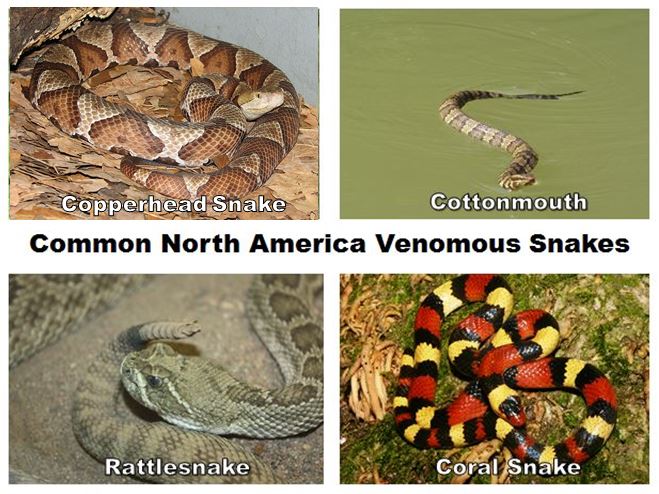
- 2017_fall_term_life_sci_4m03_outline.jpg
- 659×494
- 2018/01/25 15:19
- 81.5 KB
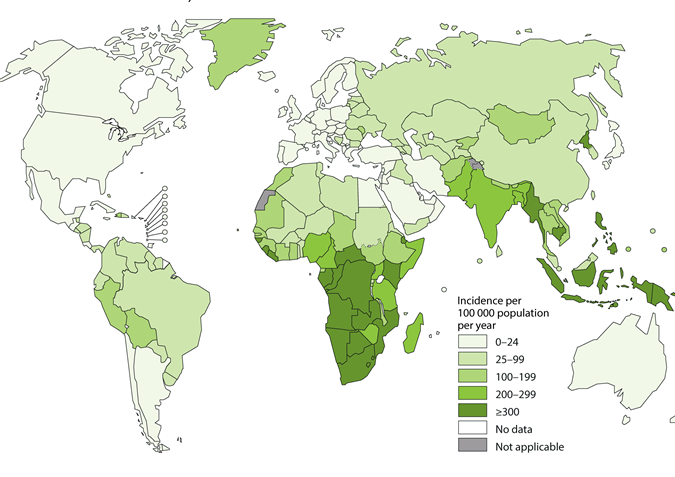
- 2018.png
- 675×477
- 2018/11/02 02:00
- 145.8 KB

- 3593-chart.jpg
- 398×123
- 2018/09/22 21:35
- 18.7 KB
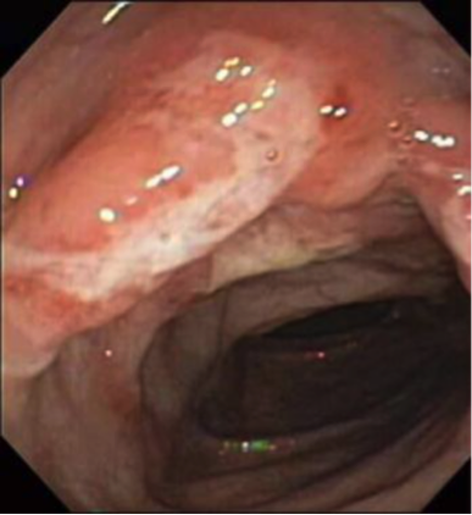
- 12021.png
- 472×515
- 2018/01/25 15:19
- 331.4 KB
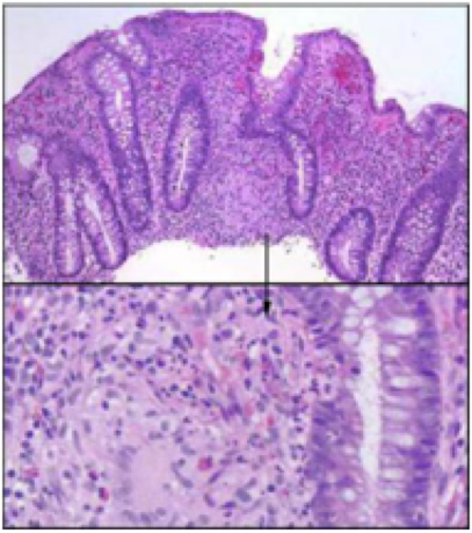
- 12022.png
- 472×533
- 2018/01/25 15:19
- 453.4 KB
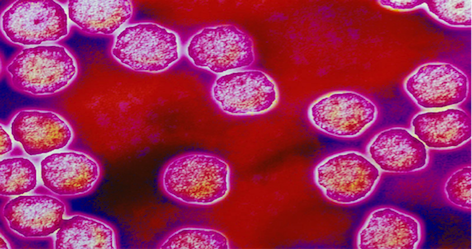
- 12023.png
- 472×249
- 2018/01/25 15:19
- 288 KB
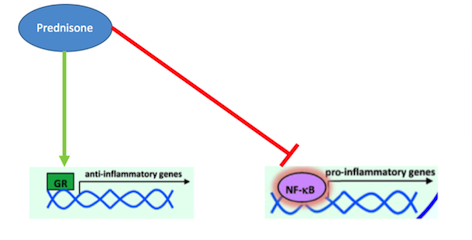
- 12024.png
- 472×240
- 2018/01/25 15:19
- 50.3 KB
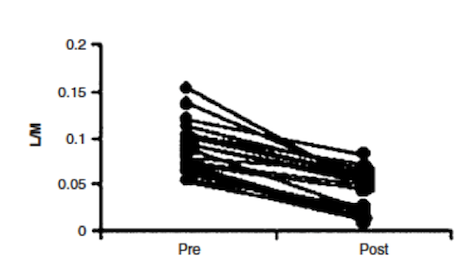
- 12025.png
- 472×266
- 2018/01/25 15:19
- 41.7 KB
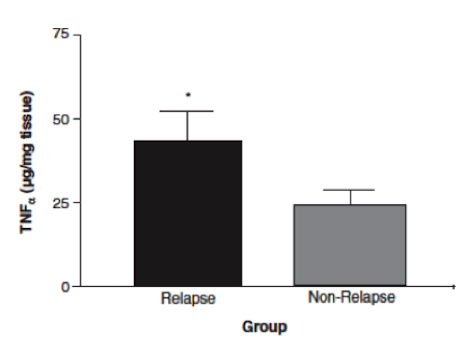
- 12026.png
- 472×341
- 2018/01/25 15:19
- 25.8 KB
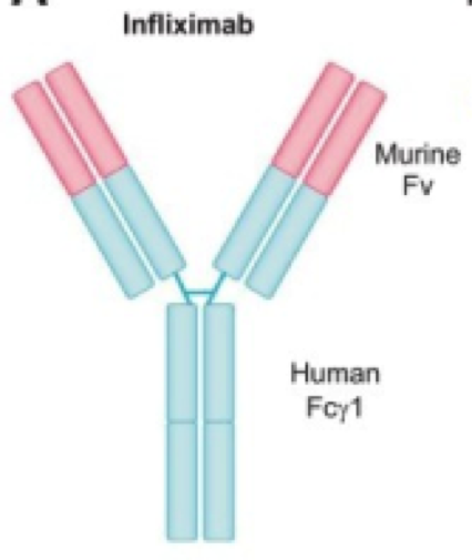
- 12027.png
- 472×560
- 2018/01/25 15:19
- 141 KB
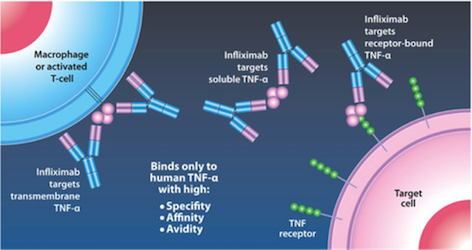
- 12028.png
- 472×250
- 2018/01/25 15:19
- 153.7 KB
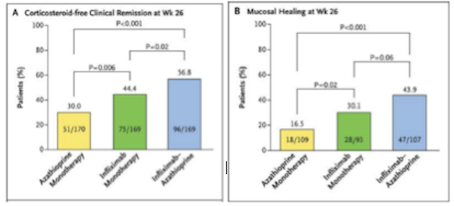
- 12029.png
- 454×206
- 2018/01/25 15:19
- 55.8 KB
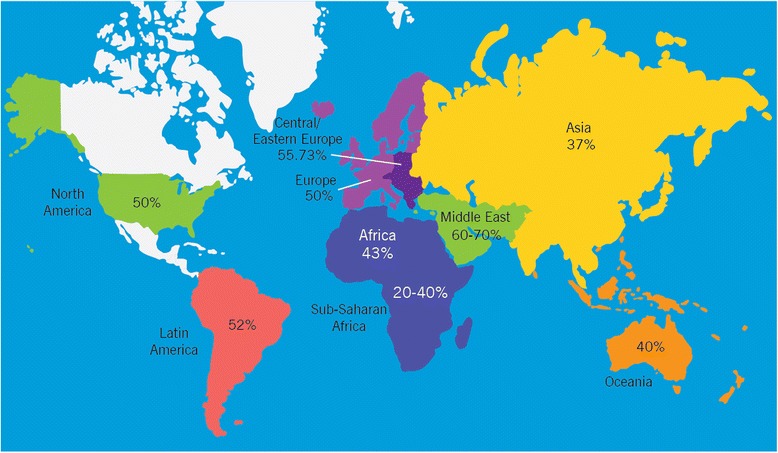
- 12958_2015_32_fig2_html.jpg
- 778×453
- 2018/11/30 15:41
- 91.5 KB
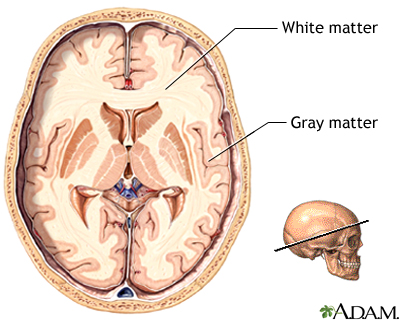
- 18117.jpg
- 400×320
- 2018/01/25 15:19
- 104.4 KB
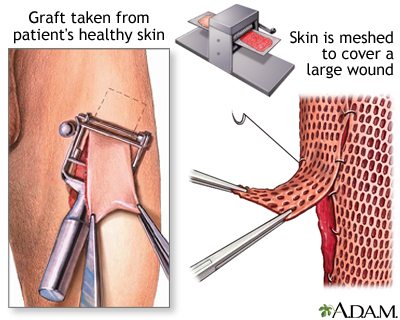
- 19083.jpg
- 400×320
- 2018/01/25 15:19
- 104.5 KB
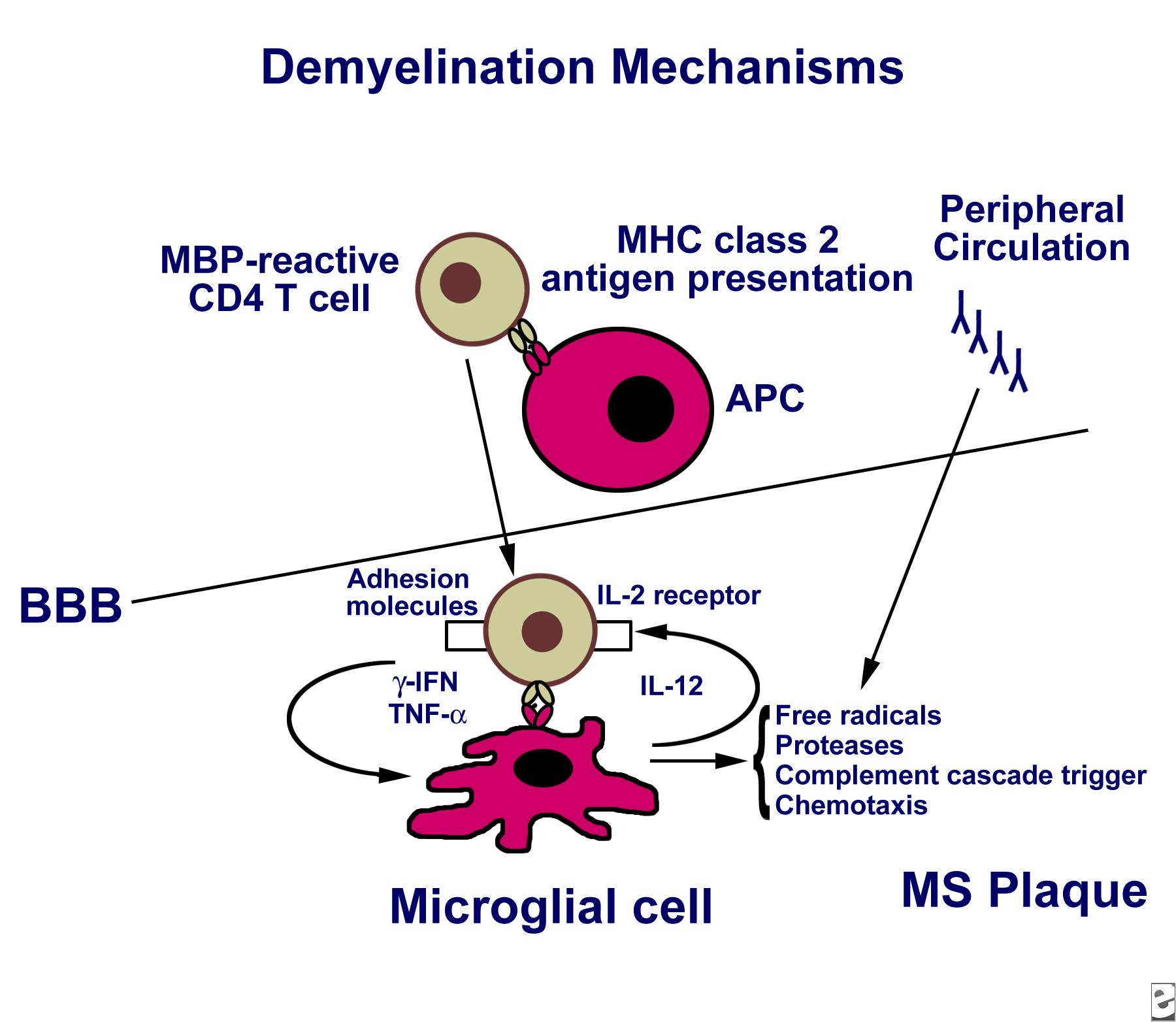
- 29680.jpg
- 1800×1564
- 2018/01/25 15:19
- 187.2 KB
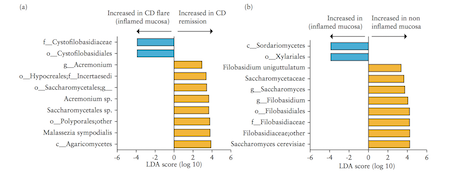
- 120211.png
- 454×176
- 2018/01/25 15:19
- 58.1 KB
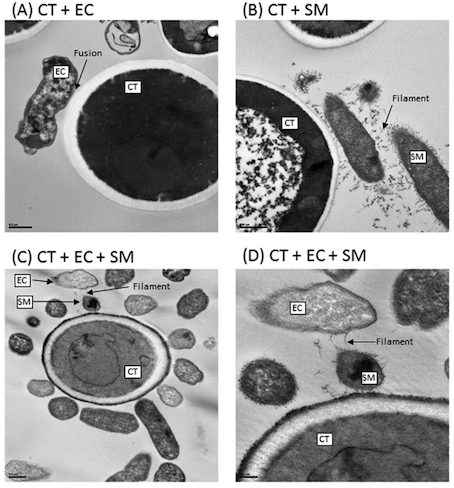
- 120212.png
- 454×488
- 2018/01/25 15:19
- 247.1 KB

- 202020.jpg
- 1158×461
- 2020/02/23 22:17
- 55 KB

- 550043-5761-10.jpg
- 260×260
- 2018/01/25 15:19
- 63.5 KB

- 3780235f5.jpg
- 900×806
- 2018/01/25 15:19
- 73.6 KB
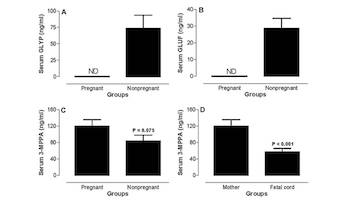
- 14466321.jpeg
- 340×202
- 2018/01/25 15:19
- 15 KB
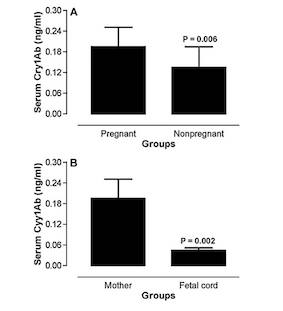
- 14488961.jpeg
- 283×311
- 2018/01/25 15:19
- 16.2 KB

- 14508634.jpg
- 510×381
- 2018/01/25 15:19
- 39.9 KB

- 14508634_1469530983062989_1047376373_n.jpg
- 482×360
- 2018/01/25 15:19
- 37.5 KB
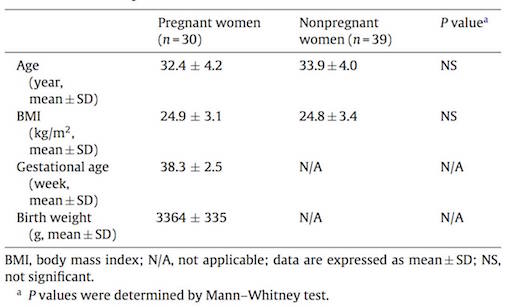
- 14536804_10210725582765295_148205689.jpg
- 510×307
- 2018/01/25 15:19
- 28.3 KB
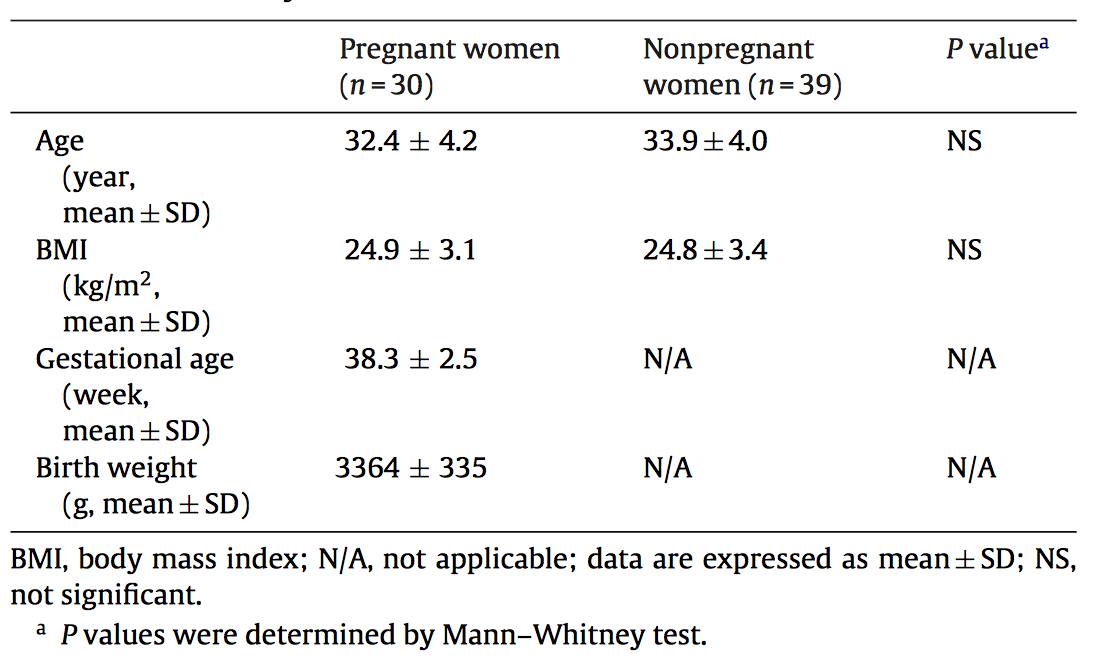
- 14536804_10210725582765295_148205689_o.jpg
- 1096×660
- 2018/01/25 15:19
- 66.7 KB
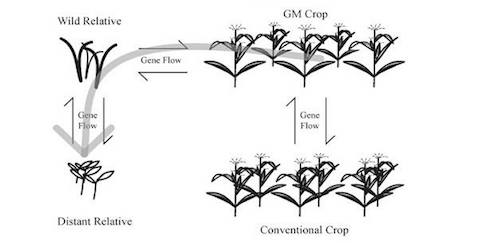
- 14542818_1469530329729721_1110129147_n.jpg
- 482×243
- 2018/01/25 15:19
- 18.2 KB

- 14937123_1504418312907589_236662589_n.jpg
- 255×175
- 2018/01/25 15:19
- 10.1 KB

- 14937123_1504418312907589_236662589_n_copy.jpg
- 340×233
- 2018/01/25 15:19
- 12.1 KB

- 14937123_1504418312907589_236662589_n_copy_2.jpg
- 425×291
- 2018/01/25 15:19
- 17.9 KB
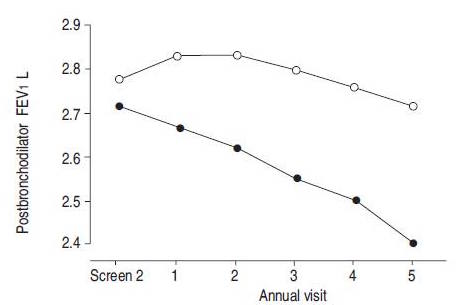
- 14964037_1504420519574035_965683657_o.jpeg
- 461×305
- 2018/01/25 15:19
- 17.2 KB
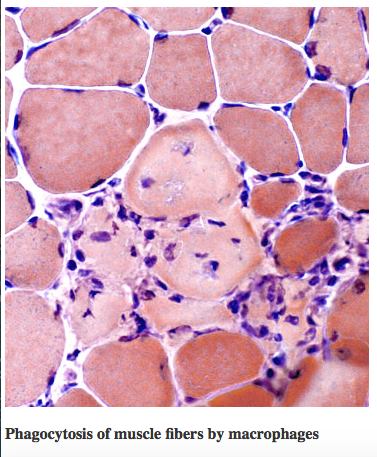
- 15078941_10207584836802527_4877317912967788834_n.jpg
- 377×457
- 2018/01/25 15:19
- 40.2 KB

- 15107360_1264735630215733_3479842274323889820_n.jpg
- 960×538
- 2018/01/25 15:19
- 40.8 KB
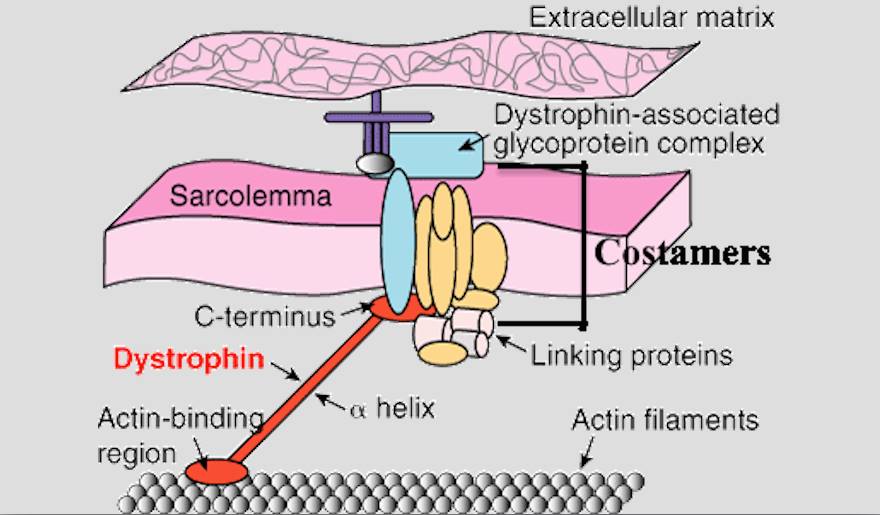
- 15136009_10207584834682474_1294658750541571722_n.jpg
- 880×515
- 2018/01/25 15:19
- 53.2 KB
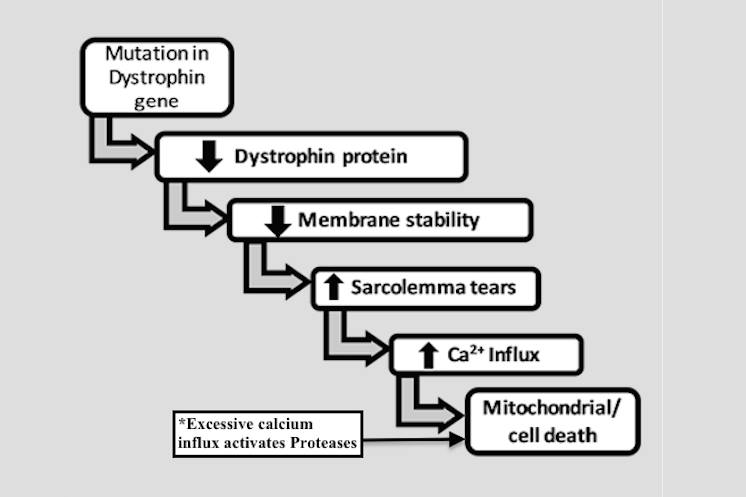
- 15178279_10207584835282489_5027601034152951265_n.jpg
- 746×497
- 2018/01/25 15:19
- 26.6 KB
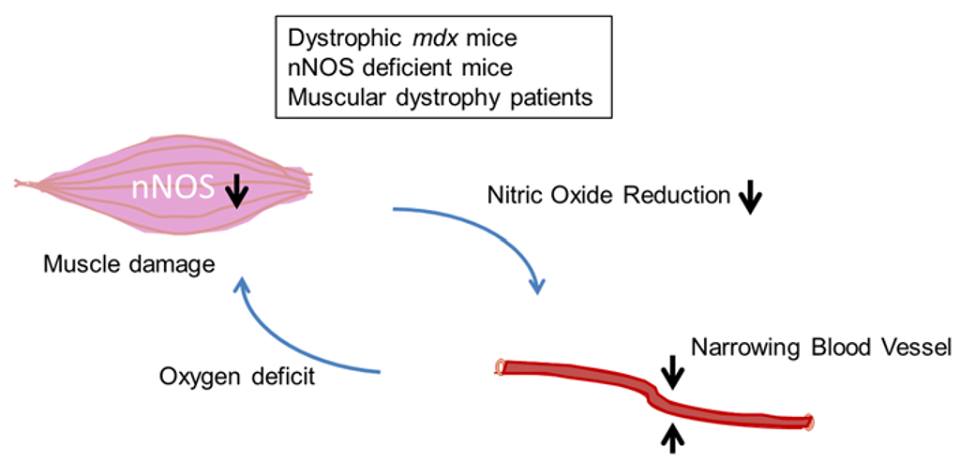
- 15181312_10207584835442493_8400785083093874394_n.jpg
- 960×461
- 2018/01/25 15:19
- 27.9 KB
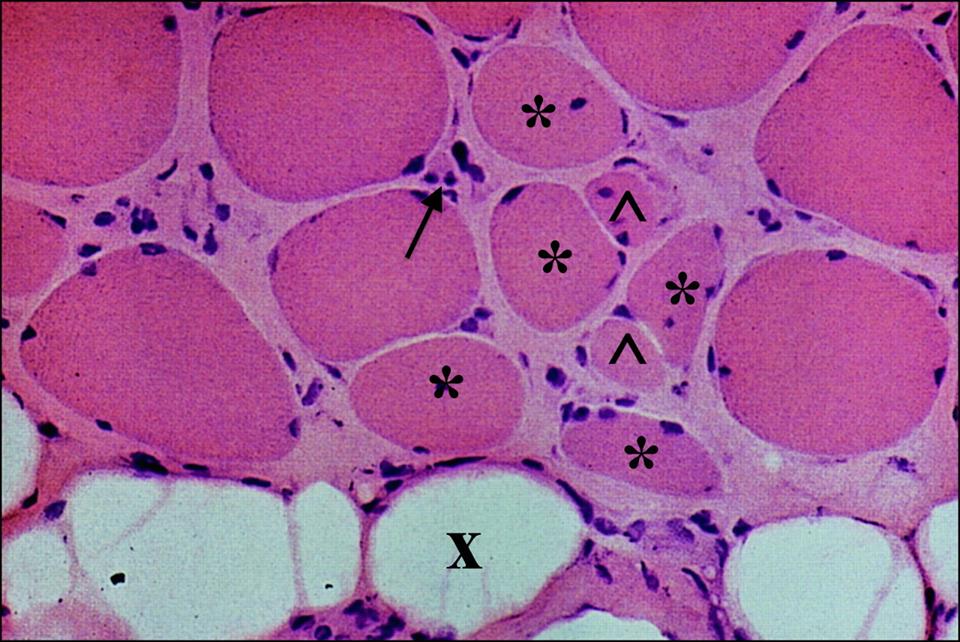
- 15193561_10207584829922355_5401384314544548782_n.jpg
- 960×642
- 2018/01/25 15:19
- 110.2 KB
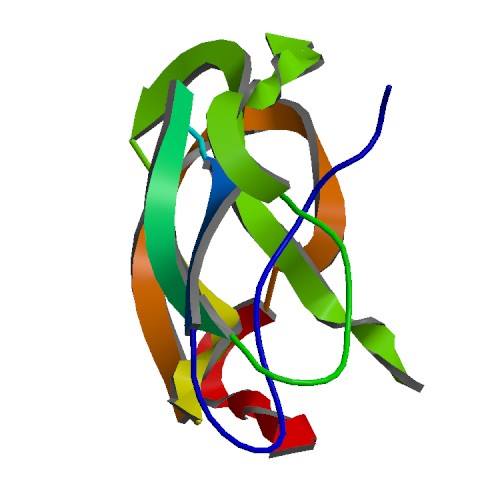
- 23192938_2216168488408713_1466559488_n.jpg
- 500×500
- 2018/01/25 15:19
- 20.9 KB
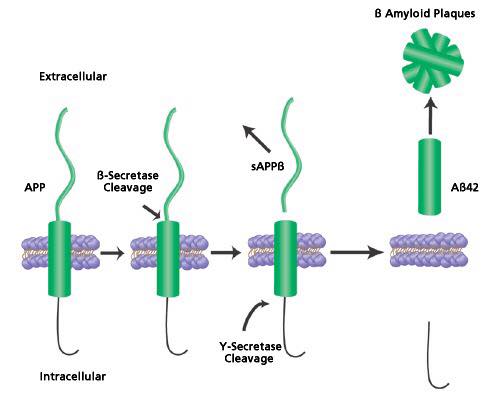
- 23201626_2031121397118456_1487395403_n.jpg
- 500×406
- 2018/01/25 15:19
- 16.4 KB

- 23201936_2216190225073206_740873072_n.png
- 428×288
- 2018/01/25 15:19
- 193.4 KB

- 23226818_2216187875073441_894752928_n.jpg
- 800×361
- 2018/01/25 15:19
- 48.3 KB
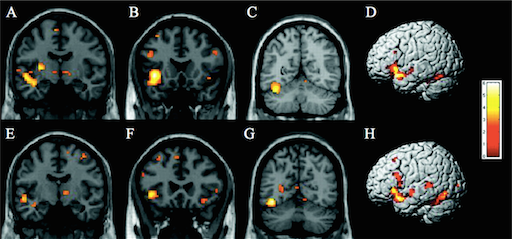
- 23283481_2216140458411516_1439233055_n.png
- 512×239
- 2018/01/25 15:19
- 194.4 KB
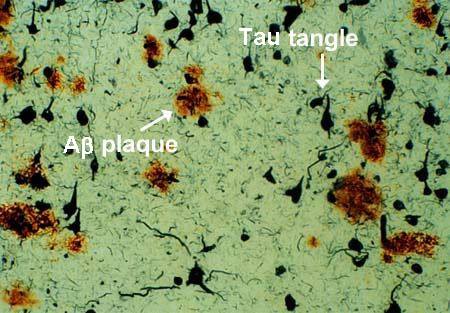
- 23283485_2216169541741941_2027891156_n.jpg
- 450×313
- 2018/01/25 15:19
- 36.4 KB

- 23316244_2216190375073191_249889212_n.png
- 424×272
- 2018/01/25 15:19
- 193.5 KB
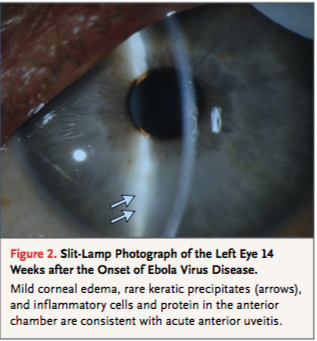
- 24099019_10155946707362803_1905168344_n.png
- 317×341
- 2018/01/25 15:19
- 125.8 KB
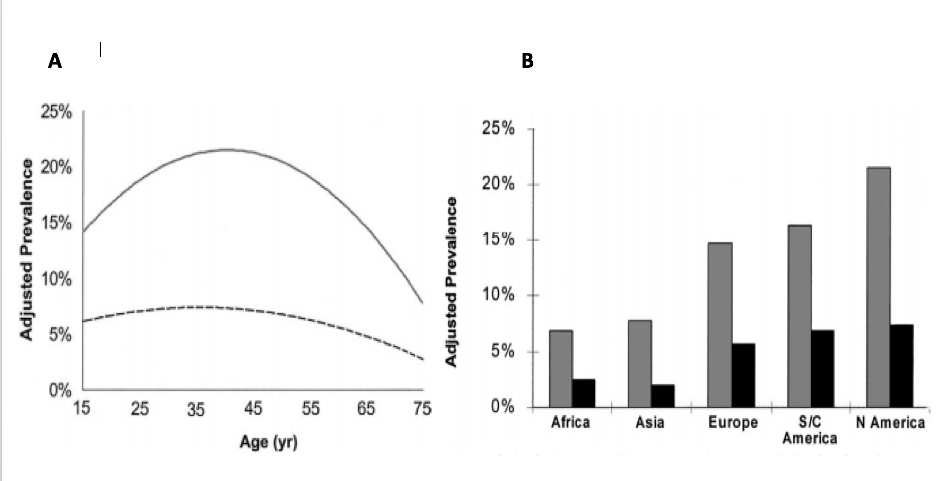
- 27591048_10211145732387072_1282779929_n.png
- 948×481
- 2018/02/02 16:09
- 95.8 KB
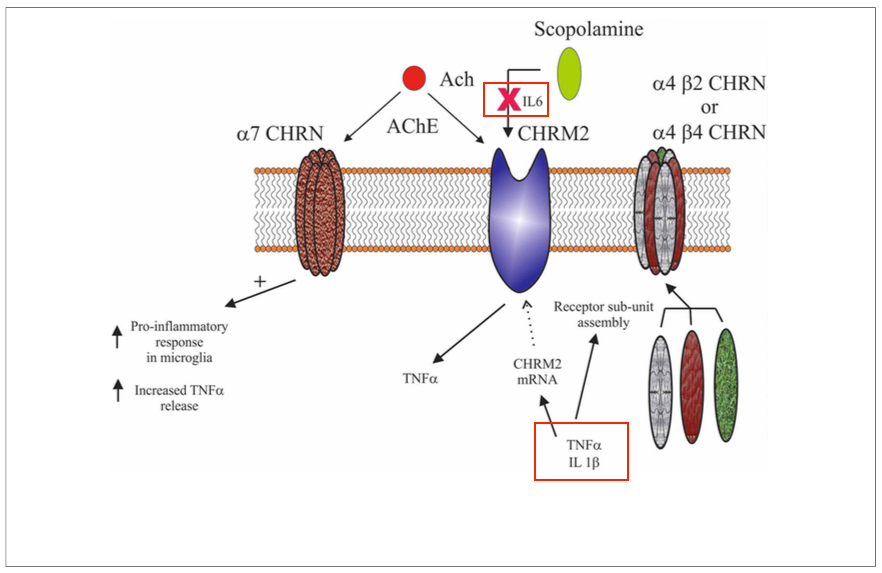
- 27591717_10155315219240003_2136198995_n.png
- 882×573
- 2018/02/01 19:56
- 216.3 KB
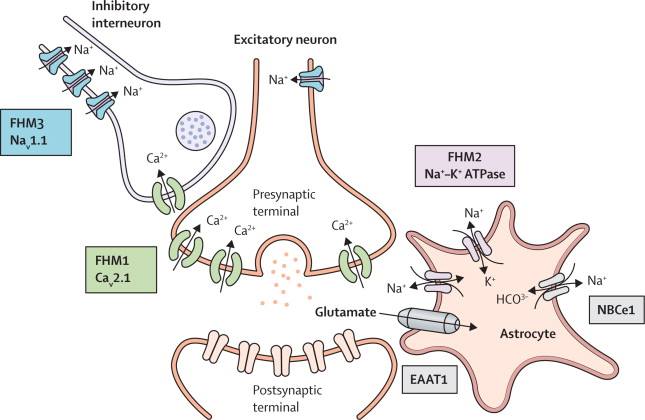
- 27591789_10210519804818040_882102885_n.jpg
- 645×420
- 2018/02/02 15:10
- 34.8 KB
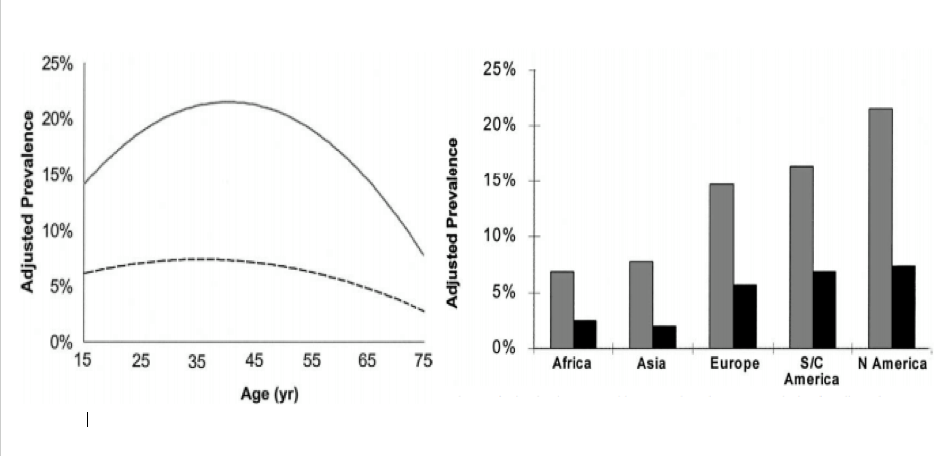
- 27591897_10211145640344771_1305207524_n.png
- 947×456
- 2018/02/02 15:58
- 93.8 KB
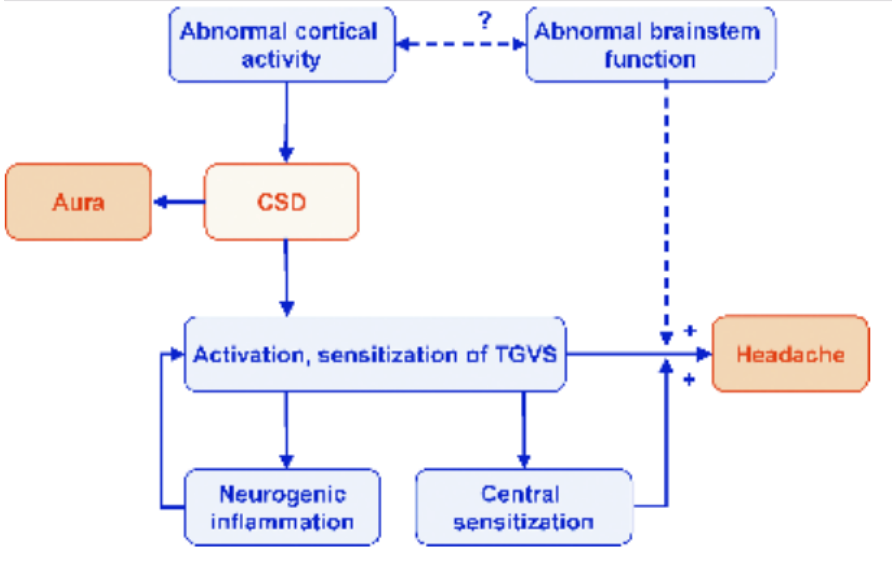
- 27662073_10210519802017970_584050570_n.png
- 892×580
- 2018/02/02 15:02
- 117.7 KB

- 28535093_10211372980308128_709345701_n.png
- 800×467
- 2018/03/02 11:33
- 163.7 KB

- 28643253_10211372904986245_564440784_o.jpg
- 2835×1772
- 2018/03/02 11:17
- 207.9 KB
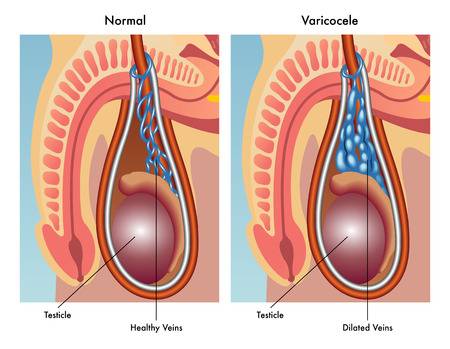
- 39234986-varicocele.jpg
- 450×349
- 2018/11/30 21:05
- 28 KB
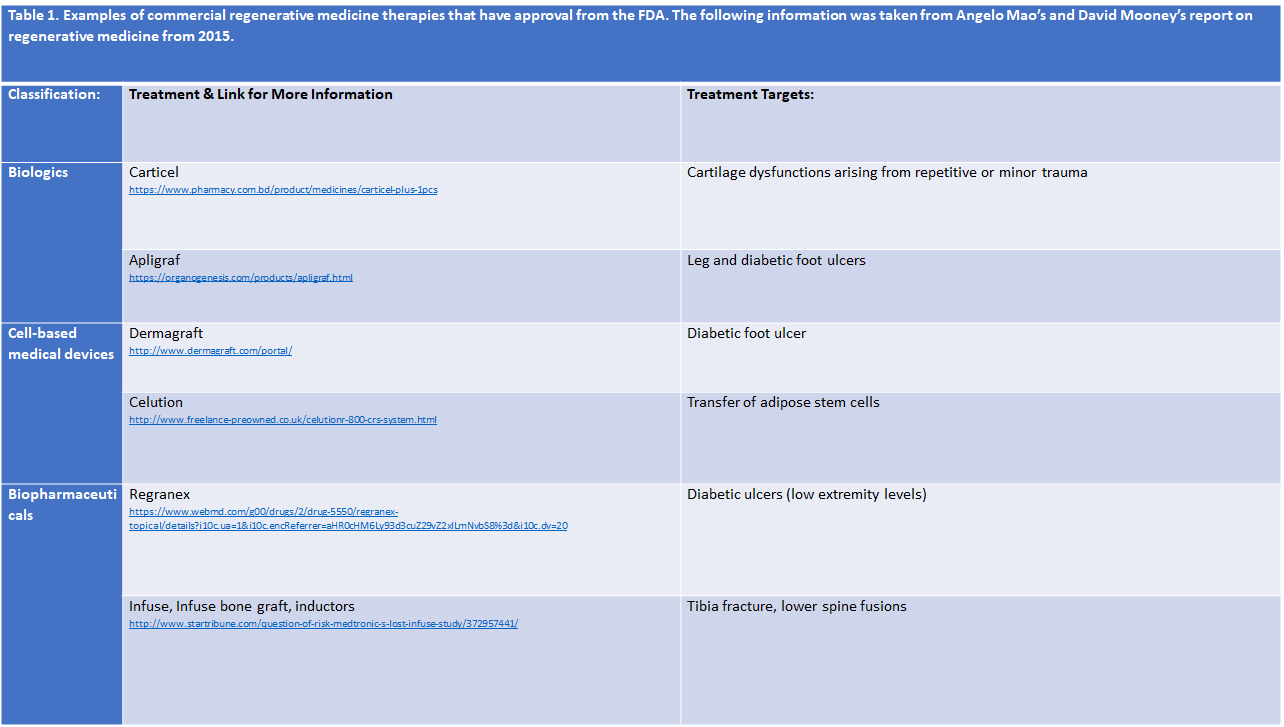
- 50910861_356995148362900_3389284857937920000_n.png
- 1284×727
- 2019/01/30 19:23
- 41.1 KB

- a-doctor-writing-the-word-diabetes.jpg
- 1100×734
- 2018/09/28 12:11
- 59.7 KB

- a-look-inside-a-methadone-clinic.jpg
- 750×391
- 2018/11/02 21:51
- 158.5 KB

- a-look-inside-breast-cancer-1.pptx
- 2018/01/25 15:19
- 2.9 MB
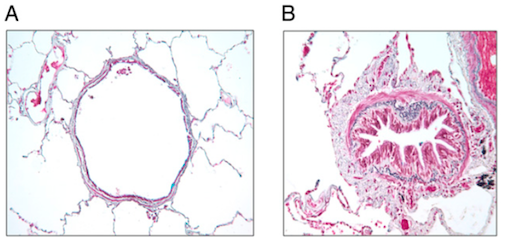
- a._normal_small_airway_b._abnormal_small_airway_exhibiting_airway_remodeling_in_copd._berge_et_al._2011_.png
- 506×252
- 2018/01/25 15:19
- 185.4 KB
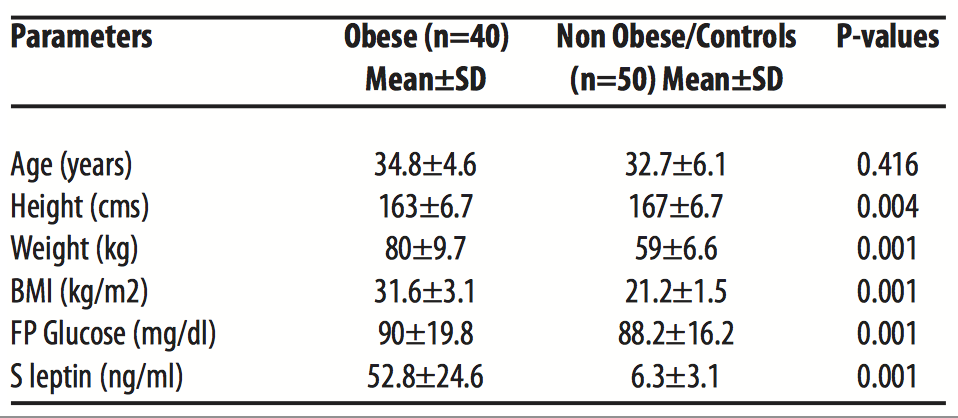
- a.png
- 958×418
- 2018/01/25 15:19
- 68.8 KB
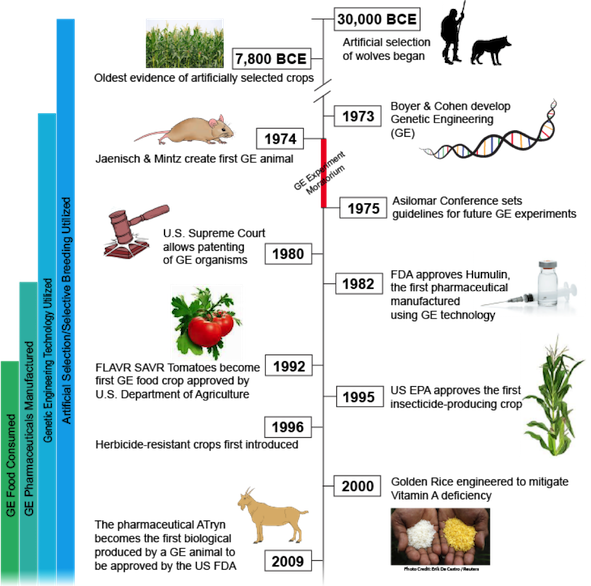
- a_timeline_of_the_development_of_gmo.png
- 591×586
- 2018/01/25 15:19
- 231.5 KB
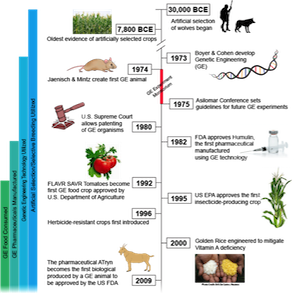
- a_timeline_of_the_development_of_gmo_s.png
- 295×293
- 2018/01/25 15:19
- 83.5 KB
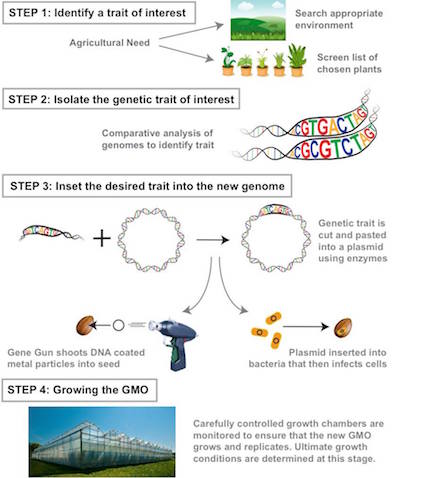
- a_timeline_of_the_development_of_gmos.jpeg
- 425×478
- 2018/01/25 15:19
- 37 KB
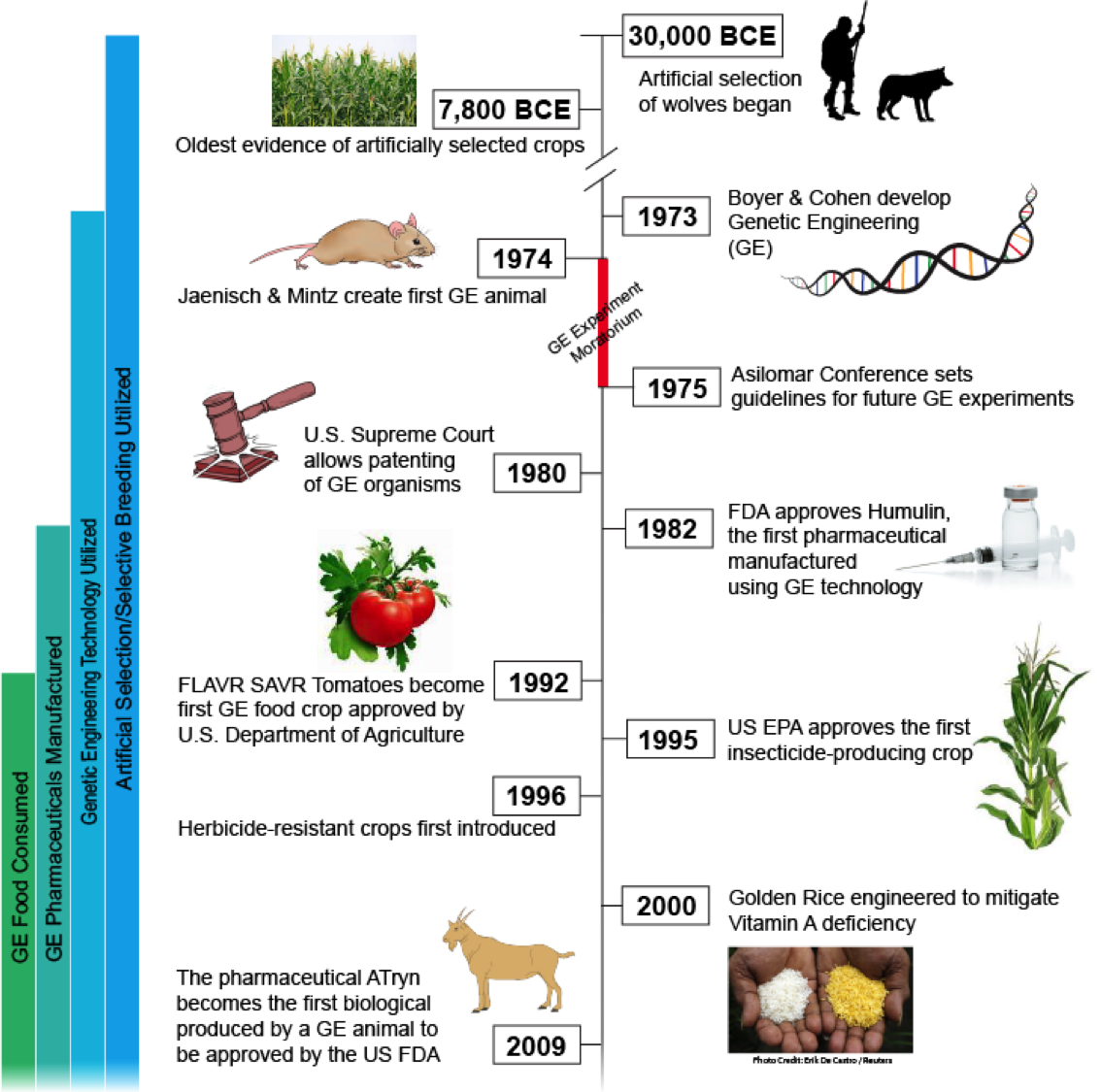
- a_timeline_of_the_development_of_gmos.png
- 1134×1125
- 2018/01/25 15:19
- 453.7 KB

- aa.png
- 774×240
- 2018/01/25 15:19
- 224.3 KB
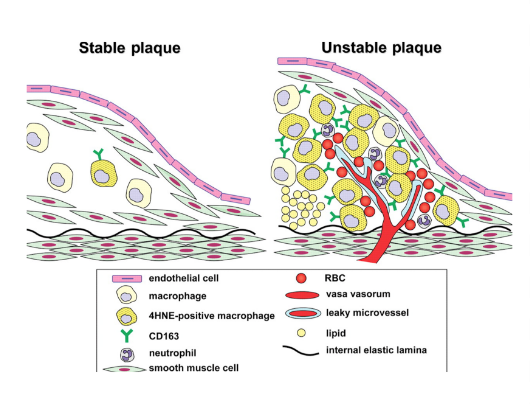
- ab.png
- 530×404
- 2018/01/25 15:19
- 202.6 KB
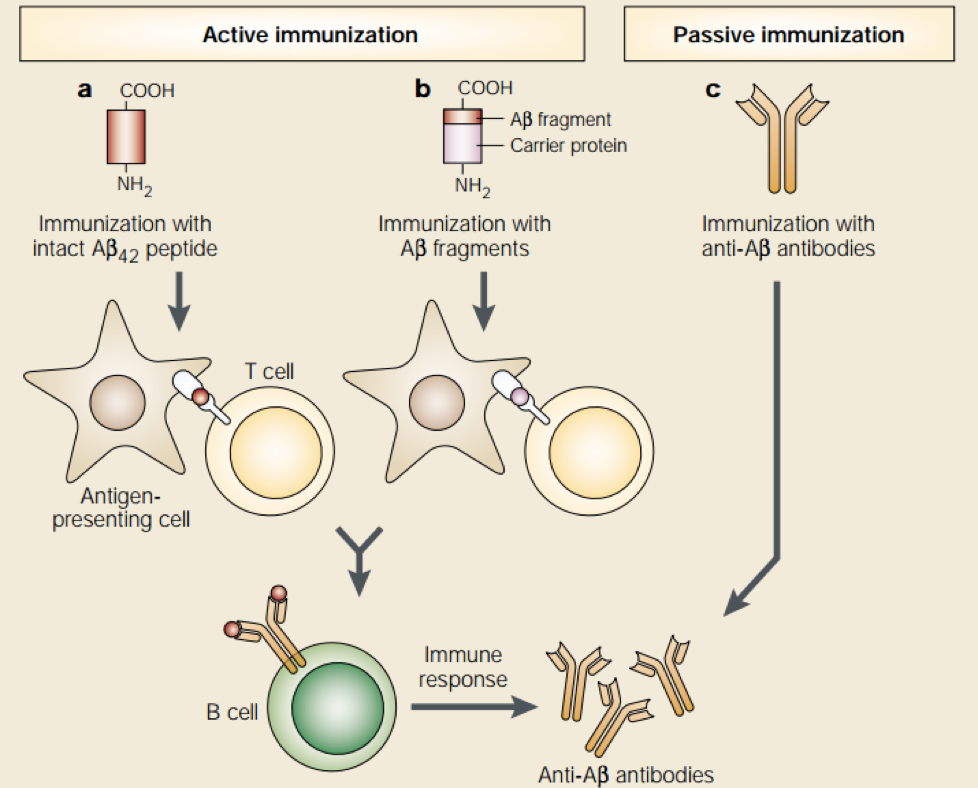
- ab_immunotherapy.png
- 978×788
- 2018/01/25 15:19
- 313.5 KB
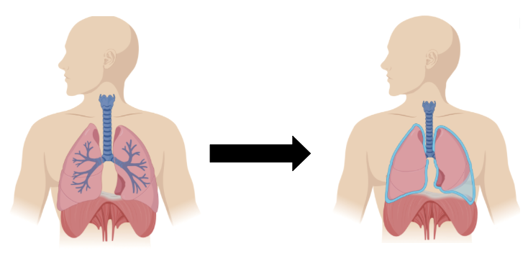
- abs.png
- 529×262
- 2020/01/31 19:00
- 57.6 KB

- acap.jpg
- 400×196
- 2018/01/25 15:19
- 11 KB

- ach.png
- 541×237
- 2018/09/27 23:23
- 22.3 KB
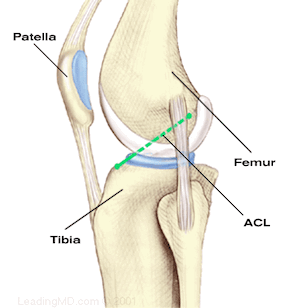
- acl.gif
- 283×308
- 2018/01/25 15:19
- 56.7 KB
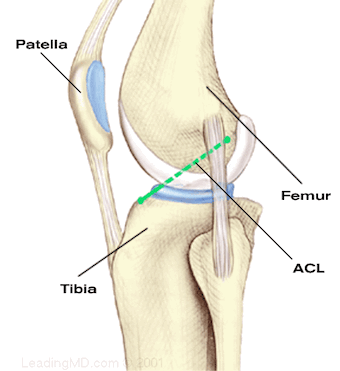
- acl_bg.gif
- 340×371
- 2018/01/25 15:19
- 78.5 KB
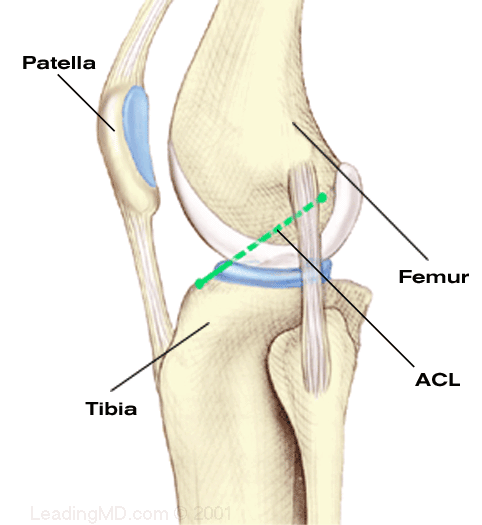
- acl_big.gif
- 482×525
- 2018/01/25 15:19
- 154.5 KB
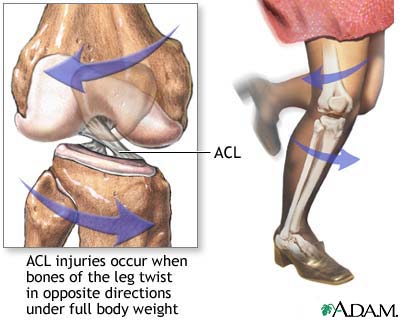
- acl_injury.jpg
- 400×320
- 2018/01/25 15:19
- 22.4 KB

- acl_injury1.jpg
- 283×227
- 2018/01/25 15:19
- 18.4 KB
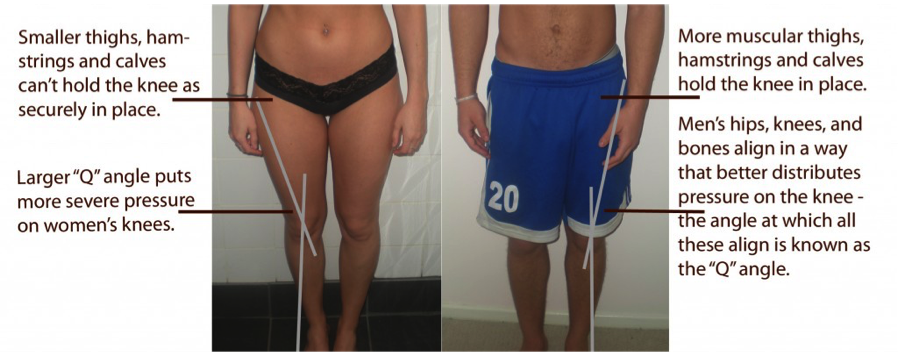
- aclrisk.png
- 898×359
- 2018/01/25 15:19
- 431.3 KB
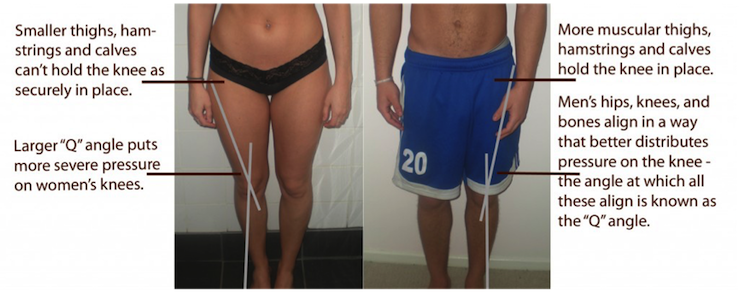
- aclrisk1.png
- 739×295
- 2018/01/25 15:19
- 317.7 KB
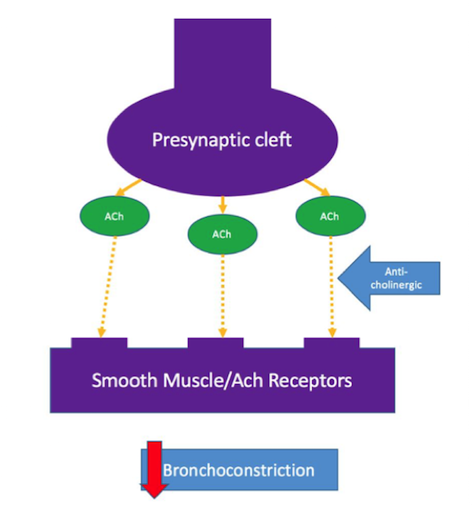
- action_of_anti-cholinergics.png
- 472×506
- 2018/01/25 15:19
- 112.3 KB
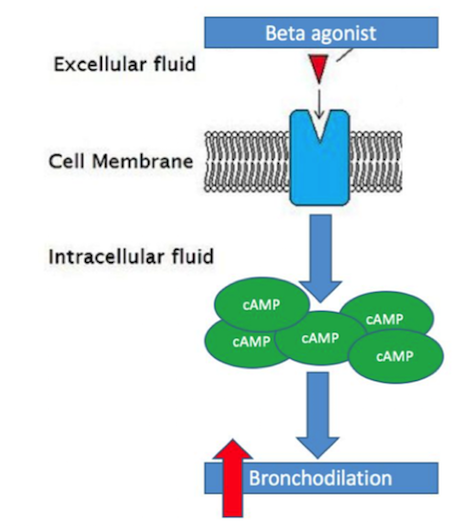
- action_of_beta-agonists.png
- 472×529
- 2018/01/25 15:19
- 164.1 KB
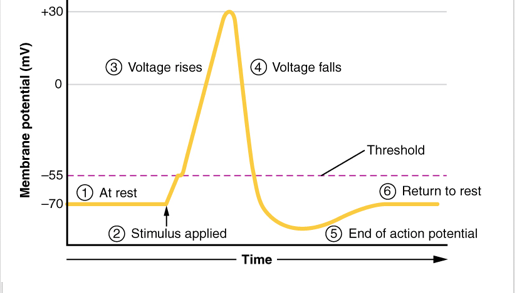
- action_potential_.png
- 515×293
- 2018/01/25 15:19
- 54.4 KB
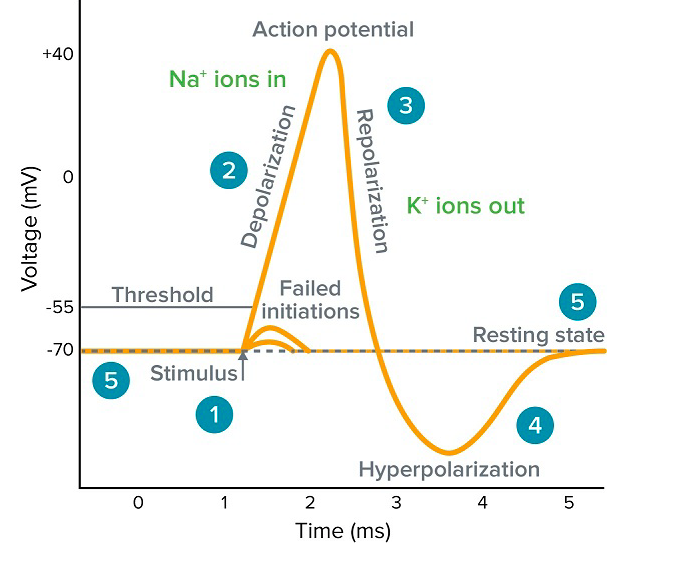
- action_potential_1.png
- 689×566
- 2018/01/25 15:19
- 192.8 KB
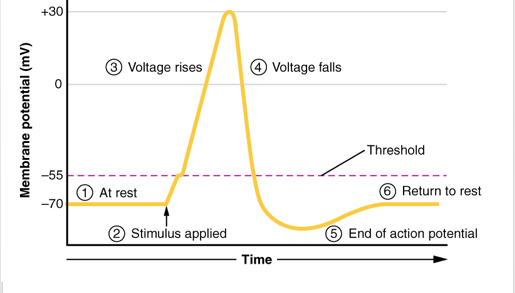
- action_potential_ap_.png
- 515×293
- 2018/01/25 15:19
- 54.4 KB
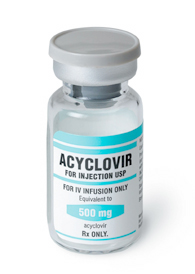
- acyclovir.jpg
- 195×274
- 2018/03/29 00:35
- 43.6 KB
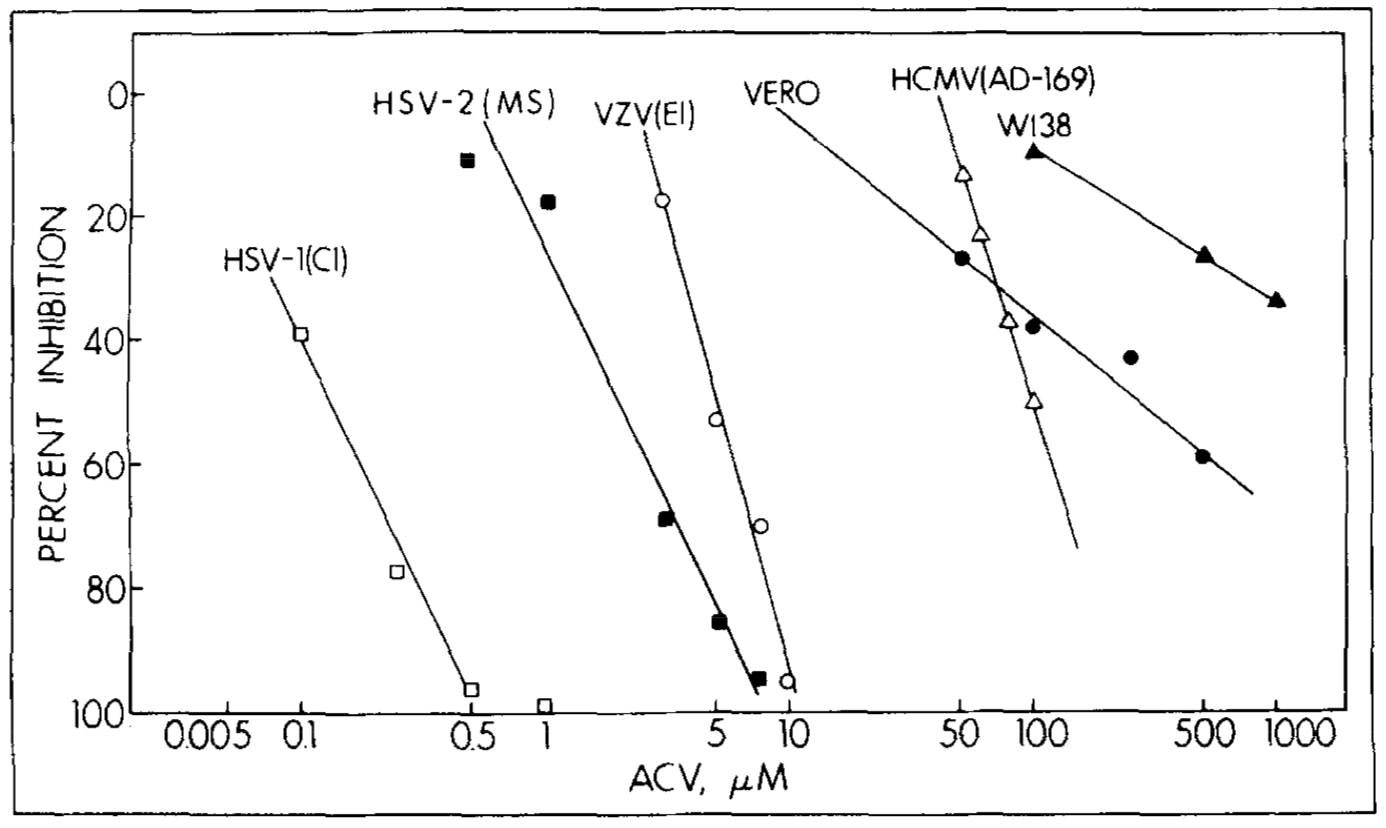
- acyclovir_graph.png
- 1386×828
- 2018/03/29 12:36
- 170.8 KB
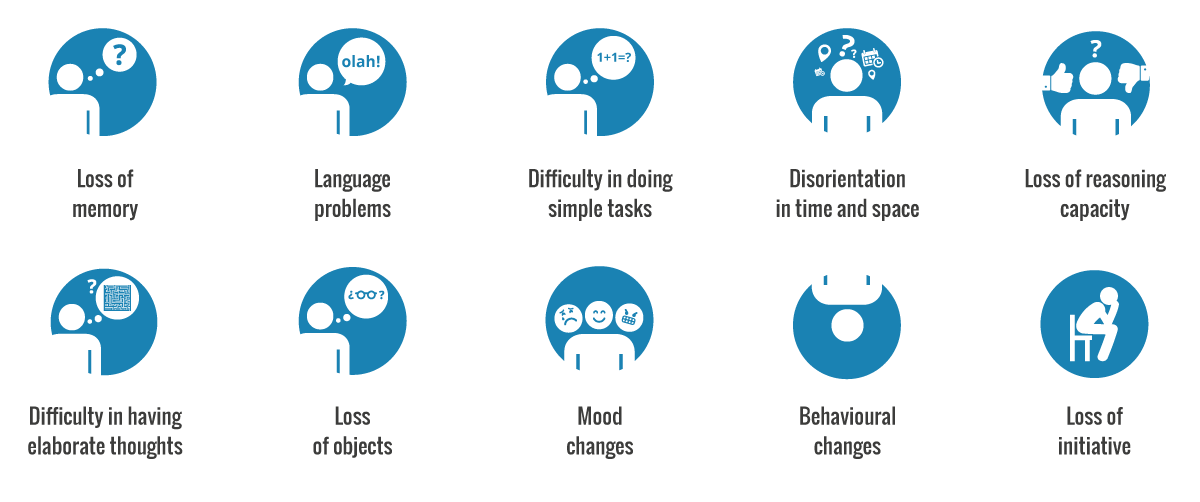
- ad.png
- 1200×502
- 2018/01/25 15:19
- 44.5 KB
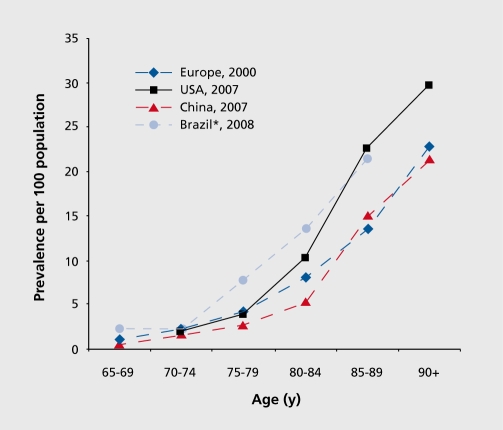
- ad_epidimeology.jpeg
- 503×430
- 2018/01/25 15:19
- 63.7 KB
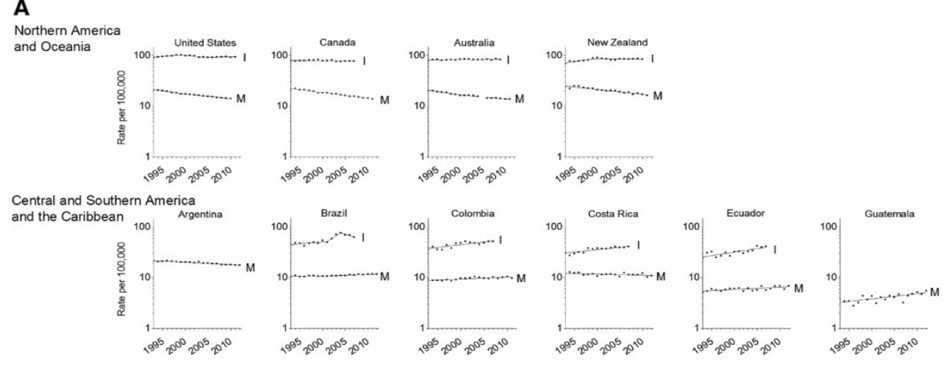
- adaasd.jpg
- 946×366
- 2018/01/25 15:19
- 46.9 KB
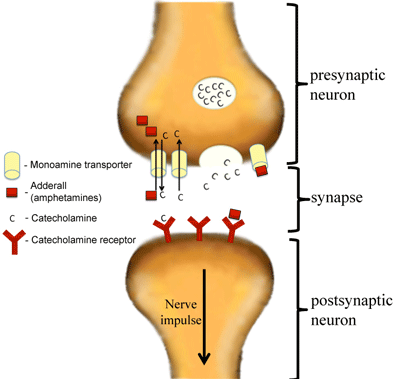
- adderall.png
- 400×379
- 2018/01/25 15:19
- 33.6 KB

- adderall24.png
- 1146×572
- 2020/01/31 19:13
- 224.4 KB

- adderall30.png
- 572×490
- 2020/01/31 19:13
- 245.2 KB

- adderall74.png
- 816×546
- 2020/01/31 19:13
- 141.7 KB

- adderall_effects_pinterest_v2.jpg
- 2501×5913
- 2020/01/30 16:54
- 2.9 MB
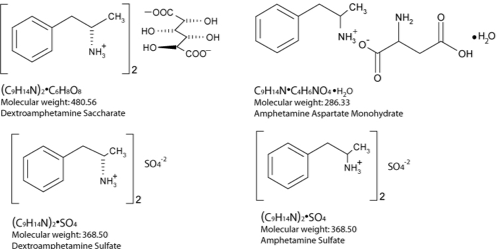
- adderalll.png
- 499×249
- 2020/01/27 21:17
- 31 KB

- addison_s_disease.pptx
- 2018/01/25 15:19
- 8.8 MB
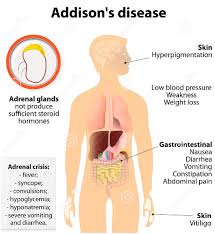
- addisons_intro_.jpeg
- 215×234
- 2018/01/25 15:19
- 9.3 KB

- aderal.jpg
- 683×1024
- 2020/01/30 16:59
- 63.9 KB

- adgland.jpg
- 382×369
- 2018/01/25 15:19
- 45.3 KB

- adhd-chalk-board.jpg
- 650×357
- 2018/01/25 15:19
- 40.7 KB

- adhd_brain.jpg
- 1500×752
- 2020/01/29 11:52
- 191 KB

- adhd_factors.jpg.png
- 789×608
- 2018/01/25 15:19
- 84.6 KB
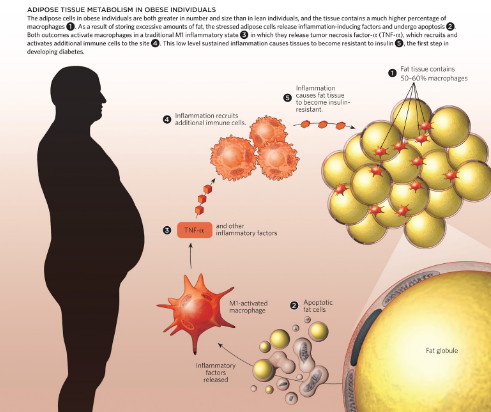
- adipose_finalllll.png
- 491×412
- 2018/01/25 15:19
- 231.7 KB
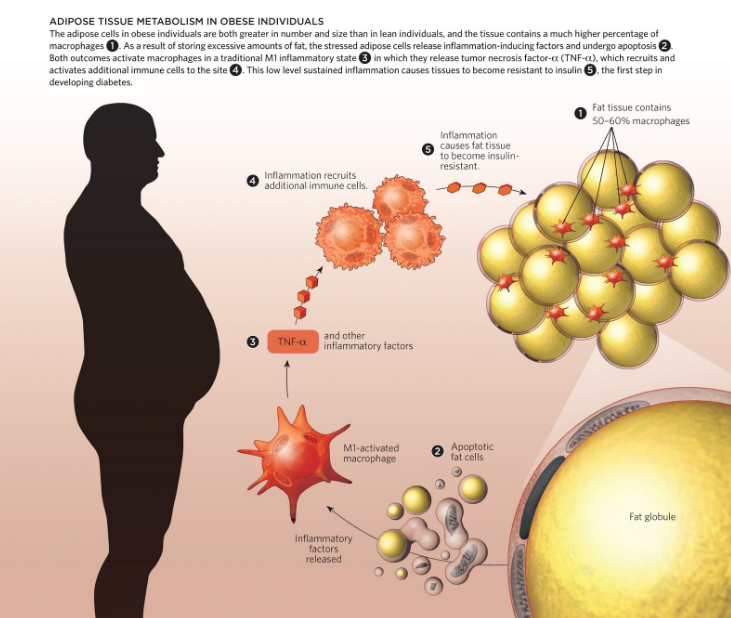
- adipose_tissue_final.png
- 731×618
- 2018/01/25 15:19
- 474.1 KB
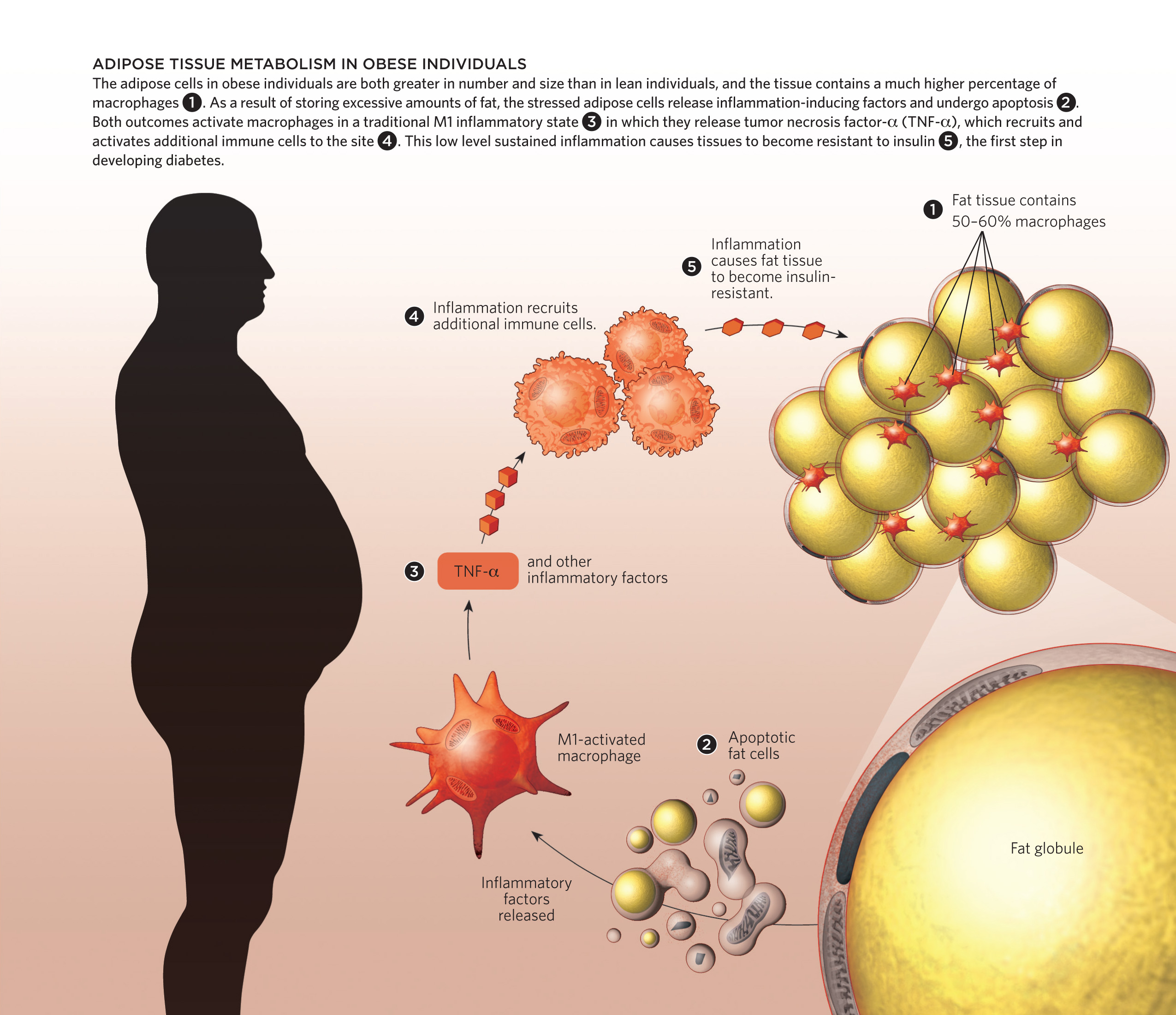
- adipose_tissue_metabolism_in_obese_individuals.jpg
- 2550×2200
- 2018/01/25 15:19
- 839.1 KB
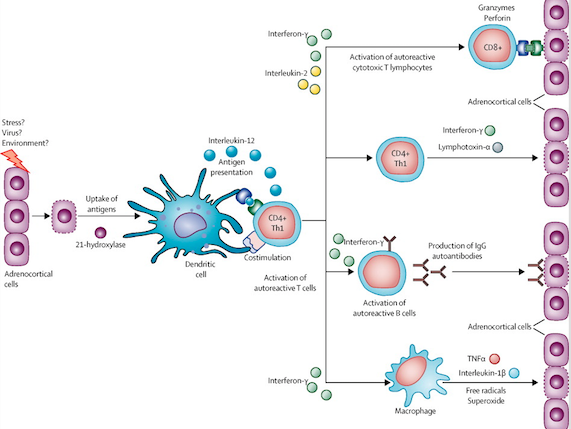
- adpatho.png
- 571×429
- 2018/01/25 15:19
- 189.3 KB
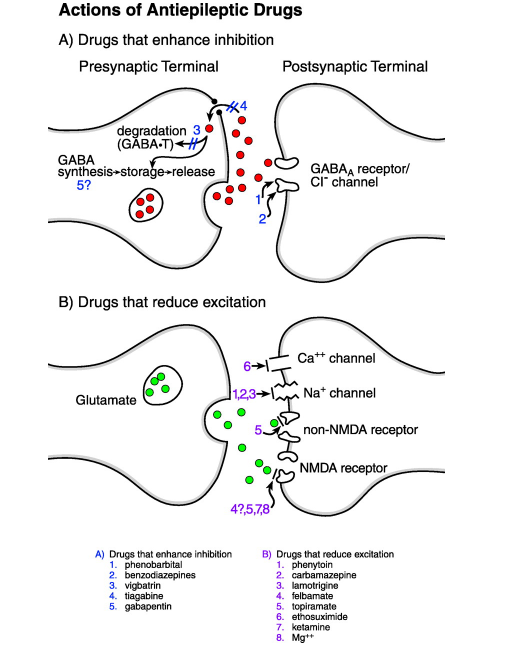
- aeds_mechanims_epi.png
- 532×649
- 2018/01/25 15:19
- 121.4 KB
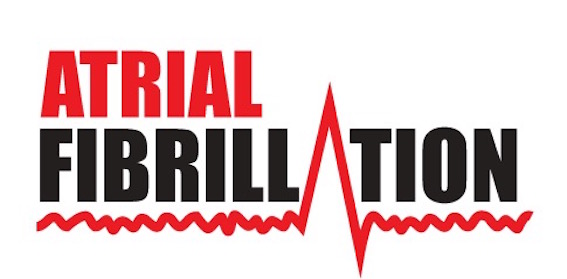
- afib.jpg
- 567×279
- 2018/01/25 15:19
- 36.8 KB
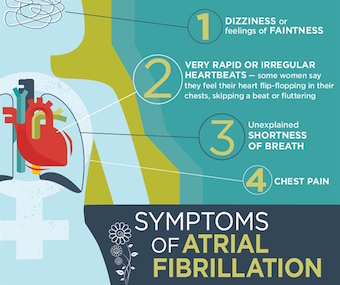
- afib_symptoms.jpg
- 340×285
- 2018/01/25 15:19
- 100.4 KB
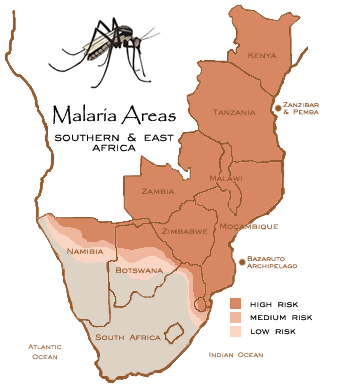
- africa_malaria.gif
- 347×391
- 2018/01/25 15:19
- 17.4 KB
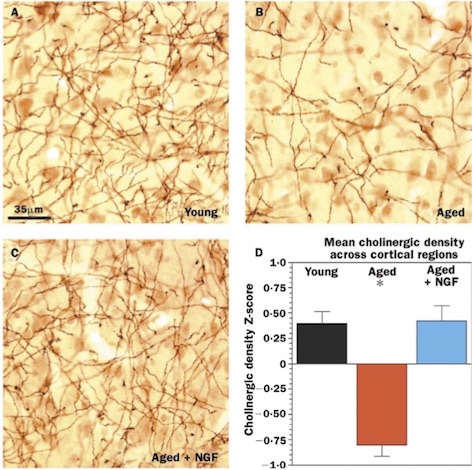
- age_effects_on_cholinergic_innervation_in_rhesus_monkeys.jpg
- 472×470
- 2018/01/25 15:19
- 97.9 KB

- ahoy.png
- 557×661
- 2020/02/19 01:02
- 133.2 KB
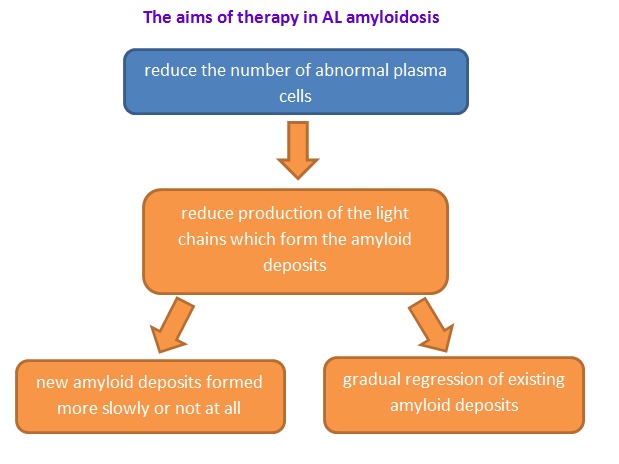
- aims-of-al-rx.jpg
- 619×464
- 2018/01/25 15:19
- 51 KB
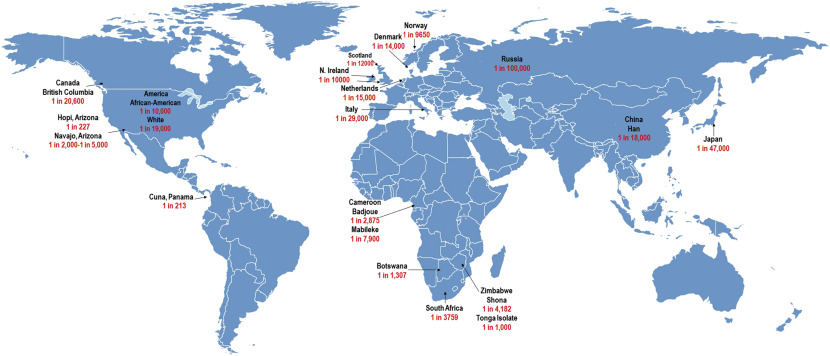
- albinism.jpg
- 830×356
- 2018/11/30 19:57
- 102.1 KB
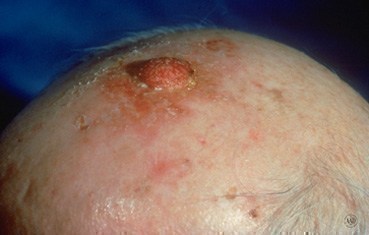
- albinism1.jpg
- 369×235
- 2018/11/30 19:57
- 18.2 KB
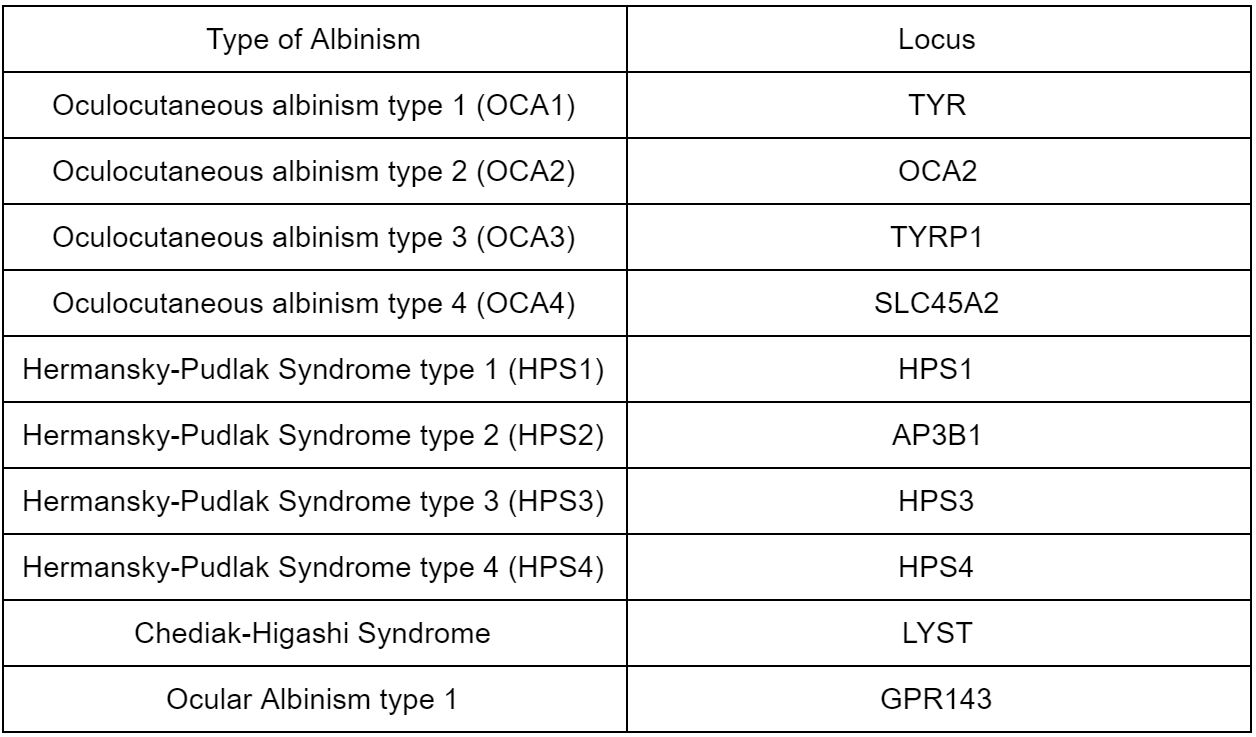
- albinism_table.jpg
- 1256×737
- 2018/11/30 16:24
- 129.5 KB
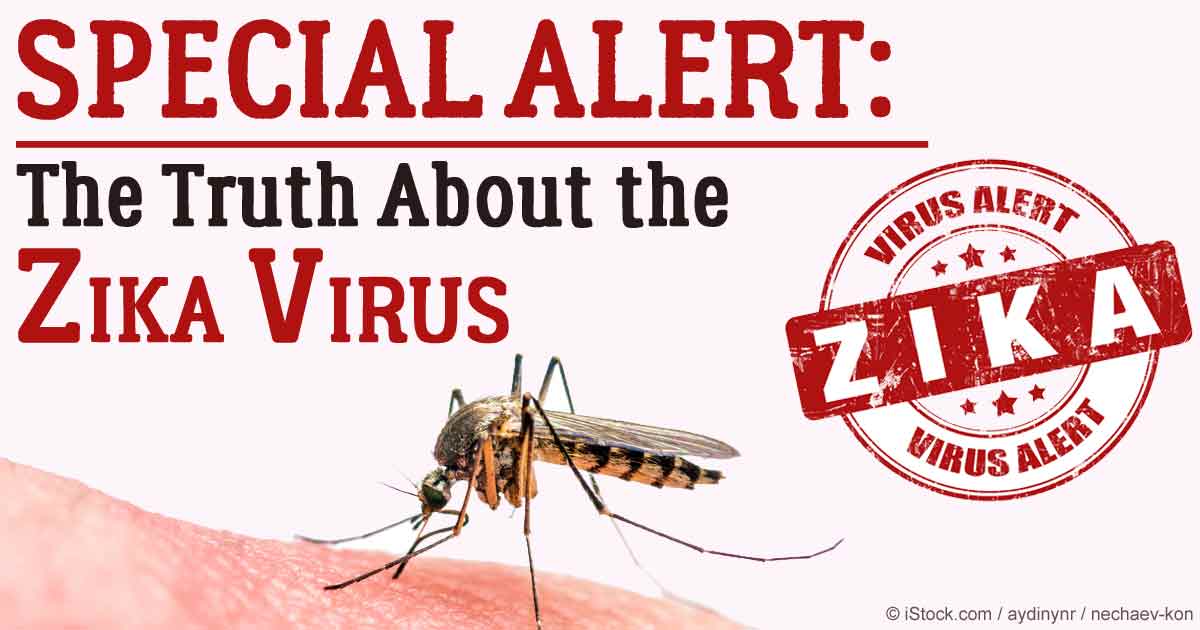
- alert-zika-virus-fb.jpg
- 1200×630
- 2018/01/29 13:29
- 56.3 KB
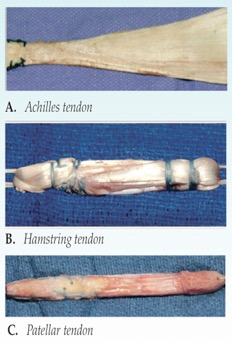
- allograft.jpg
- 232×342
- 2018/01/25 15:19
- 28.3 KB
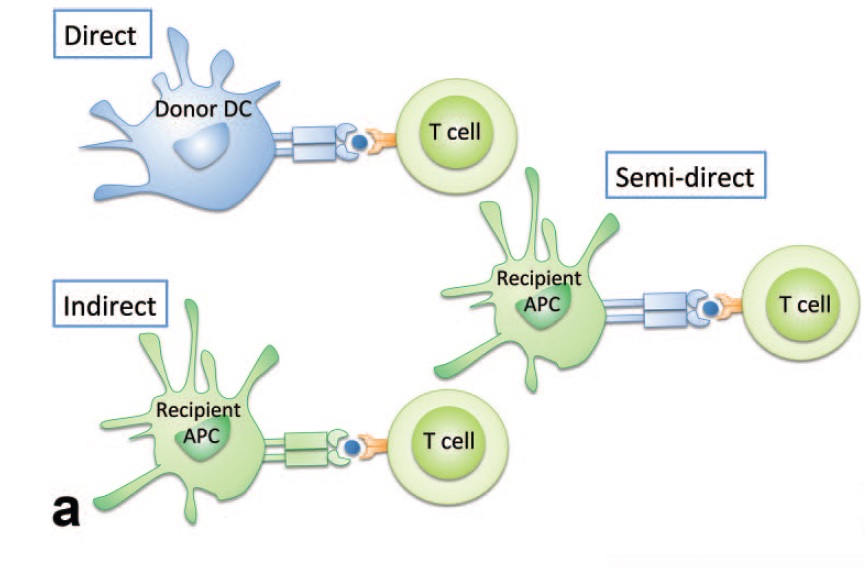
- allorecognition.jpg
- 865×569
- 2018/01/25 15:19
- 72 KB
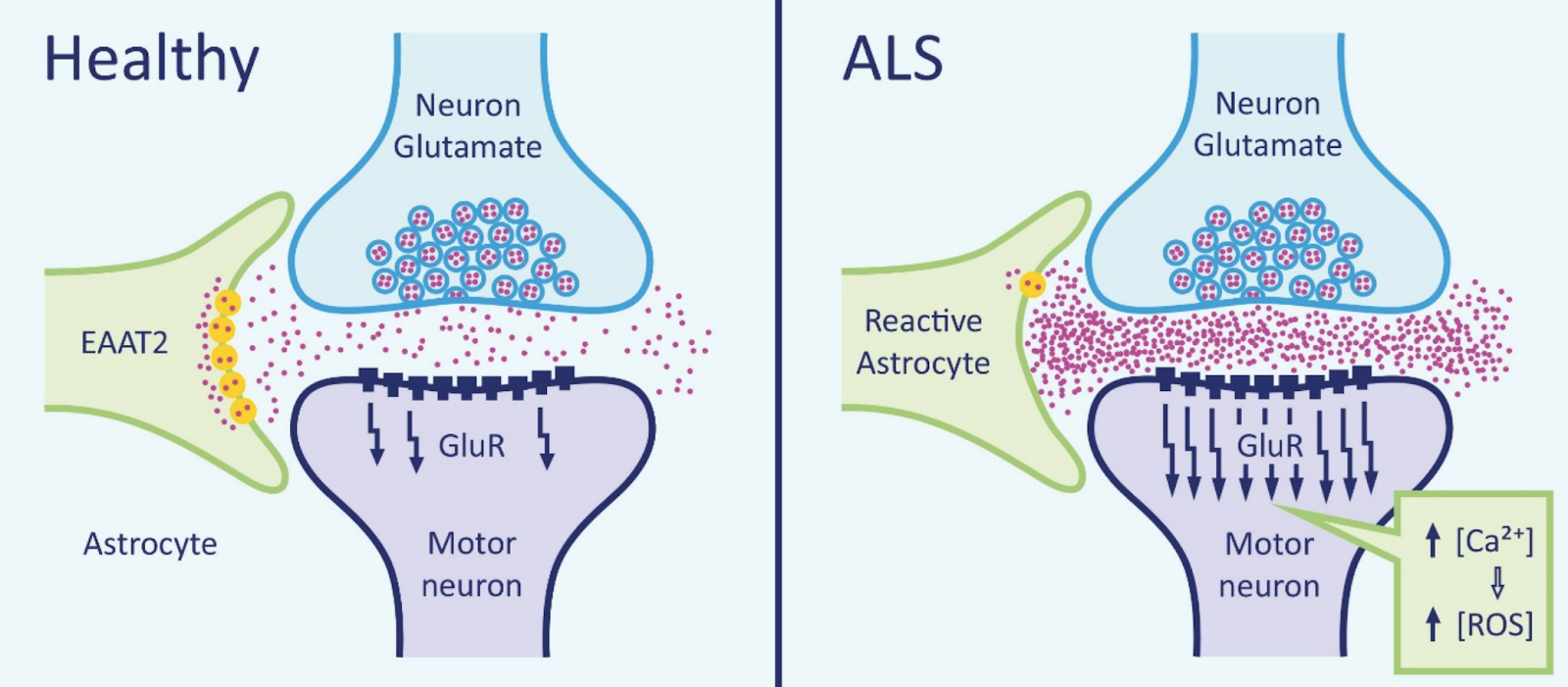
- als.png
- 1600×701
- 2019/01/31 17:05
- 647.2 KB

- als.pptx
- 2019/01/30 21:10
- 5.9 MB
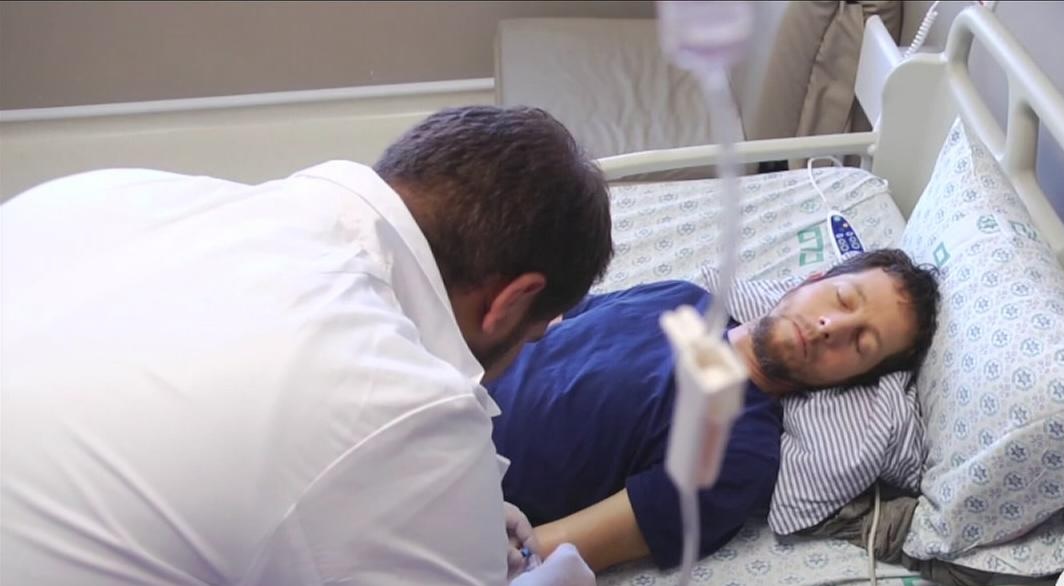
- als_in_hospital.jpg
- 1064×586
- 2019/02/01 12:56
- 98.3 KB
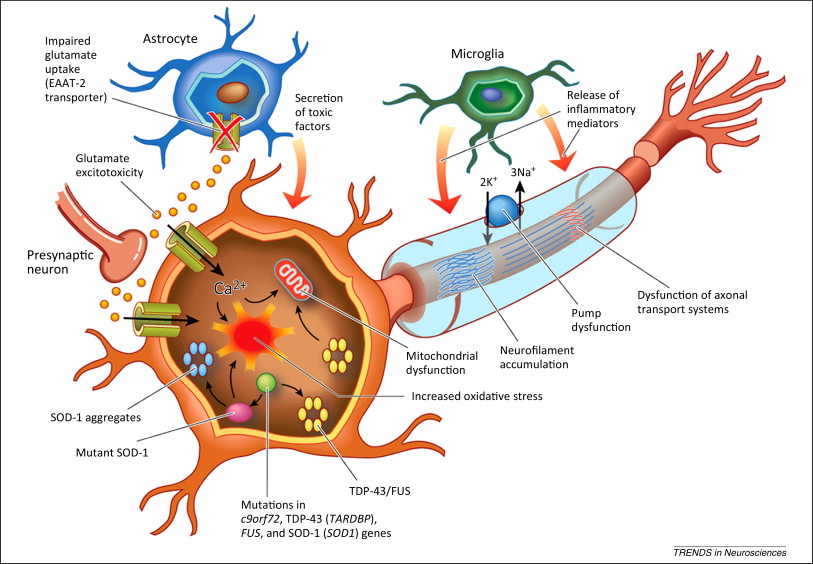
- als_pathophysiology.jpg
- 813×564
- 2018/01/25 15:19
- 117.9 KB

- alsneurons.png
- 898×561
- 2019/02/01 14:54
- 792.8 KB

- alzbrain.jpg
- 446×229
- 2018/01/25 15:19
- 71.1 KB
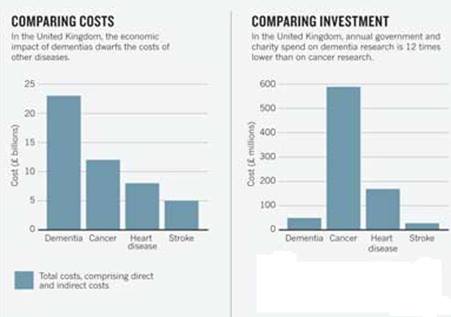
- alzchart.jpg
- 451×317
- 2018/01/25 15:19
- 14.2 KB
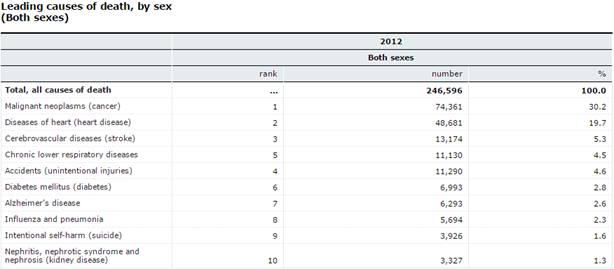
- alzdeathcause.jpg
- 614×269
- 2018/01/25 15:19
- 18.1 KB
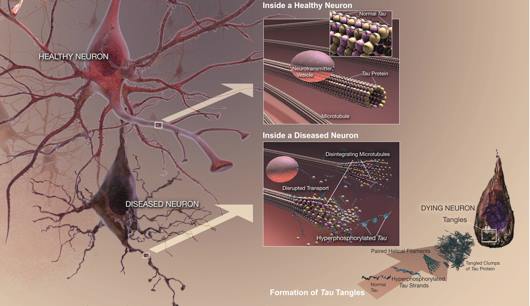
- alzdegen.jpg
- 530×306
- 2018/01/25 15:19
- 25.5 KB
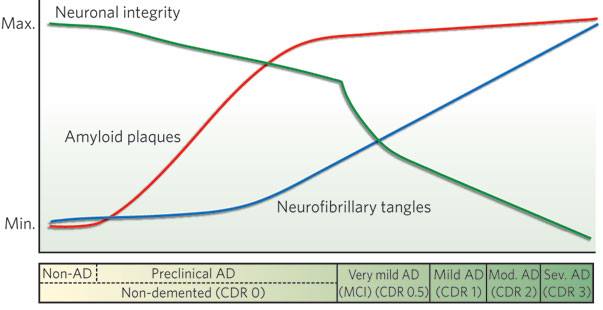
- alzdiagnosis.jpg
- 603×310
- 2018/01/25 15:19
- 21.5 KB
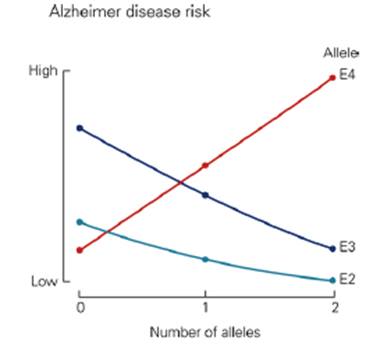
- alzdiseaserisk.jpg
- 373×344
- 2018/01/25 15:19
- 9.6 KB
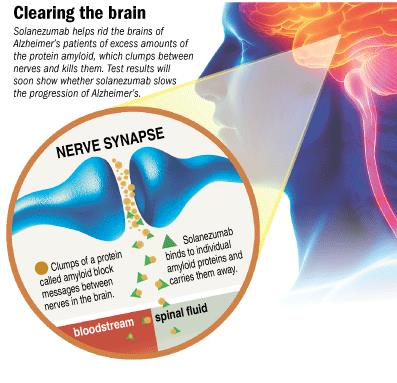
- alzdrug.jpg
- 397×383
- 2018/01/25 15:19
- 30.1 KB
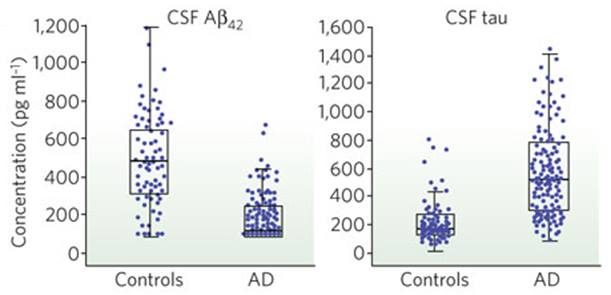
- alzexperimentplot.jpg
- 611×295
- 2018/01/25 15:19
- 18.9 KB

- alzh.png
- 1746×760
- 2018/01/25 15:19
- 1.6 MB

- alzheimer-disease.jpg
- 900×520
- 2018/11/04 18:26
- 163 KB

- alzheimer.pdf
- 2018/01/25 15:19
- 879.9 KB

- alzheimer_brain.jpg
- 351×362
- 2018/01/25 15:19
- 93.2 KB
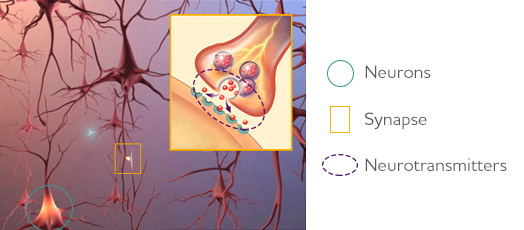
- alzheimers-dementia-treatments-synapse-neurons-inlineimage-02.jpg
- 524×230
- 2018/10/28 21:24
- 49.9 KB

- alzheimers_presentation_2_.pptx
- 2018/01/25 15:19
- 8.9 MB
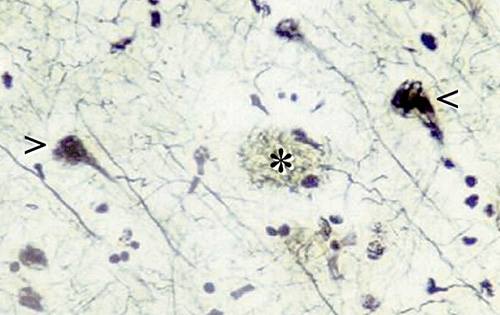
- alzmicroscope.jpg
- 500×315
- 2018/01/25 15:19
- 24.9 KB

- alzpetpib.jpg
- 304×243
- 2018/01/25 15:19
- 11.3 KB

- alzpetscan.jpg
- 225×225
- 2018/01/25 15:19
- 16.7 KB
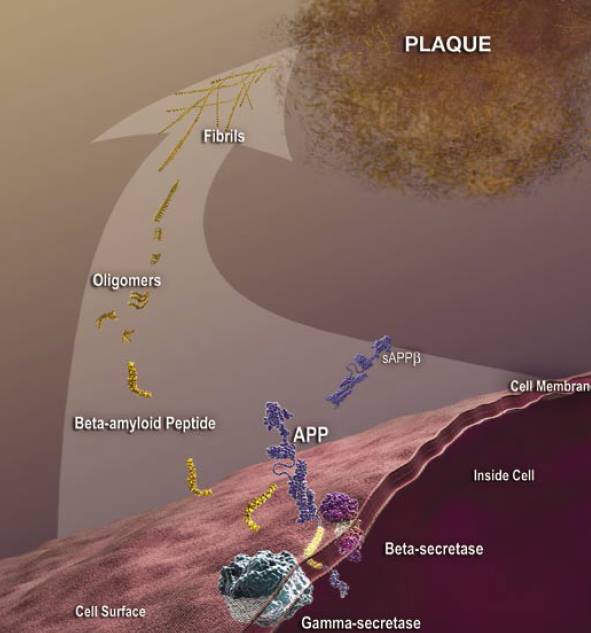
- alzplaques.jpg
- 591×633
- 2018/01/25 15:19
- 32.2 KB

- alzprogress.png
- 565×314
- 2018/01/25 15:19
- 96.9 KB
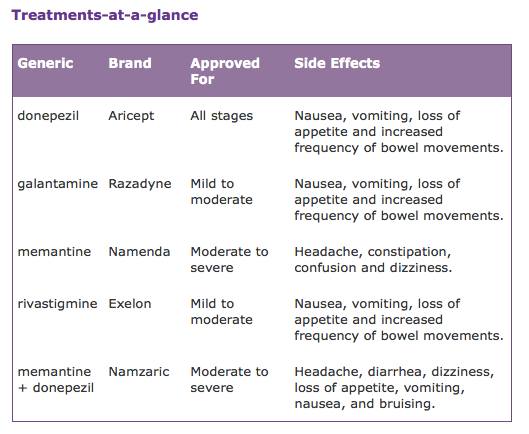
- alztreatments.jpg
- 529×434
- 2018/01/25 15:19
- 31.4 KB

- amanda.jpg
- 510×293
- 2018/01/25 15:19
- 41.1 KB

- amanda1.jpg
- 425×244
- 2018/01/25 15:19
- 32.8 KB

- amanda_1.jpg
- 300×172
- 2018/01/25 15:19
- 18 KB

- amount_of_caffeine_per_cup.png
- 943×567
- 2018/03/01 23:36
- 443.5 KB
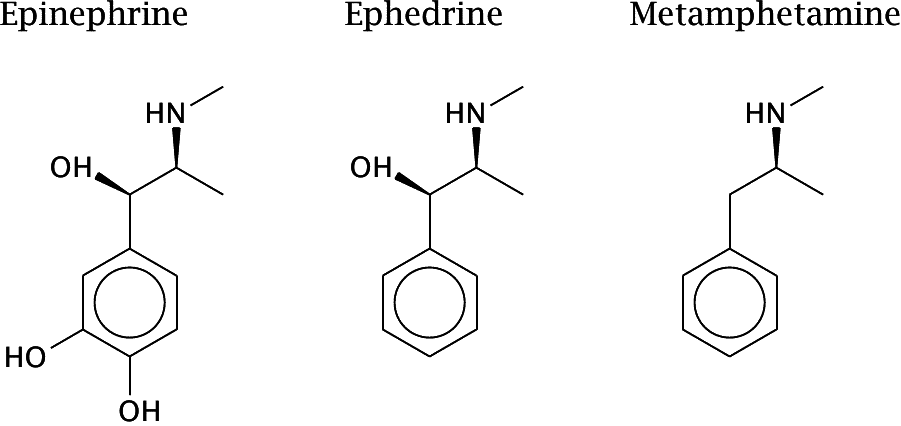
- amphetamine-pic-48d11.png
- 901×426
- 2018/01/25 15:19
- 10.2 KB
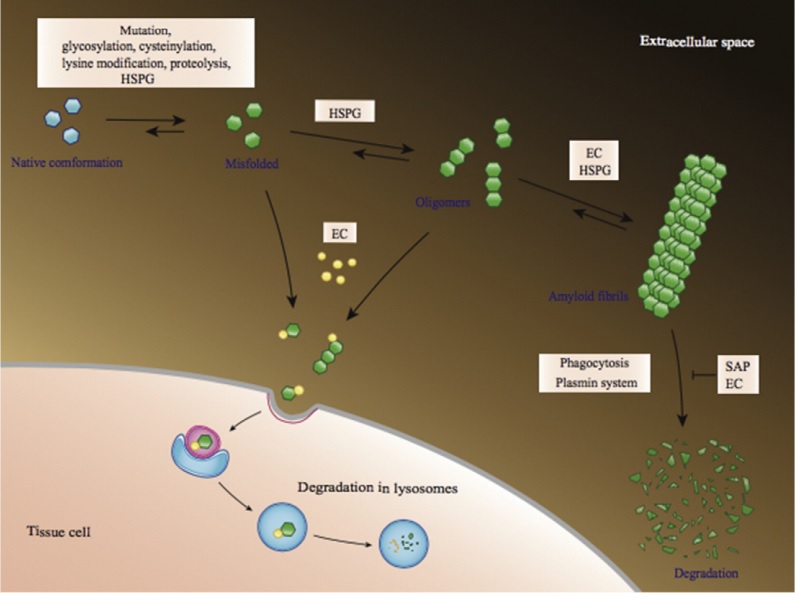
- amyl.jpg
- 796×593
- 2018/01/25 15:19
- 80.1 KB
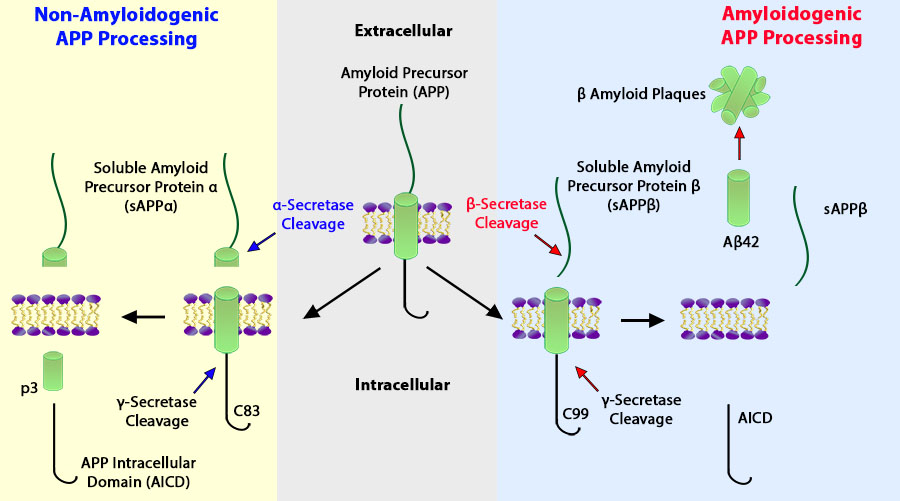
- amyloid_process.jpg
- 900×501
- 2018/11/02 21:48
- 98.4 KB
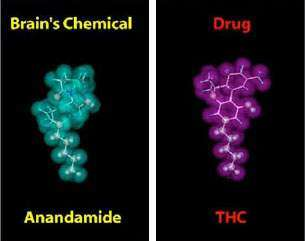
- anandamide.png
- 305×241
- 2018/11/30 21:42
- 61.2 KB
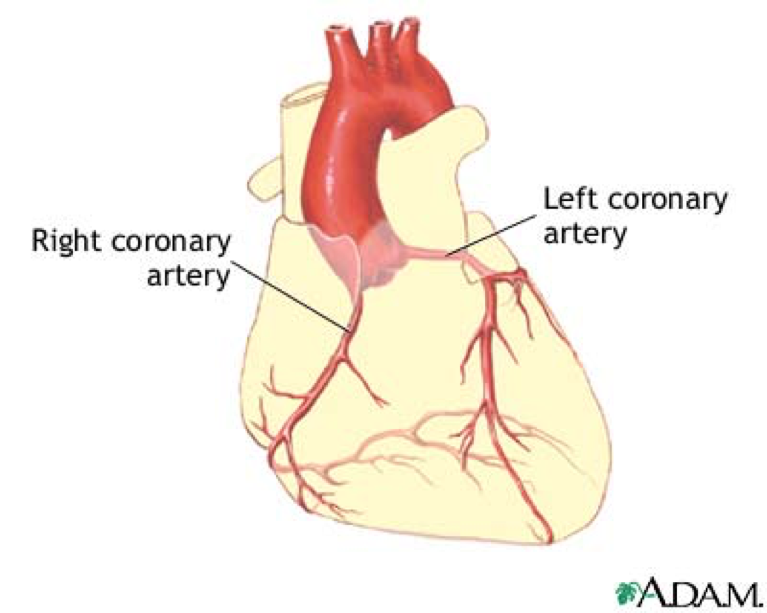
- anatomy.png
- 767×613
- 2018/01/25 15:19
- 261.8 KB
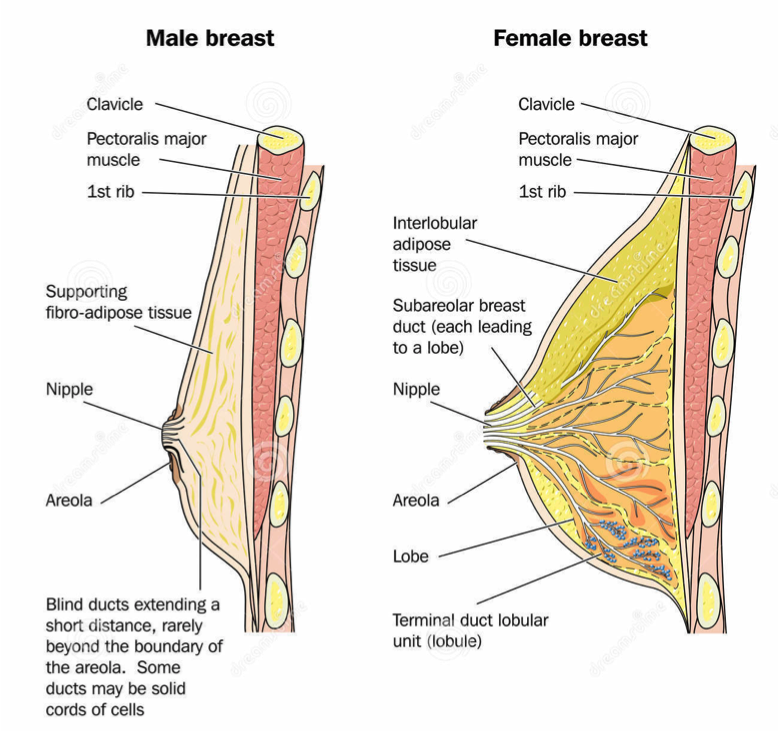
- anatomyf2017.png
- 778×732
- 2018/01/25 15:19
- 508.9 KB
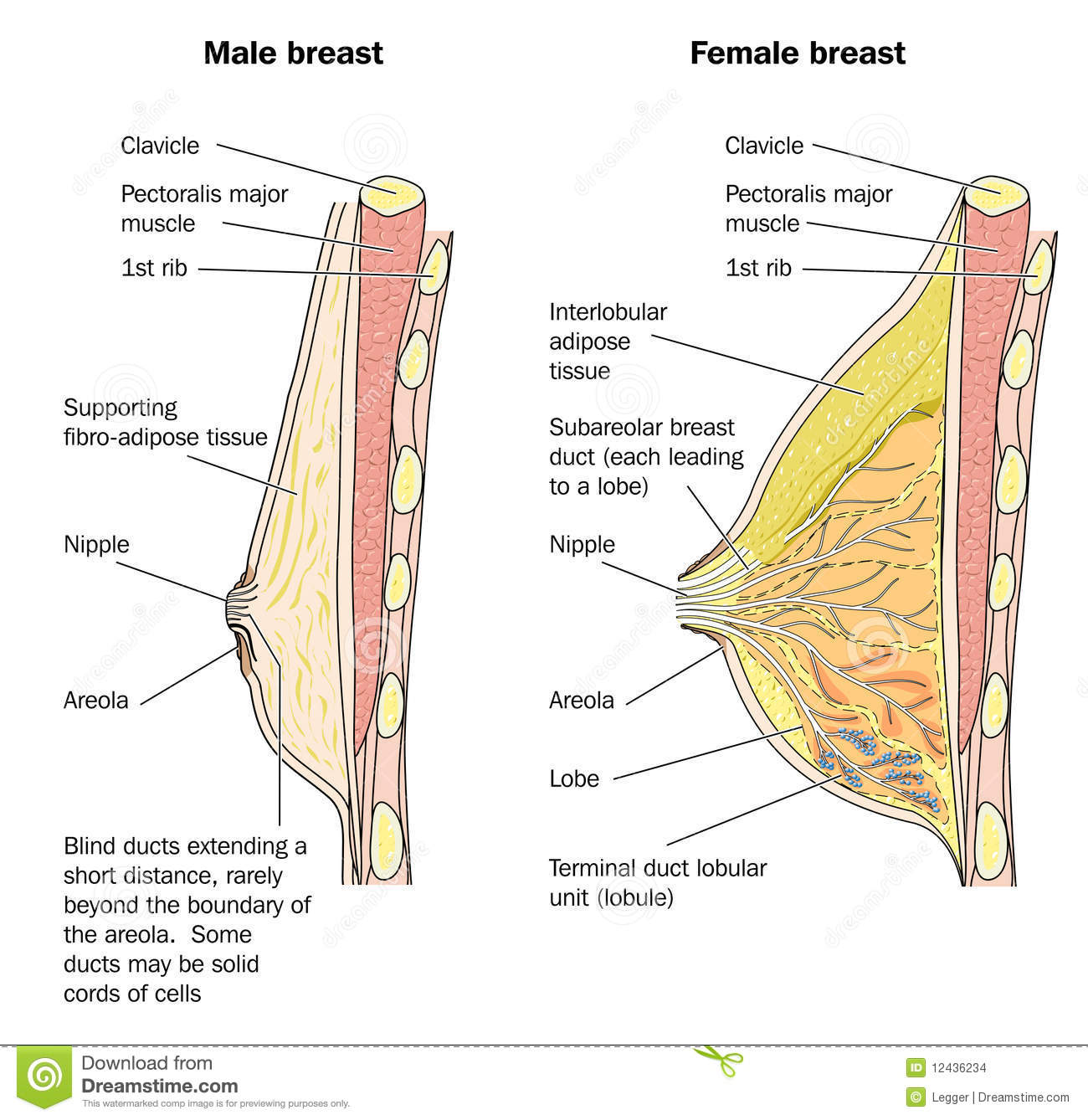
- anatomyy2017.jpg
- 1300×1338
- 2018/01/25 15:19
- 194.5 KB

- ang1.jpeg
- 251×201
- 2018/01/25 15:19
- 7.4 KB
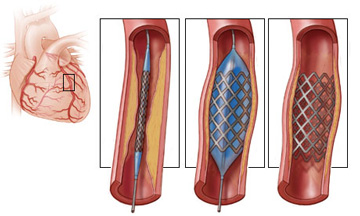
- ang2.jpg
- 360×216
- 2018/01/25 15:19
- 33.4 KB
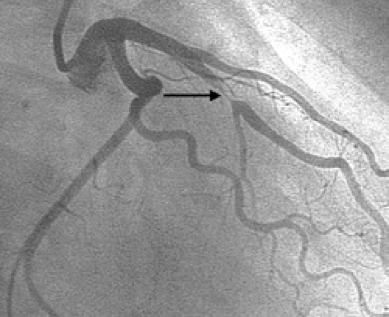
- angio.png
- 389×317
- 2018/01/25 15:19
- 123.5 KB

- angio2.png
- 356×351
- 2018/01/25 15:19
- 15.4 KB
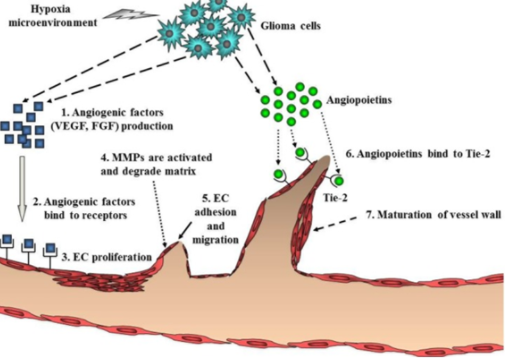
- angio13.png
- 506×360
- 2018/01/25 15:19
- 158.7 KB
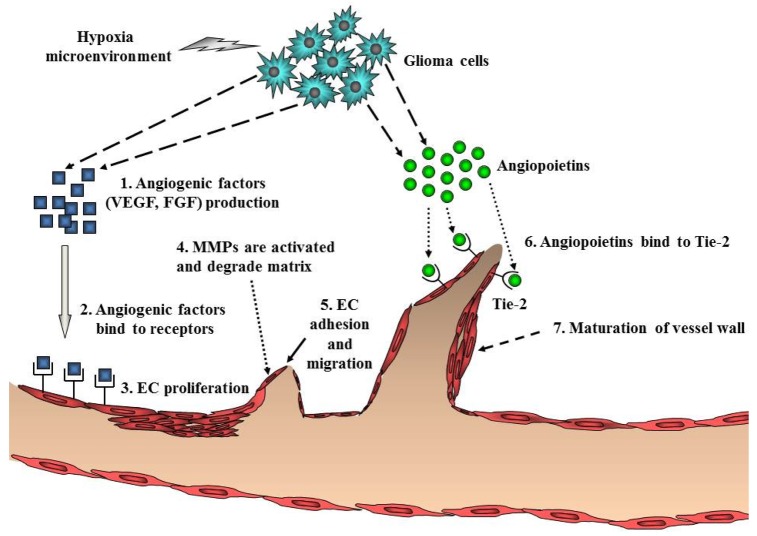
- angiogenesis1.jpg
- 757×536
- 2018/01/25 15:19
- 102.6 KB
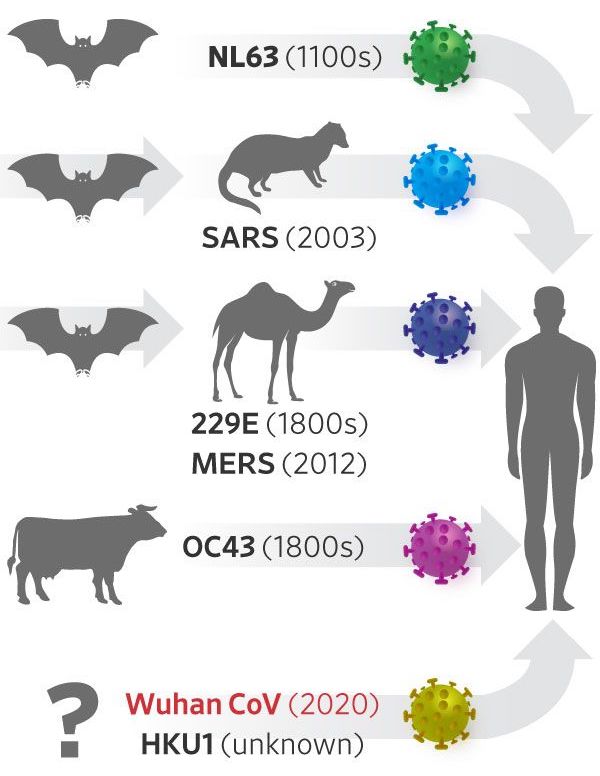
- animal_source.jpg
- 600×776
- 2020/02/28 22:30
- 50.4 KB

- anorexia-symptoms.jpg
- 681×534
- 2018/03/29 21:41
- 56 KB
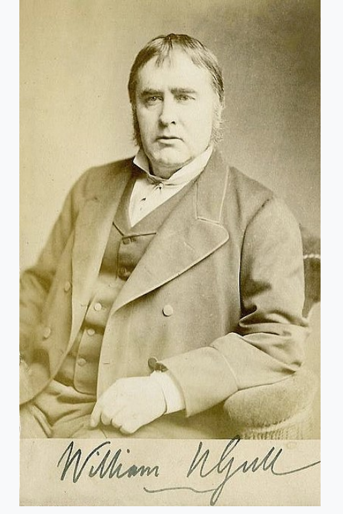
- anorexia_gull.png
- 343×514
- 2018/03/30 23:22
- 267.3 KB
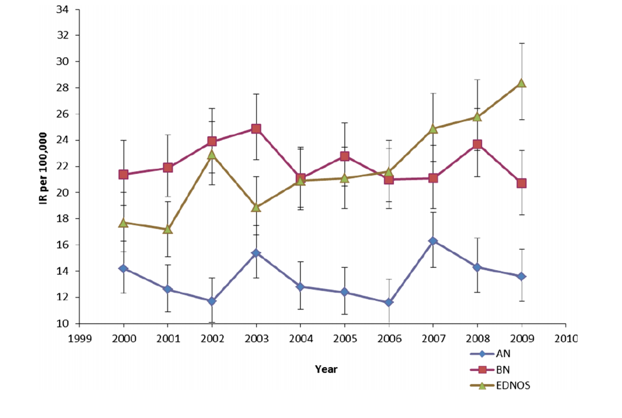
- anorexia_incidence_rates.png
- 622×418
- 2018/03/30 23:22
- 68.1 KB
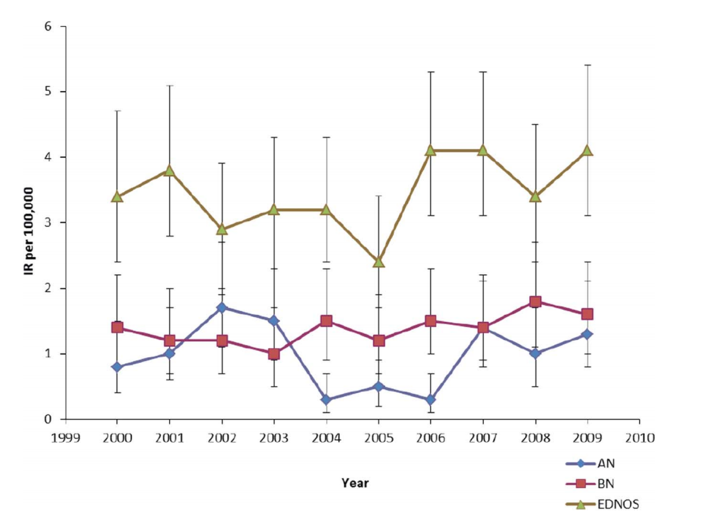
- anorexia_incidence_rates_male.png
- 716×531
- 2018/03/30 23:22
- 112.9 KB
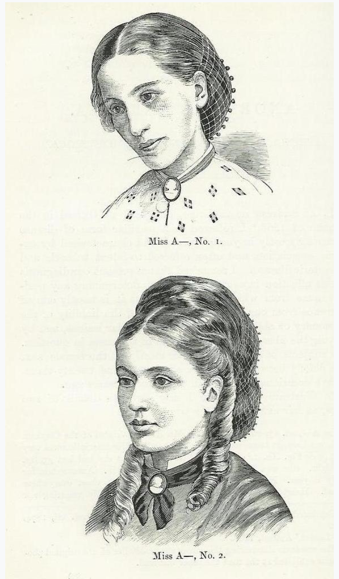
- anorexia_miss_a.png
- 339×579
- 2018/03/30 23:22
- 248.5 KB
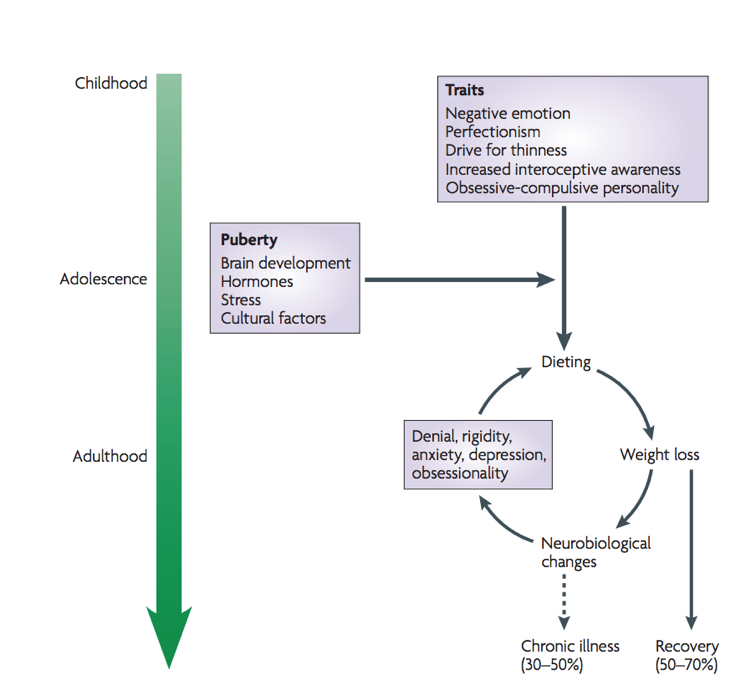
- anorexia_patho1.png
- 735×679
- 2018/03/30 23:06
- 140.5 KB
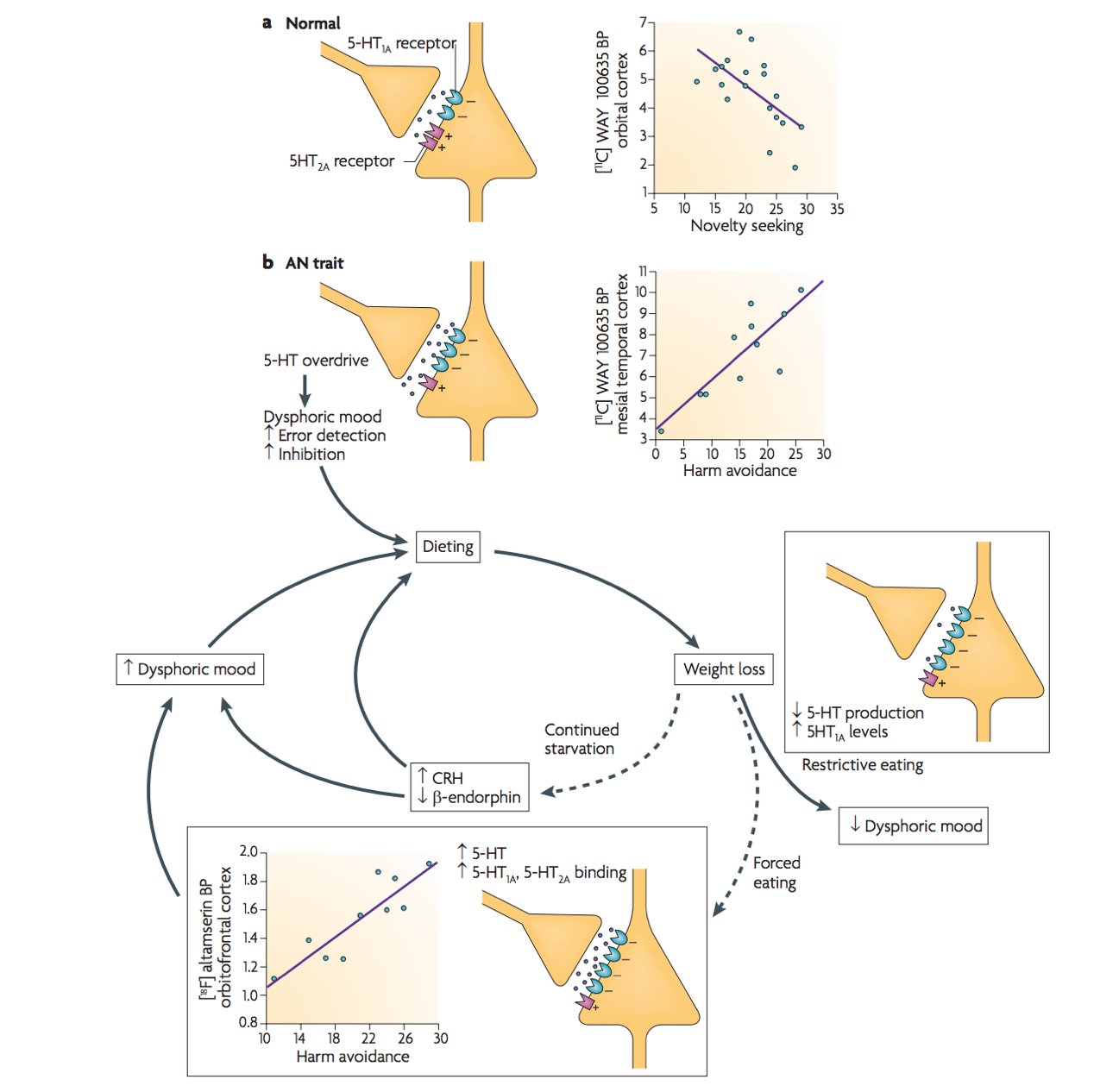
- anorexia_patho2.png
- 1297×1266
- 2018/03/30 23:03
- 413.2 KB
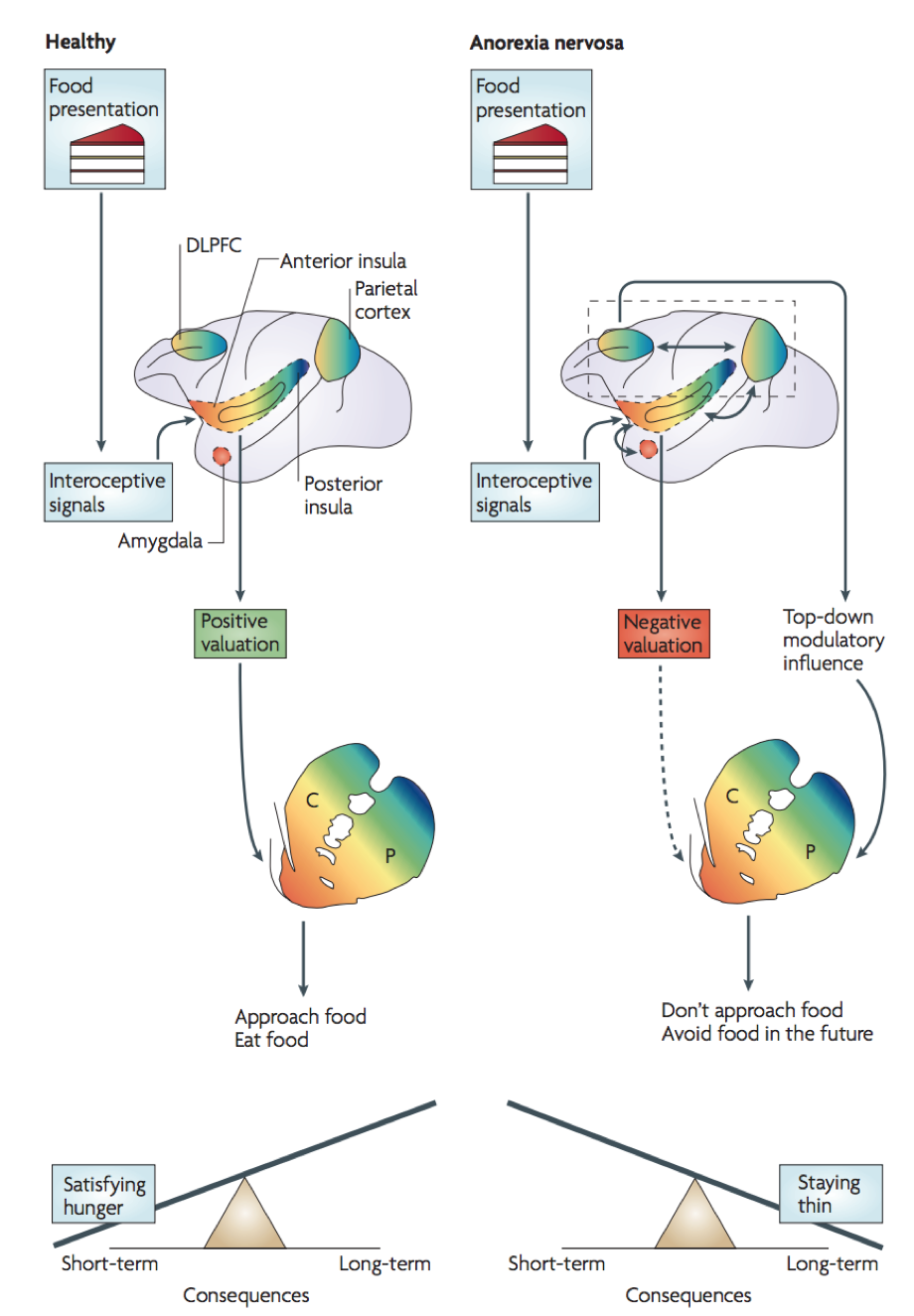
- anorexia_patho3.png
- 920×1325
- 2018/03/30 23:06
- 386.1 KB

- anorexia_ppt.pptx
- 2018/03/30 23:37
- 10.4 MB
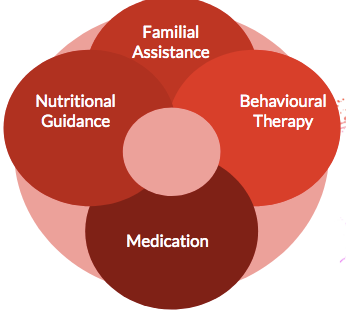
- anorexia_treatment.png
- 346×311
- 2018/03/30 23:28
- 25.8 KB

- anthelminthic_drugs_animation_mebendazole_and_albendazole.mp4
- 2020/01/29 18:35
- 2.1 MB
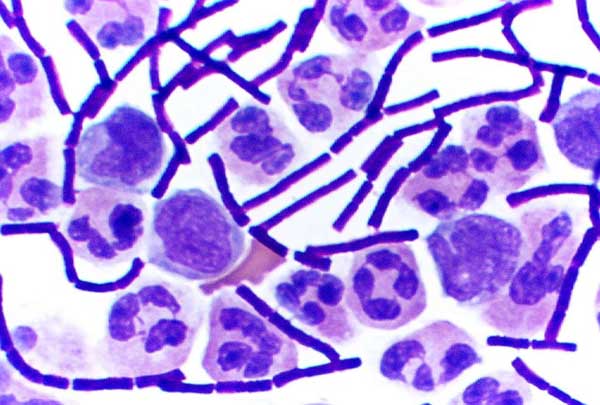
- anthrax_gram_stain.jpg
- 600×405
- 2019/03/08 10:17
- 41 KB
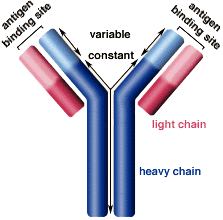
- antibody.gif
- 223×220
- 2018/01/25 15:19
- 10.5 KB

- antigen-png-5.png
- 256×256
- 2019/03/31 12:28
- 6 KB
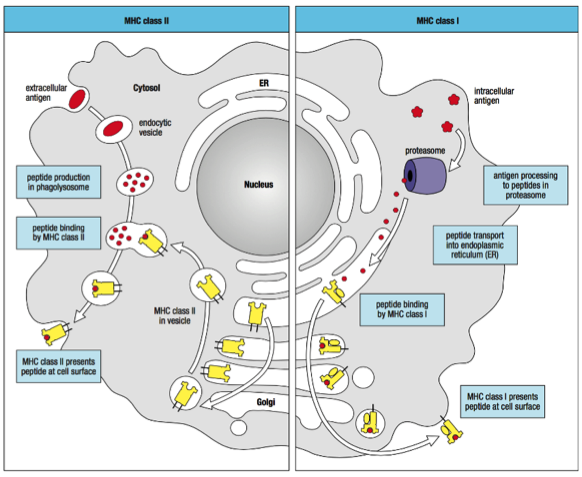
- antigen_processing.png
- 582×477
- 2018/01/25 15:19
- 175.1 KB
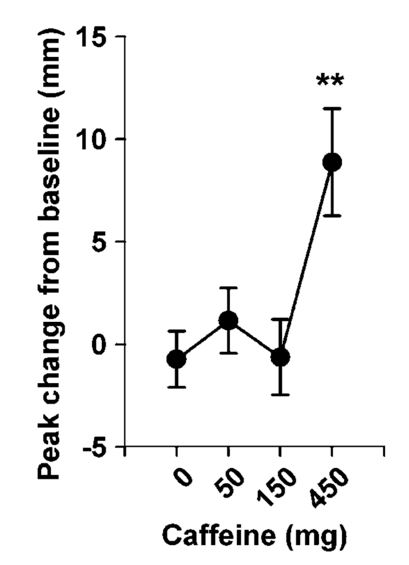
- anxiety_1.jpg
- 409×565
- 2020/03/23 13:18
- 28 KB
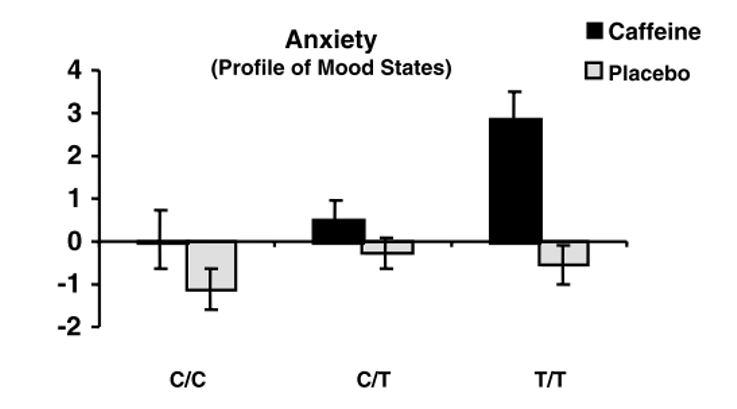
- anxiety_2.jpg
- 737×409
- 2020/03/23 13:18
- 25.7 KB
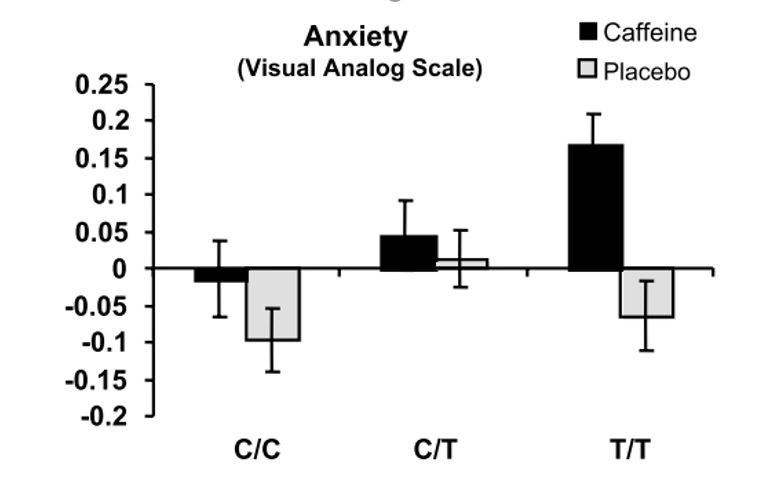
- anxiety_3.jpg
- 781×485
- 2020/03/23 13:18
- 32.3 KB
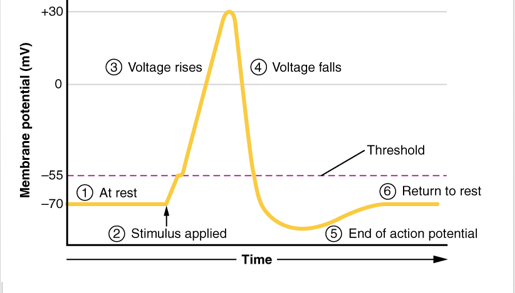
- ap_1.png
- 515×293
- 2018/01/25 15:19
- 54.4 KB
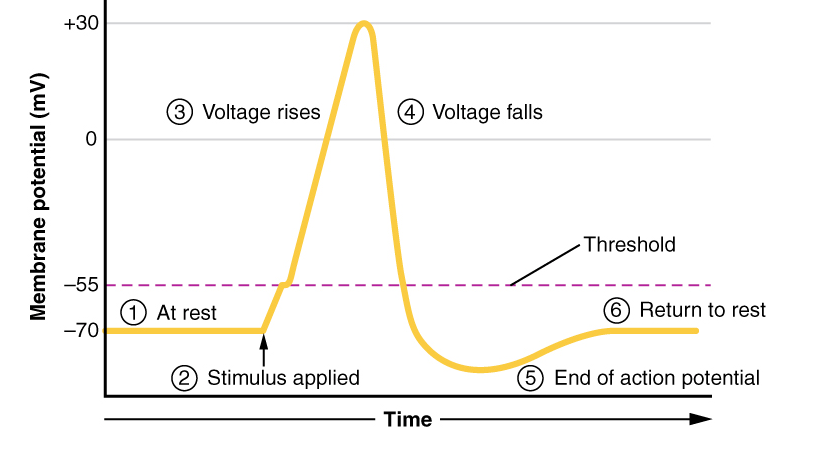
- ap_graph.png
- 813×455
- 2018/01/25 15:19
- 91.2 KB

- aplastic_anemia_ppt._.pptx
- 2018/01/25 15:19
- 7.1 MB
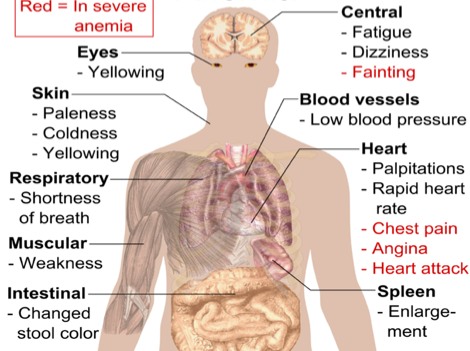
- aplastic_symptom.png
- 470×351
- 2018/01/25 15:19
- 175.2 KB
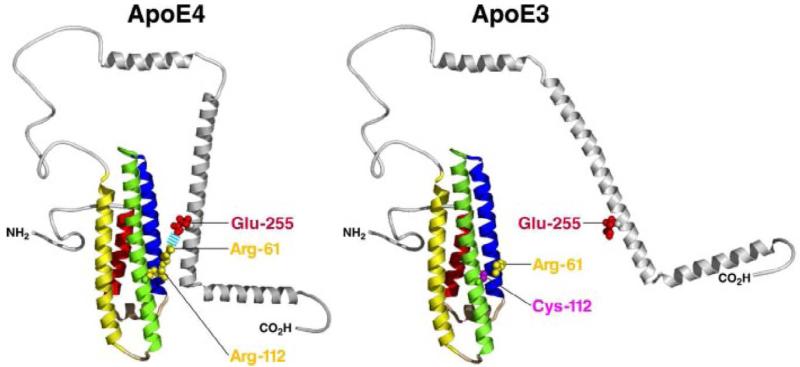
- apoe.jpg
- 800×367
- 2018/11/02 22:37
- 29.8 KB
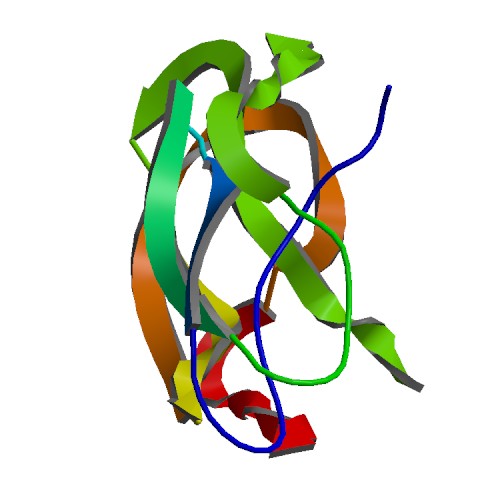
- app_protein.jpg
- 500×500
- 2018/01/25 15:19
- 33.2 KB
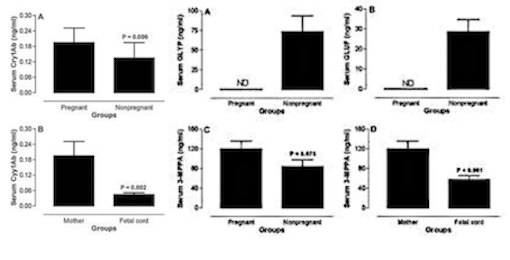
- aris_leblanc_2011_-.png
- 510×260
- 2018/01/25 15:19
- 79.9 KB
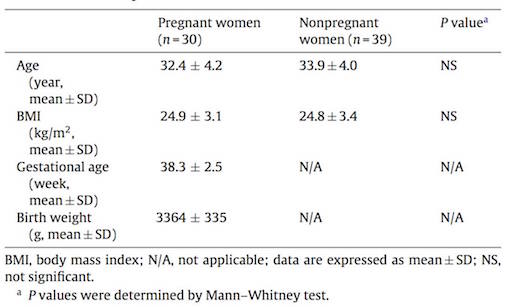
- aris_leblanc_2011_.jpg
- 510×307
- 2018/01/25 15:19
- 28.3 KB
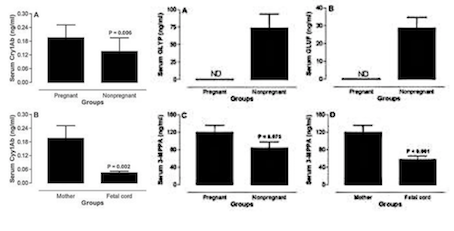
- aris_leblanc_2011_.png
- 454×231
- 2018/01/25 15:19
- 63.4 KB
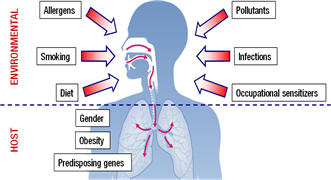
- ash.png
- 331×180
- 2018/01/25 15:19
- 36.8 KB

- asmr.pptx
- 2020/03/24 17:25
- 6.7 MB
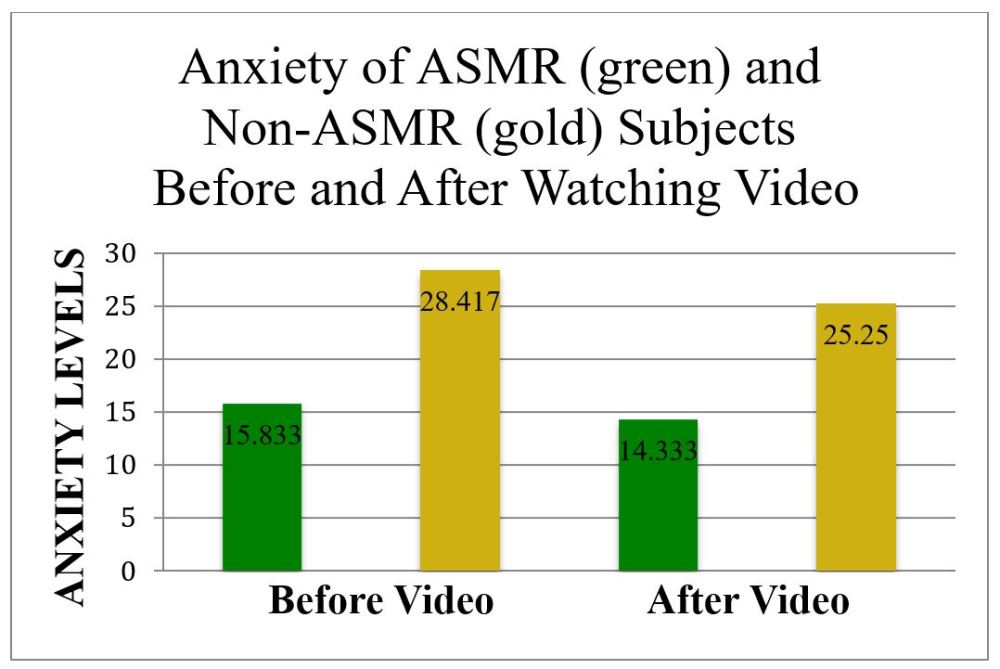
- asmr_anxiety.jpg
- 1000×669
- 2020/03/27 22:43
- 63.2 KB
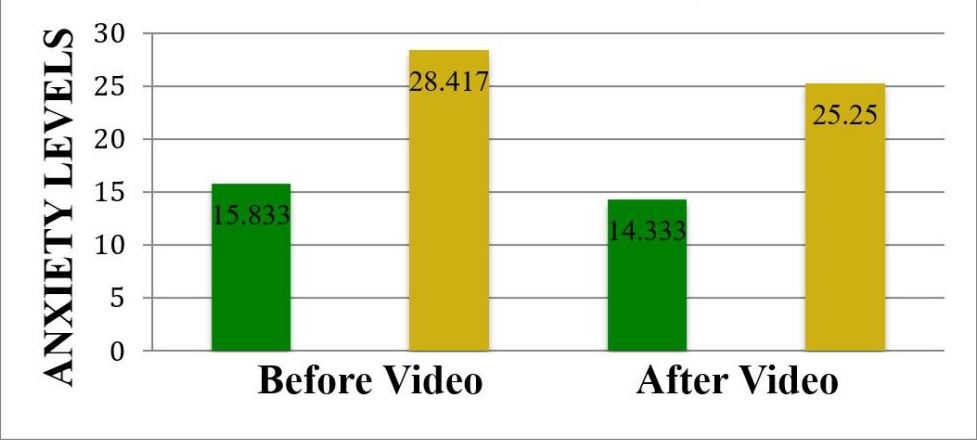
- asmr_anxiety_1.jpg
- 977×440
- 2020/03/27 22:46
- 43 KB
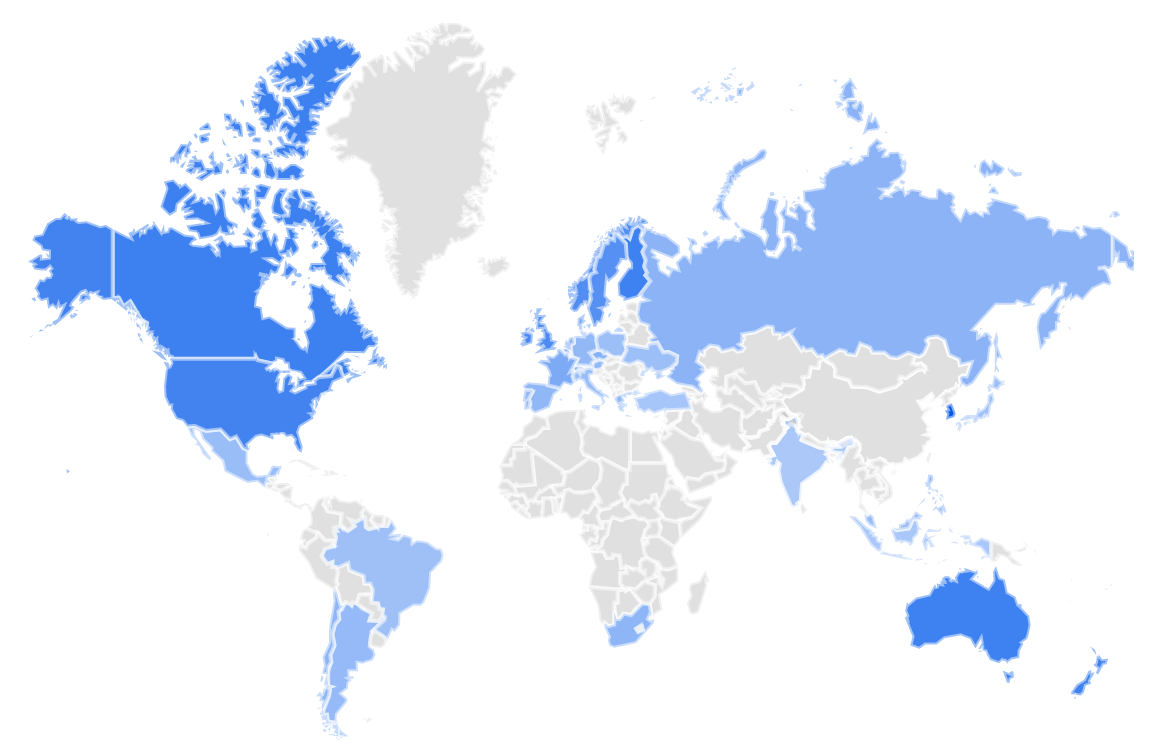
- asmr_by_region.png
- 1174×756
- 2020/03/27 22:00
- 210 KB

- asmr_chill.jpg
- 1356×845
- 2020/03/27 22:13
- 276.2 KB

- asthma.jpg
- 819×270
- 2018/01/25 15:19
- 33.1 KB

- asthma.pptx
- 2018/01/25 15:19
- 3.6 MB

- asthma_1.jpg
- 815×234
- 2018/01/25 15:19
- 30.7 KB
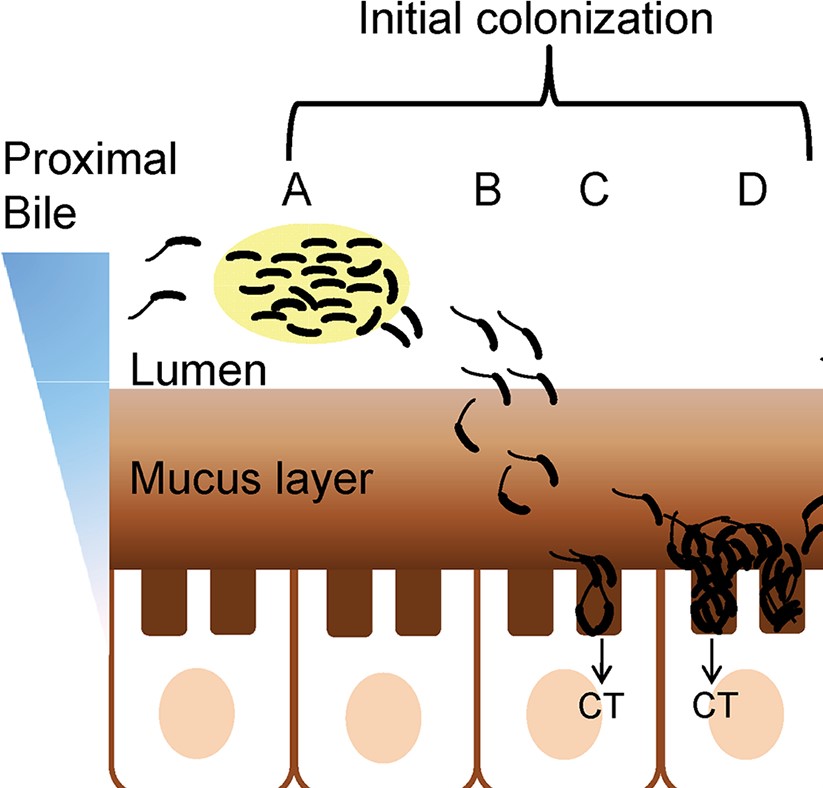
- attachment.jpg
- 823×788
- 2020/02/19 00:35
- 116.1 KB
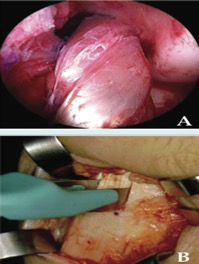
- autograft.jpg
- 199×264
- 2018/01/25 15:19
- 18.2 KB
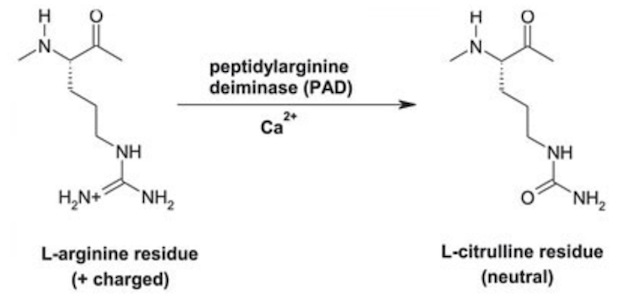
- autom.png
- 624×298
- 2018/01/25 15:19
- 85.6 KB
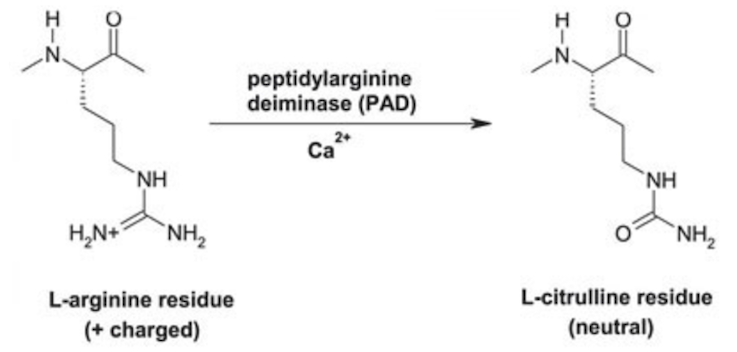
- autom1.png
- 737×352
- 2018/01/25 15:19
- 112.8 KB
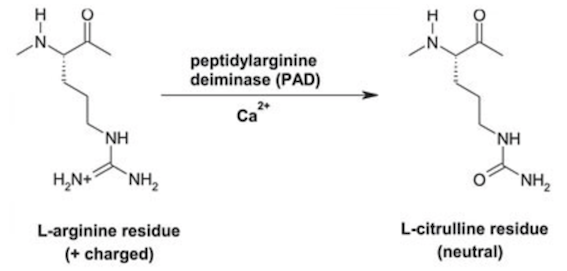
- autom1a.png
- 567×271
- 2018/01/25 15:19
- 75 KB

- avastin.png
- 769×419
- 2018/01/25 15:19
- 269.7 KB

- axovant-parkinsons-disease-motor-symptoms.jpg
- 800×1062
- 2019/01/31 15:49
- 84.3 KB
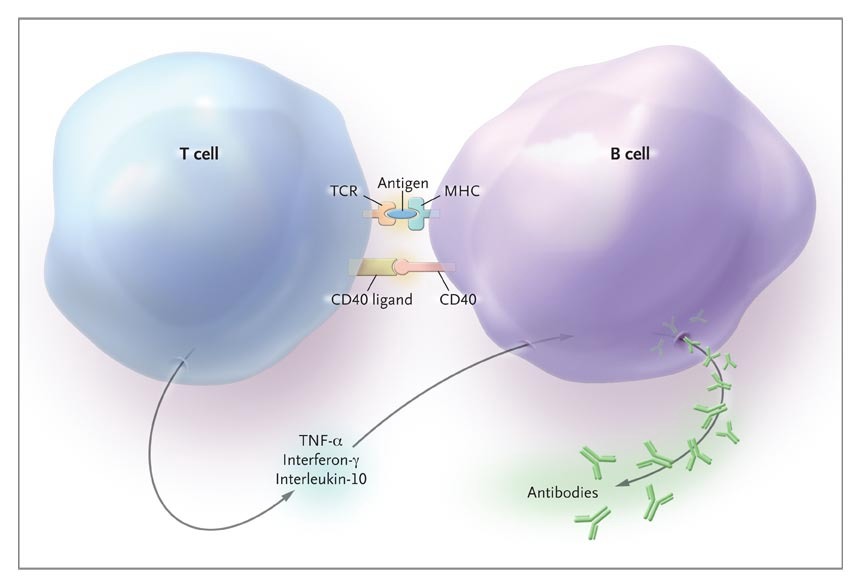
- b_cell.jpeg
- 861×587
- 2018/11/30 21:42
- 38.5 KB
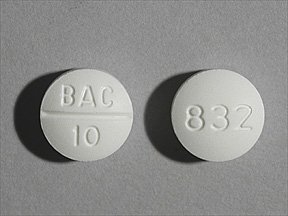
- bac.jpg
- 288×216
- 2019/03/08 23:15
- 11 KB

- baffin.png
- 580×564
- 2018/01/25 15:19
- 483.1 KB

- bag.jpg
- 768×512
- 2019/03/08 23:35
- 33.4 KB
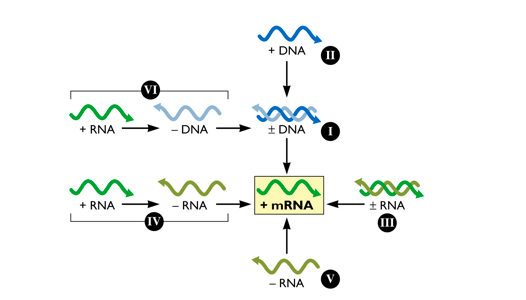
- baltimore_classification.png
- 526×300
- 2018/01/25 15:19
- 43 KB

- bariatric_surgery.png
- 962×446
- 2018/02/02 18:32
- 395.5 KB
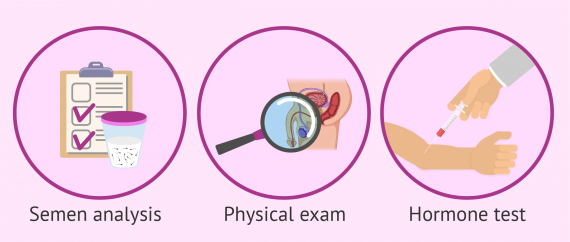
- basic-diagnostic-tests-to-tell-if-a-man-is-fertile-570x242.png
- 570×242
- 2018/11/30 23:04
- 69.5 KB

- baux.png
- 952×78
- 2018/01/25 15:19
- 23.4 KB

- behavioural_pic.png
- 625×623
- 2018/01/25 15:19
- 489.8 KB
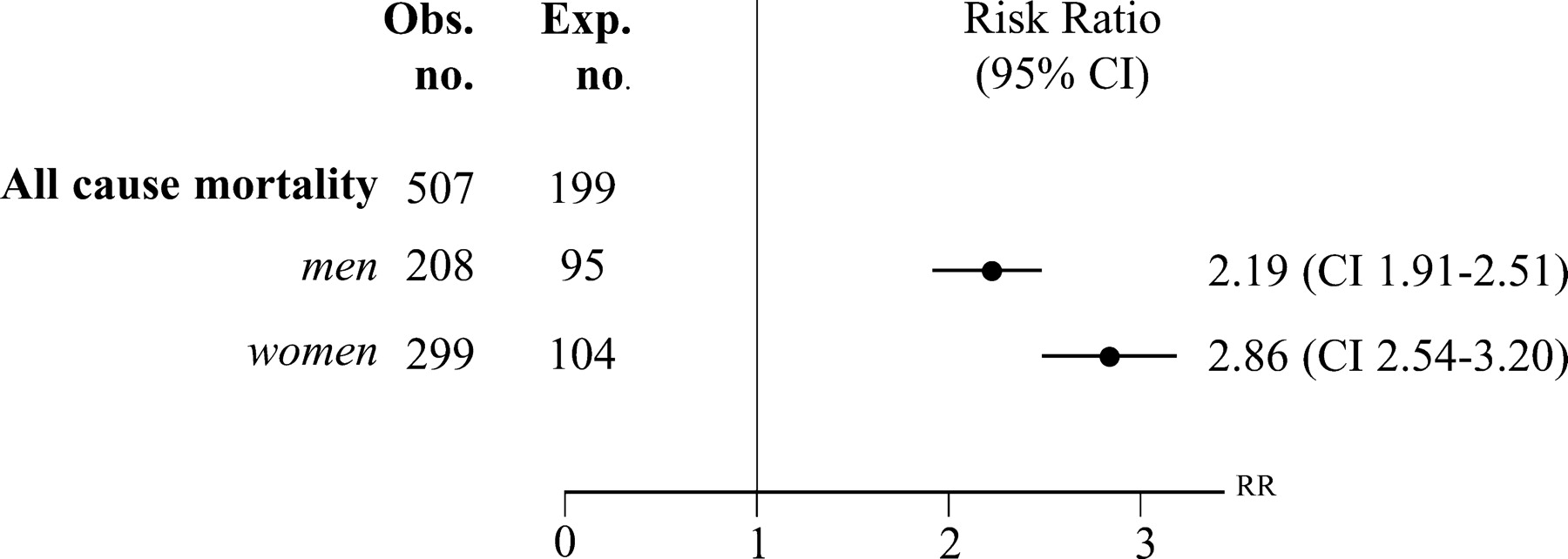
- berg_image.jpeg
- 1800×642
- 2018/01/25 15:19
- 65.5 KB
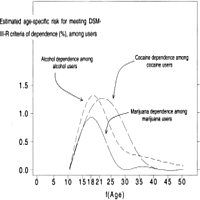
- bilala.jpg
- 200×200
- 2018/01/25 15:19
- 7.4 KB
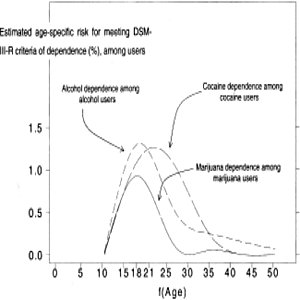
- bilalthegreat.jpg
- 300×300
- 2018/01/25 15:19
- 13.7 KB
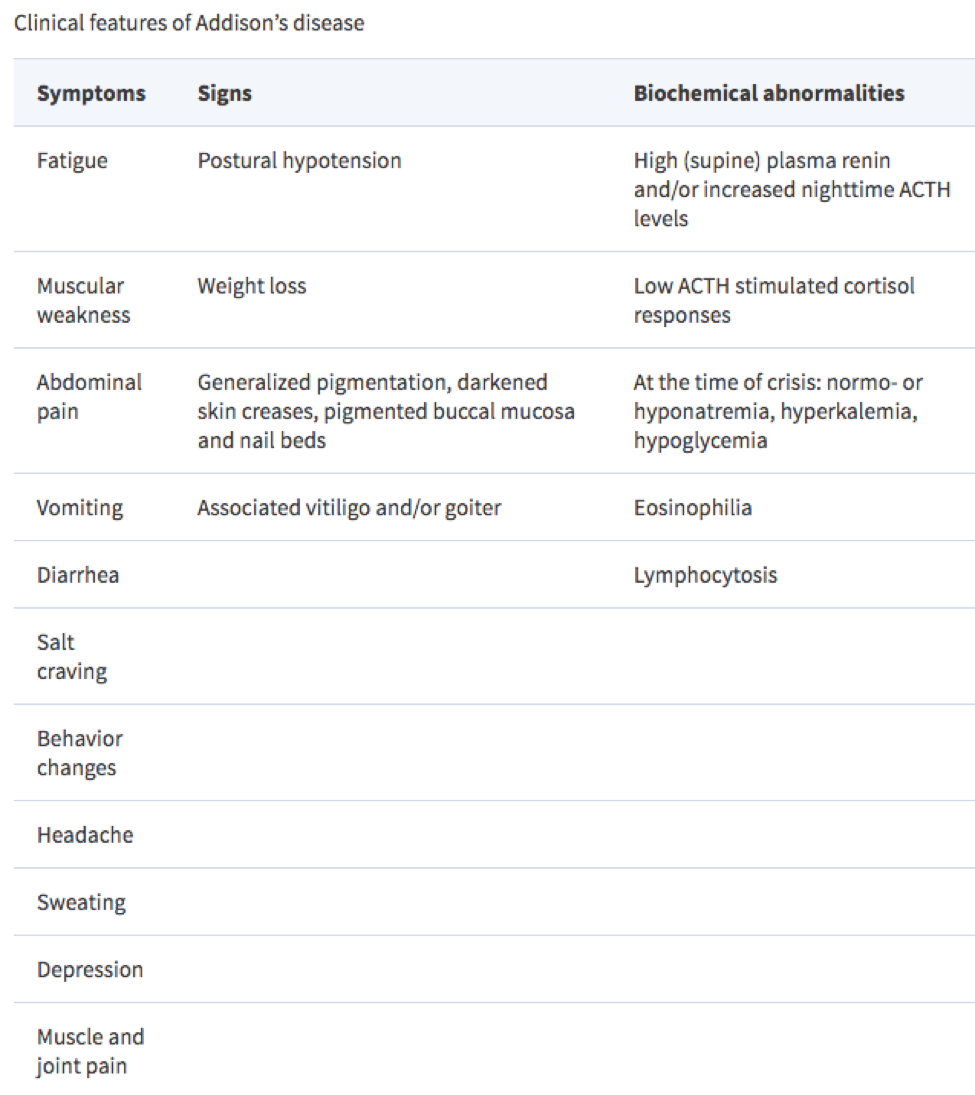
- biochem.png
- 975×1095
- 2018/01/25 15:19
- 247.5 KB

- biological_basis_of_sexuality_4m03_presentation_3_.pptx
- 2018/03/31 14:59
- 3.5 MB
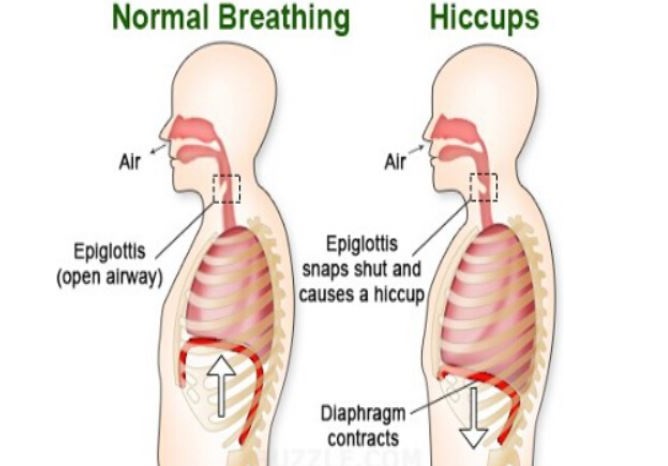
- biologyof.jpg
- 668×466
- 2019/03/08 23:30
- 57.1 KB

- bipolar_disorder_.pptx
- 2018/01/25 15:19
- 2.9 MB
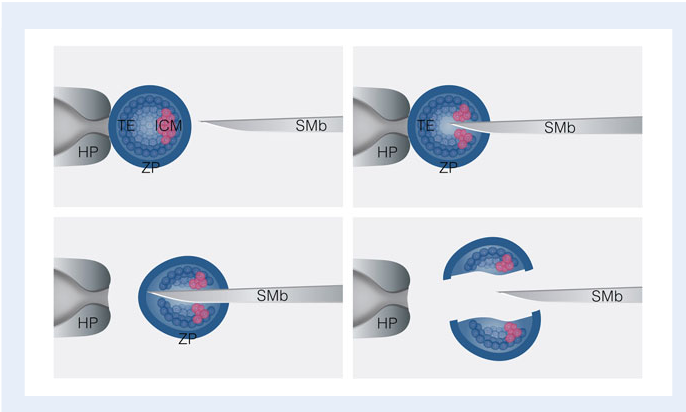
- bisection.png
- 686×412
- 2020/02/28 19:23
- 105.9 KB
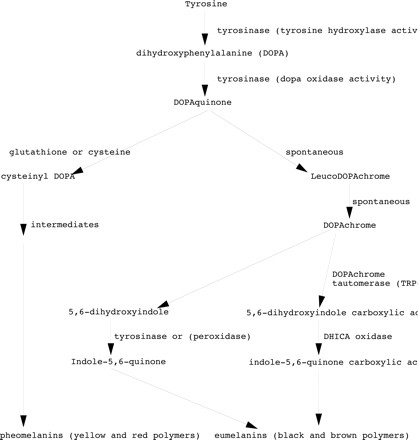
- bjophthalmol-1998-february-82-2-189-f1.medium.gif
- 418×440
- 2018/11/27 19:32
- 21 KB
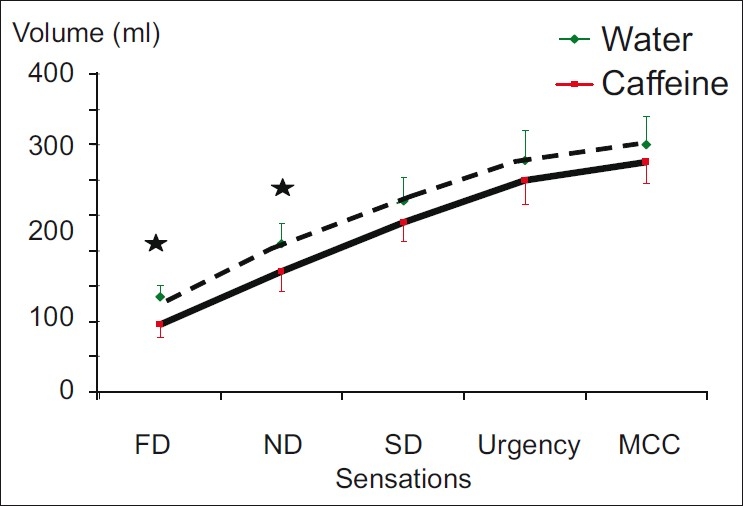
- bladder_function.jpg
- 743×506
- 2018/03/02 13:09
- 71.9 KB
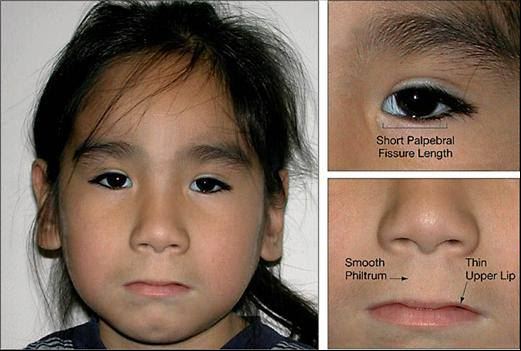
- blah.jpg
- 521×351
- 2018/01/25 15:19
- 40 KB
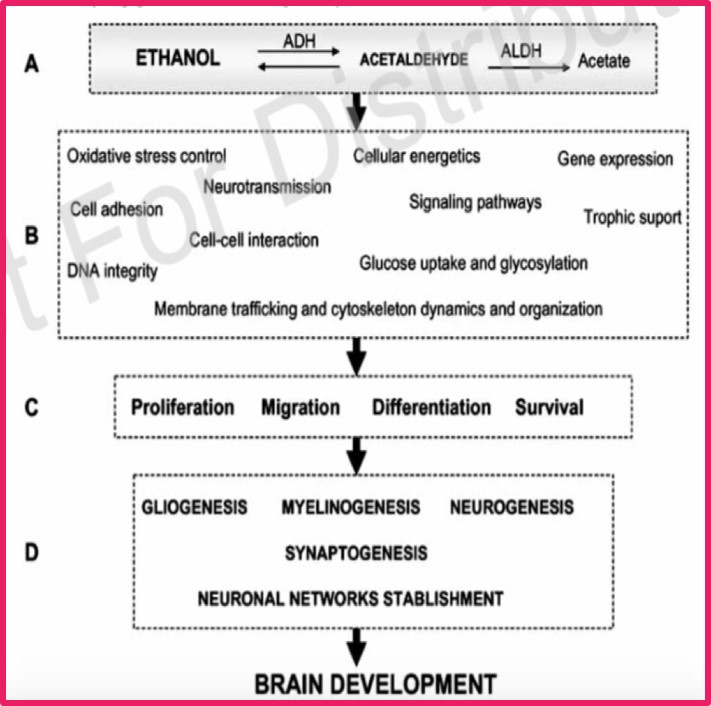
- blah_the_return.jpg
- 711×706
- 2018/01/25 15:19
- 87 KB
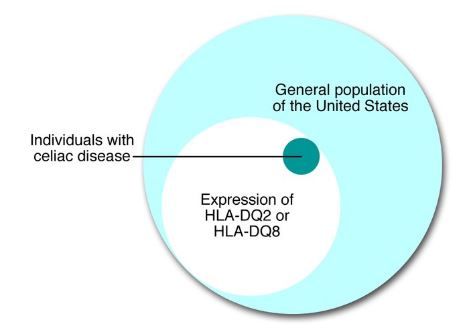
- blahblah.jpg
- 457×326
- 2018/01/25 15:19
- 20.4 KB
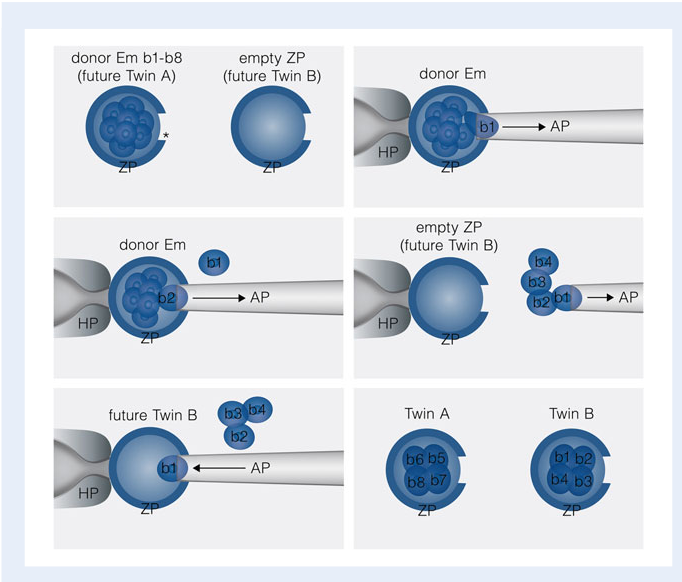
- blasto.png
- 682×582
- 2020/02/28 19:10
- 199.3 KB
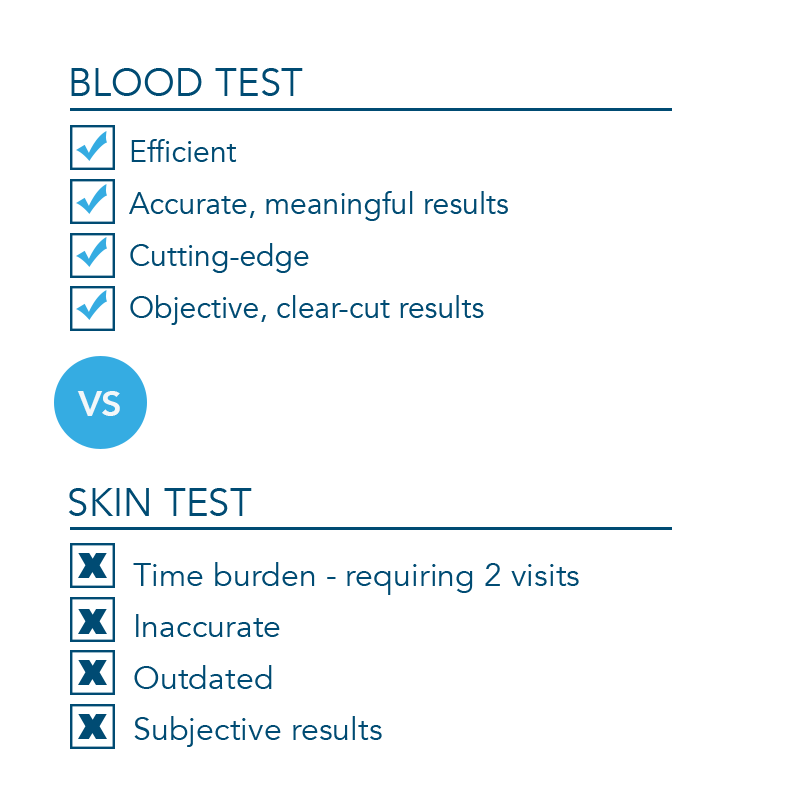
- blood_test_vs_skin_test.png
- 800×800
- 2018/11/01 16:55
- 47.6 KB
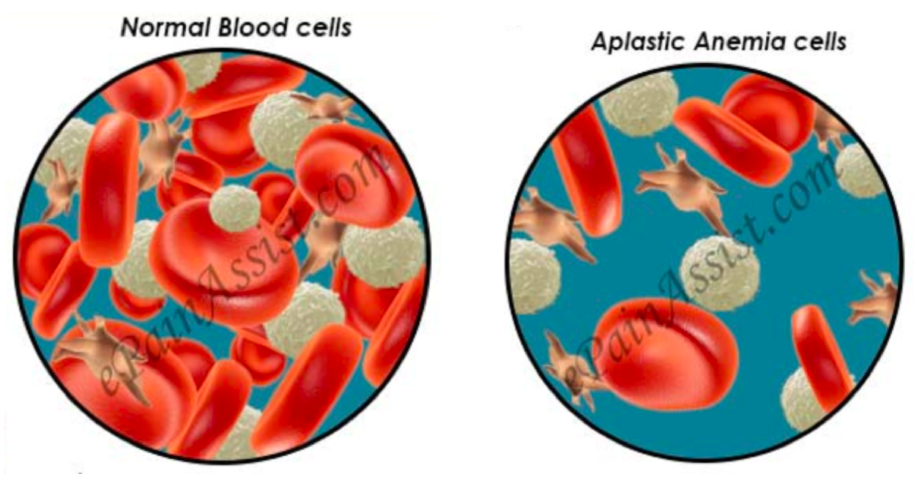
- bloodcells_aplastic.png
- 918×480
- 2018/01/25 15:19
- 585.1 KB
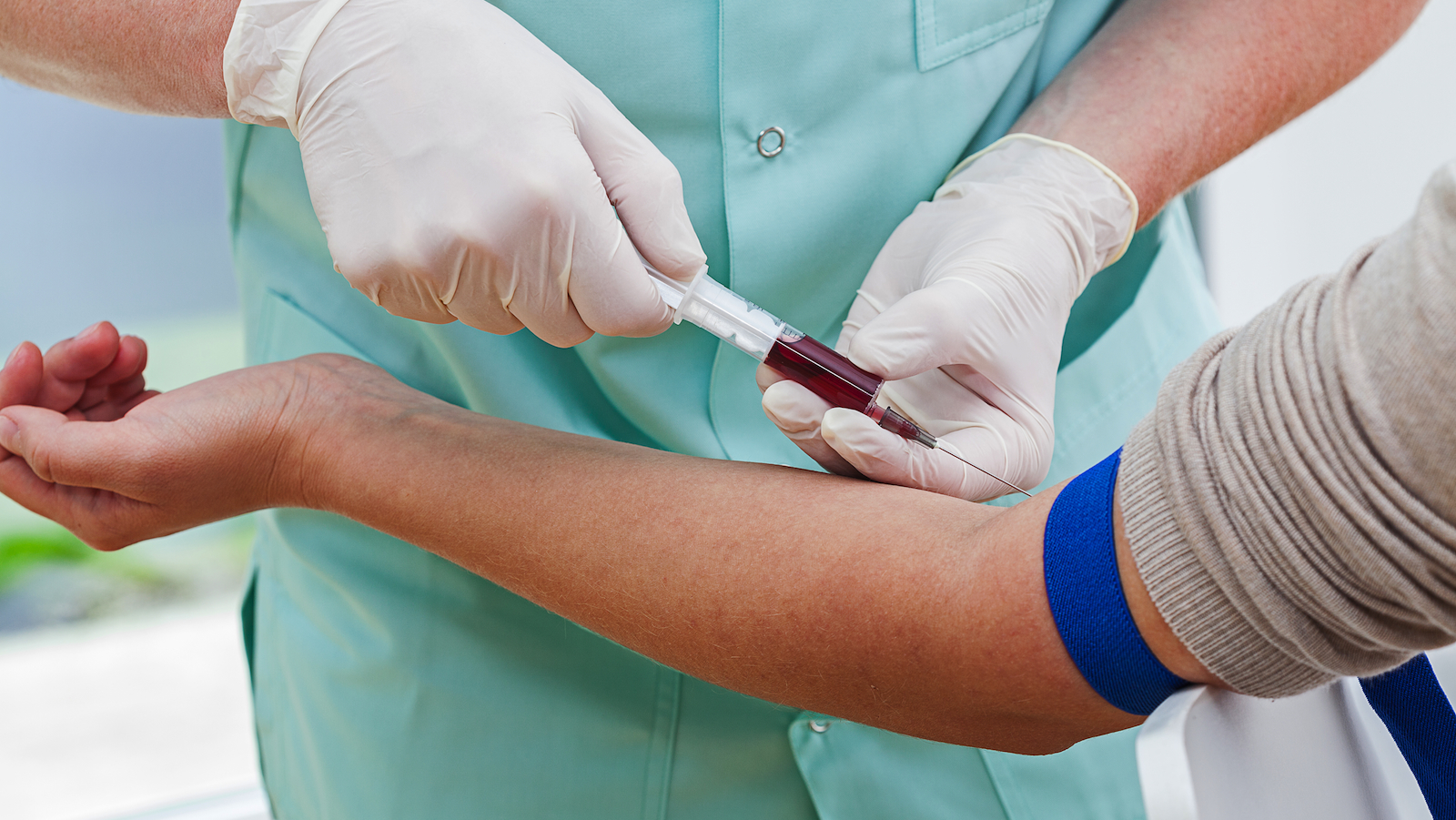
- bloodtest.jpg
- 1600×901
- 2018/11/30 23:17
- 1.4 MB
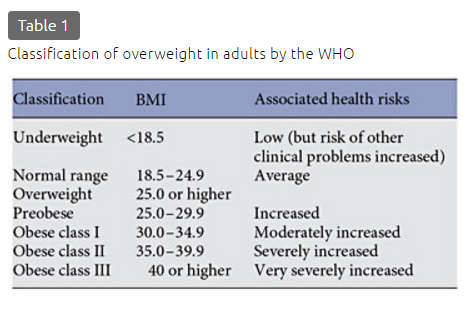
- bmi_classification.png
- 476×310
- 2018/01/25 15:19
- 109.4 KB
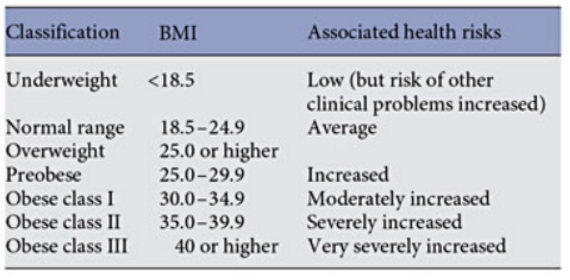
- bmi_classification_final.png
- 570×280
- 2018/01/25 15:19
- 156.6 KB
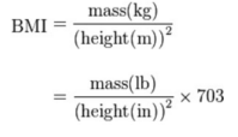
- bmi_formula.png
- 238×137
- 2018/01/25 15:19
- 13.4 KB
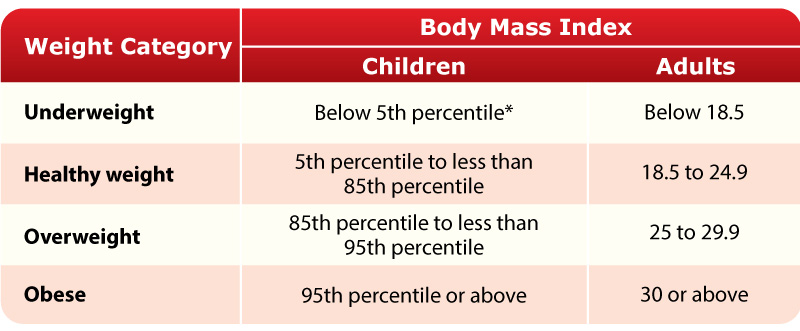
- bmi_table_children_and_adults.jpg
- 800×331
- 2019/04/04 18:44
- 73 KB
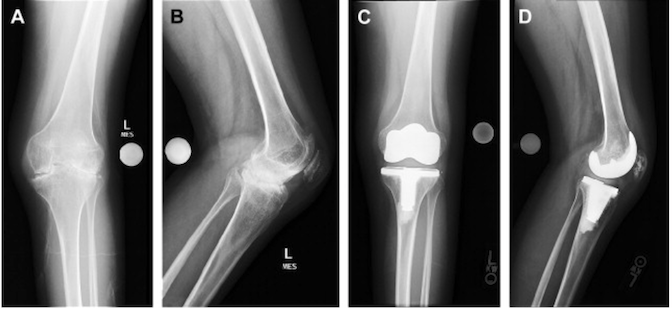
- bone.png
- 672×309
- 2018/01/25 15:19
- 162 KB
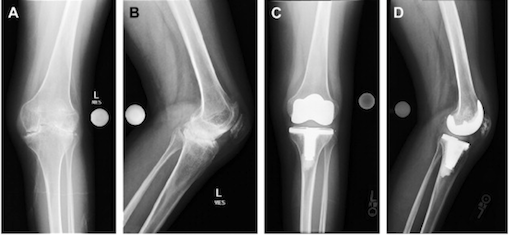
- bone1.png
- 510×235
- 2018/01/25 15:19
- 109.2 KB
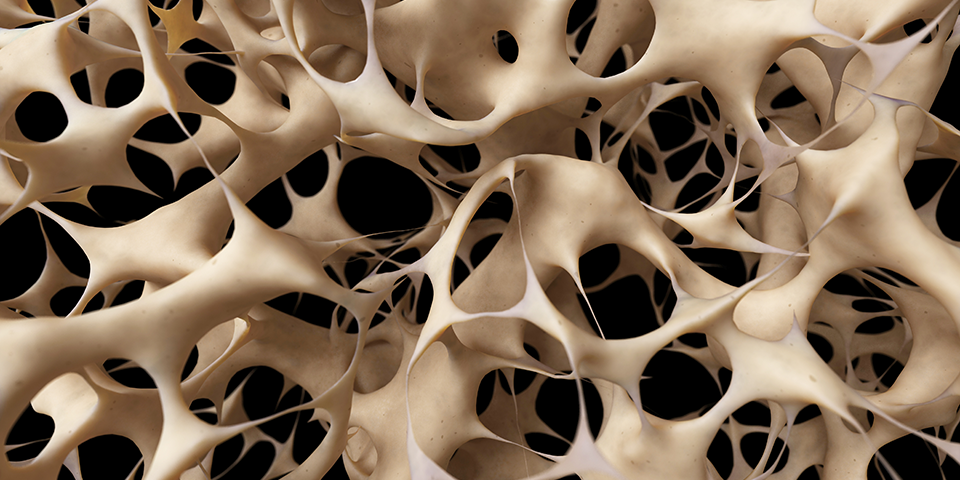
- bonecells.png
- 960×480
- 2018/09/26 23:58
- 618 KB
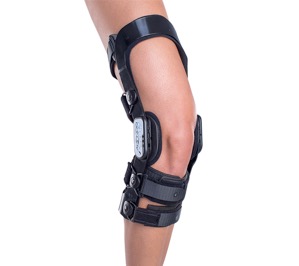
- brace.jpg
- 299×266
- 2018/01/25 15:19
- 10.2 KB

- brain-w550.jpg
- 550×252
- 2018/01/25 15:19
- 124.3 KB

- brain.gif
- 338×253
- 2018/03/02 11:11
- 25.6 KB
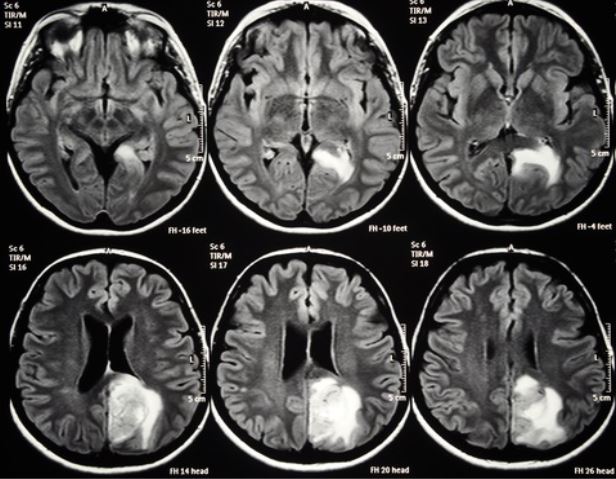
- brain.jpg
- 616×479
- 2019/03/08 23:23
- 69.5 KB
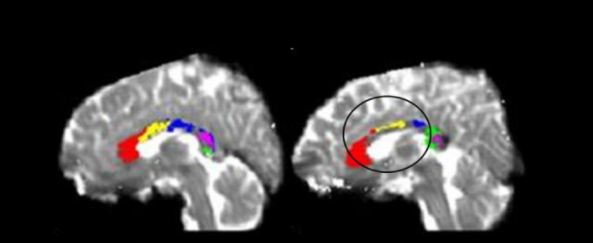
- brain.png
- 593×243
- 2018/01/25 15:19
- 105.7 KB

- brain_comparison.pdf
- 2018/01/25 15:19
- 570 KB

- brain_comparison.png
- 576×574
- 2018/01/25 15:19
- 428.2 KB
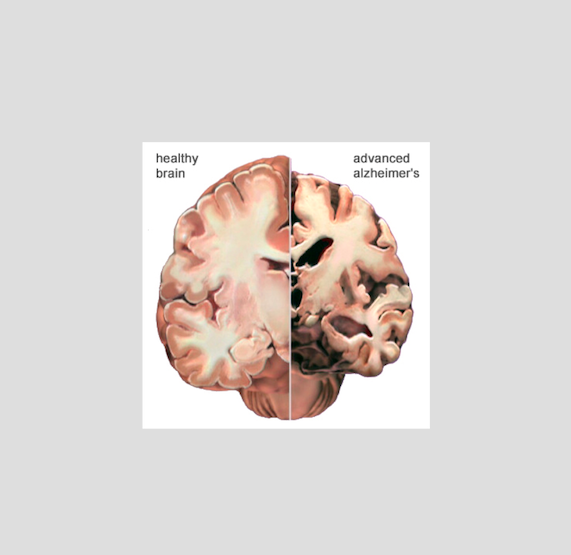
- brain_difference.png
- 571×555
- 2018/01/25 15:19
- 149.3 KB
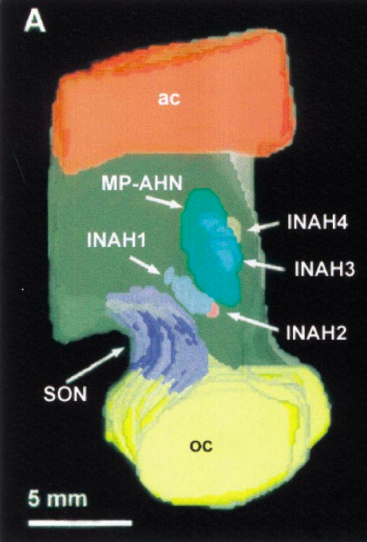
- brain_image_screen_shot_2018-03-13_at_12.19.07_pm.png
- 367×542
- 2018/03/28 14:09
- 330.4 KB

- brain_regions.jpg
- 400×261
- 2018/03/30 17:36
- 20.4 KB

- brainjt.png
- 708×415
- 2018/01/25 15:19
- 111.5 KB
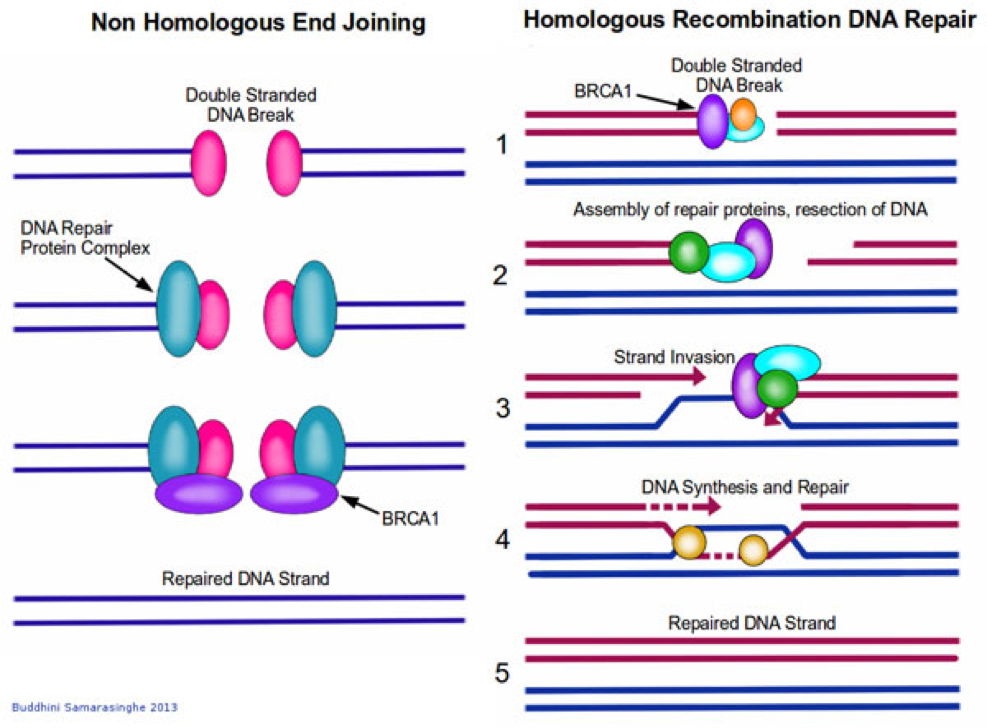
- brca.png
- 987×728
- 2018/01/25 15:19
- 526.8 KB

- breadbun.jpg
- 553×365
- 2018/01/25 15:19
- 58.1 KB

- breast.png
- 1413×1054
- 2018/01/25 15:19
- 1.5 MB

- breast_2.png
- 1000×746
- 2018/01/25 15:19
- 597.9 KB

- breast_21-2.png
- 800×596
- 2018/01/25 15:19
- 392.2 KB

- breast_21.png
- 900×671
- 2018/01/25 15:19
- 496 KB

- breast_cancer_lemons.png
- 985×708
- 2018/01/25 15:19
- 817.8 KB
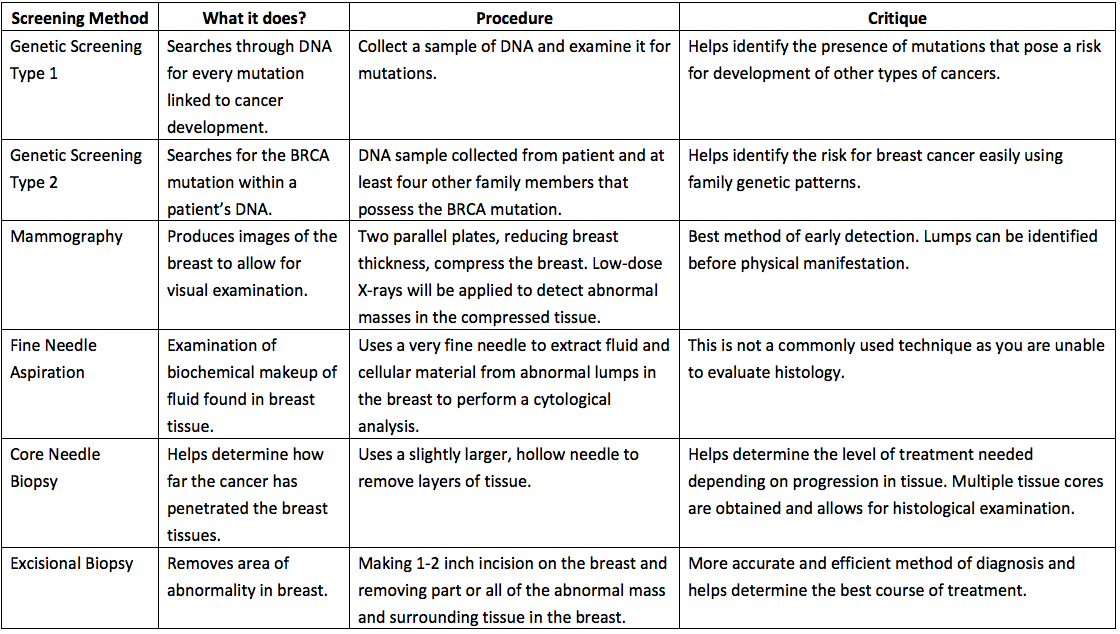
- breast_cancer_screening.png
- 1120×634
- 2018/01/25 15:19
- 161.3 KB
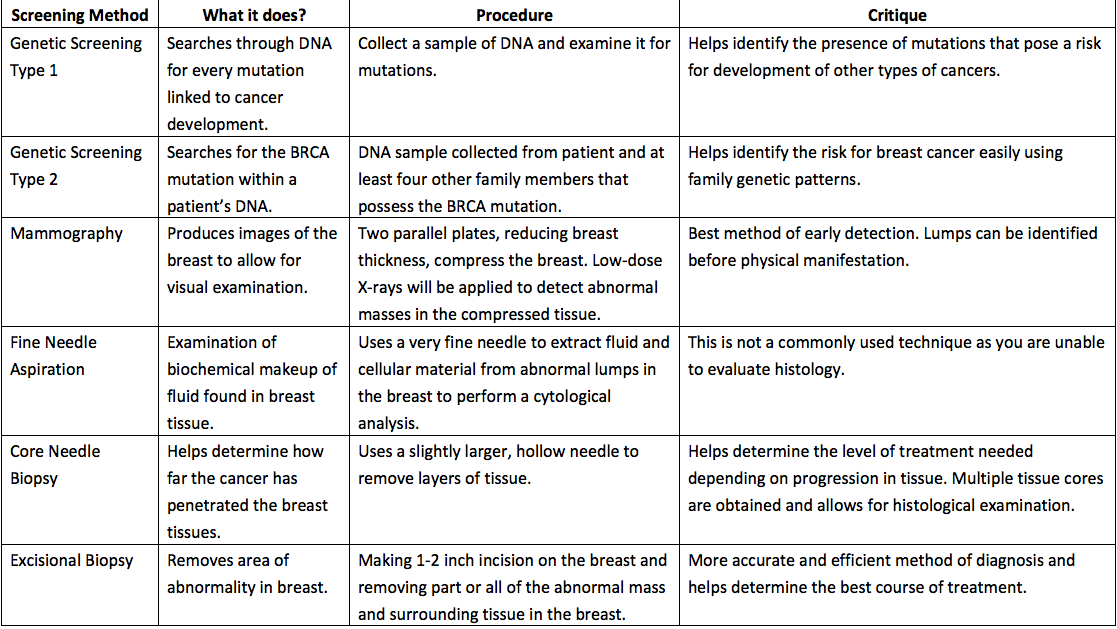
- breast_cancer_table.png
- 1117×629
- 2018/01/25 15:19
- 160.9 KB
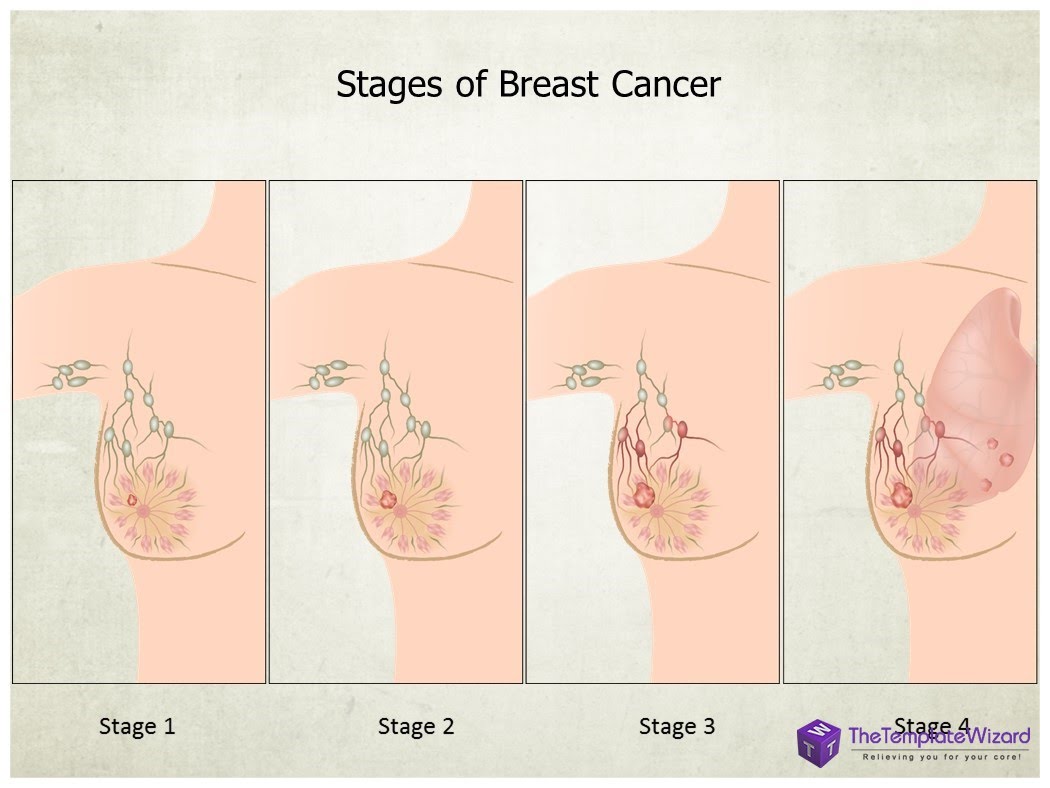
- breastcancerstages.jpg
- 1050×788
- 2018/01/25 15:19
- 85.3 KB

- brown-u-logo.png
- 810×440
- 2020/01/30 16:40
- 20.2 KB
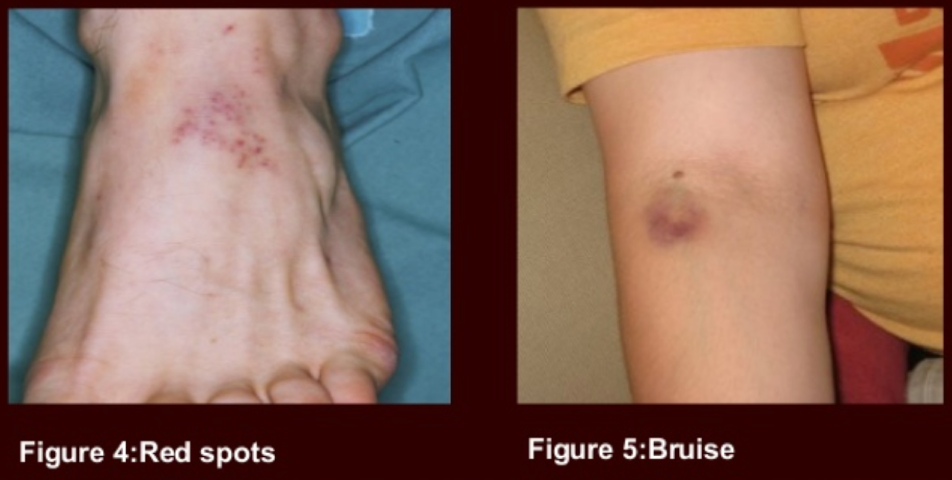
- bruise_clinical.png
- 952×480
- 2018/01/25 15:19
- 547.3 KB
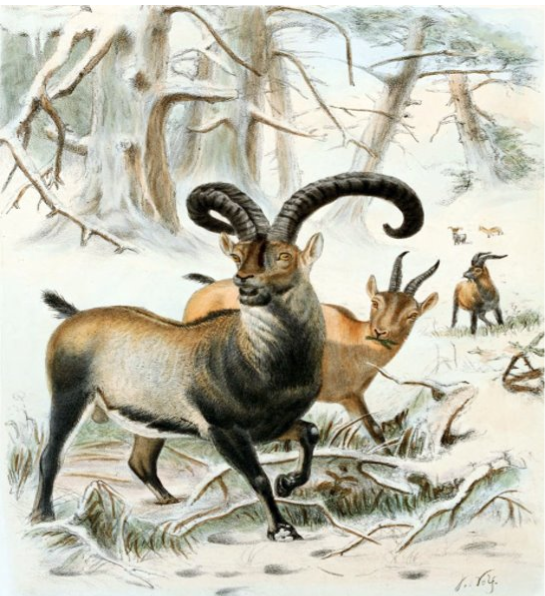
- bucardo.png
- 545×596
- 2020/02/28 20:18
- 529.3 KB
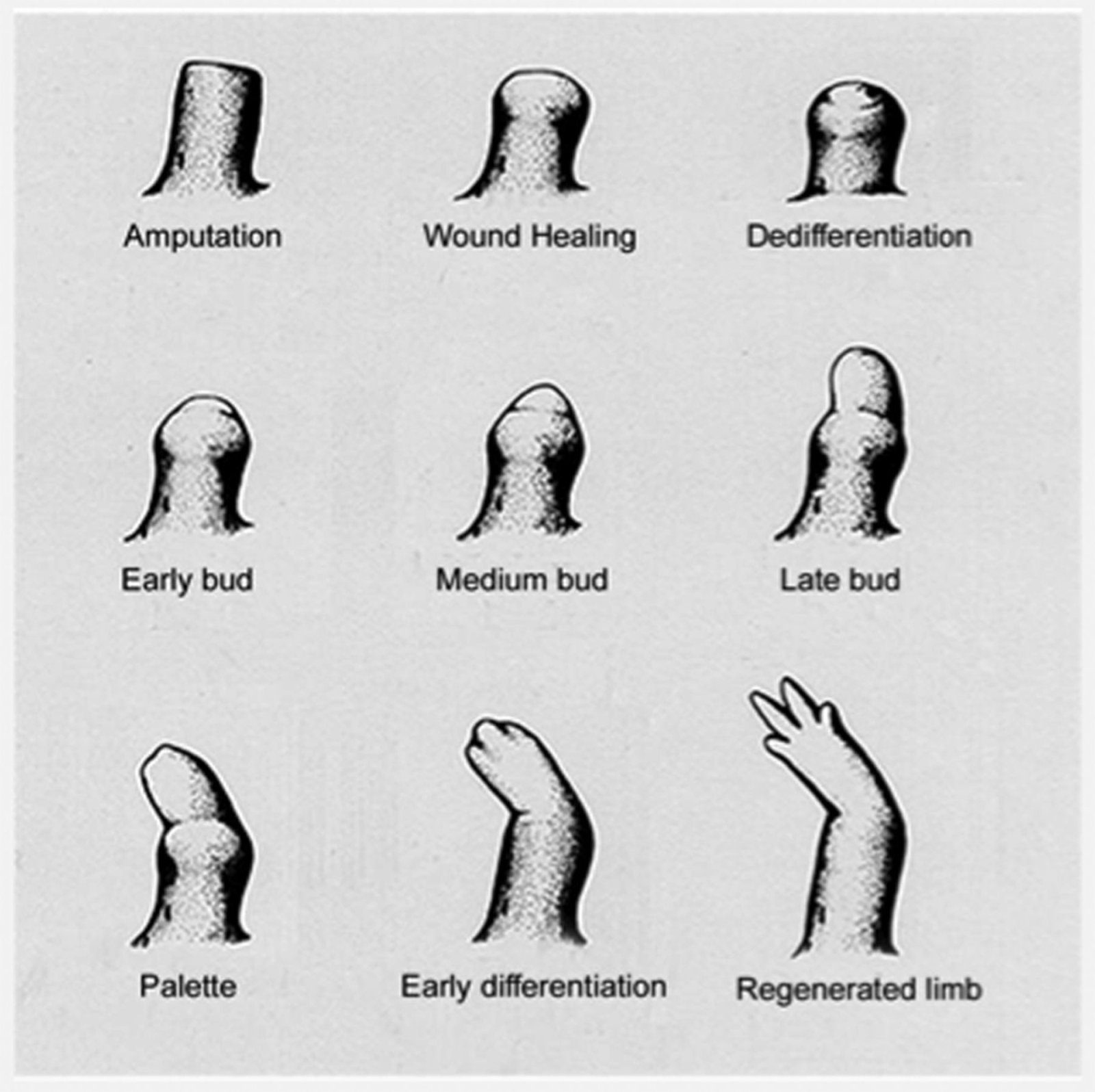
- buds.png
- 1600×1596
- 2019/01/31 19:32
- 2.1 MB

- bunina_bodies.png
- 508×138
- 2018/01/25 15:19
- 155.1 KB
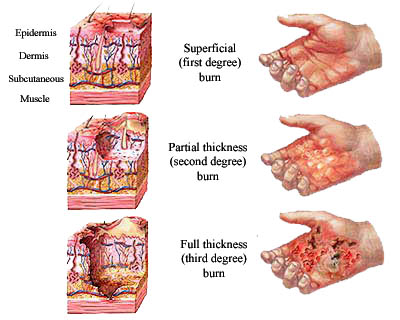
- burn-classification.jpg
- 400×320
- 2018/01/25 15:19
- 39.1 KB
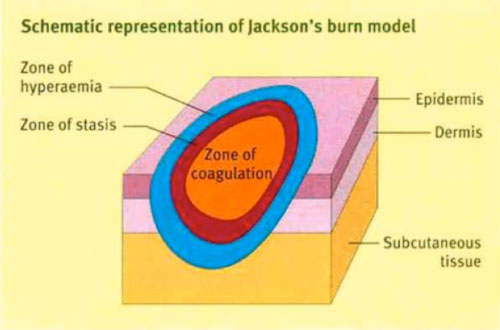
- burn_model.jpg
- 500×330
- 2018/01/25 15:19
- 25.5 KB

- burn_team_good_.jpeg
- 275×183
- 2018/01/25 15:19
- 9.7 KB
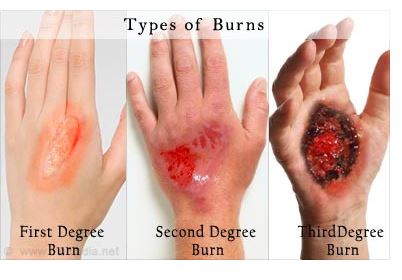
- burns-9.jpeg
- 402×280
- 2018/01/25 15:19
- 26.9 KB
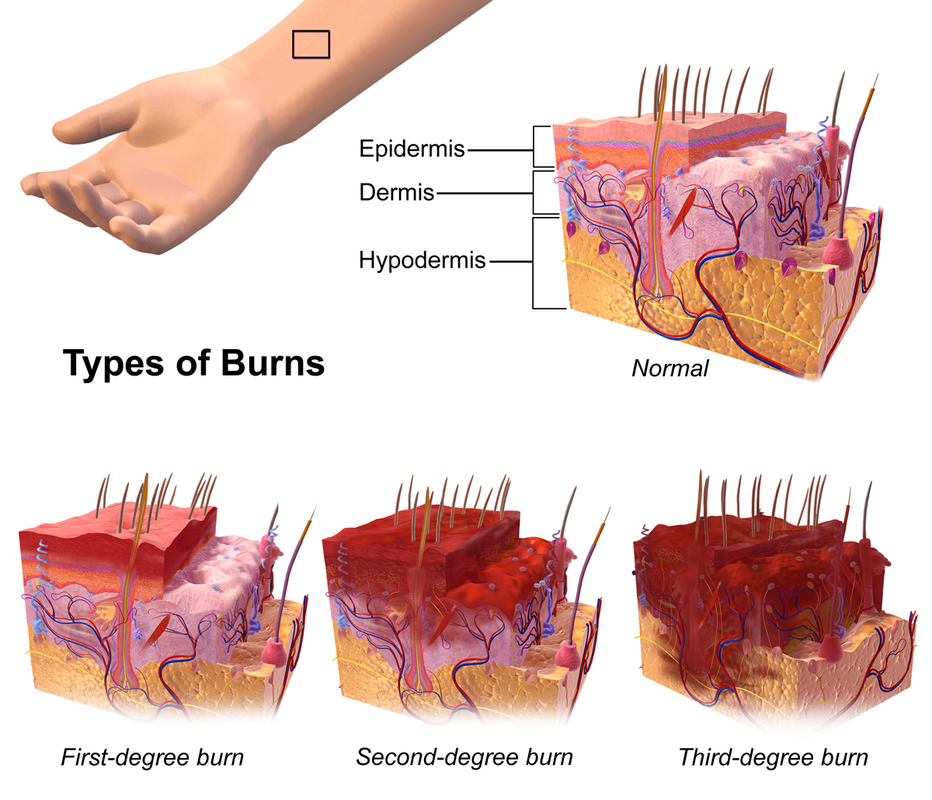
- burns.max-1000x800.png
- 932×800
- 2018/01/25 15:19
- 611.9 KB

- burns.pptx
- 2018/01/25 15:19
- 28.7 MB
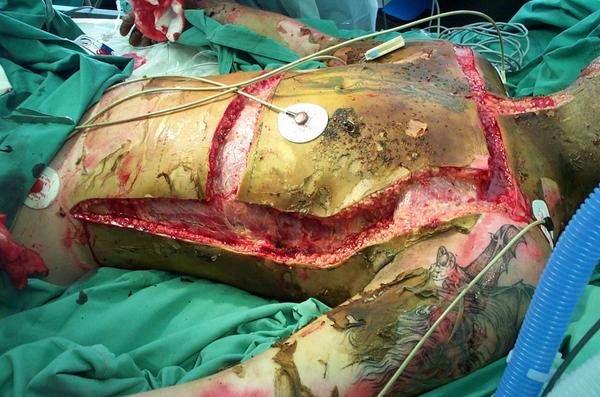
- bzbkzqviuaactno.jpg
- 600×397
- 2018/01/25 15:19
- 54.6 KB
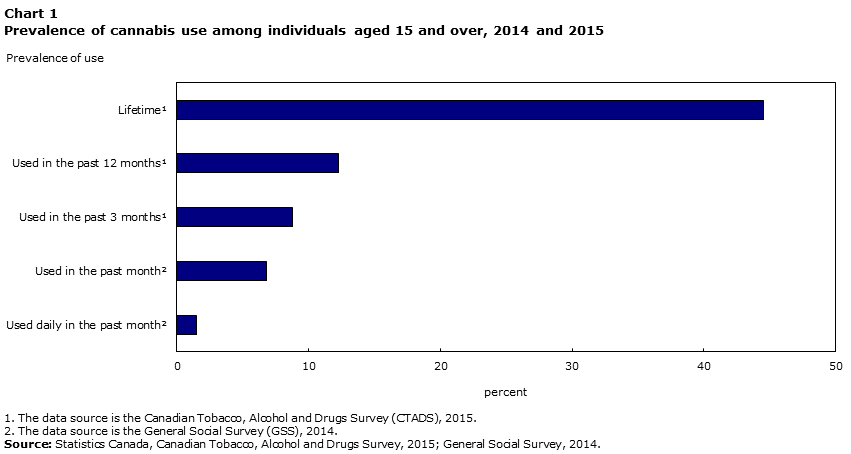
- c-g01-eng.gif
- 851×454
- 2018/11/28 17:52
- 11.2 KB

- c-g02-eng.gif
- 851×454
- 2018/11/28 17:54
- 14.8 KB
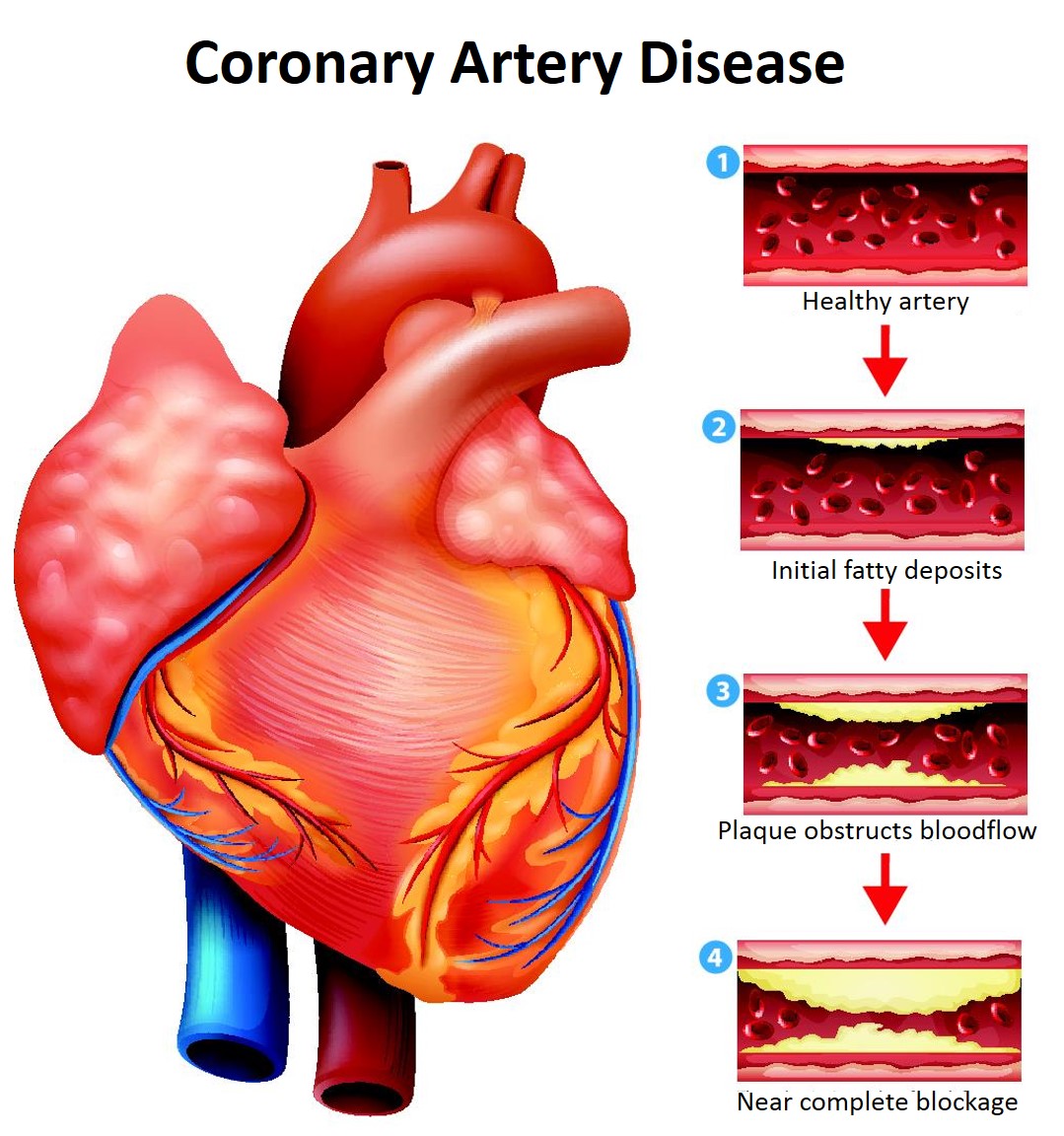
- cad.jpg
- 1079×1152
- 2018/01/25 15:19
- 232.4 KB
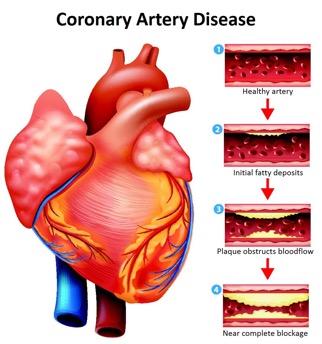
- cad1.jpg
- 322×344
- 2018/01/25 15:19
- 38.3 KB

- cadpres.pptx
- 2018/01/25 15:19
- 7 MB

- cadpres2.pptx
- 2018/01/25 15:19
- 6.7 MB

- cae.png
- 1042×704
- 2020/03/23 17:28
- 584.4 KB
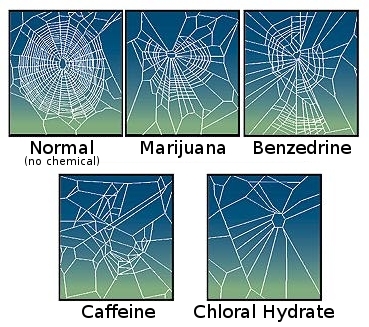
- caffeinatedspider.jpg
- 369×327
- 2018/03/02 00:09
- 97.7 KB
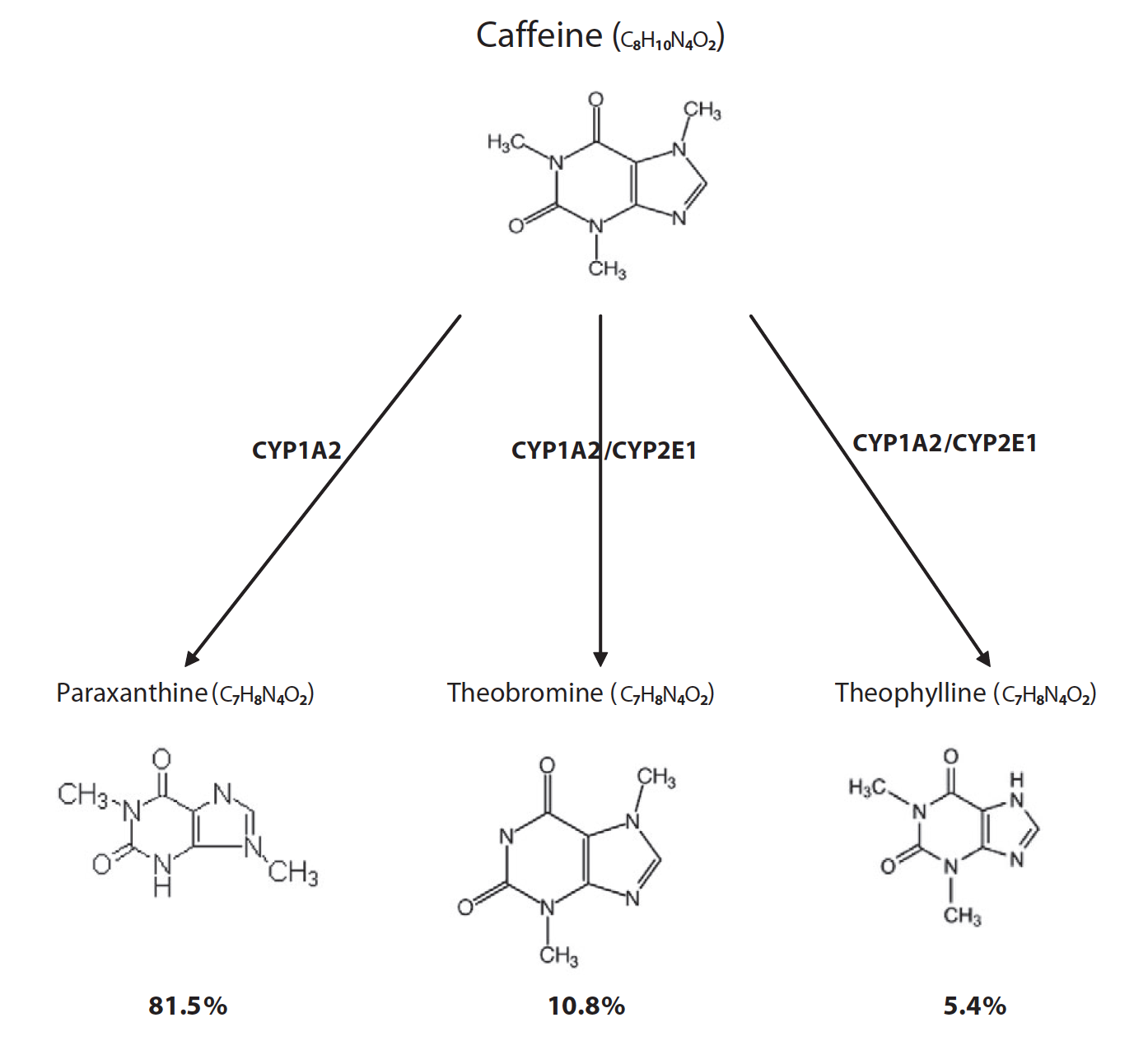
- caffeine-02-22_at_1.30.38_pm.png
- 1394×1264
- 2018/03/01 18:44
- 239.3 KB
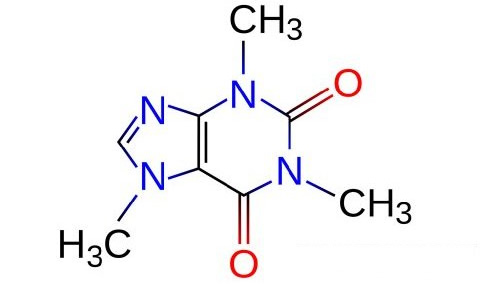
- caffeine-chemical-structure.jpg
- 489×284
- 2018/01/25 15:19
- 19.7 KB

- caffeine-works-coffee.jpg
- 328×225
- 2018/01/25 15:19
- 19.4 KB

- caffeine_structure.svg.png
- 512×497
- 2018/03/01 18:44
- 13.5 KB
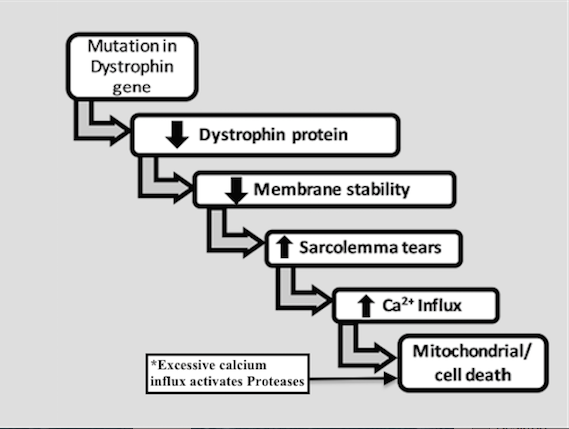
- calcium_hypothesis.png
- 569×429
- 2018/01/25 15:19
- 87.7 KB

- camh_logo.jpg
- 1440×865
- 2018/01/25 15:19
- 110.3 KB
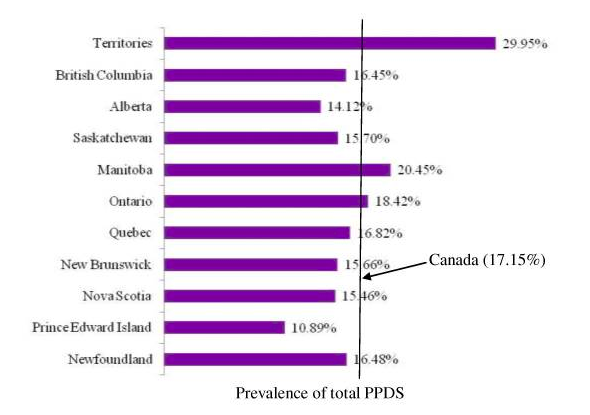
- canada_prevalence.png
- 590×415
- 2018/02/14 13:25
- 105.9 KB

- canadian_coffee_stats.png
- 481×288
- 2018/02/20 15:31
- 201.6 KB

- cancer.pptx
- 2020/03/26 12:25
- 105.7 MB
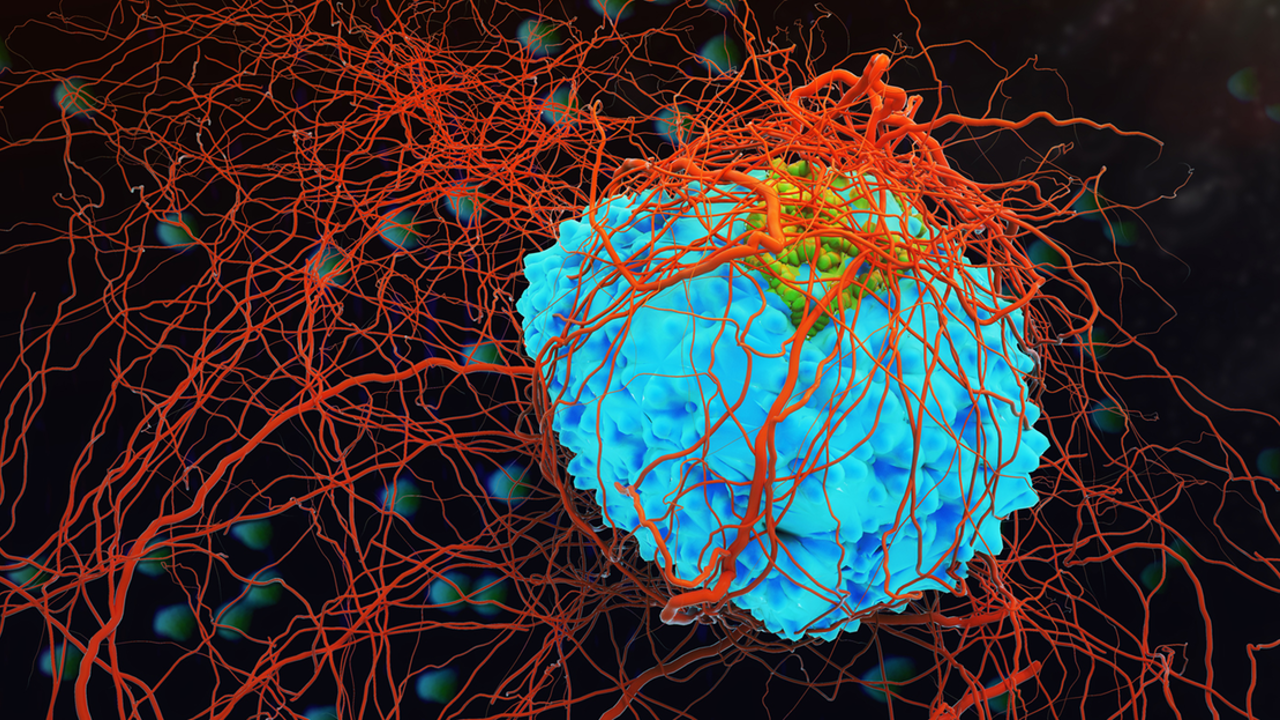
- cancerg2.png
- 1280×720
- 2020/03/24 21:39
- 2.1 MB
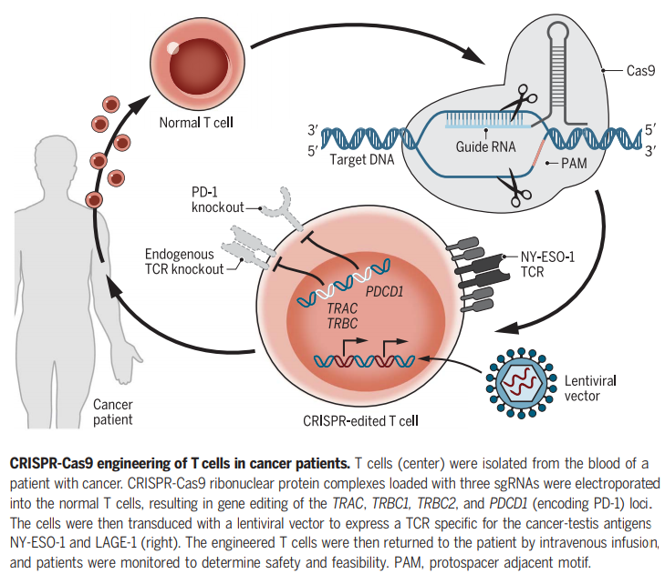
- cancerstudy.png
- 665×584
- 2020/03/26 20:31
- 279.5 KB

- cannabis_group_5.pptx
- 2018/11/30 23:16
- 5.6 MB

- capture.jpg
- 653×295
- 2020/02/23 22:23
- 33.7 KB
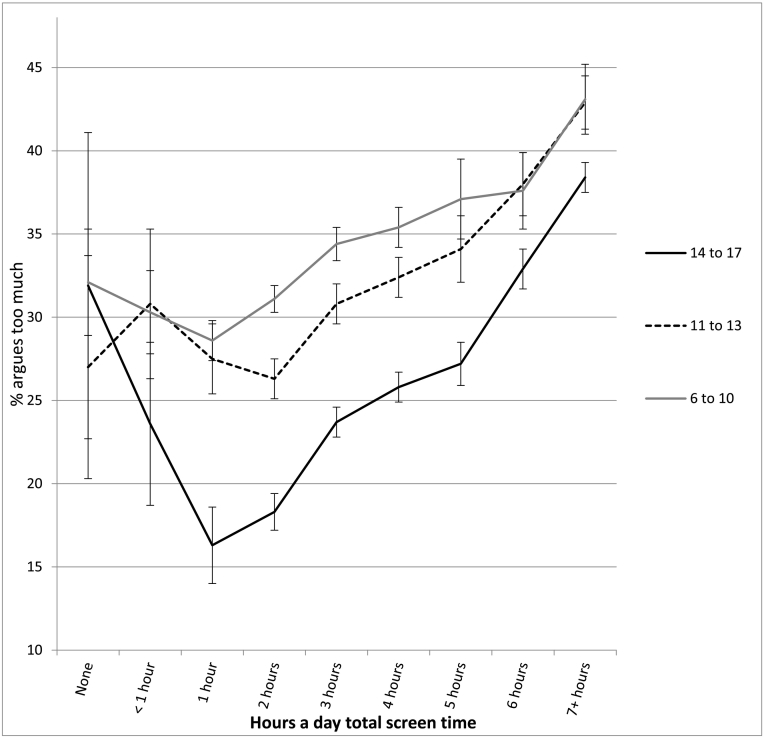
- caregivers.jpg
- 766×738
- 2020/02/23 17:40
- 73.3 KB
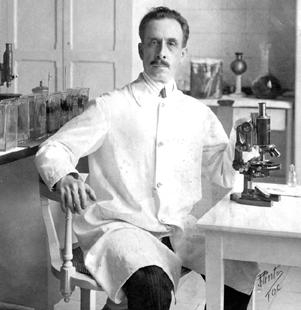
- carlos_chagas_2.jpg
- 301×310
- 2018/01/25 15:19
- 15.4 KB

- casee.png
- 330×186
- 2020/03/25 18:28
- 139.2 KB
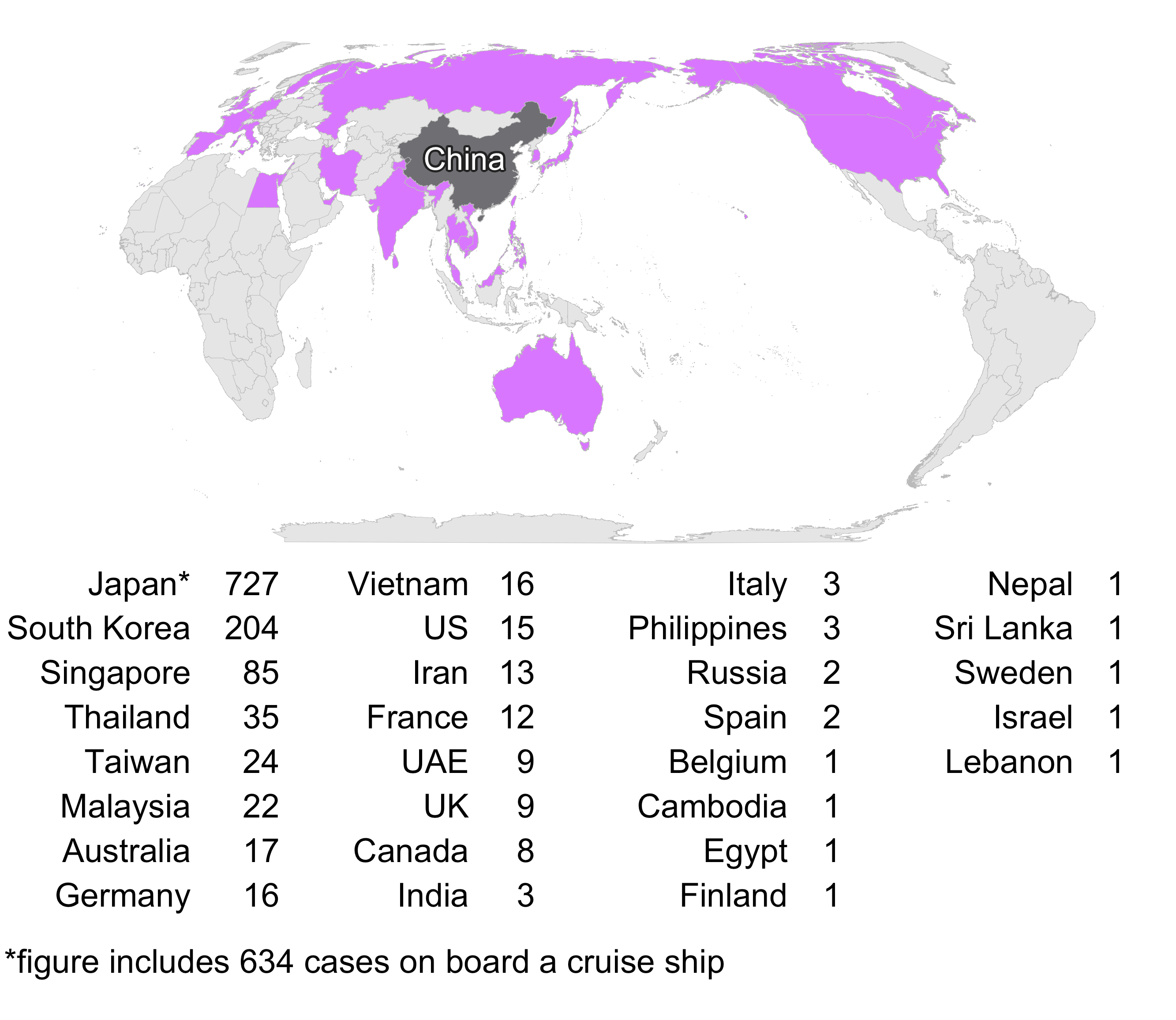
- cases_outside_china.png
- 2666×2312
- 2020/02/23 22:23
- 659.7 KB

- casp-blue-logo.png
- 525×488
- 2018/01/25 15:19
- 1020.2 KB

- casp_logo.png
- 400×400
- 2018/01/25 15:19
- 68.6 KB
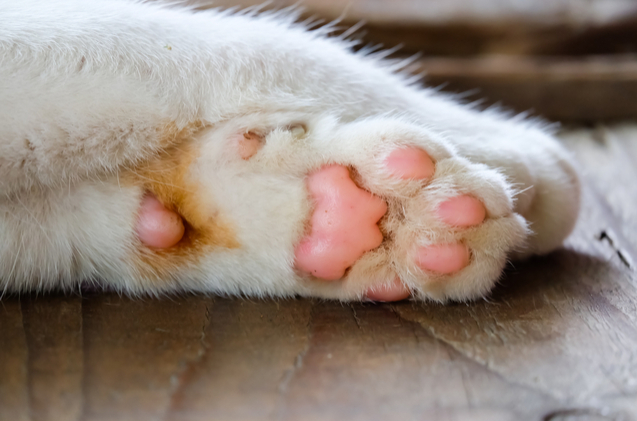
- cat-paw-reading.jpg
- 637×421
- 2018/09/28 20:12
- 242.3 KB

- cat.jpeg
- 259×195
- 2018/09/26 12:27
- 9.5 KB

- cat.jpg
- 600×400
- 2018/09/19 13:01
- 161.3 KB

- cat_and_dog.jpg
- 364×330
- 2018/09/19 12:14
- 116.8 KB
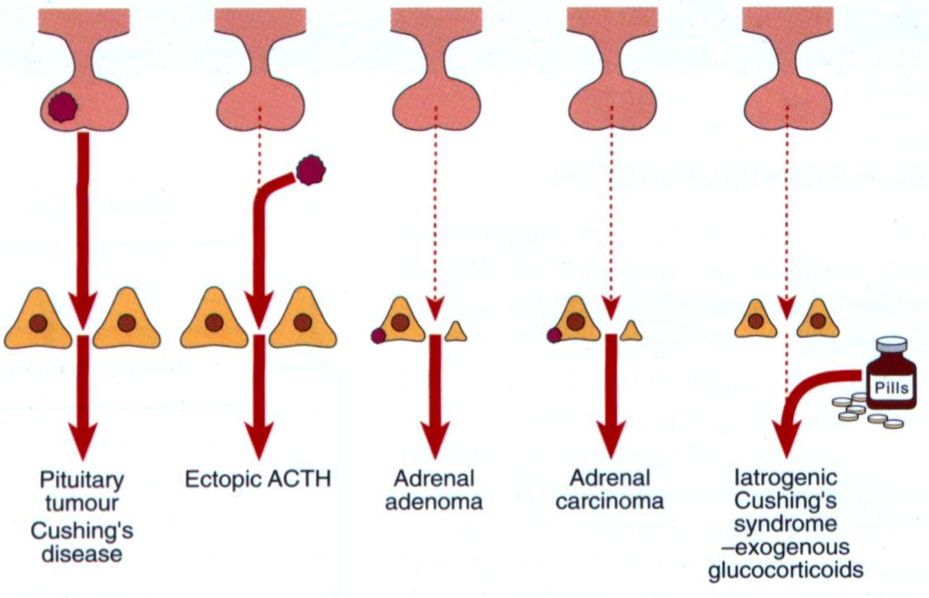
- causes.png
- 929×598
- 2018/01/25 15:19
- 401.9 KB
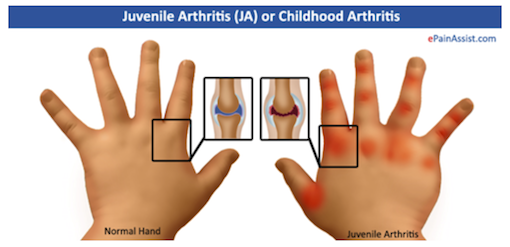
- causes_and_risk.png
- 510×247
- 2018/01/25 15:19
- 115.8 KB

- cbt.png
- 347×324
- 2018/01/25 15:19
- 53.4 KB

- ccfdc21f5111eb536e749ed25653435b.jpg
- 616×452
- 2018/11/27 19:28
- 51.3 KB

- cd8.png
- 920×266
- 2018/01/25 15:19
- 173 KB
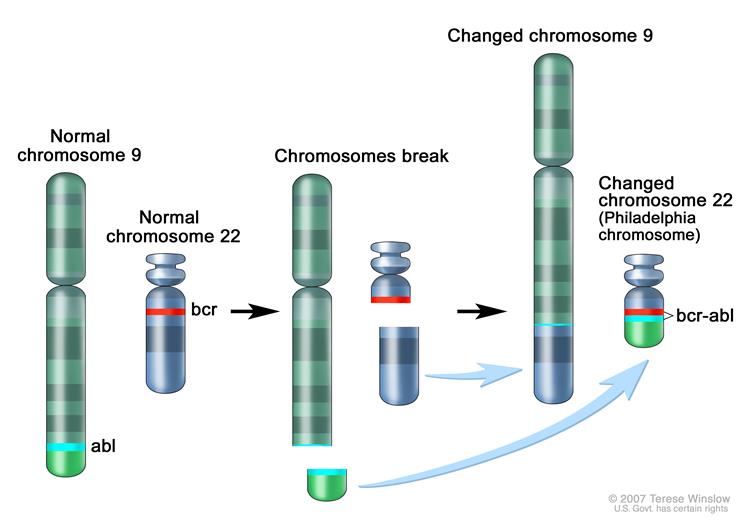
- cdr533336-750.jpg
- 750×523
- 2018/01/25 15:19
- 34.5 KB
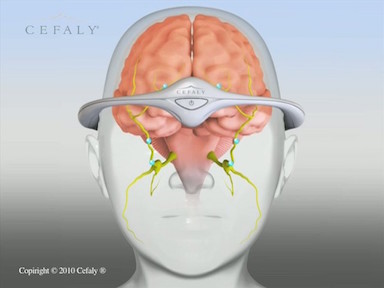
- cefaly_.jpg
- 384×288
- 2018/01/25 15:19
- 19.6 KB

- celebrities_are_dumb.jpg
- 334×546
- 2018/01/25 15:19
- 31.8 KB

- celiac_intro.jpg
- 1272×175
- 2018/01/25 15:19
- 34.4 KB
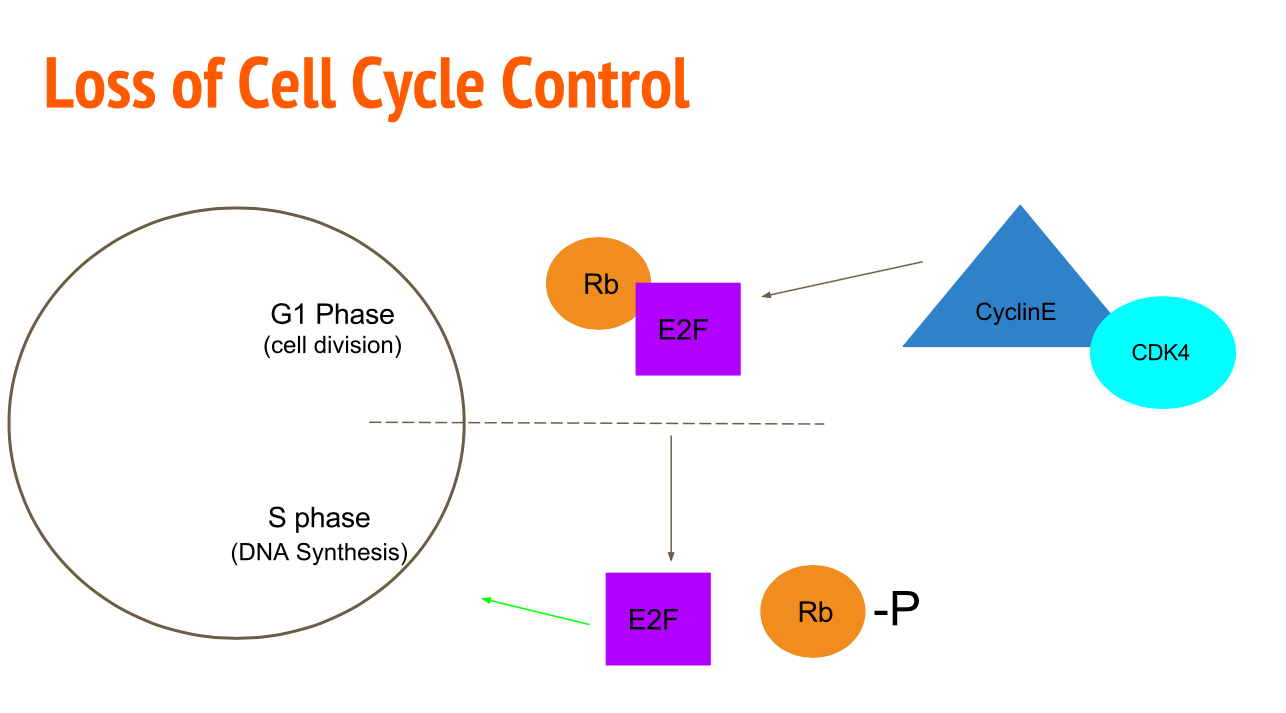
- cell_cycle_picture.png
- 1286×713
- 2018/01/25 15:19
- 96.7 KB
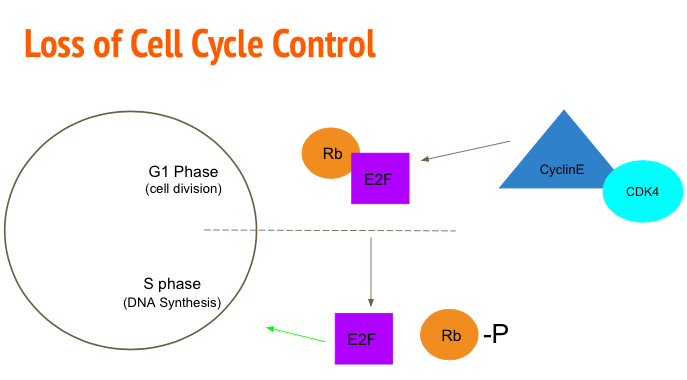
- cellcycle_picture.png
- 687×380
- 2018/01/25 15:19
- 46.1 KB
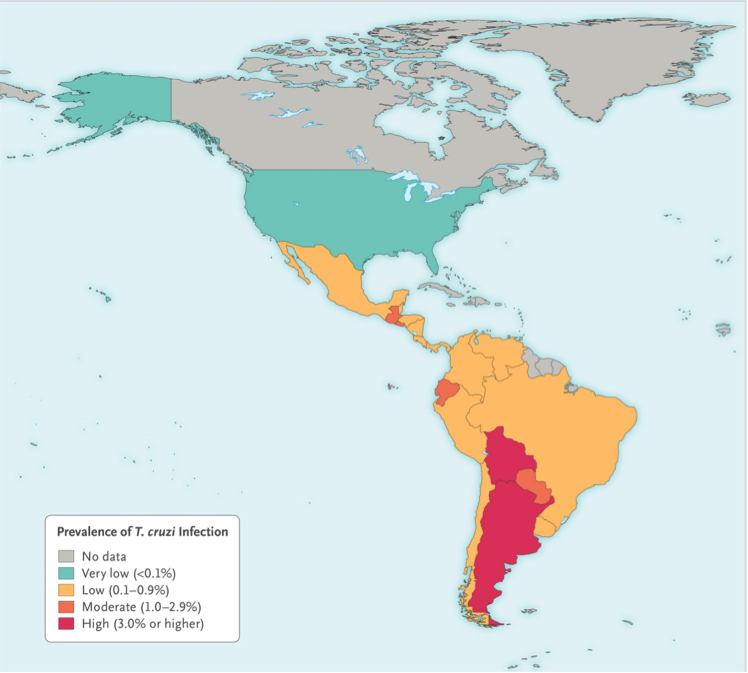
- chagas1.png
- 748×673
- 2018/02/02 20:20
- 280.4 KB
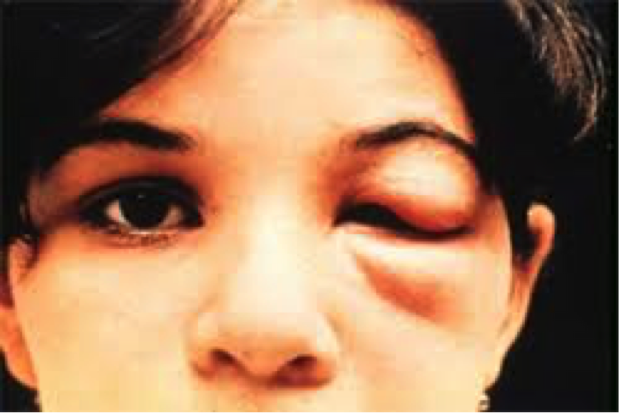
- chagas2.png
- 619×413
- 2018/02/02 20:27
- 290.8 KB
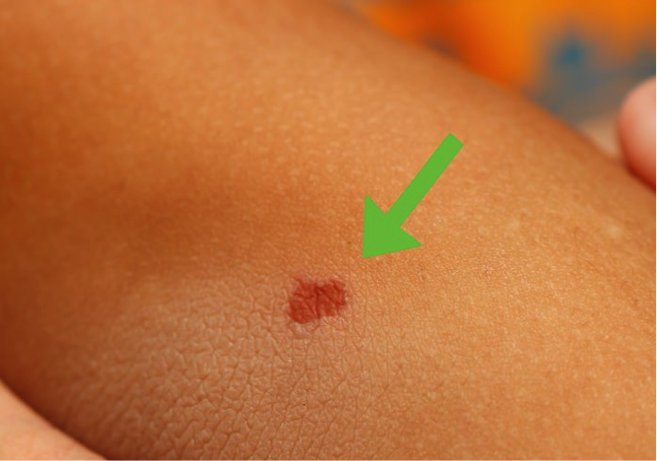
- chagas3.png
- 657×461
- 2018/02/02 20:28
- 457.4 KB
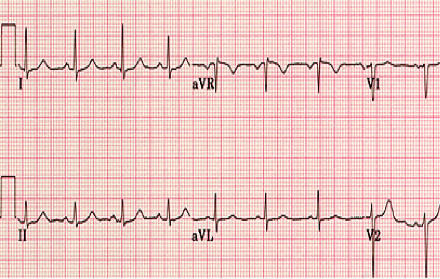
- chagas4.png
- 440×279
- 2018/02/02 20:53
- 289.4 KB
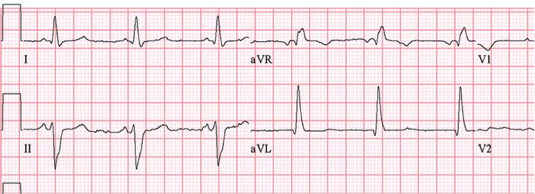
- chagas5.png
- 535×194
- 2018/02/02 20:53
- 218.6 KB
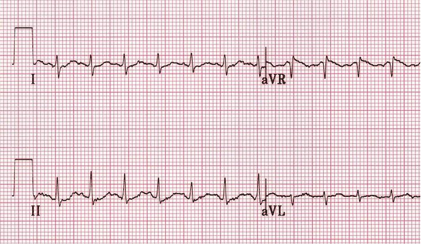
- chagas6.png
- 421×244
- 2018/02/02 20:53
- 254.1 KB

- chagas7.png
- 549×136
- 2018/02/02 20:53
- 187.4 KB
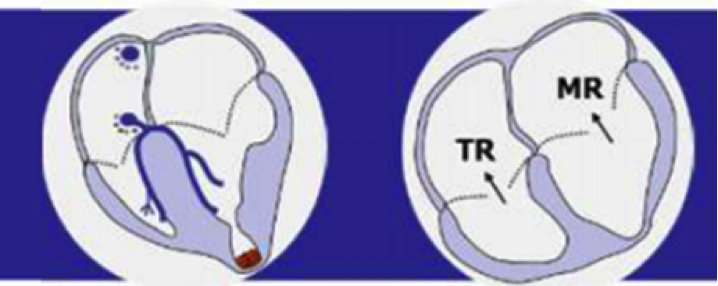
- chagas8.png
- 718×286
- 2018/02/02 21:09
- 245.5 KB

- chagas9.png
- 849×266
- 2018/02/02 21:09
- 143.7 KB
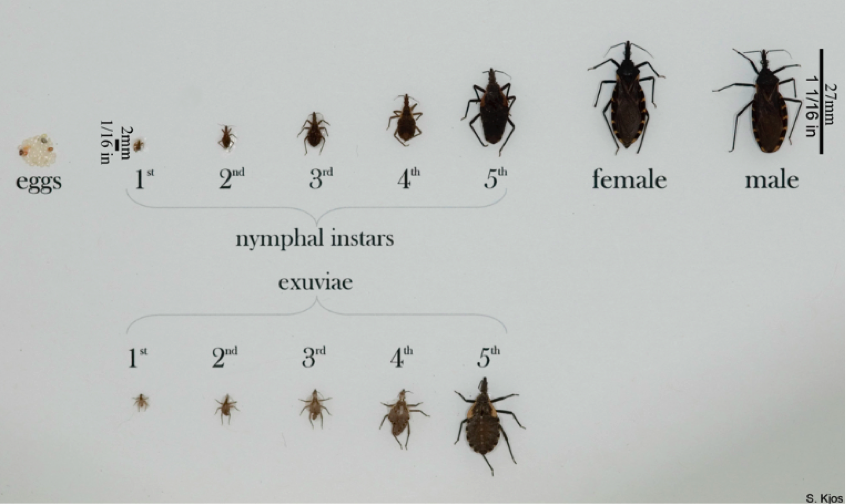
- chagas10.png
- 846×504
- 2018/02/02 21:09
- 588.3 KB
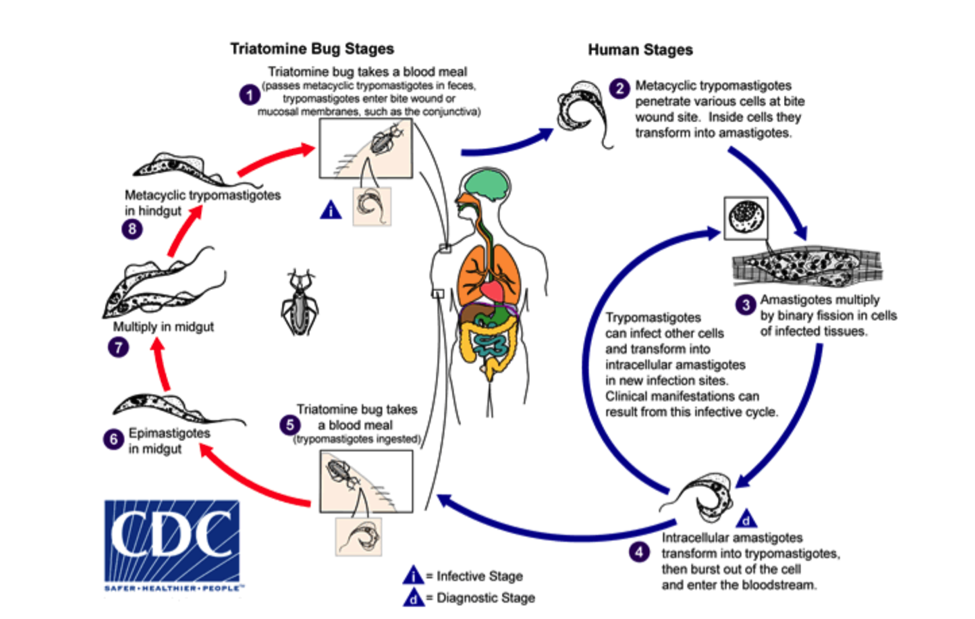
- chagas11.png
- 975×619
- 2018/02/02 21:09
- 298.4 KB
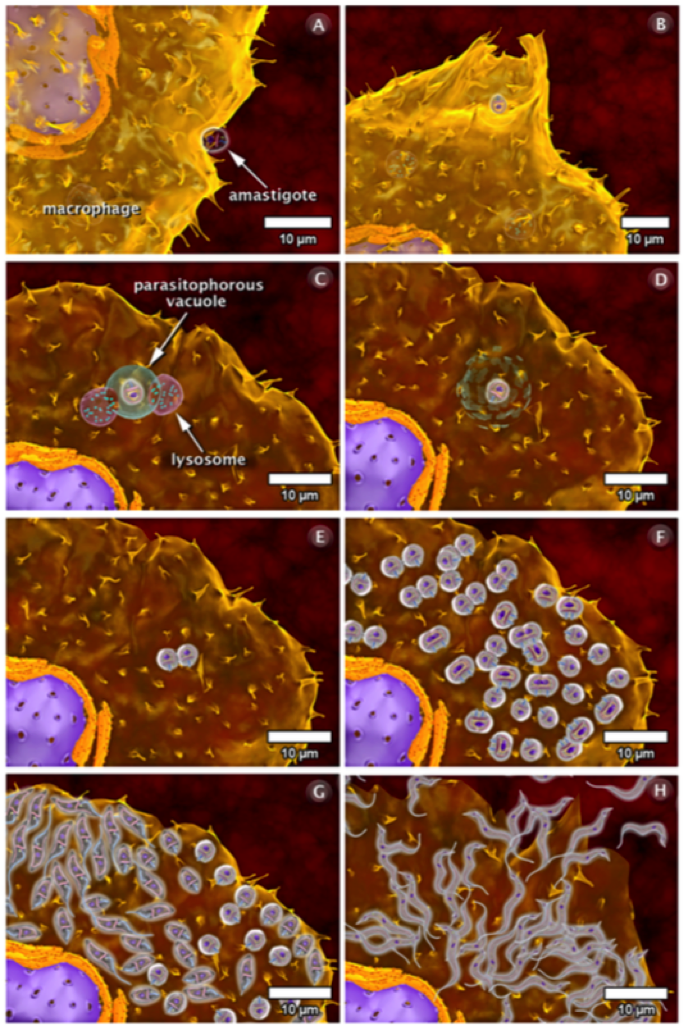
- chagas12.png
- 687×1028
- 2018/02/02 21:09
- 1.2 MB
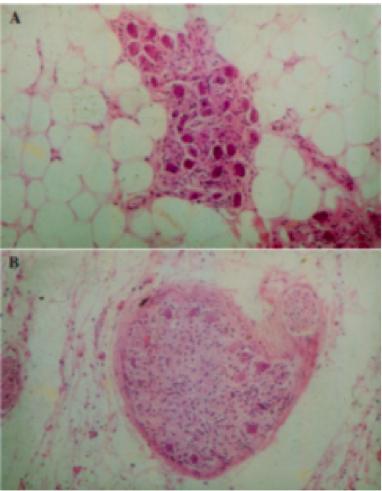
- chagas15.png
- 382×491
- 2018/02/02 21:09
- 305.4 KB
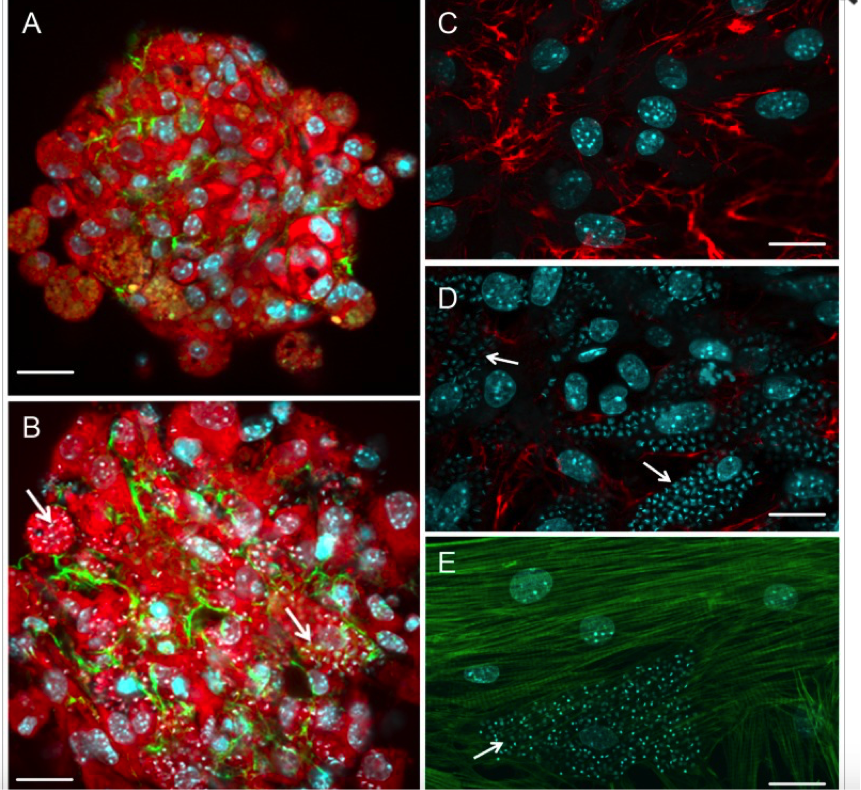
- chagas16.png
- 861×790
- 2018/02/02 21:09
- 1.2 MB
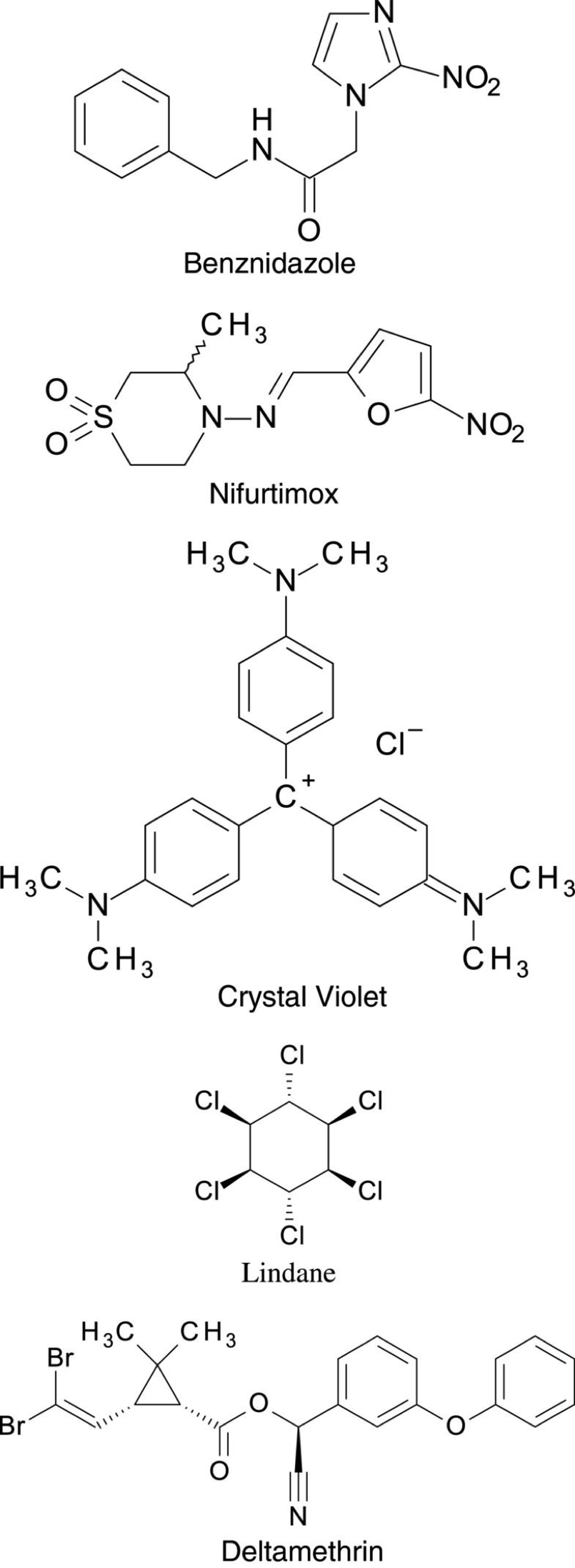
- chagas17.png
- 805×2195
- 2018/02/02 21:09
- 339.9 KB
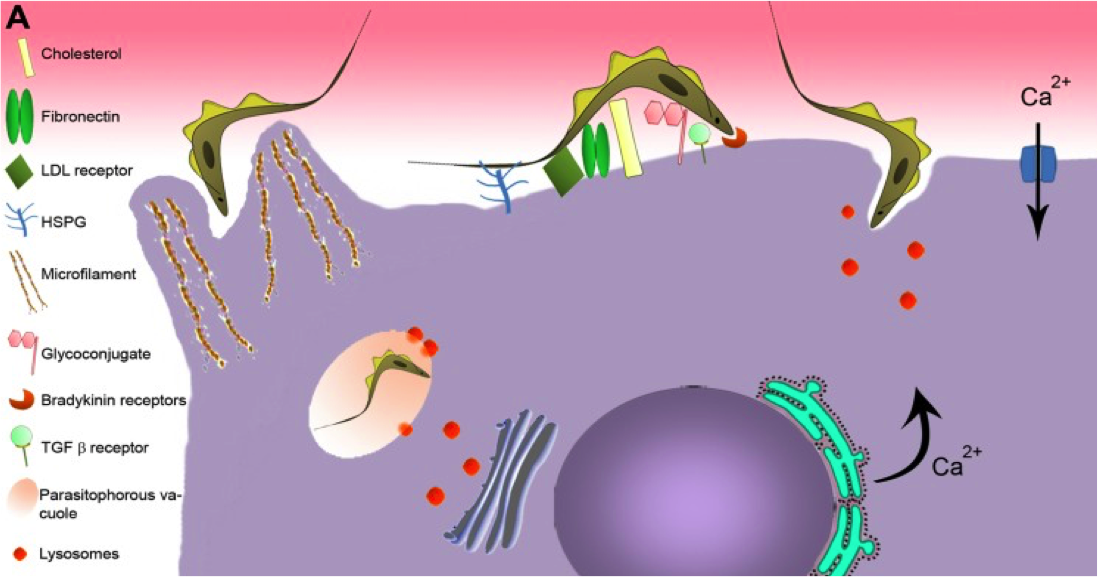
- chagas_13.png
- 1098×577
- 2018/02/02 21:30
- 530.2 KB
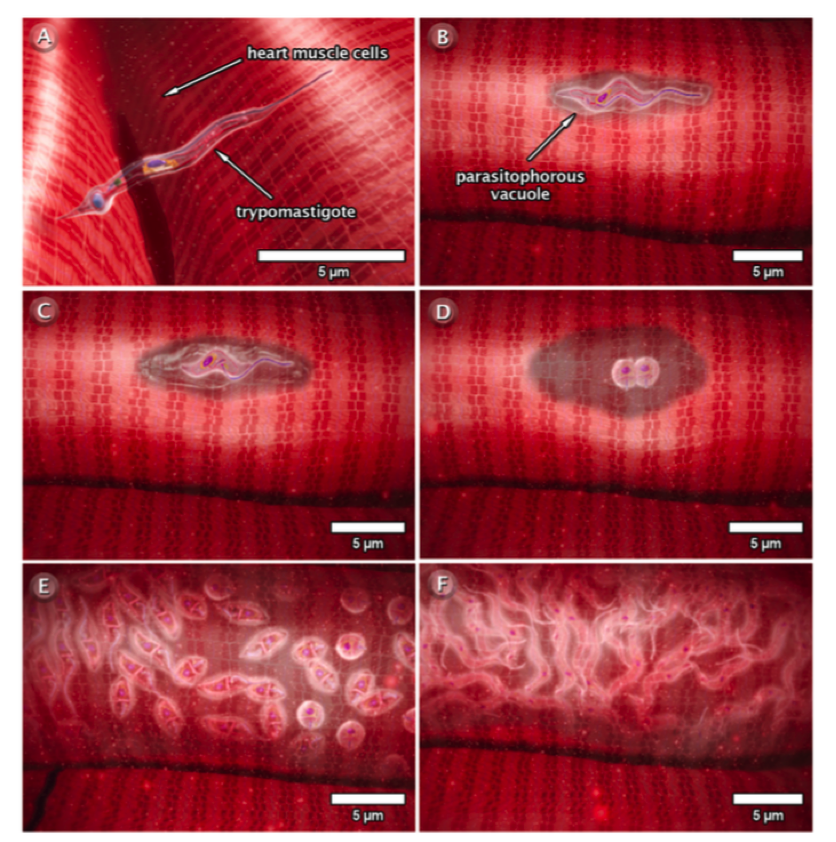
- chagas_14.png
- 836×842
- 2018/02/02 21:31
- 1.1 MB
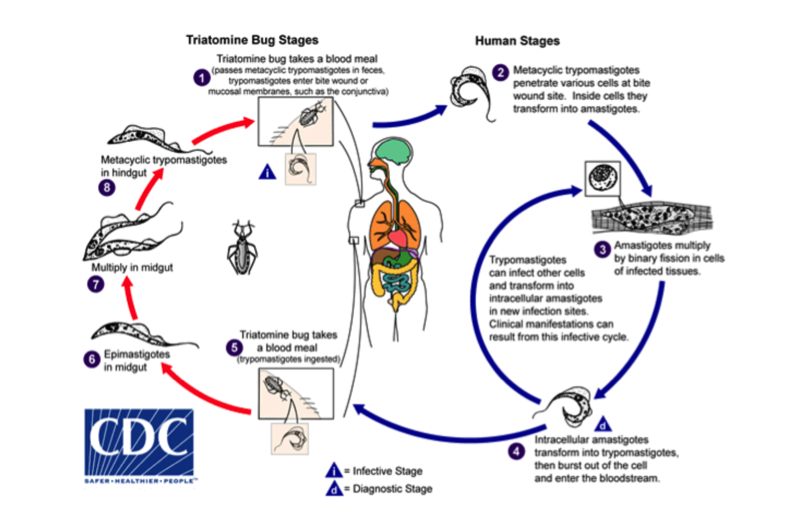
- chagas_18.png
- 788×507
- 2018/02/02 21:23
- 217.8 KB
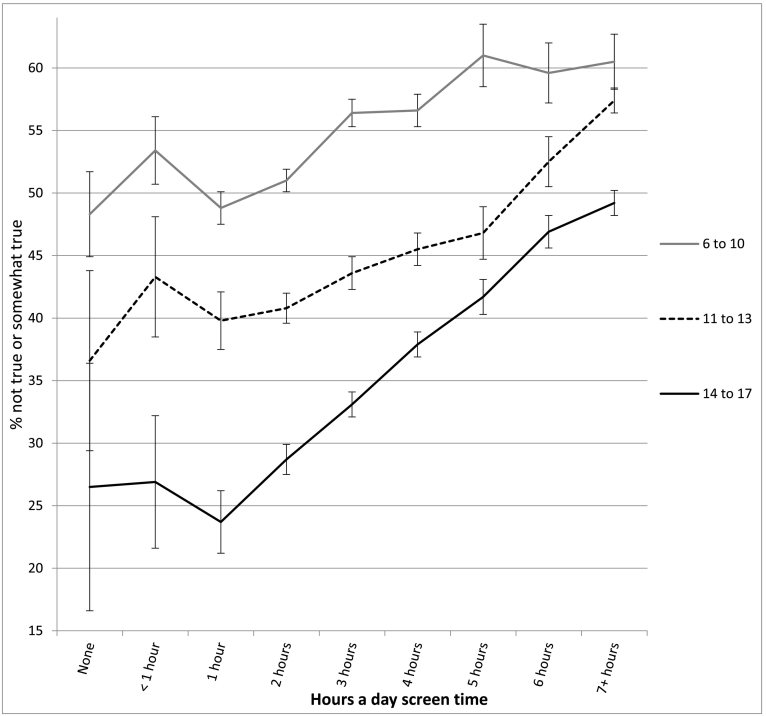
- challenge_.jpg
- 766×716
- 2020/02/23 17:35
- 74.3 KB
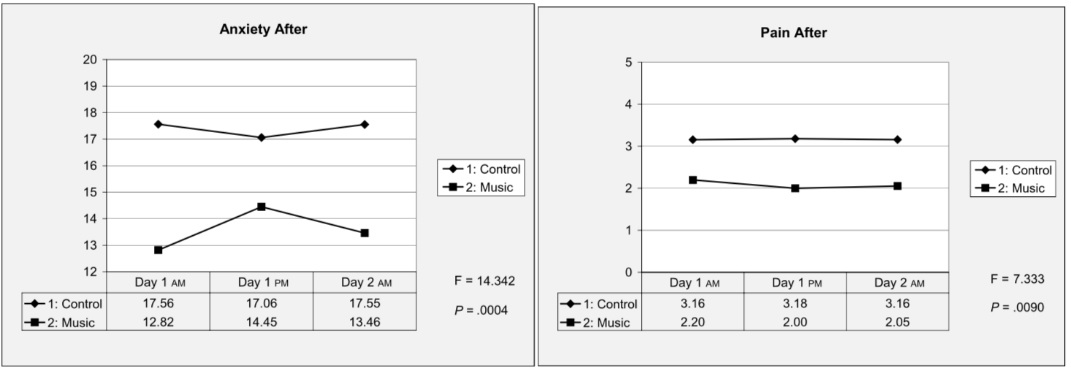
- chart.jpg
- 1071×371
- 2019/04/03 16:27
- 60.5 KB
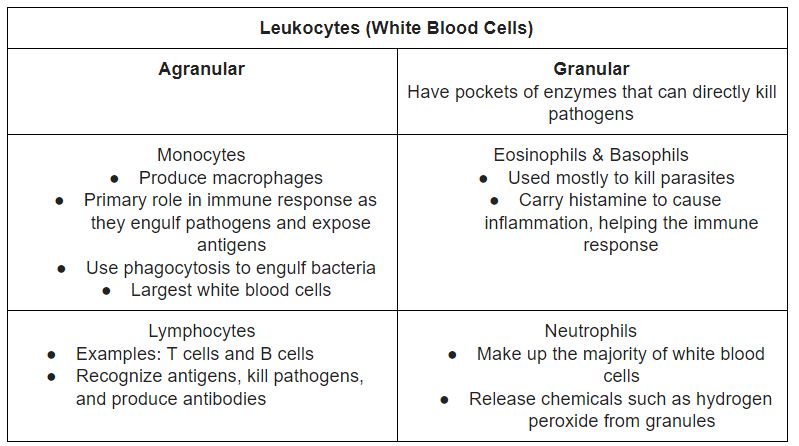
- chartwbc.jpg
- 799×446
- 2019/04/03 21:55
- 73.9 KB
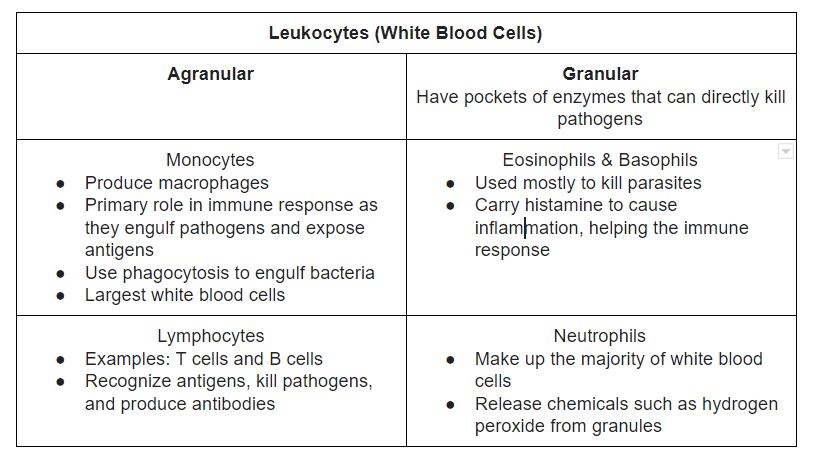
- chartwbc2.jpg
- 813×459
- 2019/04/03 22:04
- 73.6 KB
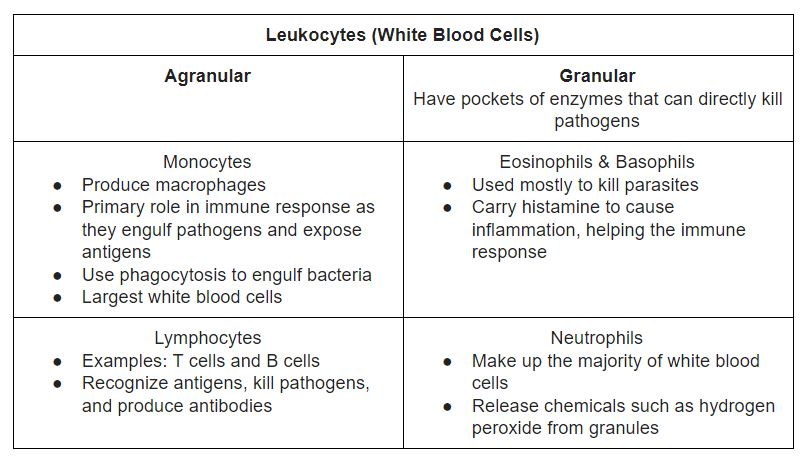
- chartwbc3.jpg
- 810×462
- 2019/04/03 22:23
- 76.2 KB
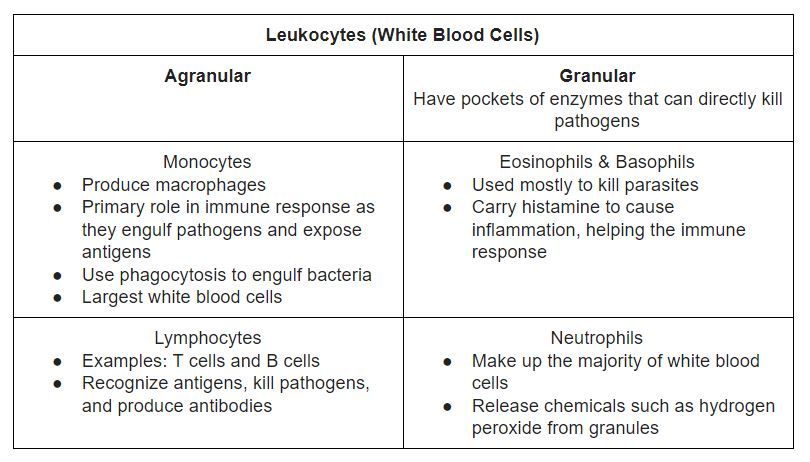
- chartwbc4.jpg
- 810×462
- 2019/04/03 22:23
- 76.2 KB
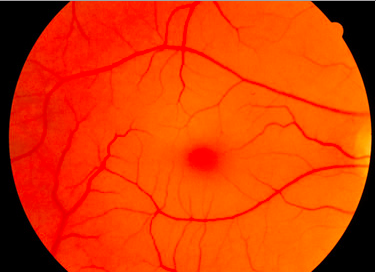
- cherry_red_spots.png
- 376×276
- 2018/01/25 15:19
- 114.2 KB

- chi.jpg
- 750×500
- 2019/03/08 23:38
- 50.1 KB
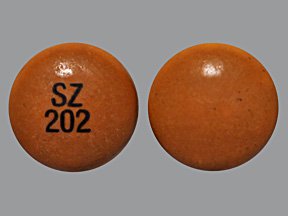
- chlor.jpg
- 288×216
- 2019/03/08 23:16
- 8.4 KB
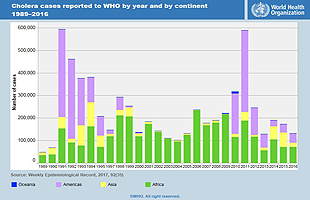
- cholera_cases.jpg
- 310×200
- 2020/02/28 14:58
- 72.1 KB
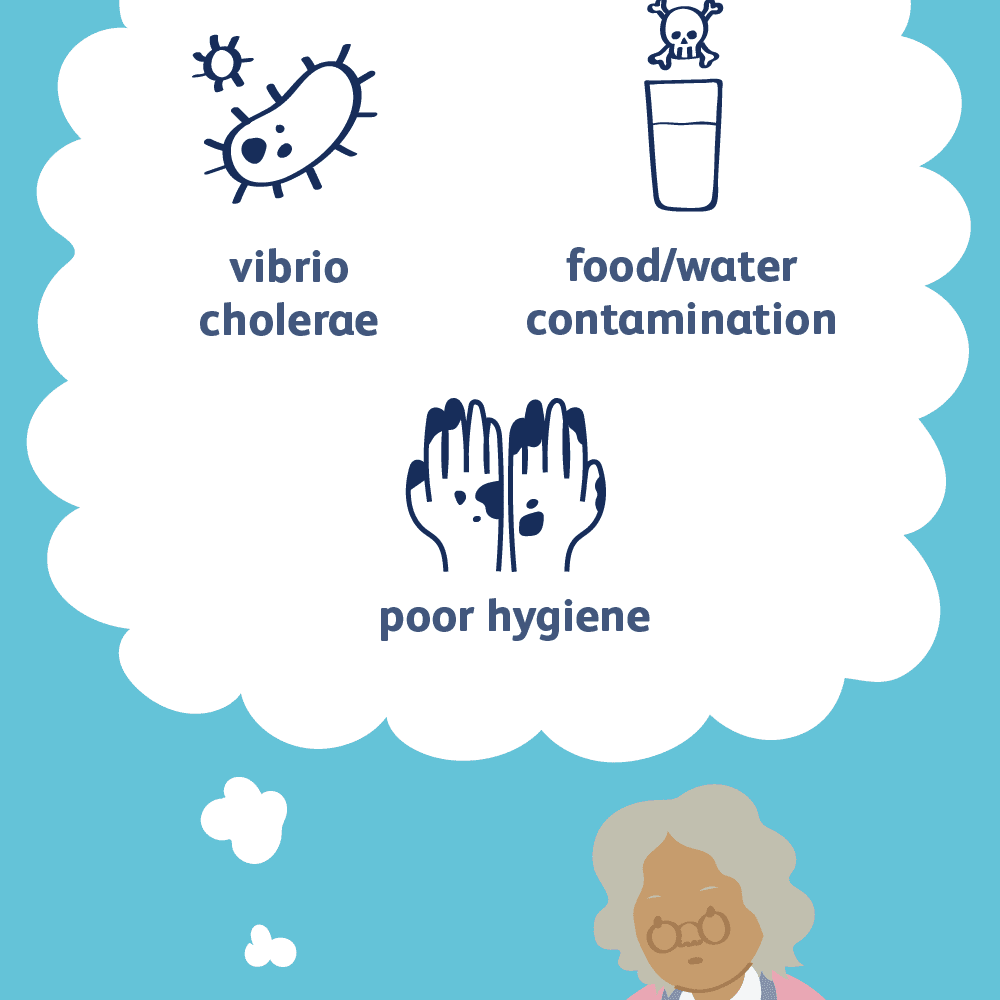
- cholera_cause.png
- 1000×1000
- 2020/02/28 14:47
- 19.6 KB
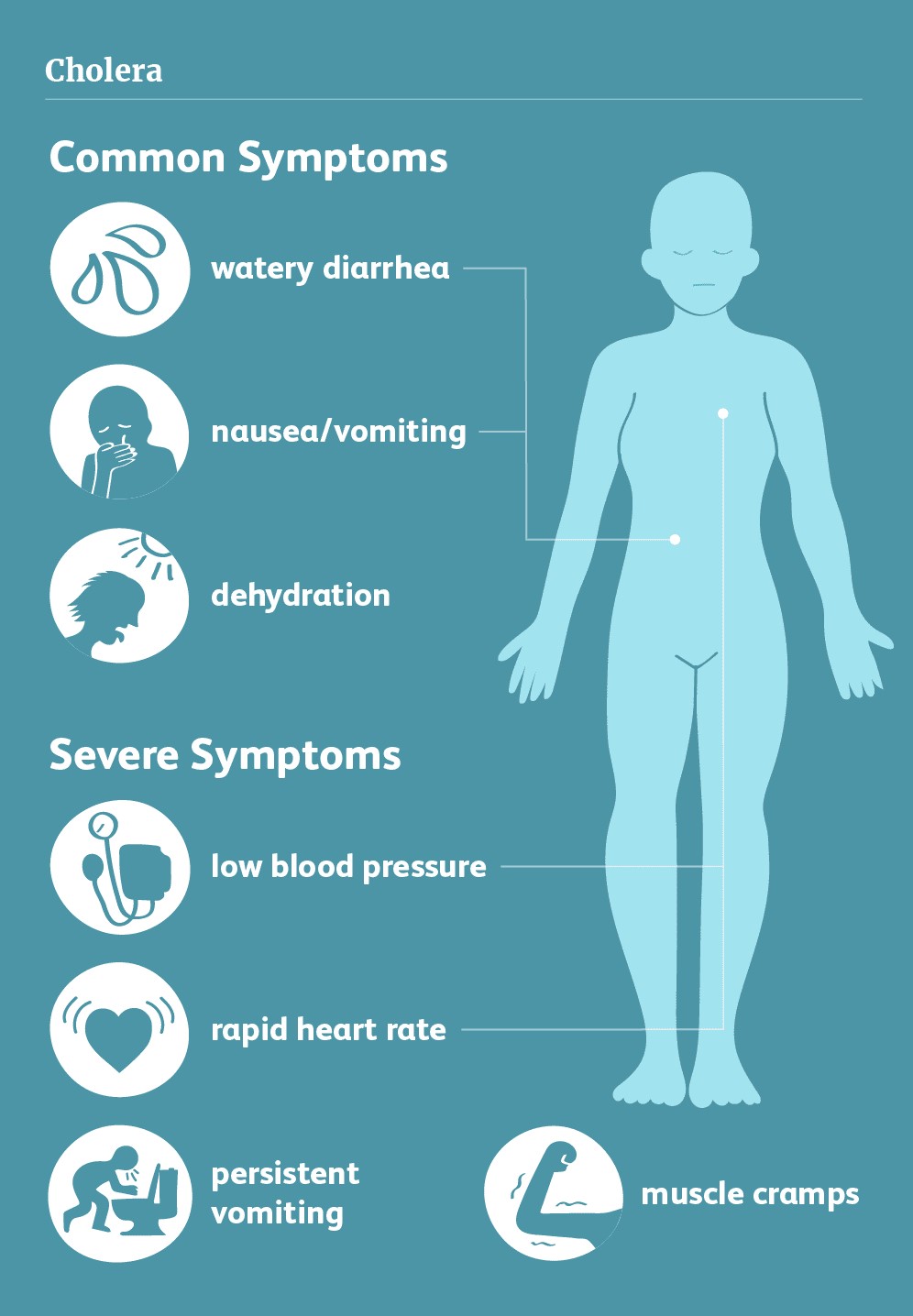
- cholera_symptoms.jpg
- 996×1436
- 2020/02/28 14:14
- 154.3 KB
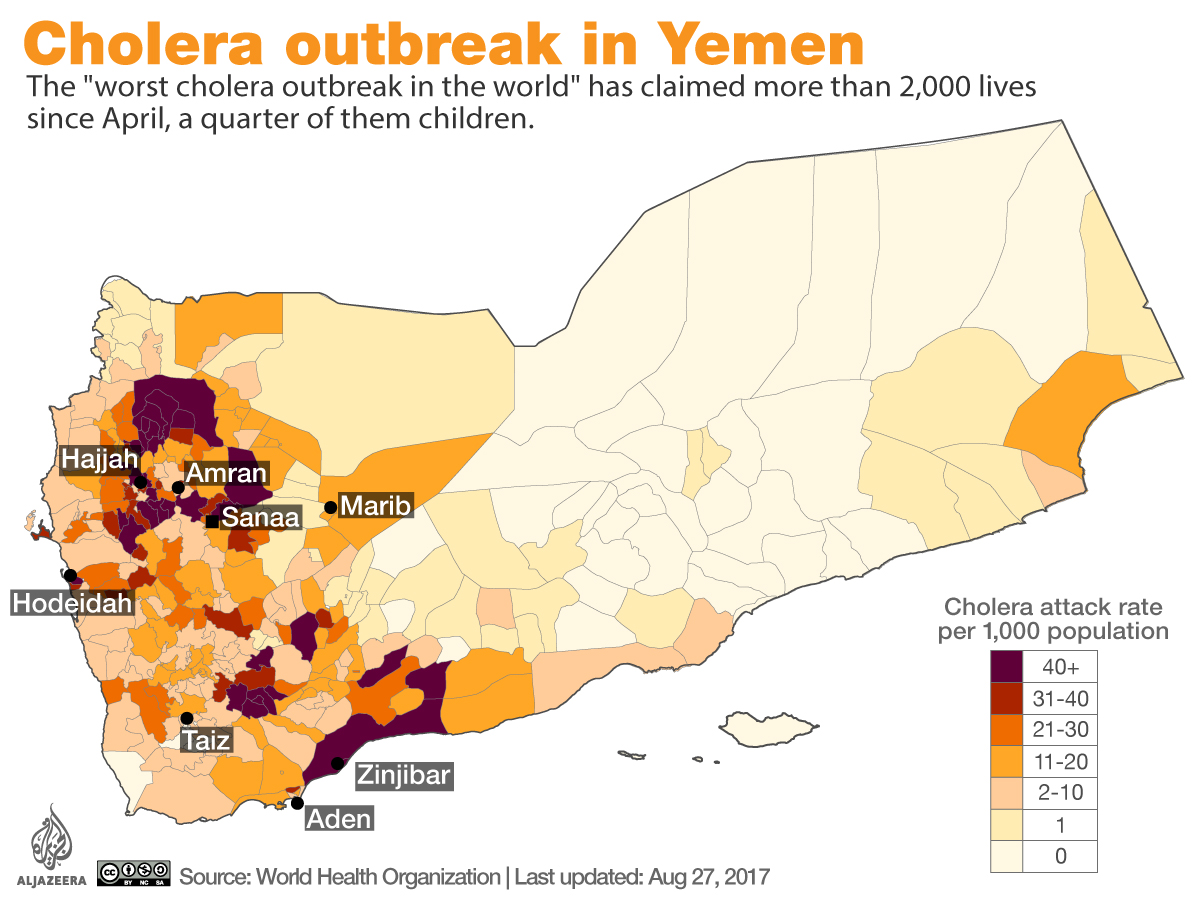
- cholera_yemen.jpg
- 1200×900
- 2020/02/28 15:01
- 421.5 KB
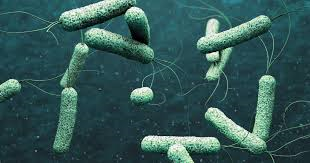
- cholerae.png
- 310×163
- 2020/02/19 01:47
- 100.6 KB
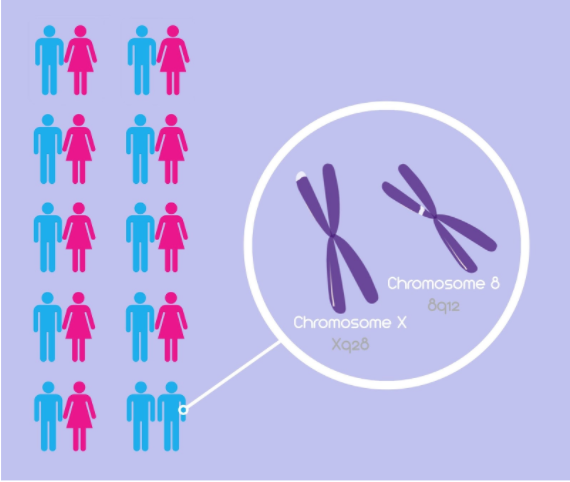
- chrom_x_8.png
- 570×482
- 2018/03/30 12:35
- 158.7 KB
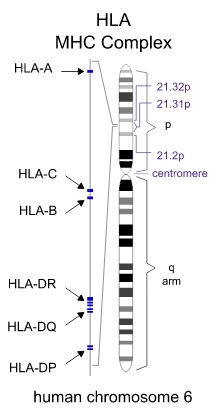
- chromosome_6.jpg
- 217×414
- 2018/01/25 15:19
- 22.7 KB
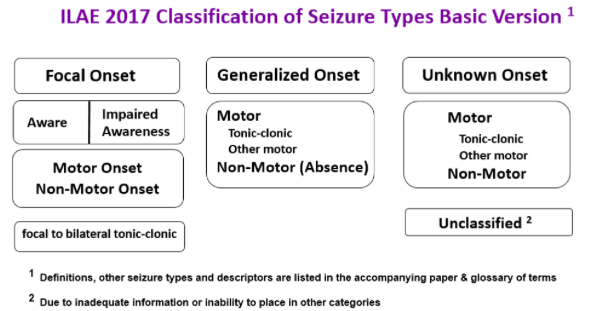
- classification.png
- 597×311
- 2018/01/25 15:19
- 77.6 KB
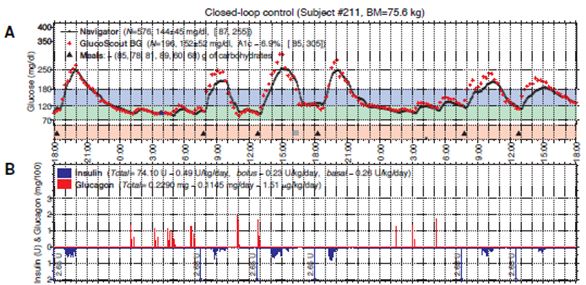
- closed_loop.jpg
- 586×285
- 2018/01/25 15:19
- 69.2 KB

- cmha_logo.gif
- 200×60
- 2018/01/25 15:19
- 8.2 KB

- cmha_logo_.jpg
- 300×255
- 2018/01/25 15:19
- 13.1 KB
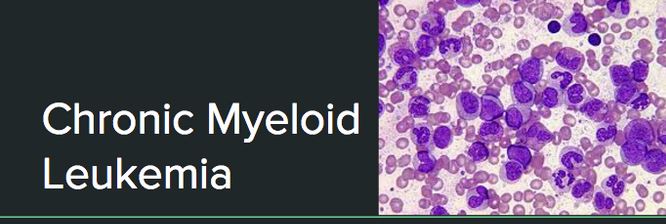
- cml.jpg
- 666×224
- 2018/01/25 15:19
- 39.6 KB
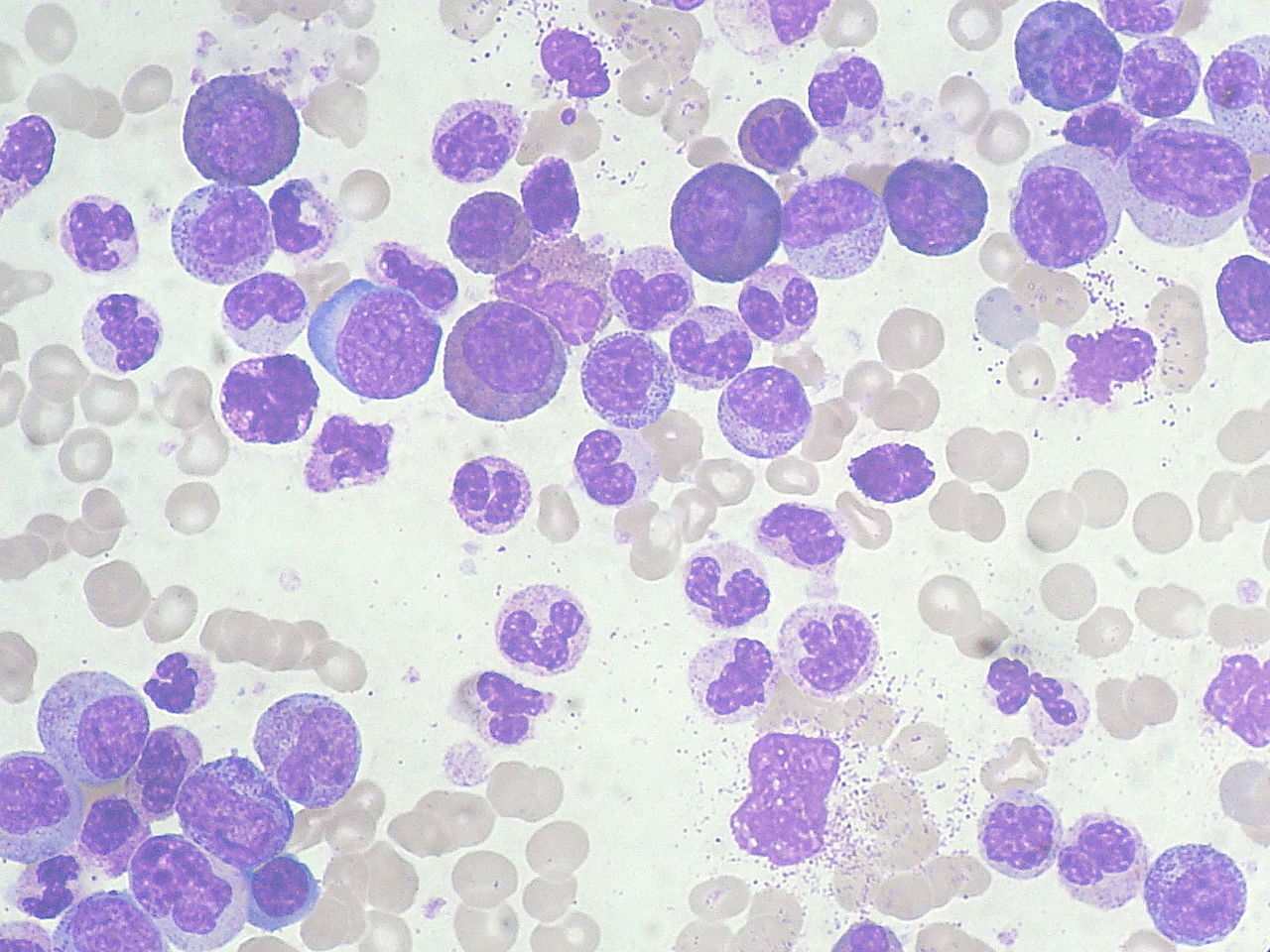
- cml_blood_smere_.jpg
- 1280×960
- 2018/01/25 15:19
- 714.7 KB
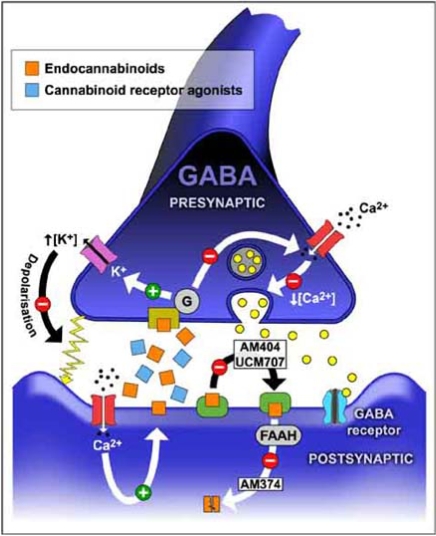
- cn-4-3-239_f2.jpg
- 436×536
- 2018/01/25 15:19
- 121.9 KB

- cocaine.jpg
- 360×216
- 2018/01/25 15:19
- 29 KB

- coffee_consuming_countries_.png
- 480×457
- 2018/02/20 15:23
- 94.3 KB
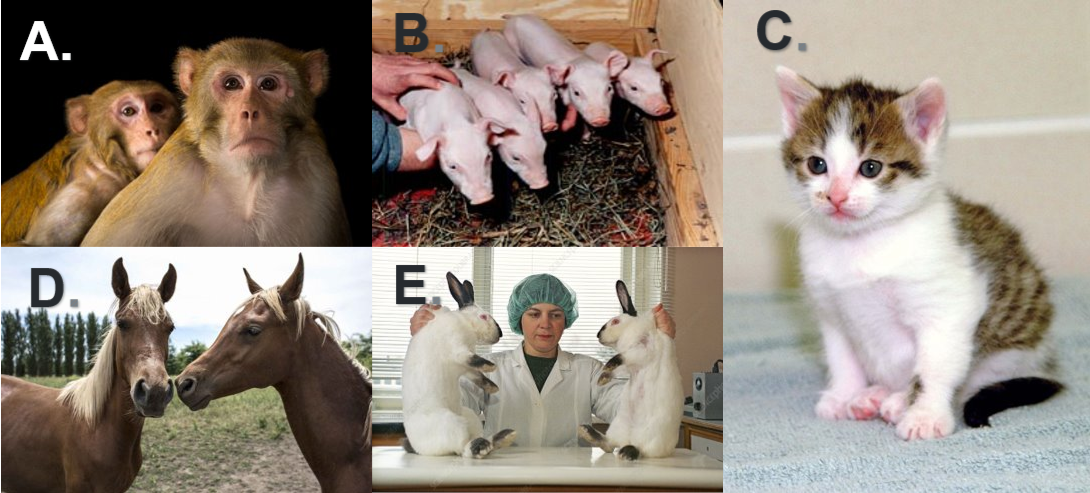
- collection.png
- 1090×493
- 2020/02/28 20:11
- 752.9 KB

- colonoscopy_.jpg
- 800×419
- 2018/01/25 15:19
- 72.2 KB
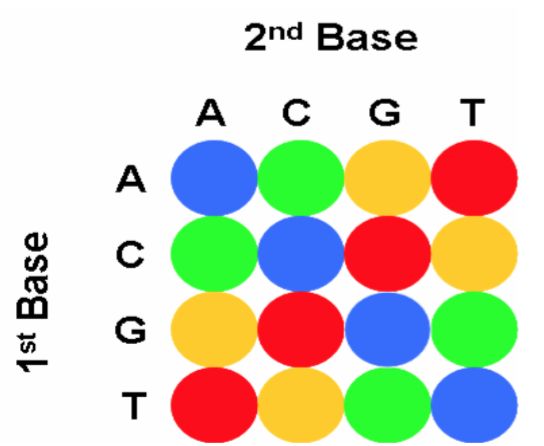
- color_space.png
- 544×446
- 2018/01/25 15:19
- 77.5 KB
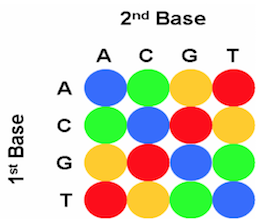
- color_space1.png
- 268×220
- 2018/01/25 15:19
- 43.9 KB
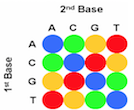
- color_space2.png
- 134×110
- 2018/01/25 15:19
- 20.9 KB
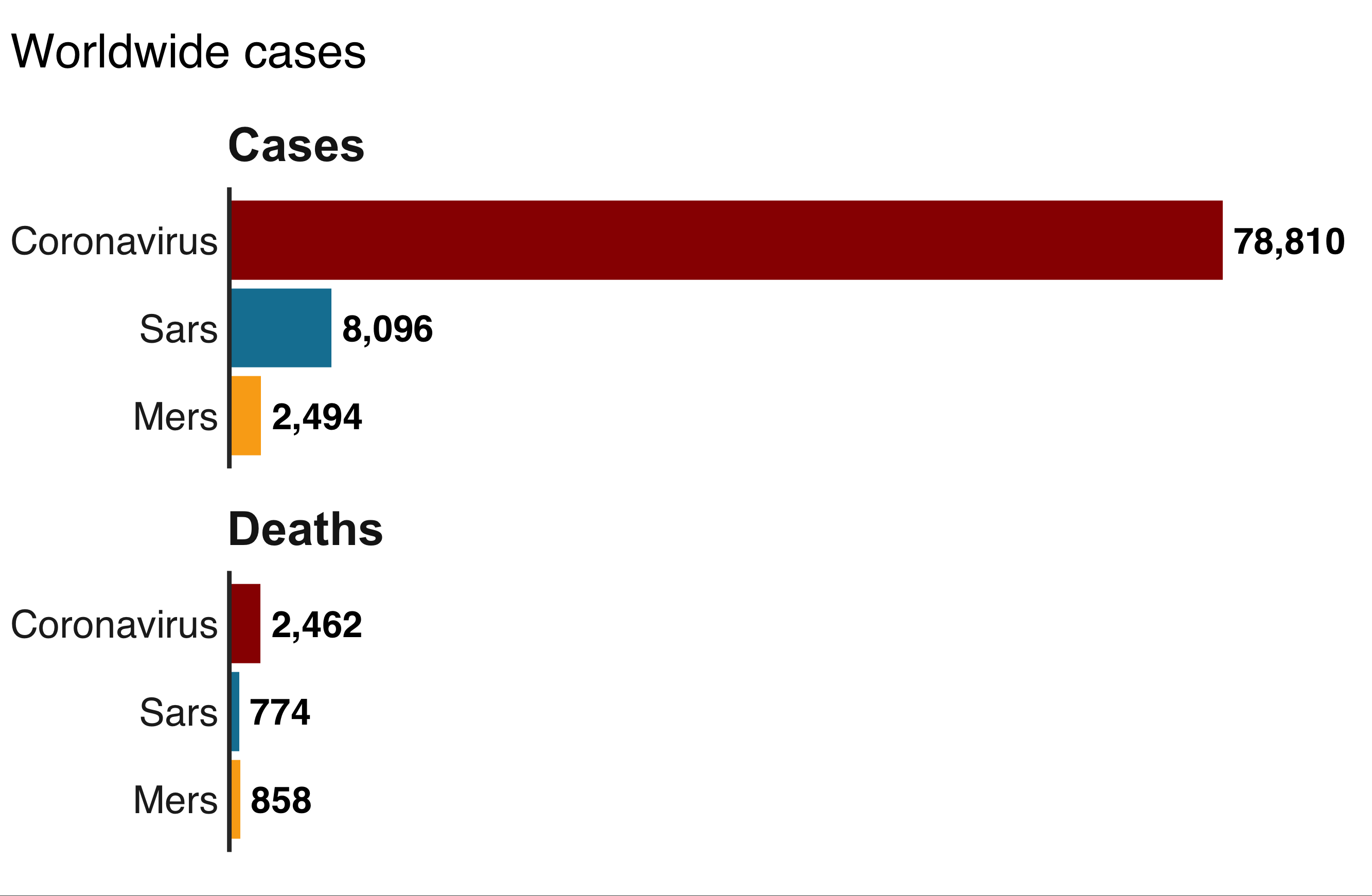
- compare_number_of_cases.png
- 2666×1741
- 2020/02/23 22:15
- 181 KB
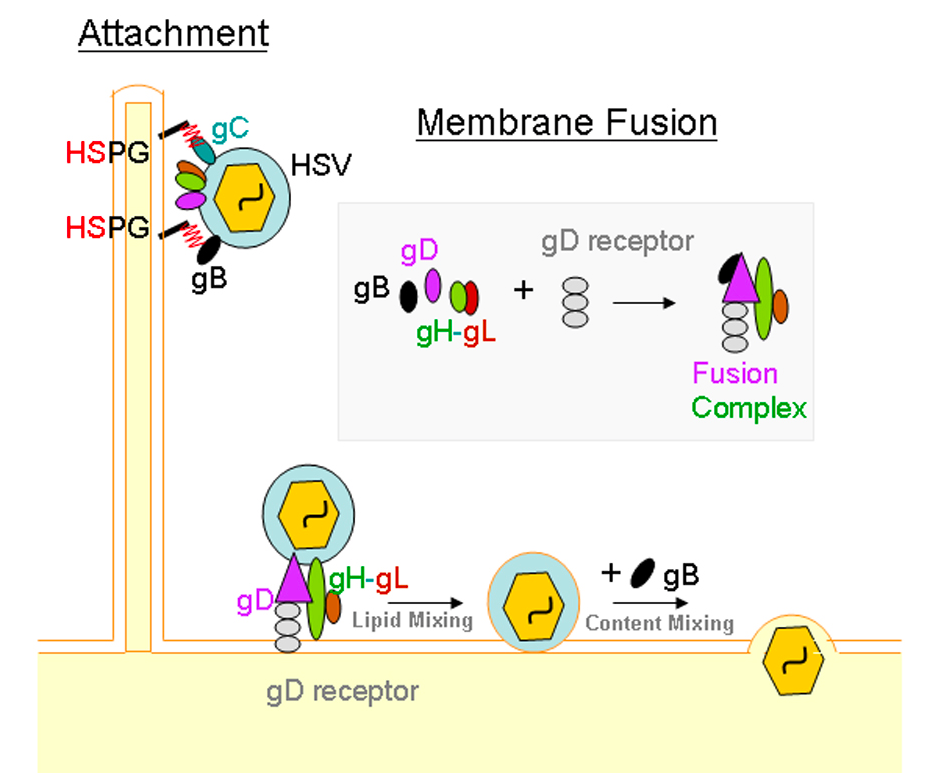
- complex.png
- 943×773
- 2018/03/29 16:07
- 244.2 KB

- compo.jpg
- 600×401
- 2019/04/03 16:32
- 49.4 KB
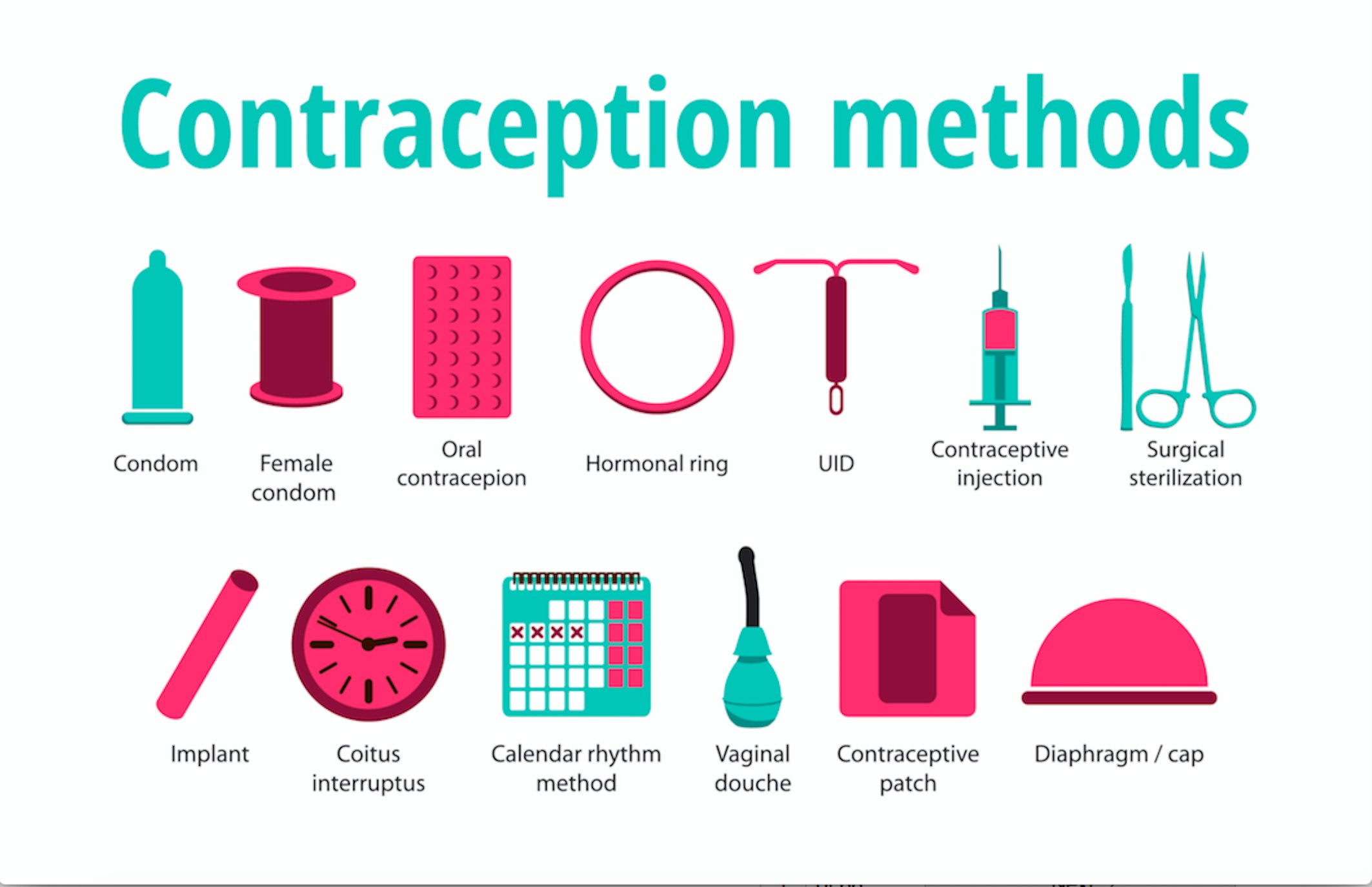
- contraception_table.jpg
- 2126×1374
- 2020/01/30 10:36
- 159.7 KB

- convulsions.jpg
- 400×320
- 2018/01/25 15:19
- 12.7 KB

- cookie.jpg
- 1200×220
- 2018/01/25 15:19
- 62.2 KB
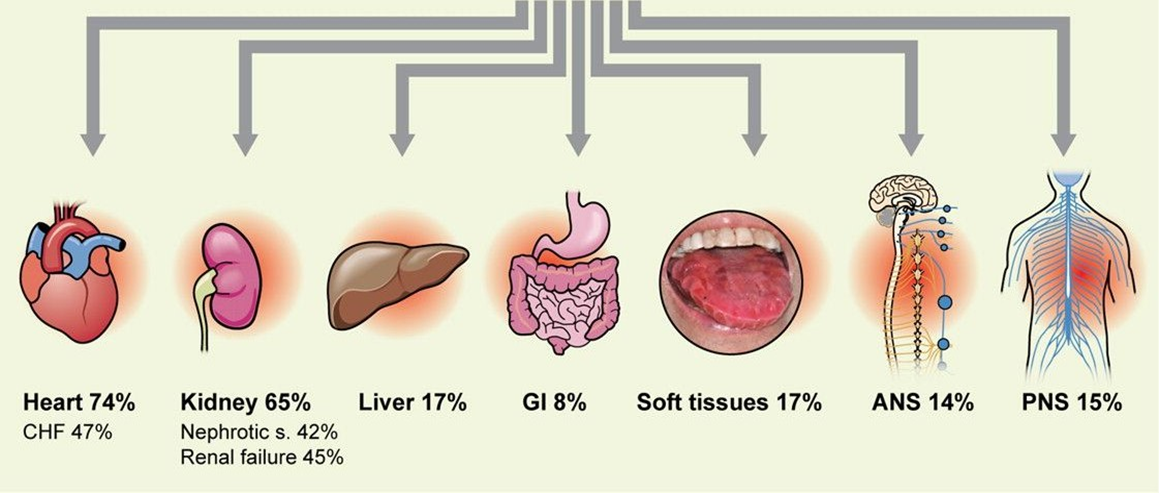
- cookie.png
- 1159×493
- 2018/01/25 15:19
- 561.4 KB
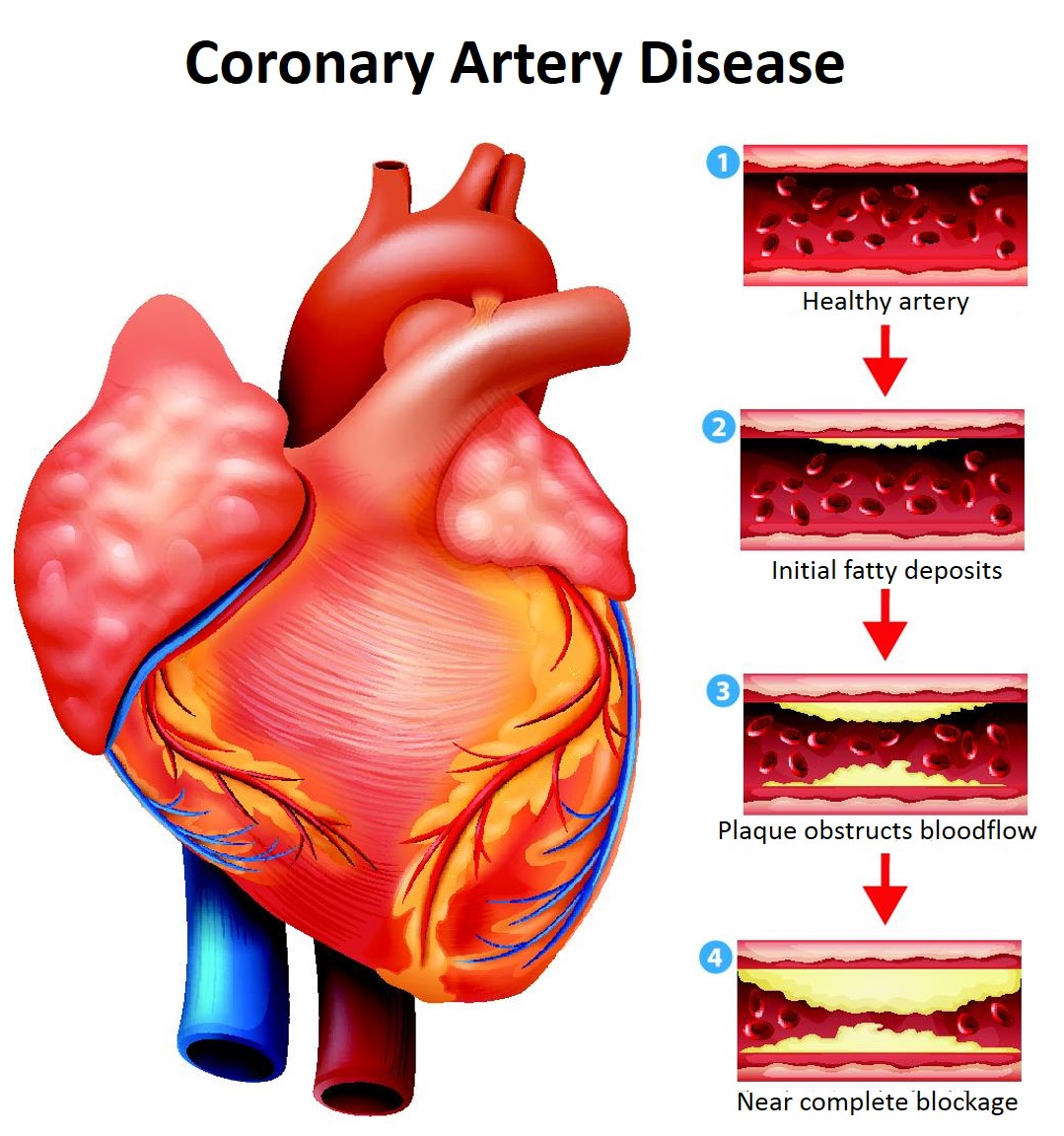
- coronary-artery-disease.jpg
- 1079×1152
- 2018/01/25 15:19
- 232.4 KB

- coronary_heart_disease_.pptx
- 2018/01/25 15:19
- 6.1 MB

- coronavirus.pdf
- 2020/02/27 16:15
- 3.4 MB
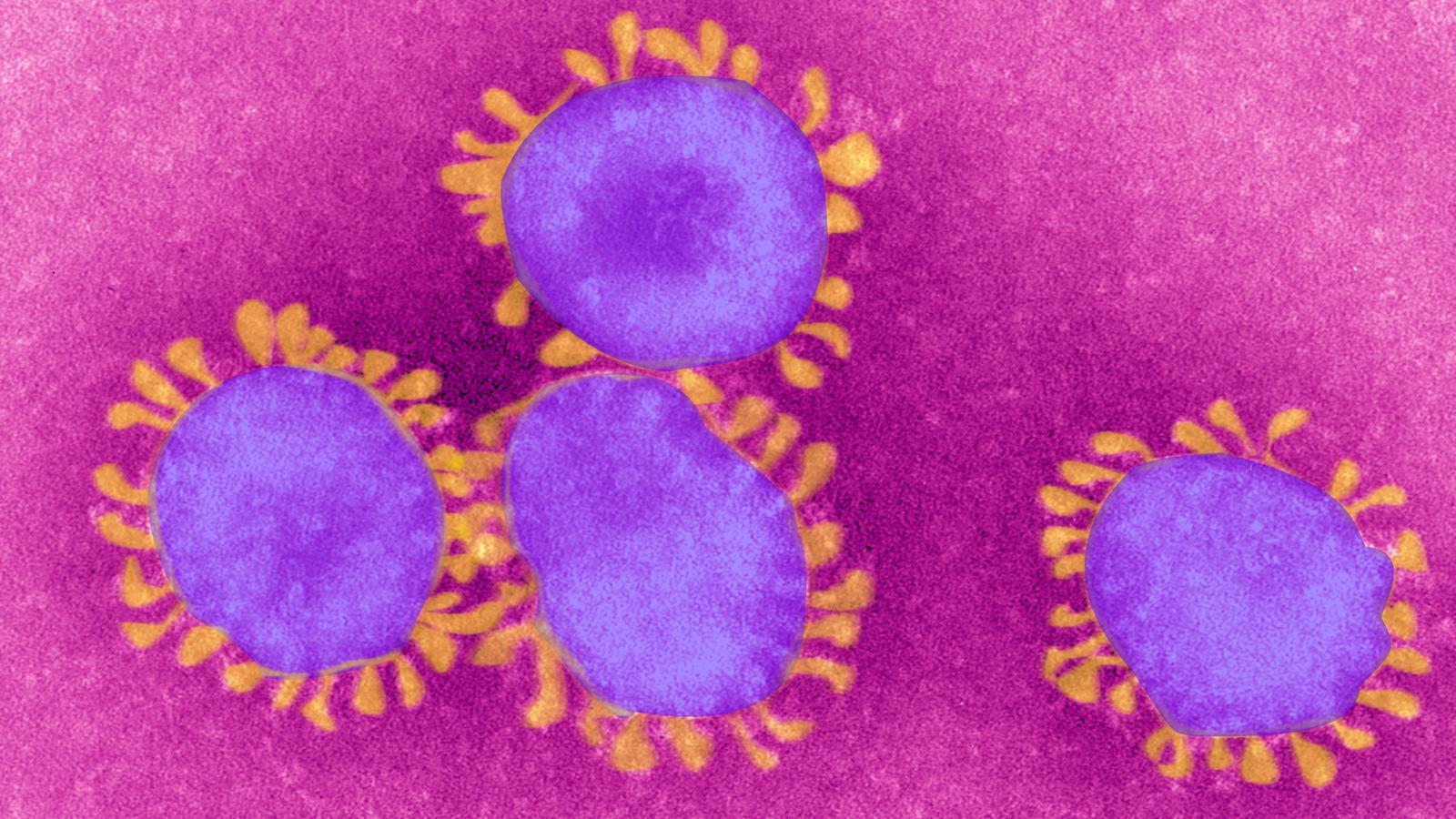
- coronavirus_pic.jpg
- 1600×900
- 2020/02/28 22:43
- 246.9 KB
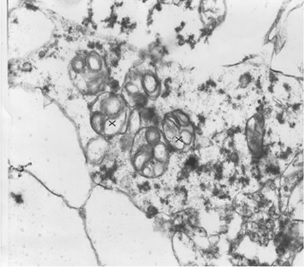
- cortical_neuron.jpg
- 304×267
- 2018/01/25 15:19
- 33.9 KB
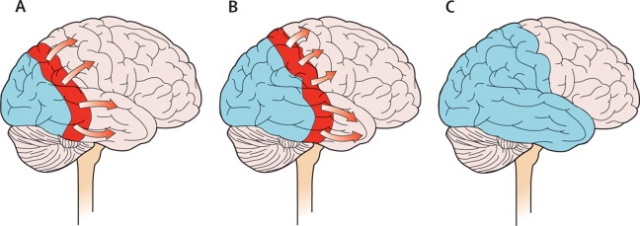
- cortical_spreading_depression.jpg
- 640×226
- 2018/02/02 14:37
- 62.4 KB
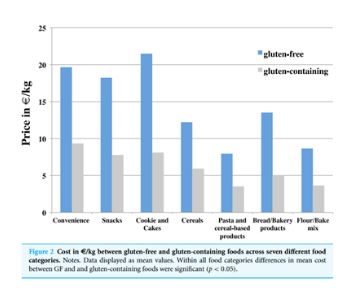
- cost_of_gluten.jpg
- 355×292
- 2018/01/25 15:19
- 22 KB

- court3_web--2-thumb-large.jpg
- 958×598
- 2018/09/28 23:53
- 50.9 KB
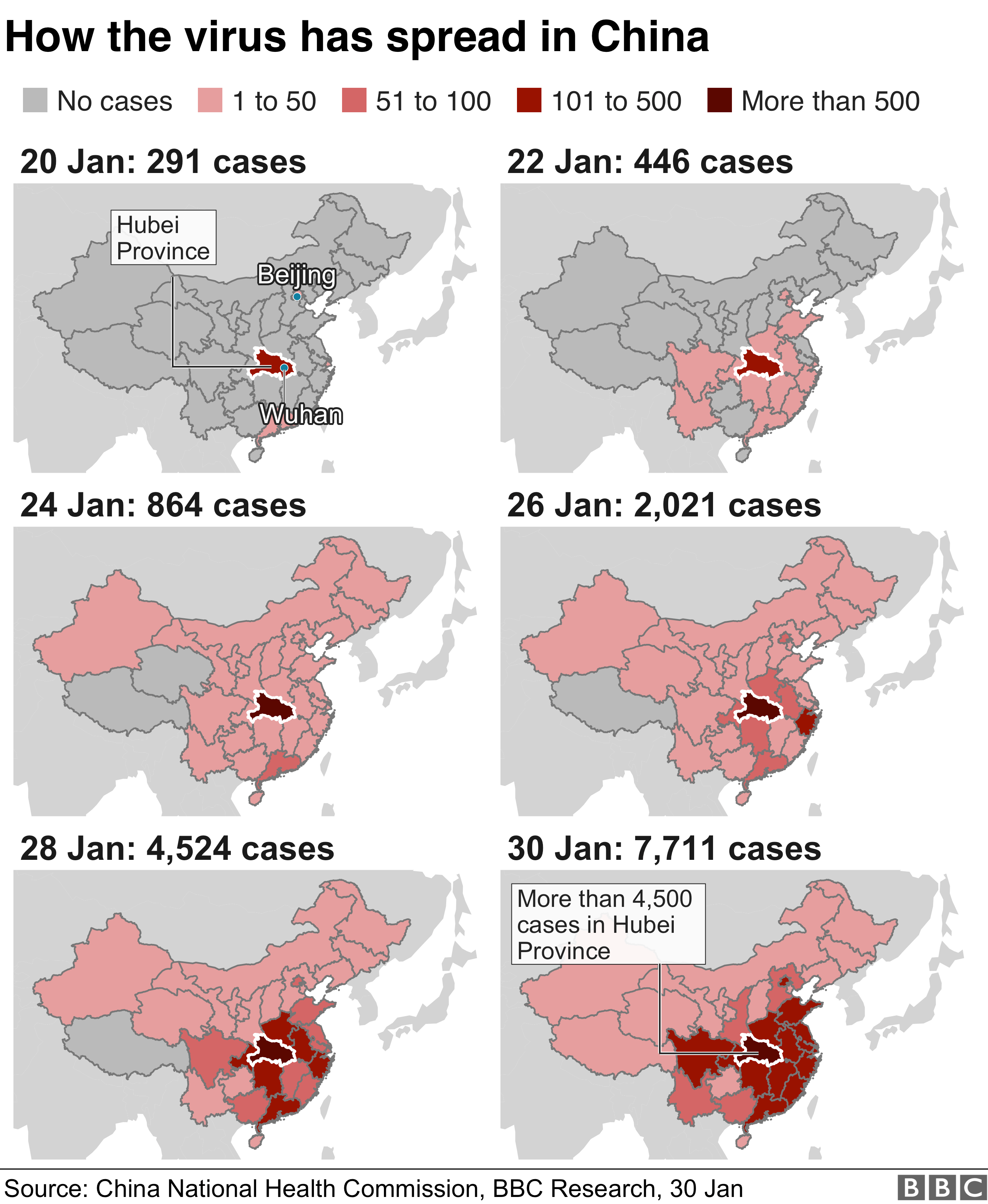
- covid19_spread.png
- 2666×3250
- 2020/02/23 19:17
- 1 MB
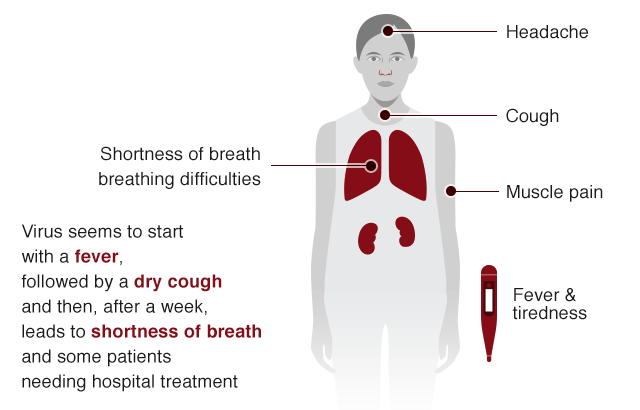
- covid19_symptoms.png
- 640×410
- 2020/02/28 22:16
- 52.1 KB
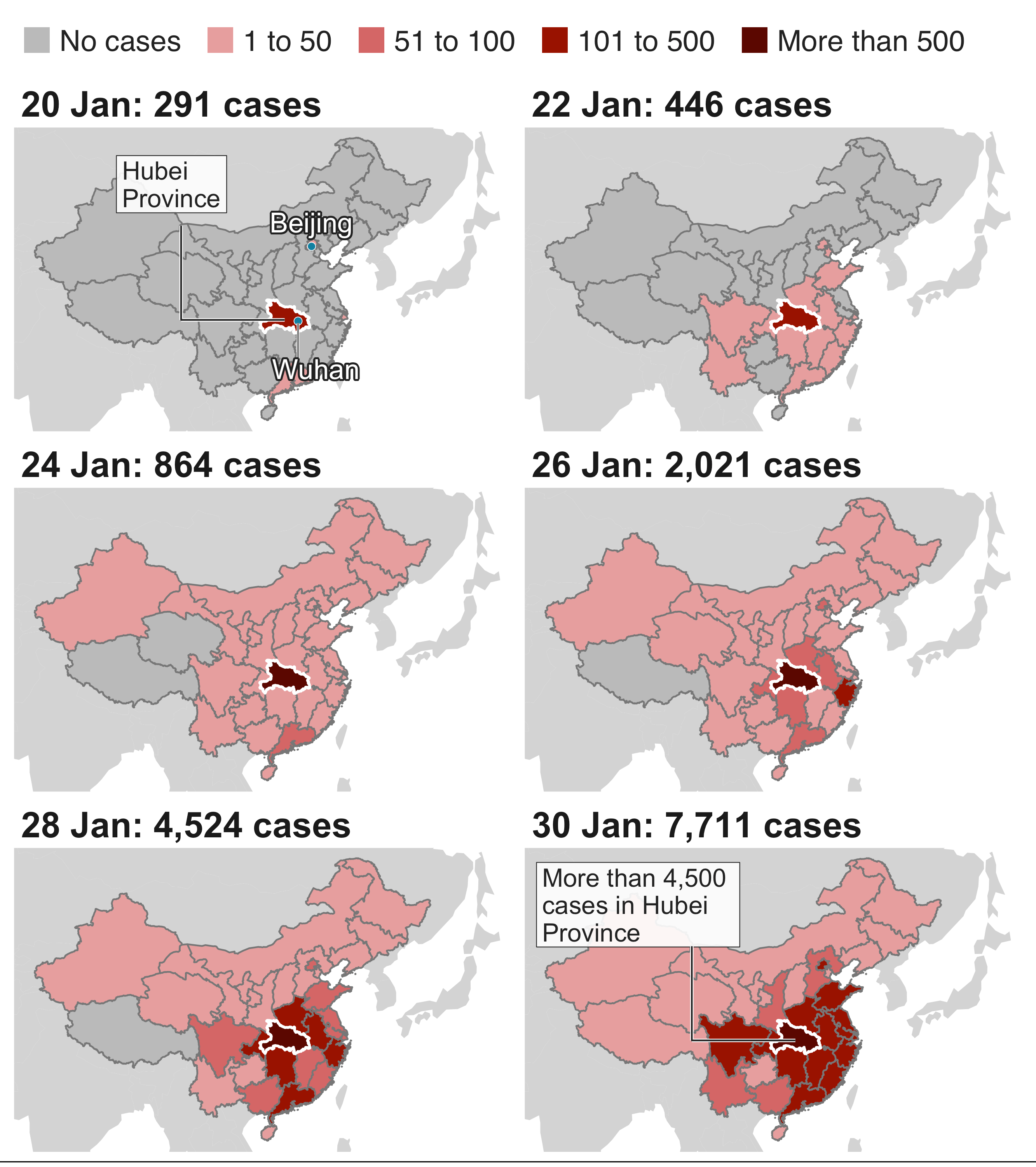
- covid_spread_edited.png
- 2666×3002
- 2020/02/23 20:16
- 1.2 MB
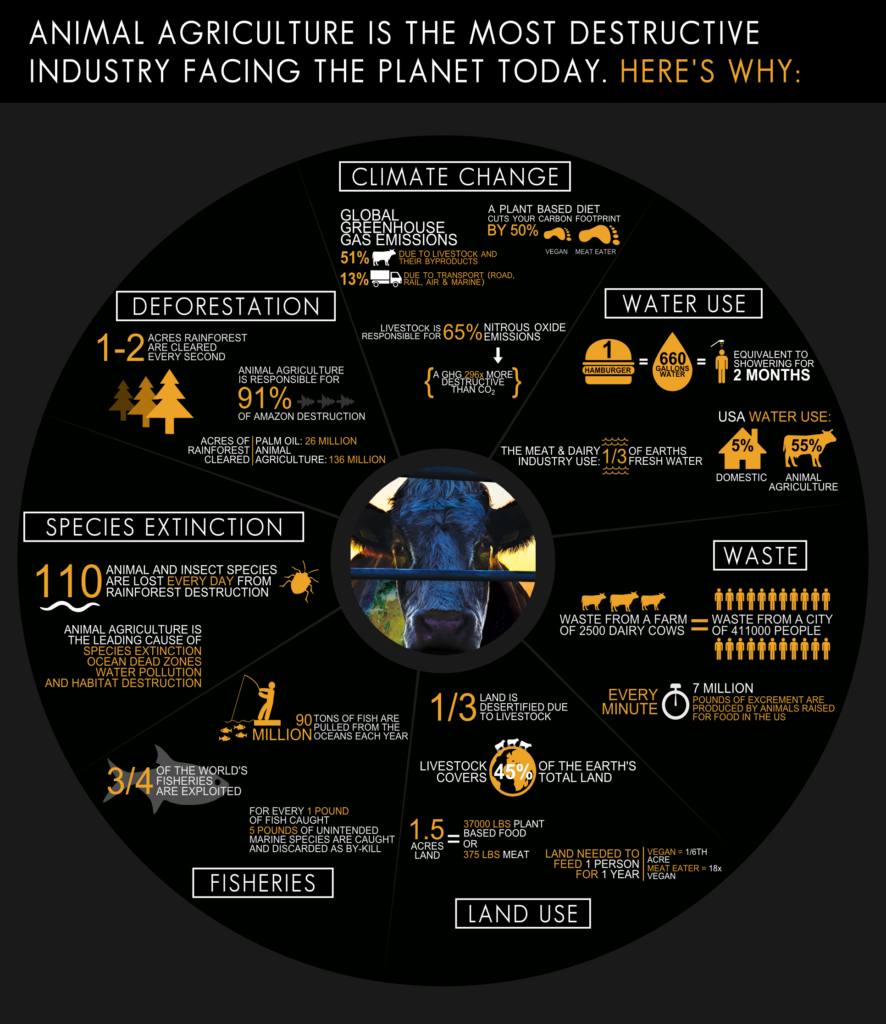
- cowspiracy-infographic.png
- 886×1024
- 2020/01/27 03:10
- 422.9 KB
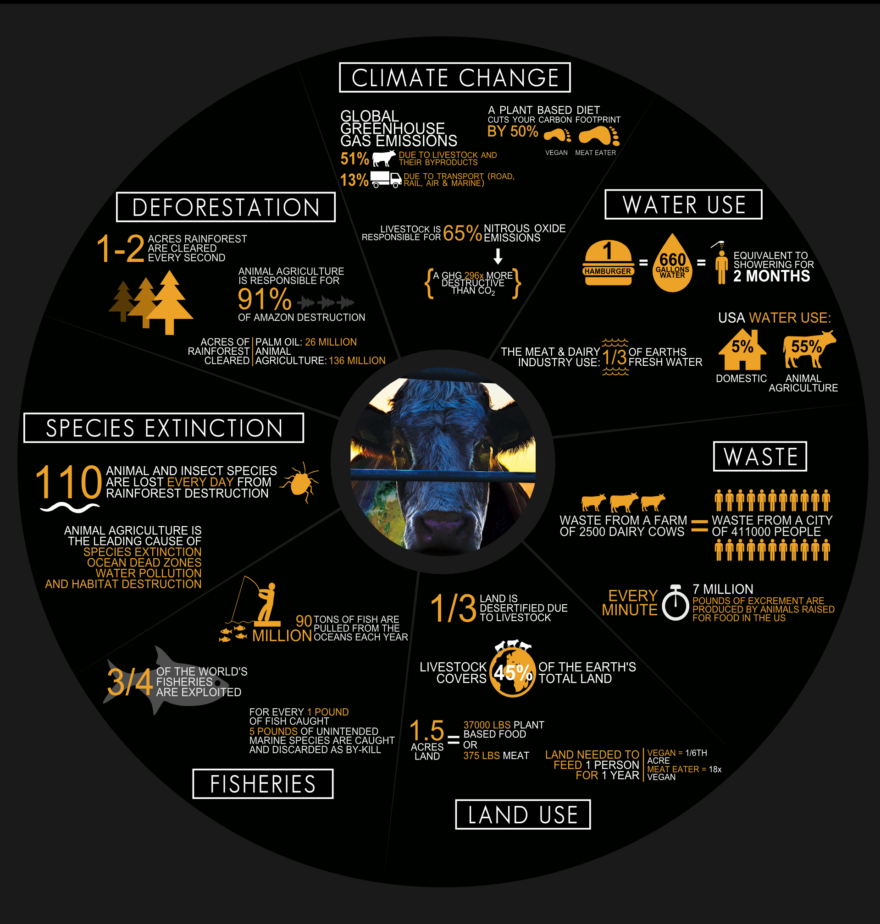
- cowspiracy-infographic_large.png
- 880×924
- 2020/01/27 03:14
- 352.7 KB

- crispr-engineered_t_cells_in_patients_with_refractory_cancer.pdf
- 2020/03/26 13:22
- 2.7 MB

- crohn_s_disease_cd_.pdf
- 2018/01/25 15:19
- 1.4 MB

- crying.jpg
- 960×540
- 2018/03/30 18:57
- 101.3 KB

- crying_lebron.jpg
- 768×384
- 2018/03/30 19:27
- 42.6 KB

- crying_slides.pdf
- 2018/03/30 18:45
- 1.8 MB
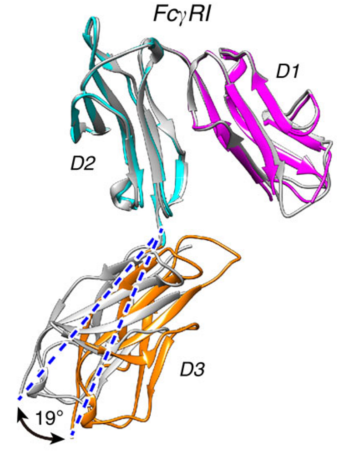
- crystallized_structure_of_fcgammar1.png
- 337×456
- 2018/01/25 15:19
- 163 KB
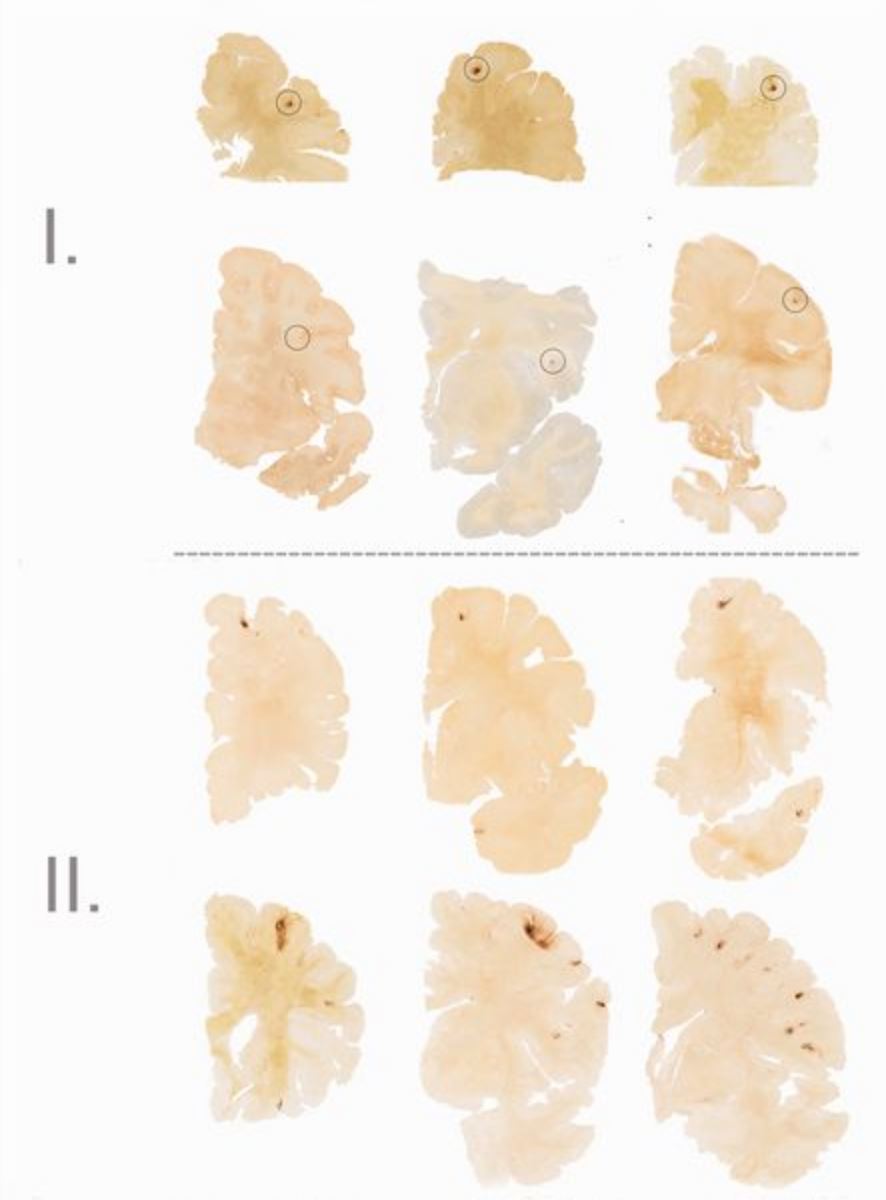
- cte_1.jpg
- 886×1200
- 2018/11/02 13:49
- 58.1 KB
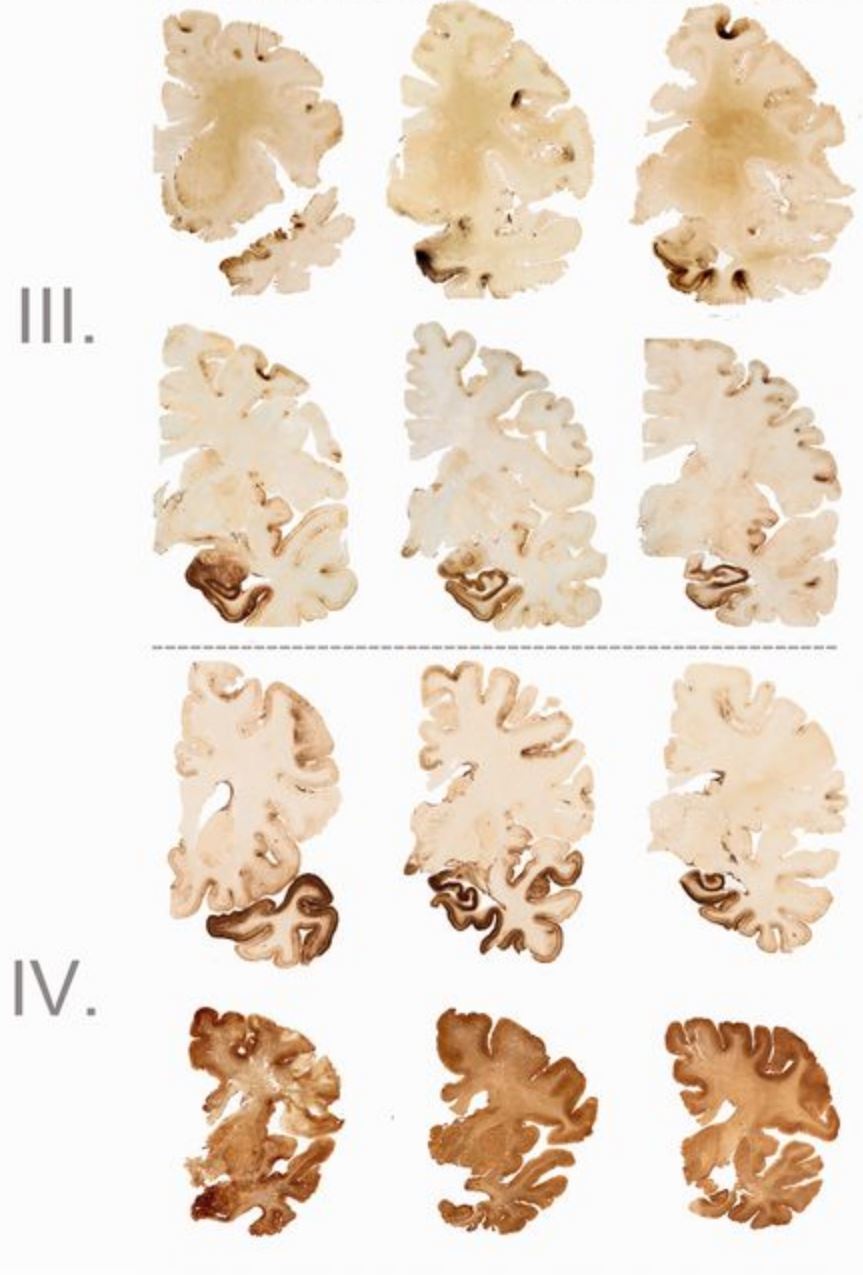
- cte_2.jpg
- 863×1275
- 2018/11/02 13:49
- 100.9 KB
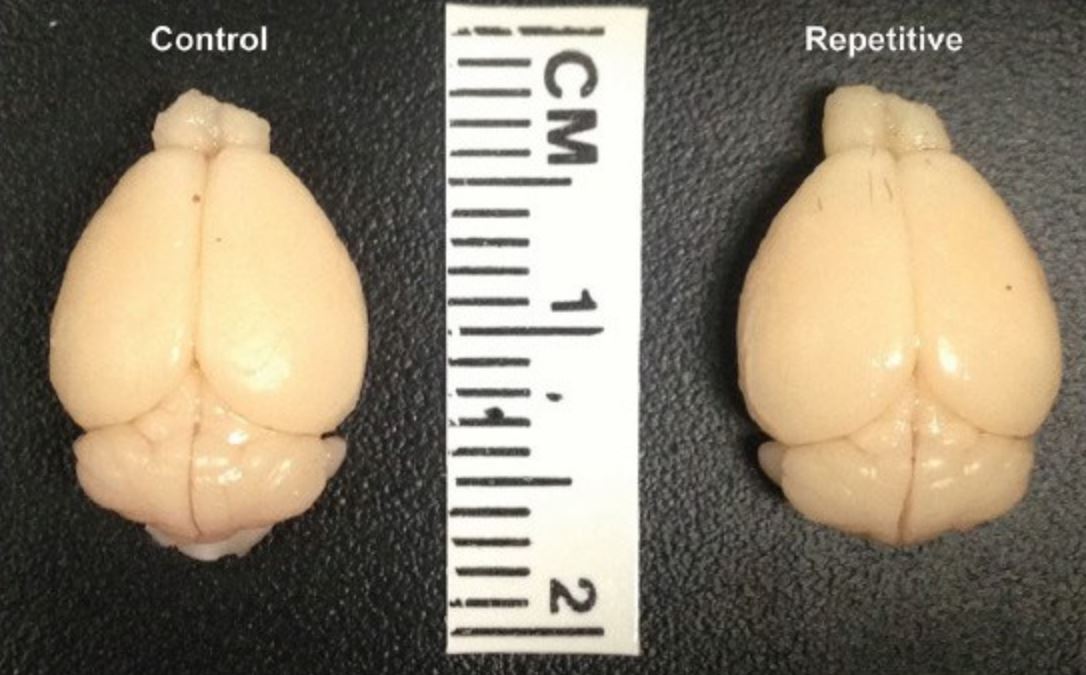
- cte_3.jpg
- 1086×675
- 2018/11/02 13:49
- 93.7 KB
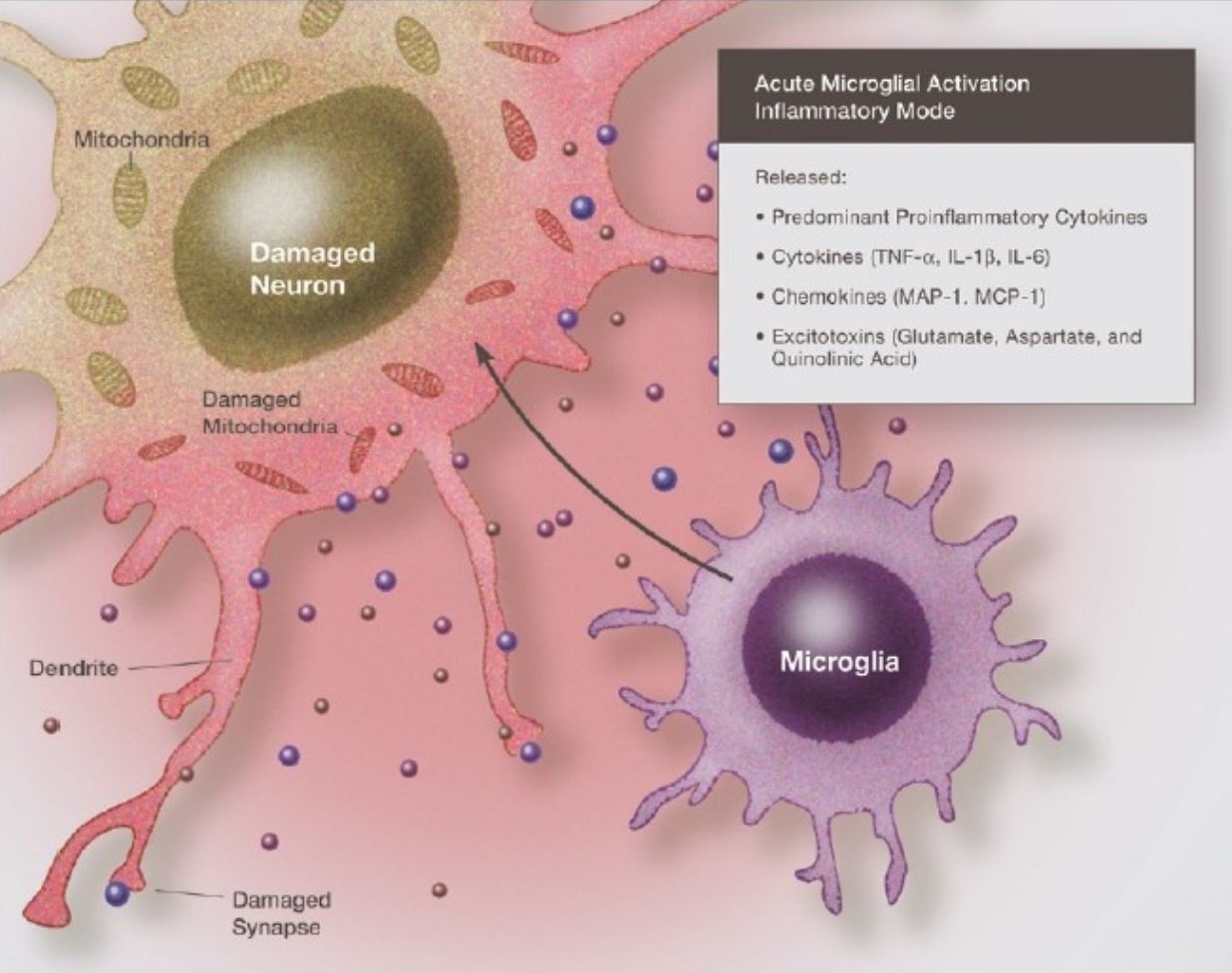
- cte_4.jpg
- 1236×976
- 2018/11/02 13:49
- 120.6 KB
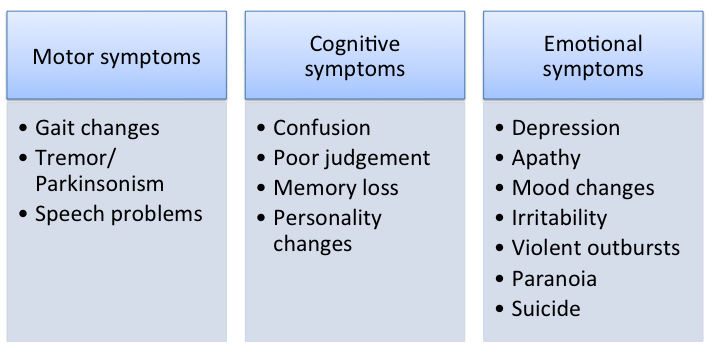
- ctesymptoms.png
- 715×358
- 2018/11/01 23:34
- 61.4 KB

- cuatsm.png
- 800×466
- 2019/02/01 17:18
- 18.4 KB
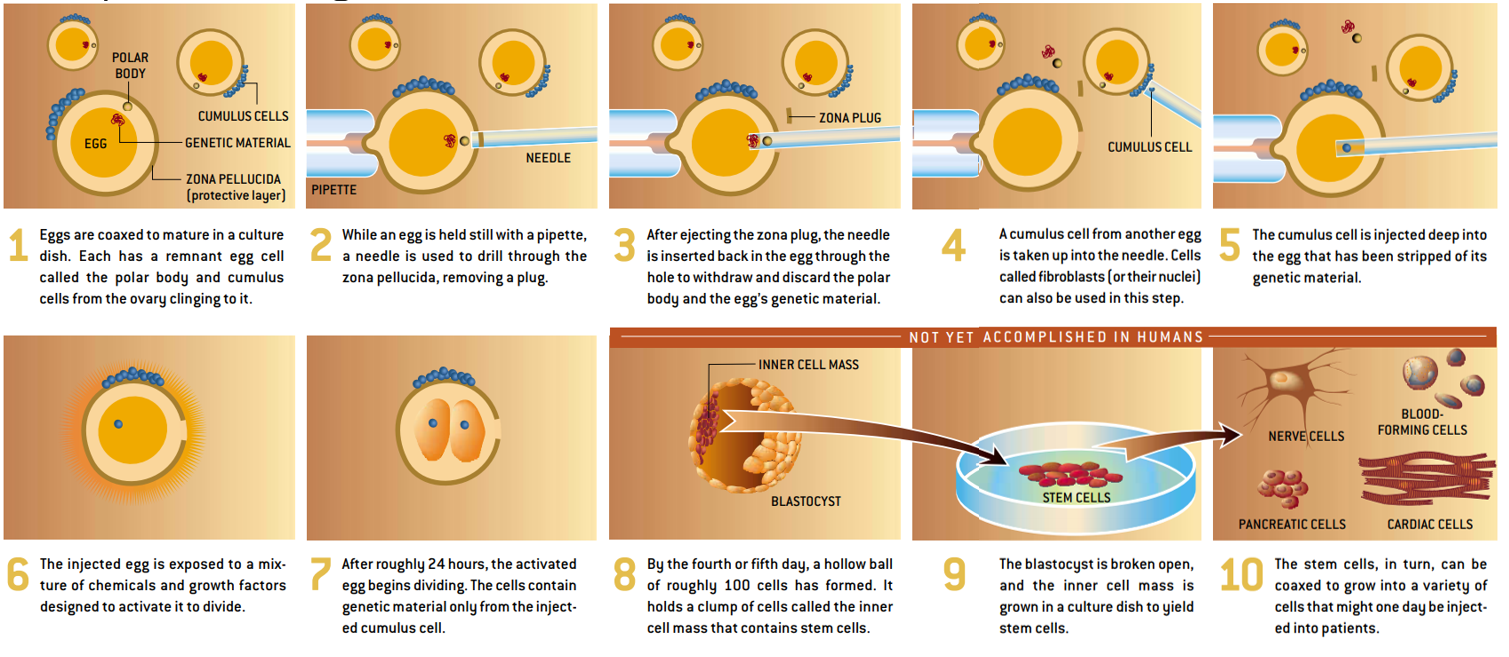
- cumulus.png
- 1509×657
- 2020/02/28 20:01
- 552.8 KB
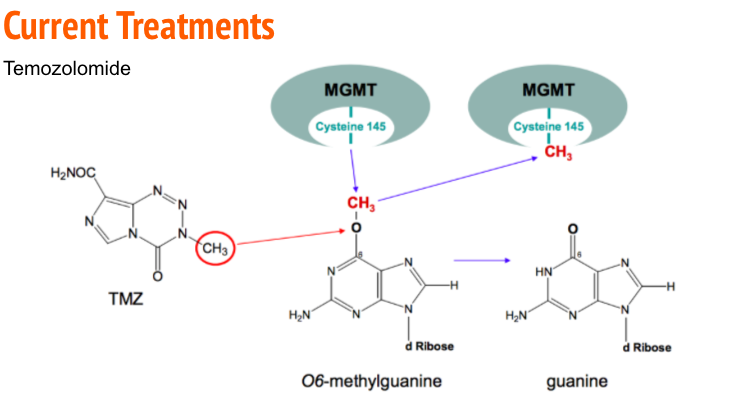
- current_treatment.png
- 746×406
- 2018/01/25 15:19
- 85.4 KB
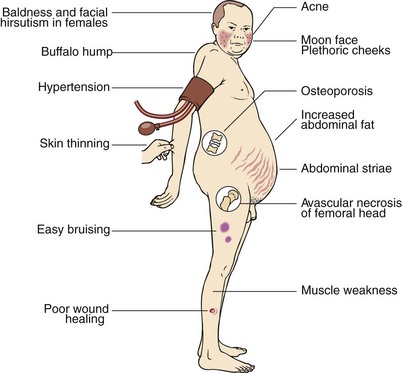
- cushing_s.jpg
- 402×373
- 2018/01/25 15:19
- 30.9 KB

- cushing_s_presentation.pptx
- 2018/01/25 15:19
- 5.4 MB

- cycle_of_weight_loss.jpg
- 425×291
- 2018/01/25 15:19
- 17.9 KB
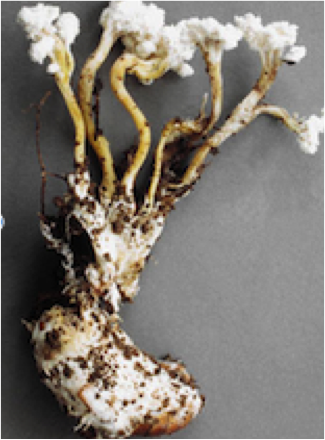
- cyclosporine-1.png
- 325×440
- 2018/01/25 15:19
- 228.9 KB
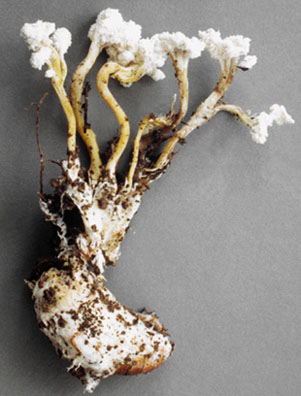
- cyclosporine.jpg
- 301×396
- 2018/01/25 15:19
- 55.4 KB
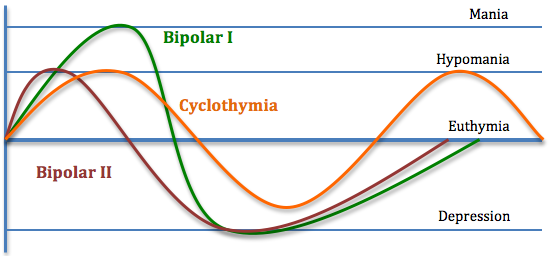
- cyclothymia_graph.png
- 550×256
- 2018/01/25 15:19
- 51.5 KB

- d-lysergic_acid_diethylamide_lsd_.pdf
- 2018/01/25 15:19
- 1.5 MB

- d-lysergic_acid_diethylamide_lsd_.pptx
- 2018/01/25 15:19
- 13 MB
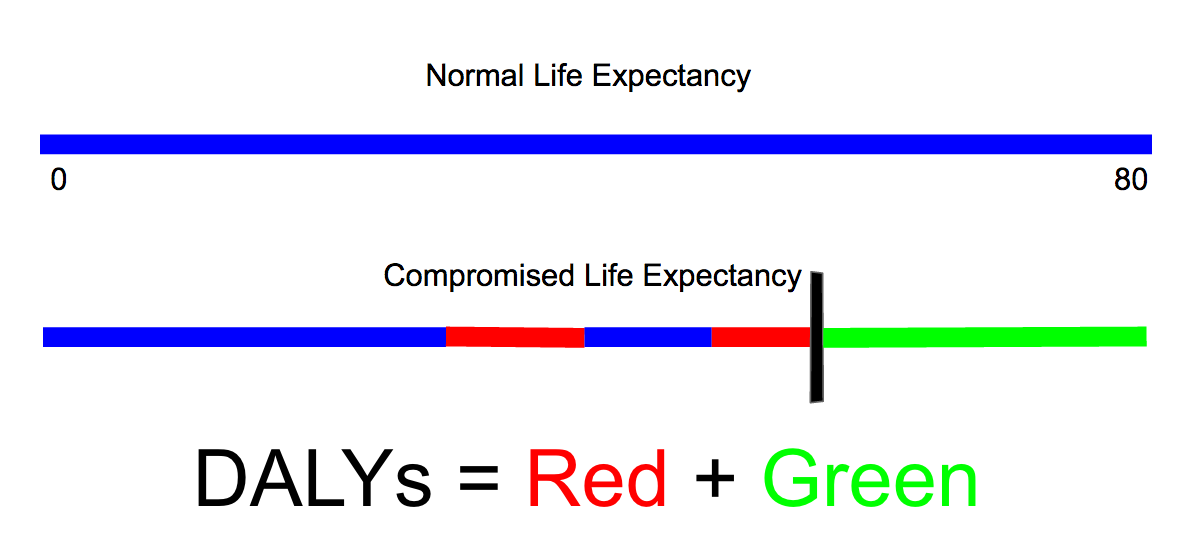
- daly.png
- 1198×558
- 2018/01/25 15:19
- 48.7 KB
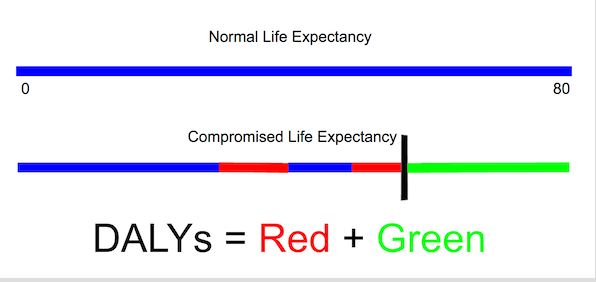
- dalys.png
- 596×282
- 2018/01/25 15:19
- 35.3 KB
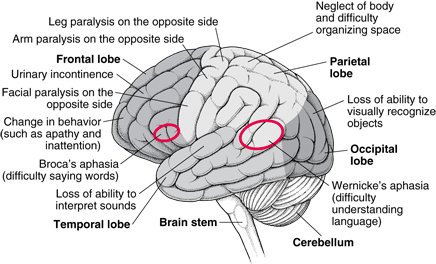
- damage_brain.gif
- 436×264
- 2018/01/25 15:19
- 49.4 KB

- dan_yang.jpg
- 916×1082
- 2018/01/25 15:19
- 152.6 KB
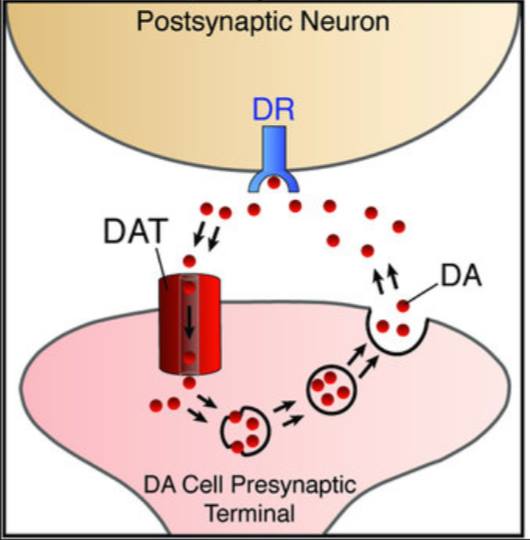
- dat1.jpg
- 530×540
- 2018/01/25 15:19
- 25.7 KB

- dat1structure.png
- 282×295
- 2018/01/25 15:19
- 95.8 KB
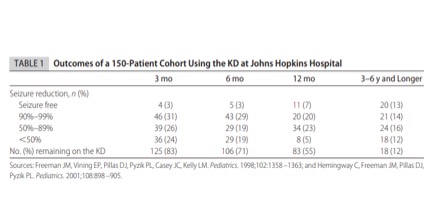
- data_1.jpg
- 427×224
- 2018/09/28 22:41
- 21.1 KB
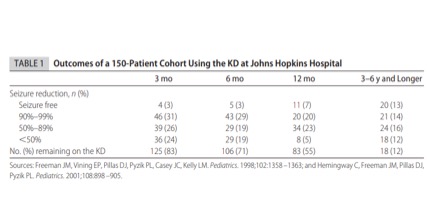
- data_hospital.jpg
- 427×224
- 2018/09/28 22:38
- 21.1 KB

- dbs.png
- 755×537
- 2018/01/25 15:19
- 482.3 KB

- dbs_procedure.png
- 400×300
- 2018/01/25 15:19
- 166.5 KB
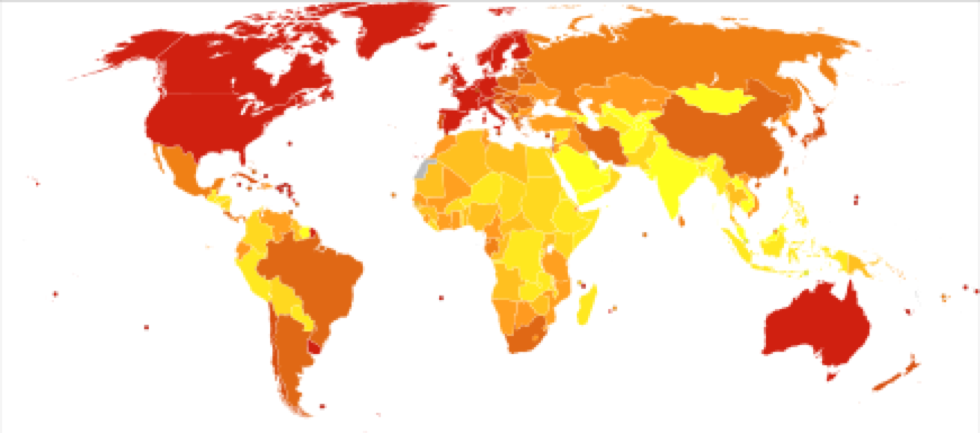
- deathsa.png
- 980×433
- 2018/01/25 15:19
- 189.6 KB
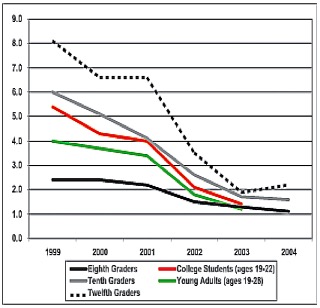
- demographics.jpg
- 320×308
- 2018/01/25 15:19
- 28.1 KB

- depression-685-585x298.jpg
- 585×298
- 2018/01/25 15:19
- 35.1 KB

- depression.jpg
- 425×282
- 2018/01/25 15:19
- 158.1 KB

- depression_2.jpeg
- 410×209
- 2018/01/25 15:19
- 22.1 KB
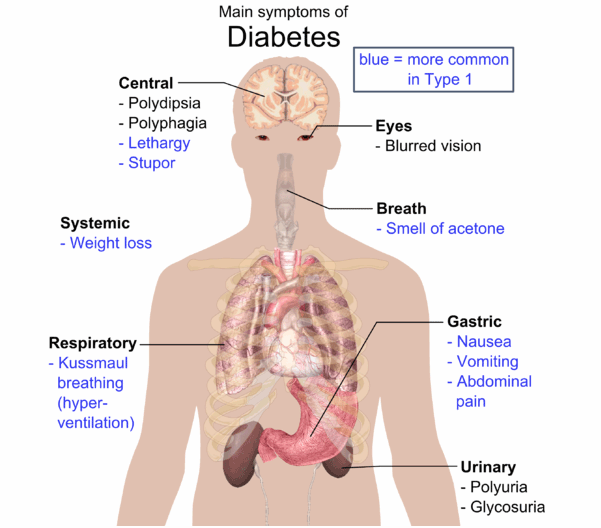
- diab.png
- 601×528
- 2018/09/19 11:17
- 155.9 KB

- diabetes_group_4_presentation.pptx
- 2018/09/29 13:09
- 2.4 MB
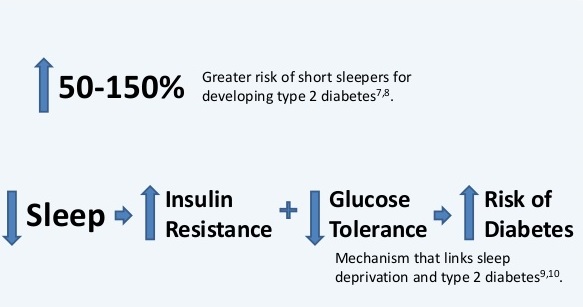
- diabetes_sleep_deprivation.jpg
- 583×307
- 2018/01/25 15:19
- 34.4 KB
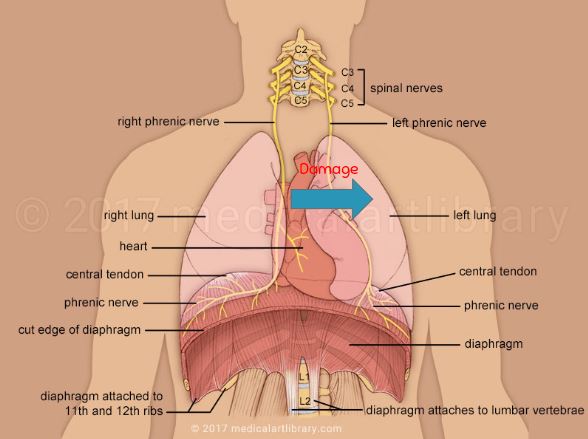
- diag.jpg
- 588×439
- 2019/03/08 23:20
- 40.4 KB
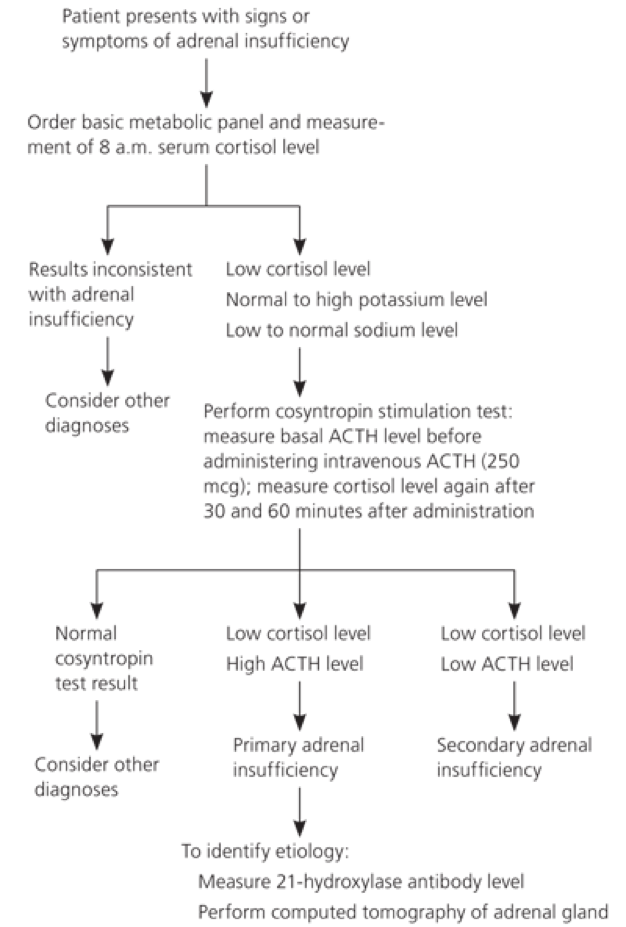
- diag.png
- 626×927
- 2018/01/25 15:19
- 203.7 KB
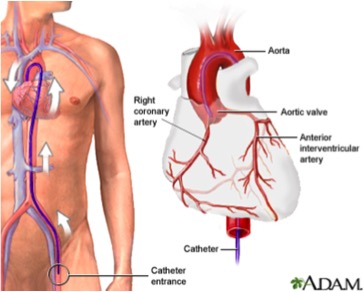
- diagnosis.jpg
- 364×292
- 2018/01/25 15:19
- 30.4 KB
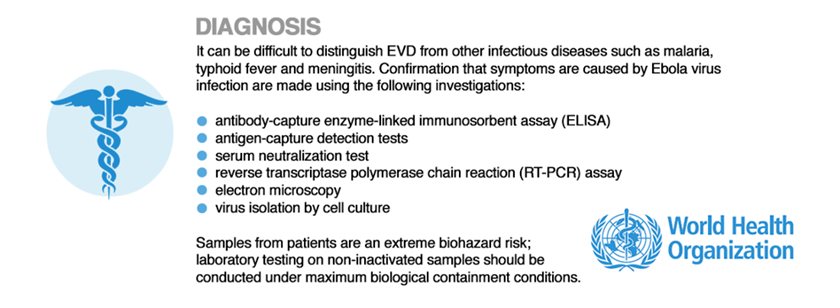
- diagnosis.png
- 840×308
- 2018/01/25 15:19
- 114.7 KB
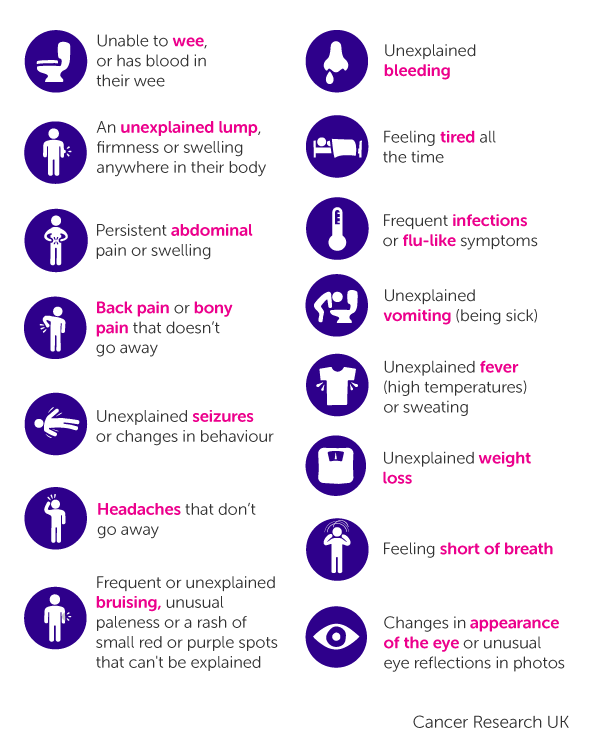
- diagram-of-symptoms-to-look-out-for_0.png
- 599×754
- 2020/03/24 21:30
- 71 KB
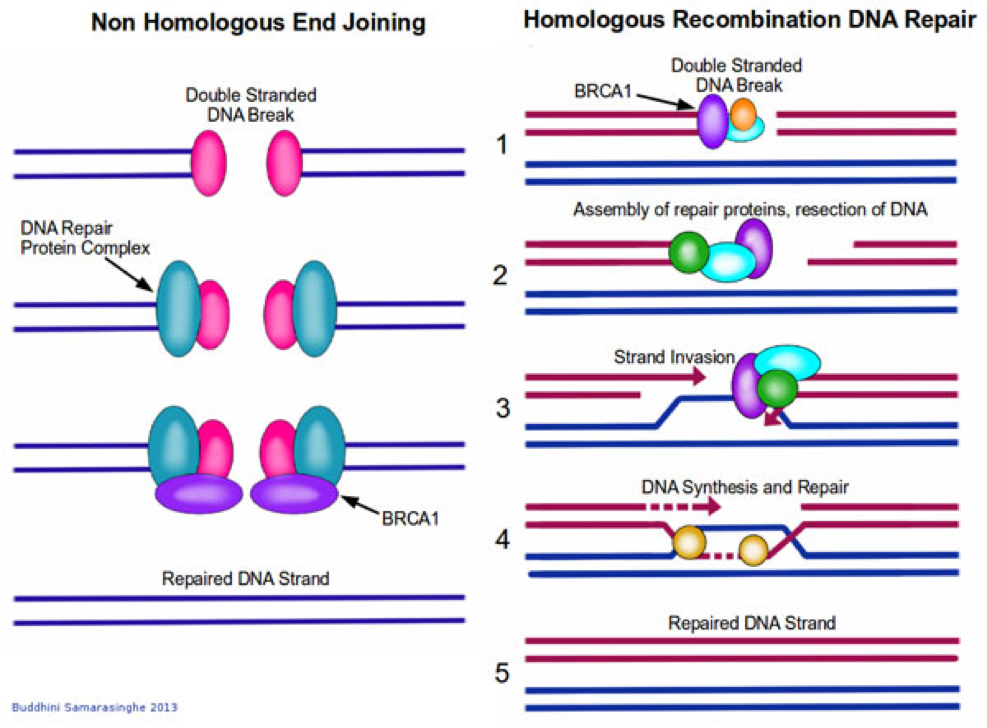
- diagram_.png
- 987×728
- 2018/01/25 15:19
- 526.8 KB
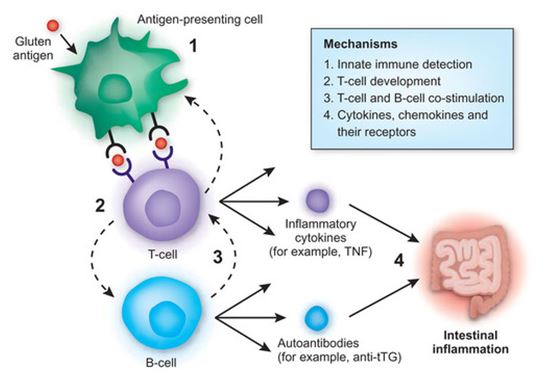
- diagramofcells.jpg
- 547×389
- 2018/01/25 15:19
- 36.4 KB
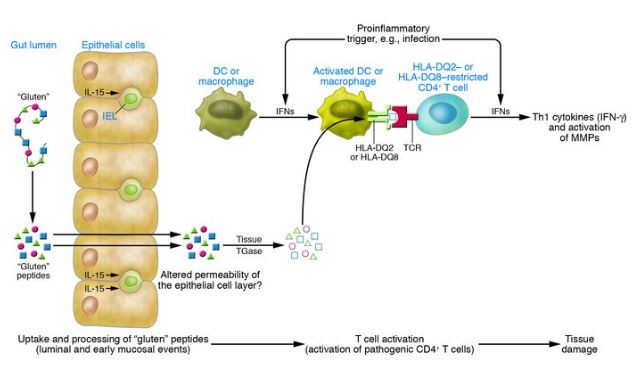
- diagramofprocesssssss.jpg
- 633×367
- 2018/01/25 15:19
- 36.7 KB
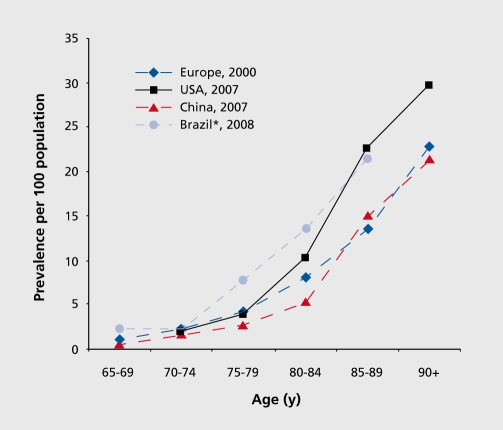
- dialoguesclinneurosci-11-111-g001.jpg
- 503×430
- 2018/01/25 15:19
- 63.7 KB

- diarrhea.pdf
- 2018/01/25 15:19
- 1.1 MB
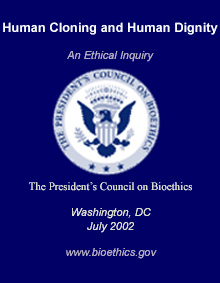
- diary.png
- 220×283
- 2020/02/28 20:05
- 45.1 KB
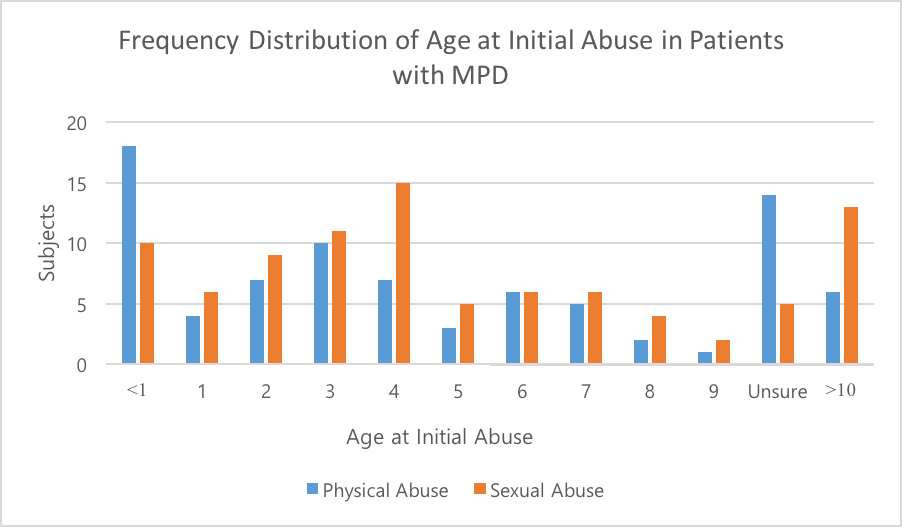
- did_enviro_graph.png
- 902×527
- 2018/09/28 23:10
- 35.4 KB

- diet.png
- 1132×992
- 2018/02/02 18:23
- 2.2 MB

- disease.png
- 658×433
- 2018/01/25 15:19
- 151.8 KB

- dissociative_identity_disorder-_presentation.pptx
- 2018/09/25 21:25
- 1.2 MB
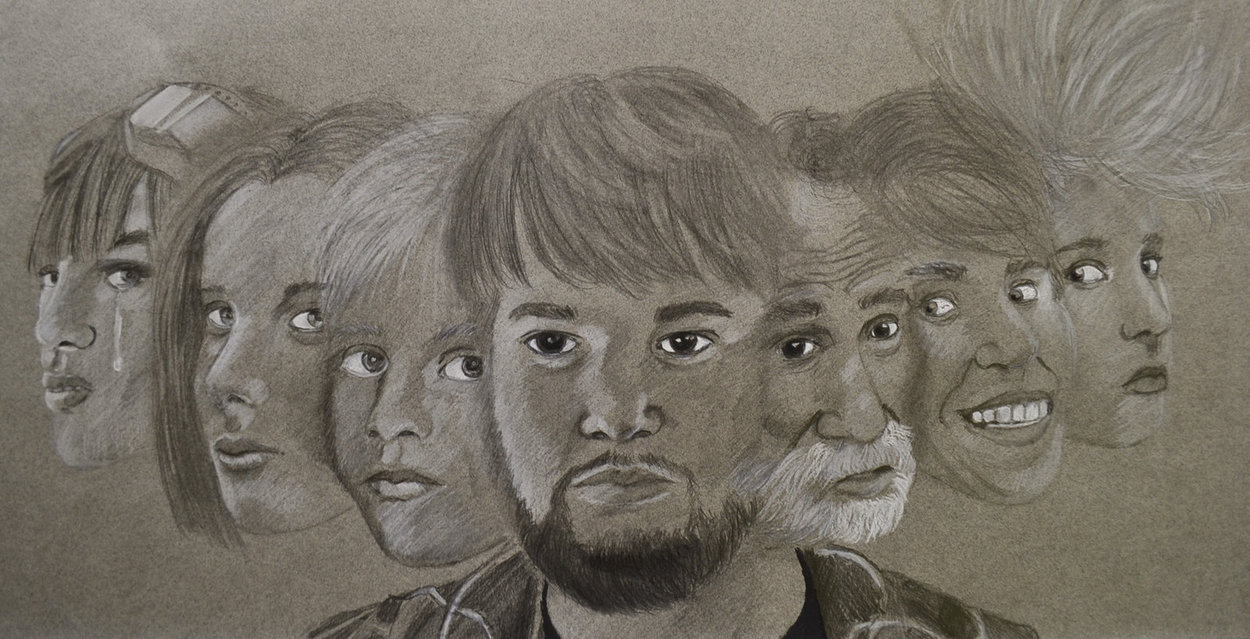
- dissociative_identity_disorder_by_x_sinister_chaos_x-d5uegwj.jpg
- 1250×639
- 2018/09/28 13:32
- 197.9 KB
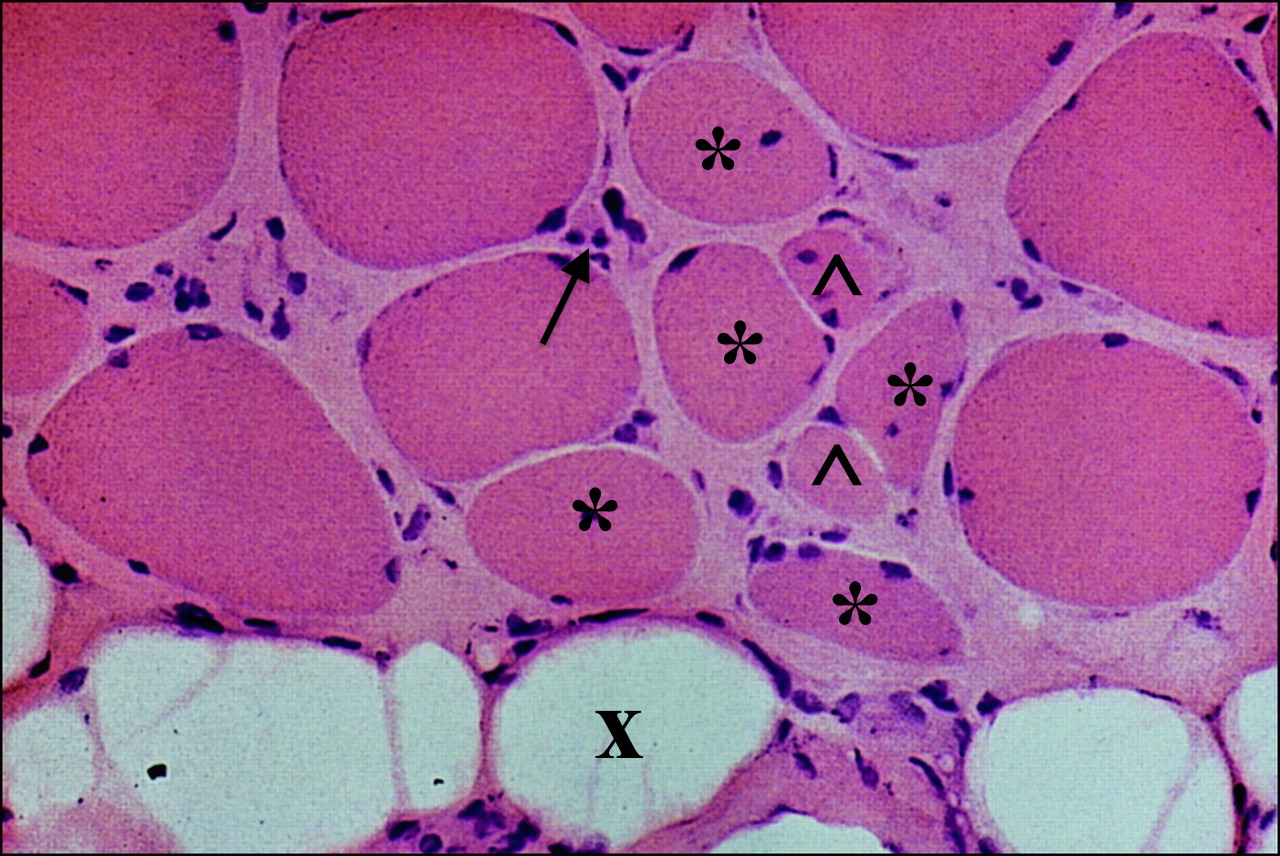
- dmd_biopsy.jpg
- 1280×856
- 2018/01/25 15:19
- 309.3 KB
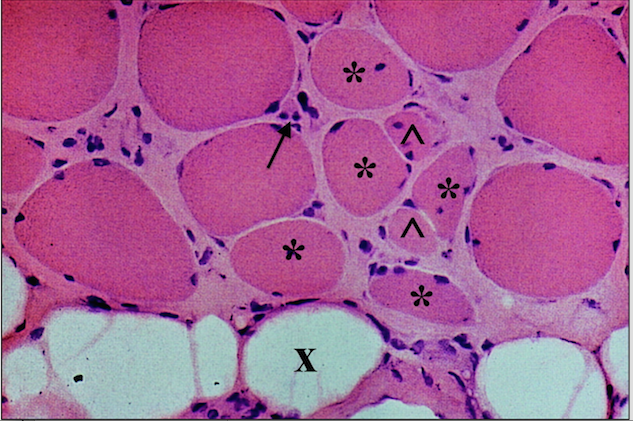
- dmd_biopsy.png
- 633×421
- 2018/01/25 15:19
- 620.7 KB
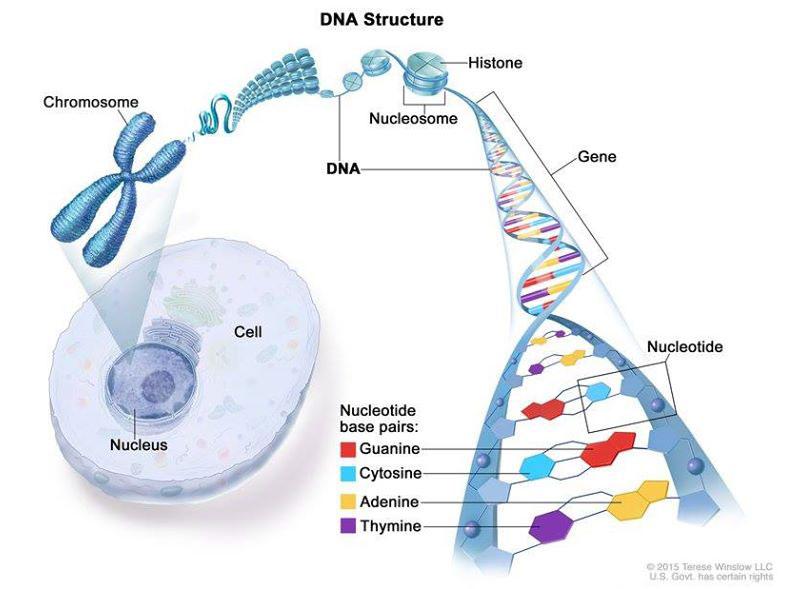
- dna-structure-enlarge.jpg
- 785×589
- 2020/03/24 21:20
- 49.2 KB
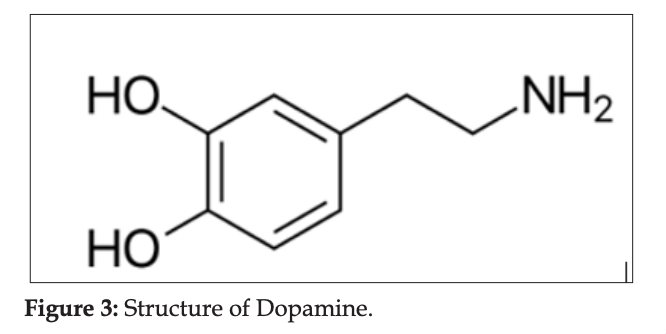
- dopamine.png
- 666×334
- 2020/01/28 15:08
- 42.2 KB

- download.jpg
- 300×168
- 2018/01/25 15:19
- 6.9 KB

- dragonball.gif
- 200×104
- 2019/02/01 14:53
- 354.9 KB
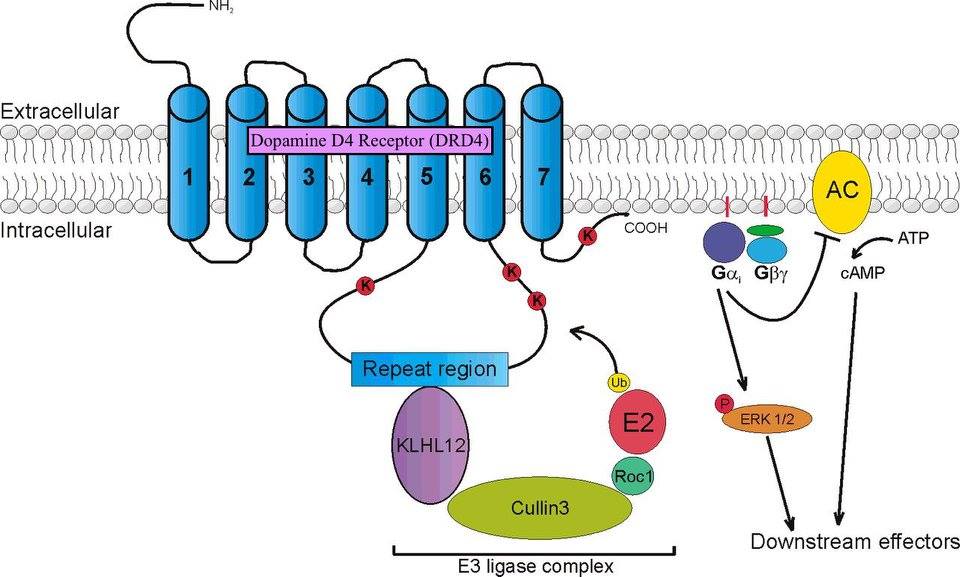
- drd4.jpg
- 960×577
- 2018/01/25 15:19
- 64.1 KB
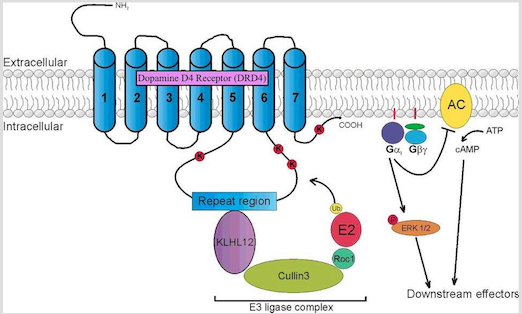
- drd4structure.png
- 522×314
- 2018/01/25 15:19
- 156.5 KB
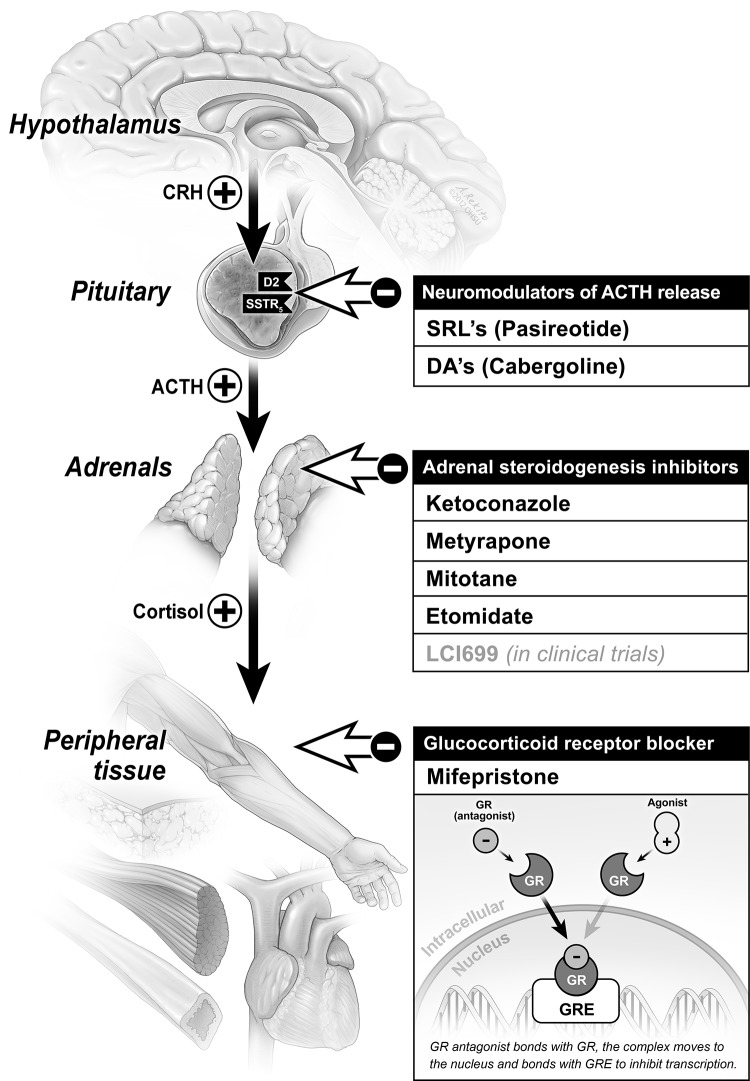
- drugs.jpg
- 750×1081
- 2018/01/25 15:19
- 196.6 KB
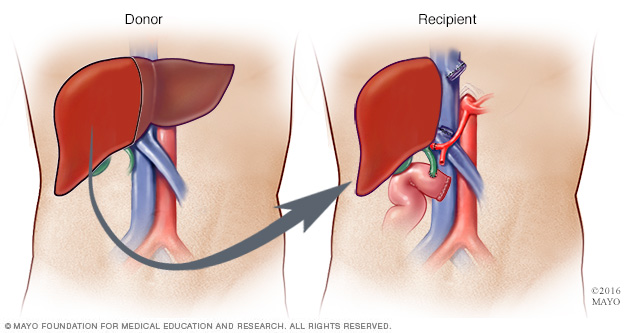
- ds00097_-ds00398_-ds00411_-ds00676_-my00349_im03635_d7_living_liver_transplantthu_jpg.jpg
- 632×333
- 2018/01/25 15:19
- 62.3 KB
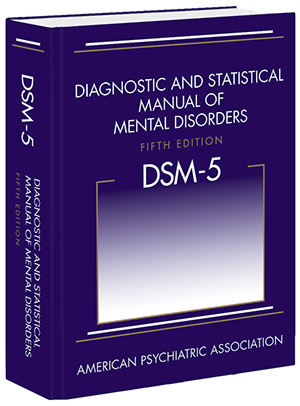
- dsm-5_3d.jpg
- 300×406
- 2018/01/25 15:19
- 45.4 KB
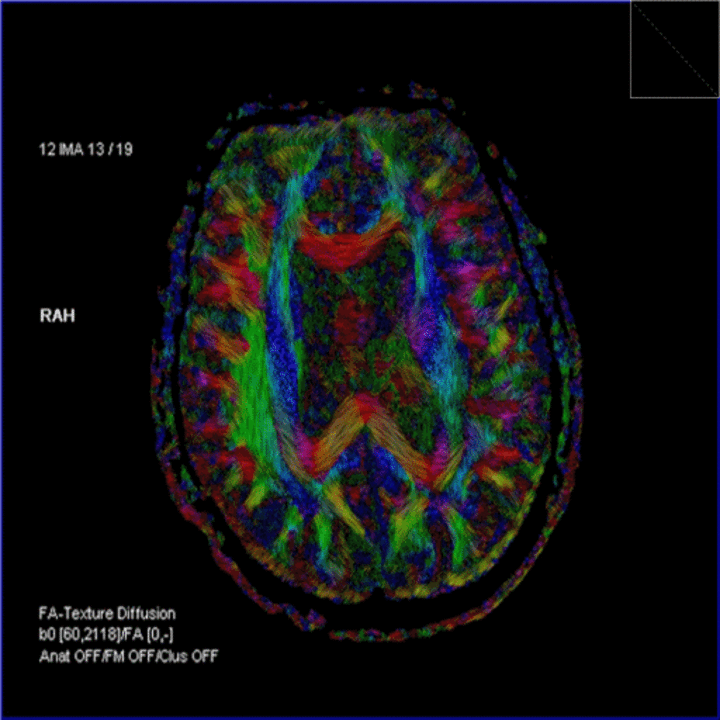
- dti.png
- 720×720
- 2018/11/02 00:05
- 380.9 KB
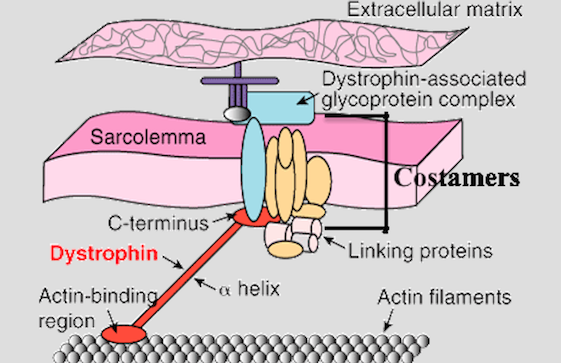
- dystrophin.png
- 561×363
- 2018/01/25 15:19
- 189.7 KB
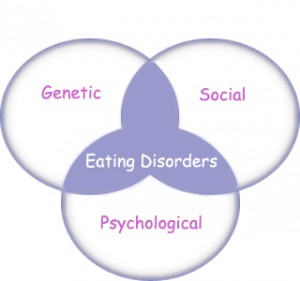
- eatingdisorders-300x281.jpg
- 300×281
- 2018/03/29 22:00
- 12.1 KB
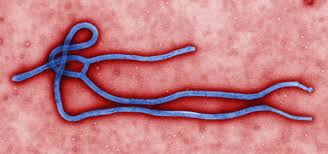
- ebola.jpg
- 328×154
- 2018/01/25 15:19
- 7.4 KB
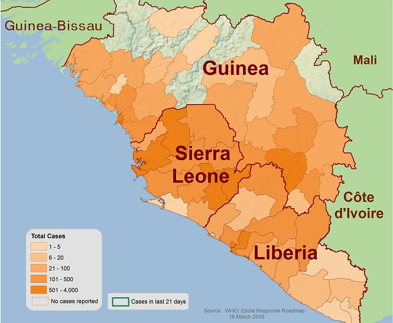
- ebola_map.png
- 393×323
- 2018/01/25 15:19
- 186.8 KB
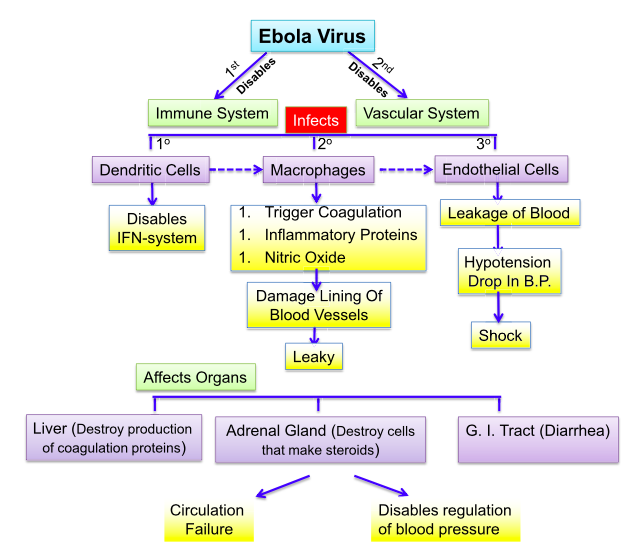
- ebola_patho.png
- 636×552
- 2018/01/25 15:19
- 124.9 KB
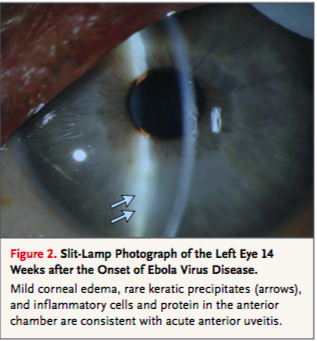
- ebov_eye.png
- 317×341
- 2018/01/25 15:19
- 154.6 KB
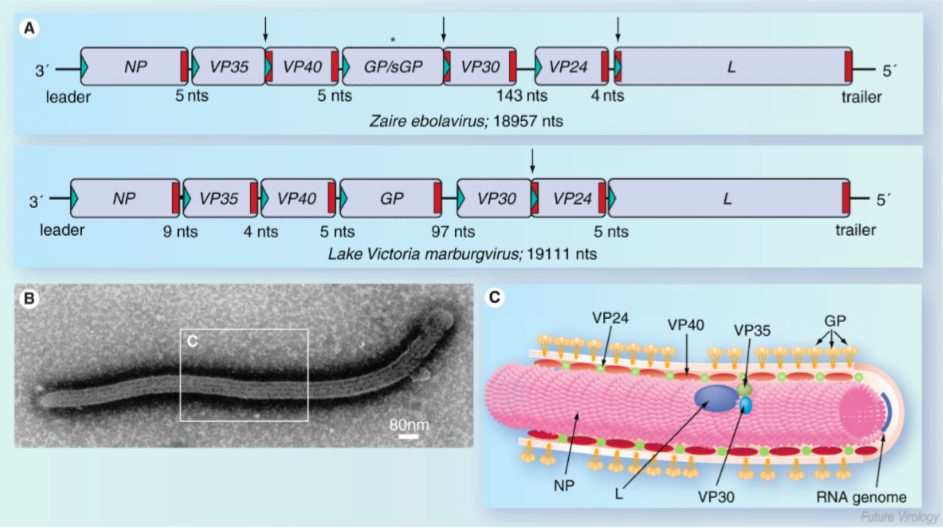
- ebov_genome.png
- 943×528
- 2018/01/25 15:19
- 510.9 KB
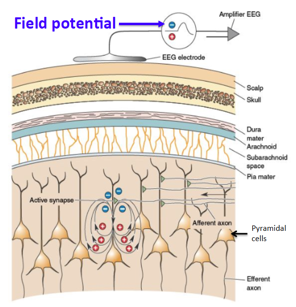
- eeg.png
- 296×307
- 2018/01/25 15:19
- 126.6 KB
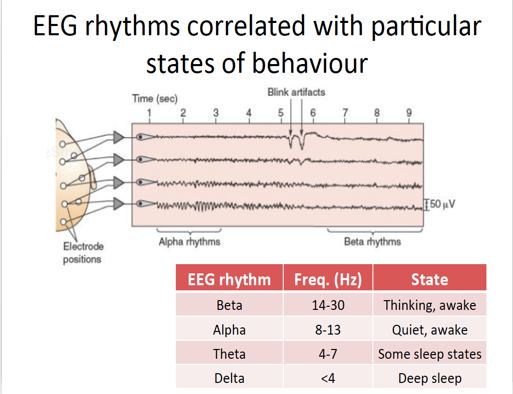
- eeg_and_behaviour.png
- 513×394
- 2018/01/25 15:19
- 126.9 KB
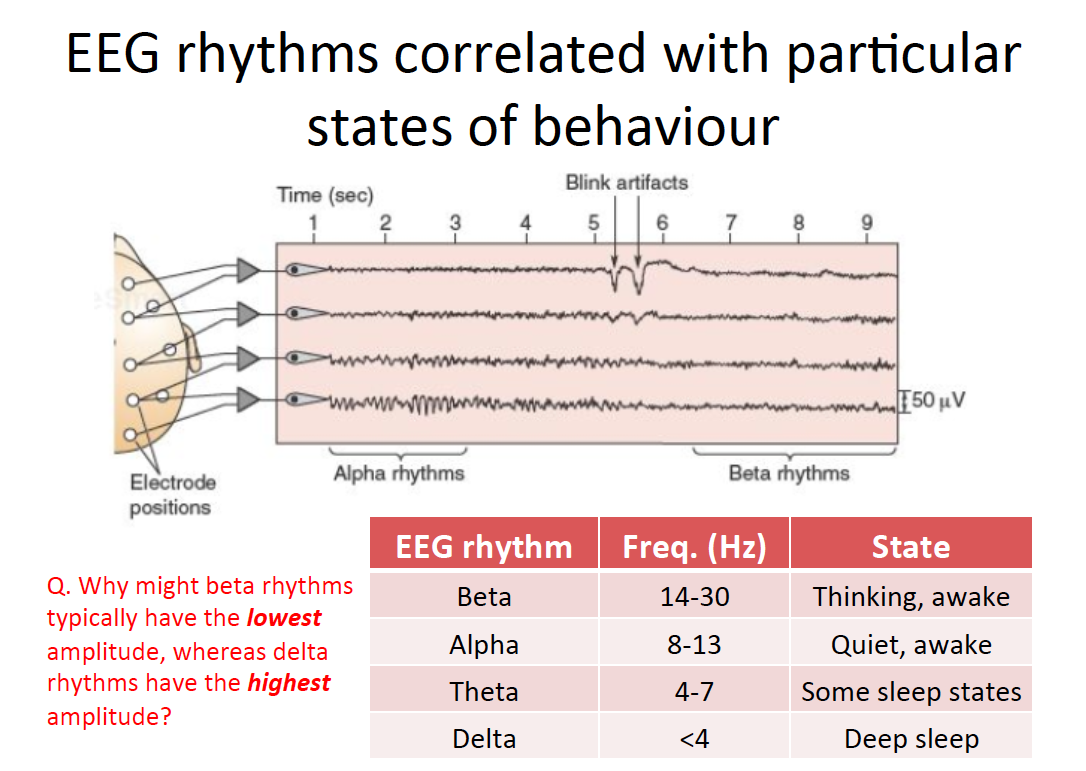
- eeg_rhythms_and_behaviour_.png
- 1086×771
- 2018/01/25 15:19
- 307.7 KB
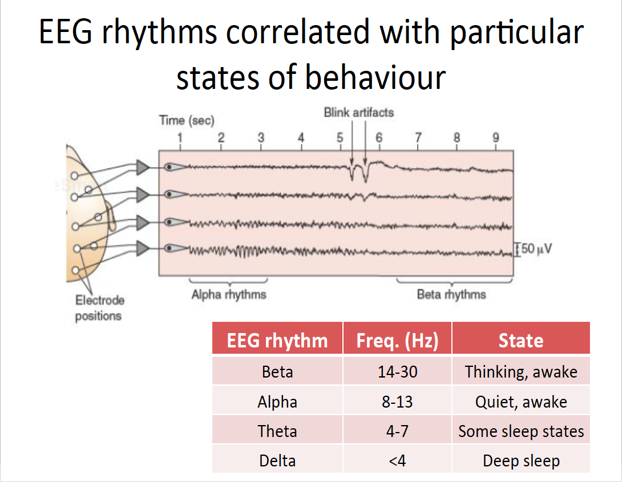
- eeg_rhythms_and_behaviour_good.png
- 622×482
- 2018/01/25 15:19
- 170.4 KB
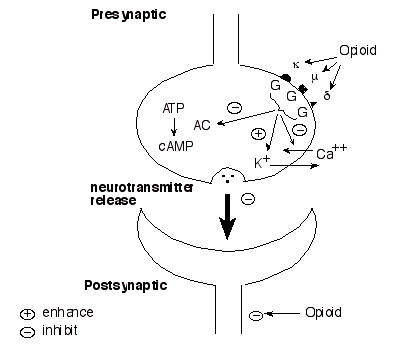
- effect.gif
- 410×352
- 2018/11/02 20:03
- 4.5 KB
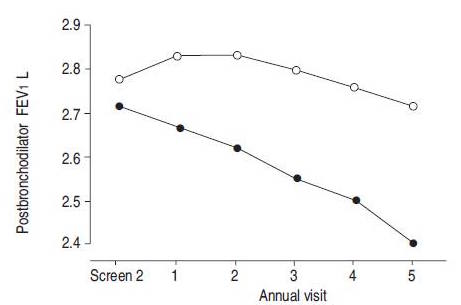
- effect_of_smoking_cessation_on_postbronchodilator_forced_expiratory_volume_in_one_second_fev1_decline._willemse_2004_.jpeg
- 461×305
- 2018/01/25 15:19
- 17.2 KB
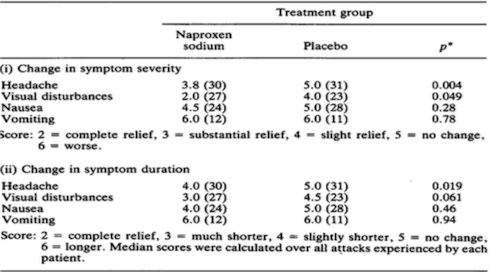
- effectiveness_nsaid.png
- 497×272
- 2018/01/25 15:19
- 77.4 KB

- effects_of_sleep_deprivation_on_brain.png
- 850×453
- 2018/01/25 15:19
- 248.5 KB

- effects_of_sleep_deprivation_on_brain_title.png
- 850×453
- 2018/01/25 15:19
- 248.5 KB

- effects_of_sleep_deprivation_title.png
- 800×426
- 2018/01/25 15:19
- 214.3 KB
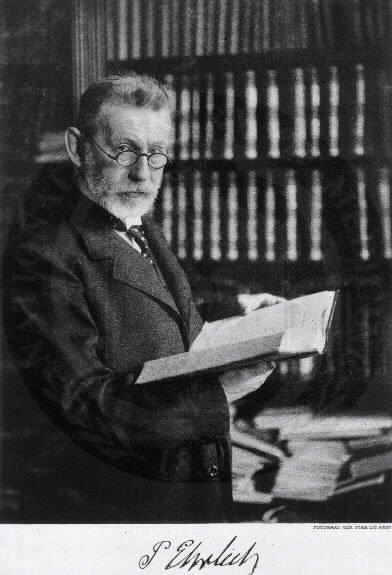
- ehrlich.jpg
- 392×575
- 2018/01/25 15:19
- 40.7 KB
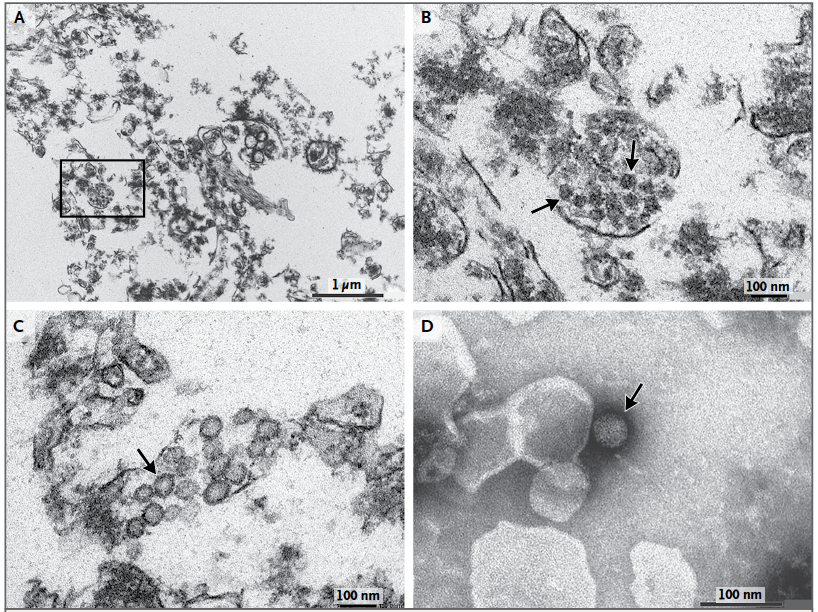
- electron_microscopy.png
- 818×612
- 2018/01/25 15:19
- 915.3 KB
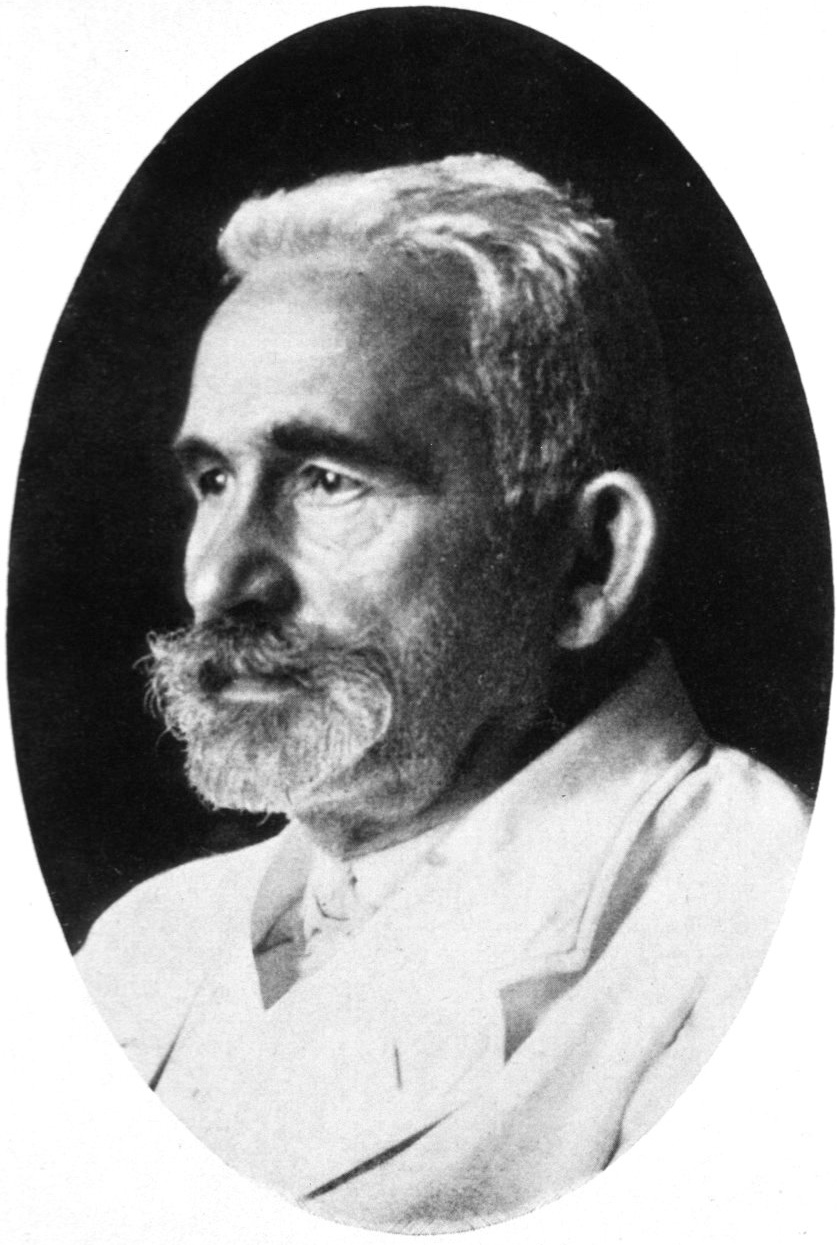
- emil_kraepelin_1926.jpg
- 837×1245
- 2018/01/28 10:45
- 240.9 KB
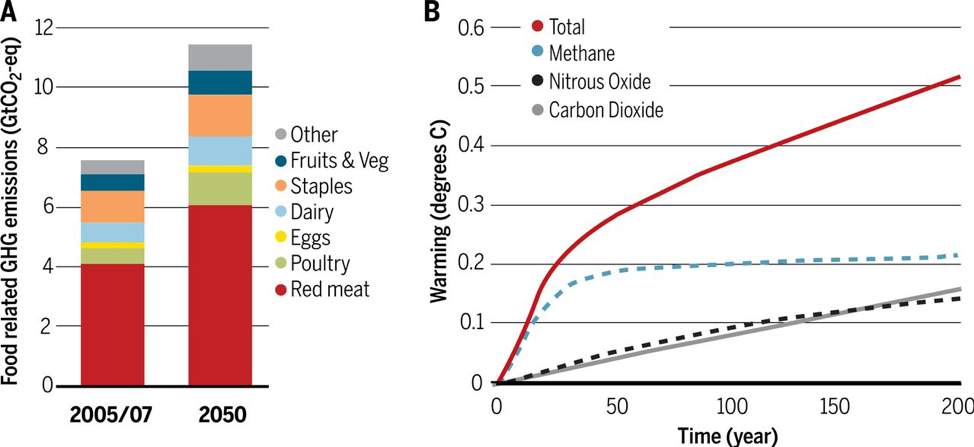
- emissions.png
- 974×447
- 2020/01/24 20:14
- 185.9 KB

- empathy.jpg
- 700×400
- 2018/03/30 20:00
- 28.7 KB
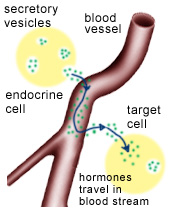
- endocrine.jpg
- 175×215
- 2018/10/23 19:55
- 17.1 KB
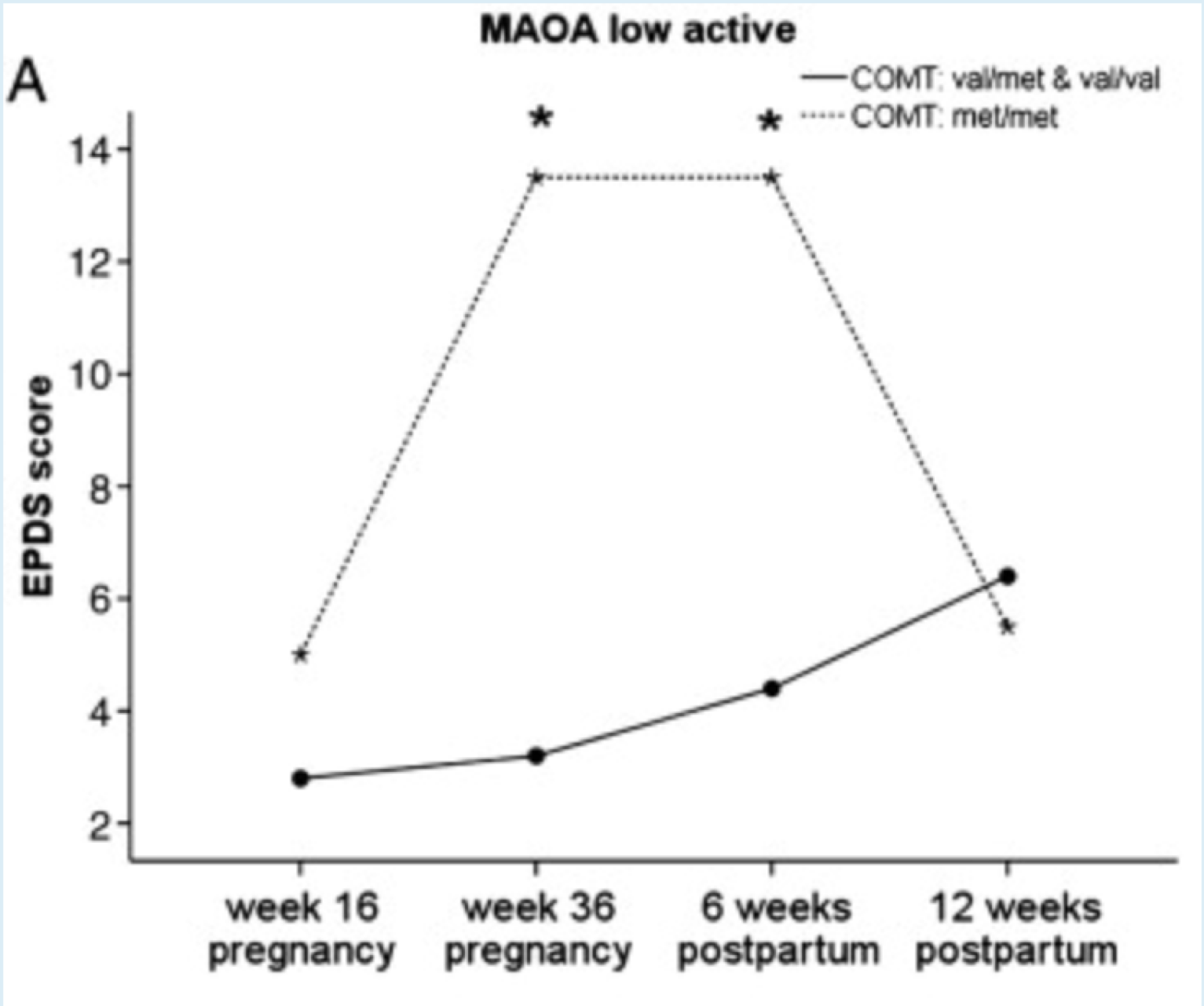
- epds.png
- 1533×1281
- 2018/02/24 18:11
- 329.1 KB
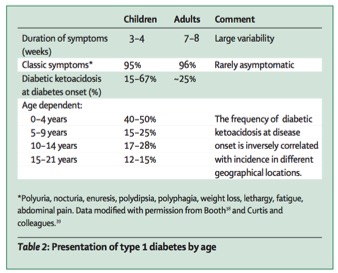
- epi.jpg
- 338×273
- 2018/01/25 15:19
- 33.7 KB
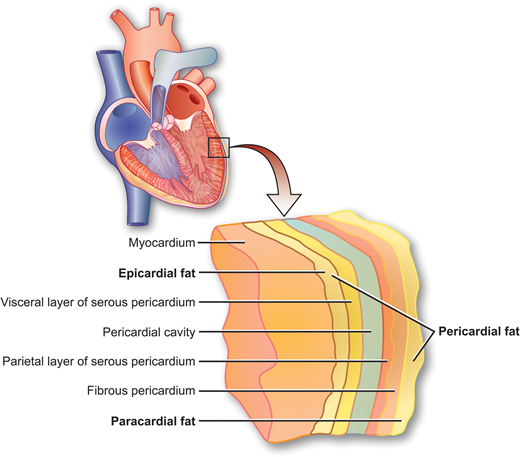
- epi.png
- 520×457
- 2018/10/24 11:32
- 161.2 KB

- epi1.jpg
- 493×335
- 2018/01/25 15:19
- 39.5 KB
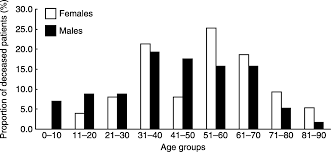
- epi_2_.png
- 331×152
- 2018/01/25 15:19
- 4 KB
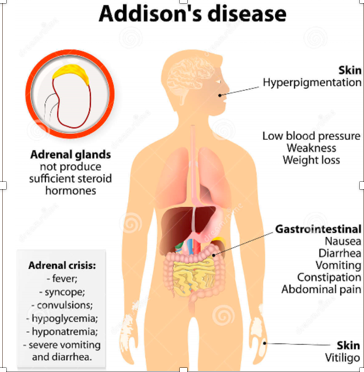
- epi_3_add.png
- 364×372
- 2018/01/25 15:19
- 131.7 KB
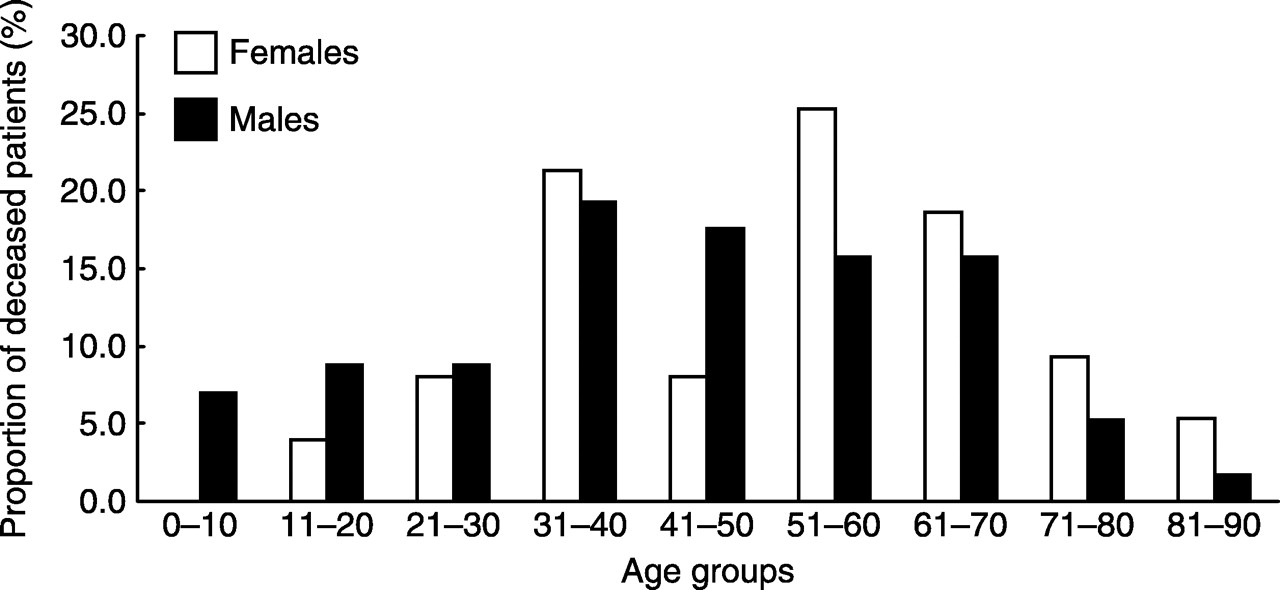
- epi_addisons.jpg
- 1280×590
- 2018/01/25 15:19
- 62.4 KB
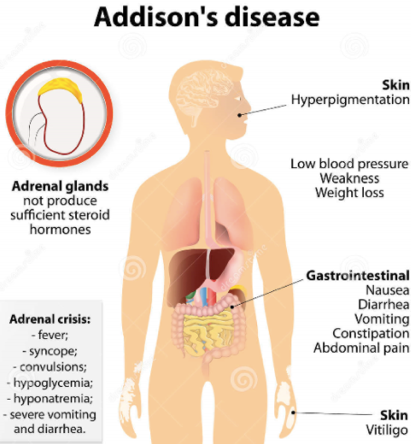
- epi_pic_final_.png
- 411×444
- 2018/01/25 15:19
- 161.2 KB
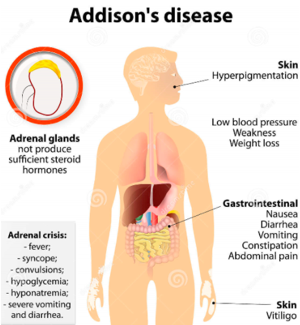
- epi_pic_final_3.png
- 300×325
- 2018/01/25 15:19
- 102.7 KB
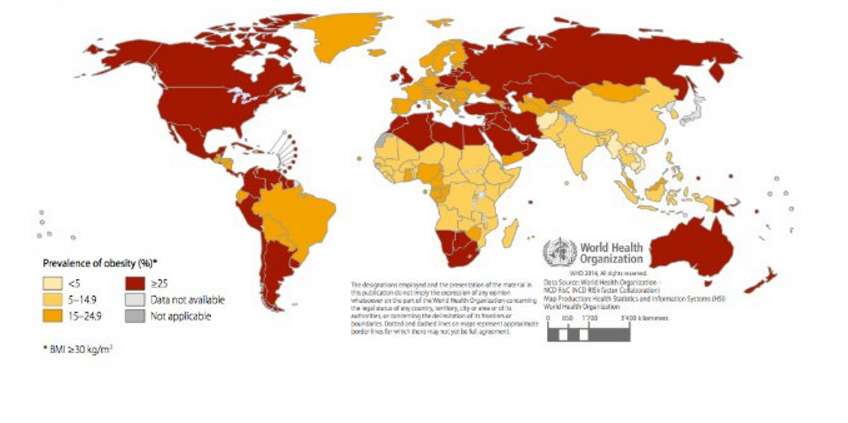
- epi_world_map.png
- 848×423
- 2018/01/25 15:19
- 403.8 KB

- epia.png
- 975×477
- 2018/01/25 15:19
- 245.4 KB

- epigallocatechin-gallate-egcg-2_top-testosterone-supplement.jpg
- 248×258
- 2018/01/25 15:19
- 18.5 KB

- epilepsy1.jpg
- 980×490
- 2018/01/25 15:19
- 77.3 KB
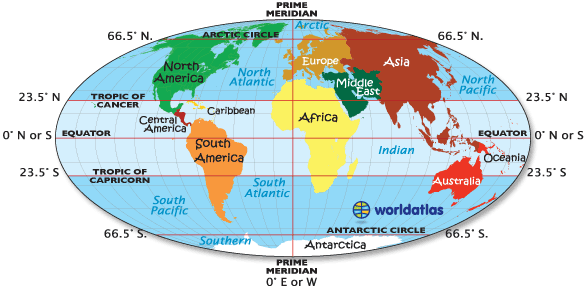
- equator.gif
- 587×289
- 2018/11/29 00:49
- 29.5 KB
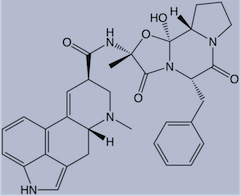
- ergotamine_structure_5.png
- 241×196
- 2018/01/25 15:19
- 28.4 KB
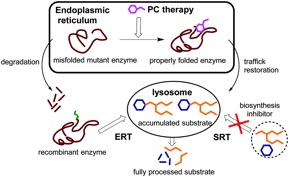
- ert.jpg
- 289×177
- 2018/01/25 15:19
- 19.5 KB
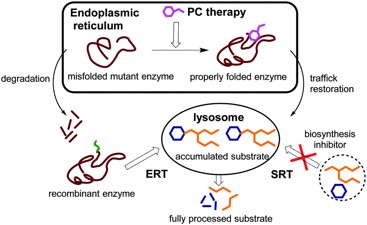
- ert_3.jpg
- 367×225
- 2018/01/25 15:19
- 27.2 KB
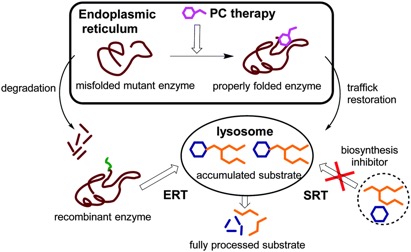
- ert_44444.jpg
- 411×252
- 2018/01/25 15:19
- 33.7 KB
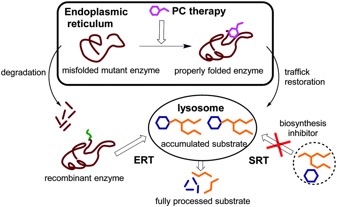
- ert_final_.jpg
- 337×207
- 2018/01/25 15:19
- 25.1 KB

- esport.jpg
- 2048×1365
- 2020/01/29 22:48
- 1.8 MB
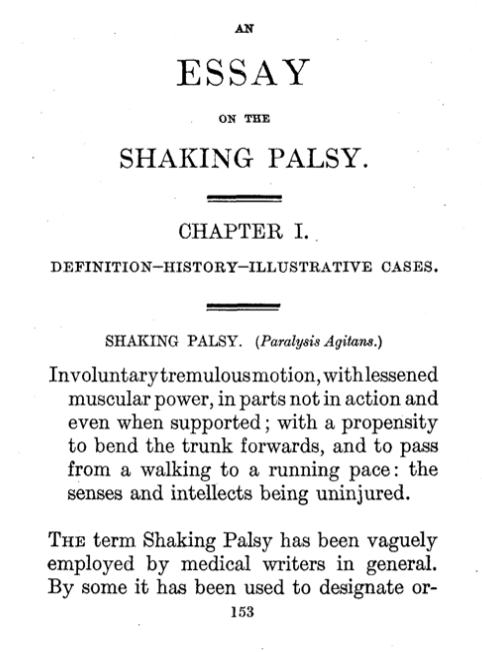
- essay.png
- 482×652
- 2019/01/31 15:30
- 118.8 KB
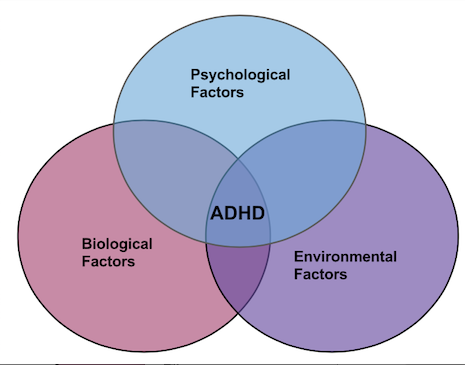
- etiology.jpg.png
- 465×365
- 2018/01/25 15:19
- 68.8 KB
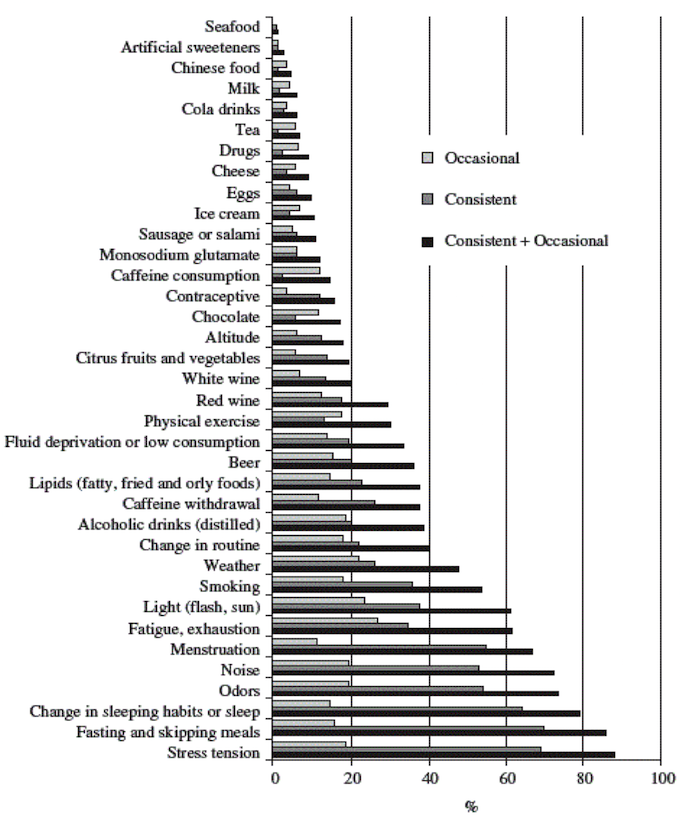
- exacerbating_factors.png
- 682×830
- 2018/01/25 15:19
- 406.5 KB
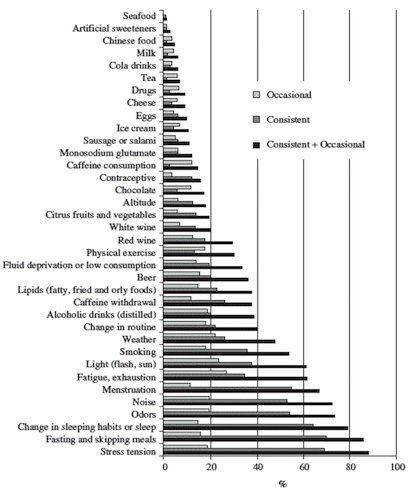
- exacerbating_factors_2.png
- 409×498
- 2018/01/25 15:19
- 165.3 KB
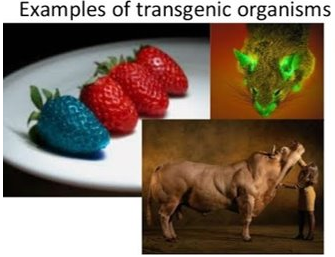
- examples_of_transgenic_clones.png
- 335×257
- 2020/02/28 23:07
- 157 KB
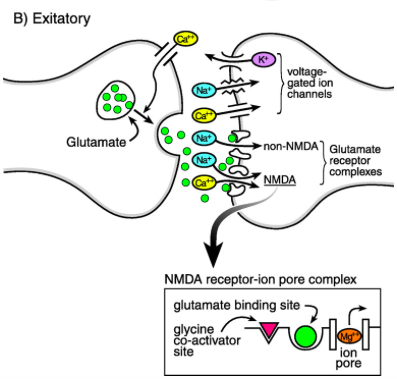
- excite.png
- 397×379
- 2018/01/25 15:19
- 92.1 KB
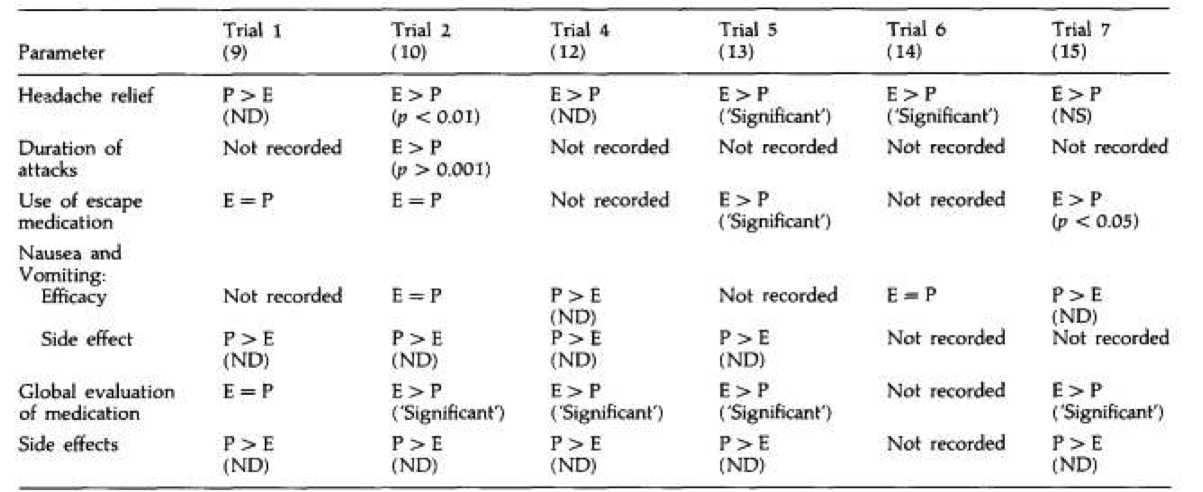
- experiment_ergo_.png
- 1203×492
- 2018/01/25 15:19
- 287.8 KB
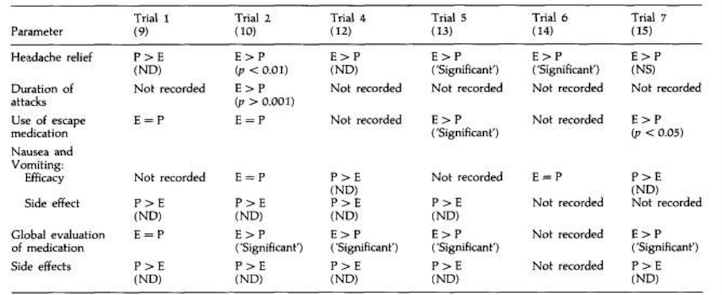
- experiment_ergo_edit_.png
- 722×295
- 2018/01/25 15:19
- 139.8 KB
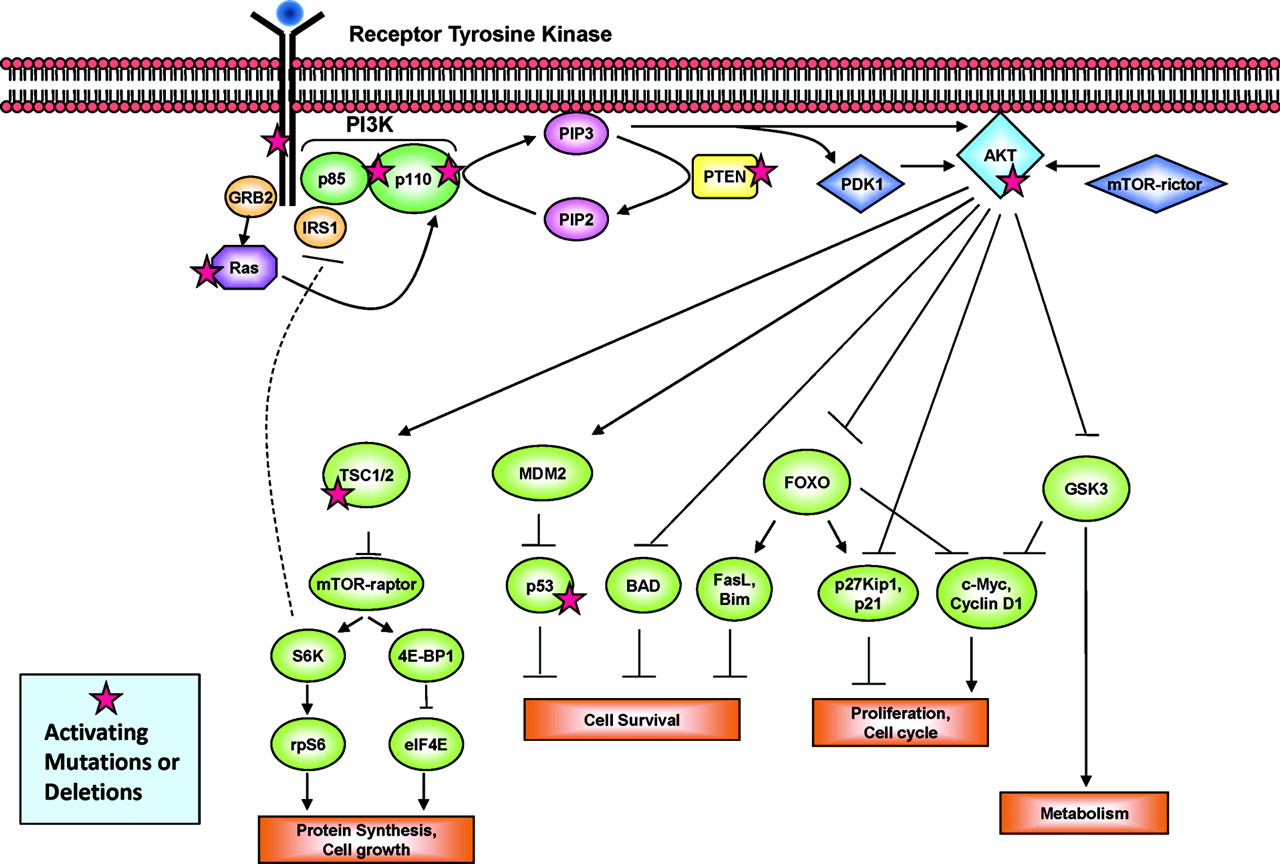
- f1.large.jpg
- 1280×864
- 2018/01/25 15:19
- 205.5 KB
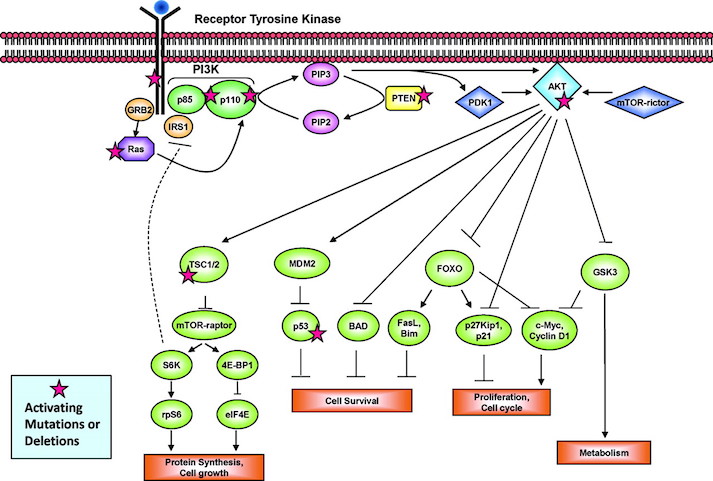
- f1.large1.jpg
- 713×481
- 2018/01/25 15:19
- 94.2 KB
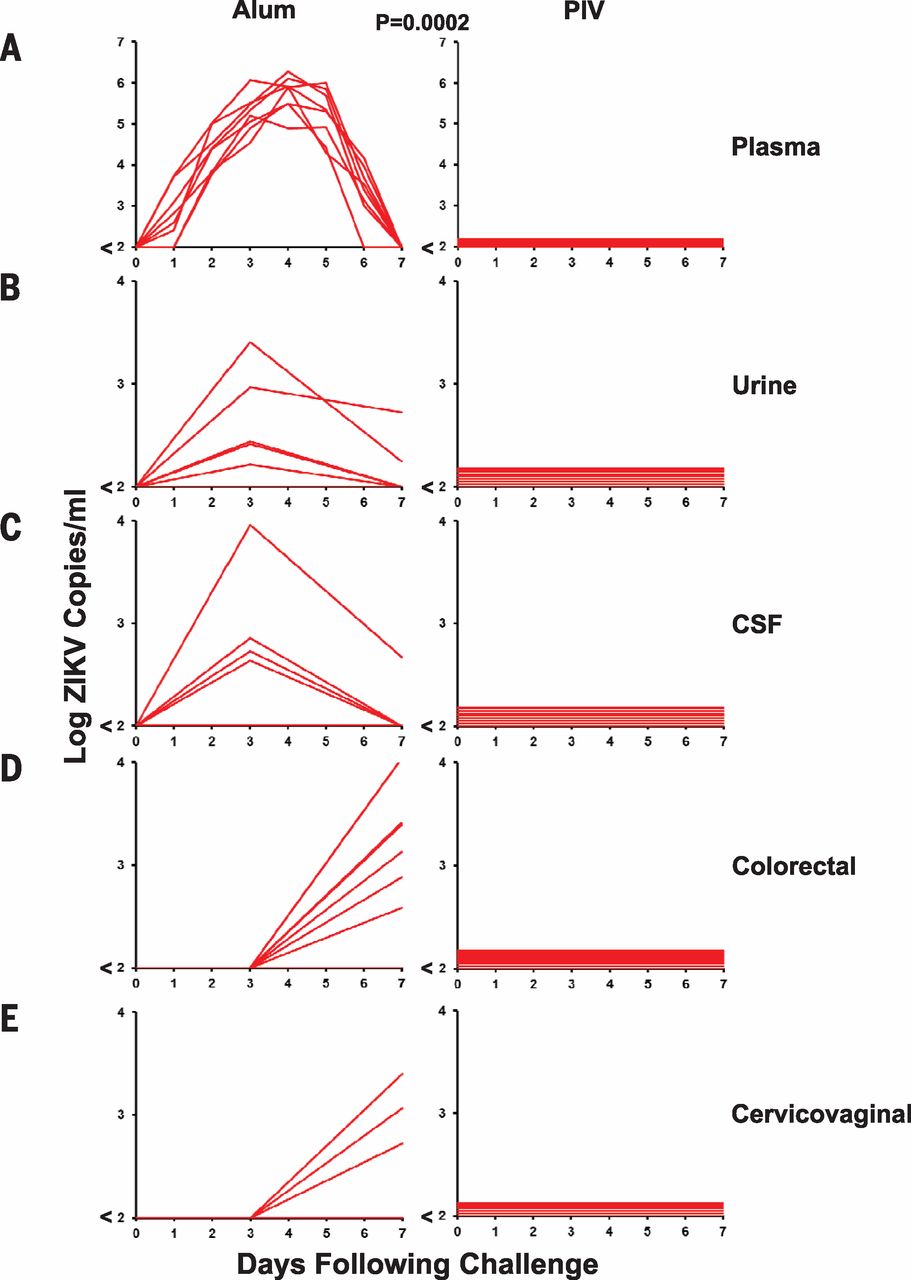
- f2.large.jpg
- 911×1280
- 2018/01/25 18:03
- 96.7 KB

- f2.medium.gif
- 440×133
- 2018/01/25 15:19
- 31.1 KB
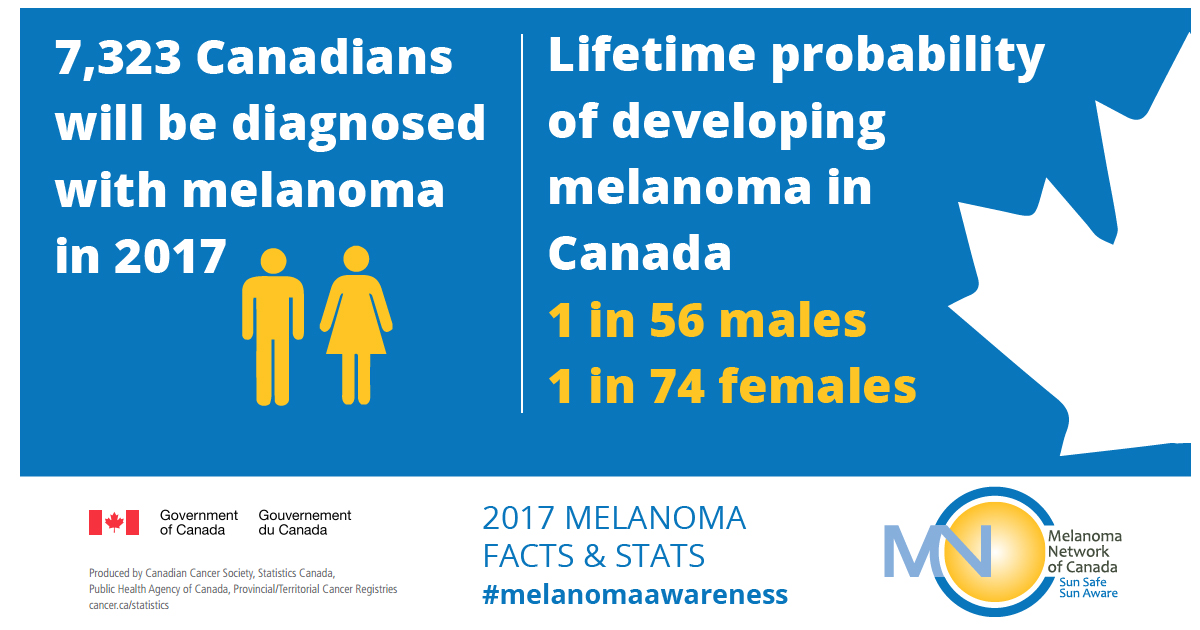
- facebook-image-candian-cancer-stats-2017-melanoma.jpg
- 1200×630
- 2018/11/09 12:53
- 351.8 KB
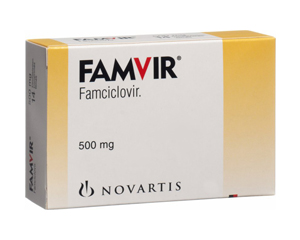
- famciclovir.jpg
- 300×240
- 2018/03/29 00:42
- 28.6 KB

- fasd_intro.jpg
- 792×263
- 2018/01/25 15:19
- 18.4 KB
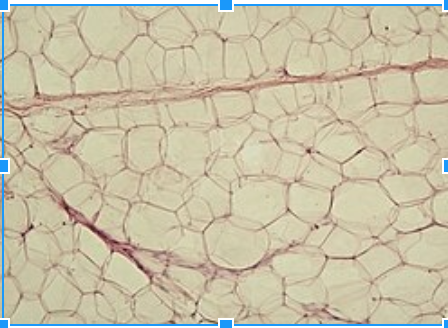
- fat_tissue.png
- 448×328
- 2018/02/02 17:13
- 244.9 KB
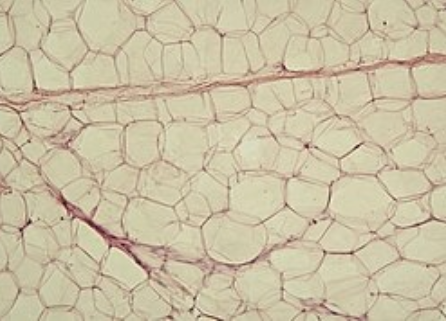
- fattissue.png
- 446×322
- 2018/02/02 19:36
- 244.3 KB
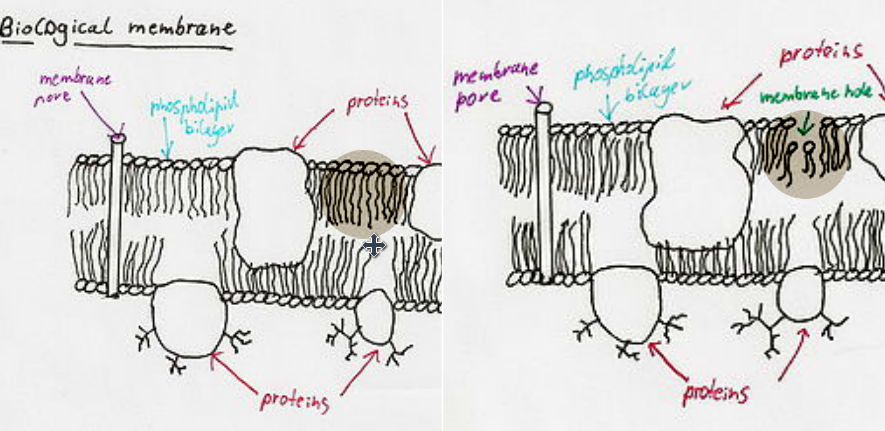
- fatty_patty.png
- 885×431
- 2018/01/25 15:19
- 504.2 KB

- fbo_2.png
- 1099×301
- 2018/03/28 14:06
- 199.1 KB

- fbo_combined.png
- 1078×268
- 2018/03/28 14:02
- 197 KB
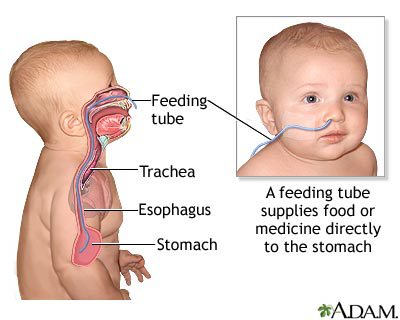
- feeding_tube_diagram.jpg
- 400×320
- 2018/01/25 15:19
- 23.1 KB
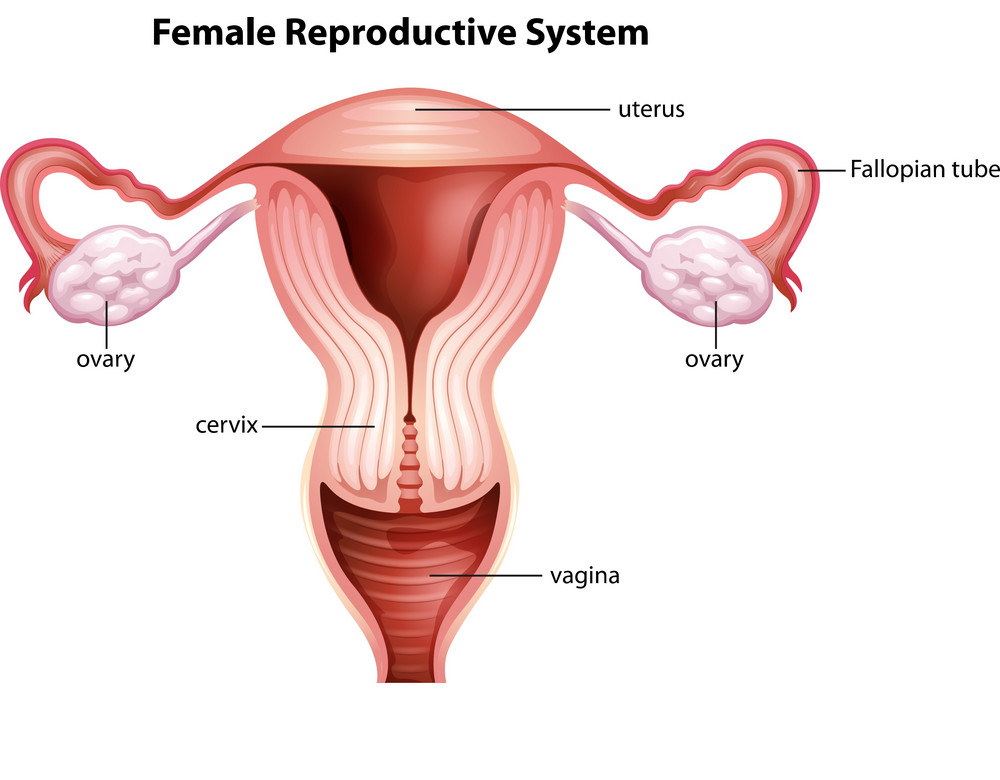
- female-reproductive-system.png
- 1000×780
- 2019/03/08 19:15
- 439.4 KB
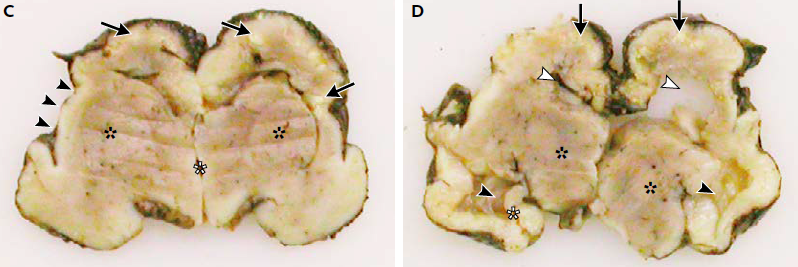
- fetal_autopsy_brain.png
- 798×267
- 2018/01/25 15:19
- 370.4 KB
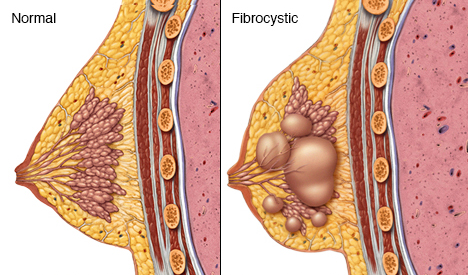
- fibrocystic_breast_disease.png
- 468×275
- 2018/01/25 15:19
- 271.4 KB

- fig_3_jia.jpg
- 493×335
- 2018/01/25 15:19
- 49.2 KB
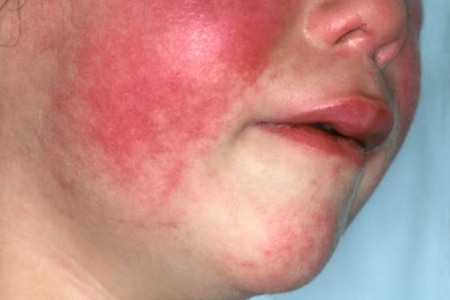
- fig_4_jia.jpg
- 450×300
- 2018/01/25 15:19
- 25.2 KB
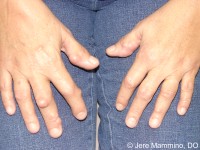
- fig_5_jia.jpg
- 200×150
- 2018/01/25 15:19
- 36.9 KB
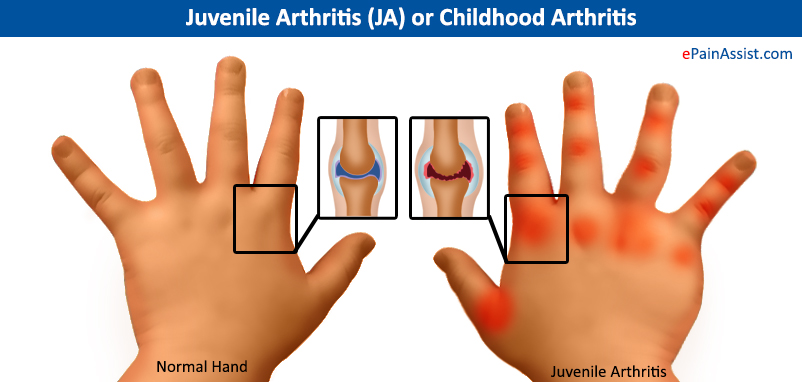
- fig_6_jia.jpg
- 802×382
- 2018/01/25 15:19
- 165.5 KB
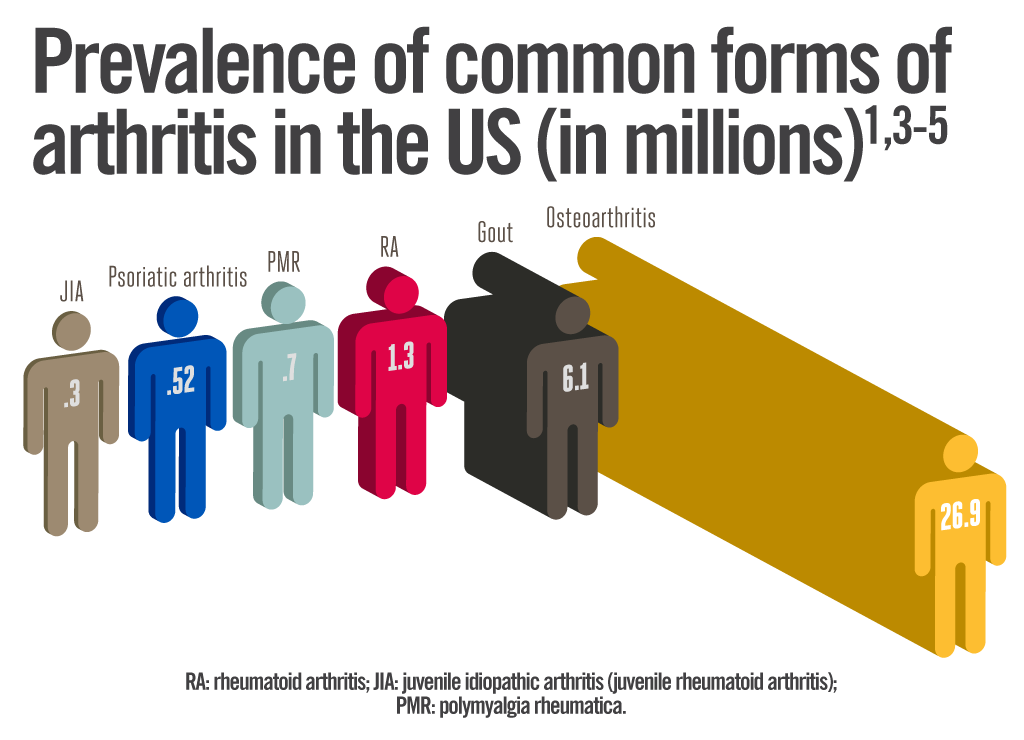
- fig_7_jia.png
- 1024×740
- 2018/01/25 15:19
- 49.8 KB
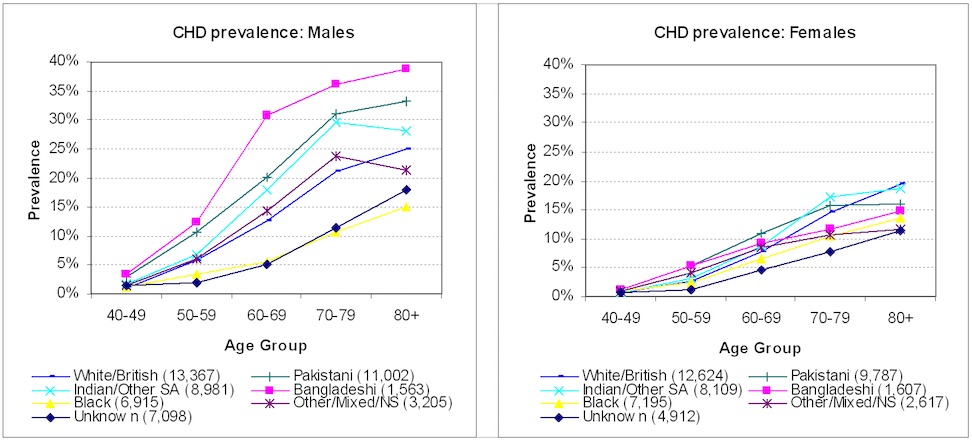
- fig_11.01.jpg
- 972×441
- 2018/01/25 15:19
- 111.6 KB
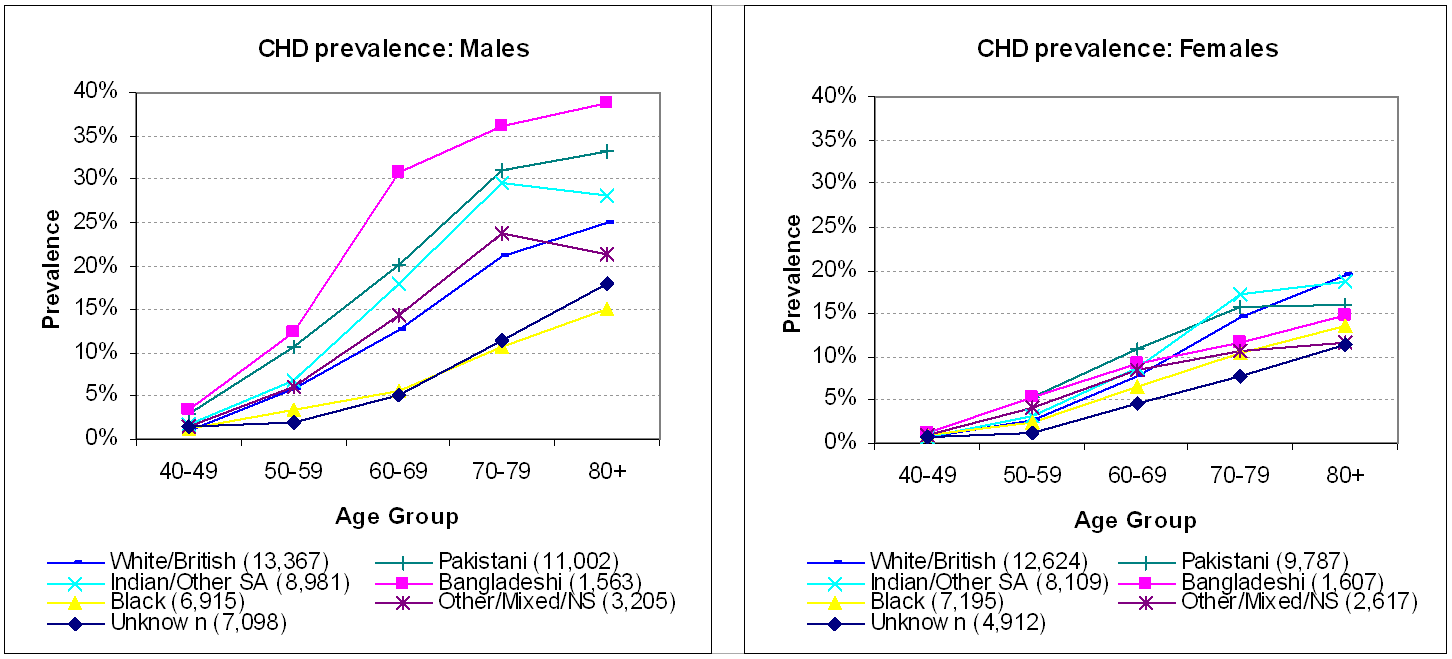
- fig_11.01b.png
- 1452×659
- 2018/01/25 15:19
- 51.4 KB
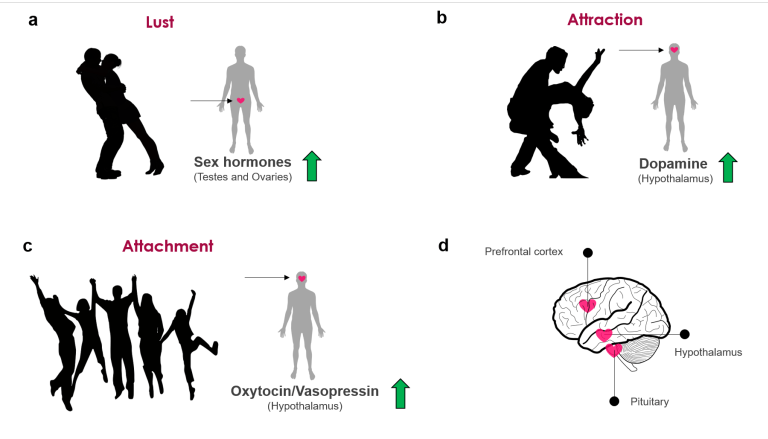
- figure-1-1.png
- 768×439
- 2018/03/02 10:55
- 29.6 KB
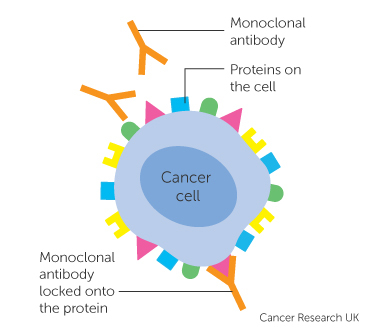
- figure_1.jpg
- 375×336
- 2018/01/25 15:19
- 44.1 KB

- figure_1.png
- 768×604
- 2020/01/24 20:03
- 122.1 KB
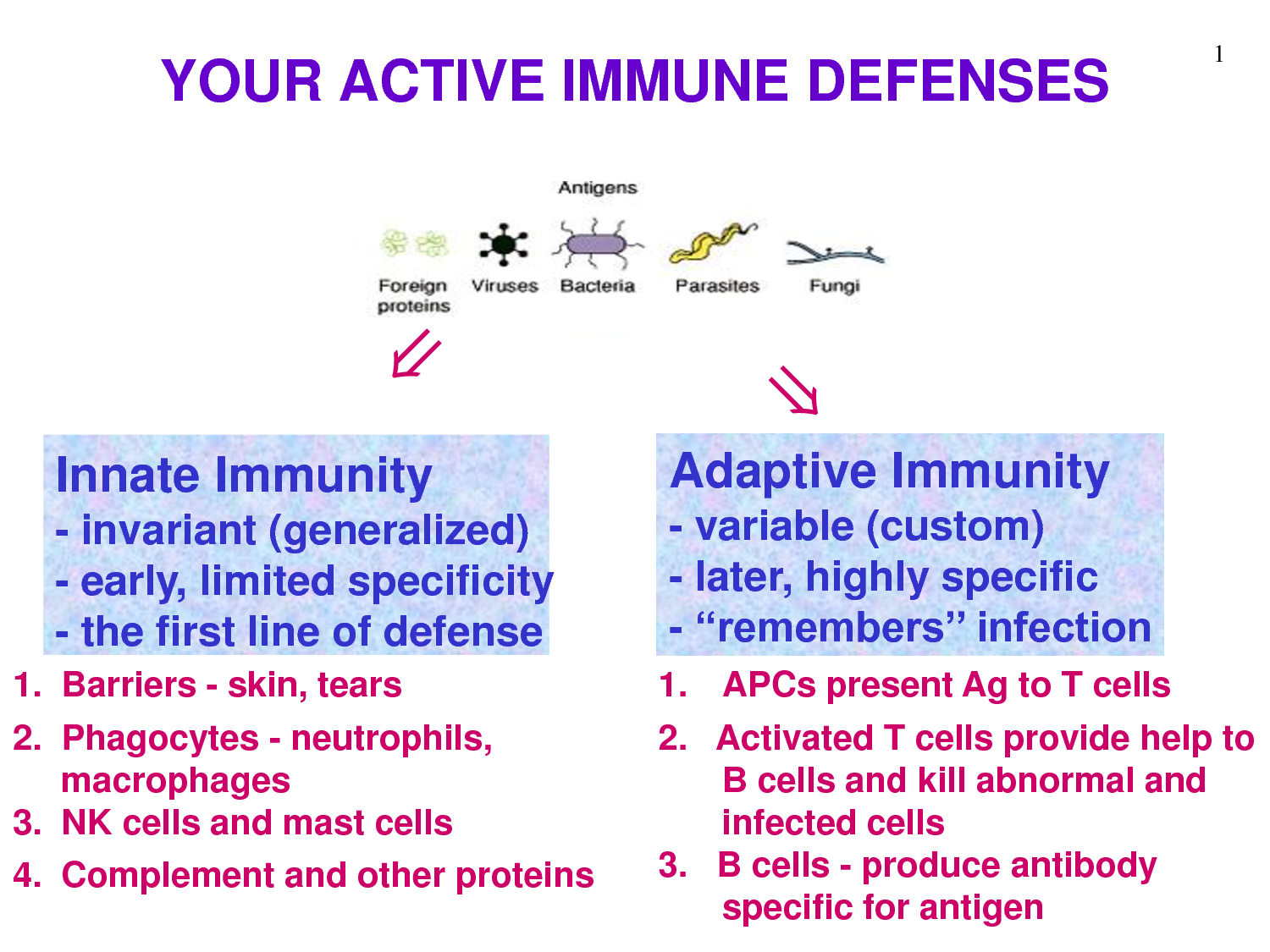
- figure_2.png
- 1500×1125
- 2018/01/25 15:19
- 284.9 KB

- figure_3.jpg
- 536×136
- 2018/01/25 15:19
- 11.8 KB
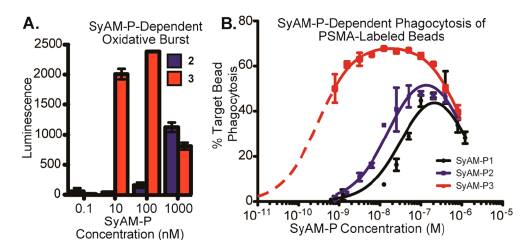
- figure_4.jpg
- 522×240
- 2018/01/25 15:19
- 22.6 KB
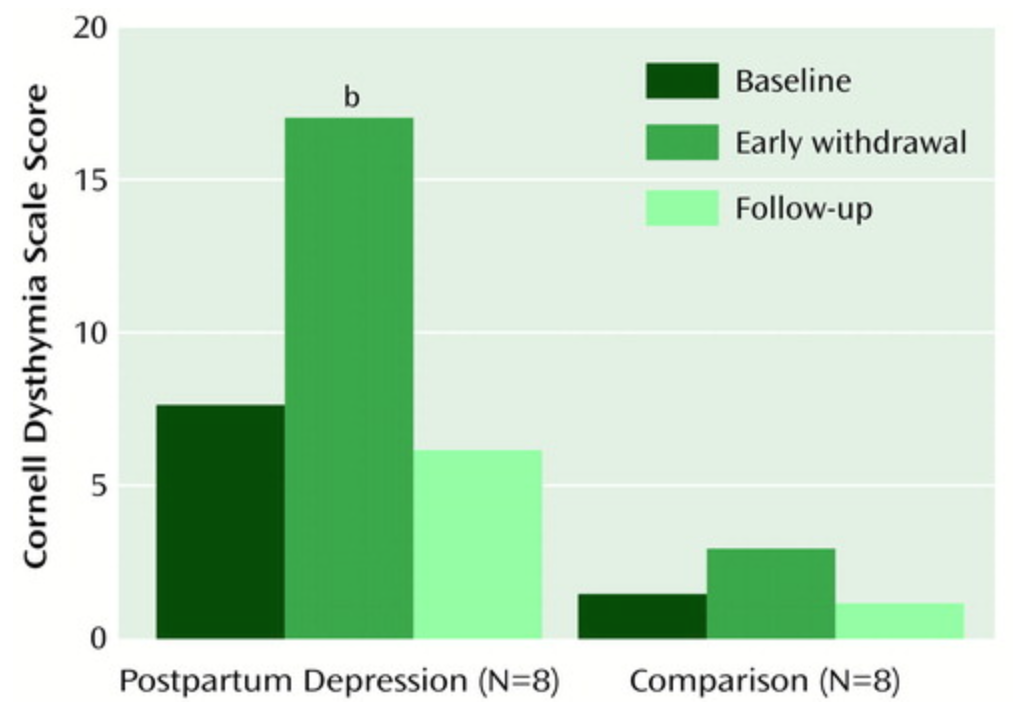
- figure_4.png
- 1018×710
- 2018/03/02 14:13
- 321.9 KB

- figure_5.jpg
- 624×199
- 2018/01/25 15:19
- 19.7 KB
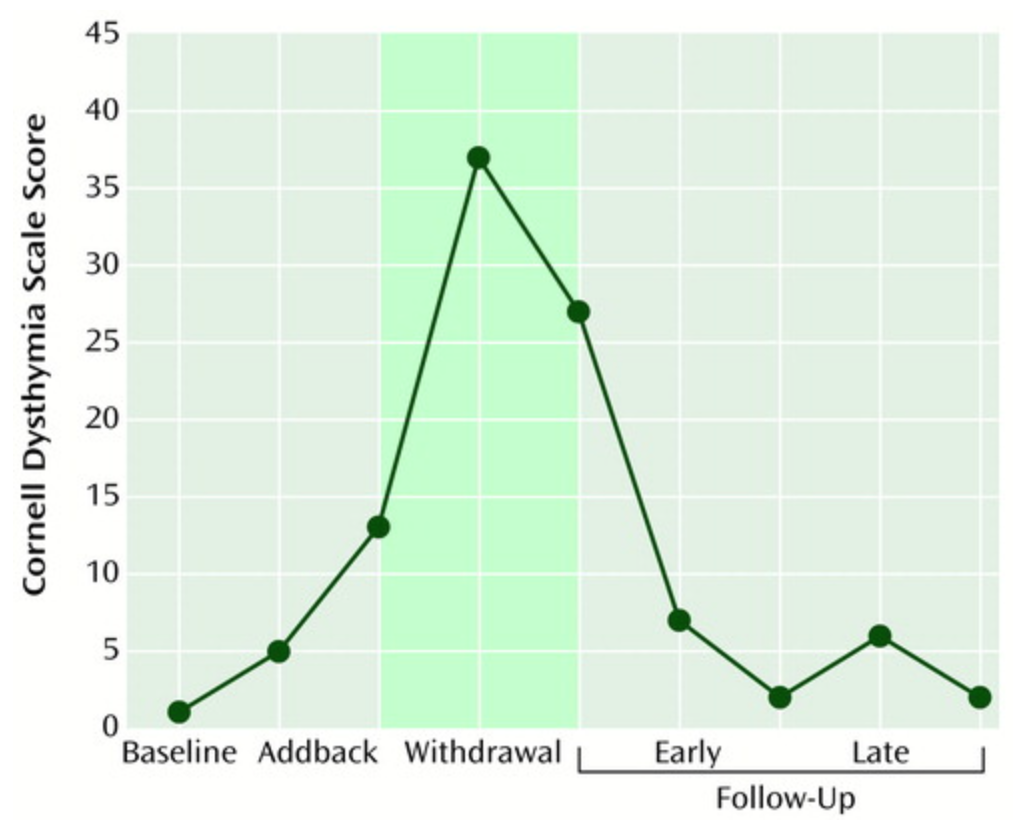
- figure_5.png
- 1024×832
- 2018/03/02 14:48
- 494.9 KB
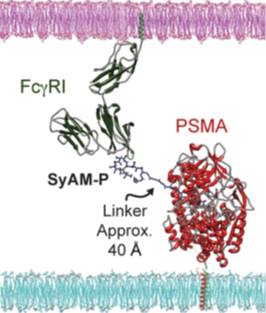
- figure_6.jpg
- 266×313
- 2018/01/25 15:19
- 14.7 KB
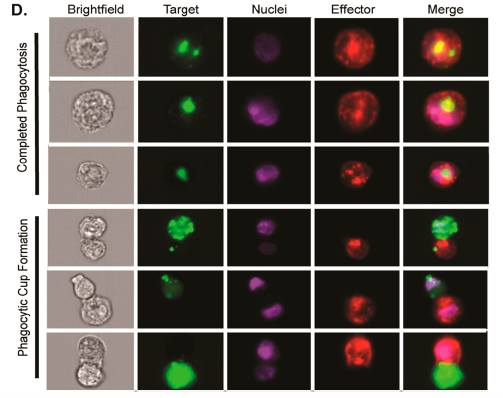
- figure_7.jpg
- 503×398
- 2018/01/25 15:19
- 26.1 KB
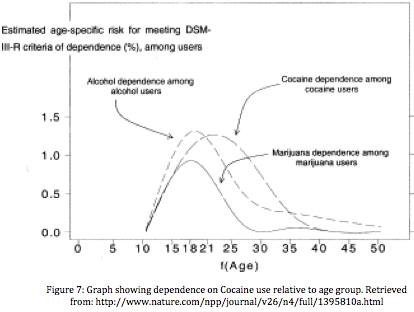
- figure_71_cocaine.jpg
- 414×312
- 2018/01/25 15:19
- 31.8 KB
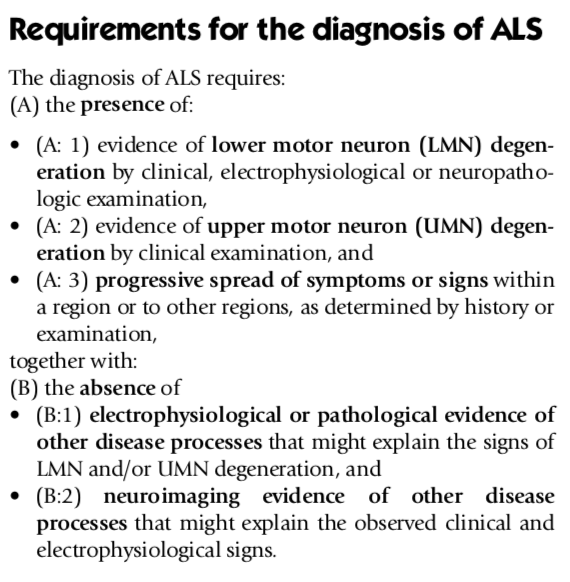
- figure_aa.png
- 570×582
- 2019/01/31 20:00
- 122.6 KB
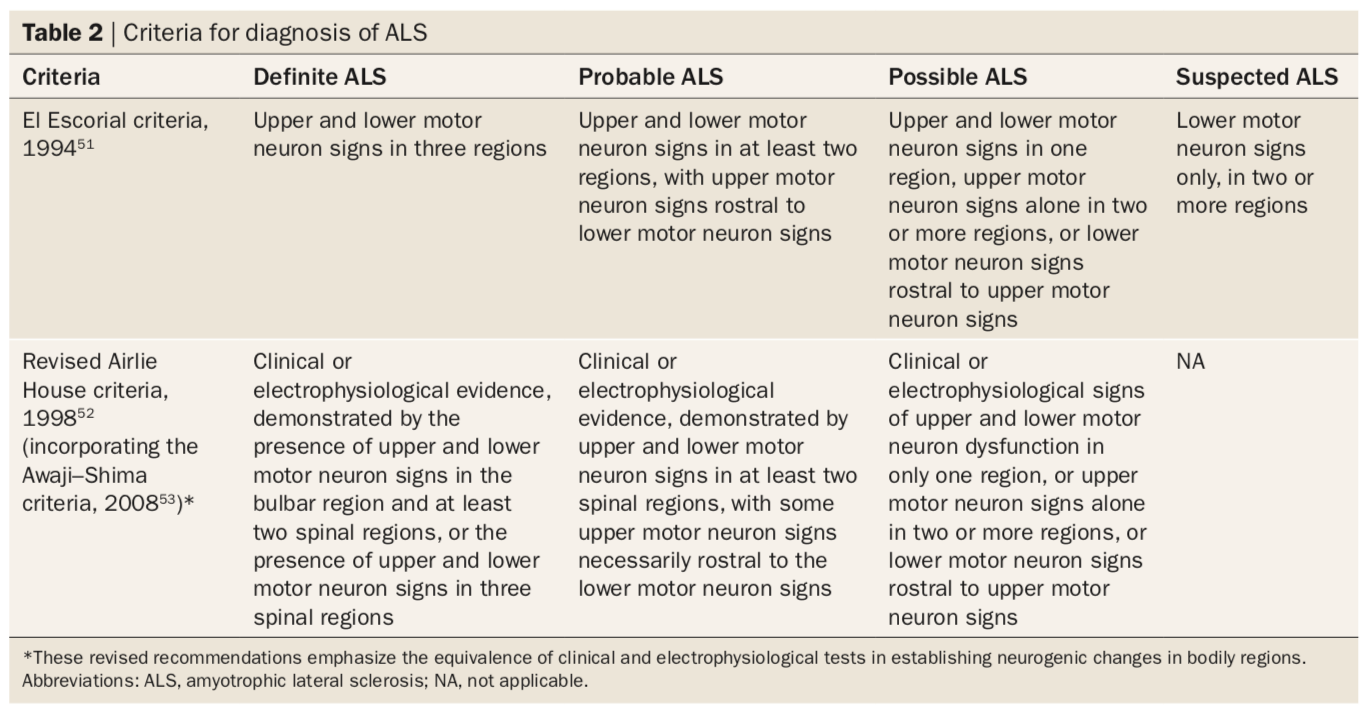
- figure_cc.png
- 1366×710
- 2019/01/31 20:39
- 216.2 KB
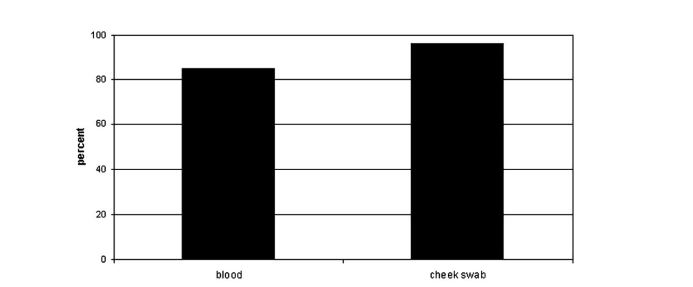
- figure_from_gason_et_al_study.jpg
- 693×287
- 2018/01/25 15:19
- 19.4 KB
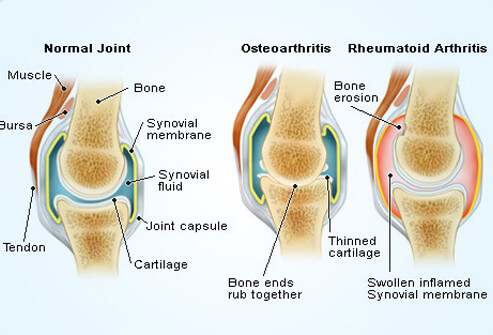
- figure_one_jia.jpg
- 493×335
- 2018/01/25 15:19
- 45.7 KB
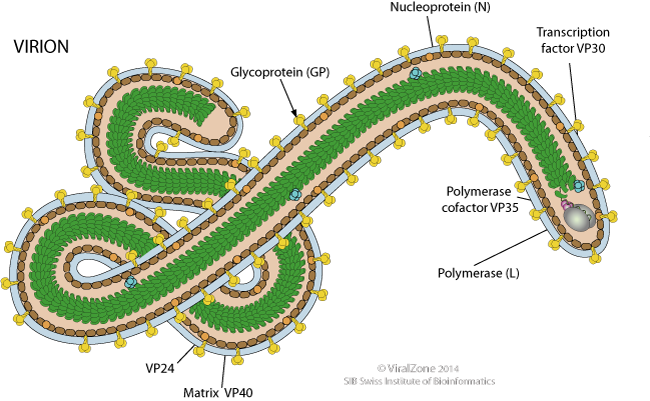
- filovirus_virion2.png
- 650×401
- 2018/01/25 15:19
- 234.5 KB

- final_copy-migraine_headaches-_group_2_presentation_2_life_sci_4m03.pptx
- 2018/01/25 15:19
- 8.2 MB
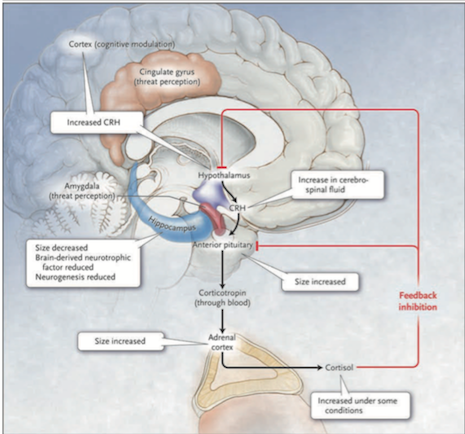
- final_copy_of_hpa_axis_.png
- 465×434
- 2018/01/25 15:19
- 332.2 KB
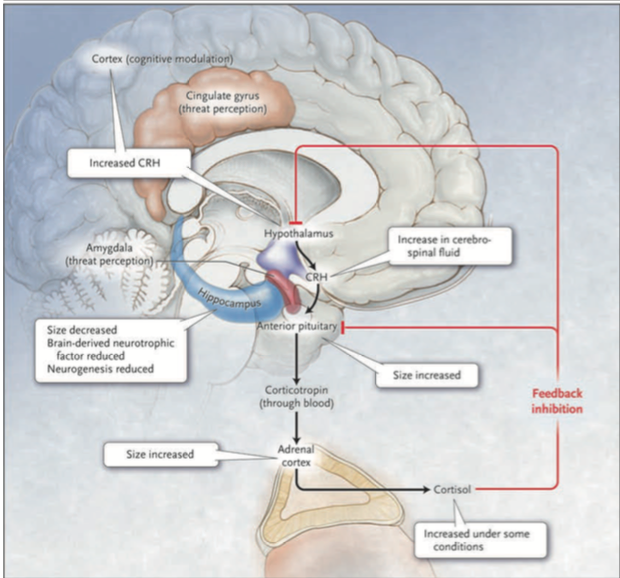
- final_one.png
- 620×578
- 2018/01/25 15:19
- 524.5 KB

- final_version_ls_4m03_al_amyloidosis.pptx
- 2018/01/25 15:19
- 2.1 MB
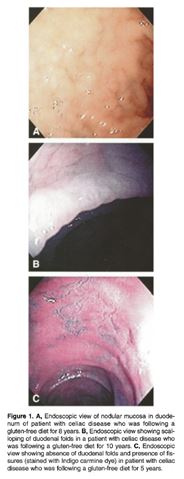
- fissruessss.jpg
- 184×479
- 2018/01/25 15:19
- 22.4 KB
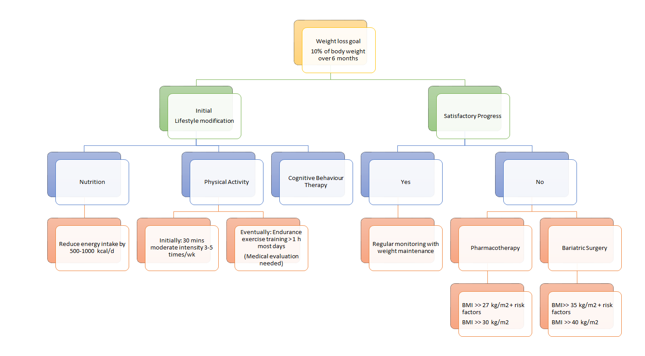
- flowchart.png
- 645×356
- 2018/01/25 15:19
- 53.8 KB
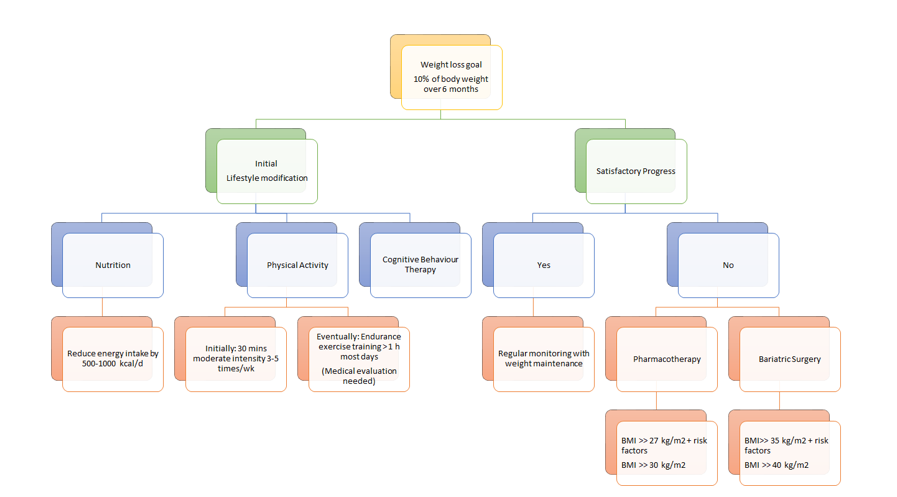
- flowchart_final.png
- 897×497
- 2018/01/25 15:19
- 82 KB

- focalseizures.png
- 399×301
- 2018/01/25 15:19
- 157.8 KB

- food_impact.png
- 768×604
- 2020/01/24 20:06
- 122.1 KB
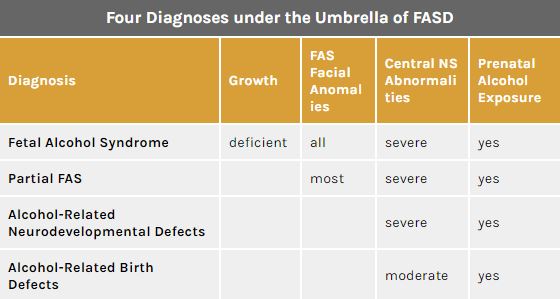
- four_diagnosis.jpg
- 560×299
- 2018/01/25 15:19
- 33 KB

- free.jpg
- 825×510
- 2019/04/03 16:03
- 61.6 KB

- function_image.png
- 674×394
- 2018/01/25 15:19
- 249.2 KB
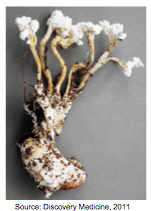
- fungi.png
- 151×211
- 2018/01/25 15:19
- 61.2 KB

- future.jpg
- 480×491
- 2018/01/25 15:19
- 43.6 KB
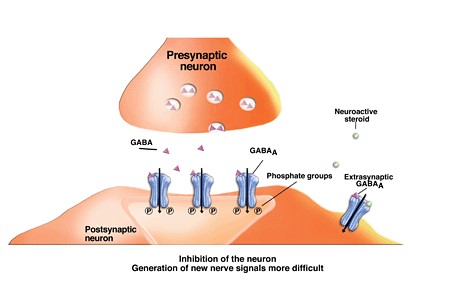
- gaba.jpg
- 450×300
- 2018/03/30 17:23
- 21.6 KB
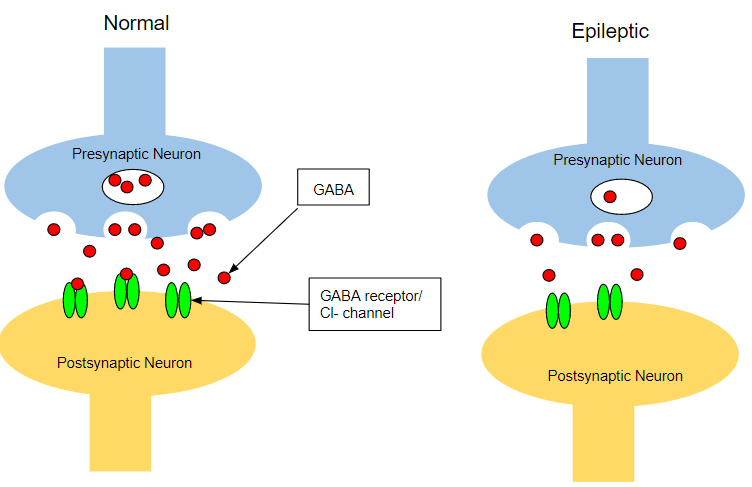
- gaba_epi.png
- 752×487
- 2018/01/25 15:19
- 33.4 KB

- gabapen.jpg
- 732×549
- 2019/03/08 23:12
- 245.8 KB

- ganglia.png
- 812×646
- 2018/01/25 15:19
- 556 KB

- gbs_cao.png
- 882×200
- 2018/01/25 15:19
- 58.1 KB
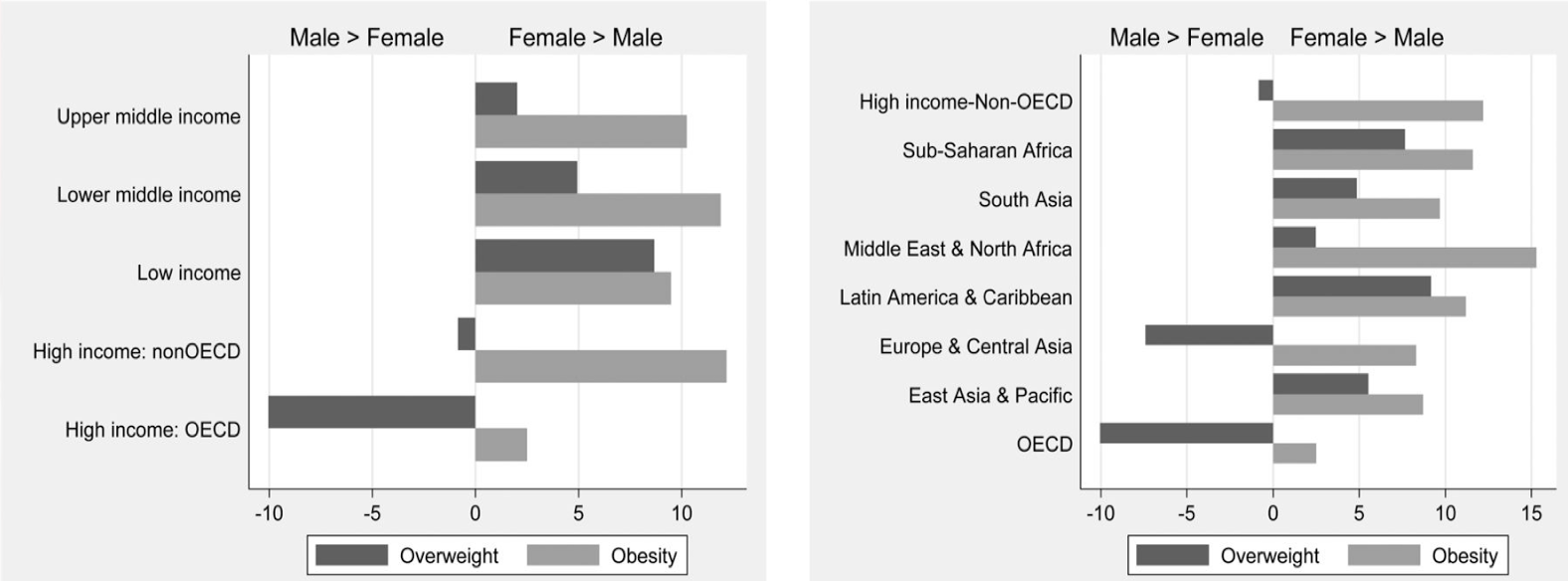
- gender.png
- 1576×584
- 2018/02/02 18:58
- 232.5 KB
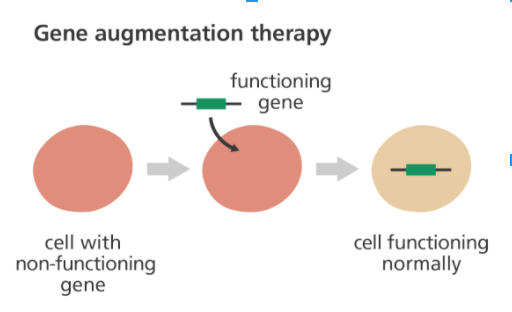
- gene.png
- 512×312
- 2018/02/02 18:56
- 48 KB
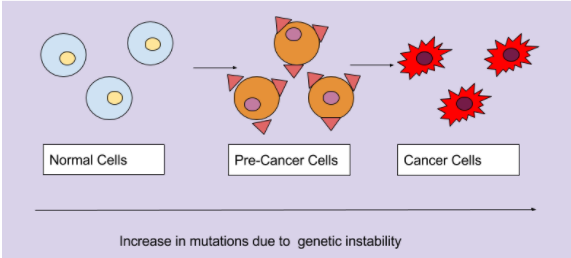
- gene_insta.png
- 571×258
- 2018/01/25 15:19
- 43 KB
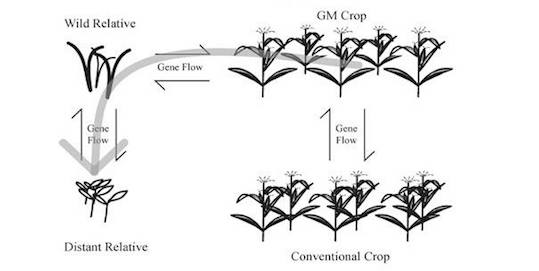
- gene_transfer.jpg
- 539×271
- 2018/01/25 15:19
- 20.7 KB
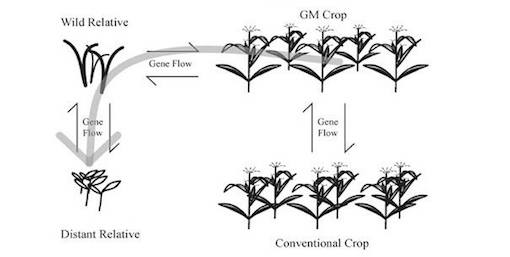
- gene_transfer_from_gm_crops_to_their_wild_relative.jpg
- 510×257
- 2018/01/25 15:19
- 19.5 KB
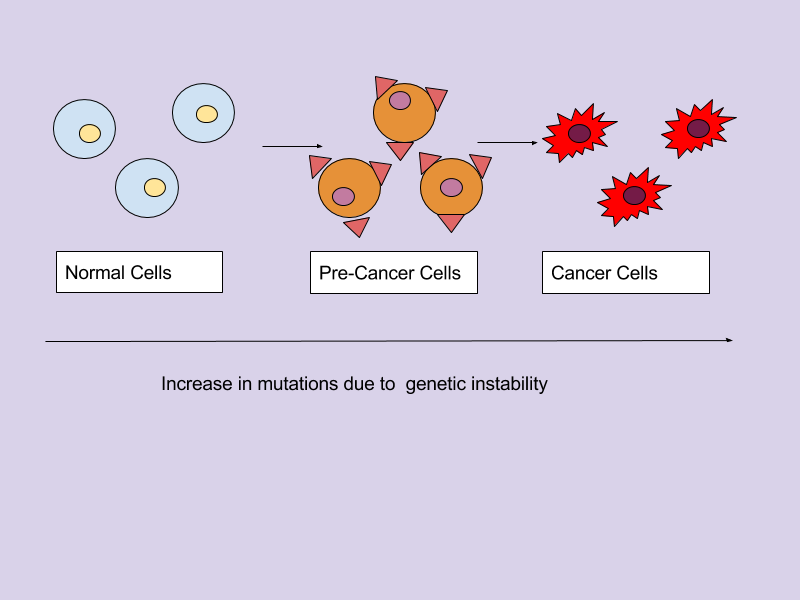
- geneinstability.png
- 800×600
- 2018/01/25 15:19
- 30.7 KB

- geneticdepressiontwins.png
- 996×218
- 2018/03/01 10:10
- 74.2 KB
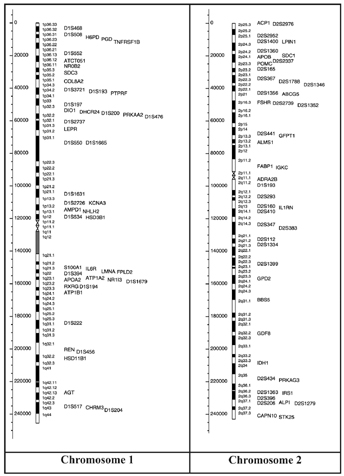
- genetics.gif
- 344×476
- 2018/01/25 15:19
- 43.4 KB
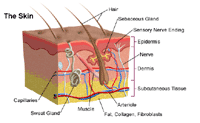
- getimage.png
- 200×123
- 2018/01/25 15:19
- 8.2 KB
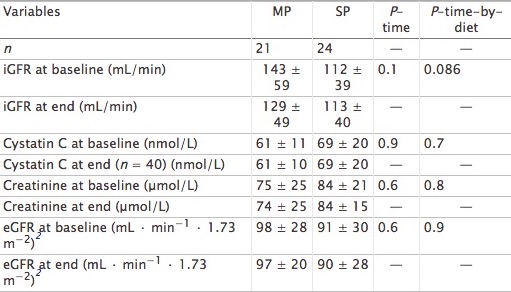
- gfr_chart_for_wiki.jpg
- 511×292
- 2018/01/25 15:19
- 59.1 KB
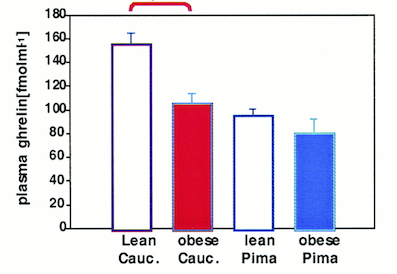
- ghrelin.png
- 397×274
- 2018/01/25 15:19
- 91.9 KB
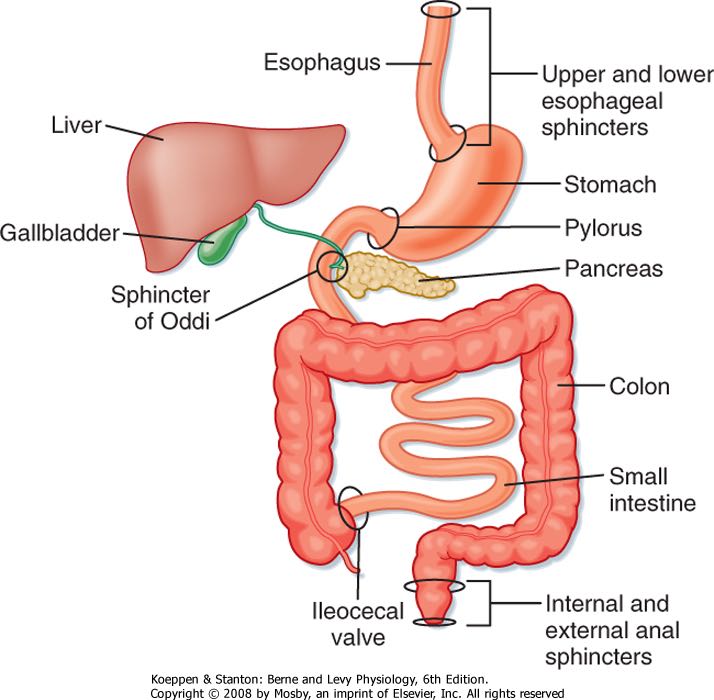
- gi.jpg
- 714×700
- 2018/01/25 15:19
- 63.6 KB
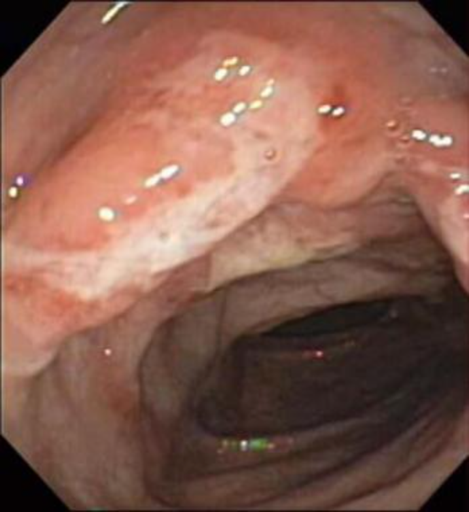
- gi_intro.png
- 469×512
- 2018/01/25 15:19
- 317.9 KB
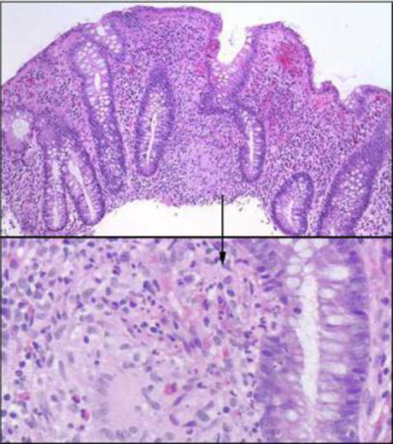
- gi_intro_2.png
- 393×444
- 2018/01/25 15:19
- 355 KB
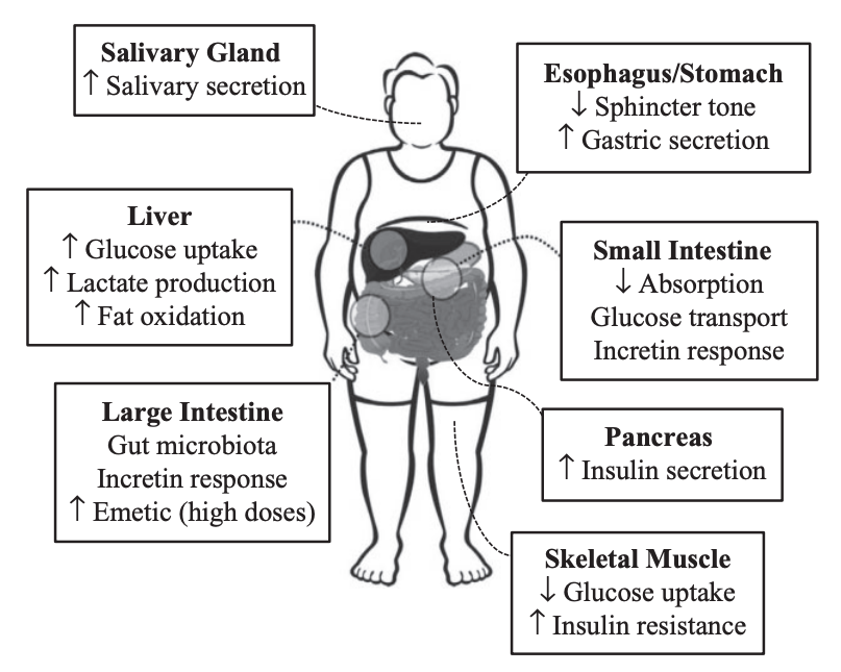
- gi_tract.png
- 841×672
- 2020/03/15 17:32
- 264.7 KB
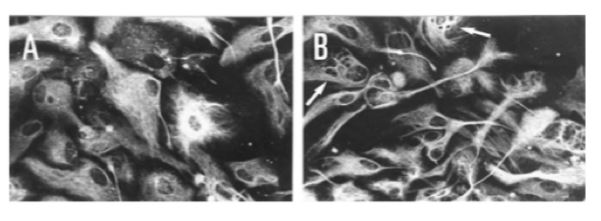
- gilal.jpg
- 601×221
- 2018/01/25 15:19
- 30.7 KB

- giphy.gif
- 1920×1076
- 2018/09/28 22:26
- 2.2 MB

- giphy_1_.gif
- 640×360
- 2018/09/28 22:30
- 240.8 KB
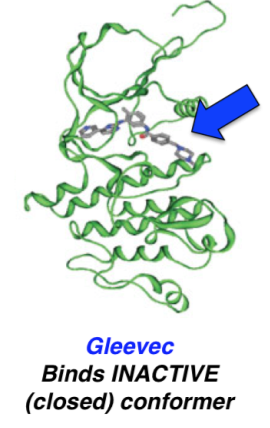
- gleevac.png
- 270×428
- 2018/01/25 15:19
- 127.3 KB
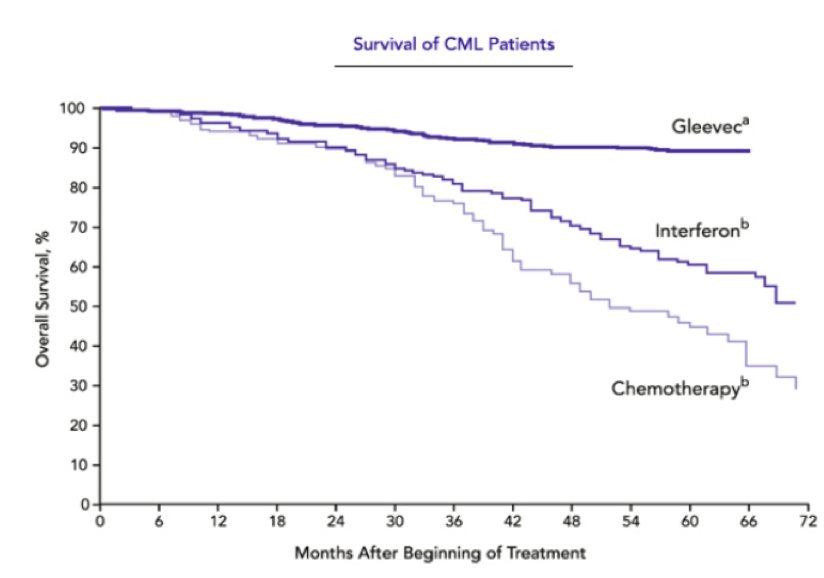
- gleevac_chart.png
- 824×578
- 2018/01/25 15:19
- 144.3 KB
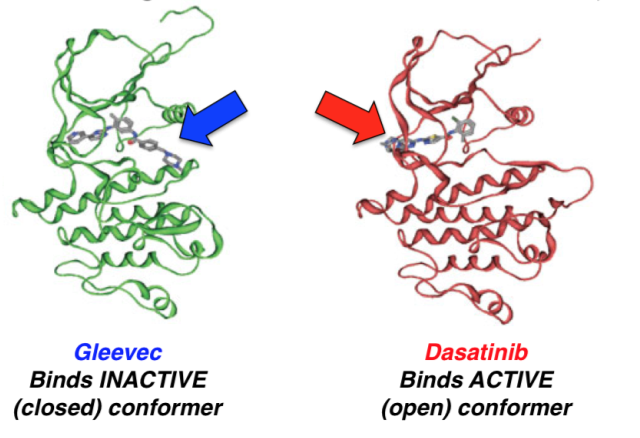
- gleevac_dasatinib.png
- 640×438
- 2018/01/25 15:19
- 252.5 KB

- glioblastoma.png
- 455×172
- 2018/01/25 15:19
- 23.4 KB

- glioblastoma_mri.jpg
- 744×342
- 2018/01/25 15:19
- 71.5 KB
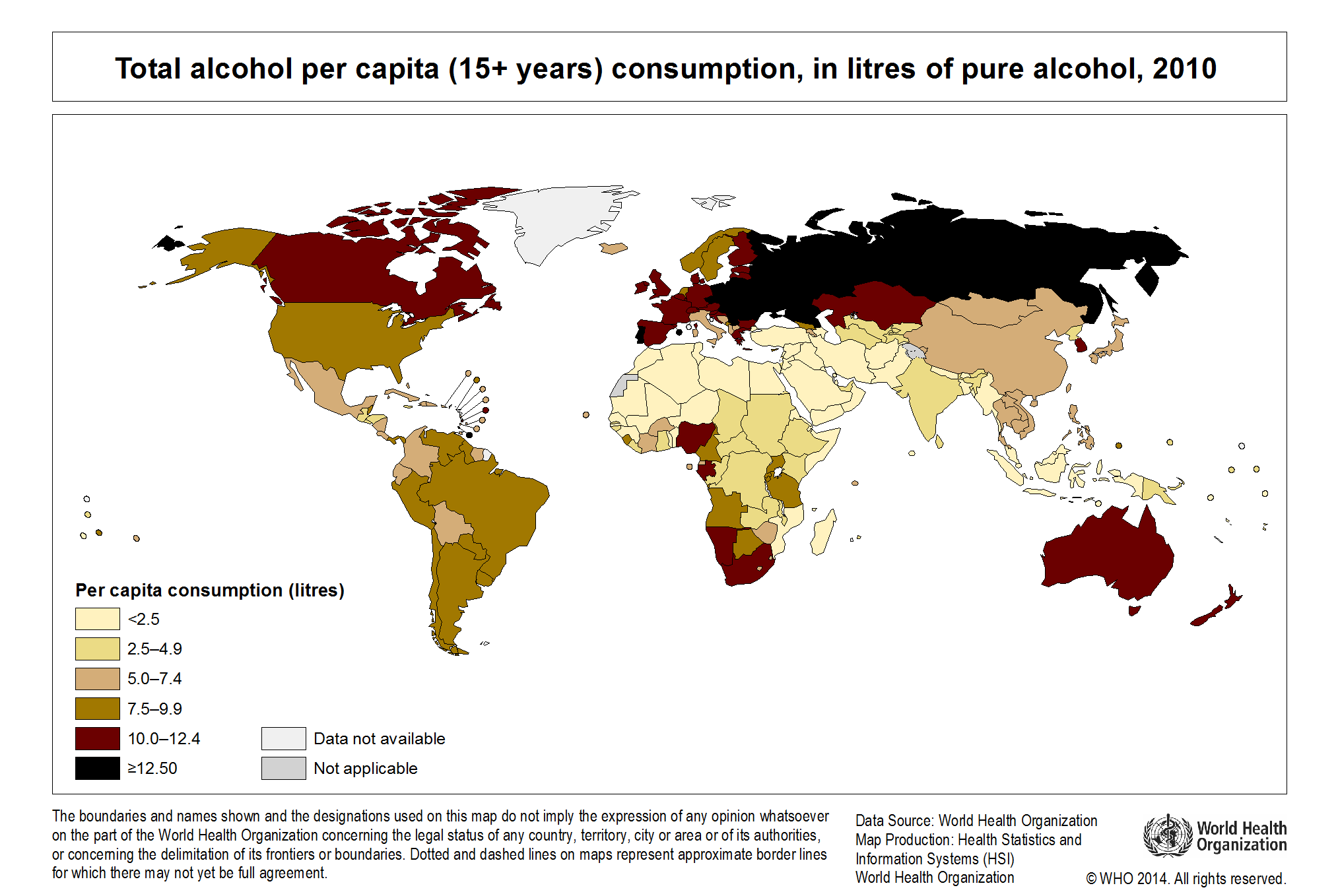
- global_consumption_percapita_2010.png
- 2027×1358
- 2018/03/30 16:19
- 109.8 KB
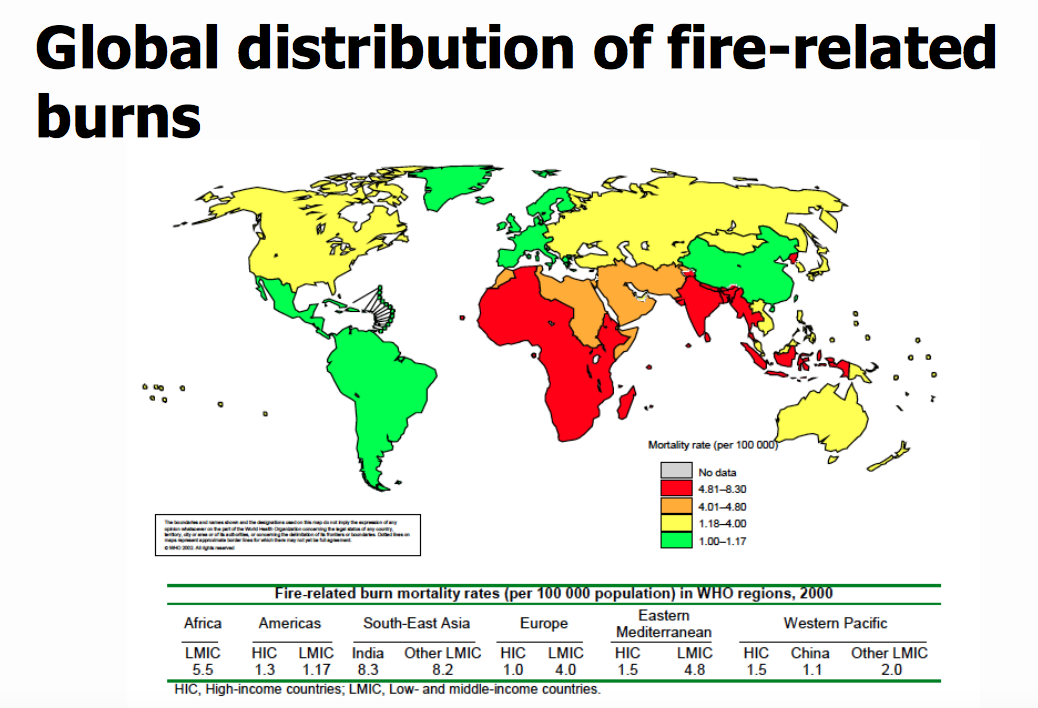
- global_distribution_image_.png
- 1038×708
- 2018/01/25 15:19
- 254.2 KB
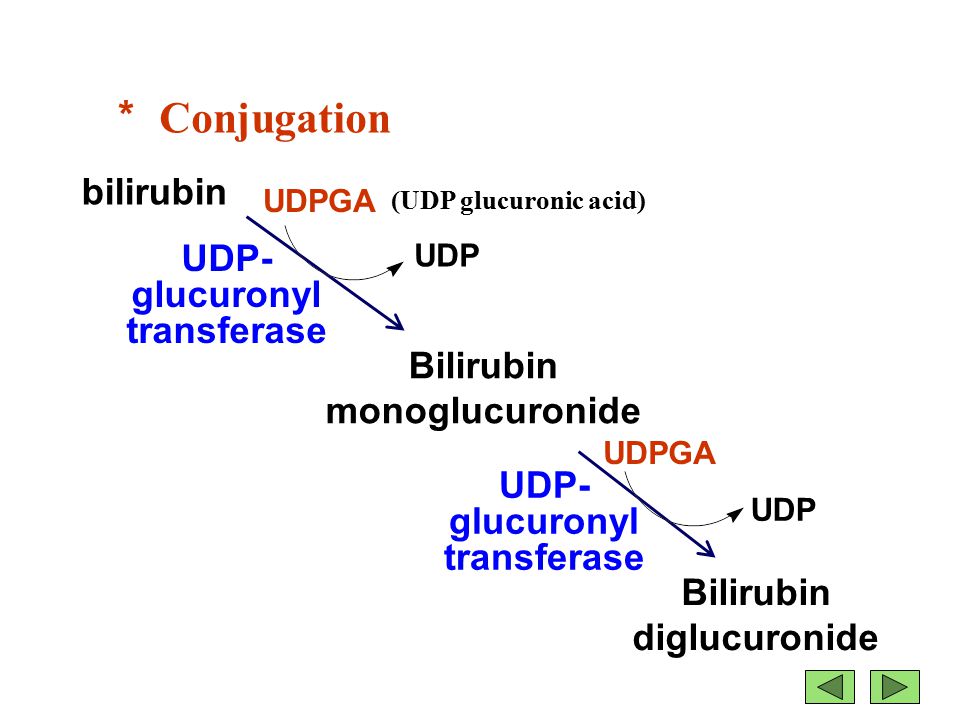
- glucuronyl_transferase.jpg
- 960×720
- 2018/01/25 15:19
- 52.4 KB

- glut4.jpg
- 756×430
- 2018/09/28 17:07
- 65.6 KB
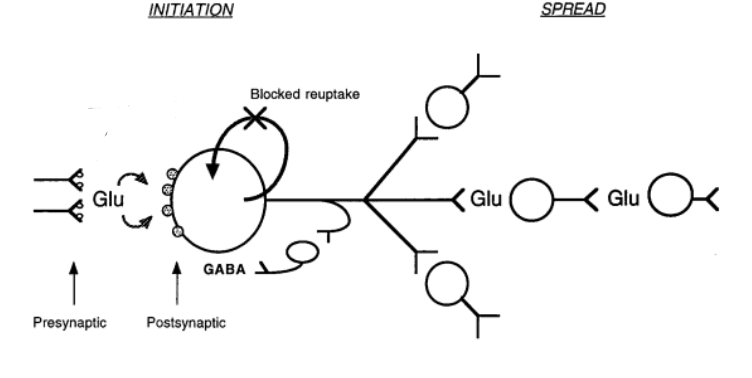
- glutame_epilepsy.png
- 752×378
- 2018/01/25 15:19
- 45.3 KB
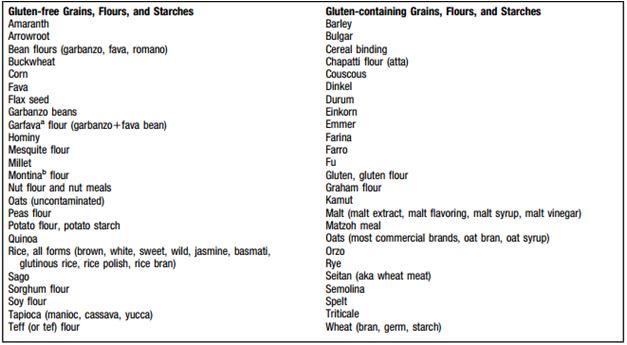
- glutentable.jpg
- 627×345
- 2018/01/25 15:19
- 41.3 KB
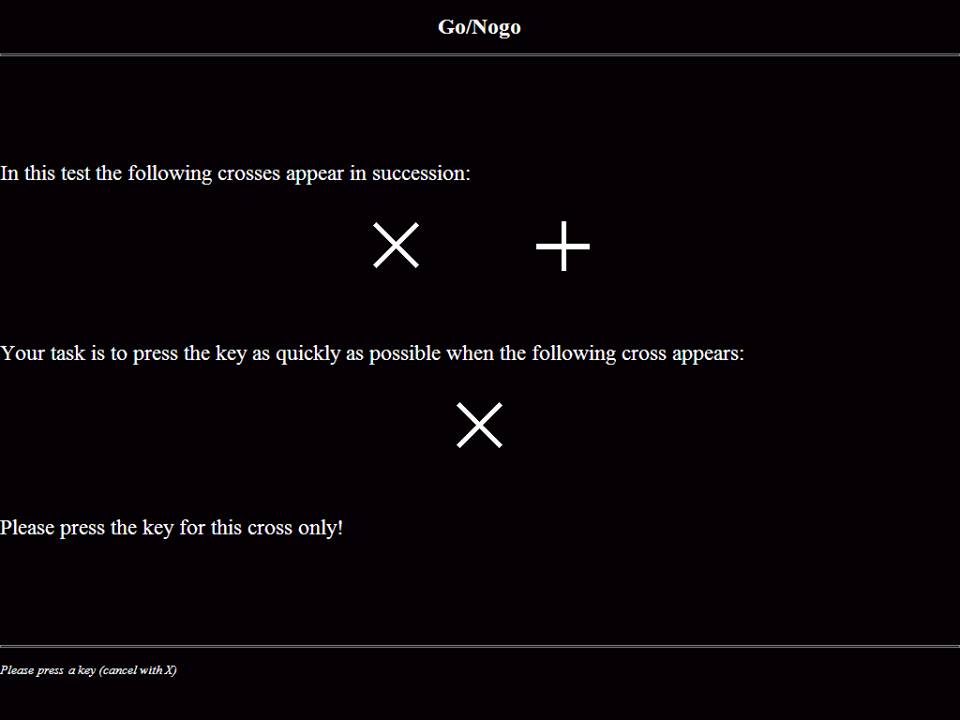
- gonogo.jpg
- 960×720
- 2018/01/25 15:19
- 27.5 KB
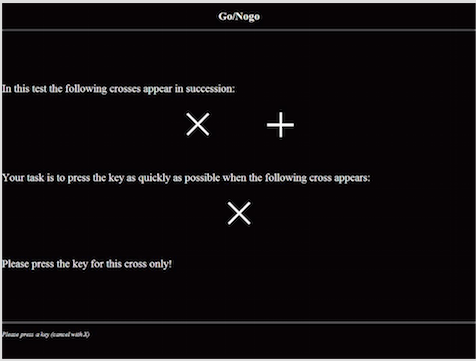
- gonogotask.png
- 476×361
- 2018/01/25 15:19
- 74.9 KB
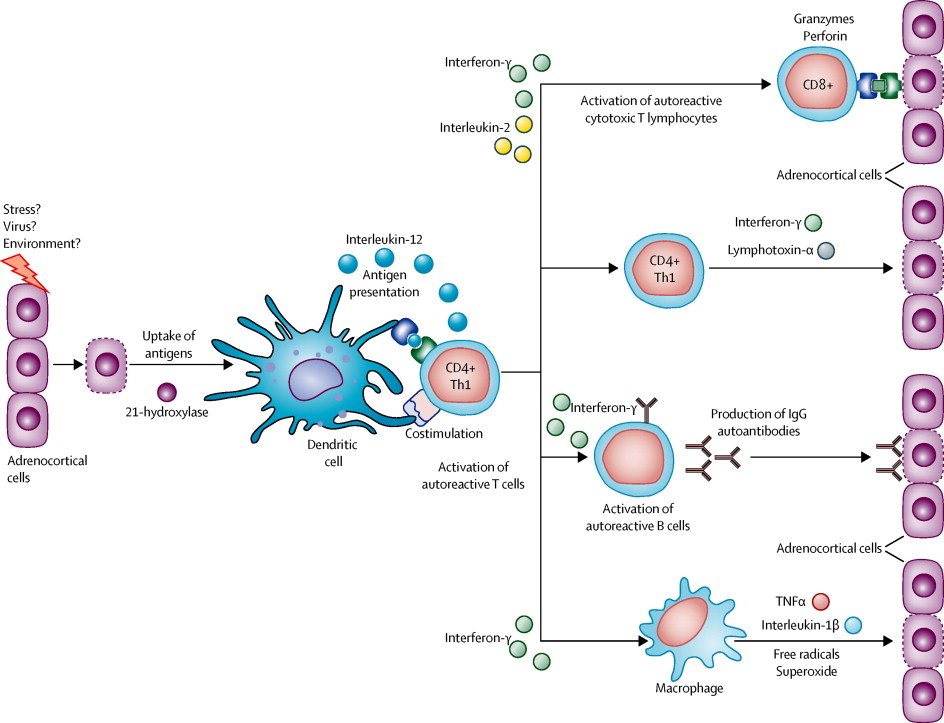
- gr1.jpg
- 944×723
- 2018/01/25 15:19
- 124 KB

- graaaaaphs.png
- 996×322
- 2018/03/30 13:52
- 143 KB
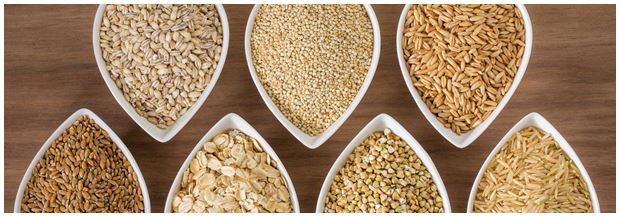
- grains_picture.jpg
- 620×217
- 2018/01/25 15:19
- 51.4 KB
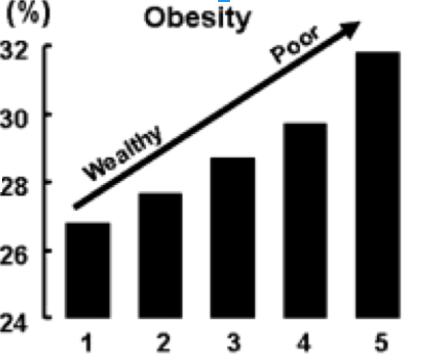
- graph.png
- 438×364
- 2018/02/02 18:24
- 47.8 KB
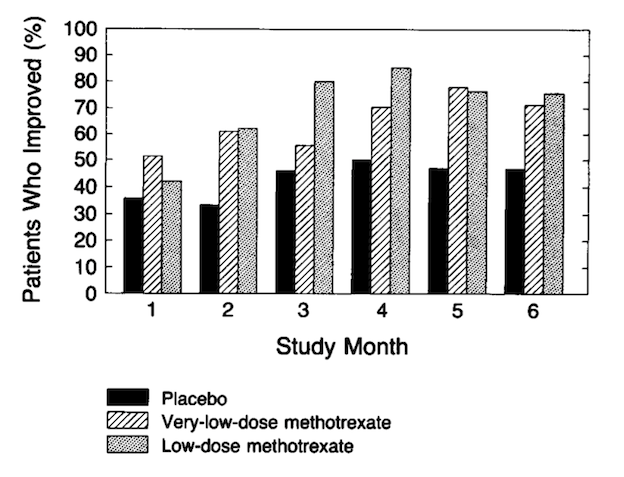
- graph234.png
- 624×477
- 2018/01/25 15:19
- 139.9 KB
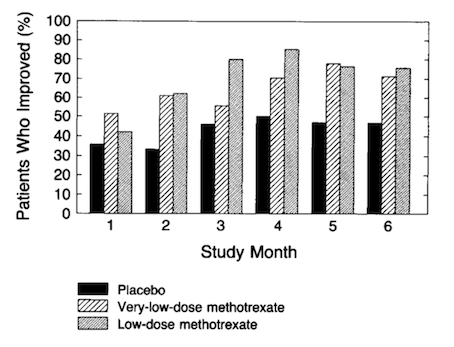
- graph2345.png
- 454×347
- 2018/01/25 15:19
- 90.1 KB
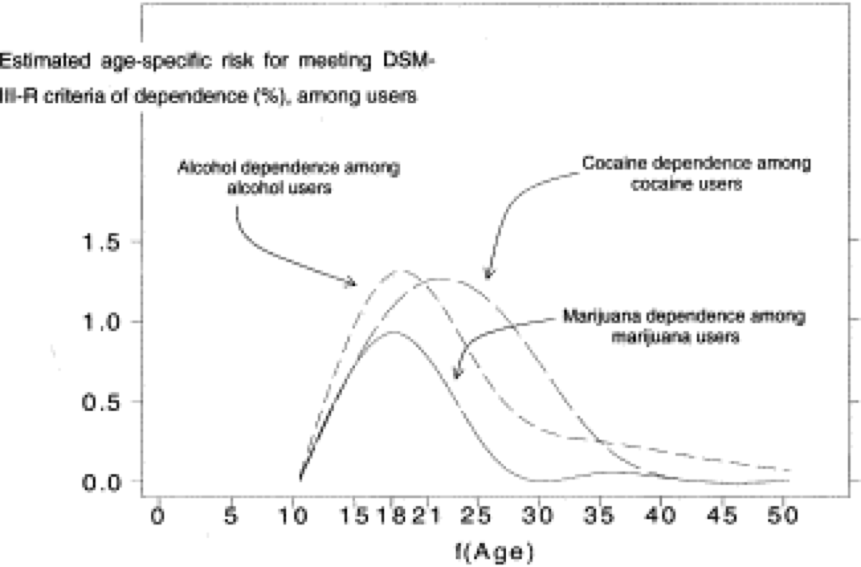
- graph_23-25.png
- 861×567
- 2018/01/25 15:19
- 108.3 KB
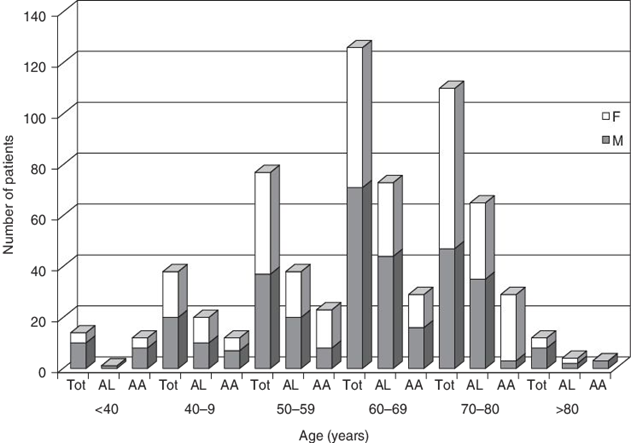
- graph_cookie.png
- 631×443
- 2018/01/25 15:19
- 75.4 KB
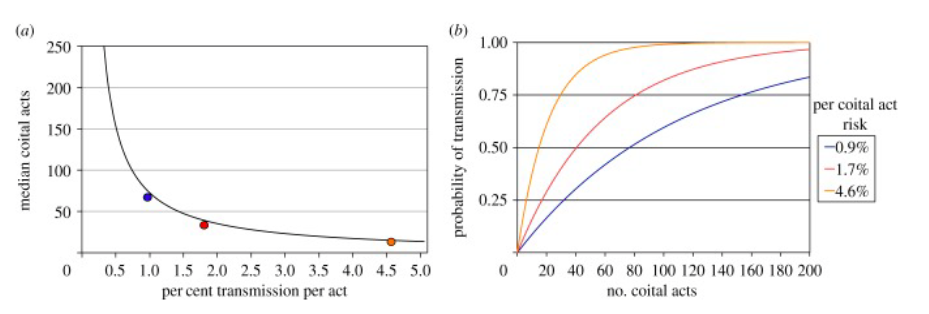
- graphs.png
- 929×314
- 2018/03/29 15:13
- 144.2 KB
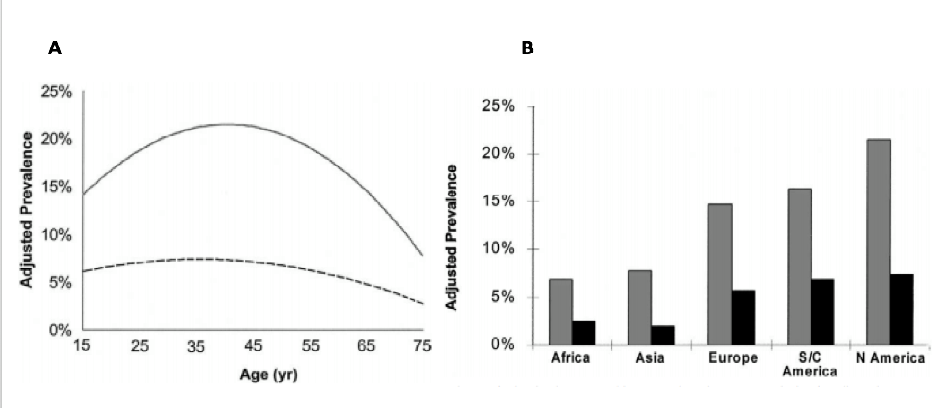
- graphv2.png
- 948×408
- 2018/02/02 18:35
- 95.8 KB
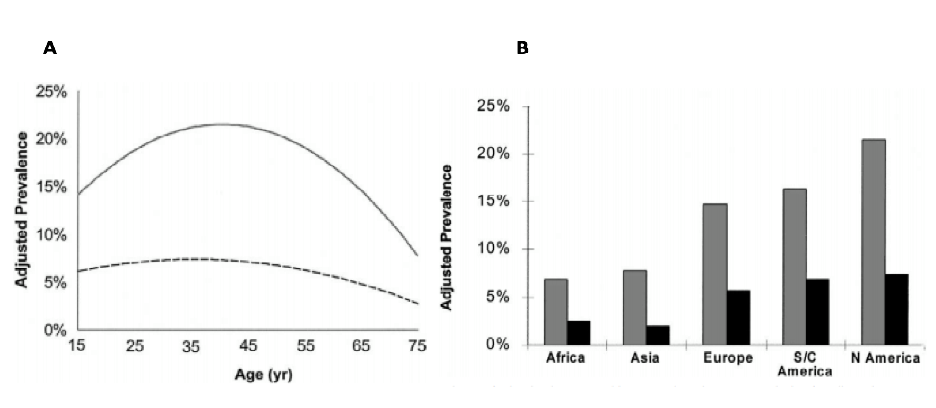
- graphv3.png
- 936×408
- 2018/02/02 18:37
- 94.8 KB
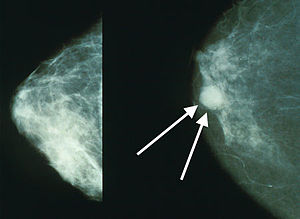
- group1example.jpg
- 300×219
- 2018/01/25 15:19
- 13.6 KB
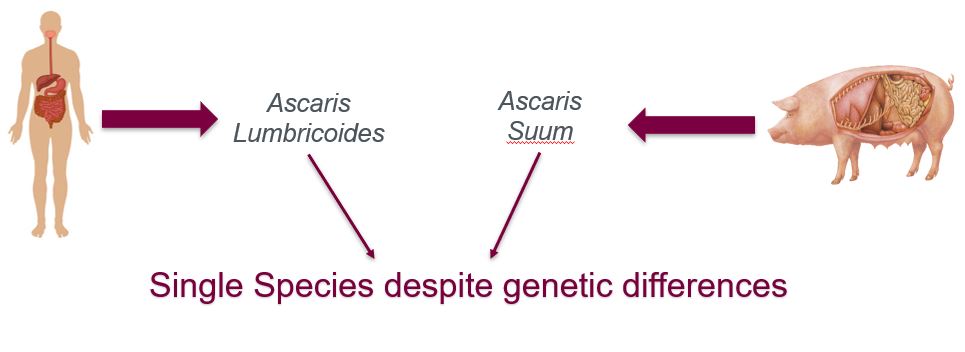
- group2a.jpg
- 965×352
- 2020/01/29 15:24
- 35.4 KB
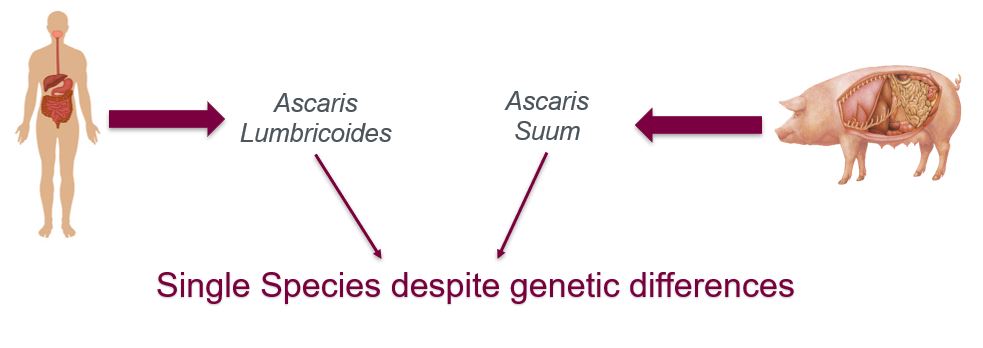
- group2a1.jpg
- 983×348
- 2020/01/31 11:23
- 35.4 KB
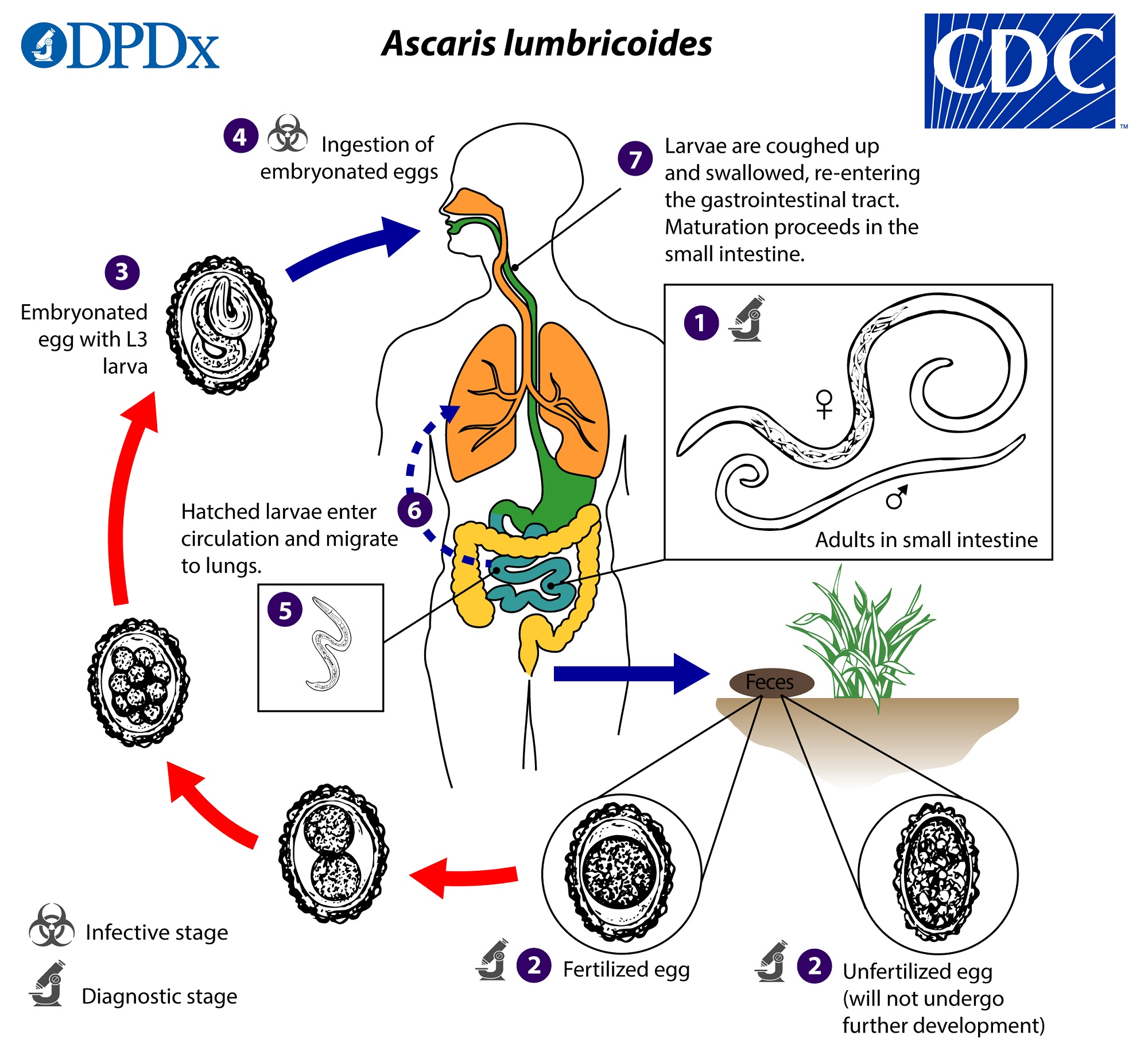
- group2b.jpg
- 2000×1838
- 2020/01/29 15:57
- 667.3 KB

- group2c.jpg
- 882×227
- 2020/01/29 20:56
- 42.4 KB
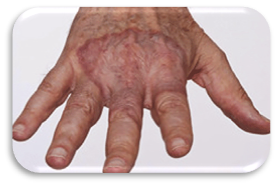
- group2d.png
- 278×186
- 2020/01/29 21:02
- 96.7 KB

- group3_presentationtwo.pdf
- 2020/02/27 20:13
- 3.3 MB

- group3img1.png
- 575×322
- 2020/02/27 19:50
- 246.8 KB

- group3img2.png
- 370×231
- 2020/02/27 19:50
- 143 KB
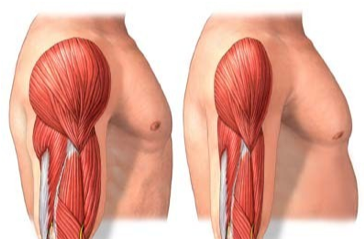
- group3img3.png
- 364×239
- 2020/02/27 19:50
- 137.7 KB

- group3img4.png
- 308×197
- 2020/02/27 19:50
- 33.3 KB

- group3img6.png
- 660×466
- 2020/02/27 19:50
- 113.9 KB
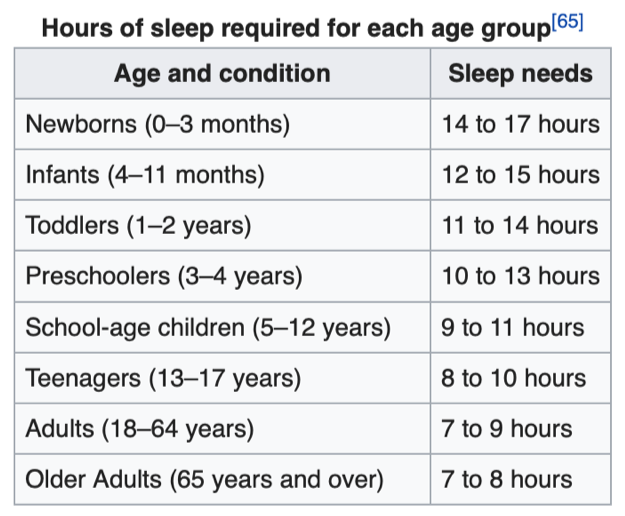
- group3img7.png
- 625×516
- 2020/02/27 19:50
- 157.8 KB

- group3img8.png
- 510×370
- 2020/02/27 19:50
- 220 KB

- group3img9.png
- 602×370
- 2020/02/27 19:50
- 270.7 KB

- group3img10.png
- 433×277
- 2020/02/27 19:50
- 208.6 KB

- group3img11.png
- 435×277
- 2020/02/27 19:50
- 217.5 KB

- group3img12.png
- 435×277
- 2020/02/27 19:50
- 198.4 KB
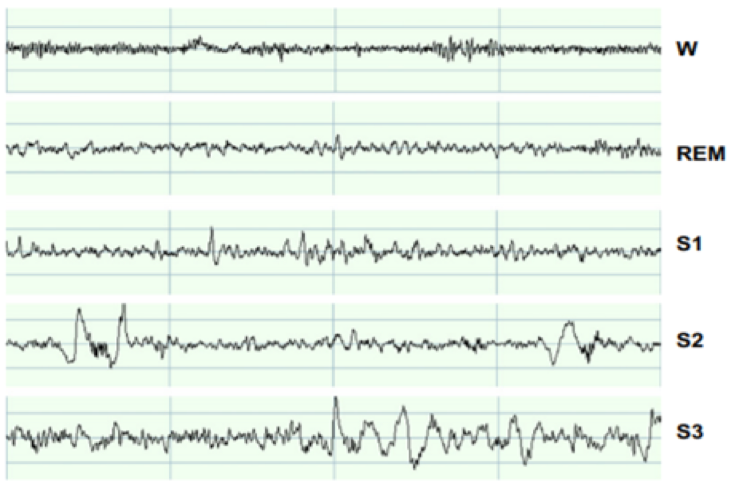
- group3img13.png
- 737×493
- 2020/02/27 19:50
- 219.4 KB
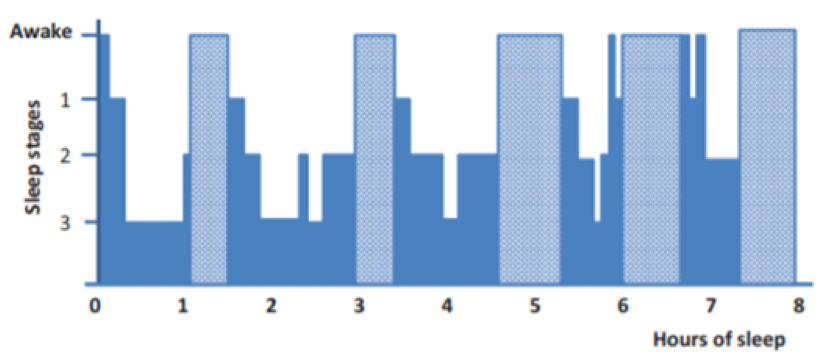
- group3img14.png
- 824×360
- 2020/02/27 19:50
- 184.5 KB
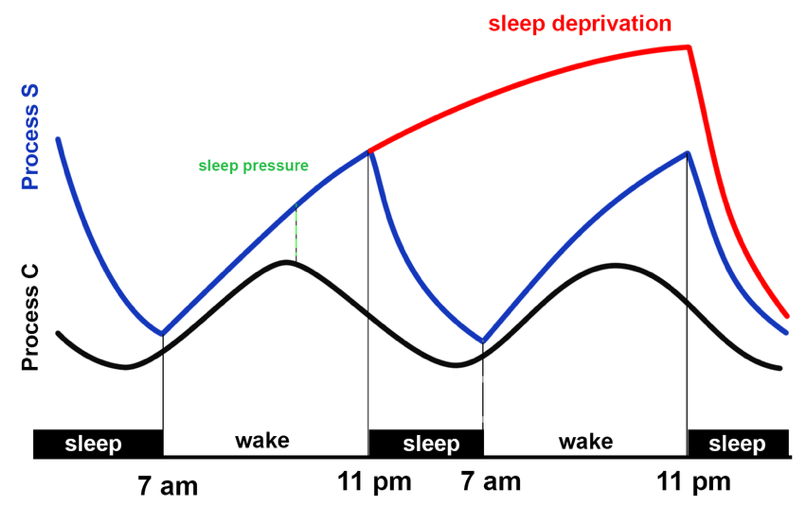
- group3img15.png
- 804×522
- 2020/02/27 19:50
- 121.8 KB
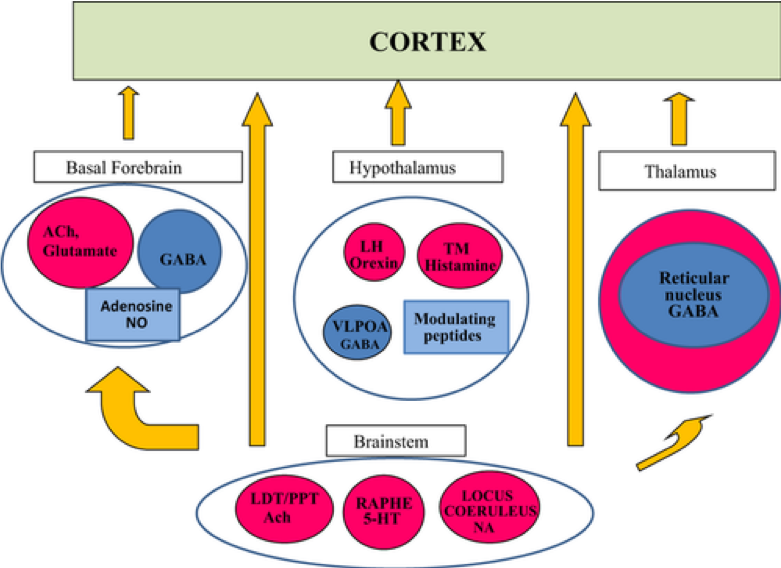
- group3img16.png
- 781×568
- 2020/02/27 19:50
- 222.7 KB

- group3img17.png
- 383×231
- 2020/02/27 19:50
- 94.8 KB
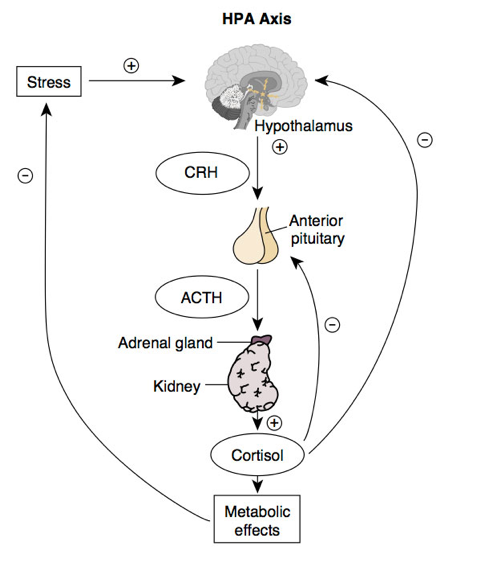
- group3img18.png
- 479×562
- 2020/02/27 19:50
- 117 KB
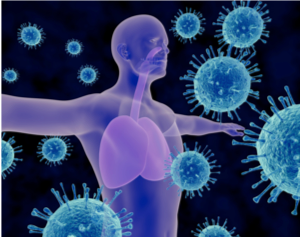
- group3img19.png
- 300×237
- 2020/02/27 19:50
- 141.6 KB

- group3img20.png
- 539×404
- 2020/02/27 19:50
- 290.7 KB

- group3img21.png
- 525×350
- 2020/02/27 19:50
- 289.6 KB

- group3img22.png
- 312×310
- 2020/02/27 19:50
- 182.4 KB

- group3img23.png
- 591×333
- 2020/02/27 19:50
- 329.7 KB

- group3img24.png
- 539×360
- 2020/02/27 19:50
- 281.6 KB

- group3img25.png
- 618×372
- 2020/02/27 19:50
- 451.6 KB

- group3img26.png
- 610×375
- 2020/02/27 19:50
- 243.3 KB

- group5asthma1.jpg
- 222×222
- 2018/01/25 15:19
- 12.1 KB
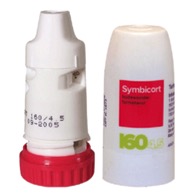
- group5asthma2.jpg
- 196×196
- 2018/01/25 15:19
- 10.3 KB
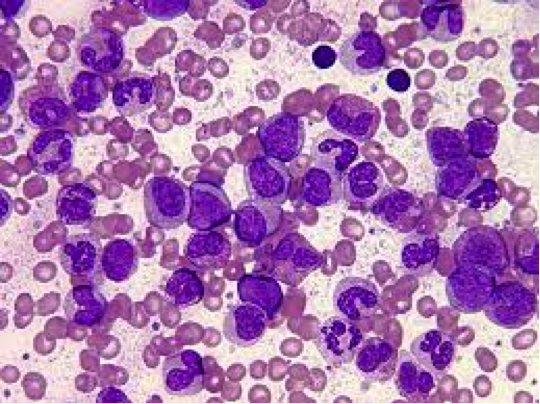
- group5pic1.png
- 540×404
- 2018/01/25 15:19
- 494.3 KB
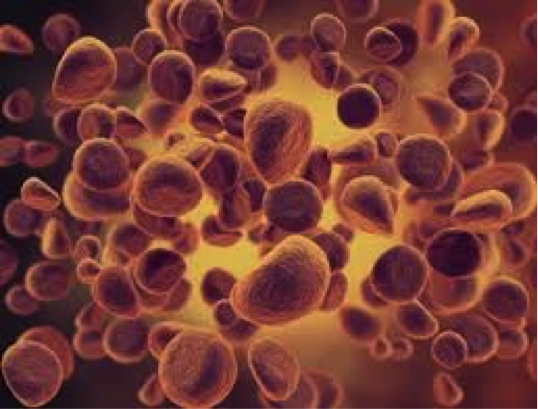
- group5pic2.png
- 538×409
- 2018/01/25 15:19
- 374.5 KB

- group5pic3.png
- 1283×408
- 2018/01/25 15:19
- 89.1 KB
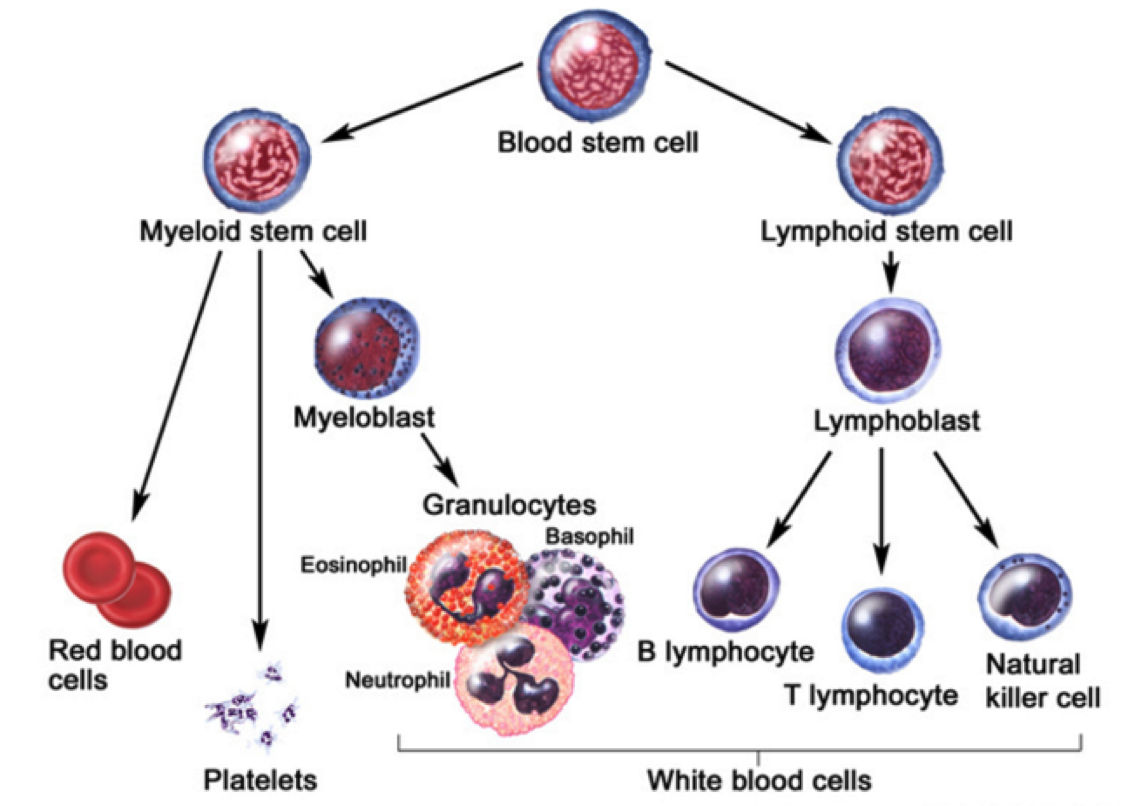
- group5pic4.png
- 1145×806
- 2018/01/25 15:19
- 484.2 KB
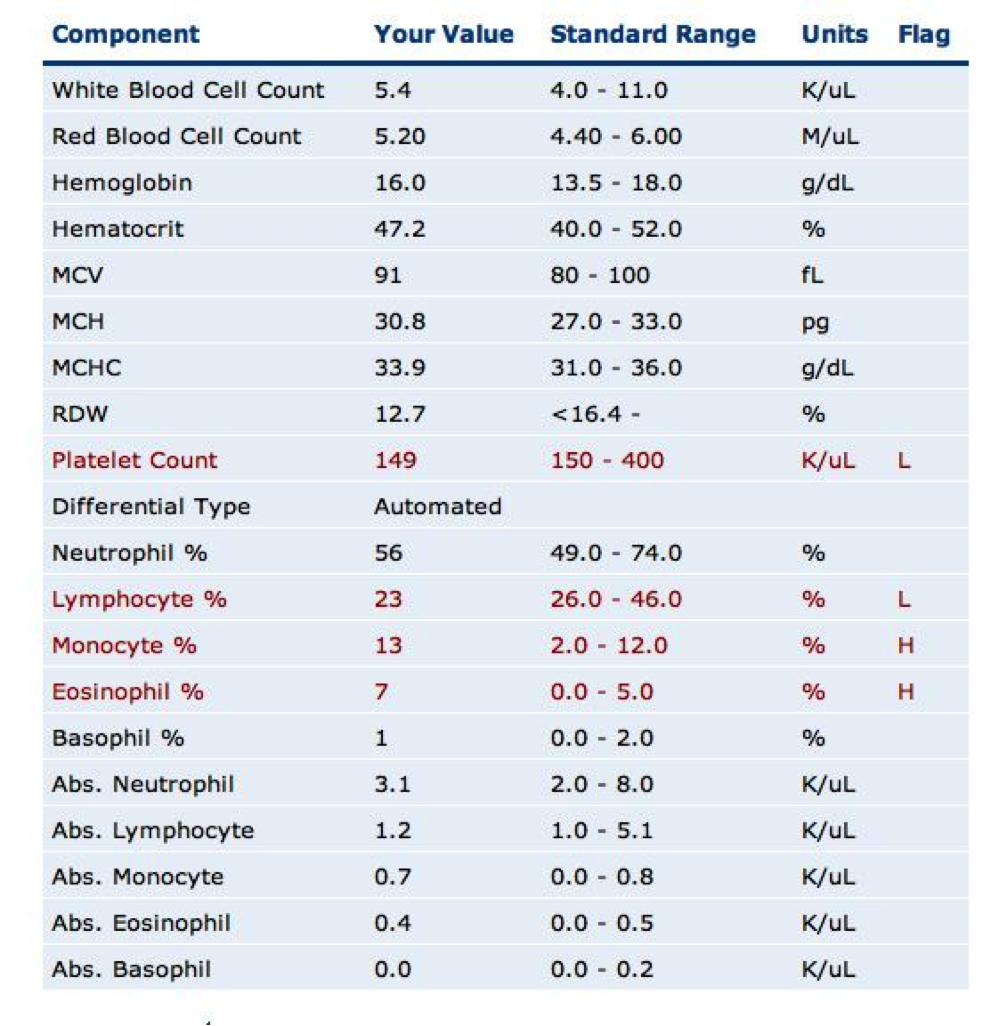
- group5pic5.png
- 991×1026
- 2018/01/25 15:19
- 809.2 KB
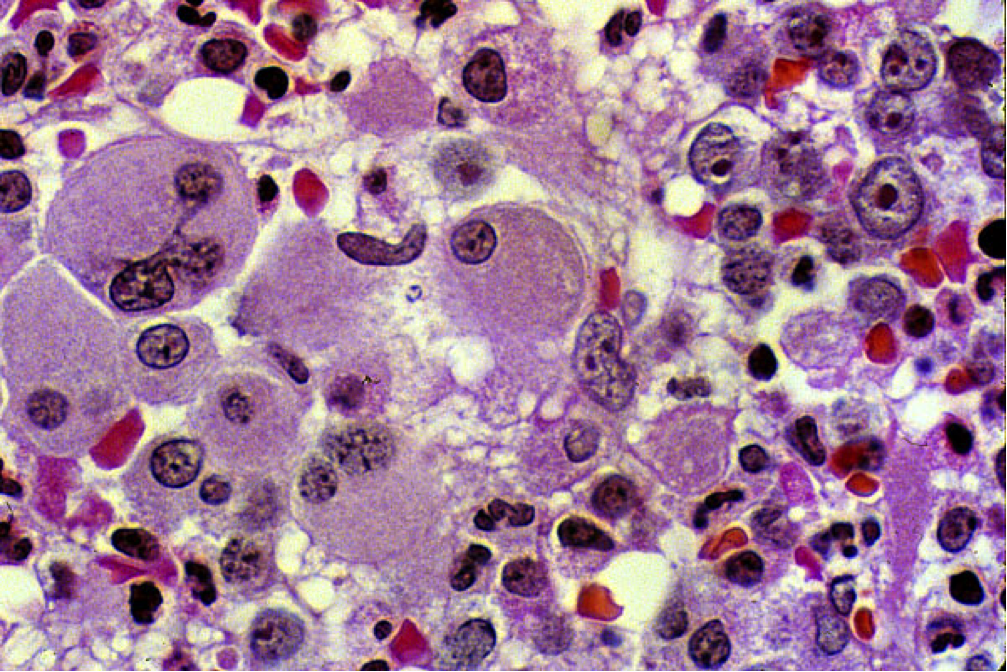
- group5pic6.png
- 1007×672
- 2018/01/25 15:19
- 1.6 MB
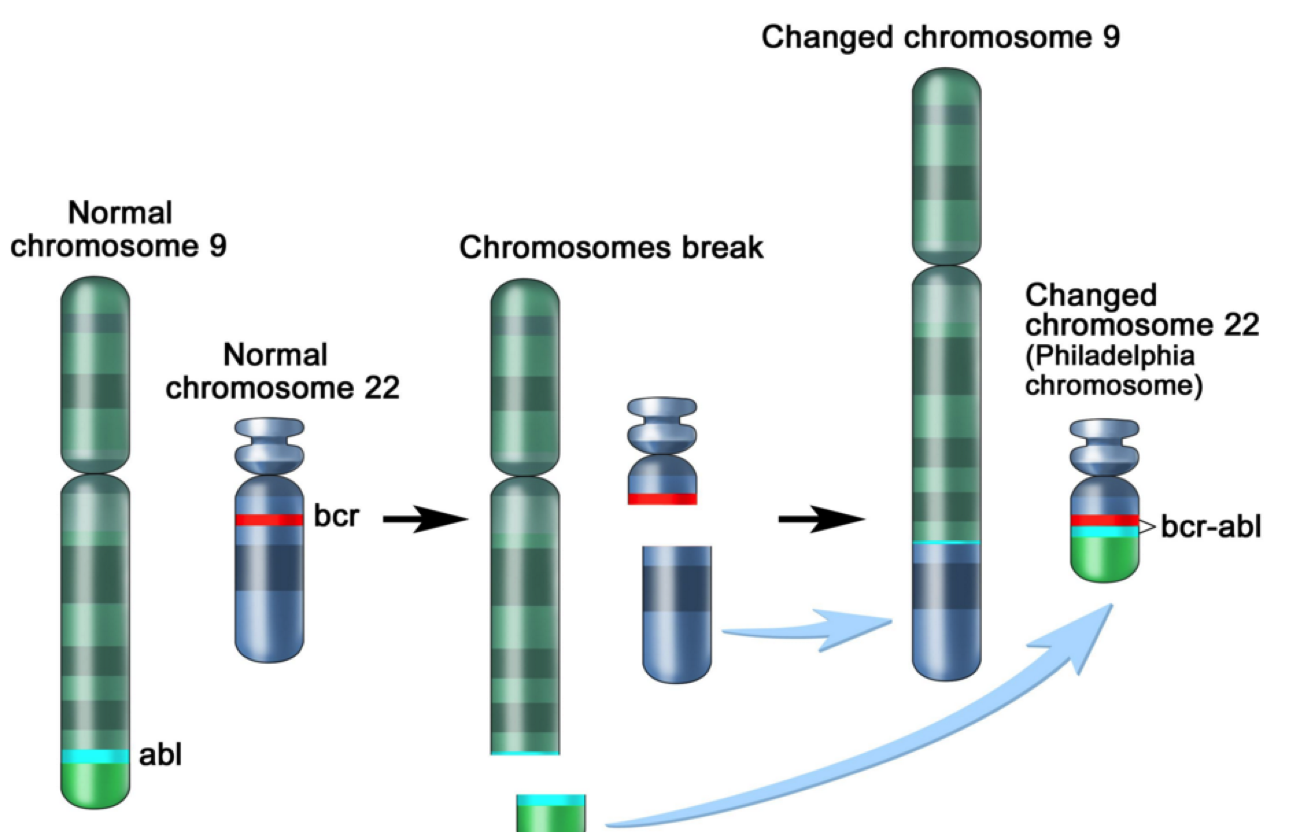
- group5pic7.png
- 1302×833
- 2018/01/25 15:19
- 387.4 KB
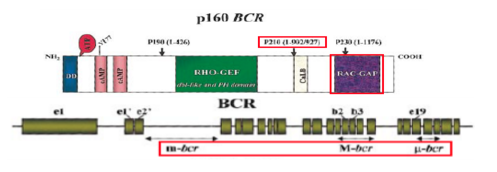
- group5pic8.png
- 497×172
- 2018/01/25 15:19
- 71.4 KB
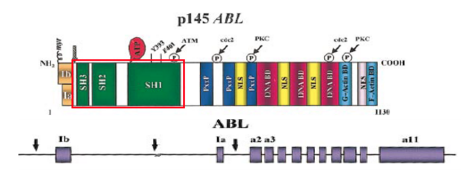
- group5pic9.png
- 472×176
- 2018/01/25 15:19
- 75.9 KB
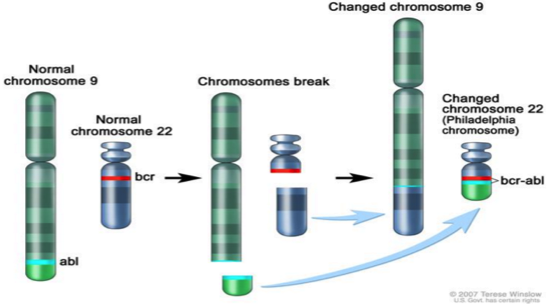
- group5pic10.png
- 550×305
- 2018/01/25 15:19
- 118.4 KB
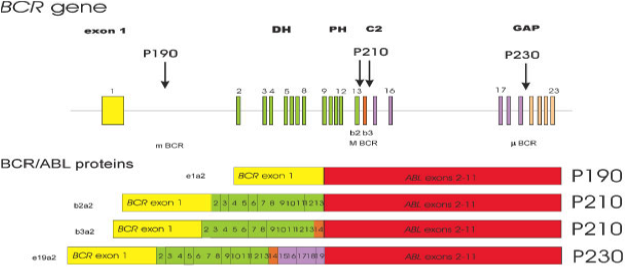
- group5pic11.png
- 626×268
- 2018/01/25 15:19
- 92 KB
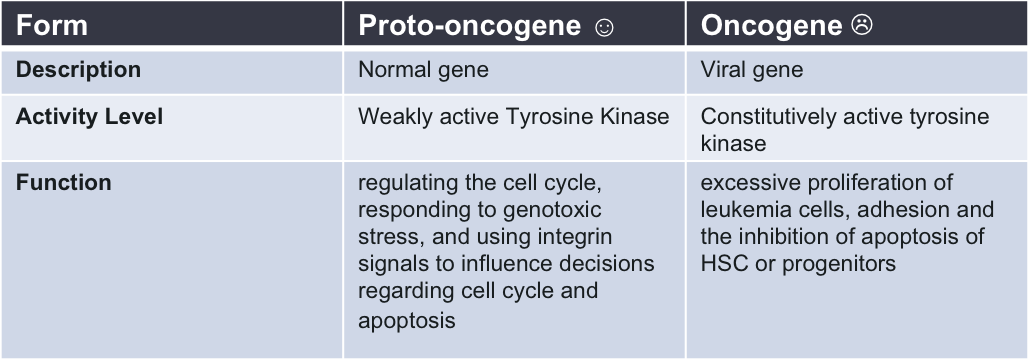
- group5pic12.png
- 1029×360
- 2018/01/25 15:19
- 77.6 KB
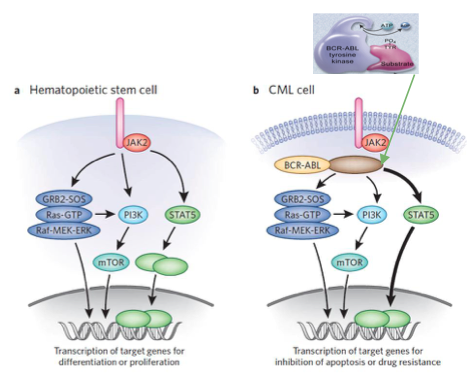
- group5pic13.png
- 469×385
- 2018/01/25 15:19
- 186.2 KB
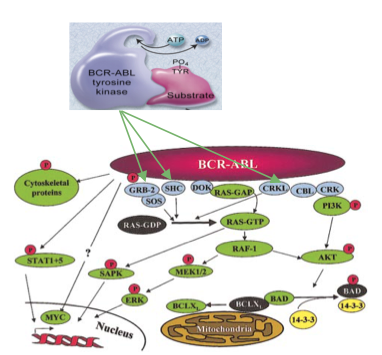
- group5pic14.png
- 382×355
- 2018/01/25 15:19
- 159 KB
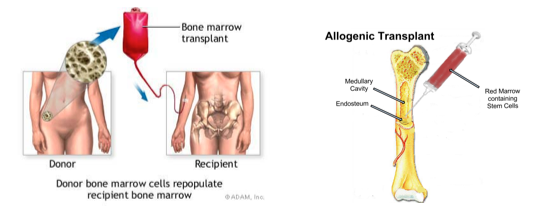
- group5pic15.png
- 557×222
- 2018/01/25 15:19
- 100.2 KB
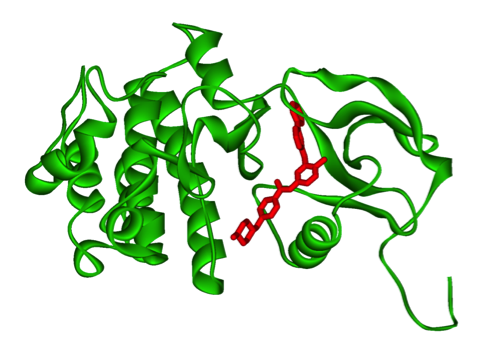
- group5pic16.png
- 482×354
- 2018/01/25 15:19
- 128.2 KB

- group5pic17.png
- 627×390
- 2018/01/25 15:19
- 121.5 KB
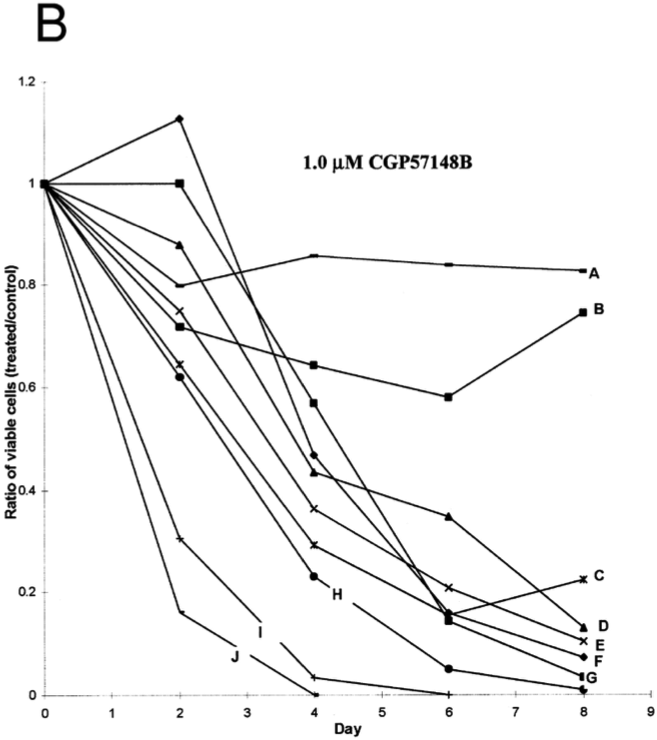
- group5pic18.png
- 657×740
- 2018/01/25 15:19
- 133.2 KB
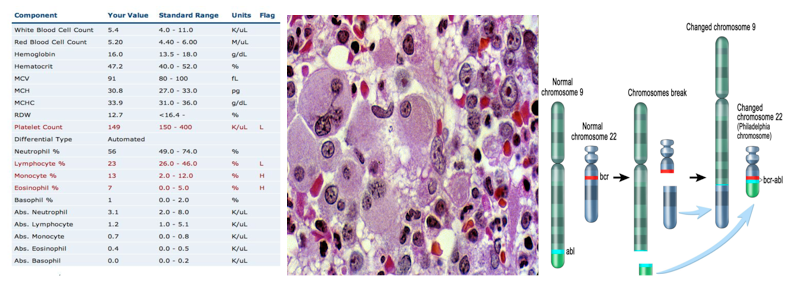
- group5pix.png
- 789×285
- 2018/01/25 15:19
- 332.4 KB

- group_2-_presentation_1-chagas_disease.pdf
- 2018/02/03 00:03
- 1.5 MB

- group_2-_presentation_1-chagas_disease.pptx
- 2018/02/02 23:57
- 25.2 MB

- group_2-presentation_2-effects_of_caffeine.pptx
- 2018/03/02 00:24
- 5.8 MB

- group_3-ptsd_presentation_with_audio_final_1_.pptx
- 2020/03/26 11:58
- 45.3 MB

- group_3_-_presentation_1_-_adderall_1_.pdf
- 2020/02/13 23:35
- 2 MB

- group_3_-_presentation_3_snake_venom_.pdf
- 2018/01/25 15:19
- 1.9 MB

- group_3_-_presentation_3_snake_venom_.pptx
- 2018/01/25 15:19
- 9.6 MB

- group_4_ptsd_slides.pptx
- 2018/01/25 15:19
- 3.9 MB

- group_5_-osteoporosis.pptx
- 2018/09/30 14:29
- 5 MB

- group_5_chronic_myeloid_leukemia.pptx
- 2018/01/25 15:19
- 5 MB

- group_5_presentation_1-_thermal_injuries.pdf
- 2018/01/25 15:19
- 2.1 MB

- group_5_presentation_3_-_seasonal_affective_disorder.pptx
- 2018/01/25 15:19
- 9.5 MB

- group_5_presentation_3_seasonal_affective_disorder.pdf
- 2018/01/25 15:19
- 1.7 MB
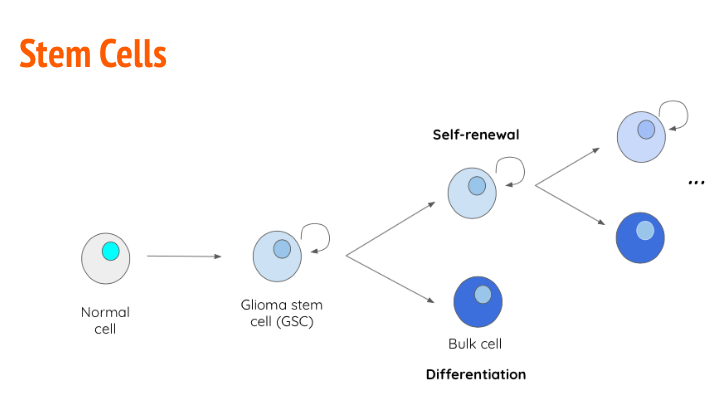
- gscs.png
- 723×399
- 2018/01/25 15:19
- 48.3 KB
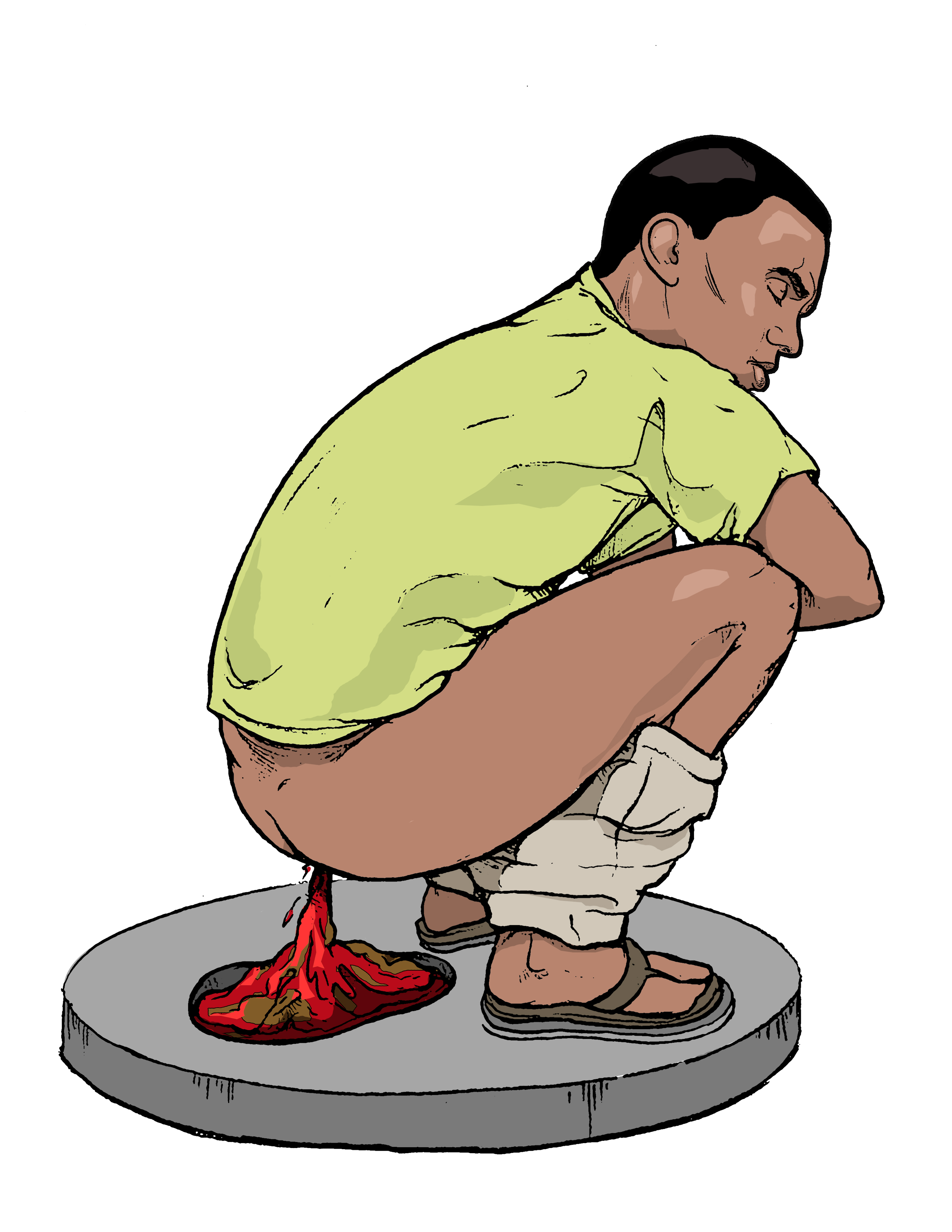
- guy_shitting_ebola.jpg
- 2550×3300
- 2018/01/25 15:19
- 1.5 MB

- gzm.jpg
- 305×327
- 2018/01/25 15:19
- 20.9 KB
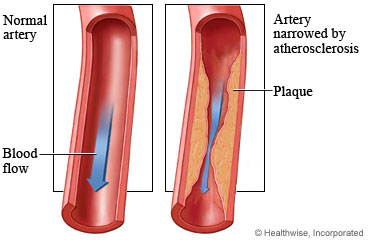
- h9991292_001_pi.jpg
- 368×240
- 2018/10/24 11:35
- 19.8 KB
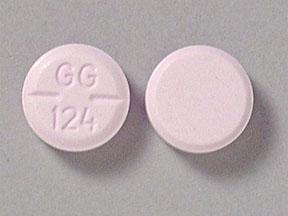
- hald.jpg
- 288×216
- 2019/03/08 23:02
- 7.4 KB
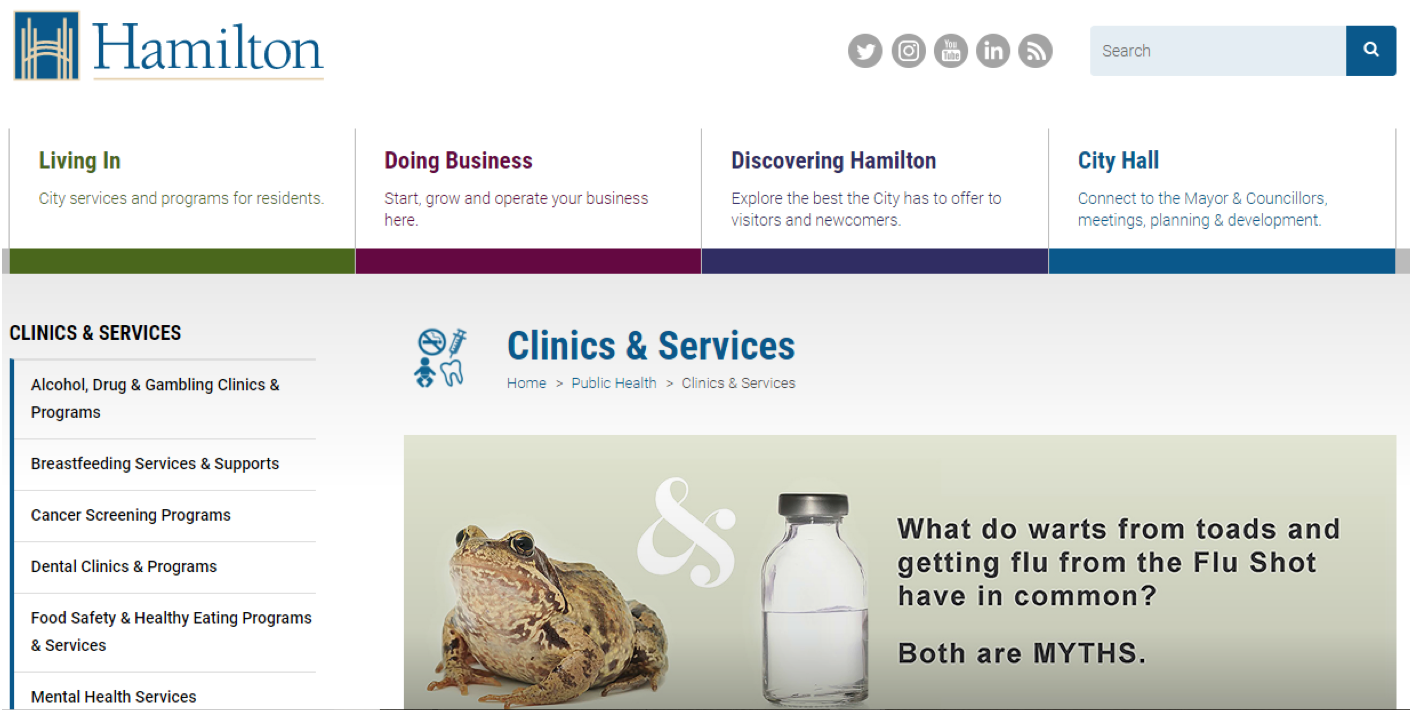
- hamilton_services_page_1.png
- 1416×724
- 2018/03/29 12:57
- 448.9 KB

- hamilton_services_page_2.png
- 1494×952
- 2018/03/29 13:06
- 1.2 MB

- hamilton_services_page_3.png
- 1400×1038
- 2018/03/29 13:09
- 457.6 KB
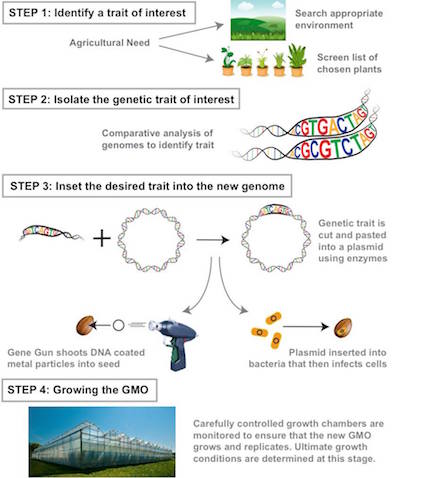
- hannah_image.jpeg
- 425×478
- 2018/01/25 15:19
- 37 KB
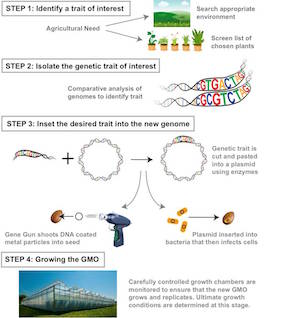
- hannah_image_2.jpeg
- 283×318
- 2018/01/25 15:19
- 22.3 KB
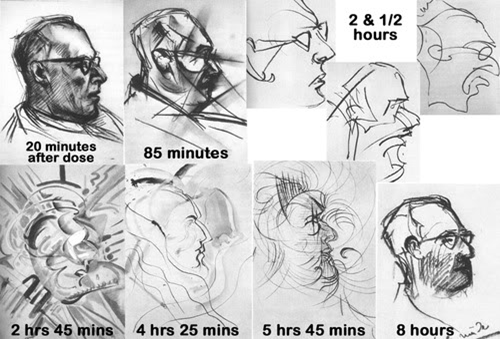
- happyman.png
- 500×339
- 2018/01/25 15:19
- 176.8 KB
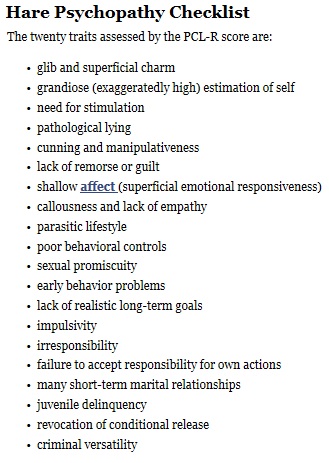
- hare_checklist.jpg
- 329×463
- 2018/03/30 19:37
- 65.3 KB
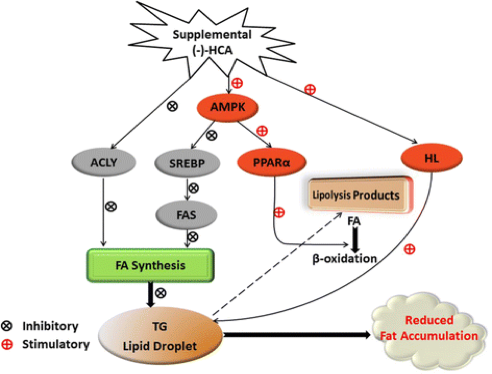
- hca.png
- 492×374
- 2019/01/27 20:35
- 133.5 KB

- healthcare_workers_tb.png
- 453×296
- 2018/11/01 17:00
- 79.5 KB

- healthy-eating-ingredients-1296x728-header.jpg
- 1155×648
- 2020/01/26 14:06
- 180.2 KB
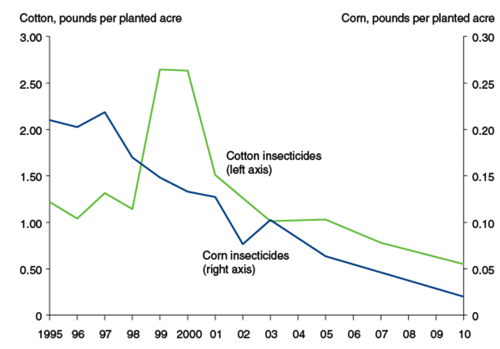
- healy_image_1.png
- 500×349
- 2018/01/25 15:19
- 51.1 KB

- healy_image_2-_revise.png
- 645×191
- 2018/01/25 15:19
- 90.9 KB

- healy_image_2-_revised.png
- 647×195
- 2018/01/25 15:19
- 91.1 KB
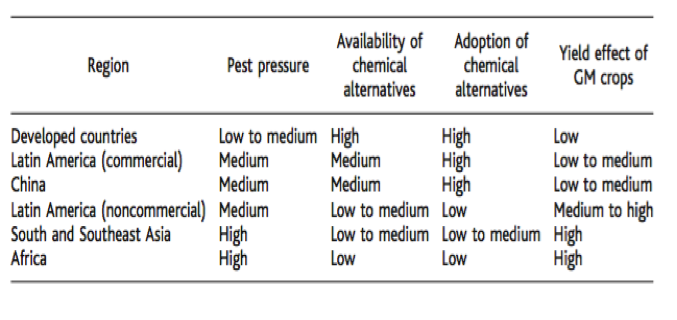
- healy_image_2-_revision.png
- 677×320
- 2018/01/25 15:19
- 125 KB

- healy_image_2.png
- 677×222
- 2018/01/25 15:19
- 91.6 KB

- healy_image_3.png
- 459×303
- 2018/01/25 15:19
- 105.1 KB

- healy_image_4.png
- 480×360
- 2018/01/25 15:19
- 400.1 KB
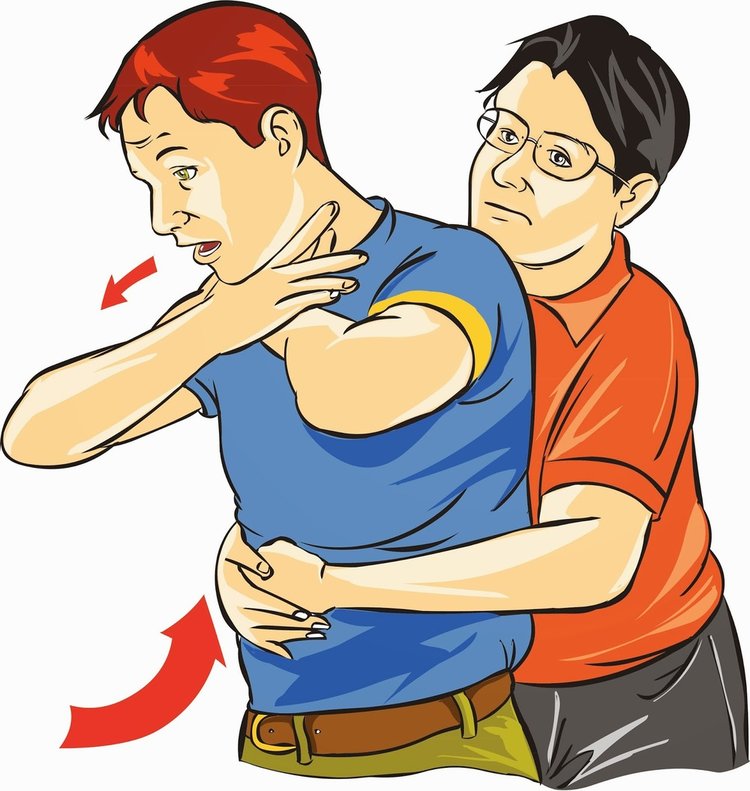
- heim.jpg
- 750×791
- 2019/03/08 23:33
- 89.7 KB
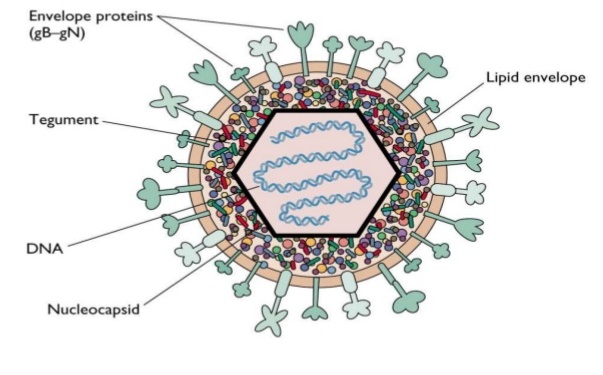
- herpes-simplex-virus.jpg
- 603×375
- 2018/03/30 12:26
- 62.3 KB
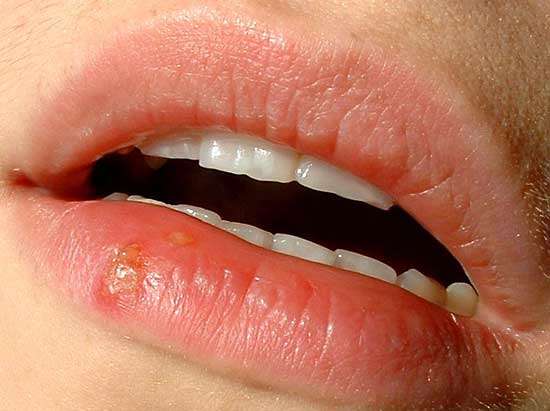
- herpes.jpg
- 550×411
- 2018/03/30 13:04
- 25.6 KB
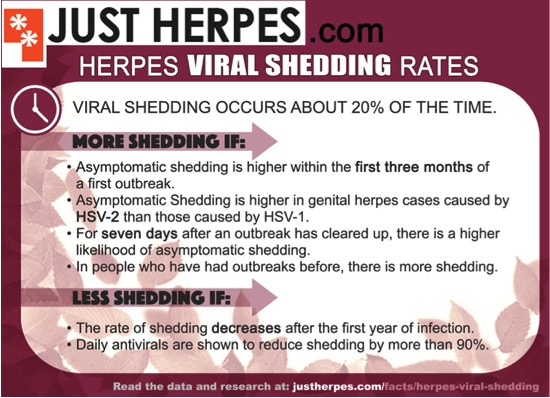
- herpes_.jpg
- 550×398
- 2018/03/30 13:06
- 88 KB

- herpes_simplex_virus_group_2.pdf
- 2018/03/30 19:51
- 1.8 MB

- heterotopi.png
- 322×183
- 2018/01/25 15:19
- 119.7 KB
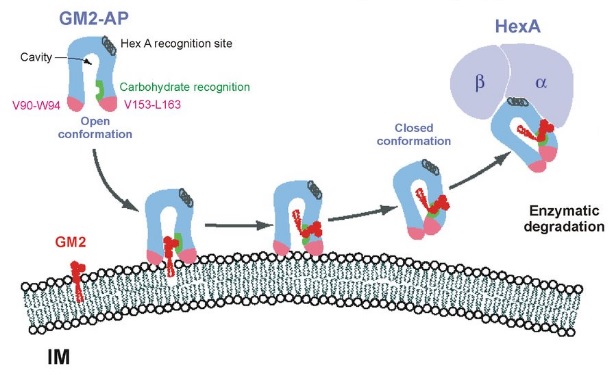
- hex_a_path.jpg
- 613×375
- 2018/01/25 15:19
- 63.6 KB
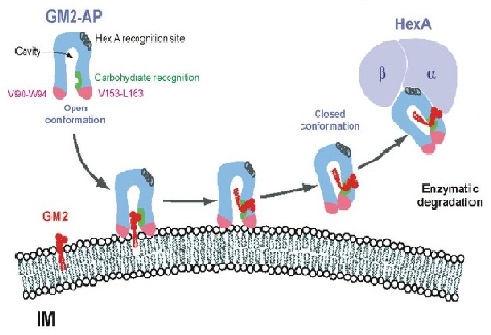
- hex_a_path2.jpg
- 491×335
- 2018/01/25 15:19
- 48.9 KB
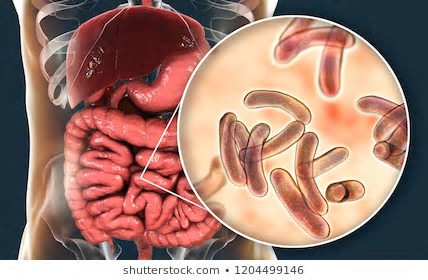
- hey.jpg
- 428×280
- 2020/02/19 00:22
- 51.6 KB
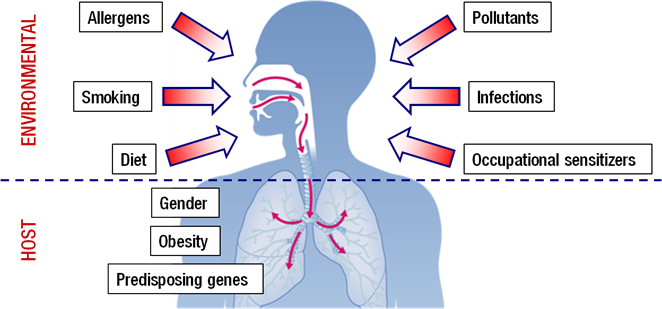
- hey.png
- 662×309
- 2018/01/25 15:19
- 89.4 KB
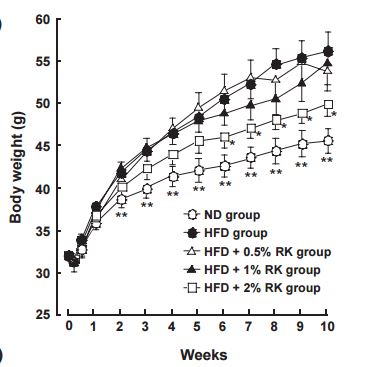
- hfd.jpg
- 389×367
- 2018/01/25 15:19
- 31.2 KB

- high-protein-diet.jpg
- 500×500
- 2018/01/25 15:19
- 225.9 KB

- highproteindiet.jpg
- 369×369
- 2018/01/25 15:19
- 164.5 KB
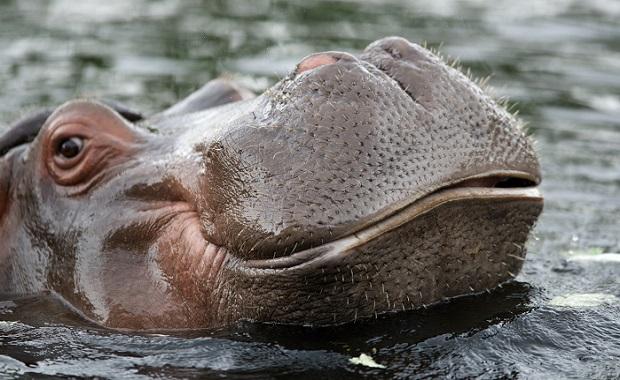
- hippo-face-web620.jpg
- 620×380
- 2018/09/26 12:30
- 49.4 KB
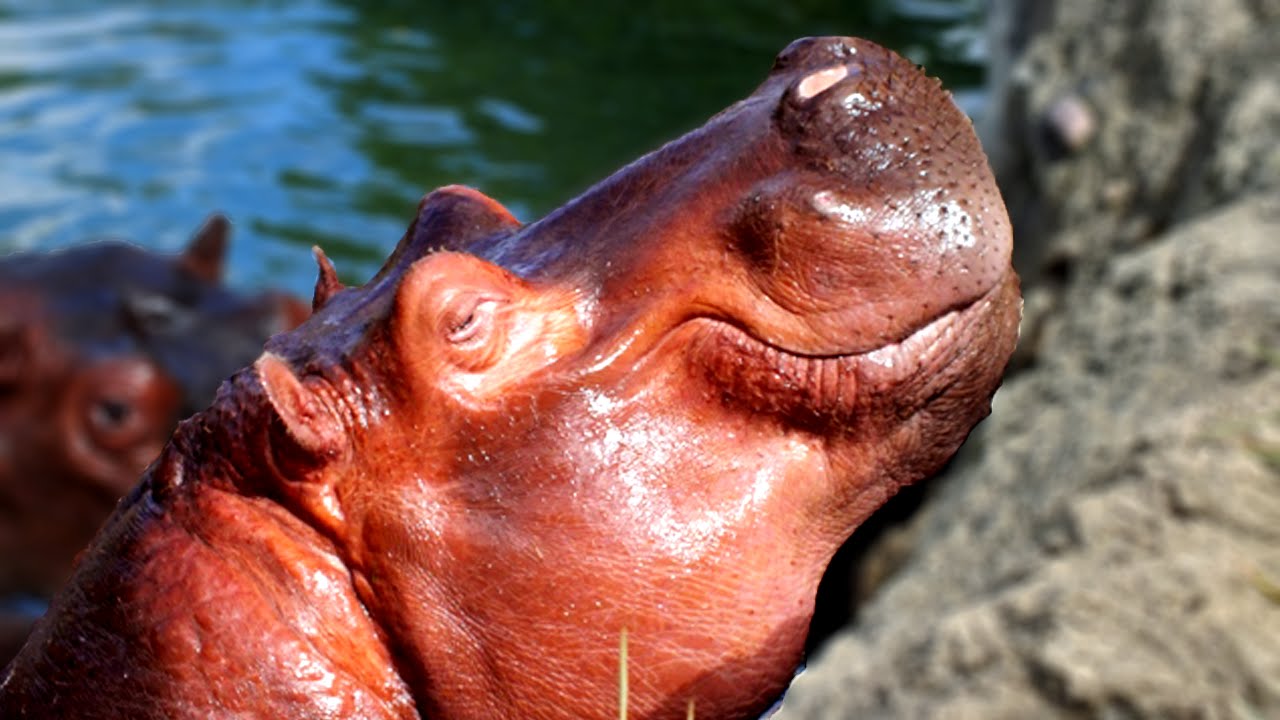
- hippo_sweat.jpg
- 1280×720
- 2018/09/28 20:16
- 107 KB
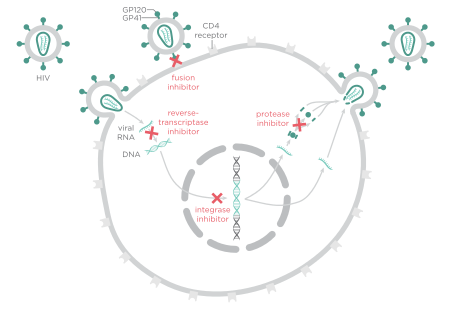
- hiv-drug-classes.svg.png
- 450×313
- 2018/01/25 15:19
- 51.6 KB

- hiv.pptx
- 2019/04/05 21:21
- 2.5 MB
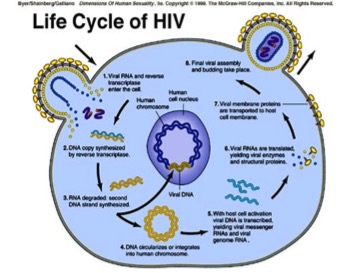
- hiv_cycle.jpg
- 347×273
- 2018/01/25 15:19
- 35.2 KB
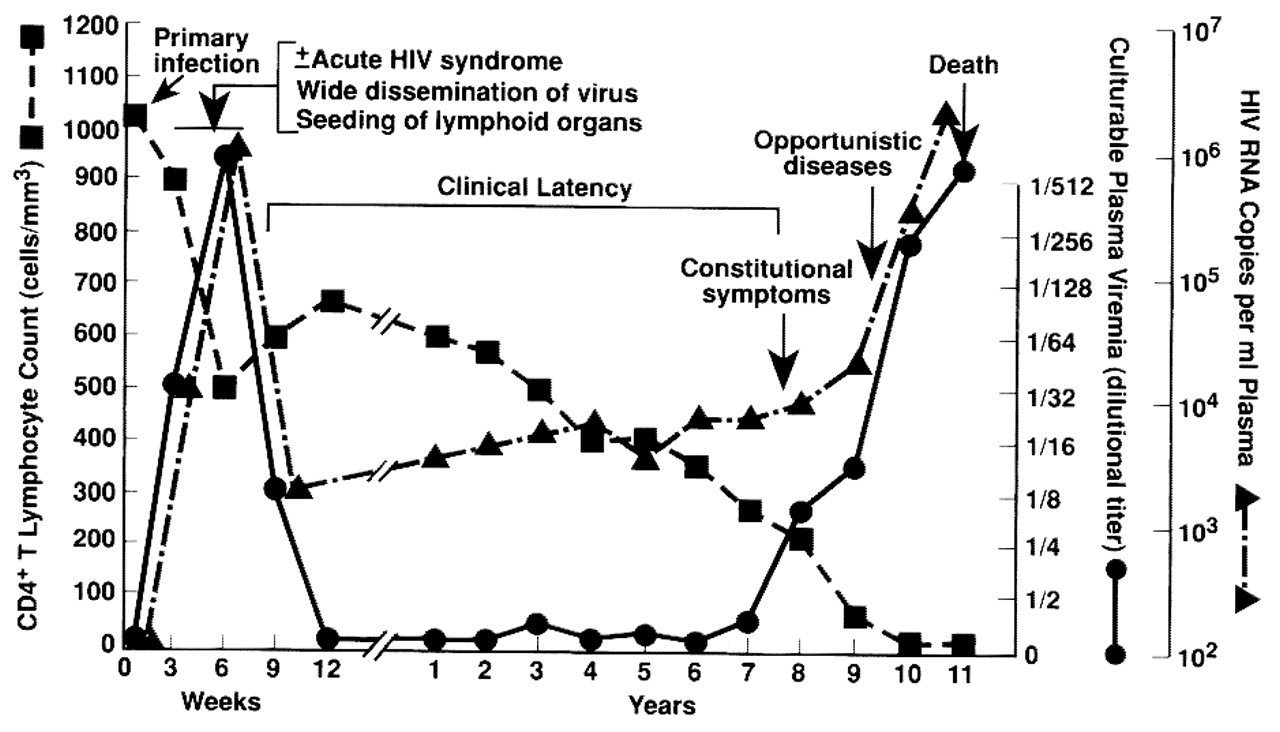
- hiv_stages_graph.jpeg
- 1280×732
- 2018/01/25 15:19
- 146 KB
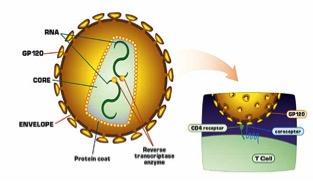
- hiv_structure.jpg
- 313×182
- 2018/01/25 15:19
- 19 KB
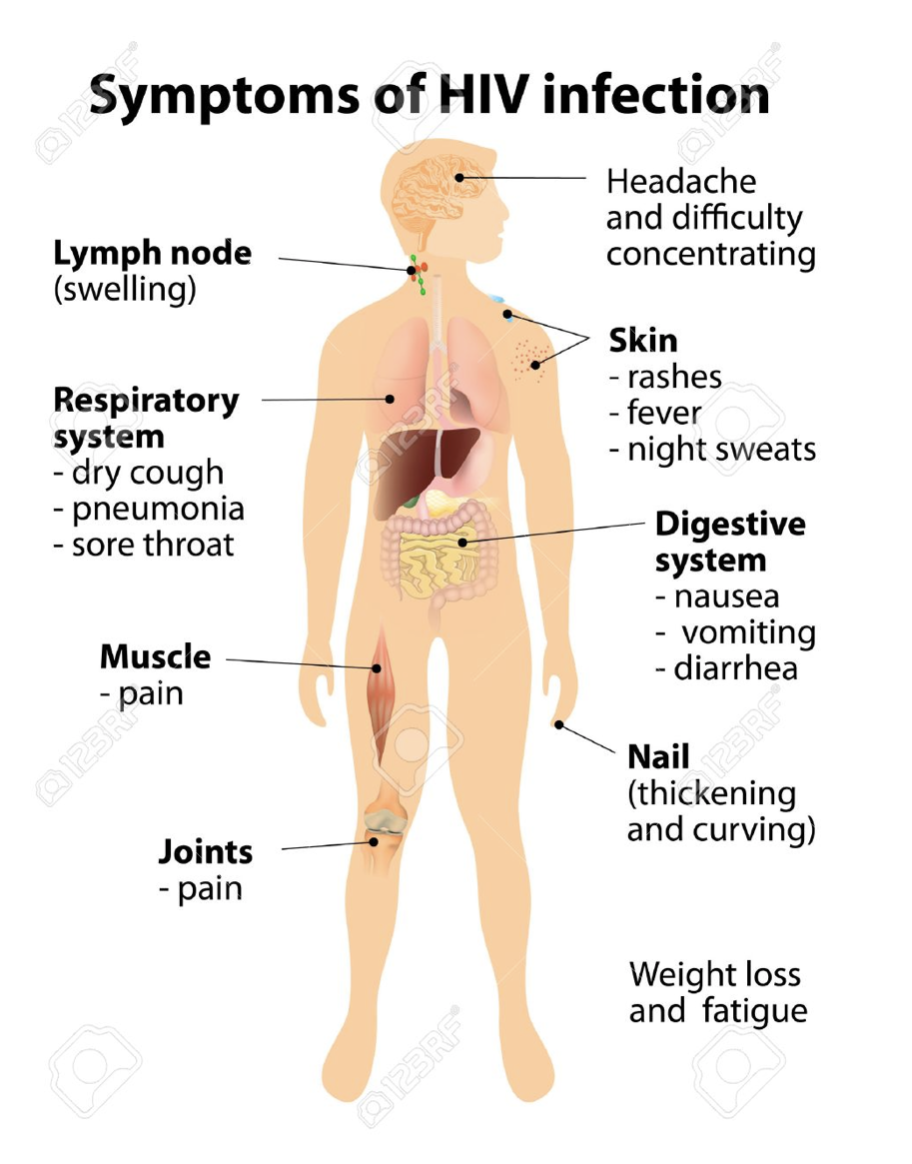
- hiv_symptoms.png
- 912×1164
- 2019/04/05 19:19
- 608.5 KB
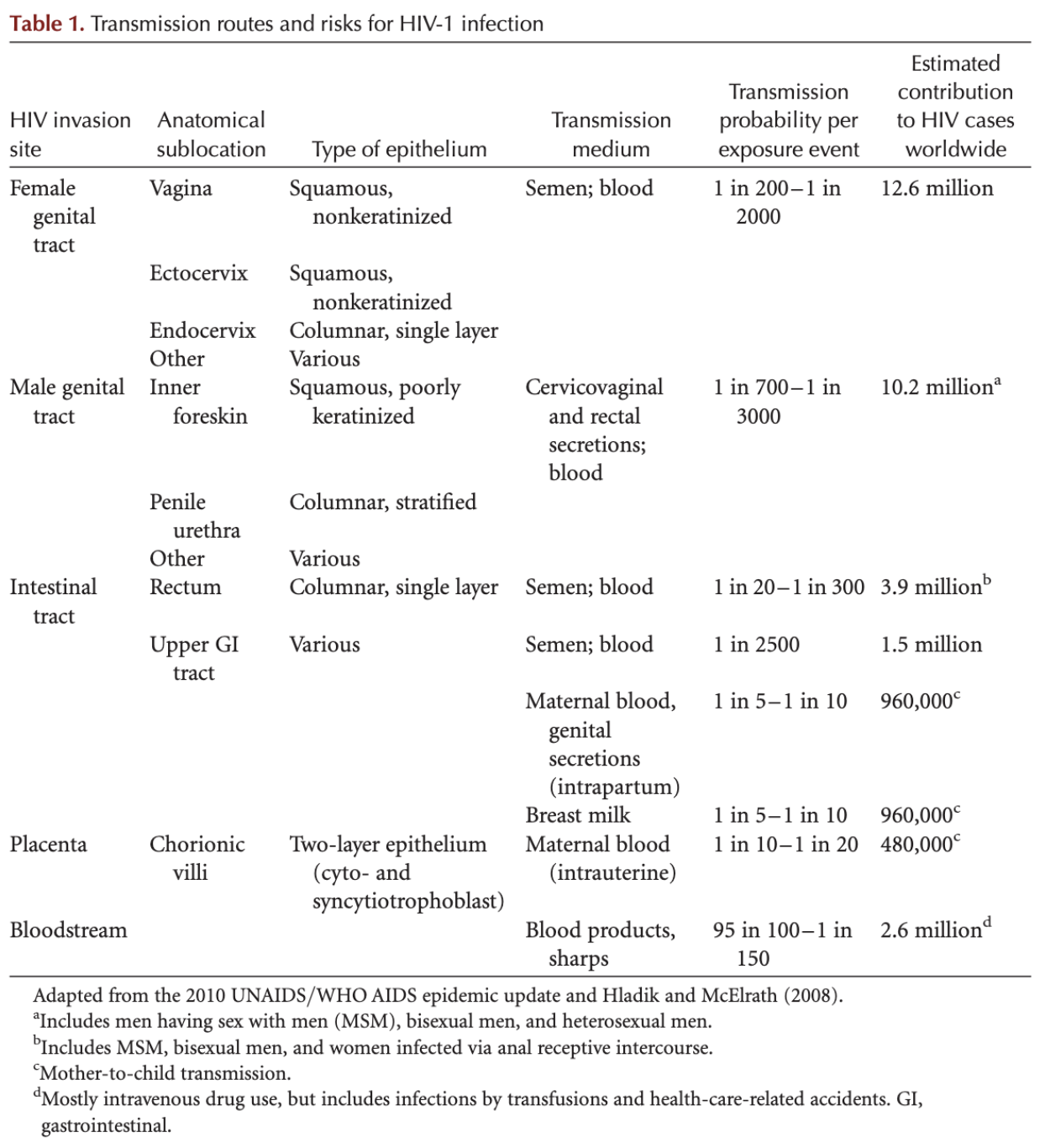
- hiv_transmission_.png
- 1244×1366
- 2019/04/05 19:23
- 507.8 KB
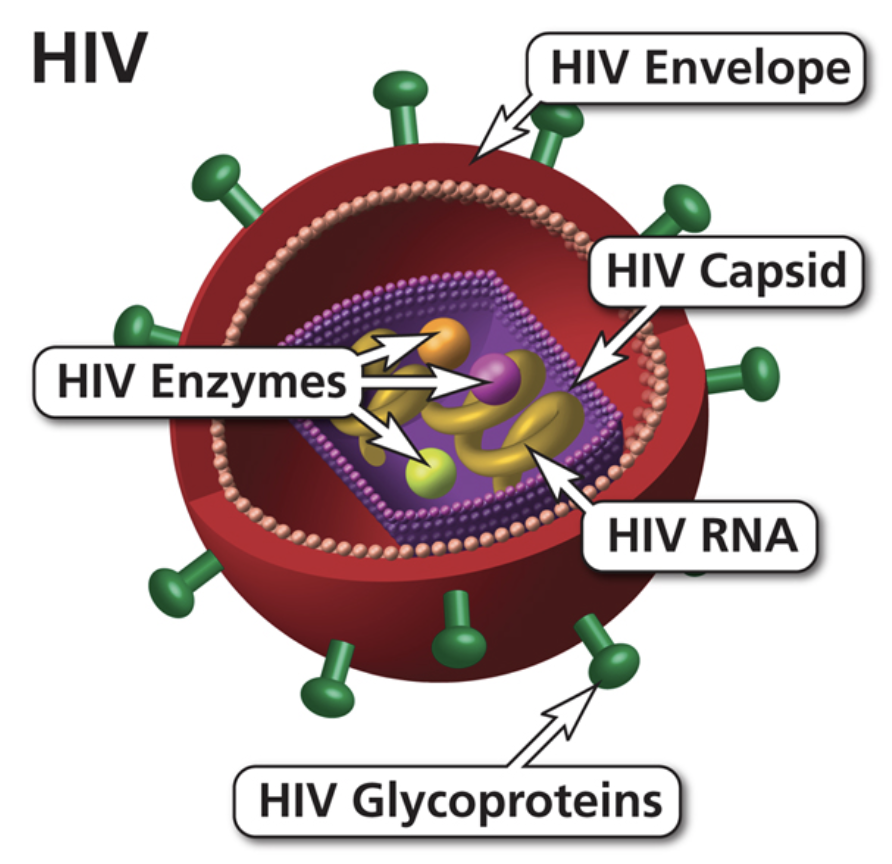
- hiv_virus.png
- 892×864
- 2019/04/05 19:21
- 572.4 KB

- hk_superspreader.jpg
- 800×742
- 2020/02/23 18:01
- 96.5 KB
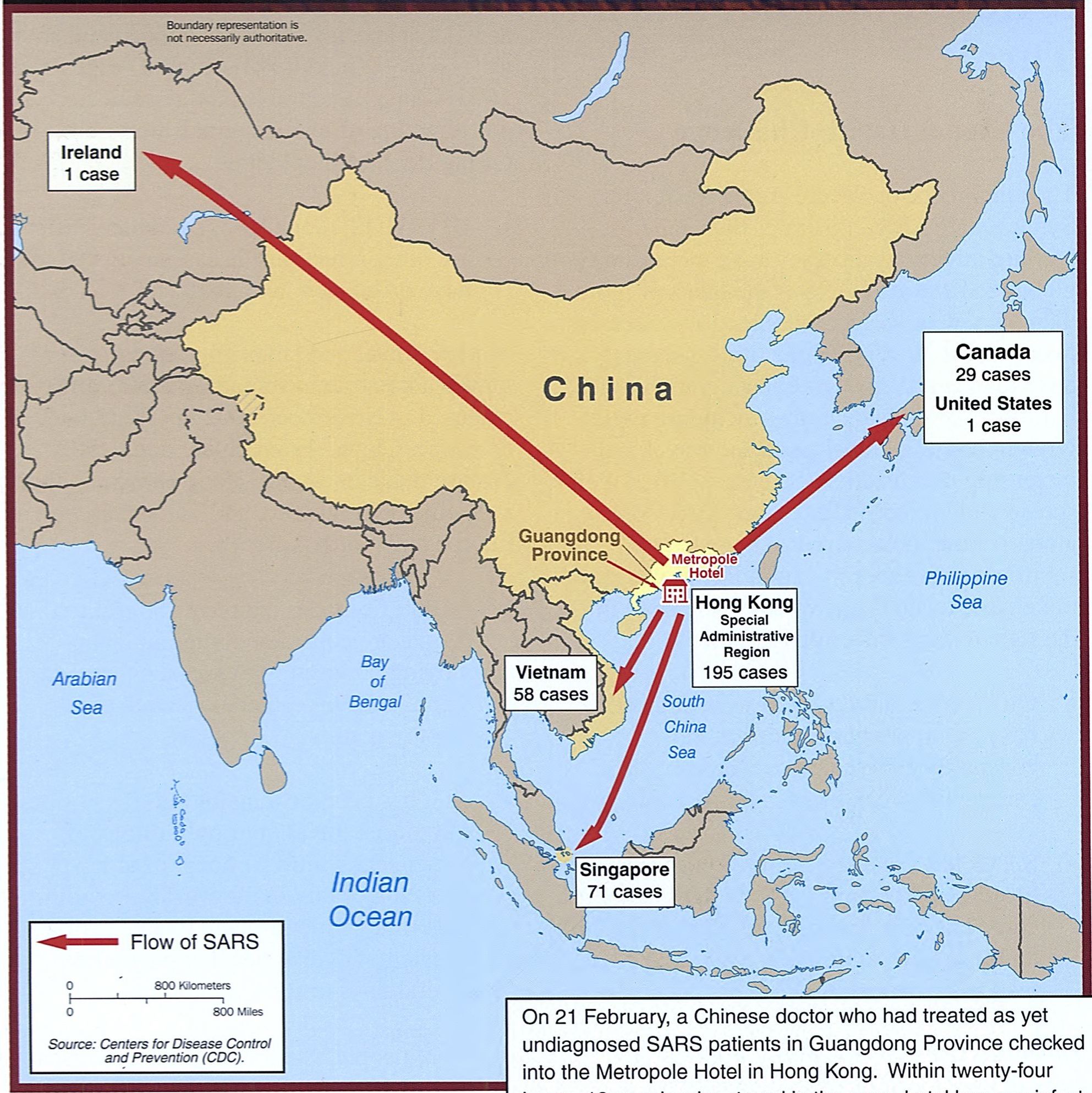
- hk_superspreader_2.jpg
- 1985×1986
- 2020/02/28 22:25
- 589.1 KB
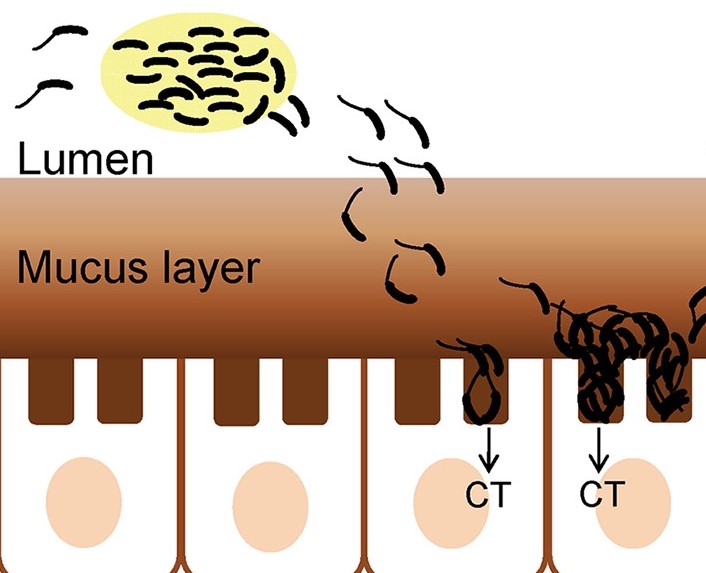
- holy.jpg
- 706×573
- 2020/02/19 02:08
- 88.8 KB
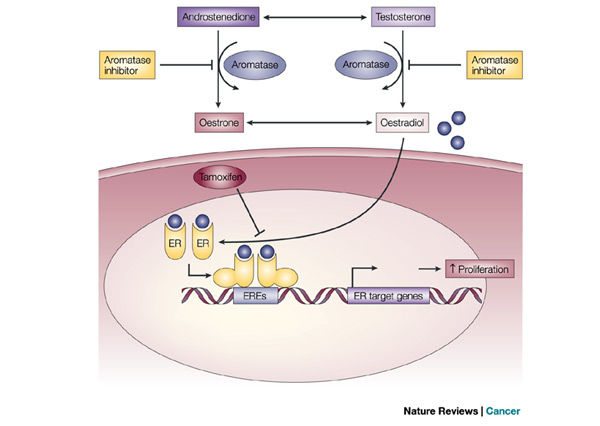
- hormonaltherapy.jpg
- 600×426
- 2018/01/25 15:19
- 30.1 KB

- horse.jpg
- 1340×889
- 2018/09/19 12:54
- 102.3 KB
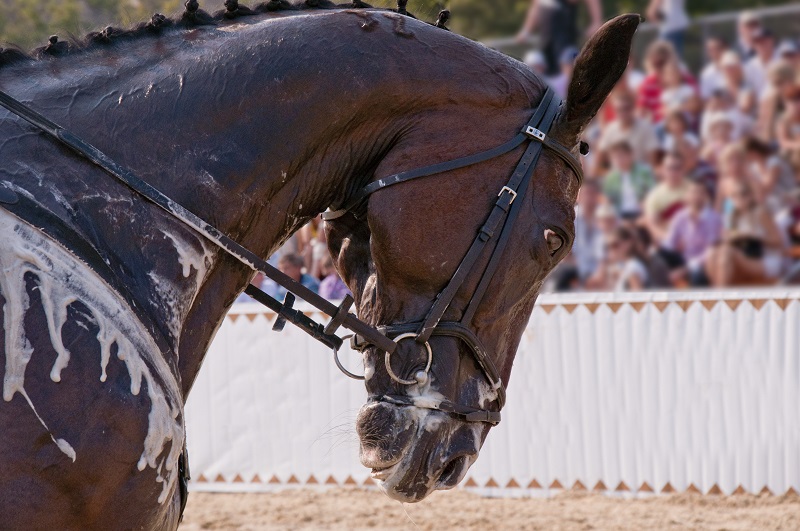
- horse_sweat.jpg
- 800×531
- 2018/09/28 20:14
- 153.7 KB
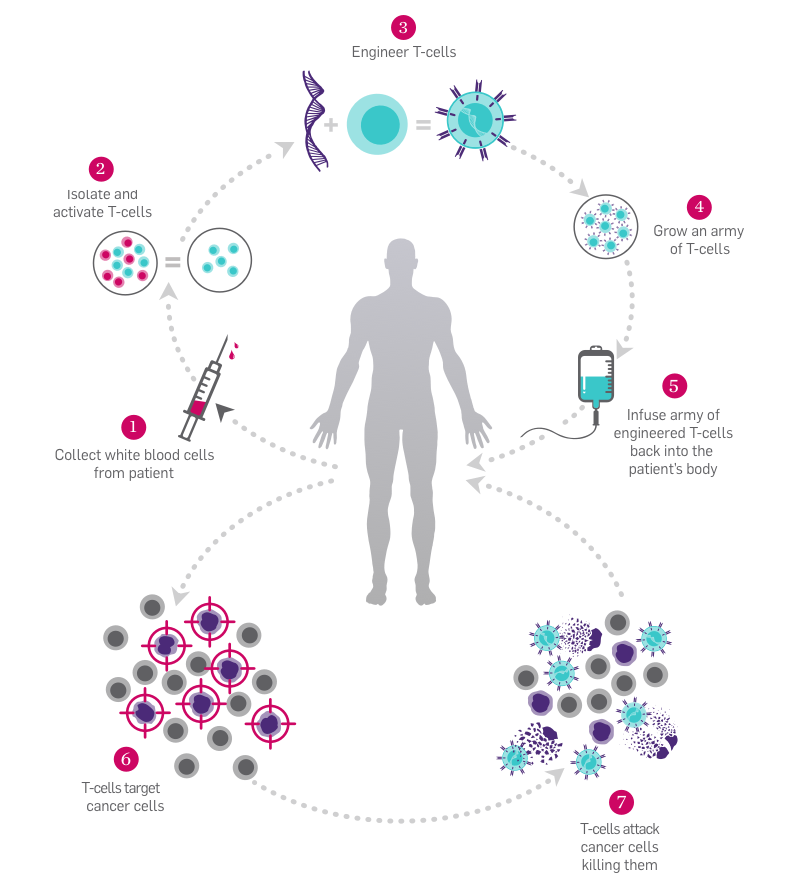
- how-adoptive-immunotherapy-works.png
- 800×886
- 2019/04/03 12:51
- 122.2 KB
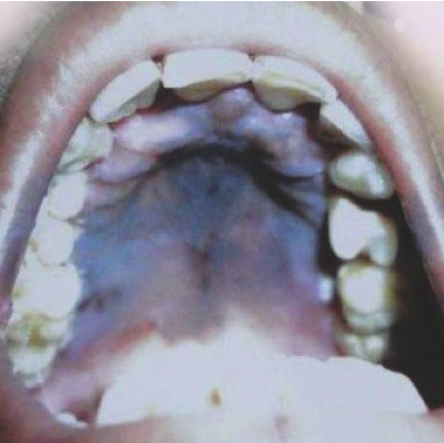
- hp.png
- 444×443
- 2018/01/25 15:19
- 311.2 KB

- hpa.png
- 350×540
- 2018/01/25 15:19
- 17.7 KB

- hpa_.jpg
- 1024×962
- 2018/01/25 15:19
- 83.4 KB

- hpa_axis.jpg
- 673×659
- 2020/03/25 15:33
- 310.8 KB
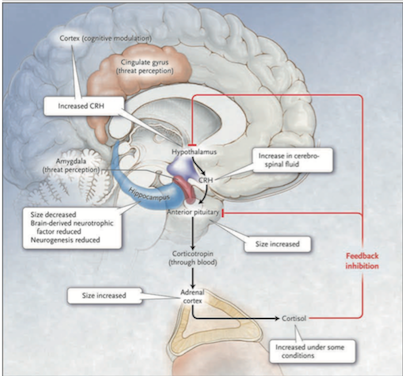
- hpa_axis_.png
- 403×376
- 2018/01/25 15:19
- 261.6 KB
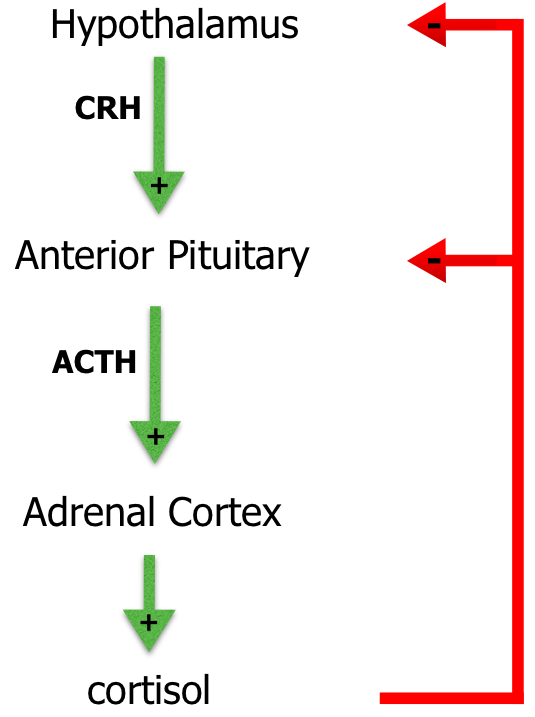
- hpa_cortisol.png
- 535×717
- 2018/01/25 15:19
- 57.6 KB

- hpaa.png
- 216×338
- 2018/01/25 15:19
- 41.6 KB
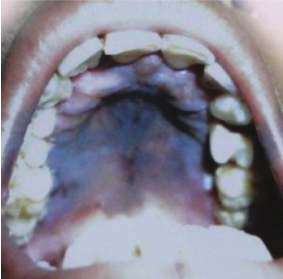
- hpscrn.png
- 283×279
- 2018/01/25 15:19
- 136.9 KB
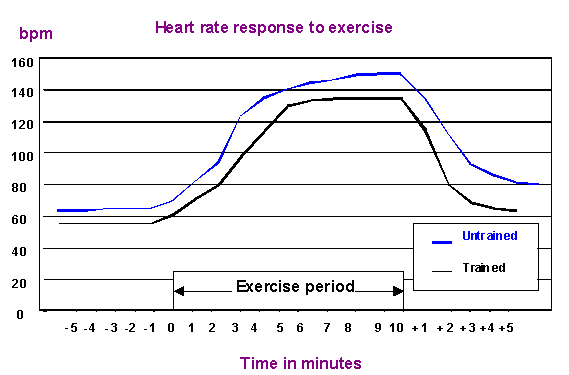
- hrh.gif
- 569×375
- 2018/10/23 19:43
- 5.7 KB

- https-_2f_2fblueprint-api-production.s3.amazonaws.com_2fuploads_2fcard_2fimage_2f498047_2f377da321-b088-4497-8d52-4fad8bbf47ca.jpg
- 950×534
- 2018/01/25 15:19
- 89.8 KB

- human_cloning.png
- 354×231
- 2020/02/28 23:07
- 169.1 KB
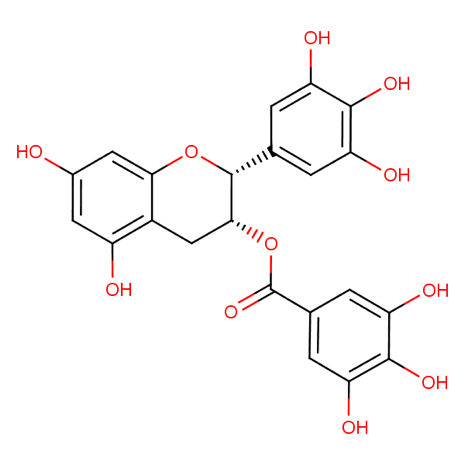
- hydroxycut.png
- 464×464
- 2019/01/28 10:34
- 28.2 KB
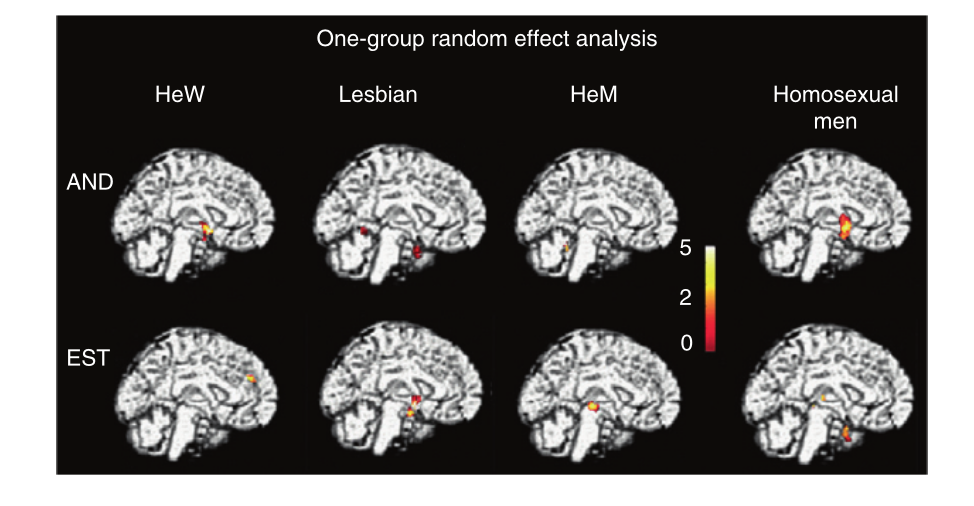
- hypothalamus_activation.png
- 974×506
- 2018/03/30 22:47
- 409.3 KB
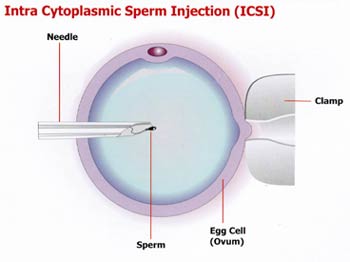
- icsi.jpg
- 350×262
- 2018/11/30 15:45
- 9.1 KB

- icu.jpg
- 500×373
- 2018/01/25 15:19
- 38.1 KB
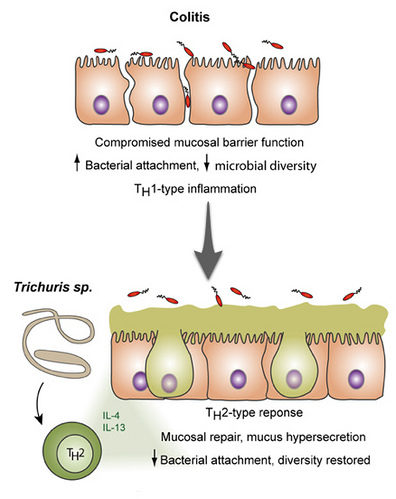
- id.jpg
- 396×499
- 2018/01/25 15:19
- 86.7 KB

- identical.png
- 325×173
- 2020/02/28 22:32
- 72.8 KB
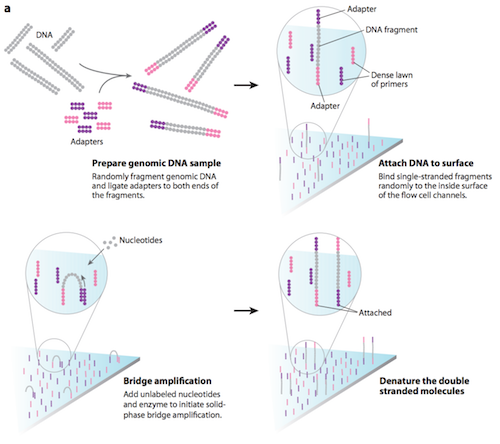
- illumina_.png
- 500×444
- 2018/01/25 15:19
- 150 KB
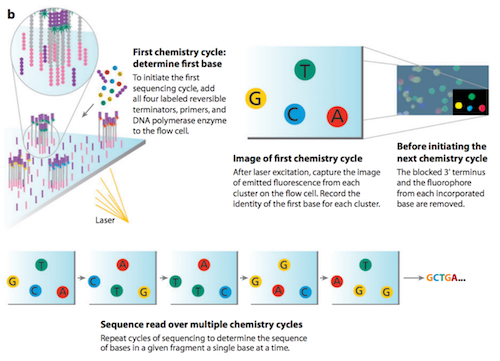
- illumina_2.png
- 500×361
- 2018/01/25 15:19
- 183.6 KB
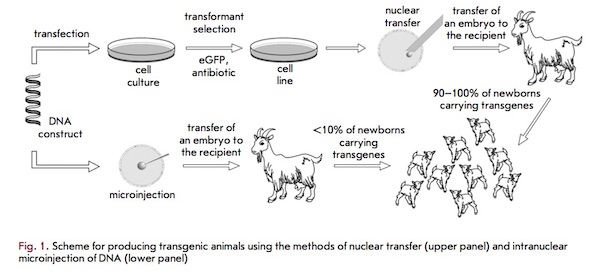
- image.jpg
- 591×279
- 2018/01/25 15:19
- 48.1 KB
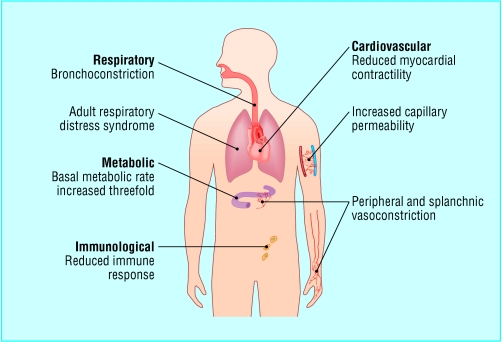
- image039.jpg
- 502×342
- 2018/01/25 15:19
- 68.6 KB

- image04.png
- 250×369
- 2018/03/01 22:08
- 130.1 KB
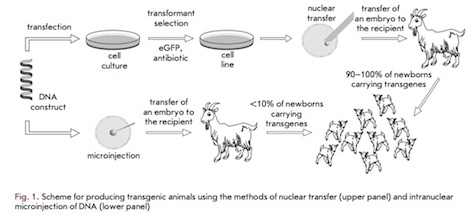
- image1.jpg
- 472×223
- 2018/01/25 15:19
- 29.5 KB
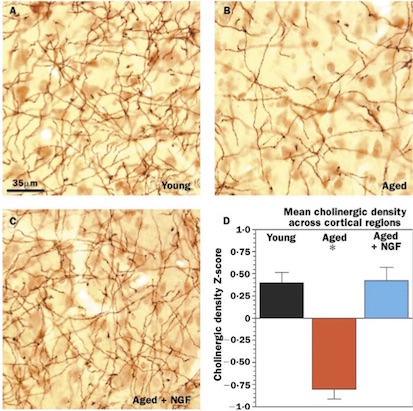
- image3.jpg
- 413×411
- 2018/01/25 15:19
- 82.1 KB
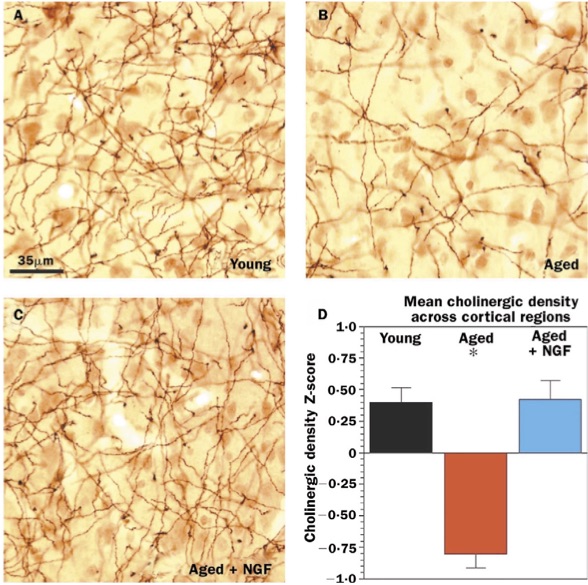
- image4.jpg
- 588×585
- 2018/01/25 15:19
- 123.1 KB
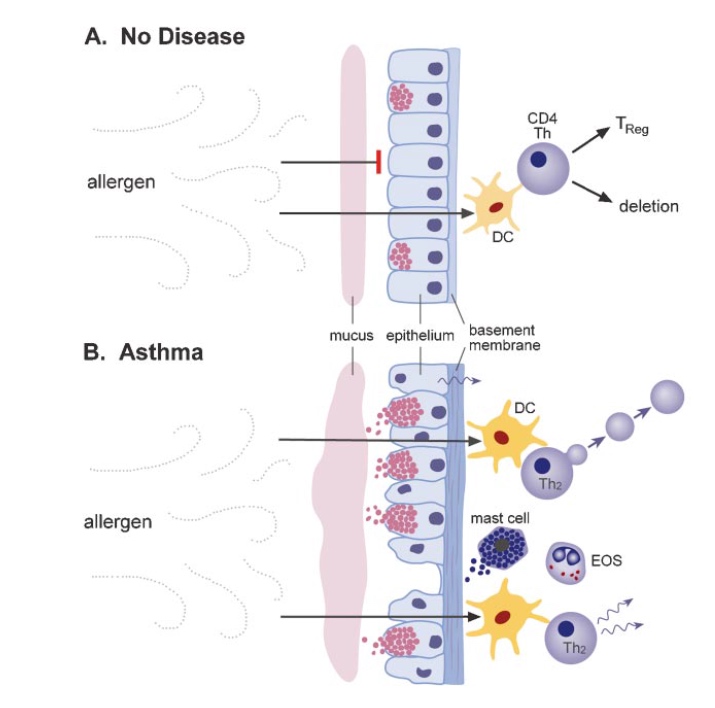
- image5.jpg
- 715×708
- 2018/01/25 15:19
- 89.9 KB
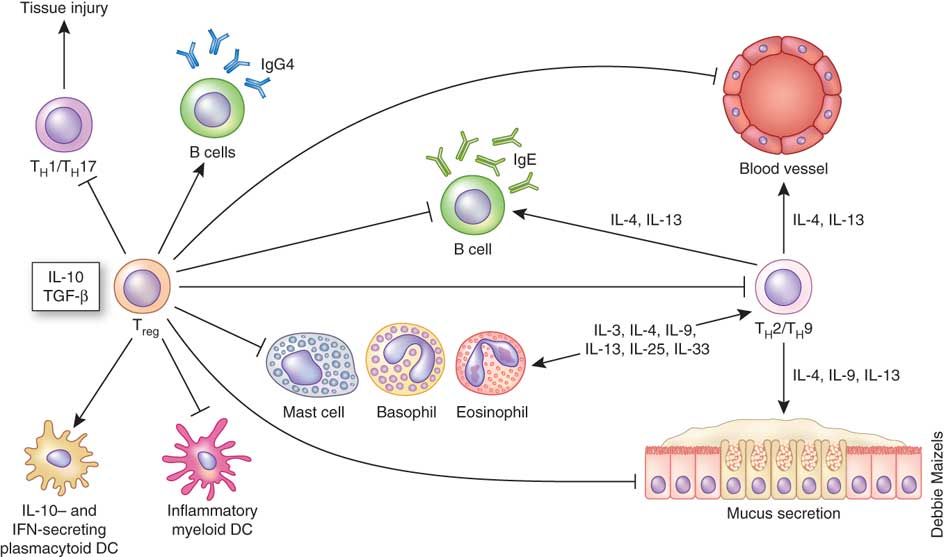
- image6.png
- 946×557
- 2018/01/25 15:19
- 370.1 KB
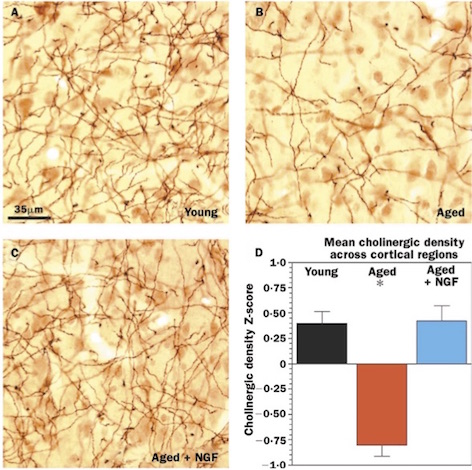
- image123.jpg
- 472×470
- 2018/01/25 15:19
- 97.9 KB
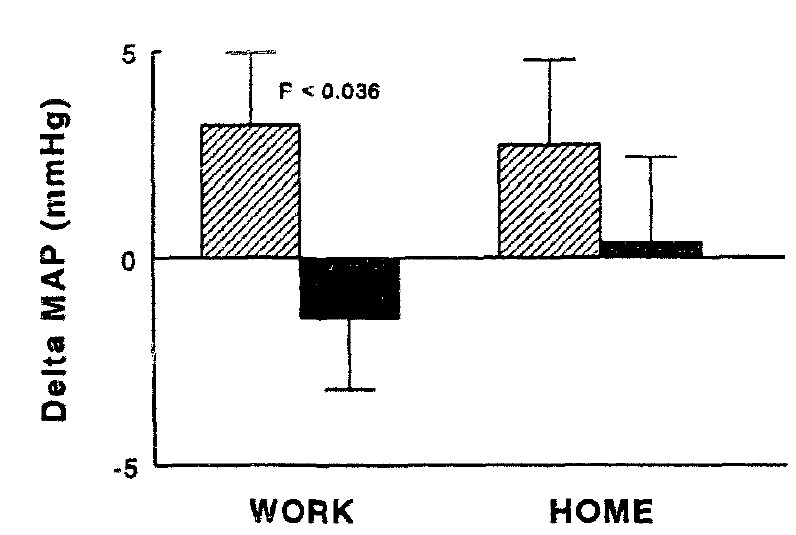
- image_1.jpg
- 796×535
- 2018/11/02 23:30
- 59.5 KB
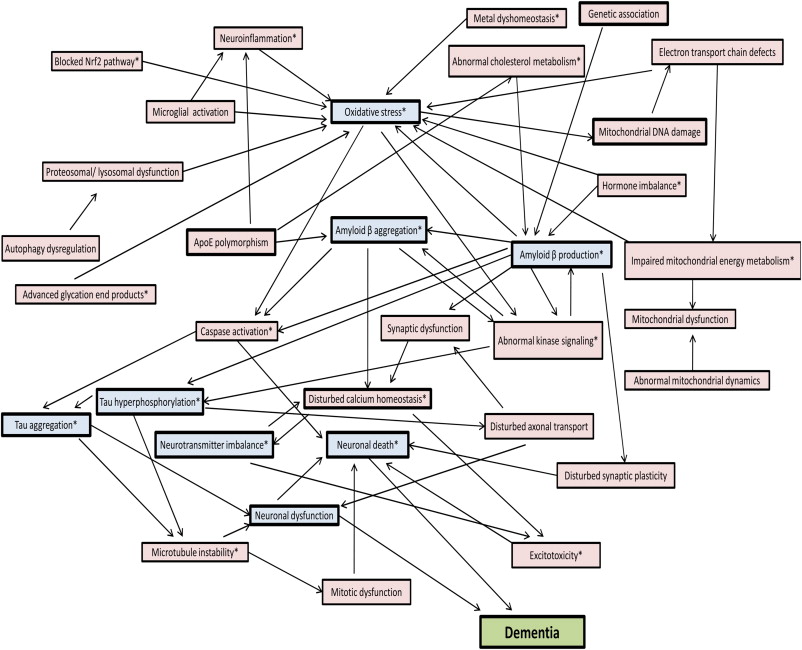
- image_1_.jpg
- 802×650
- 2018/01/25 15:19
- 113.4 KB
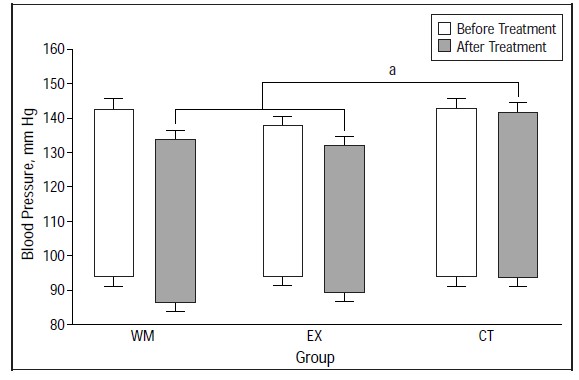
- image_2.jpg
- 579×380
- 2018/11/02 23:28
- 30.1 KB
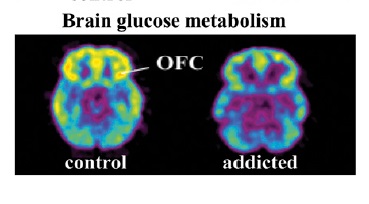
- image_ofc_brain_glucose_metabolism_1.jpg
- 369×204
- 2018/01/25 15:19
- 22.3 KB
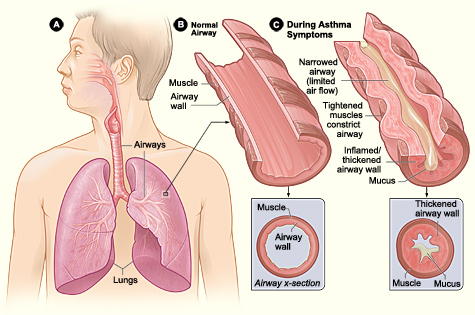
- images_234.jpeg
- 475×315
- 2018/01/25 15:19
- 78.2 KB
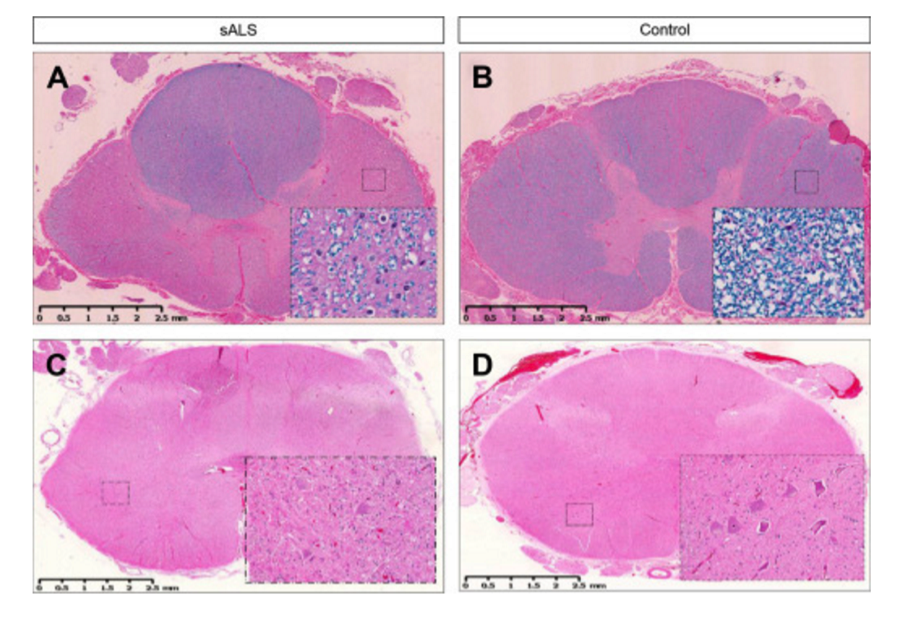
- images_of_als_vs._control.png
- 900×620
- 2018/01/25 15:19
- 876.8 KB
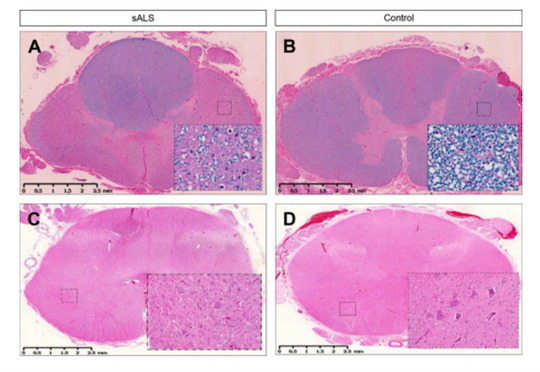
- images_of_als_vs._control_2.png
- 540×372
- 2018/01/25 15:19
- 364.2 KB
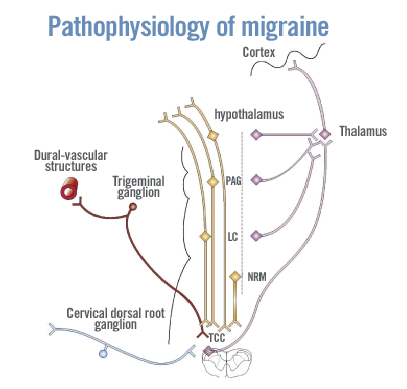
- imagev2.png
- 407×389
- 2018/02/02 19:01
- 69.5 KB
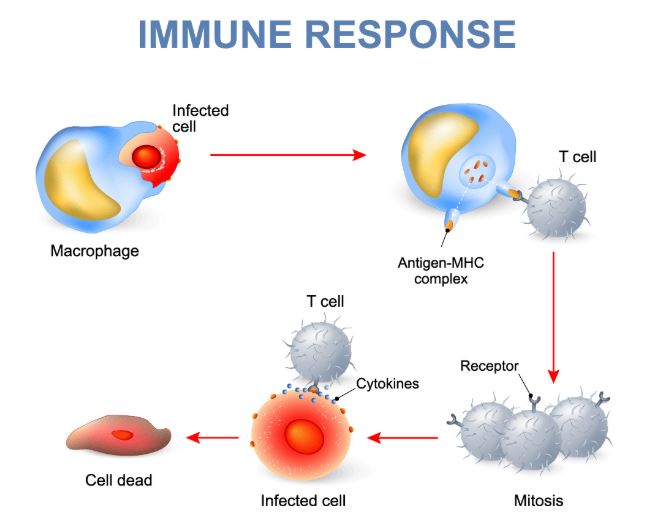
- immune.jpg
- 649×526
- 2019/04/03 22:08
- 38.8 KB
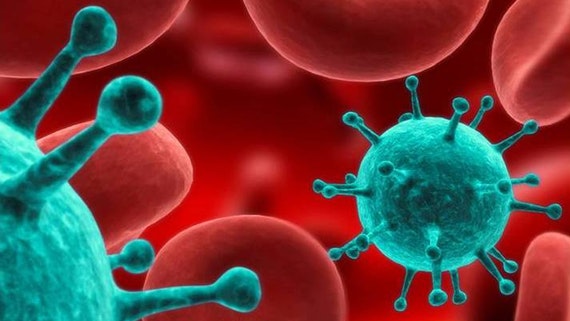
- immunology.jpg
- 570×321
- 2019/04/03 12:46
- 44.3 KB
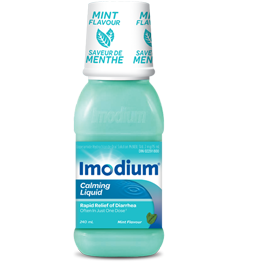
- imo.png
- 257×267
- 2018/01/25 15:19
- 38.5 KB
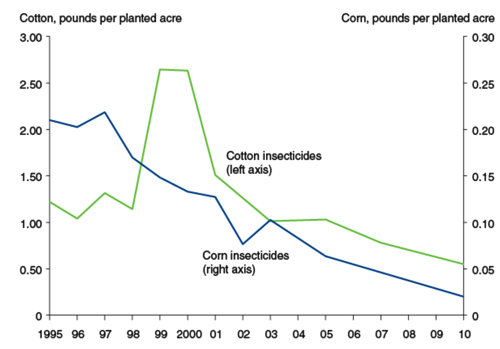
- impacts_of_gm_corn_and_cotton_on_insecticide_use.png
- 500×349
- 2018/01/25 15:19
- 51.1 KB
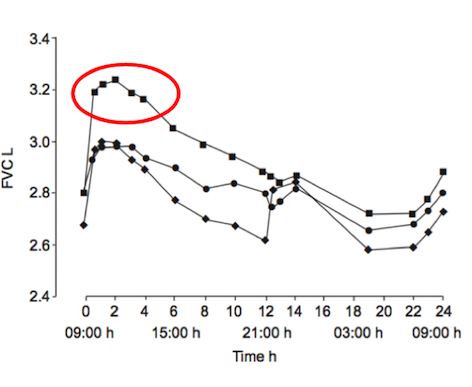
- improvement_of_lung_capacity.png
- 472×387
- 2018/01/25 15:19
- 75.4 KB
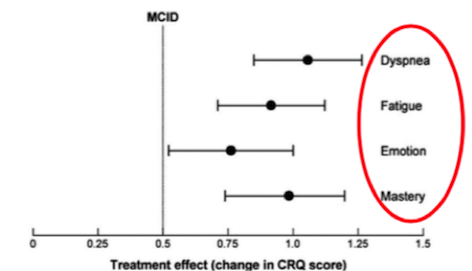
- improvement_of_symptoms.png
- 472×271
- 2018/01/25 15:19
- 48.4 KB
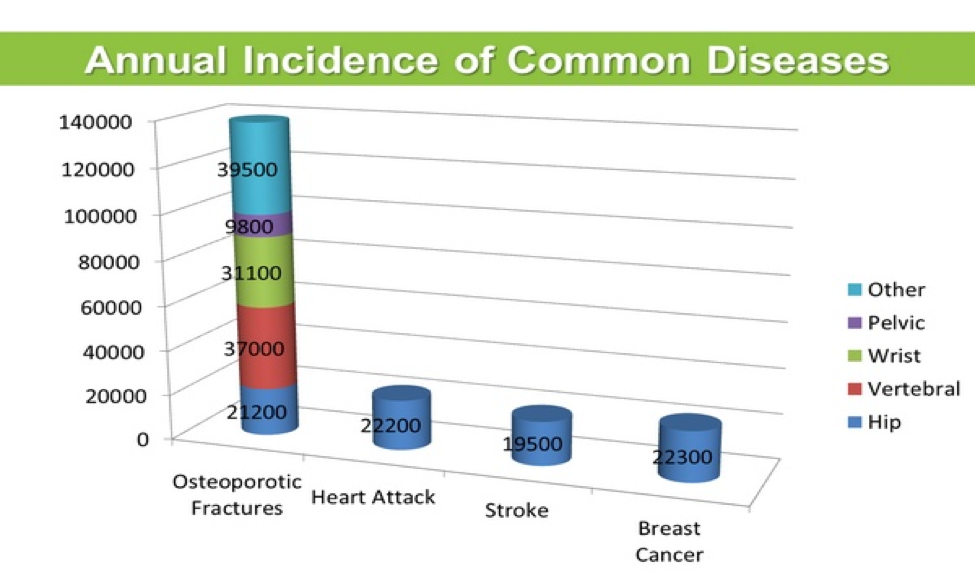
- incidence.png
- 975×582
- 2019/03/05 12:27
- 302.8 KB
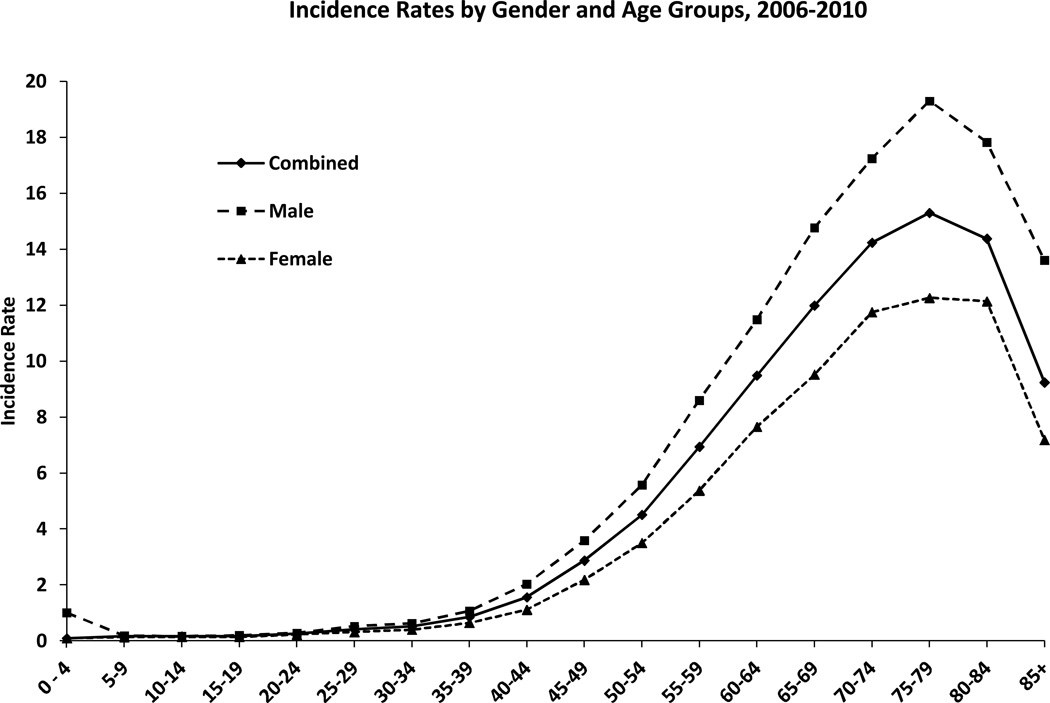
- incidence_rates.jpg
- 1050×703
- 2018/01/25 15:19
- 99.8 KB

- infertility.pptx
- 2019/03/08 20:04
- 4.1 MB
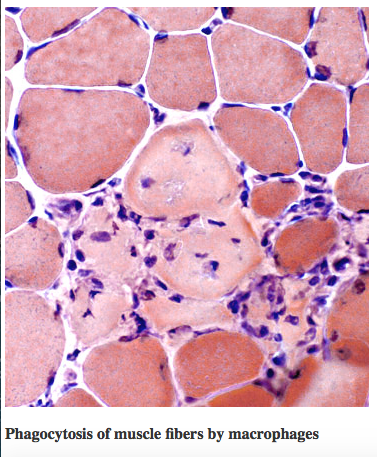
- inflammation.png
- 377×457
- 2018/01/25 15:19
- 379 KB
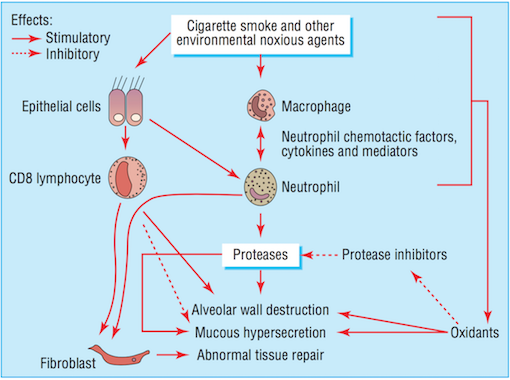
- inflammatory_mechanisms_in_copd._macnee_2006_.png
- 510×380
- 2018/01/25 15:19
- 142.5 KB

- infographic-seasonal-affective-disorder.jpg
- 689×768
- 2018/01/25 15:19
- 76 KB

- infographic_melatonin-by-kenkou.jpg
- 1500×1040
- 2020/02/25 00:39
- 312.9 KB
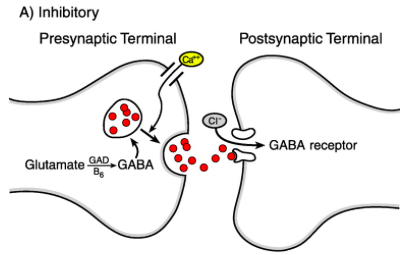
- inhibit.png
- 409×255
- 2018/01/25 15:19
- 57.3 KB
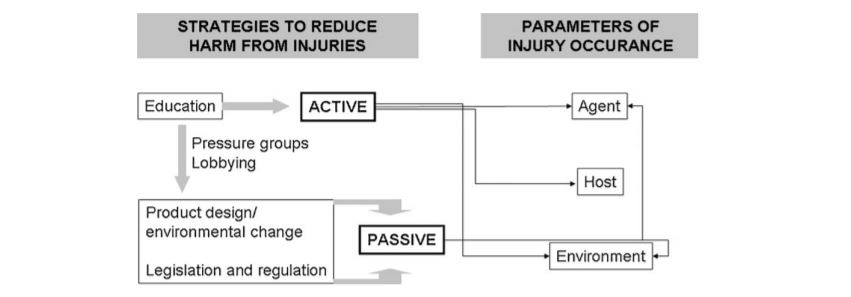
- injury_prevention_figure.jpg
- 851×297
- 2018/01/25 15:19
- 32.9 KB
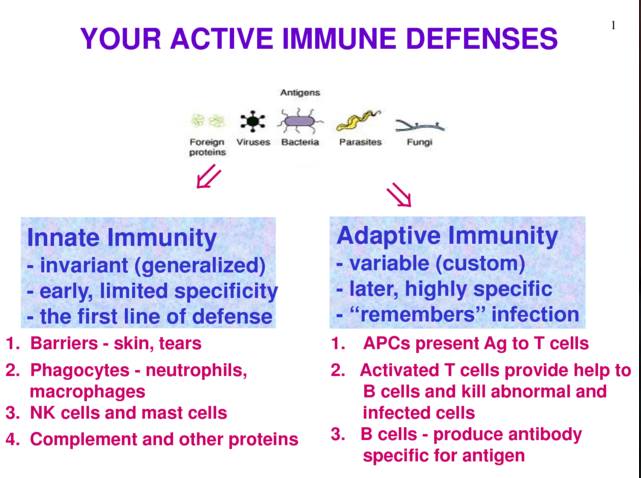
- innate_vs_adaptive.jpg
- 641×478
- 2018/01/25 15:19
- 45.4 KB
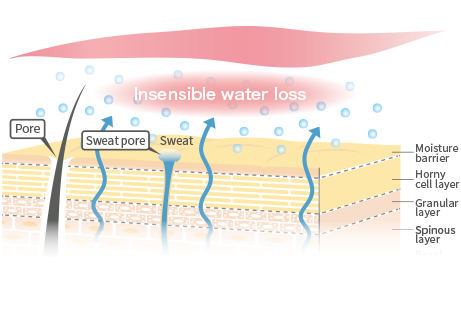
- insensible_perspiration.png
- 461×310
- 2018/09/27 23:10
- 56.8 KB
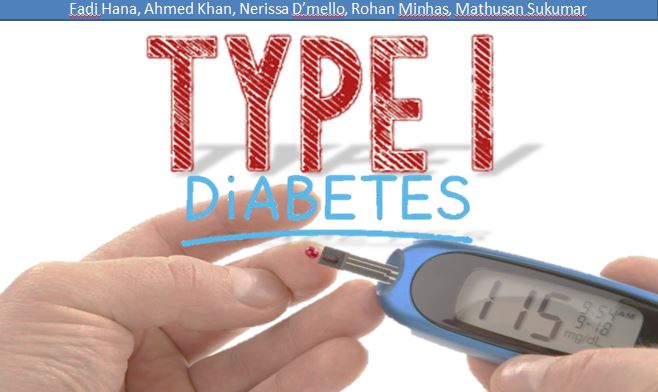
- insulin.jpg
- 658×392
- 2018/01/25 15:19
- 45.2 KB
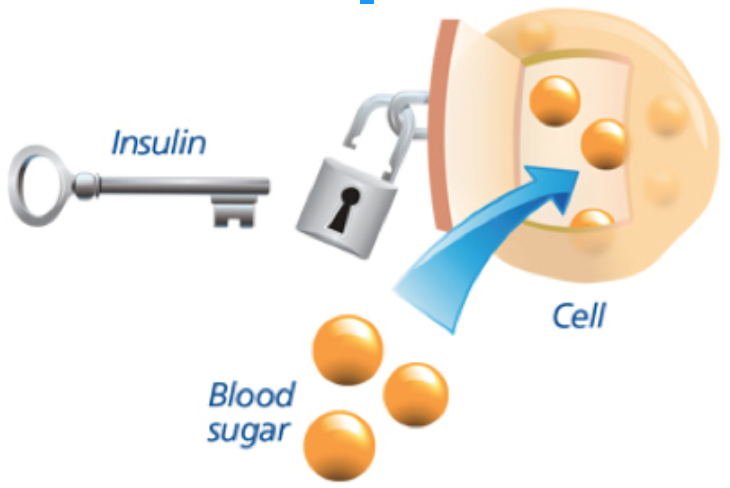
- insulin.png
- 730×488
- 2018/02/02 18:06
- 244.3 KB

- intake_final.png
- 404×330
- 2018/01/25 15:19
- 92.4 KB
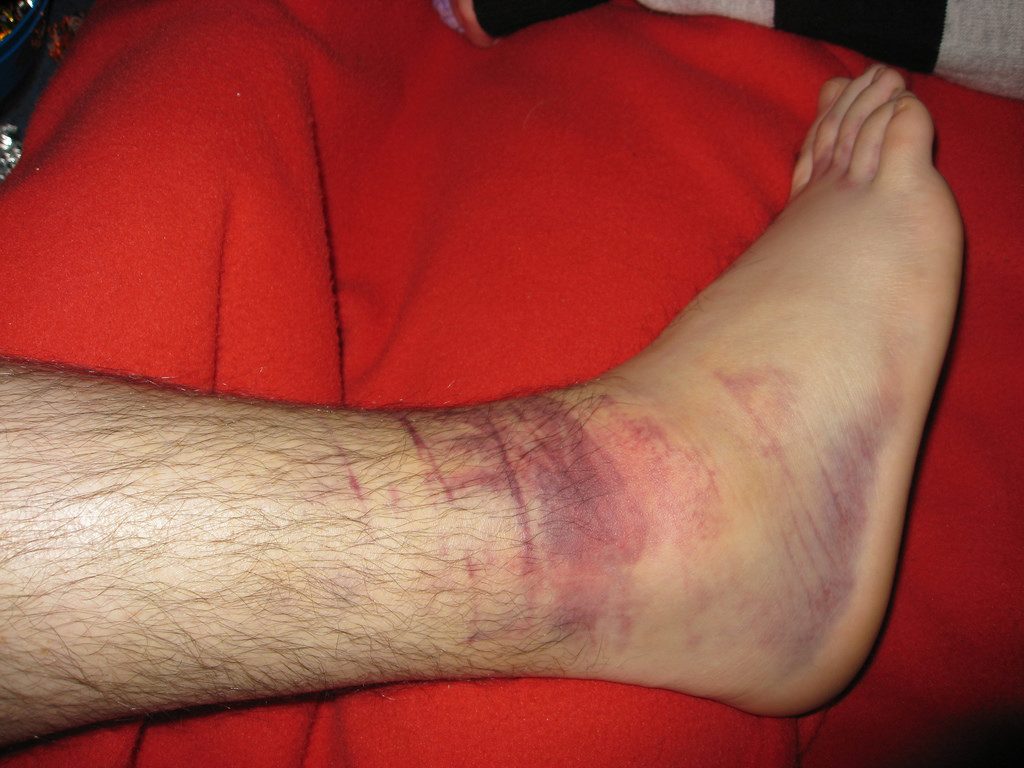
- internal_bleeding.jpg
- 1024×768
- 2018/01/25 15:19
- 119.5 KB
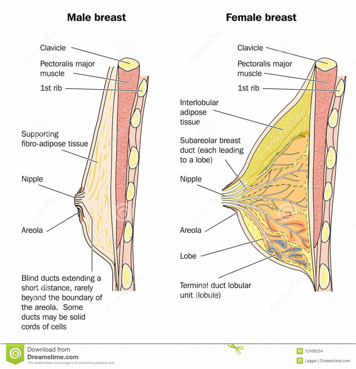
- intro123.png
- 356×369
- 2018/01/25 15:19
- 124.5 KB
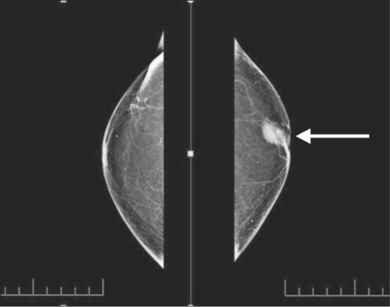
- intro321.png
- 390×307
- 2018/01/25 15:19
- 40.9 KB
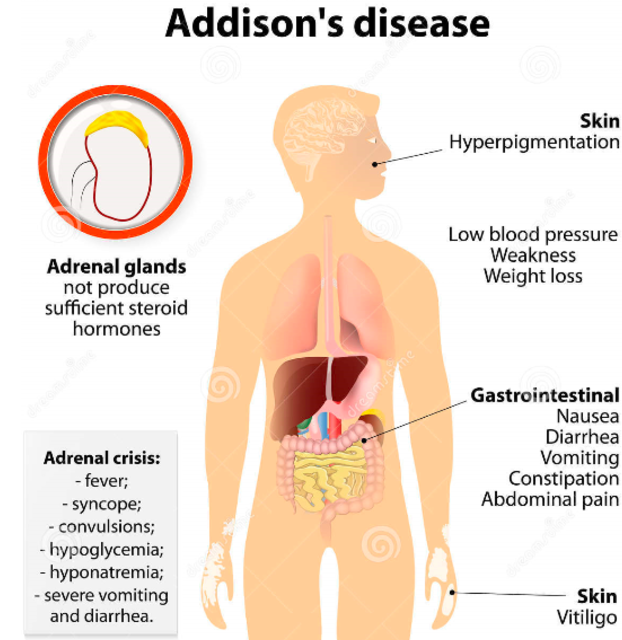
- intro_epi_2.png
- 622×640
- 2018/01/25 15:19
- 309.7 KB
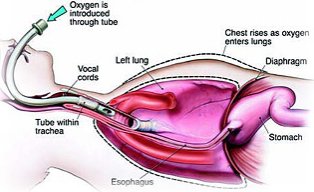
- intubation.png
- 314×192
- 2018/01/25 15:19
- 117.4 KB
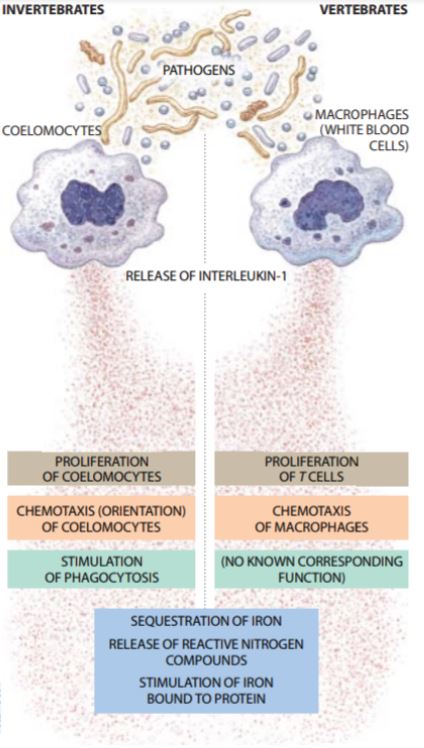
- invertebrates.jpg
- 424×748
- 2019/04/03 22:25
- 56.9 KB
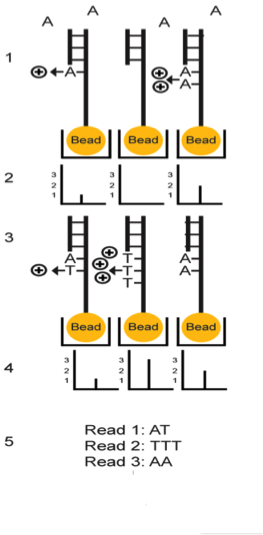
- ion_torrent_2.png
- 263×535
- 2018/01/25 15:19
- 57.9 KB
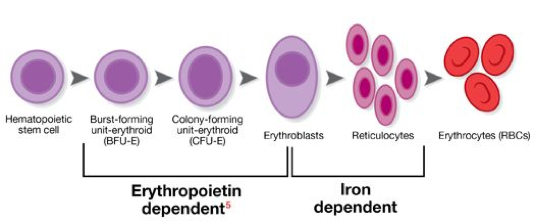
- ironn.png
- 535×222
- 2018/01/25 15:19
- 100.1 KB
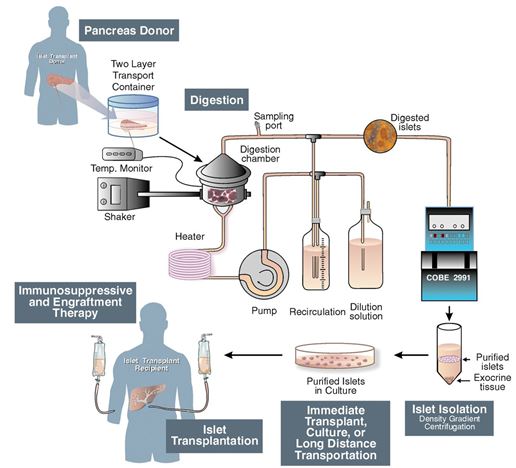
- islet_transplantation_process.jpg
- 516×468
- 2018/01/25 15:19
- 43.9 KB
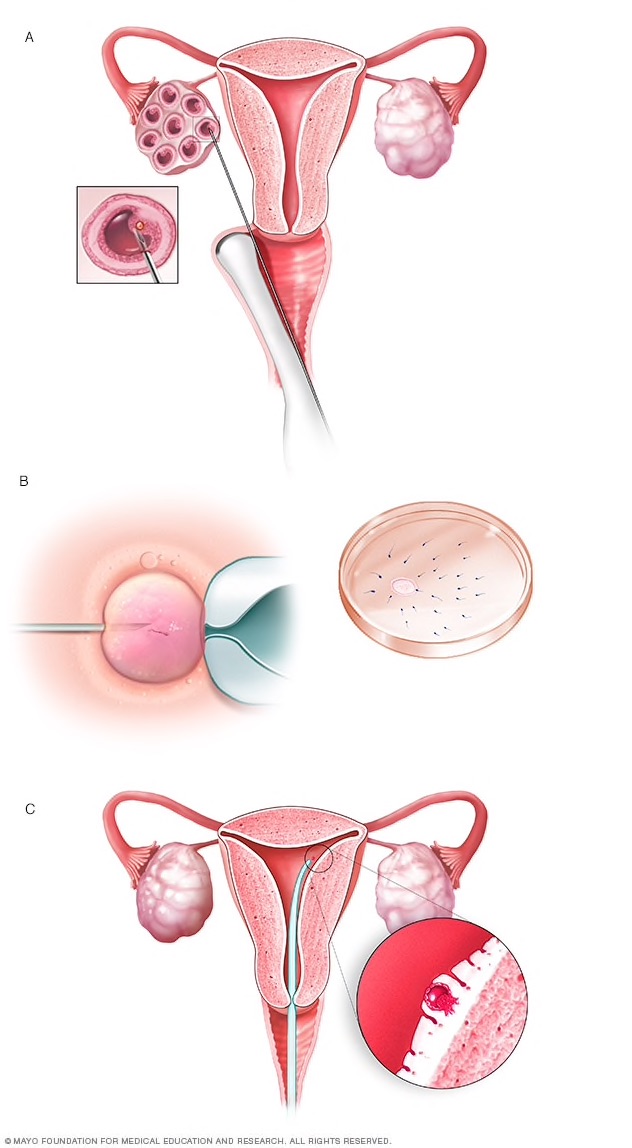
- ivf.jpg
- 632×1148
- 2019/03/08 19:17
- 109.6 KB
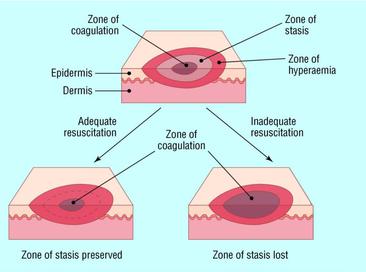
- jackson_burn_zones.jpg
- 366×272
- 2018/01/25 15:19
- 14.9 KB
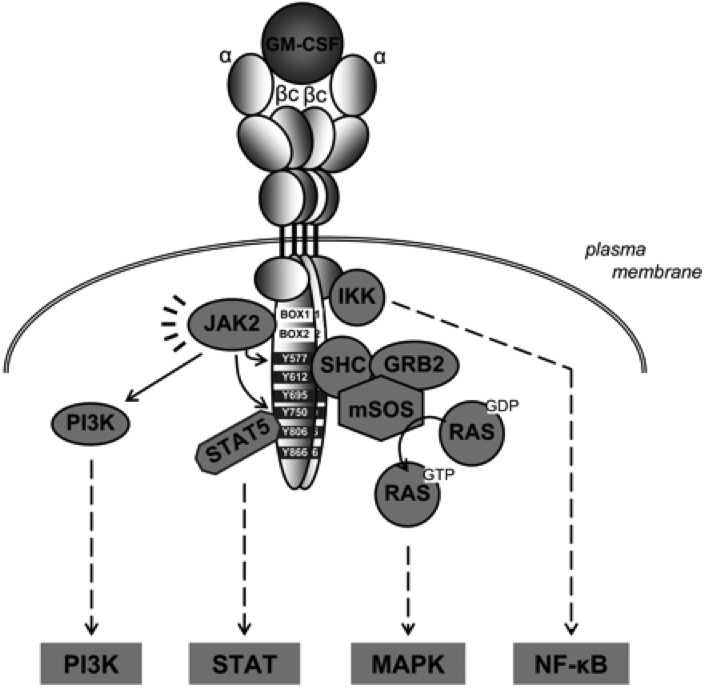
- jakstat.png
- 705×689
- 2018/01/25 15:19
- 134.1 KB
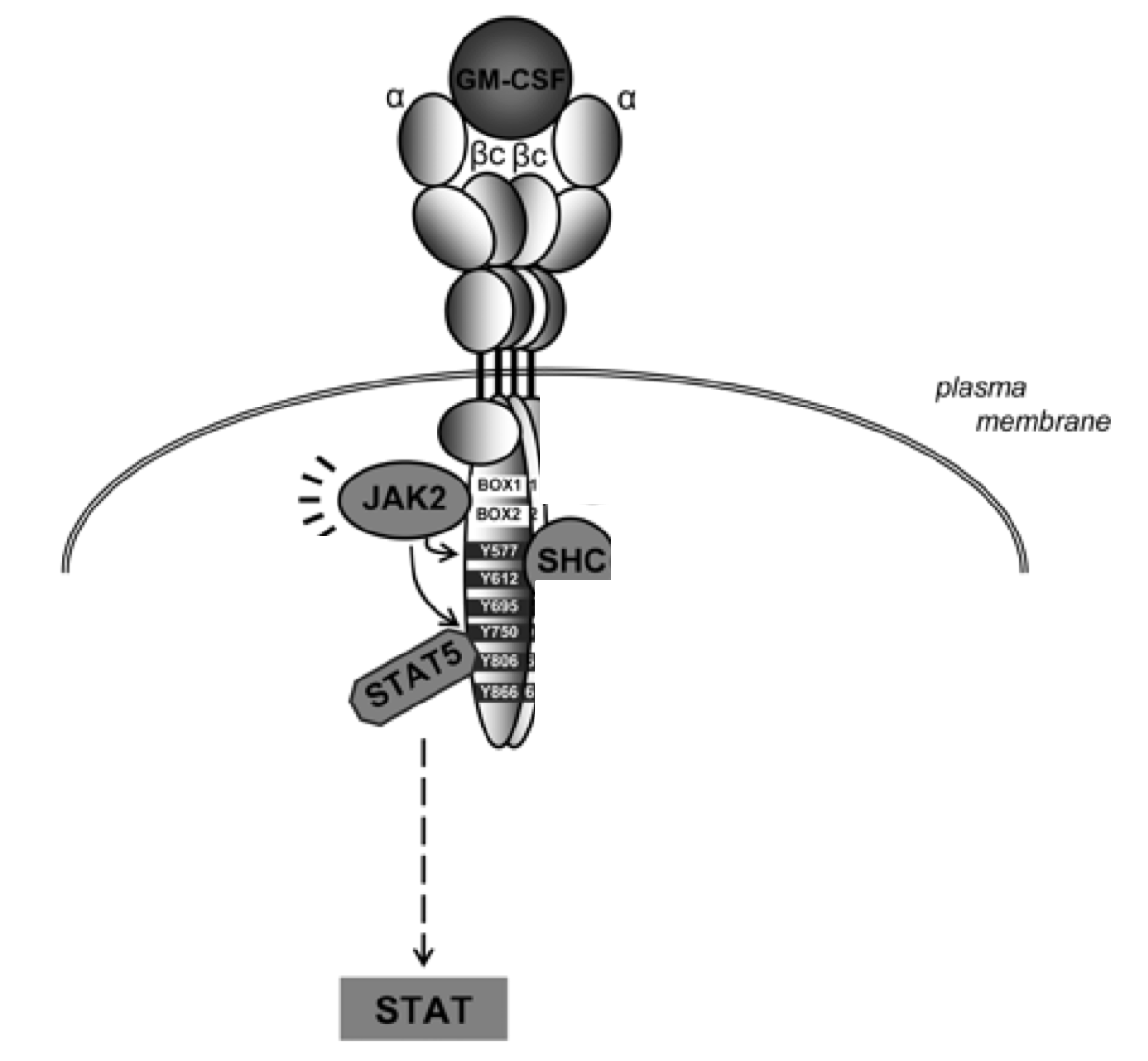
- jakstat12.png
- 1194×1104
- 2018/01/25 15:19
- 195.7 KB
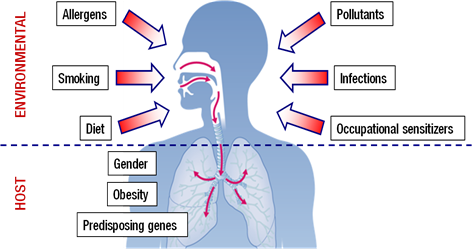
- ji.png
- 472×249
- 2018/01/25 15:19
- 60.4 KB

- jia_2010_.png
- 850×259
- 2018/01/25 15:19
- 124.8 KB

- jia_fig_8.png
- 775×170
- 2018/01/25 15:19
- 29.1 KB

- jia_fig_9.png
- 491×140
- 2018/01/25 15:19
- 6.8 KB
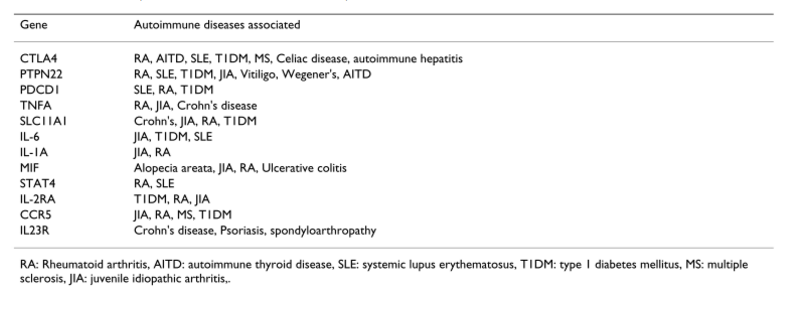
- jia_fig_10.png
- 799×315
- 2018/01/25 15:19
- 52.1 KB
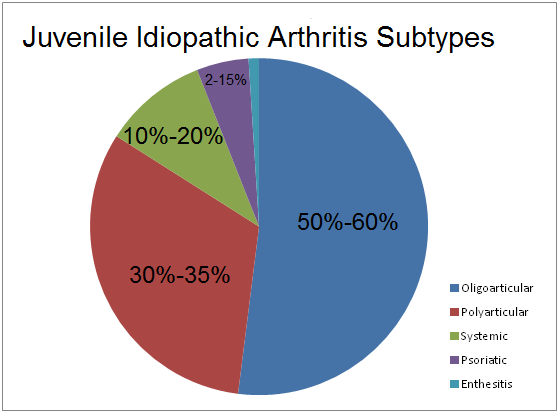
- jia_image_2.png
- 560×414
- 2018/01/25 15:19
- 13 KB

- jia_table.png
- 850×230
- 2018/01/25 15:19
- 130.2 KB
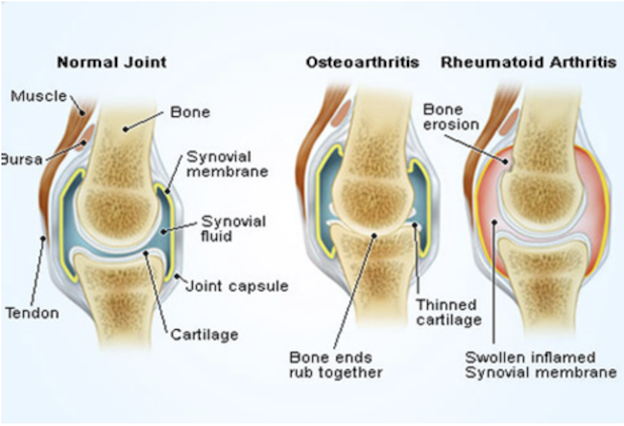
- jiaintro.png
- 624×426
- 2018/01/25 15:19
- 310.1 KB
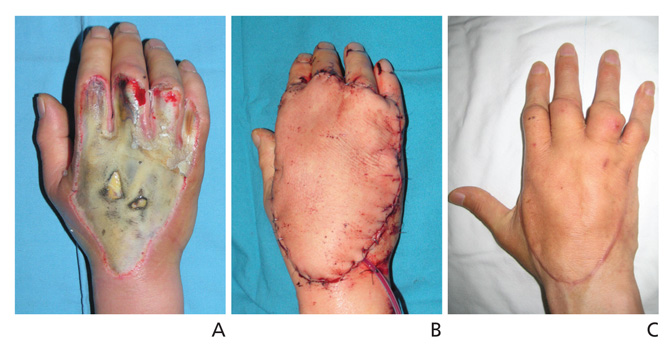
- jkma-57-695-g002-l.jpg
- 667×350
- 2018/01/25 15:19
- 102.9 KB
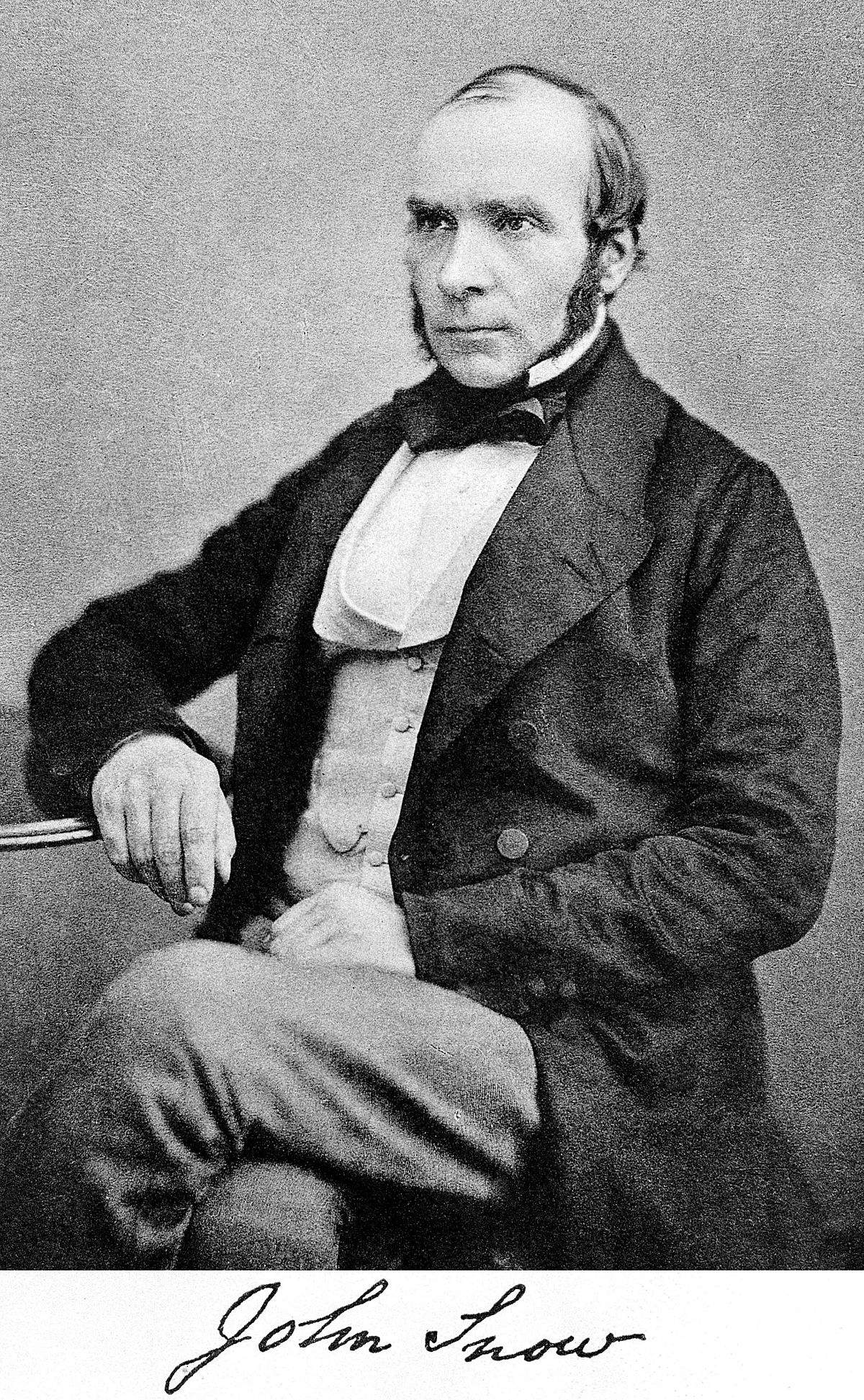
- john_snow.jpg
- 1200×1945
- 2020/02/28 12:48
- 841.6 KB
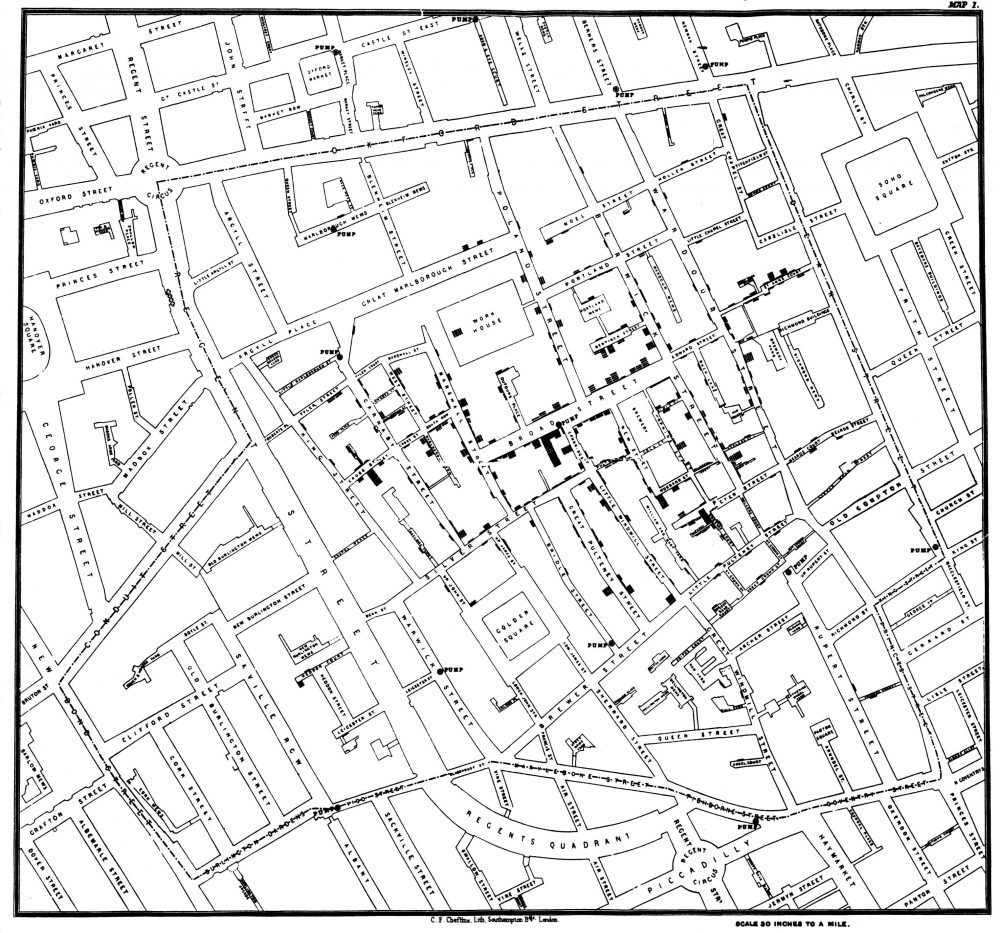
- john_snow_map.jpg
- 1000×933
- 2020/02/28 12:48
- 262.7 KB
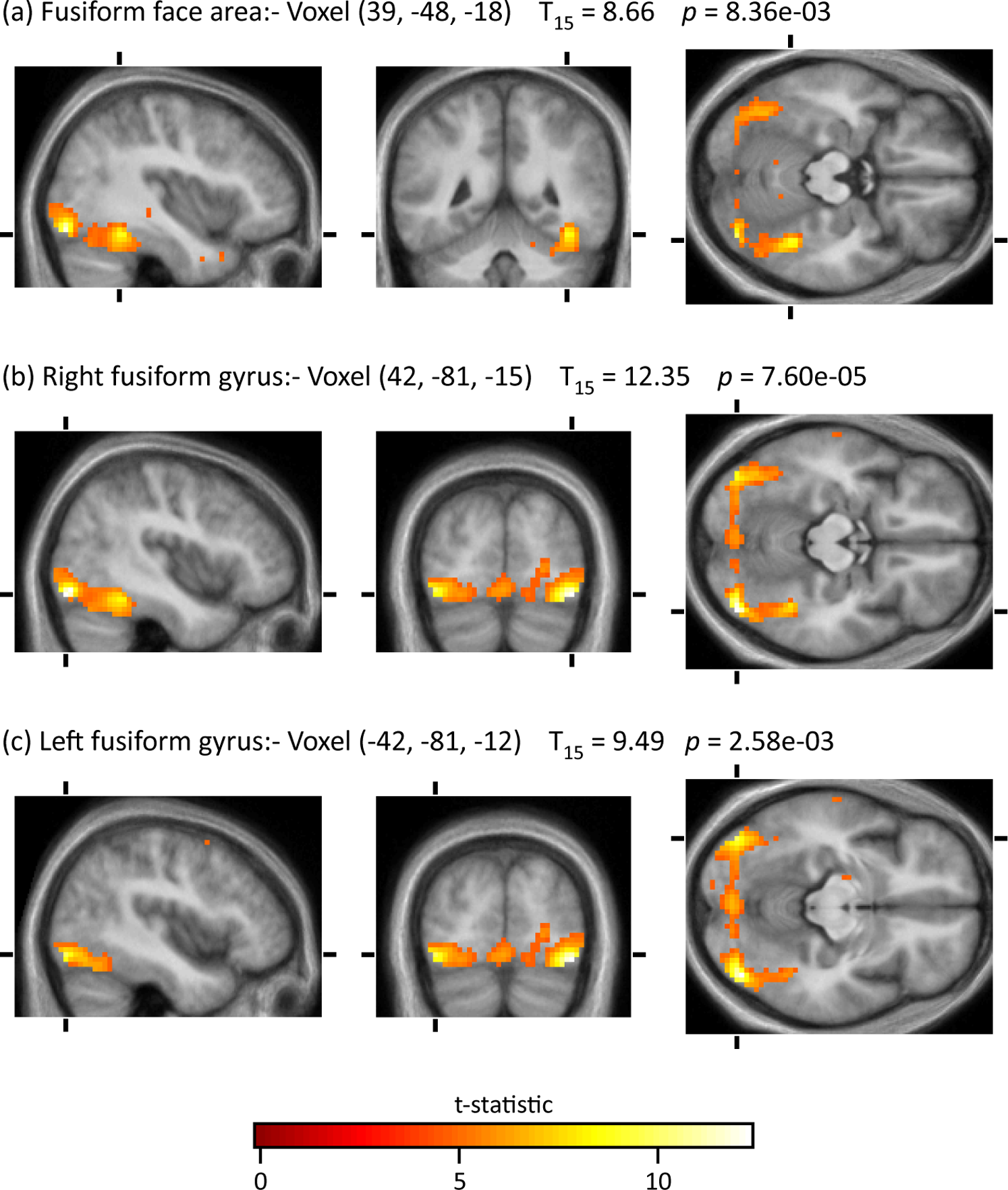
- journal.pone.0003556.g002_1_.png
- 1494×1764
- 2018/03/02 11:56
- 838 KB
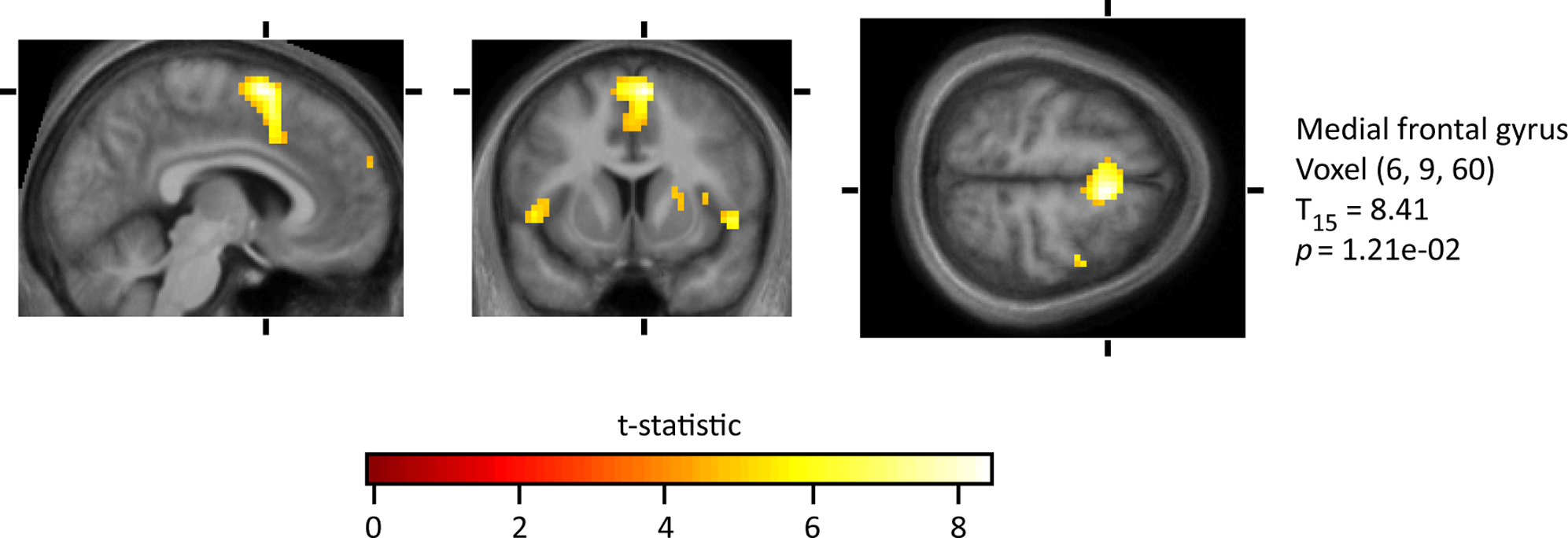
- journal.pone.0003556.g003.png
- 1993×684
- 2018/03/02 12:00
- 286.7 KB

- juvenile_arthritis_powerpoint.pptx
- 2018/01/25 15:19
- 4.8 MB
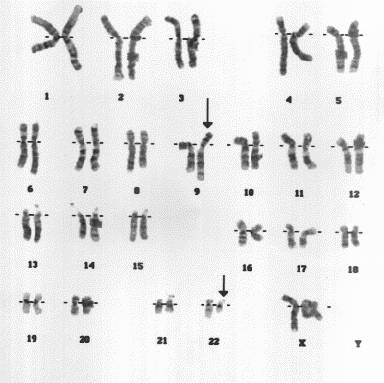
- karyotype.gif
- 384×383
- 2018/01/25 15:19
- 28.6 KB

- kidney4.png
- 276×180
- 2018/01/25 15:19
- 114.2 KB

- kidney_rejection_.jpg
- 500×375
- 2018/01/25 15:19
- 56.5 KB

- kidneypic.jpg
- 230×247
- 2018/01/25 15:19
- 90.9 KB

- kidneys.jpg
- 360×240
- 2018/01/25 15:19
- 123 KB
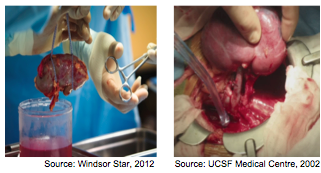
- kidneys111.png
- 321×173
- 2018/01/25 15:19
- 112.1 KB
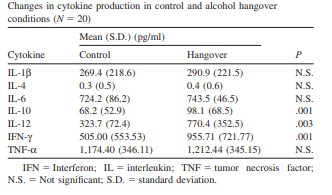
- kim_results.jpg
- 332×195
- 2018/03/30 18:14
- 24.3 KB
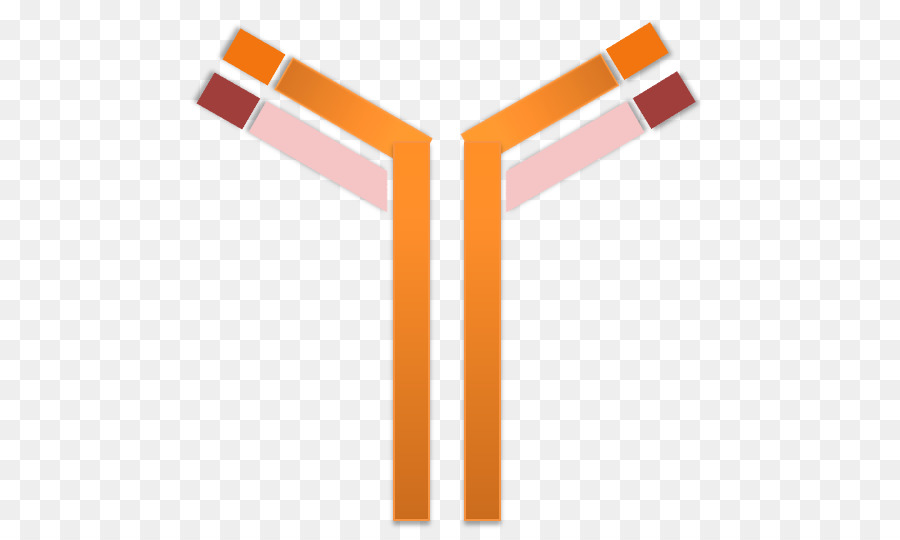
- kisspng-monoclonal-antibody-polyclonal-antibodies-antigen-5ae2a517718976.0622444915248028394651.jpg
- 900×540
- 2019/03/31 12:29
- 44.3 KB

- la-la-ca-casey-schwartz-045-jpg-201508261.jpg
- 650×366
- 2020/01/26 13:51
- 15.1 KB
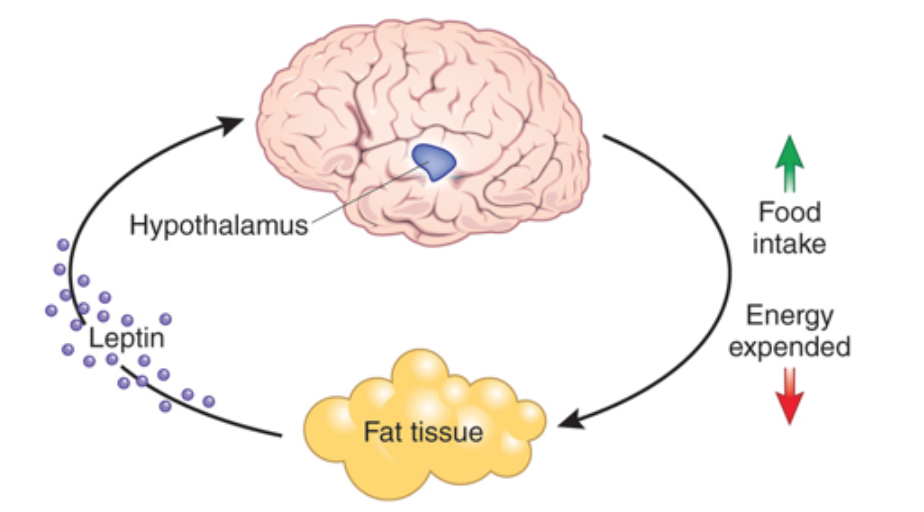
- leptin.png
- 924×512
- 2018/02/02 18:01
- 267.4 KB
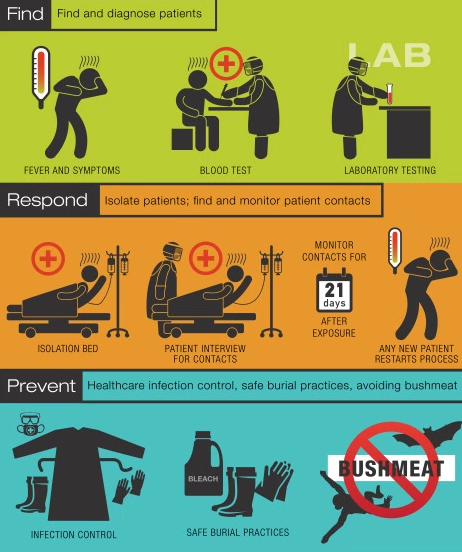
- lessons_ebola.png
- 462×552
- 2018/01/25 15:19
- 264.8 KB
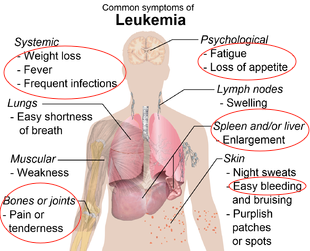
- leukemia.png
- 310×251
- 2018/01/25 15:19
- 84.9 KB

- life-sci-4m03-group-1-obesity.pptx
- 2018/02/02 18:10
- 9.8 MB
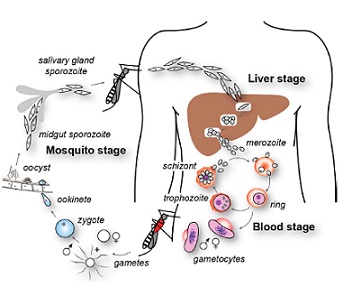
- life_cycle_malaria.jpg
- 352×287
- 2018/01/25 15:19
- 31.4 KB
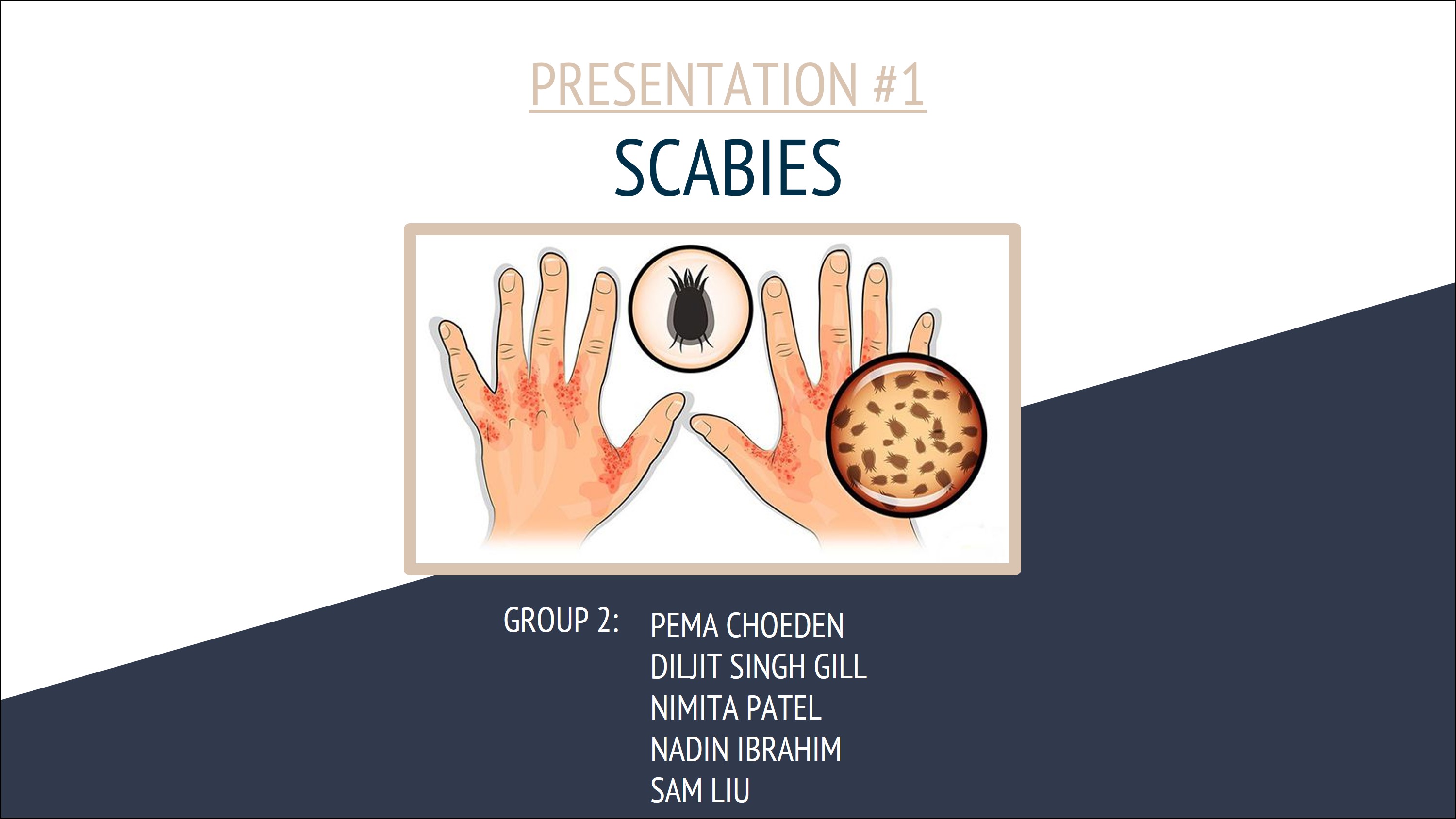
- life_sci_4m03_-_presentation_1_scabies_.jpg
- 3000×1688
- 2019/01/31 03:25
- 312.1 KB
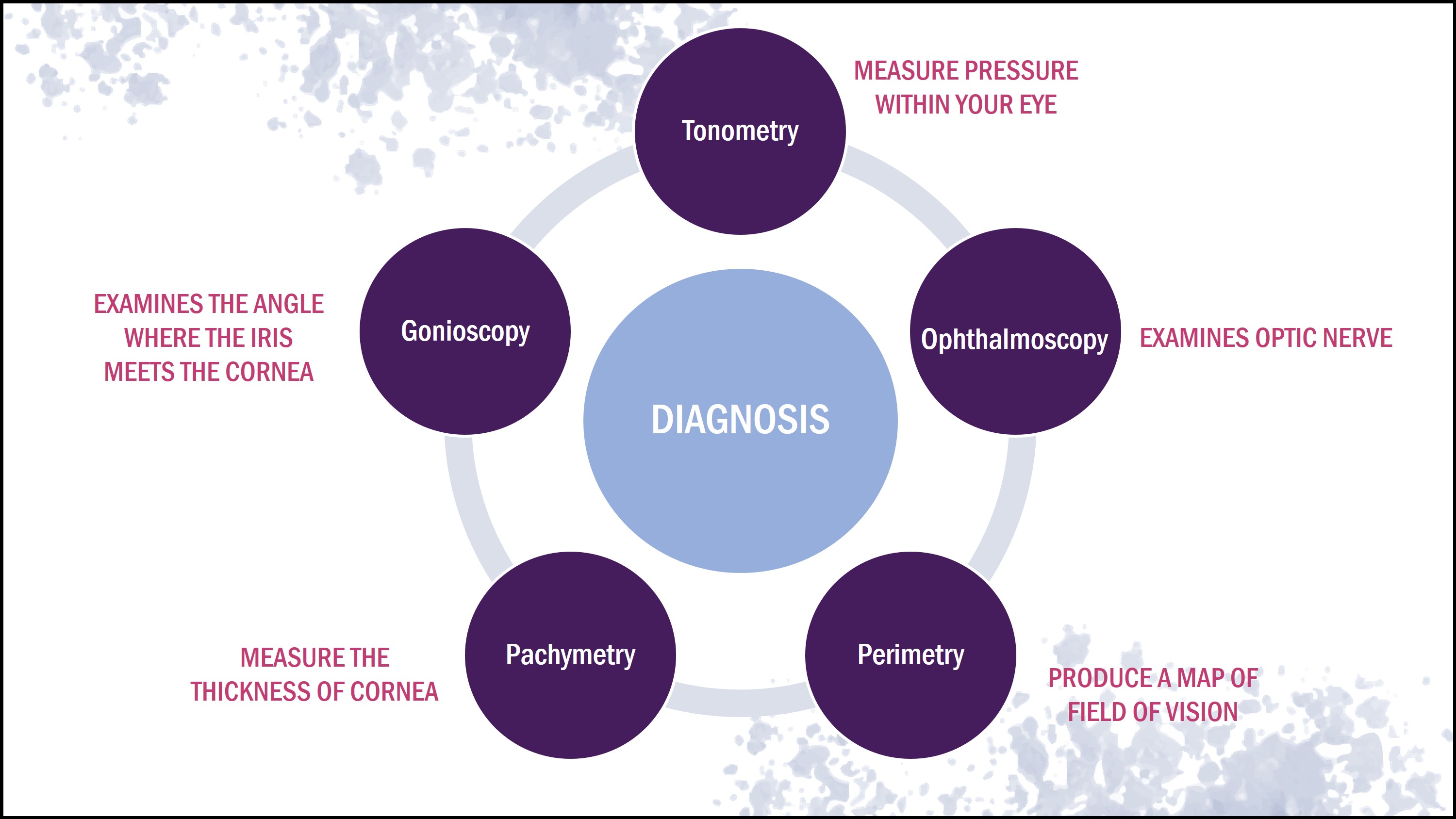
- life_sci_4m03_-_presentation_3_glaucoma_.jpg
- 3000×1688
- 2019/04/06 00:09
- 354.8 KB

- life_sci_4m03_presentation_3_sleep_deprivation_.pptx
- 2018/01/25 15:19
- 5.5 MB

- lifesci_4m03_group1_caffeine.pptx
- 2020/03/26 13:26
- 11.5 MB

- limbic.png
- 503×478
- 2019/04/03 16:11
- 114.1 KB
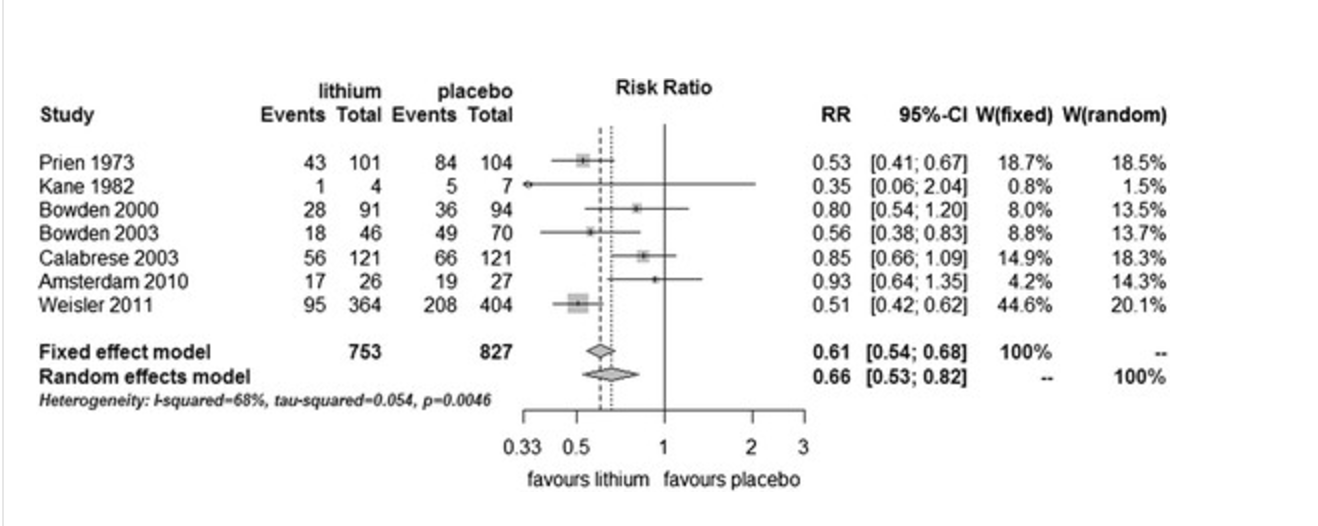
- lithium.png
- 1318×526
- 2018/01/25 15:19
- 288.6 KB
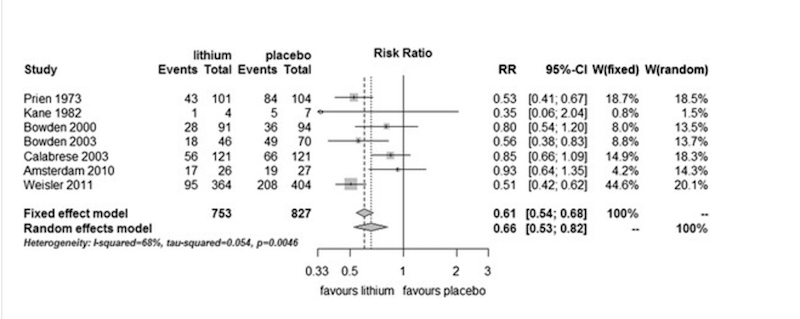
- lithium_2.png
- 800×319
- 2018/01/25 15:19
- 128.8 KB
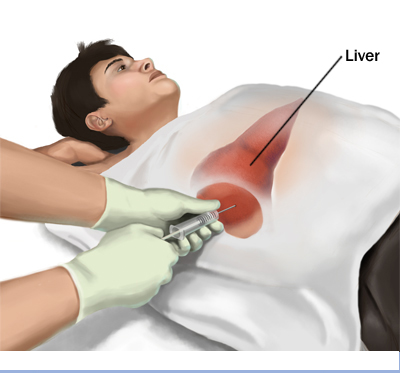
- liver_biopsy.png
- 400×373
- 2018/01/25 15:19
- 149.9 KB

- lkd-wordle-1.jpg
- 511×216
- 2018/01/25 15:19
- 38.8 KB
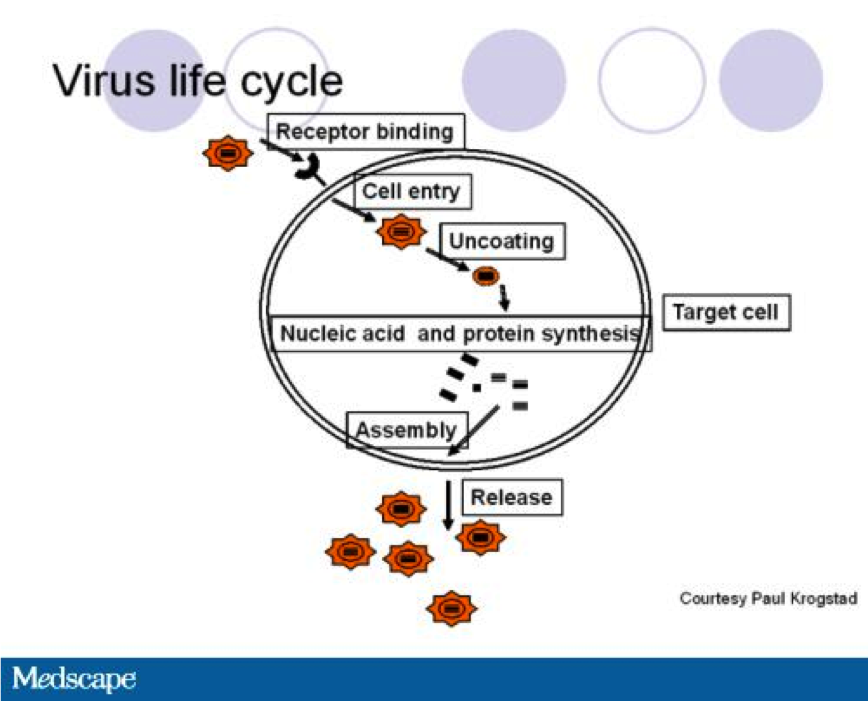
- local_effects.png
- 868×702
- 2018/01/25 15:19
- 276.8 KB
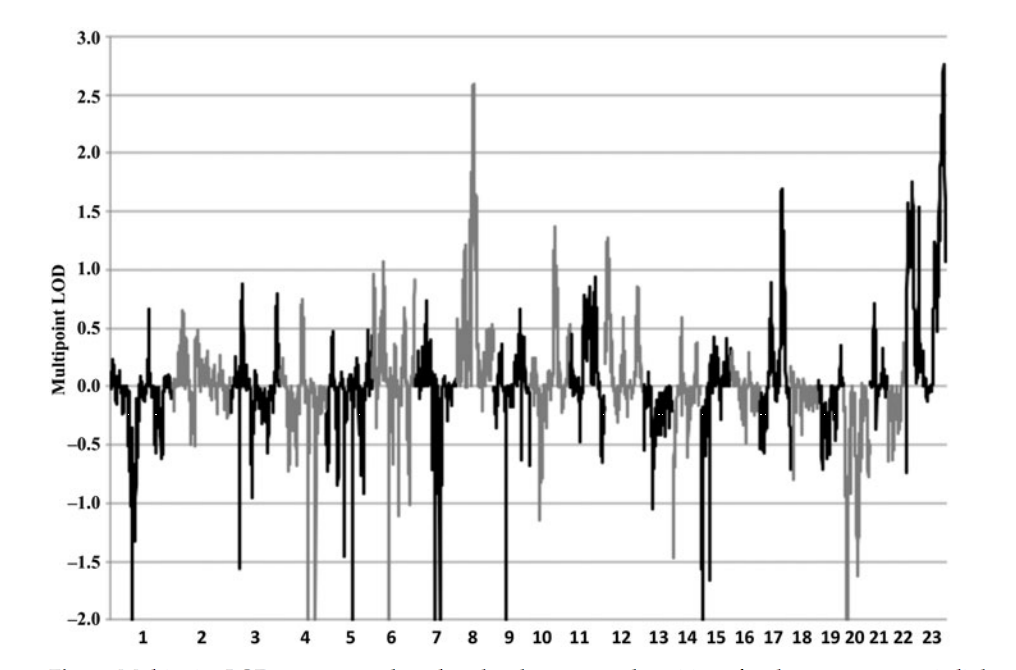
- lod.png
- 1016×670
- 2018/03/30 12:47
- 235.8 KB

- logo-arpf-home.jpg
- 394×271
- 2018/11/01 16:47
- 27 KB

- logo.jpg
- 341×208
- 2018/01/25 15:19
- 17.4 KB

- lonafarnib.svg.png
- 1200×834
- 2018/03/01 22:10
- 40.3 KB
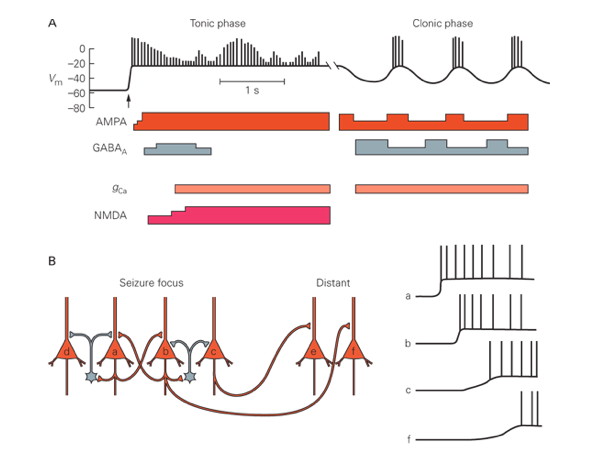
- loss_of_hyperpol.png
- 601×469
- 2018/01/25 15:19
- 70.6 KB

- love-hate-art-print.jpg
- 810×488
- 2018/03/02 15:20
- 57.1 KB

- lripres.pptx
- 2018/01/25 15:19
- 4.9 MB

- ls4m03_cushing_s_presentation.pptx
- 2018/01/25 15:19
- 4.8 MB

- ls_4m03_group_3_pd.pptx
- 2019/01/31 16:19
- 1.5 MB

- lsd_effects.jpg
- 328×245
- 2018/01/25 15:19
- 18.9 KB
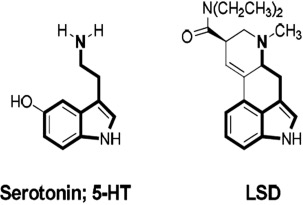
- lsd_picture.jpg
- 303×205
- 2018/01/25 15:19
- 13.3 KB

- lsd_side_effects.jpg
- 800×600
- 2018/01/25 15:19
- 63.7 KB
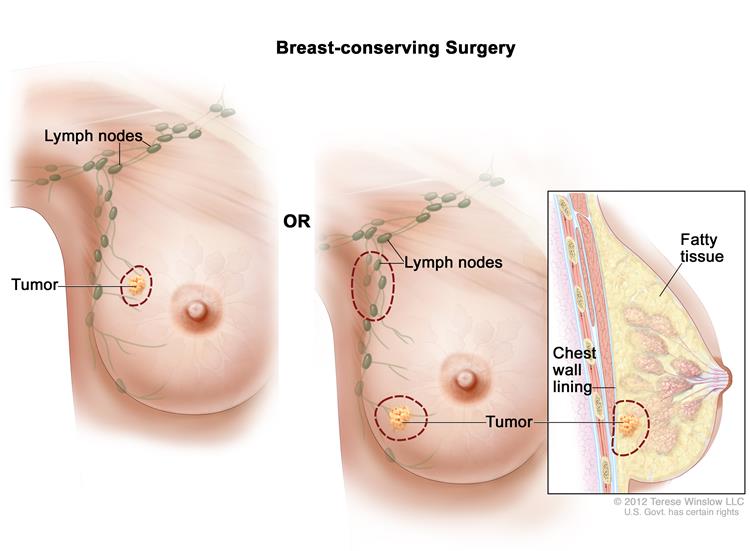
- lumpectomy.jpg
- 750×551
- 2018/01/25 15:19
- 37.5 KB

- lupus.pptx
- 2018/11/30 23:11
- 1.3 MB

- lymphatic_system.png
- 557×592
- 2018/01/25 15:19
- 72.1 KB
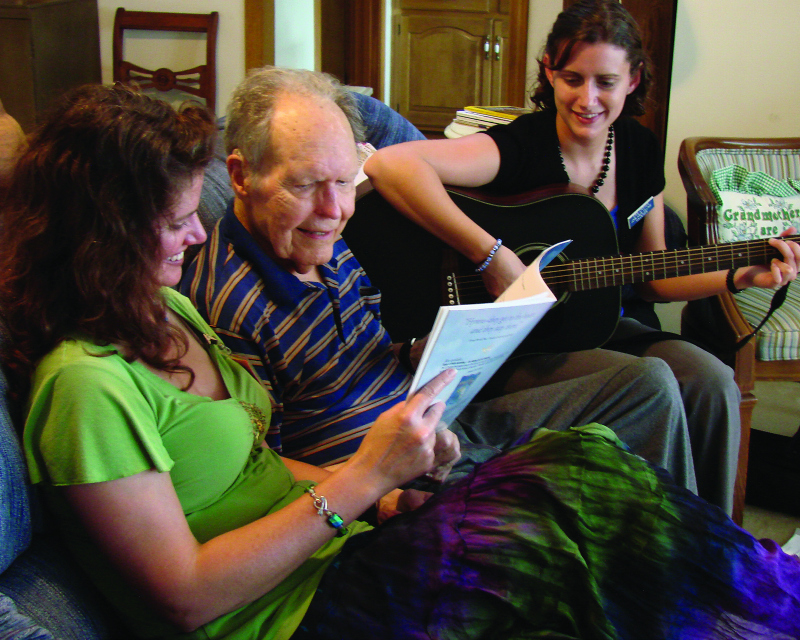
- lyric.jpg
- 800×640
- 2019/04/03 16:07
- 464.7 KB
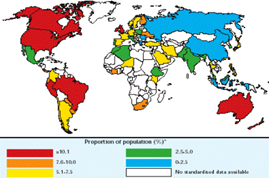
- m.png
- 269×178
- 2018/01/25 15:19
- 66.4 KB
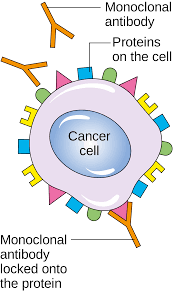
- mab.png
- 173×292
- 2018/01/25 15:19
- 9 KB
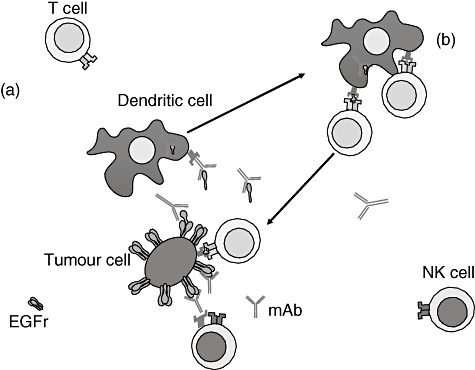
- mab_image.jpg
- 475×370
- 2018/01/25 15:19
- 46.4 KB
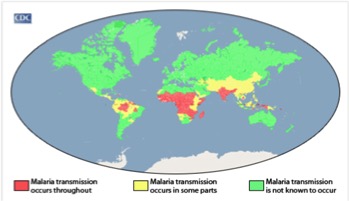
- malaria.jpg
- 349×201
- 2018/01/25 15:19
- 21.3 KB

- malaria_-_final_.pdf
- 2018/01/25 15:19
- 7.7 MB
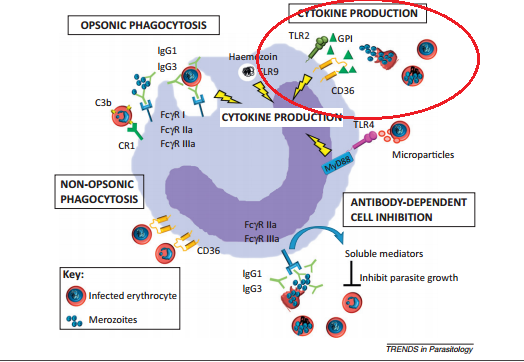
- malaria_macrophages.png
- 524×362
- 2018/01/25 15:19
- 103.4 KB
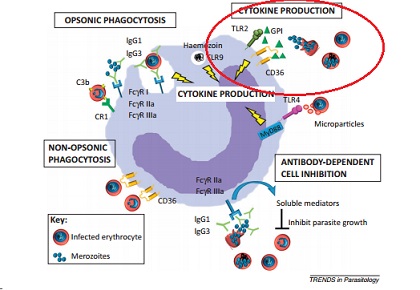
- malaria_macrophages_2.jpg
- 420×290
- 2018/01/25 15:19
- 45 KB

- malarone.png
- 975×217
- 2018/01/25 15:19
- 47.6 KB
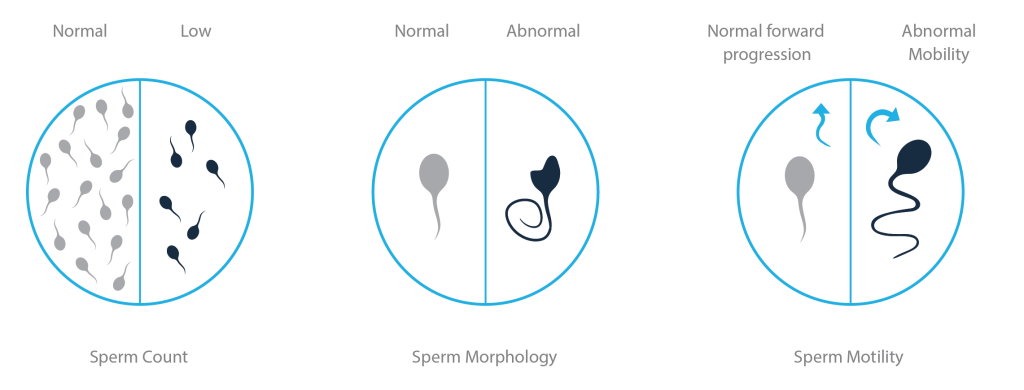
- male-infertility.png
- 1024×390
- 2019/03/08 19:37
- 59.4 KB

- male_fertility.pdf
- 2018/11/28 12:56
- 1.6 MB
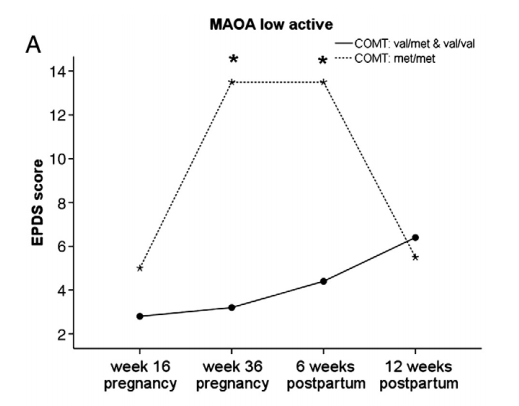
- maoa_low_active.png
- 519×406
- 2018/03/01 10:12
- 57 KB
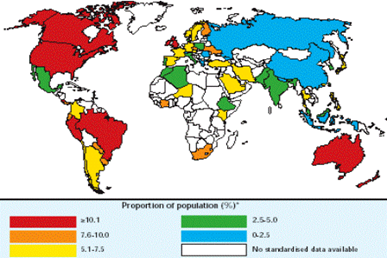
- map.png
- 387×258
- 2018/01/25 15:19
- 135.6 KB

- marijuana-brain.gif
- 370×349
- 2018/01/25 15:19
- 23.2 KB

- marijuana-brain_2_.jpg
- 342×322
- 2018/01/25 15:19
- 64.5 KB

- marijuana.png
- 1500×866
- 2018/01/25 15:19
- 1.1 MB
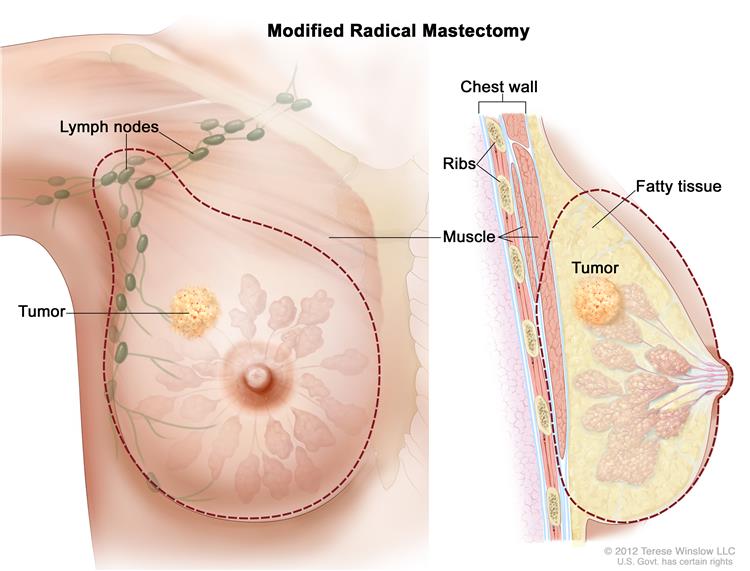
- mastectomy_.jpg
- 750×571
- 2018/01/25 15:19
- 46.9 KB
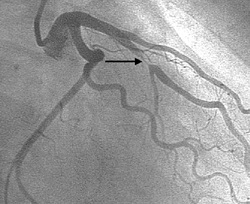
- mateen1.jpg
- 250×204
- 2018/01/25 15:19
- 23.3 KB
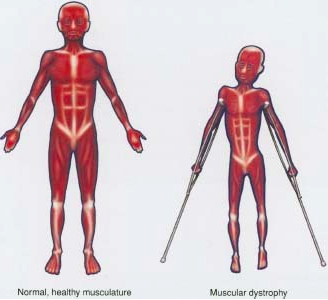
- md.png
- 328×300
- 2018/01/25 15:19
- 110.3 KB

- meal.png
- 311×234
- 2018/01/25 15:19
- 134.1 KB
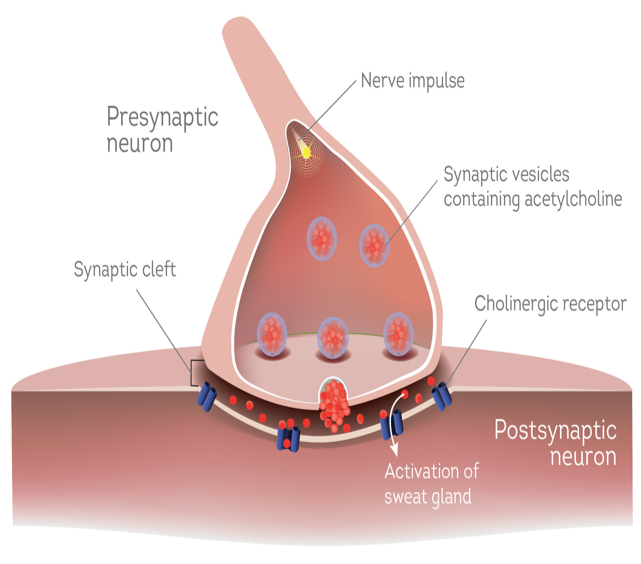
- mech2.png
- 641×564
- 2018/09/28 09:27
- 219.8 KB
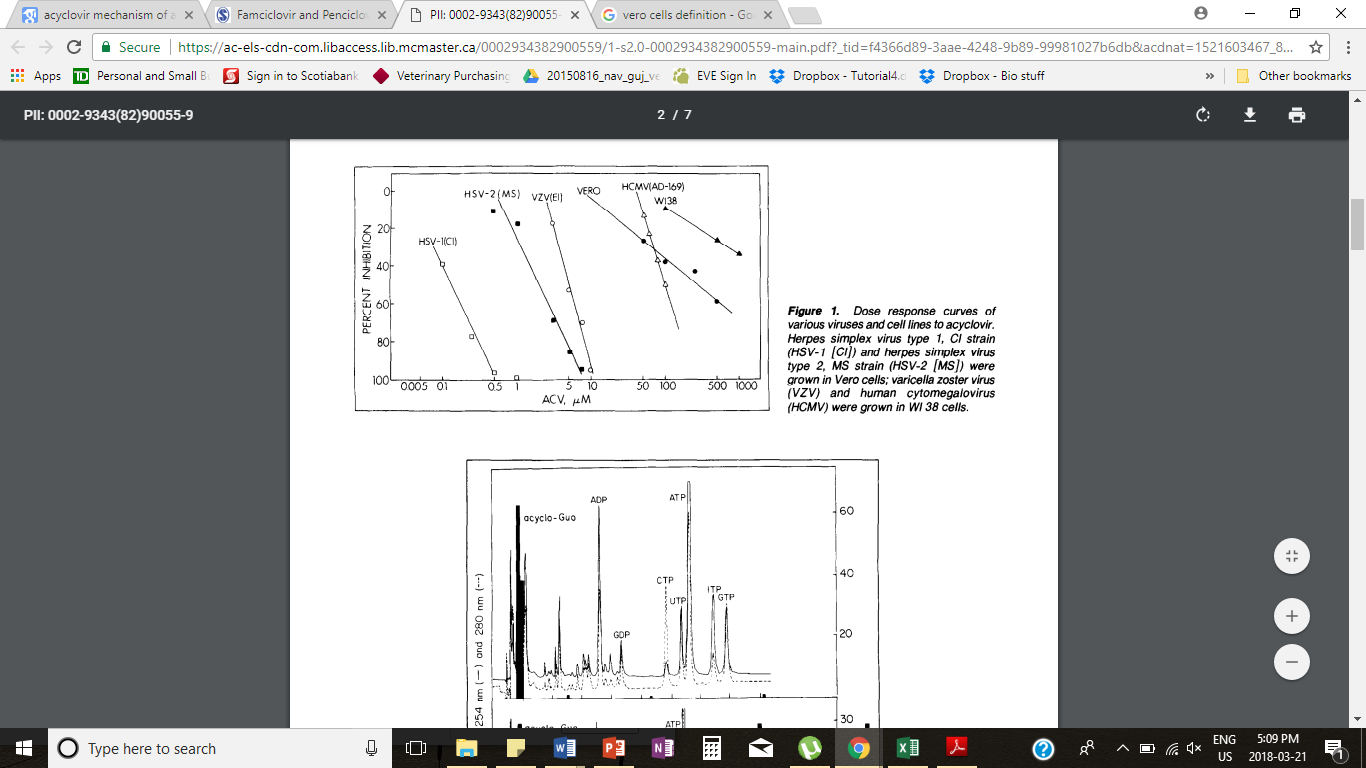
- mech_of_acyclovir_graph.png
- 1366×768
- 2018/03/29 00:58
- 197 KB
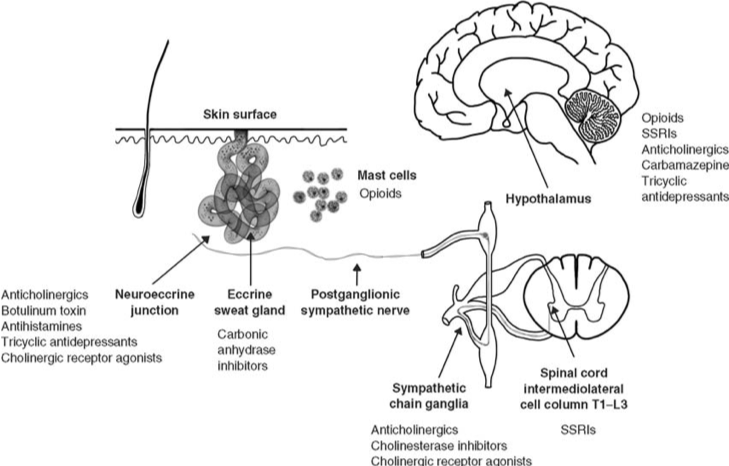
- mechanism1.png
- 729×466
- 2018/09/28 09:17
- 158.1 KB
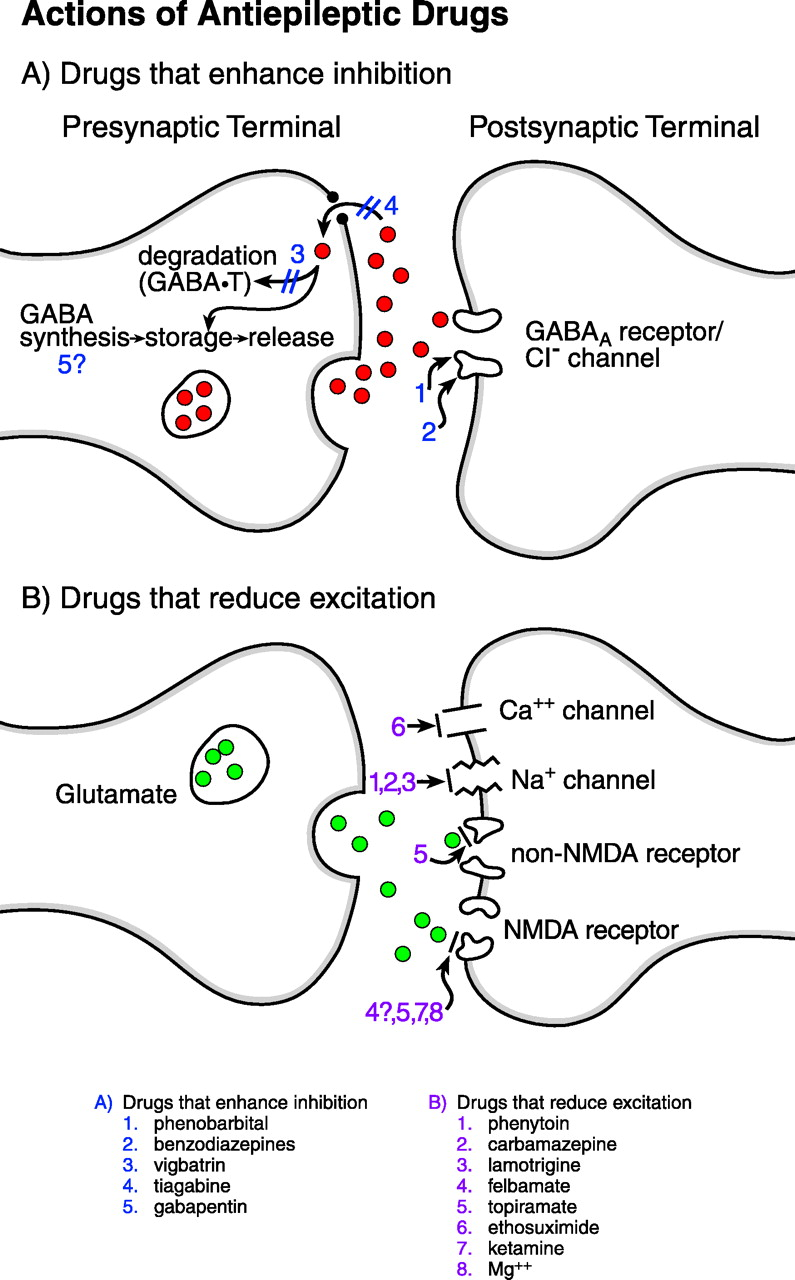
- mechanism_aeds.png
- 795×1280
- 2018/01/25 15:19
- 391.2 KB

- medicationn.png
- 294×284
- 2020/03/25 18:28
- 103.6 KB

- medicine-medical-ethics_nazi-germany.jpg
- 400×619
- 2018/11/02 19:38
- 62.5 KB
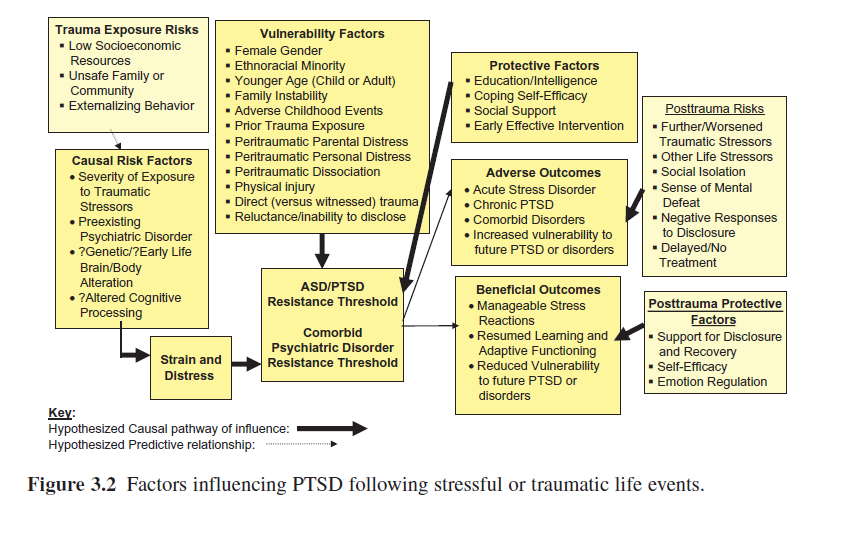
- mel.png
- 853×560
- 2018/01/25 15:19
- 134 KB
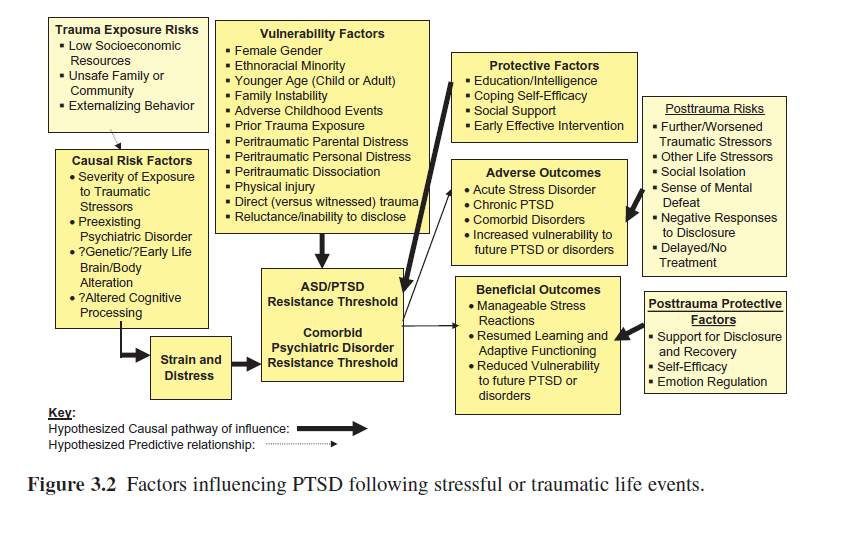
- melanie.png
- 853×560
- 2018/01/25 15:19
- 134 KB
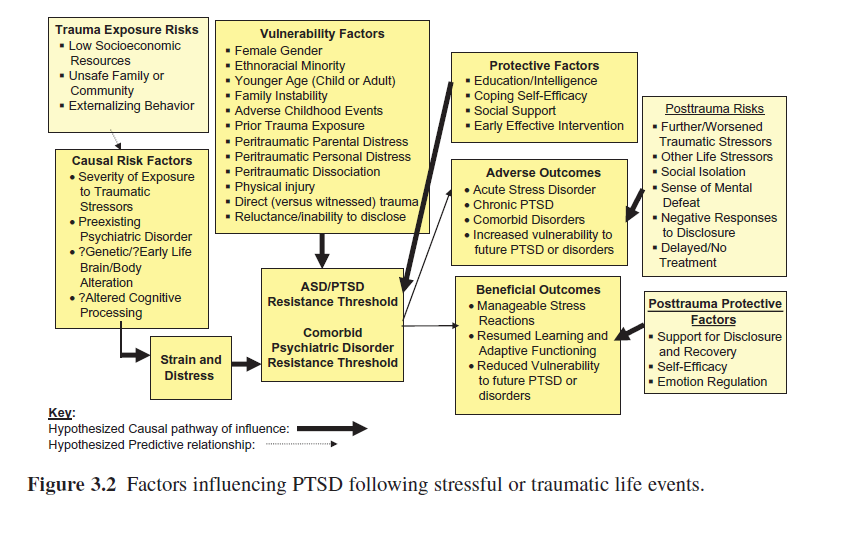
- melanie_2.png
- 853×560
- 2018/01/25 15:19
- 134 KB
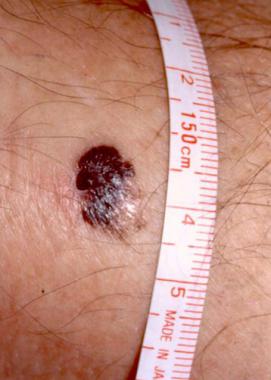
- melanoma.jpg
- 271×380
- 2018/11/30 21:15
- 16 KB

- melanoma.pptx
- 2018/11/30 21:43
- 3.3 MB
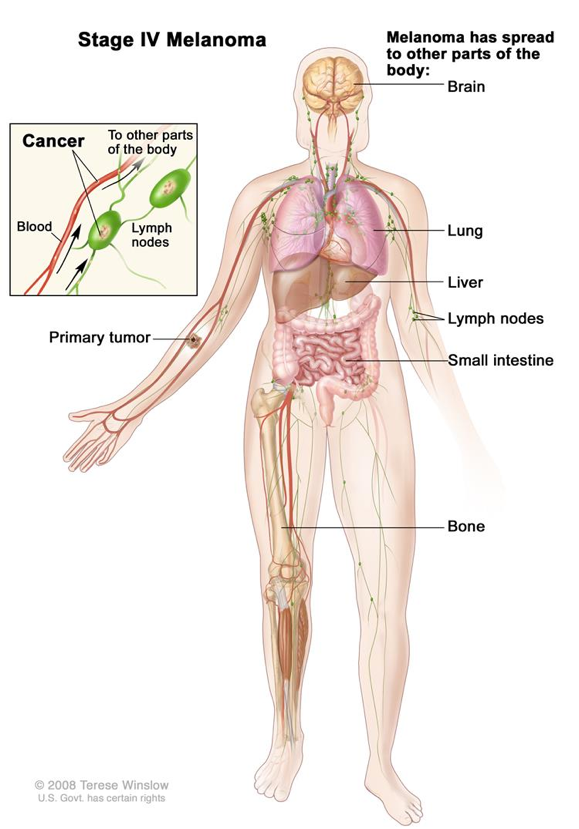
- melanomaiv.png
- 579×829
- 2018/01/25 15:19
- 370.4 KB
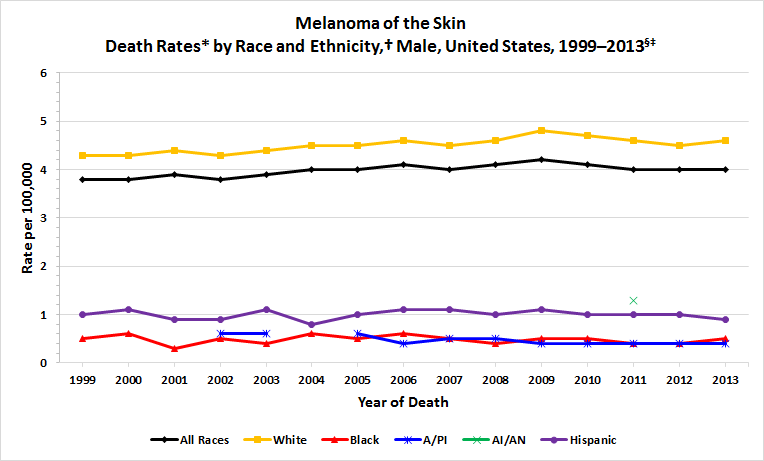
- men.gif
- 764×461
- 2018/11/29 00:47
- 14.8 KB
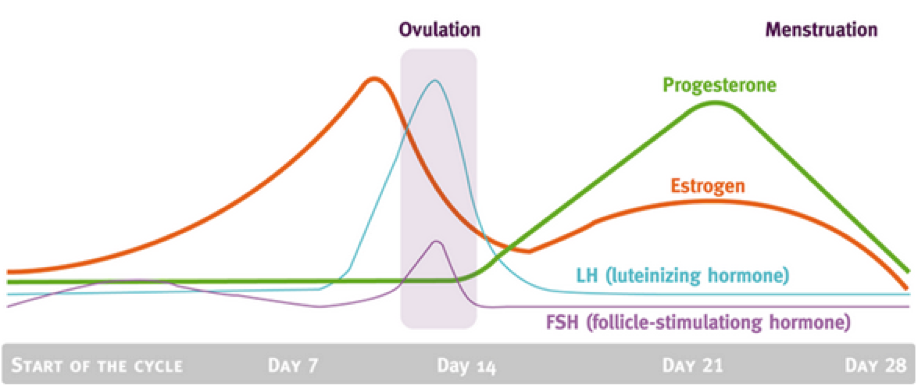
- menstrual_cycle.png
- 916×386
- 2019/03/08 19:13
- 133.5 KB

- mental_disorder_correlation.png
- 760×504
- 2018/01/25 15:19
- 29.3 KB
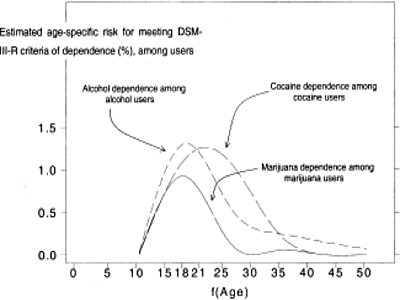
- meoww.jpg
- 400×300
- 2018/01/25 15:19
- 16.5 KB
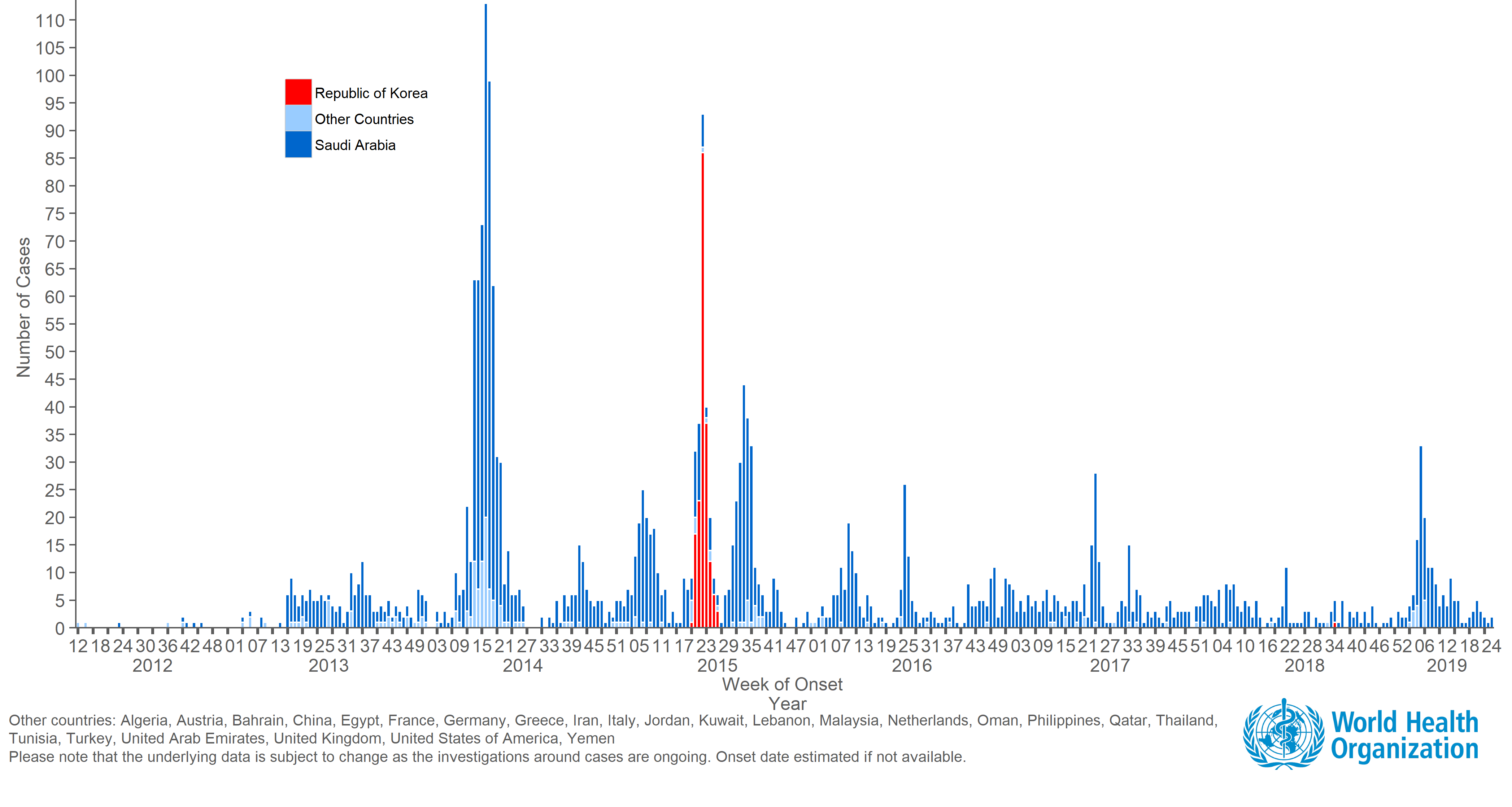
- mers-epicurve-july-2019.png
- 4189×2237
- 2020/02/24 01:25
- 203.2 KB

- messages_image_207363904_.png
- 260×196
- 2018/01/25 15:19
- 102 KB
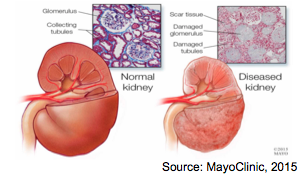
- messages_image_384999235_.png
- 304×184
- 2018/01/25 15:19
- 84.3 KB
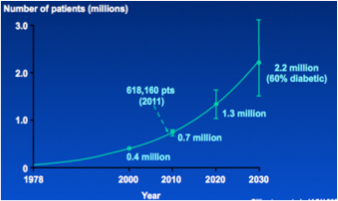
- messages_image_673158543_.png
- 338×201
- 2018/01/25 15:19
- 79.5 KB

- messages_image_719496843_.png
- 273×209
- 2018/01/25 15:19
- 51.6 KB
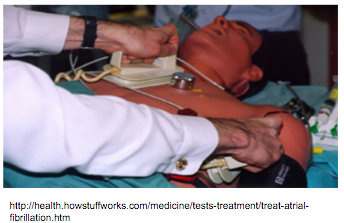
- messages_image_1288079319_.png
- 344×223
- 2018/01/25 15:19
- 131.9 KB
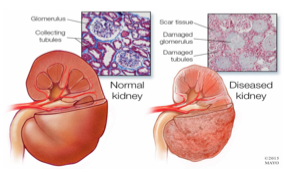
- messages_image_1335106176_.png
- 284×177
- 2018/01/25 15:19
- 76.1 KB

- messages_image_1353281857_.png
- 366×107
- 2018/01/25 15:19
- 22.3 KB

- messages_image_1444130877_.png
- 402×212
- 2018/01/25 15:19
- 27.8 KB

- messages_image_1546672056_.png
- 666×232
- 2018/01/25 15:19
- 254.2 KB
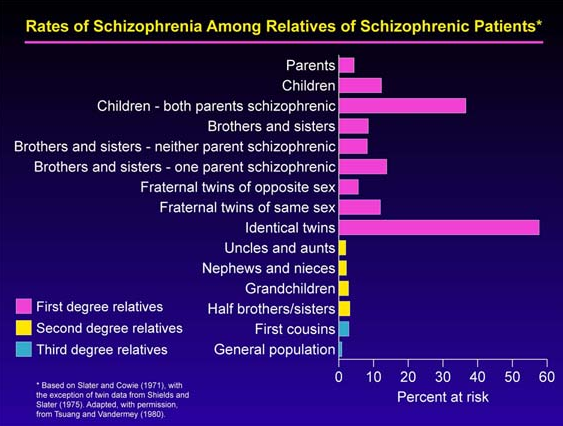
- messages_image_1741296075_.png
- 563×426
- 2018/01/25 15:19
- 274.7 KB
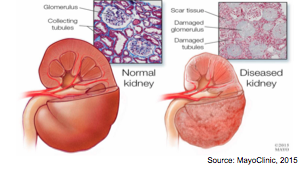
- messages_image_2147321186_.png
- 302×169
- 2018/01/25 15:19
- 83.1 KB

- messages_image_2302326716_.png
- 307×207
- 2018/01/25 15:19
- 58.9 KB
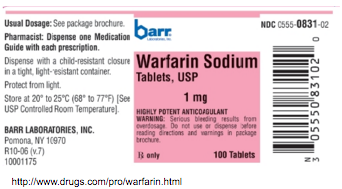
- messages_image_2447248859_.png
- 342×189
- 2018/01/25 15:19
- 71.2 KB
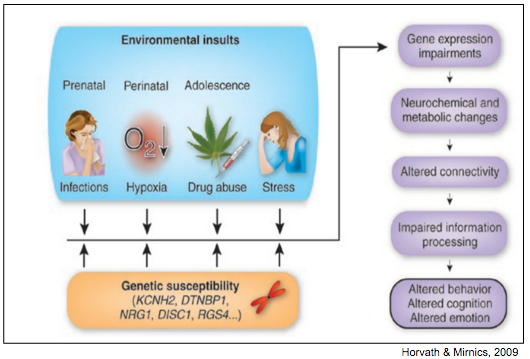
- messages_image_2819283020_.png
- 530×359
- 2018/01/25 15:19
- 221 KB
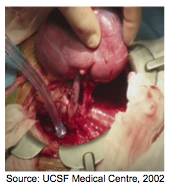
- messages_image_2896089175_.png
- 169×186
- 2018/01/25 15:19
- 68 KB

- messages_image_3074578196_.png
- 438×309
- 2018/01/25 15:19
- 128.2 KB

- messages_image_3207002108_.png
- 791×54
- 2018/01/25 15:19
- 20.8 KB

- messages_image_3260190131_.png
- 473×349
- 2018/01/25 15:19
- 125.8 KB

- messages_image_3262664479_.png
- 509×305
- 2018/01/25 15:19
- 266.9 KB

- messages_image_3297825047_.png
- 783×232
- 2018/01/25 15:19
- 297.1 KB
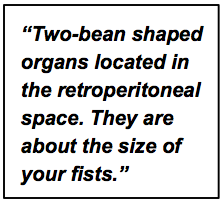
- messages_image_3331937637_.png
- 221×200
- 2018/01/25 15:19
- 23 KB
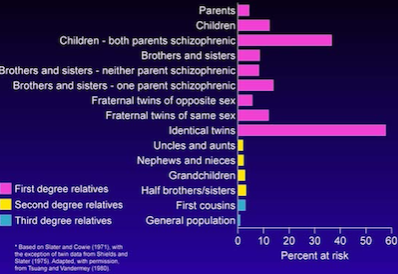
- messages_image_3398735866_.png
- 398×274
- 2018/01/25 15:19
- 140.5 KB

- messages_image_3407018555_.png
- 381×126
- 2018/01/25 15:19
- 28.7 KB
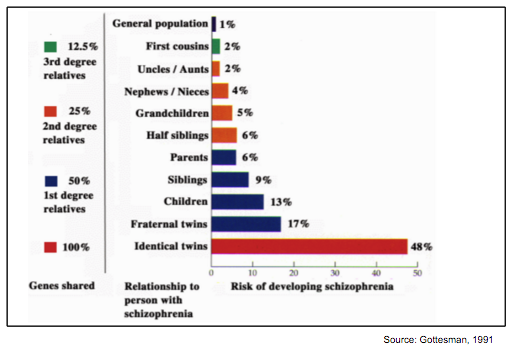
- messages_image_3485561692_.png
- 514×347
- 2018/01/25 15:19
- 129.6 KB
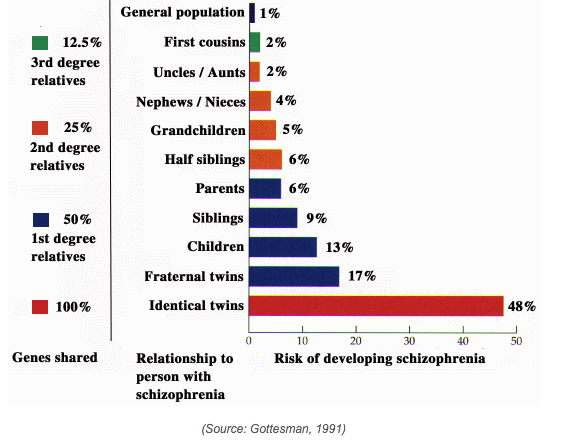
- messages_image_3615492395_.png
- 571×445
- 2018/01/25 15:19
- 98.9 KB
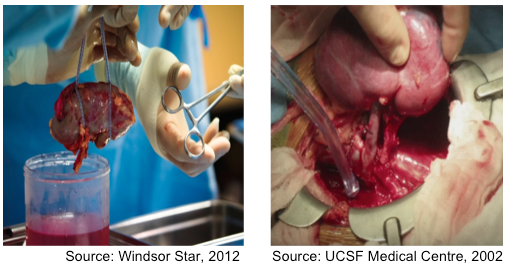
- messages_image_3773779690_.png
- 508×264
- 2018/01/25 15:19
- 249.1 KB
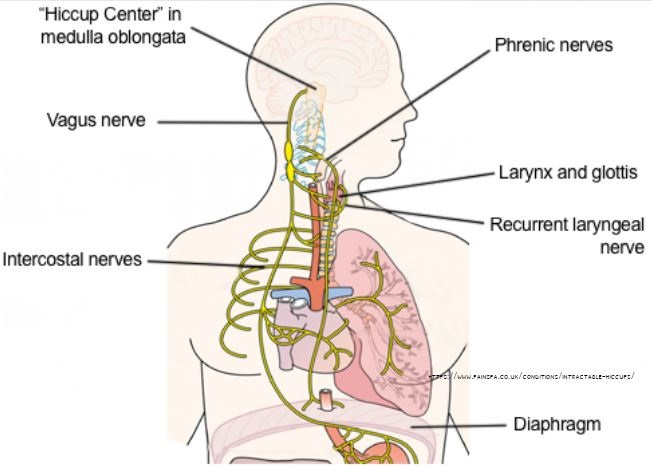
- metabol.jpg
- 652×466
- 2019/03/08 23:28
- 67.4 KB
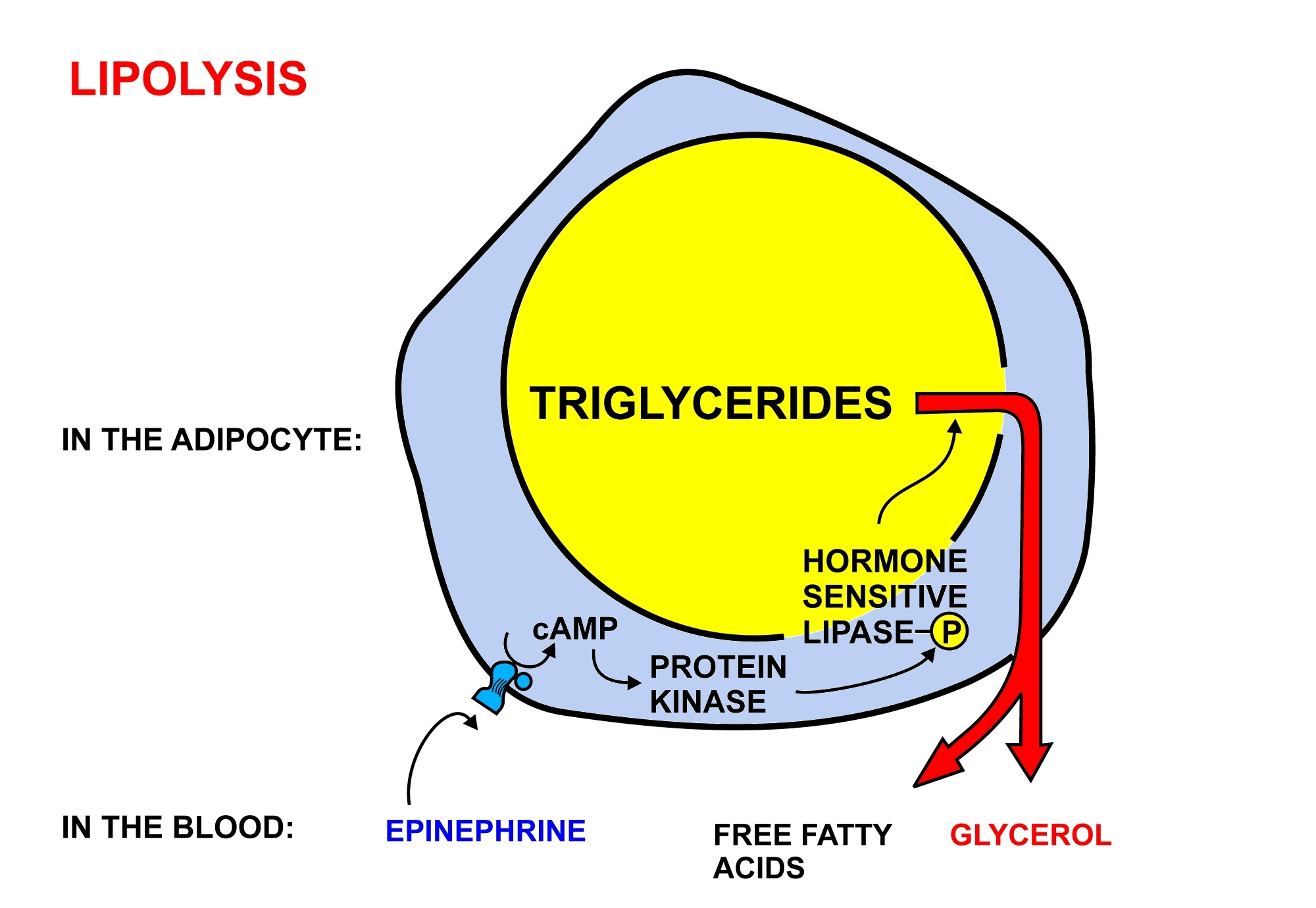
- metabolism1.jpg
- 2000×1380
- 2018/01/25 15:19
- 340.9 KB

- methadone_clinic.pptx
- 2018/11/02 21:35
- 2.3 MB

- methadoneuses.png
- 2000×700
- 2018/11/02 23:48
- 47.8 KB
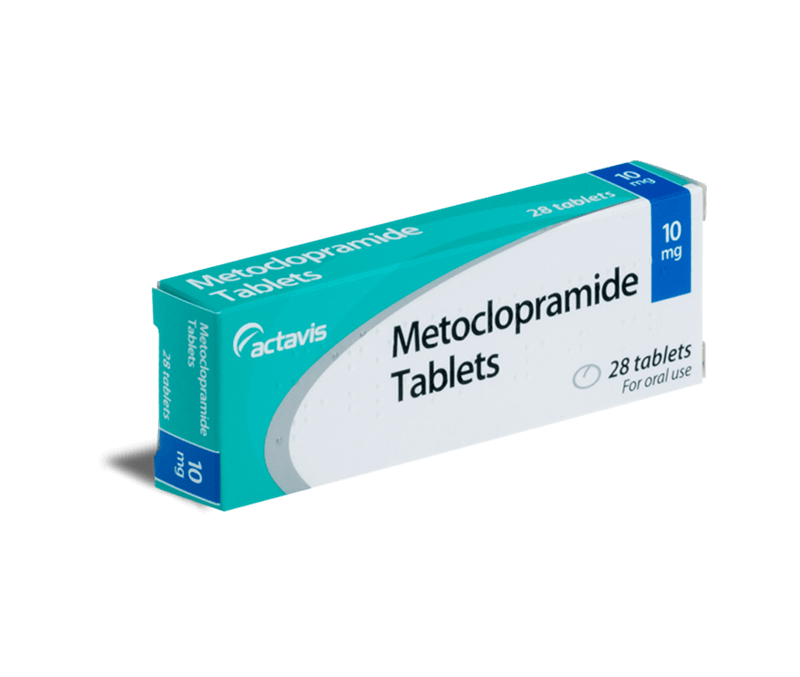
- meto.png
- 800×677
- 2019/03/08 23:07
- 56.6 KB
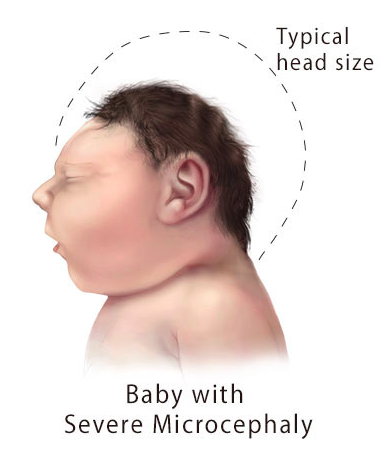
- microcephaly.png
- 384×455
- 2018/01/25 15:19
- 131.8 KB
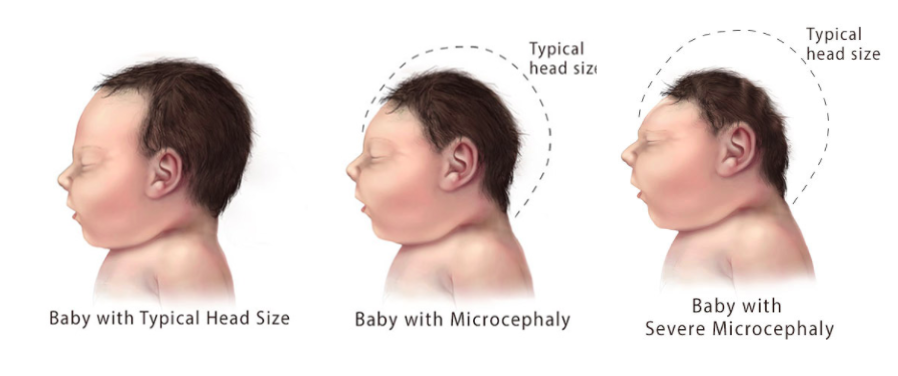
- microcephaly_2.png
- 898×376
- 2018/01/25 15:19
- 260.6 KB
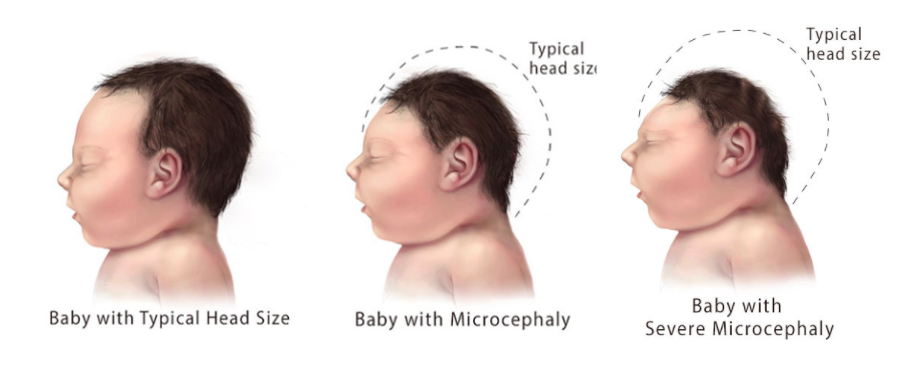
- microcephaly_3.png
- 898×376
- 2018/01/25 15:19
- 260.6 KB

- microcephaly_screen_shot_2018-01-24_at_11.19.55_am.png
- 894×378
- 2018/01/25 15:19
- 260.6 KB

- miglustat.svg.png
- 1200×609
- 2018/01/25 15:19
- 26.3 KB

- miglustat_.jpg
- 185×94
- 2018/01/25 15:19
- 4.6 KB

- migraine.jpg
- 858×1072
- 2018/01/25 15:19
- 87.9 KB

- migraine_2.jpeg
- 343×429
- 2018/01/25 15:19
- 24 KB

- migraine_3.jpeg
- 206×257
- 2018/01/25 15:19
- 12.1 KB
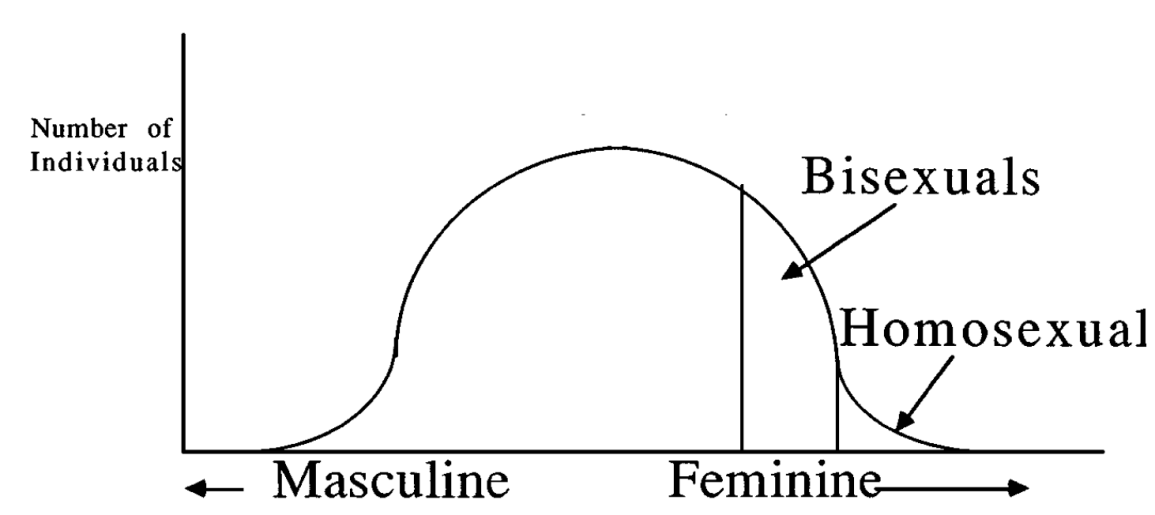
- miller.png
- 1155×515
- 2018/03/30 16:24
- 70.7 KB
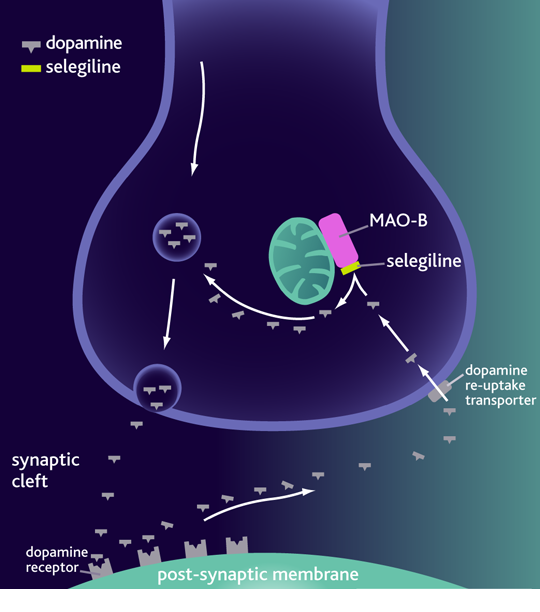
- moa.png
- 540×612
- 2019/01/31 20:14
- 174.3 KB

- monarch_butterfly_on_milkweed.jpg
- 510×381
- 2018/01/25 15:19
- 39.9 KB
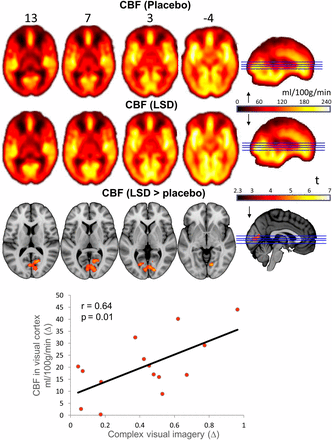
- money.gif
- 332×440
- 2018/01/25 15:19
- 55.6 KB
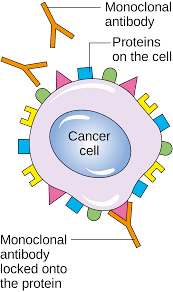
- monoclonalab.png
- 173×292
- 2018/01/25 15:19
- 9 KB
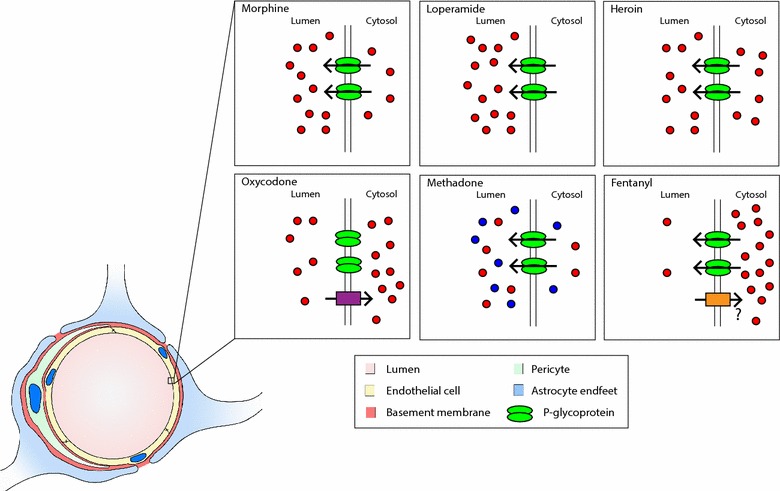
- morphine.jpg
- 780×491
- 2018/11/02 18:25
- 76.3 KB
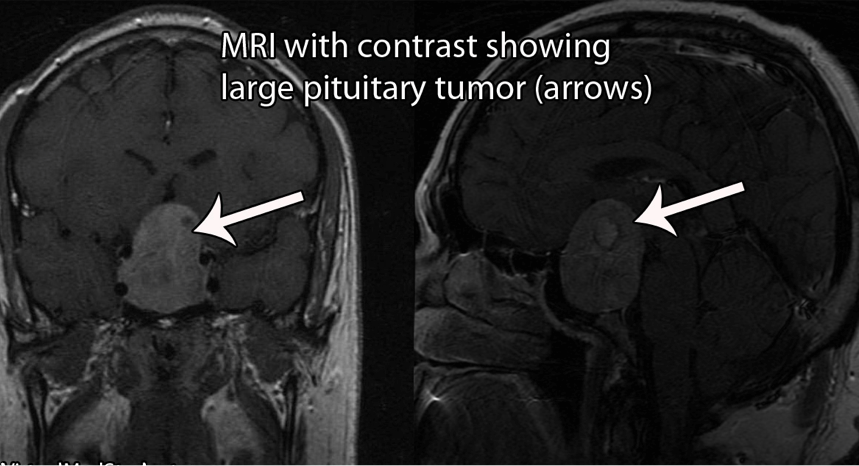
- mri_cd.png
- 859×466
- 2018/01/25 15:19
- 359.2 KB
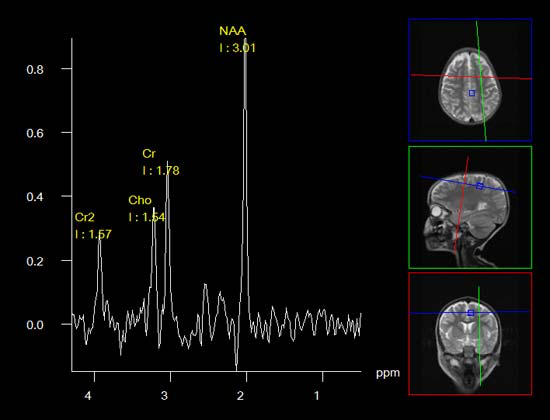
- mrs.png
- 550×420
- 2018/11/02 00:13
- 103.9 KB

- ms-mri_t1_535x314-01.jpg
- 535×314
- 2018/01/25 15:19
- 33.7 KB

- ms.jpeg
- 251×201
- 2018/01/25 15:19
- 11.6 KB

- mt.jpg
- 875×490
- 2019/04/03 16:15
- 118.9 KB
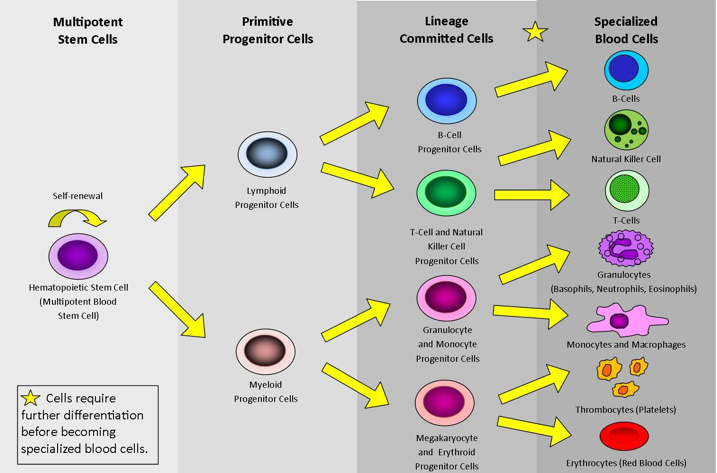
- multipotent.png
- 717×473
- 2018/01/25 15:19
- 256.2 KB
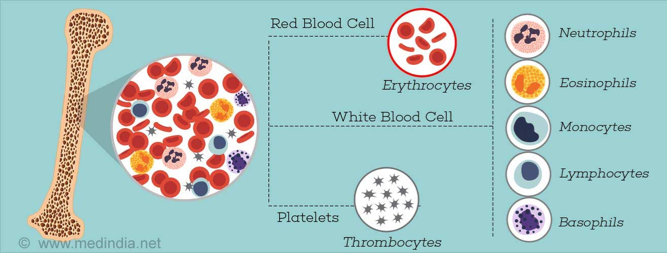
- myelodysplastic.png
- 667×253
- 2018/01/25 15:19
- 199.6 KB
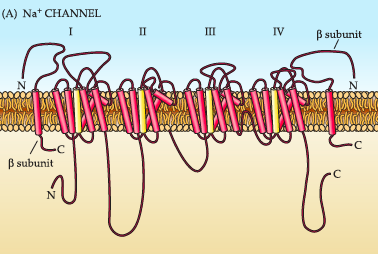
- na_channels_.png
- 380×256
- 2018/01/25 15:19
- 80.2 KB
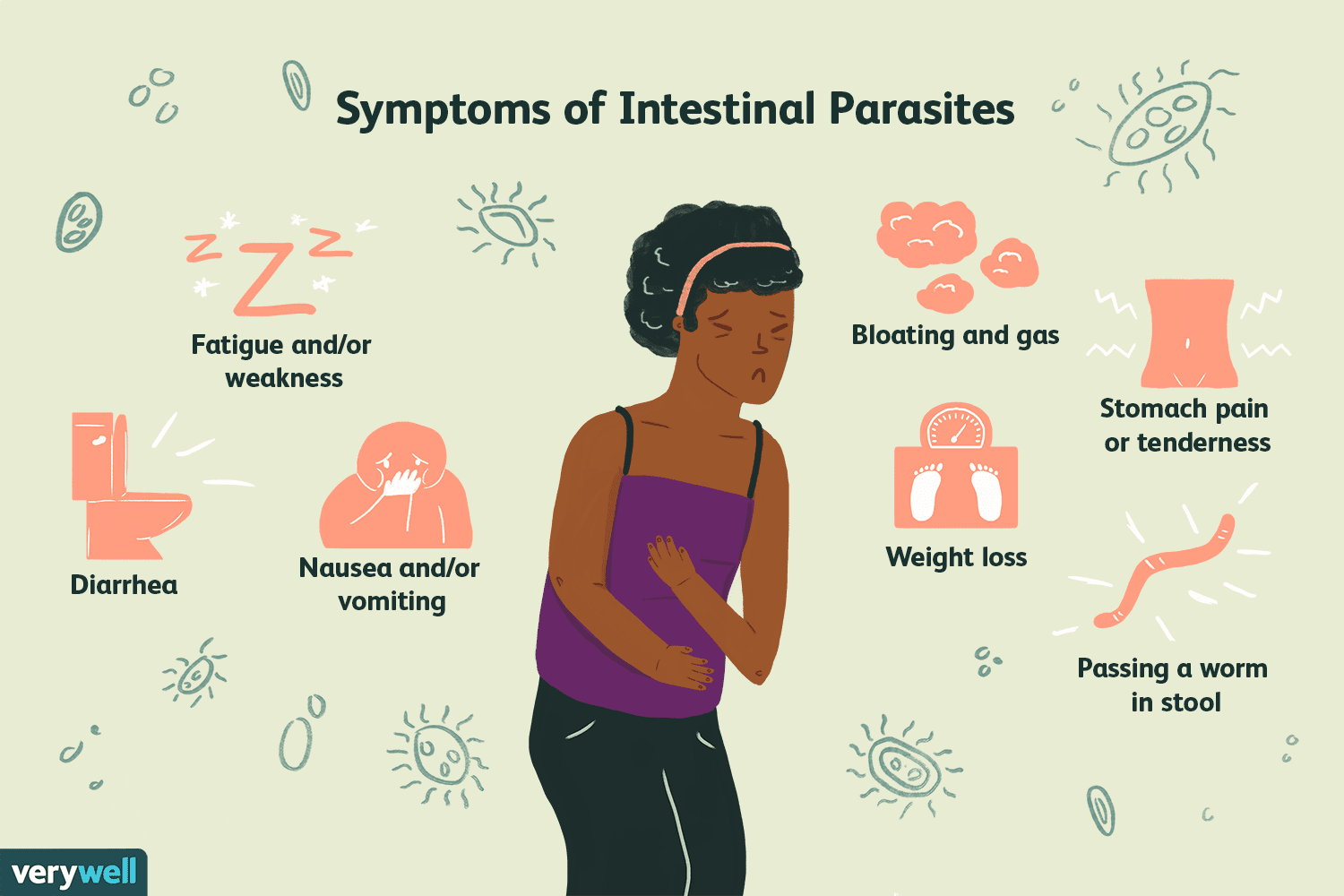
- natural-remedies-for-intestinal-parasites-88232_final-df66327f179d4afe9c24c296d29d255c.png
- 1500×1000
- 2020/01/29 18:31
- 73.6 KB

- ne.png
- 700×378
- 2020/01/28 15:08
- 39.3 KB
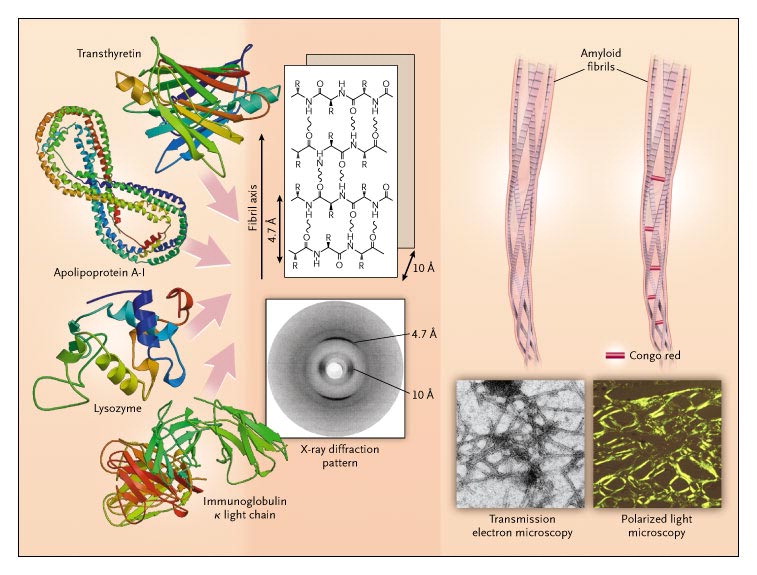
- nejmra023144_f2.jpeg
- 757×575
- 2018/01/25 15:19
- 122.3 KB

- neonatal-jaundice.jpg
- 420×420
- 2018/01/25 15:19
- 12 KB

- neuron.jpg
- 259×195
- 2018/01/25 15:19
- 9.2 KB
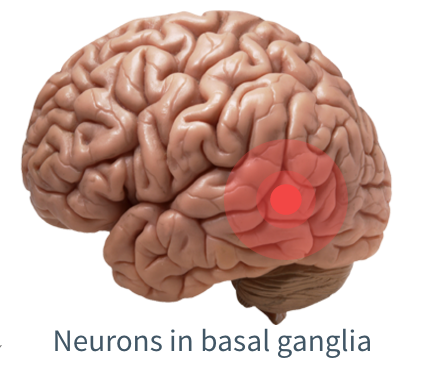
- neurons_in_basal_ganglia.png
- 428×380
- 2018/01/25 15:19
- 188.6 KB

- neurotransmitters.jpg
- 600×169
- 2018/01/25 15:19
- 10.3 KB

- new.png
- 1038×832
- 2018/02/02 18:47
- 290.1 KB
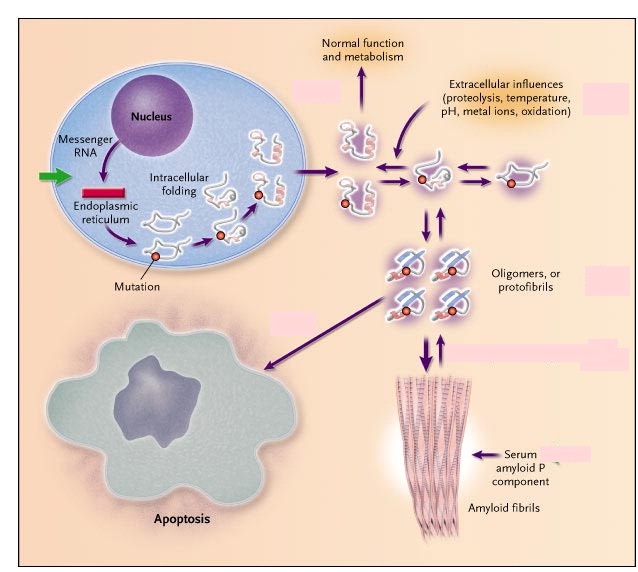
- new_path.jpg
- 638×572
- 2018/01/25 15:19
- 77.1 KB

- next_generation_sequencing.png
- 800×300
- 2018/01/25 15:19
- 410 KB

- ngs.png
- 732×218
- 2018/01/25 15:19
- 287.1 KB

- nida10-ins2_endocannabinoid-v1.jpg
- 550×583
- 2018/01/25 15:19
- 118.8 KB

- nida10-ins2_thc-brain-v1.jpg
- 550×458
- 2018/01/25 15:19
- 77.8 KB

- nintchdbpict000287654150.jpg
- 960×767
- 2018/01/28 09:49
- 236.6 KB
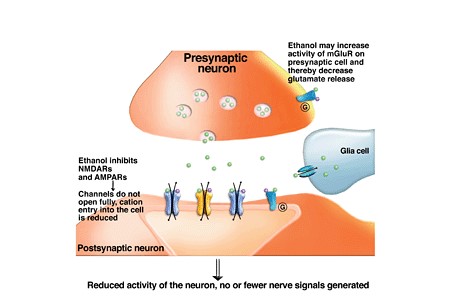
- nmdrs.jpg
- 450×300
- 2018/03/30 17:28
- 25.2 KB
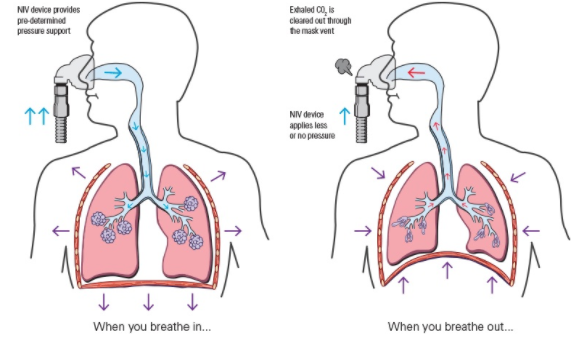
- noninvasive.png
- 580×338
- 2018/01/25 15:19
- 186 KB

- nord.jpg
- 2000×600
- 2019/04/03 15:58
- 181.4 KB
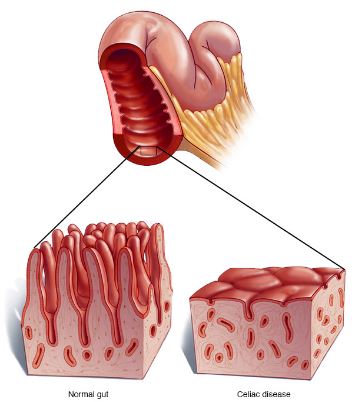
- norm-celiac.jpg
- 354×402
- 2018/01/25 15:19
- 30.2 KB
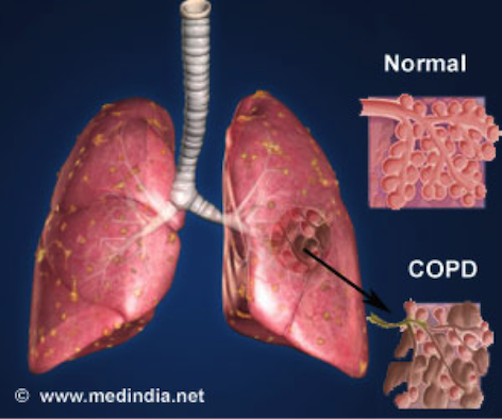
- normal_and_copd_lung.png
- 502×419
- 2018/01/25 15:19
- 288.9 KB

- nose.jpg
- 963×279
- 2020/01/31 18:46
- 23.1 KB
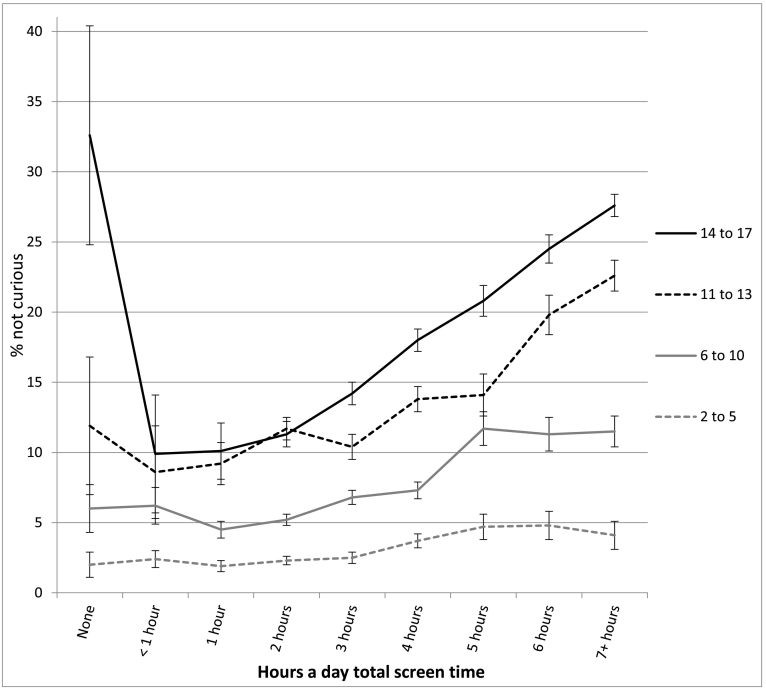
- not_curious.jpg
- 766×689
- 2020/02/23 17:23
- 76.5 KB

- nsaid_pathway_.png
- 1350×604
- 2018/01/25 15:19
- 338 KB
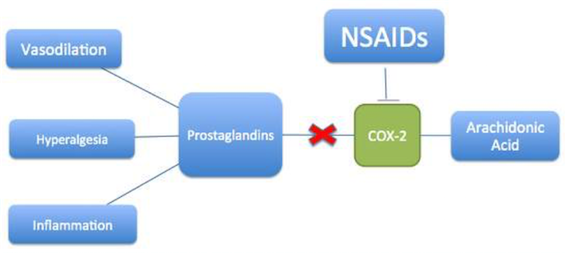
- nsaid_pathway_edit_.png
- 567×253
- 2018/01/25 15:19
- 102.3 KB

- nt.jpg
- 627×627
- 2019/04/03 16:18
- 129.3 KB

- ntsad.jpg
- 760×480
- 2018/01/25 15:19
- 52.1 KB

- nup_167548_0084.jpg
- 3000×2000
- 2018/11/30 15:26
- 1.2 MB

- nutrition.png
- 493×330
- 2018/01/25 15:19
- 341.3 KB

- obesity_chart.jpg
- 470×402
- 2018/01/25 15:19
- 19.2 KB

- obesity_factors.png
- 563×441
- 2018/01/25 15:19
- 67.5 KB

- obesity_presentation.pptx
- 2018/01/25 15:19
- 5.4 MB
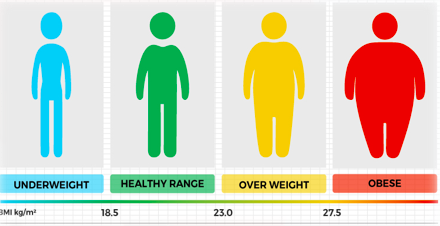
- obesity_scale.png
- 440×226
- 2018/02/01 17:33
- 72.6 KB
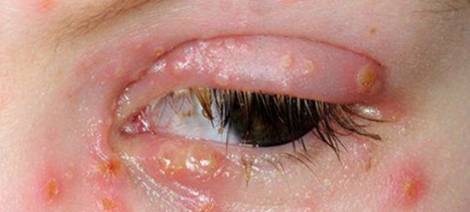
- ocular-herpes-causes-symtoms-and-treatment-for-virus-eye-infection_470x212.jpg
- 470×212
- 2018/03/30 02:08
- 13.7 KB
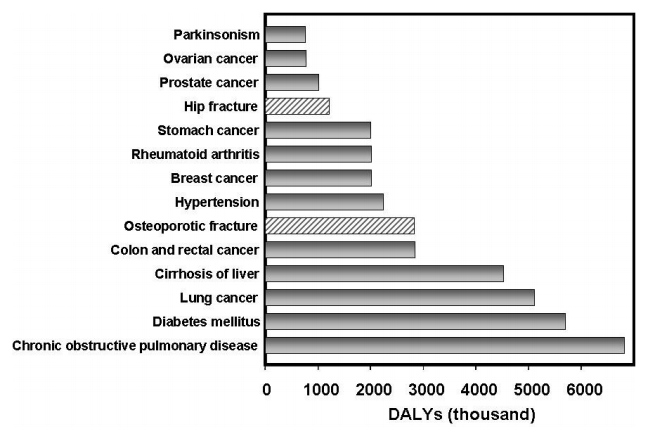
- oestop1.png
- 654×430
- 2018/09/28 15:22
- 90.7 KB
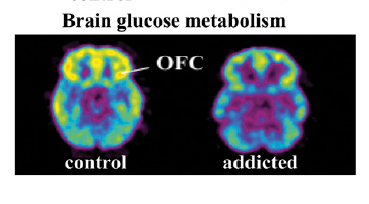
- ofc_brain_glucose_metabolism.png
- 369×204
- 2018/01/25 15:19
- 76.8 KB
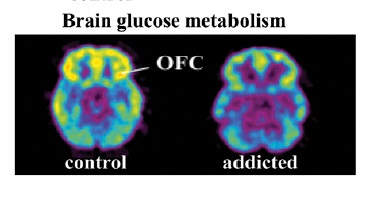
- ofc_brain_glucose_metabolism_1.jpg
- 369×204
- 2018/01/25 15:19
- 22.3 KB

- ofc_glucose_with_caption.jpg
- 330×252
- 2018/01/25 15:19
- 33.2 KB

- ofc_glucose_with_caption_1.jpg
- 326×252
- 2018/01/25 15:19
- 33.1 KB

- ok.png
- 312×330
- 2020/03/25 18:19
- 89.2 KB

- oki.png
- 304×314
- 2020/03/25 18:22
- 89 KB
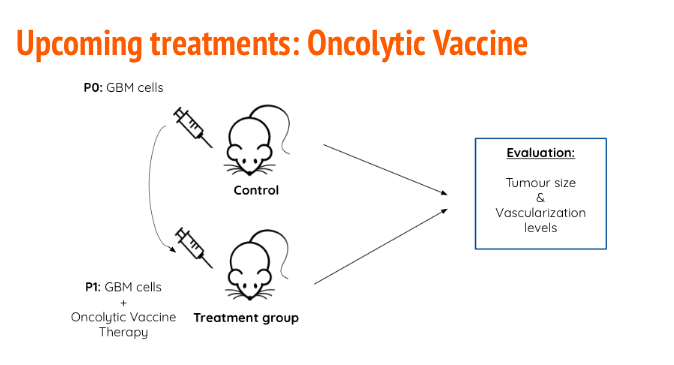
- oncolytic_vaccine.png
- 674×365
- 2018/01/25 15:19
- 48.3 KB
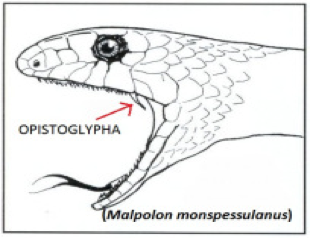
- opi.png
- 310×238
- 2018/01/25 15:19
- 91.3 KB

- opioidaddiction.gif
- 500×281
- 2018/11/02 19:47
- 950.4 KB

- opioidcrisis.png
- 489×321
- 2018/11/02 19:22
- 73.3 KB

- opioids-presentation-group-1.pdf
- 2018/03/01 17:27
- 3 MB
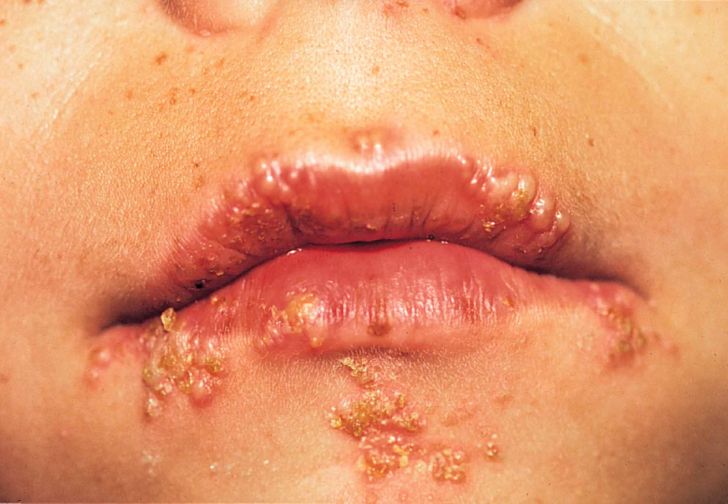
- oral-herpes-simplex-virus-infection-pictures.jpg
- 728×504
- 2018/03/30 01:28
- 51.8 KB
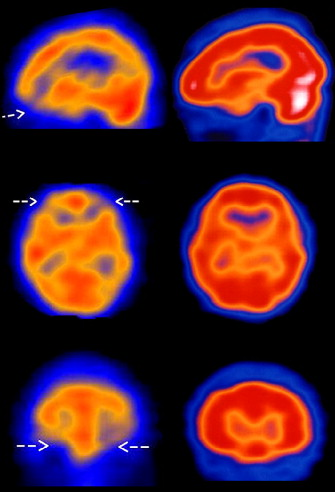
- orbitofrontal_cortex.png
- 335×492
- 2018/09/28 21:30
- 316.6 KB

- orlistat.jpg
- 335×335
- 2018/01/25 15:19
- 10.8 KB

- orthokneepivotshiftkneebent.jpg
- 845×792
- 2018/01/25 15:19
- 272 KB
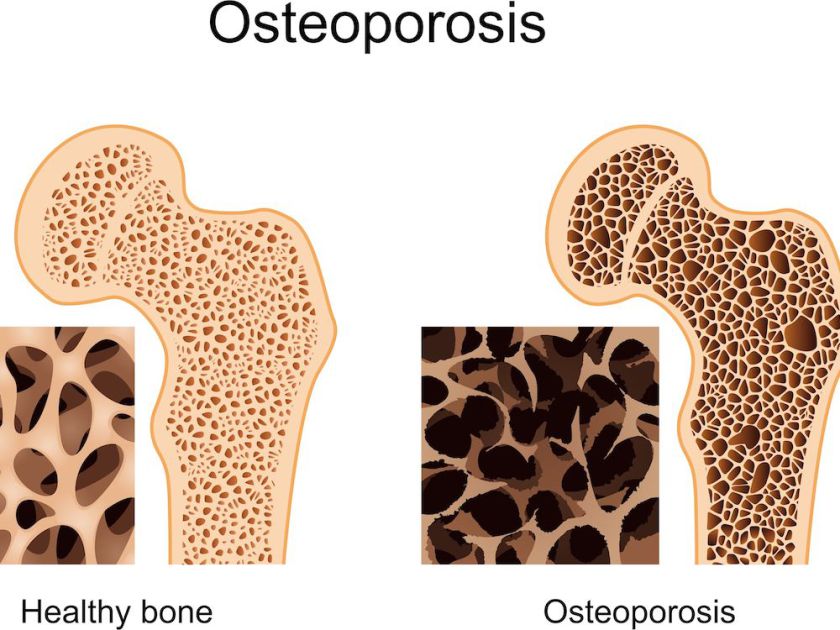
- osteo_1.jpg
- 840×630
- 2018/09/19 12:25
- 86.6 KB
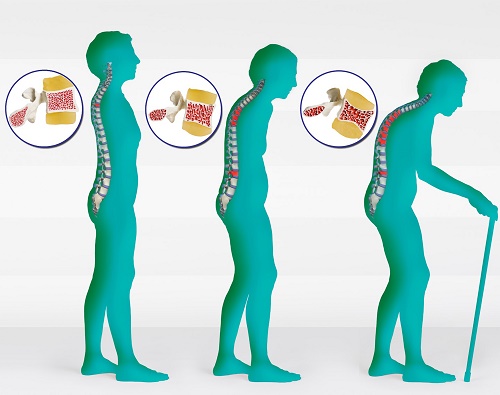
- osteoporosis-scoliosis.jpg
- 500×395
- 2018/09/23 17:04
- 55.9 KB

- osteoporosis.png
- 1024×512
- 2019/03/05 12:29
- 395.8 KB

- p1.png
- 510×118
- 2018/01/25 15:19
- 28 KB

- p1b.png
- 680×157
- 2018/01/25 15:19
- 47.4 KB

- p2.png
- 758×228
- 2018/01/25 15:19
- 17.3 KB

- p2b.png
- 624×188
- 2018/01/25 15:19
- 14.7 KB
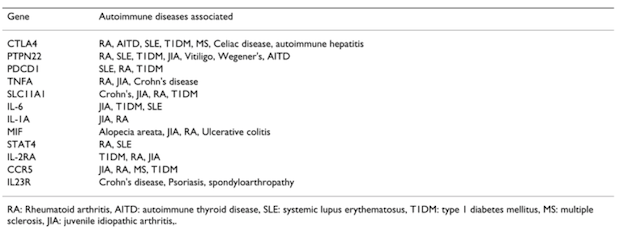
- p3.png
- 624×232
- 2018/01/25 15:19
- 54.8 KB
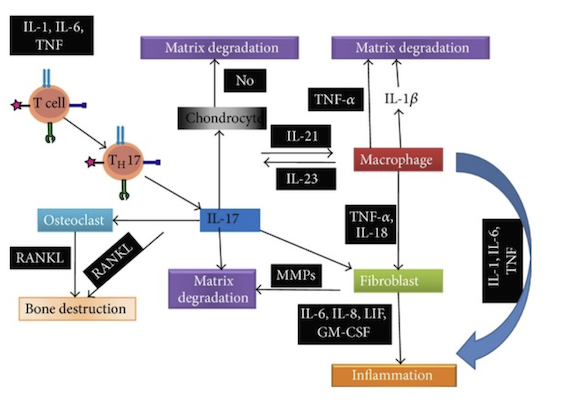
- p4.png
- 567×409
- 2018/01/25 15:19
- 173.1 KB
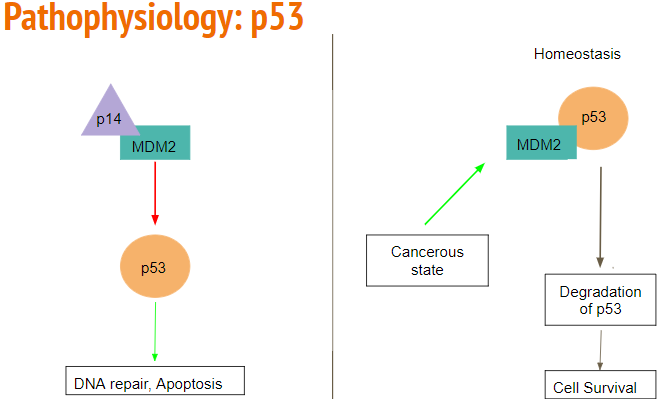
- p53_pathway_to_hell.png
- 660×399
- 2018/01/25 15:19
- 19.7 KB

- past.jpg
- 525×519
- 2018/01/25 15:19
- 51.3 KB
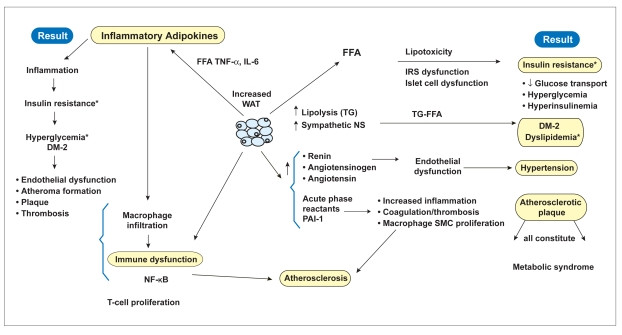
- pasted_image_0.png
- 622×335
- 2019/04/02 04:16
- 89 KB
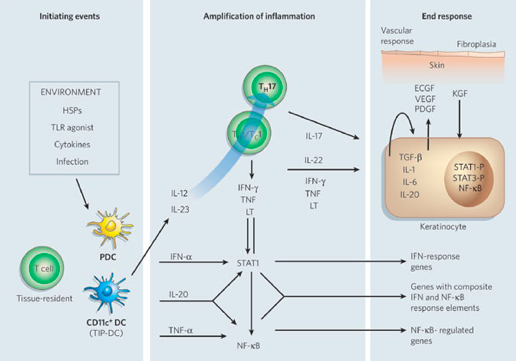
- patho_psor.png
- 516×361
- 2018/01/25 15:19
- 146.8 KB
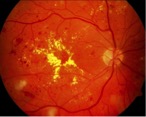
- pathophys.jpg
- 146×117
- 2018/01/25 15:19
- 9.3 KB
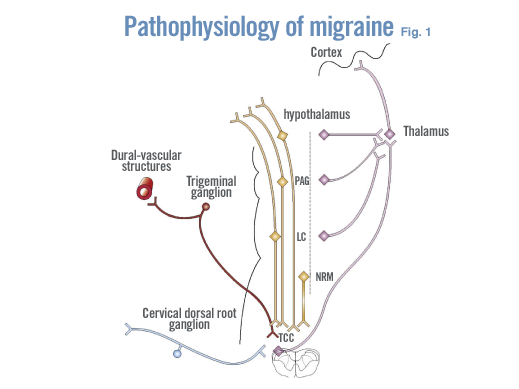
- pathophysiology.png
- 519×389
- 2018/02/02 14:38
- 47.8 KB

- pathophysiology_migraine_.png
- 3015×1544
- 2018/01/25 15:19
- 2.9 MB
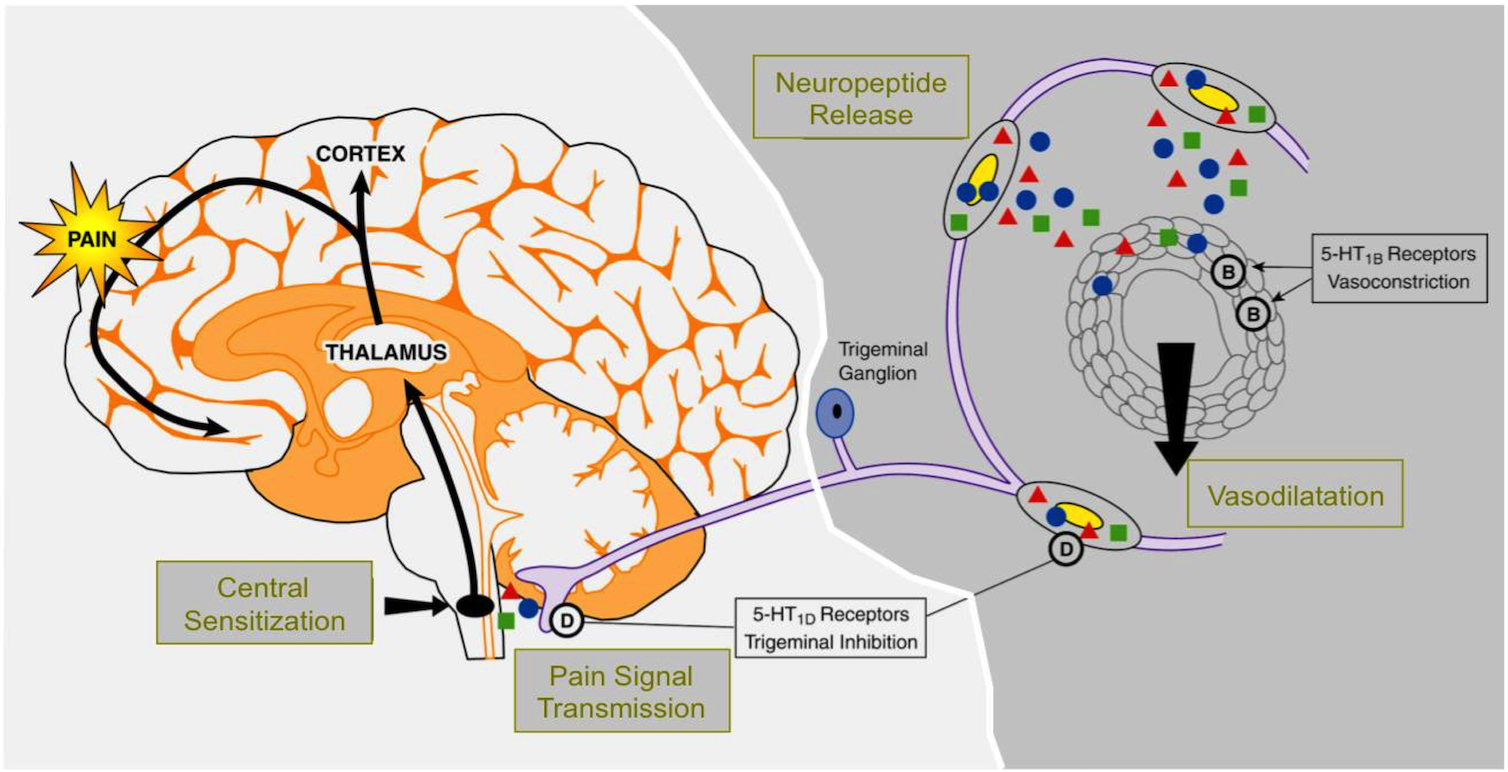
- pathophysiology_migraine_2.png
- 1508×772
- 2018/01/25 15:19
- 1 MB
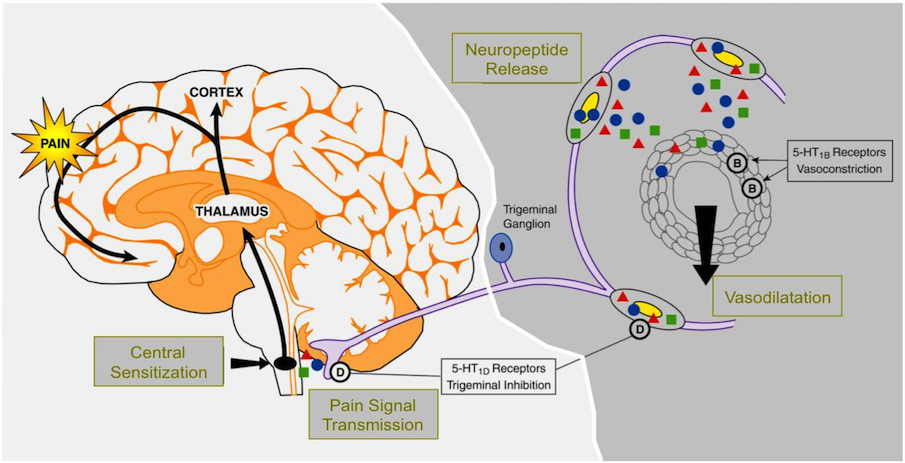
- pathophysiology_migraine_3.png
- 905×463
- 2018/01/25 15:19
- 442.4 KB
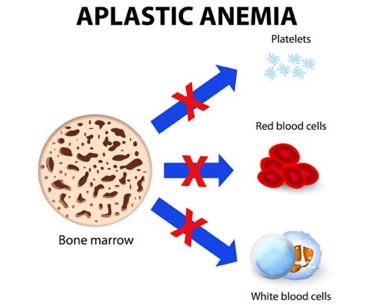
- pathway_aa.png
- 365×305
- 2018/01/25 15:19
- 100.2 KB
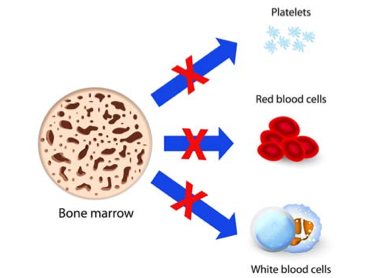
- pathway_aa1.png
- 365×278
- 2018/01/25 15:19
- 93.2 KB

- pdf_-_final_version_ls_4m03_al_amyloidosis.pdf
- 2018/01/25 15:19
- 1.3 MB
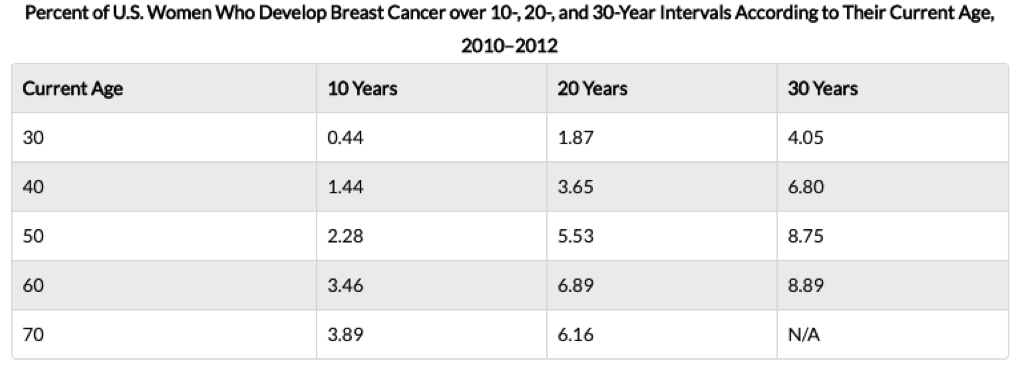
- percentwomen.png
- 1018×369
- 2018/01/25 15:19
- 57.2 KB
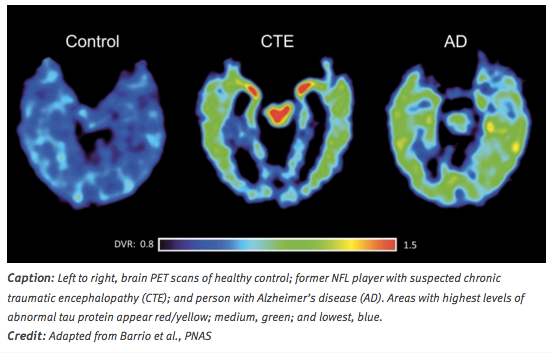
- pet.png
- 552×357
- 2018/11/02 00:14
- 132.6 KB

- pet_of_cannabis.png
- 750×363
- 2018/11/30 21:55
- 305.6 KB
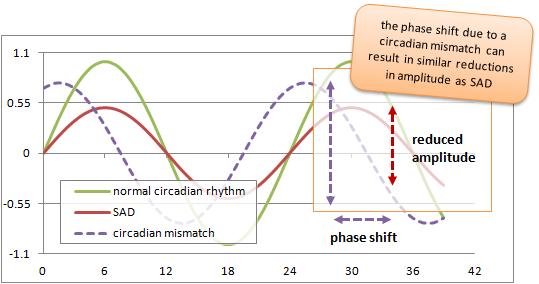
- phaseshift.jpg
- 539×284
- 2018/01/25 15:19
- 27.1 KB
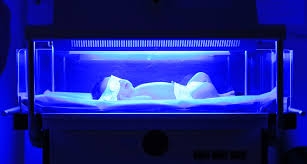
- phototherapy.jpg
- 307×164
- 2018/01/25 15:19
- 9.7 KB
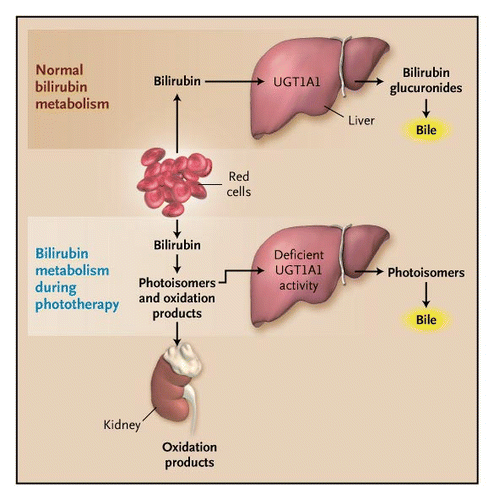
- phototherapy_mechanism.gif
- 494×500
- 2018/01/25 15:19
- 106.8 KB

- phytoremediation.png
- 459×303
- 2018/01/25 15:19
- 105.1 KB
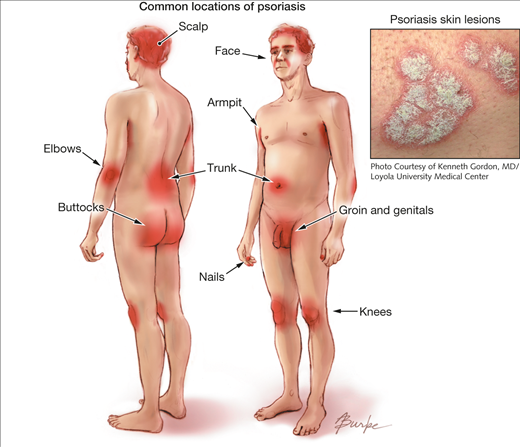
- pi1.png
- 520×447
- 2018/01/25 15:19
- 247.9 KB
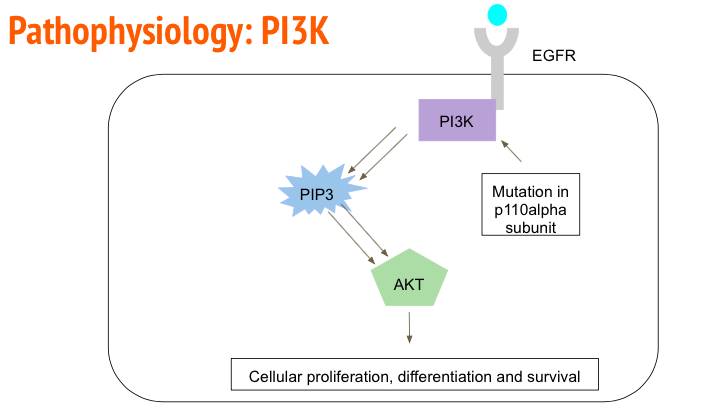
- pi3k_pathway.png
- 728×412
- 2018/01/25 15:19
- 45.3 KB
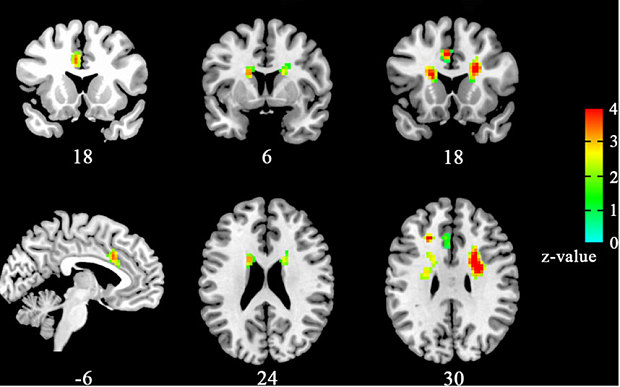
- pic-1_3233492b.jpg
- 620×387
- 2018/03/02 11:06
- 46.5 KB

- pic_adrenalectomy.jpg
- 400×385
- 2018/01/25 15:19
- 55.1 KB

- picture-11.png
- 505×236
- 2018/03/29 22:18
- 78.3 KB
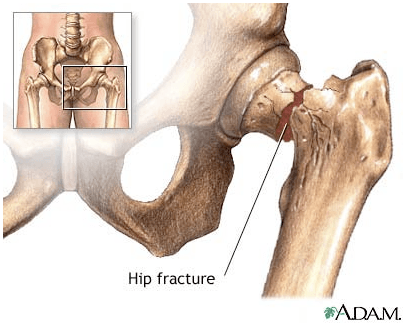
- picture-1221.png
- 414×330
- 2018/09/23 17:06
- 58.1 KB

- picture.jpg
- 593×125
- 2018/01/25 15:19
- 27.1 KB
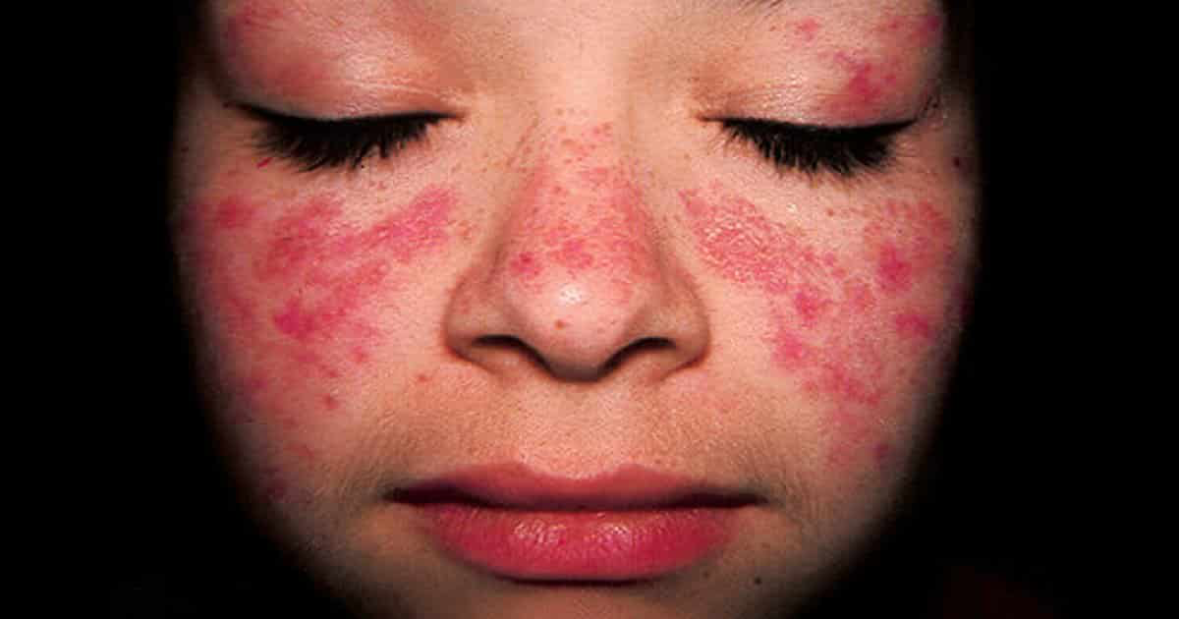
- picture00000000.png
- 1179×619
- 2018/11/30 21:25
- 601.5 KB
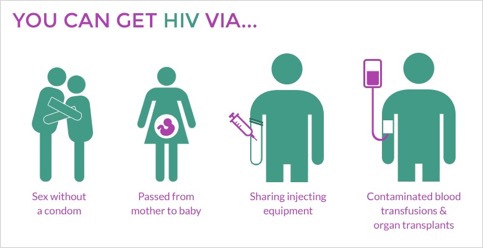
- picture1.jpg
- 483×248
- 2018/01/25 15:19
- 24.7 KB

- picture1.png
- 320×207
- 2018/01/25 15:19
- 122.6 KB
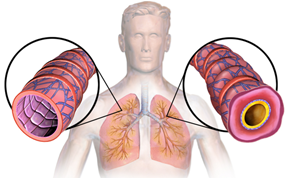
- picture2.png
- 288×178
- 2018/01/25 15:19
- 88 KB

- picture3.png
- 414×90
- 2018/01/25 15:19
- 18.3 KB
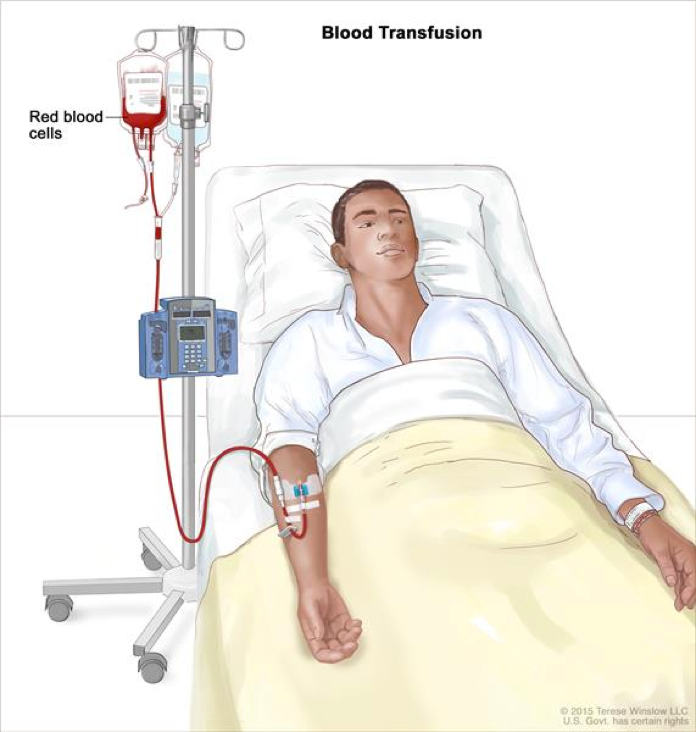
- picture11.png
- 696×732
- 2018/01/25 15:19
- 418.7 KB
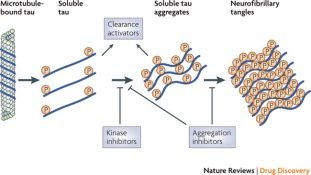
- picture122.jpg
- 311×175
- 2018/01/25 15:19
- 17.4 KB
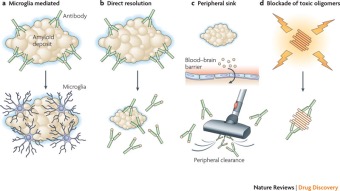
- picture133.jpg
- 340×191
- 2018/01/25 15:19
- 19.9 KB
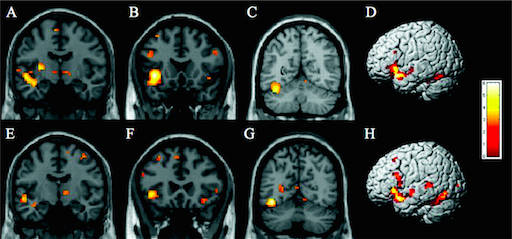
- picture222.png
- 512×239
- 2018/01/25 15:19
- 216.6 KB

- picture1222.jpg
- 395×233
- 2018/01/25 15:19
- 30.6 KB
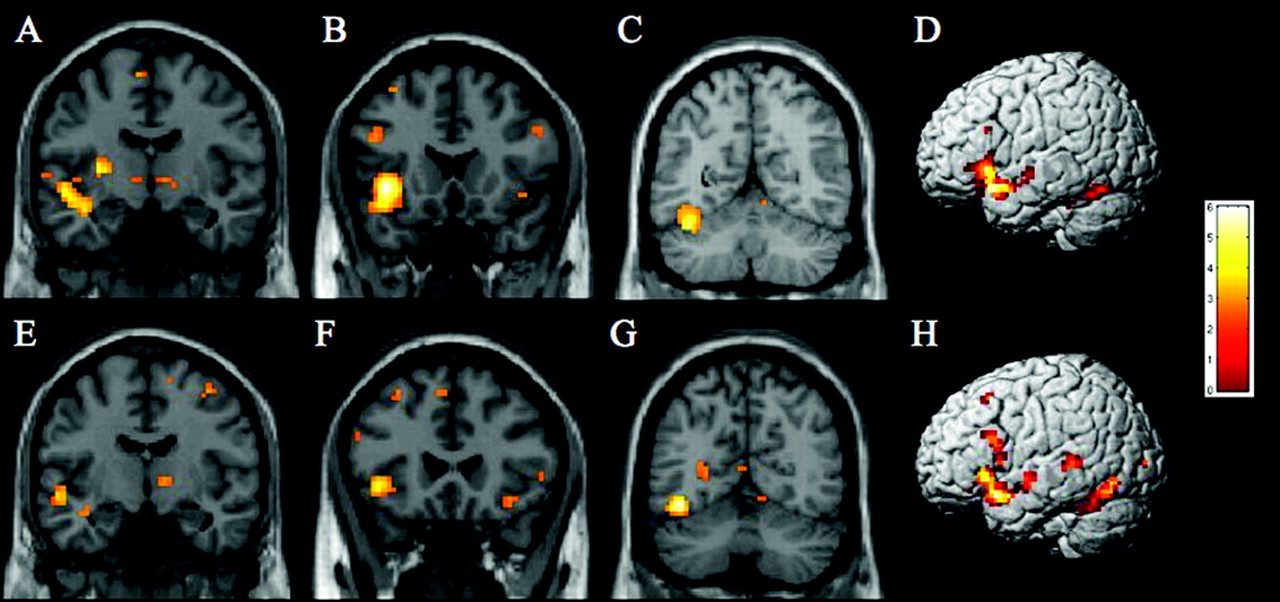
- picture2222.jpg
- 1280×602
- 2018/01/25 15:19
- 160.2 KB
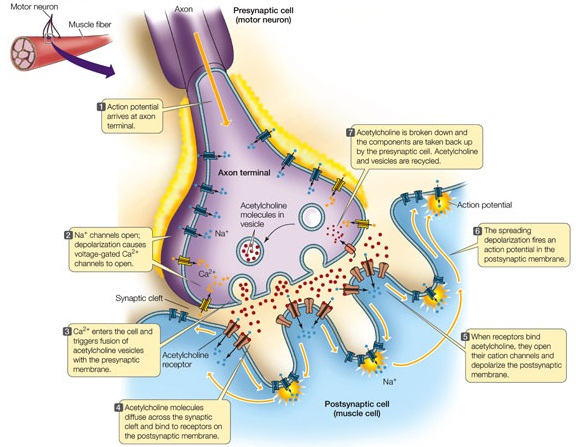
- picture3888.png
- 576×447
- 2018/01/25 15:19
- 405 KB

- picture_2.jpg
- 427×130
- 2018/09/28 22:46
- 21.7 KB

- picture_3.jpg
- 329×550
- 2018/09/28 23:05
- 51.8 KB

- picture_4.jpg
- 356×267
- 2018/09/28 23:10
- 34.6 KB
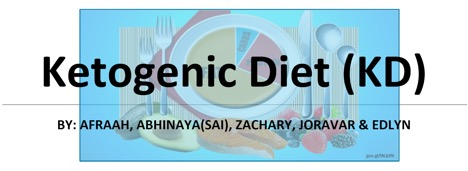
- picture_5.jpg
- 468×171
- 2018/09/28 23:15
- 27.2 KB
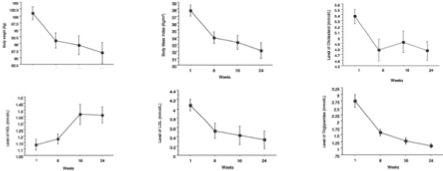
- pictureeee.jpg
- 443×171
- 2018/09/28 22:55
- 16.4 KB
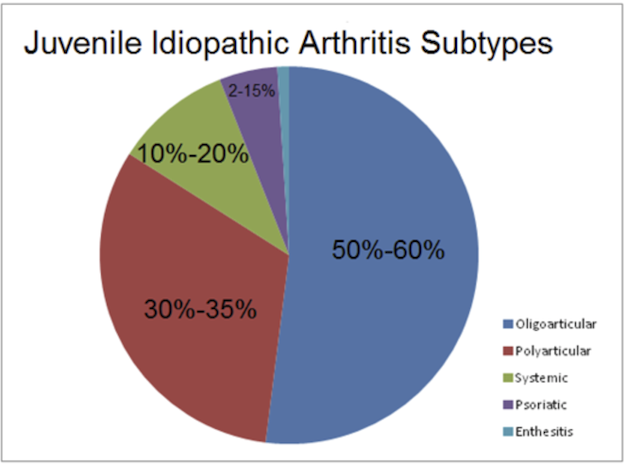
- piechartjia.png
- 624×464
- 2018/01/25 15:19
- 98 KB
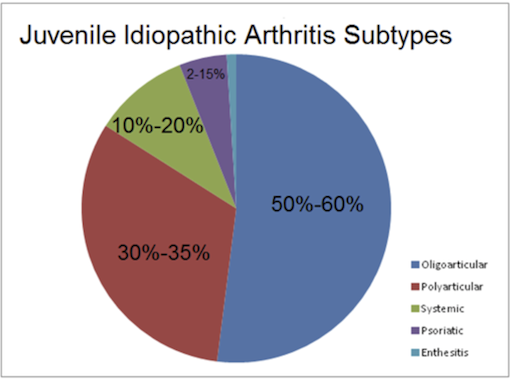
- piechartjia2.png
- 510×379
- 2018/01/25 15:19
- 74.4 KB
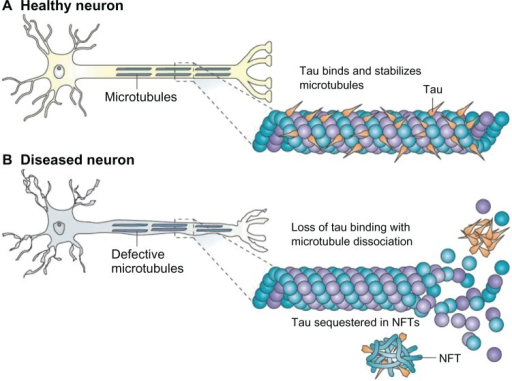
- pmc3582316_dddt-7-117fig5.png
- 512×381
- 2018/01/25 15:19
- 166.7 KB
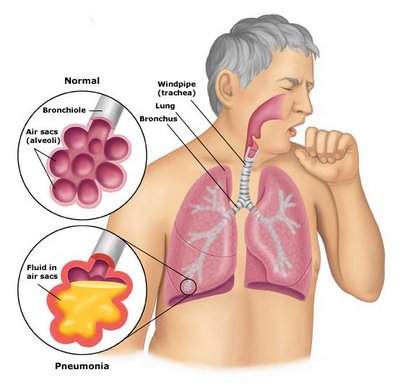
- pneumonia_anatomy.jpg
- 400×385
- 2018/01/25 15:19
- 28.7 KB
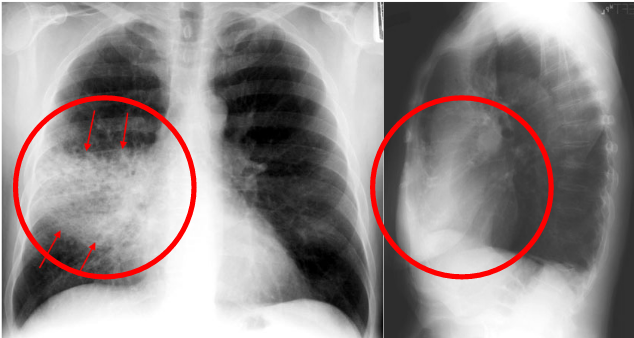
- pneumonialungs.png
- 634×338
- 2018/01/25 15:19
- 203 KB
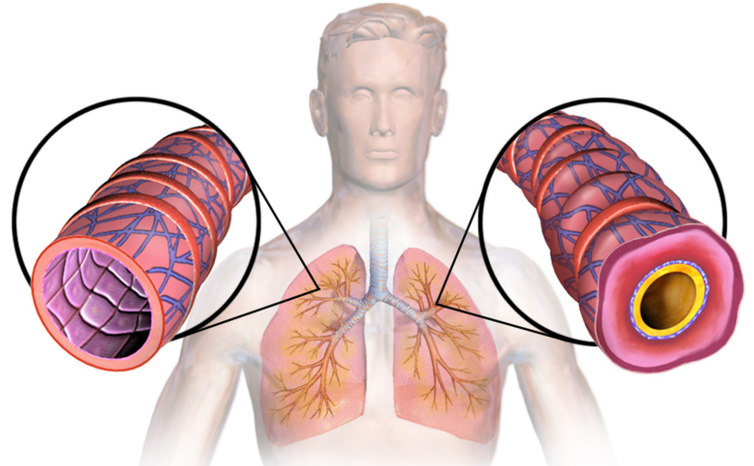
- po.png
- 754×466
- 2018/01/25 15:19
- 504.8 KB

- post_surgery.jpg
- 286×229
- 2018/01/25 15:19
- 17 KB

- postpartum-depression.jpg
- 1200×630
- 2018/03/01 13:16
- 56.1 KB

- postpartum_depression.pptx
- 2018/03/02 15:57
- 2.8 MB

- posttraumaticstressdisorder.jpg
- 810×486
- 2018/01/25 15:19
- 276.4 KB

- powerpoint-anorexia-1-728.jpg
- 728×546
- 2018/03/29 22:41
- 88.5 KB
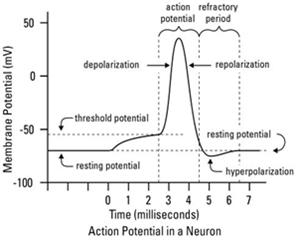
- pp1.png
- 294×239
- 2018/01/25 15:19
- 18.2 KB

- pp2.png
- 772×472
- 2018/01/25 15:19
- 472.5 KB

- pre-thalamic.png
- 788×666
- 2018/01/25 15:19
- 548.4 KB
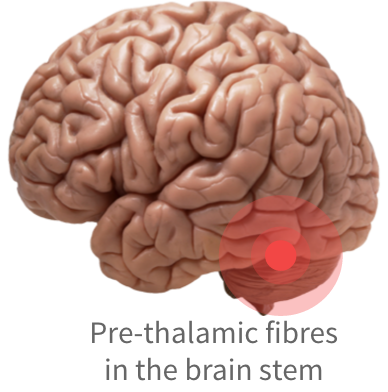
- pre-thalmic_fibres.png
- 388×392
- 2018/01/25 15:19
- 179.3 KB
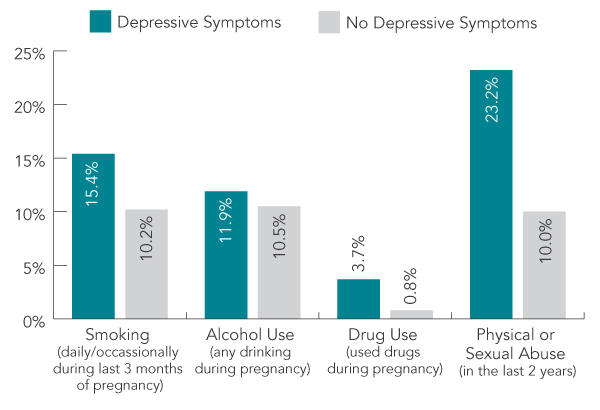
- pregnancy-mental-health-grossesse-sante-mentale-fig1-eng.jpg
- 600×410
- 2018/02/24 17:18
- 62 KB
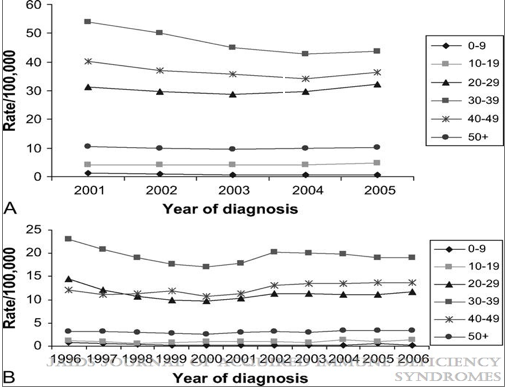
- pres_2_picture.png
- 506×389
- 2018/01/25 15:19
- 108.6 KB

- presentation_1-_gmos.pdf
- 2018/01/25 15:19
- 5.4 MB

- presentation_1_-4m03.pptx
- 2018/01/25 15:19
- 4.7 MB

- presentation_1_group_3_epilepsy_cae_.pptx
- 2018/01/25 15:19
- 6.8 MB

- presentation_1_migraines.pdf
- 2018/02/15 15:31
- 1.3 MB

- presentation_2_-_front_slide.png
- 2250×1688
- 2019/03/08 11:44
- 655.5 KB

- presentation_2_front_slide.png
- 2250×1688
- 2019/03/08 11:51
- 655.9 KB

- presentation_2_love_hate.pdf
- 2018/03/02 12:38
- 4.8 MB
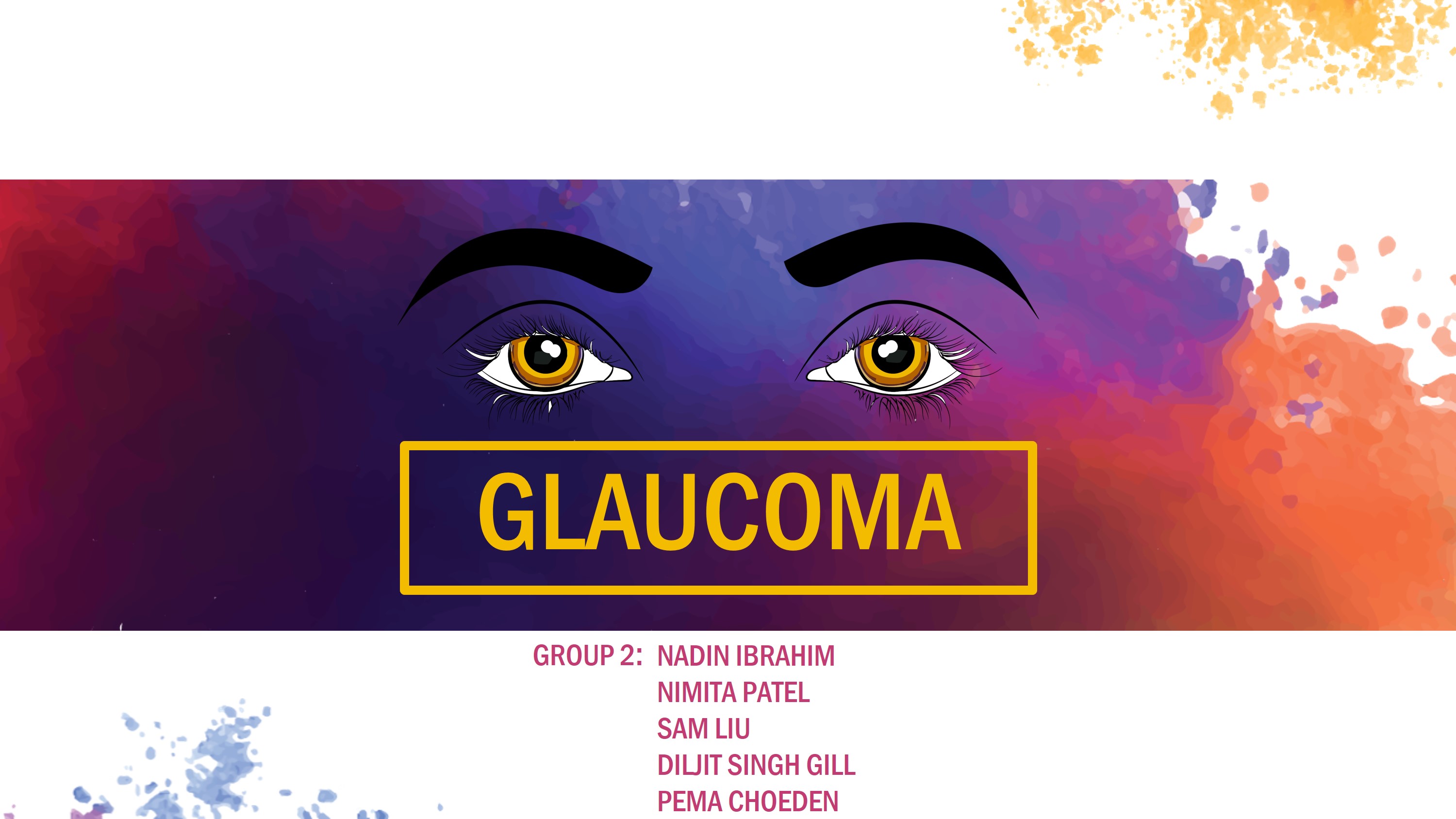
- presentation_3_-title_page.jpg
- 3000×1688
- 2019/04/05 16:36
- 344.6 KB
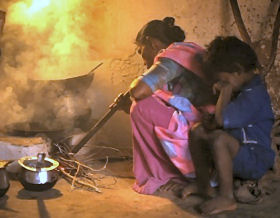
- presentation_3_cooking.jpg
- 280×218
- 2018/01/25 15:19
- 16.2 KB

- presentation_3_mechanic.jpg
- 500×333
- 2018/01/25 15:19
- 105.3 KB
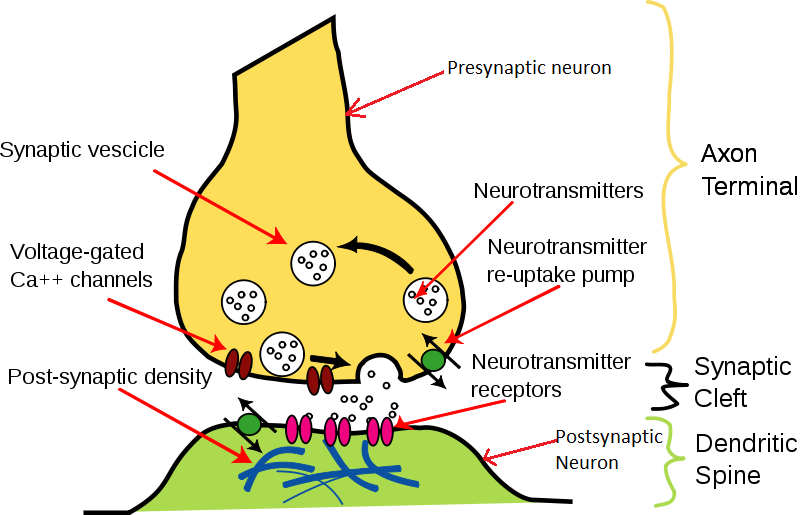
- presynaptic.png
- 800×515
- 2020/01/29 09:44
- 97.8 KB
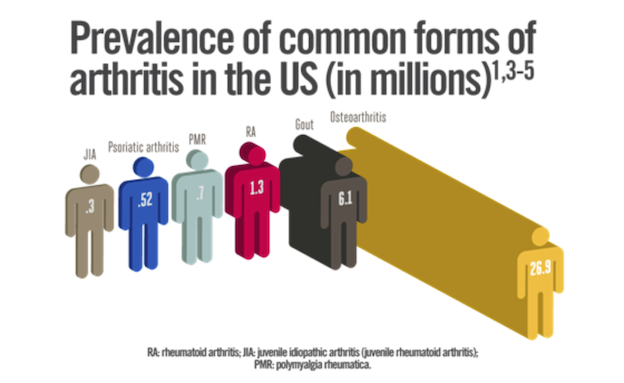
- prev.png
- 624×383
- 2018/01/25 15:19
- 101.3 KB
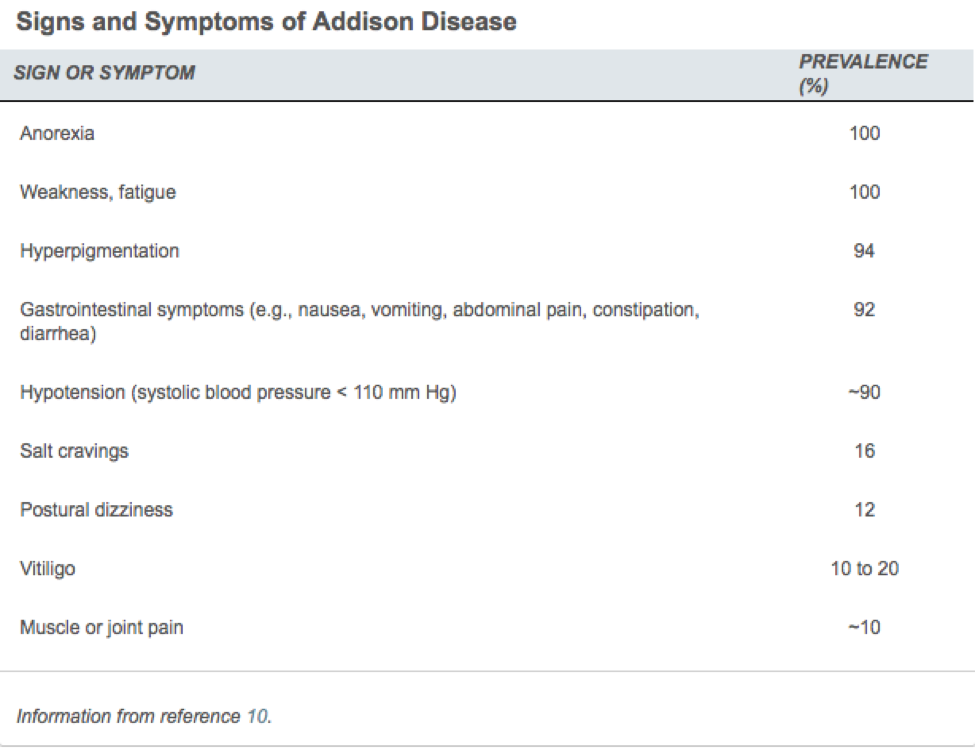
- prev1.png
- 975×750
- 2018/01/25 15:19
- 152.7 KB
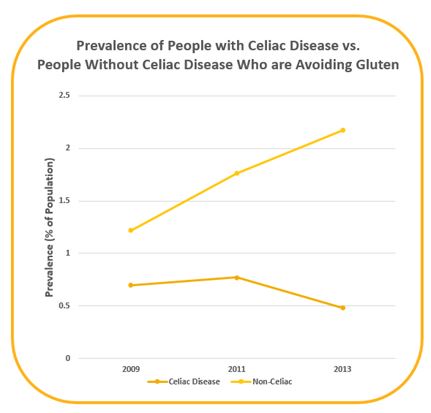
- prevalance_of_celiac.jpg
- 431×413
- 2018/01/25 15:19
- 26.1 KB
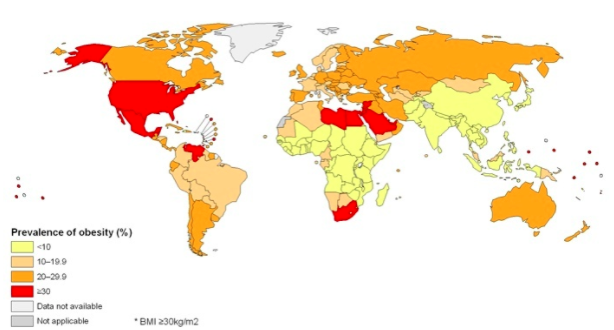
- prevalence.png
- 614×330
- 2018/02/01 17:41
- 180.9 KB
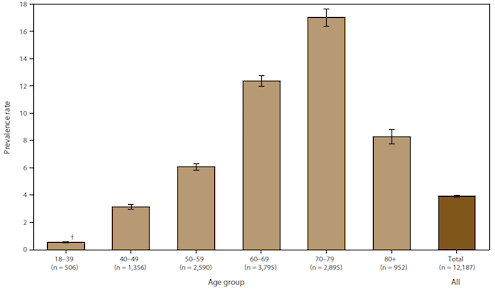
- prevalence_of_als.gif
- 495×289
- 2018/01/25 15:19
- 13.6 KB

- primary-secondary-adrenal-insufficiency.jpg
- 520×299
- 2018/01/25 15:19
- 29 KB
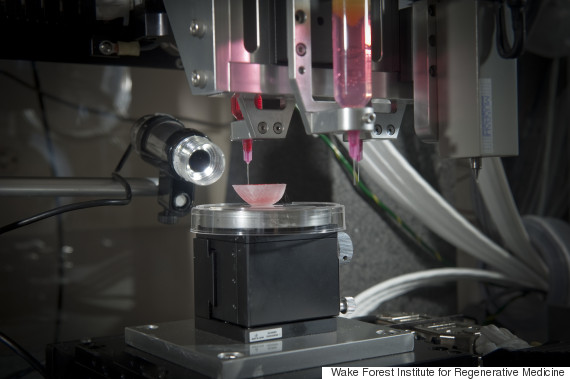
- printing_away.jpg
- 570×379
- 2018/01/25 15:19
- 48.1 KB
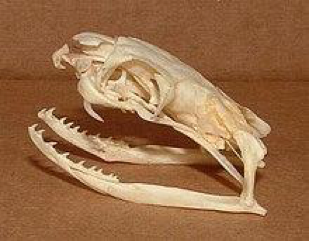
- pro.png
- 309×241
- 2018/01/25 15:19
- 144.5 KB
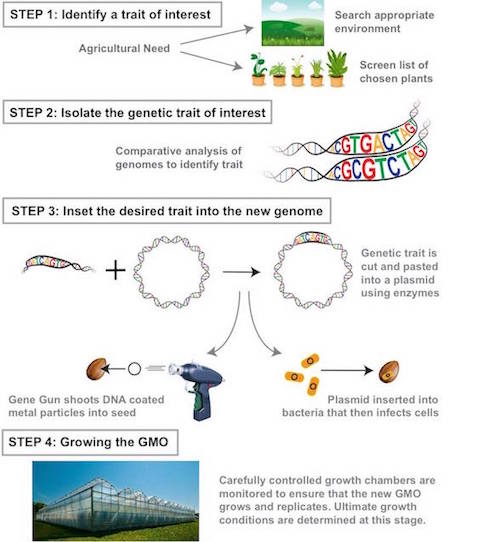
- procedure_to_make_a_gm_plant.jpeg
- 482×542
- 2018/01/25 15:19
- 45 KB
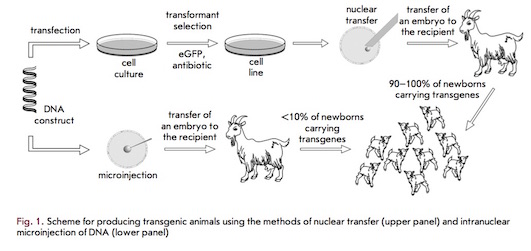
- producing_transgenic_animals.jpg
- 531×251
- 2018/01/25 15:19
- 39.7 KB

- projected_yields_of_insect-resistant_genetically_modified_crops.png
- 531×157
- 2018/01/25 15:19
- 80.5 KB

- projected_yields_of_insect-resistant_genetically_modified_crops_based_on_field-trials_in_india.png
- 645×191
- 2018/01/25 15:19
- 90.9 KB

- projected_yields_of_insect-resistant_gm_crops.png
- 472×140
- 2018/01/25 15:19
- 67.5 KB
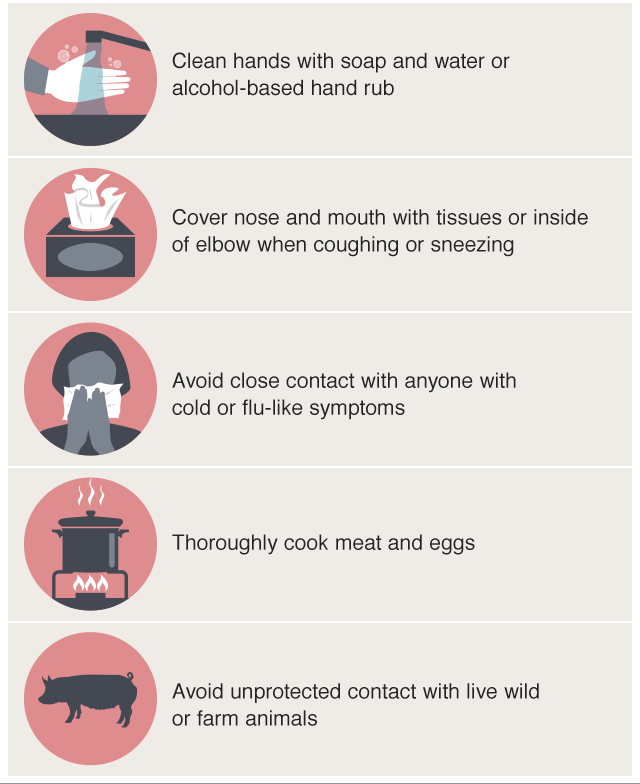
- protection_measures.png
- 640×784
- 2020/02/28 23:08
- 79.4 KB
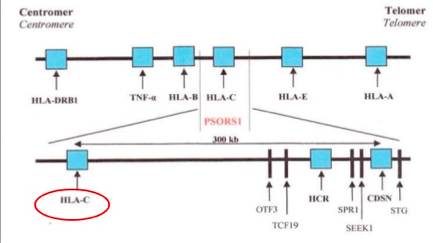
- psor_eti_.png
- 433×243
- 2018/01/25 15:19
- 96.9 KB
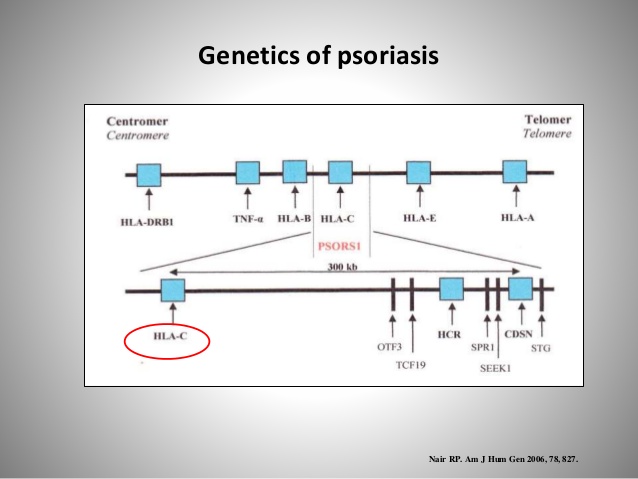
- psoriasis-7-638.jpg
- 638×479
- 2018/01/25 15:19
- 45.2 KB

- psoriasis_slides.pdf
- 2018/01/25 15:19
- 1.8 MB

- pst.jpg
- 520×299
- 2018/01/25 15:19
- 29 KB

- psychopaths.jpg
- 660×440
- 2018/03/30 19:34
- 287.8 KB

- ptsd-cloud.jpg
- 531×392
- 2018/01/25 15:19
- 77.4 KB
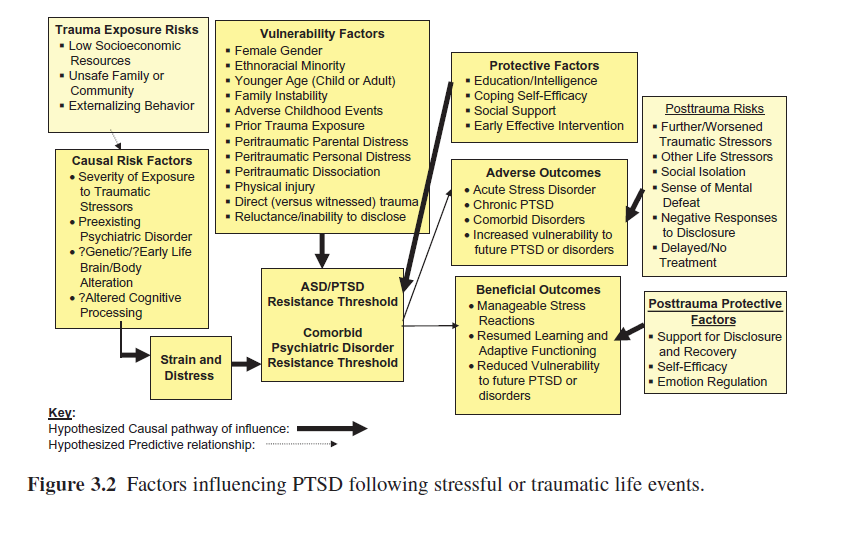
- ptsd-melanie.png
- 853×560
- 2018/01/25 15:19
- 134 KB

- ptsd.jpg
- 756×620
- 2018/01/25 15:19
- 50.2 KB

- ptsd.png
- 802×207
- 2018/01/25 15:19
- 34.3 KB

- ptsd_association_of_canada.jpeg
- 138×101
- 2018/01/25 15:19
- 3.1 KB

- ptsd_diagnosis.png
- 1500×1000
- 2020/03/25 00:17
- 52 KB
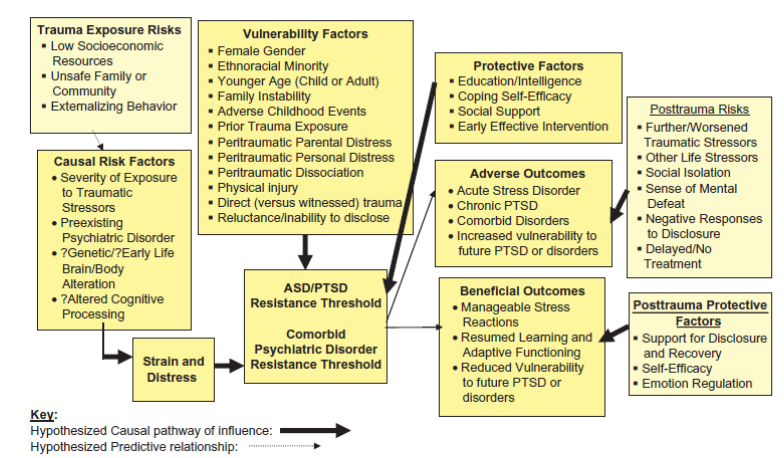
- ptsd_wiki_image_neuroanatomy.png
- 784×458
- 2018/01/25 15:19
- 244.1 KB

- ptsdbrain.png
- 960×699
- 2020/03/25 18:28
- 1.2 MB

- pulmonary_rehab_in_action.png
- 443×297
- 2018/01/25 15:19
- 252.5 KB

- pulmonary_rehabilitation_in_action.png
- 472×317
- 2018/01/25 15:19
- 280.9 KB
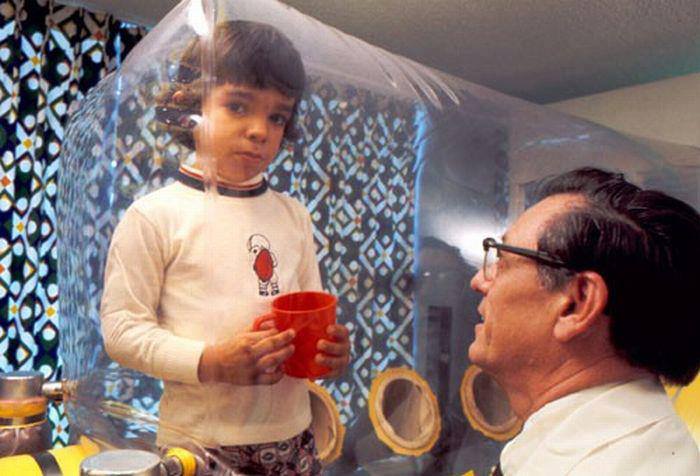
- px1yqo1.jpg
- 700×476
- 2019/04/04 16:10
- 52.1 KB
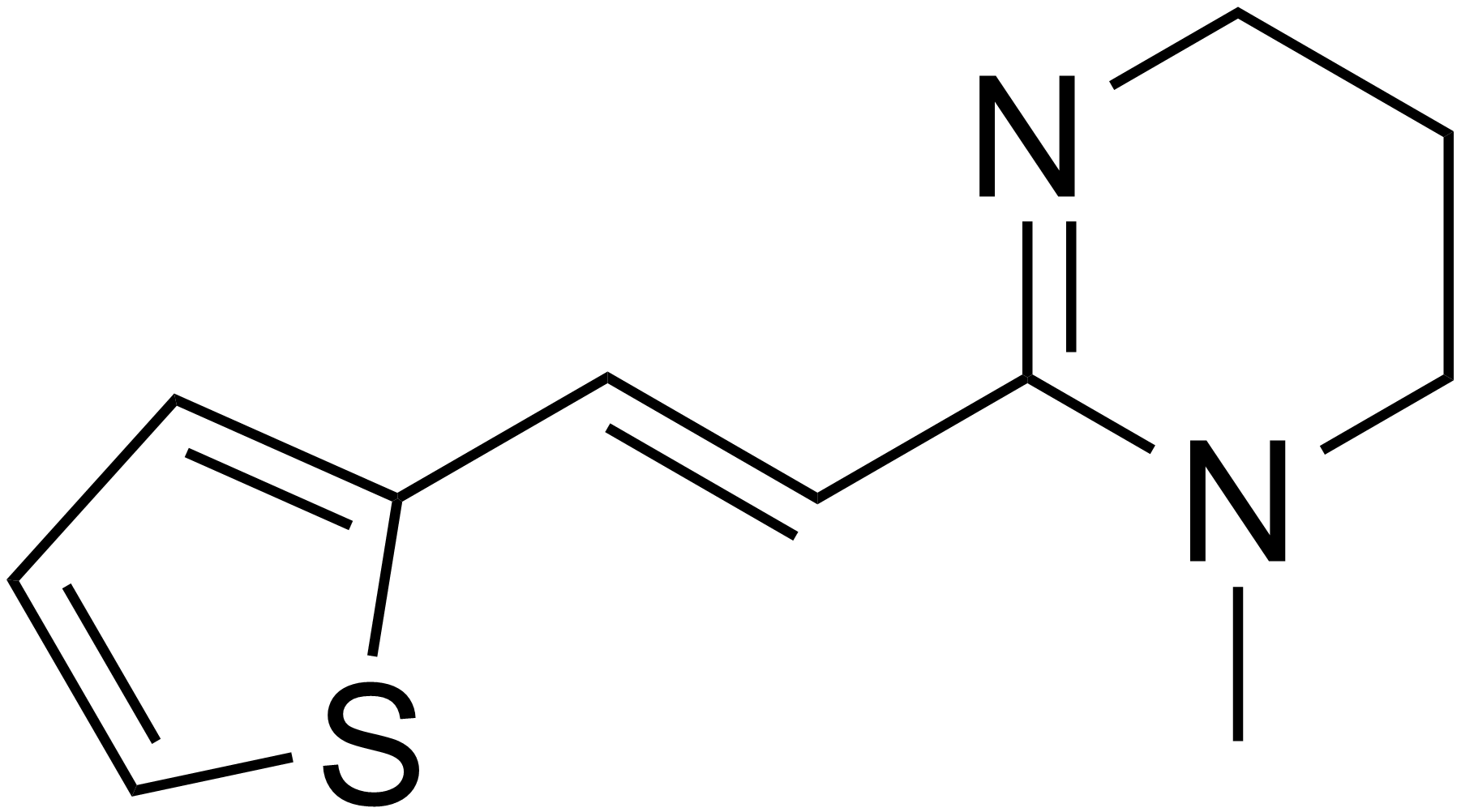
- pyrantel.png
- 1802×1002
- 2020/01/29 20:38
- 19.5 KB
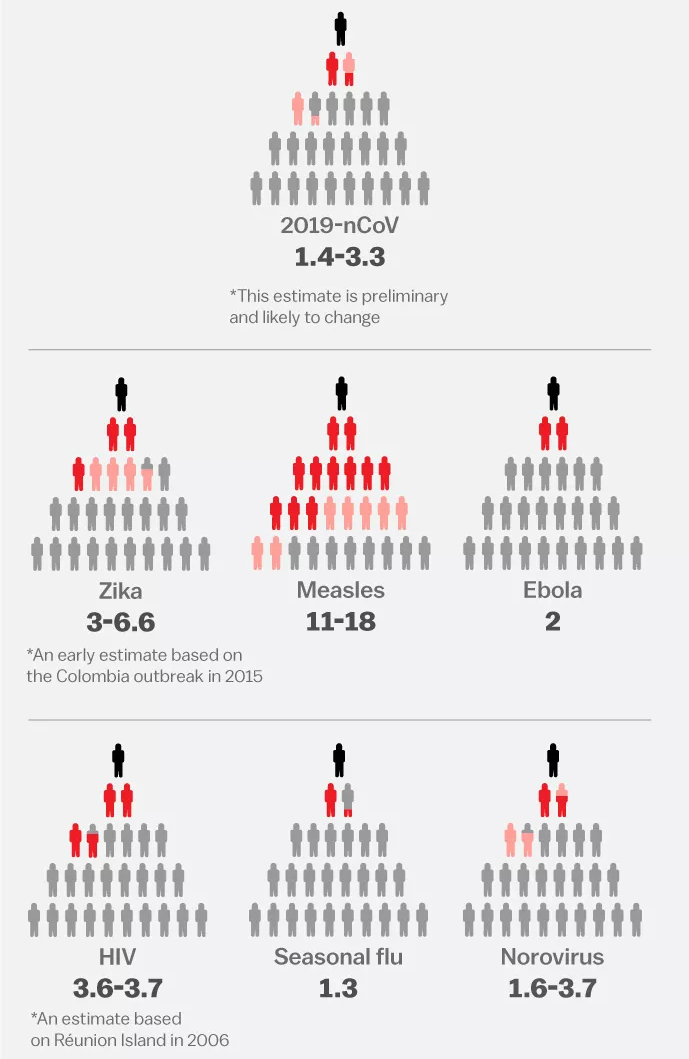
- r0_comparison_1.png
- 689×1059
- 2020/02/28 22:55
- 241.2 KB
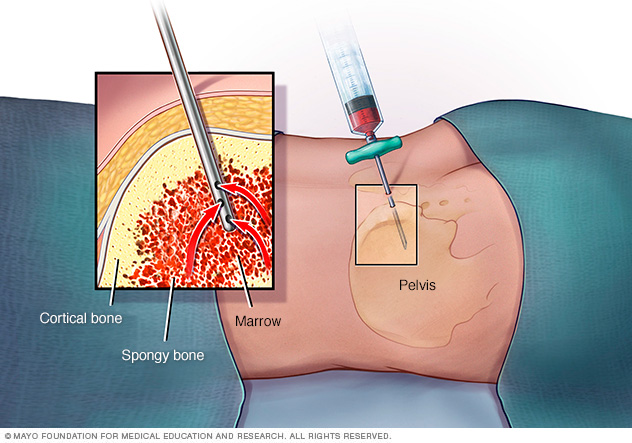
- r7_bonemarrowaspiration.jpg
- 632×443
- 2018/01/25 15:19
- 107.5 KB

- range-of-different-alcoholic-drinks-in-a-row-515791507-57f3c1525f9b586c35a5751c.jpg
- 768×543
- 2018/03/30 16:11
- 30.2 KB

- raspberry_ketone_-_chemical_makeup.jpg
- 400×343
- 2018/01/25 15:19
- 13.2 KB
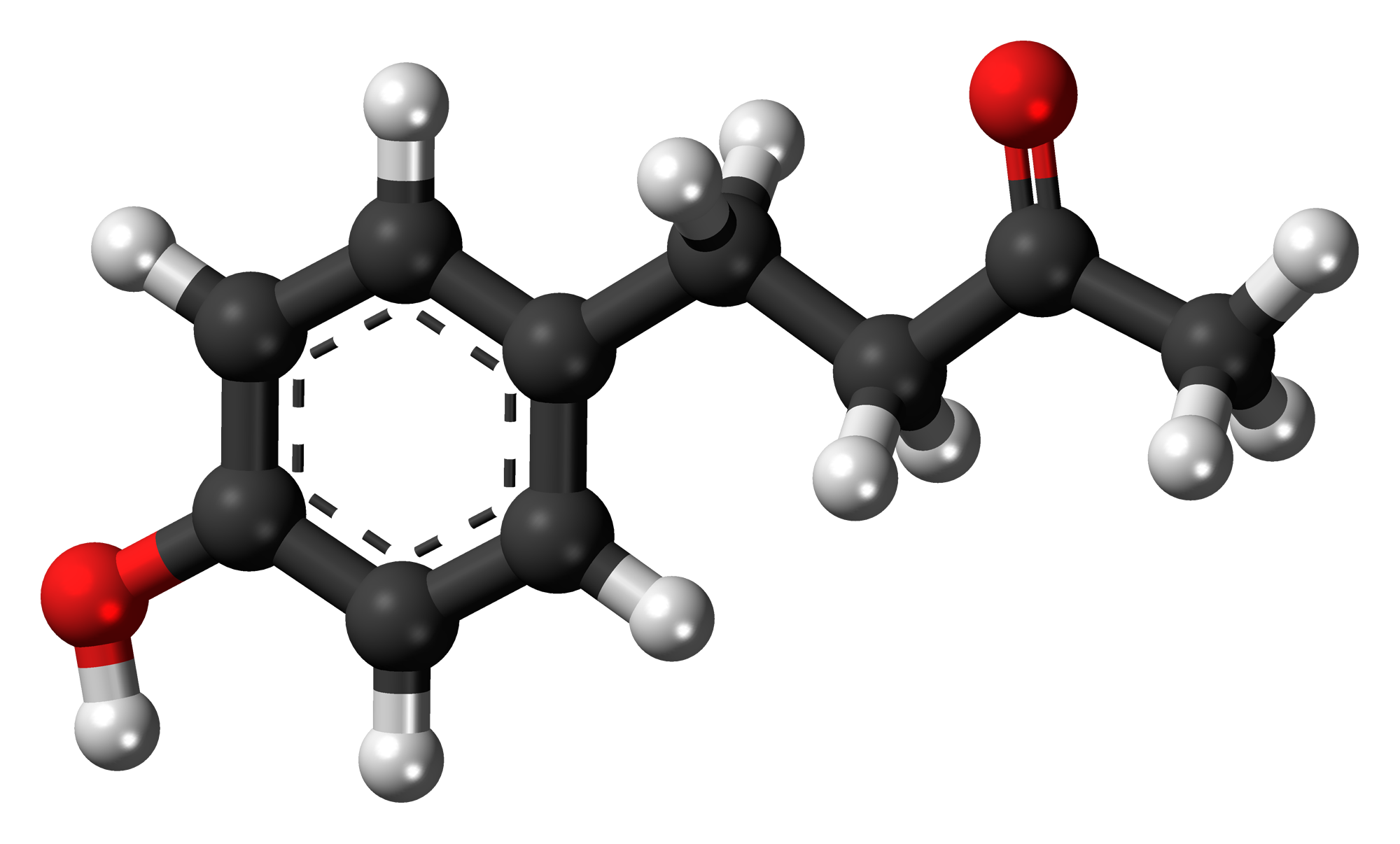
- raspberry_ketone_-_chemical_makeup.png
- 2000×1206
- 2018/01/25 15:19
- 338.7 KB
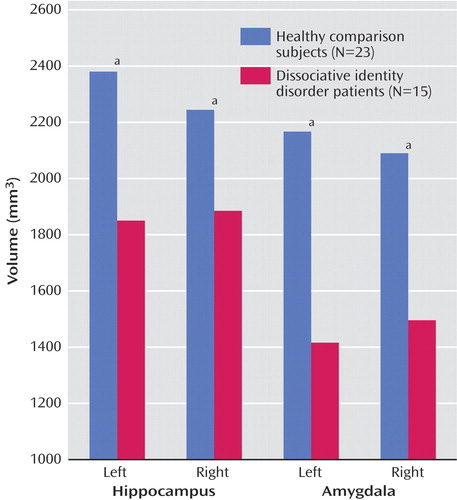
- reduced_hippocampal_amygdalar_volumes.png
- 457×500
- 2018/09/28 21:46
- 194.9 KB

- referral.jpg
- 306×369
- 2018/01/25 15:19
- 52.6 KB
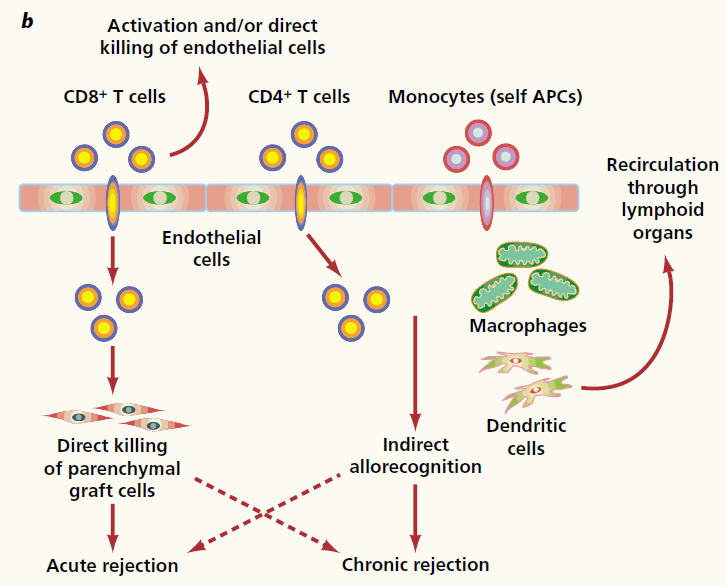
- rejection_mech.png
- 727×586
- 2018/01/25 15:19
- 67 KB

- rem_sleep_large.jpg
- 480×250
- 2018/01/25 15:19
- 12.1 KB
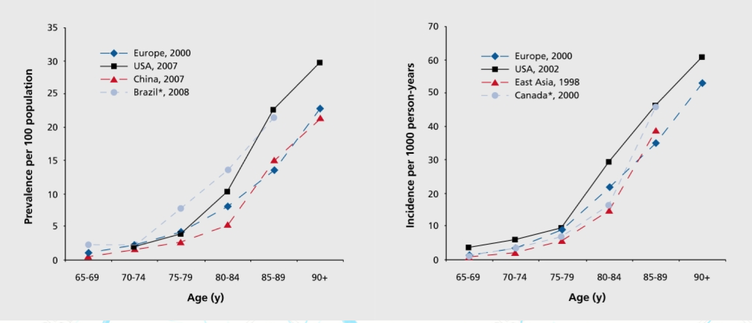
- resized.png
- 752×323
- 2018/01/25 15:19
- 89.4 KB
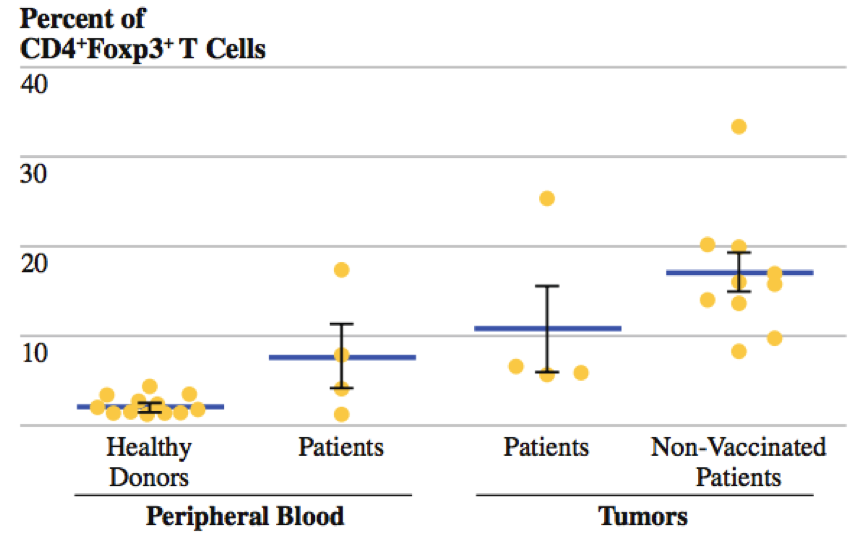
- results_1.png
- 865×544
- 2018/01/25 15:19
- 97.3 KB
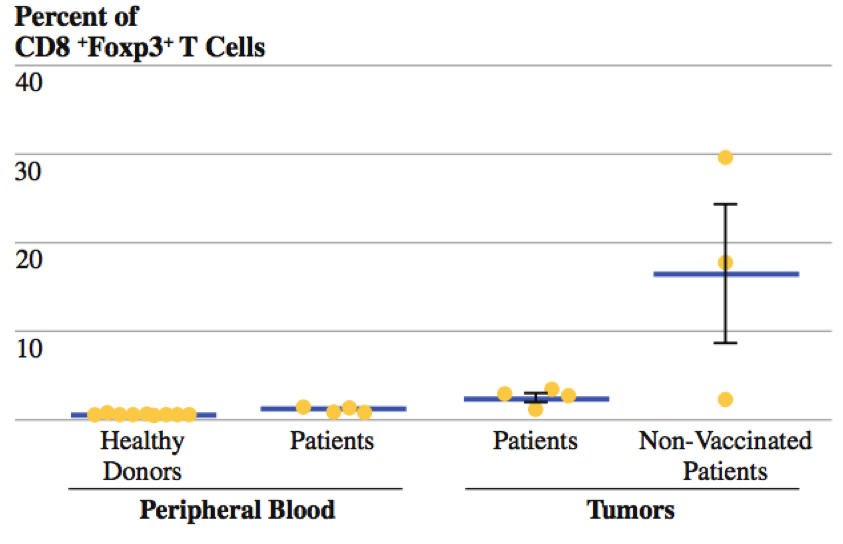
- results_2.png
- 843×544
- 2018/01/25 15:19
- 83.4 KB

- rg-3-knee-4_3.jpg
- 534×401
- 2018/01/25 15:19
- 43.5 KB
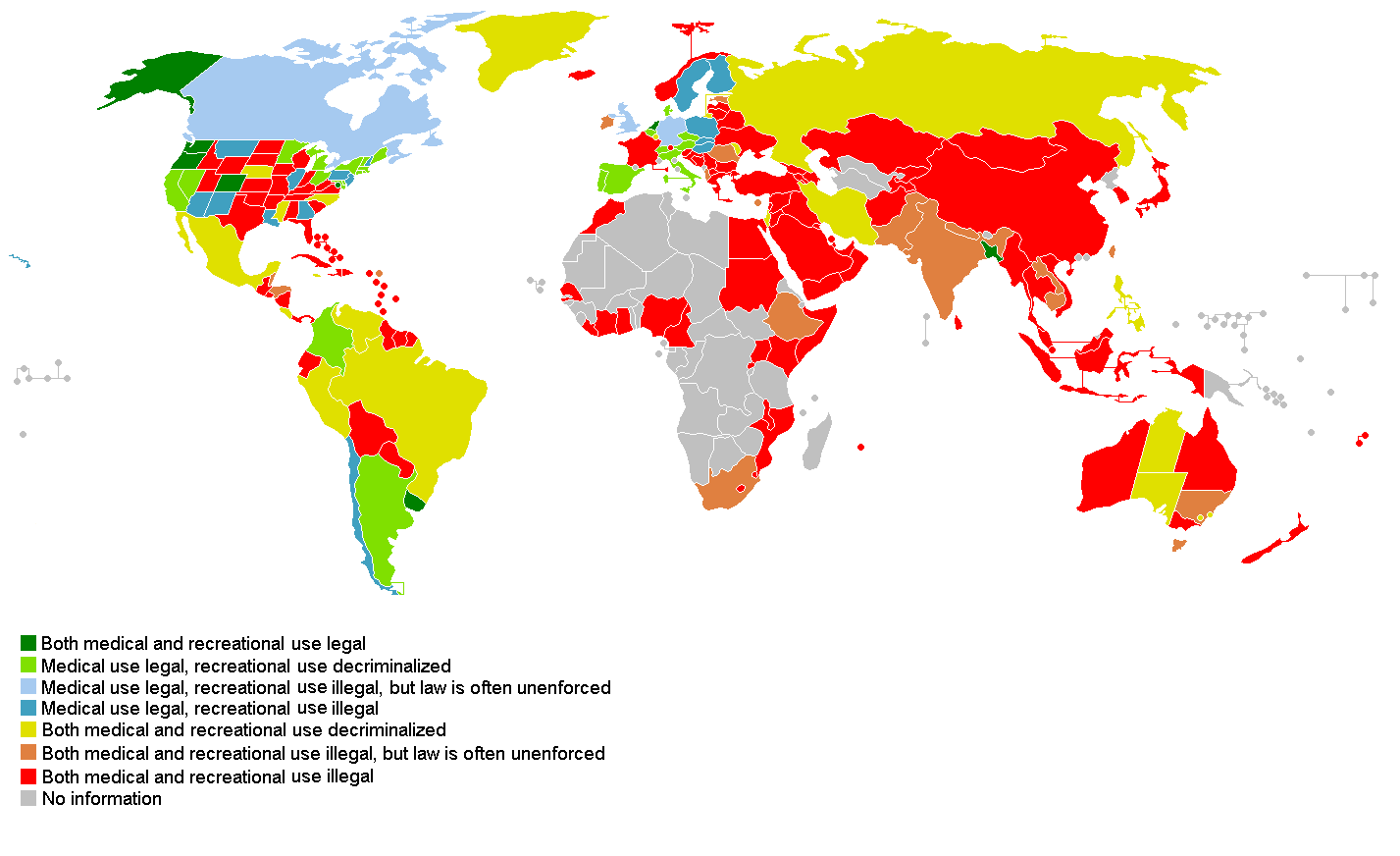
- rgn4frx.png
- 1427×872
- 2018/11/30 20:26
- 52.1 KB

- riluzole_chemical_structure_.png
- 200×75
- 2018/01/25 15:19
- 3.1 KB

- risk.png
- 1246×832
- 2020/03/25 00:24
- 363.6 KB
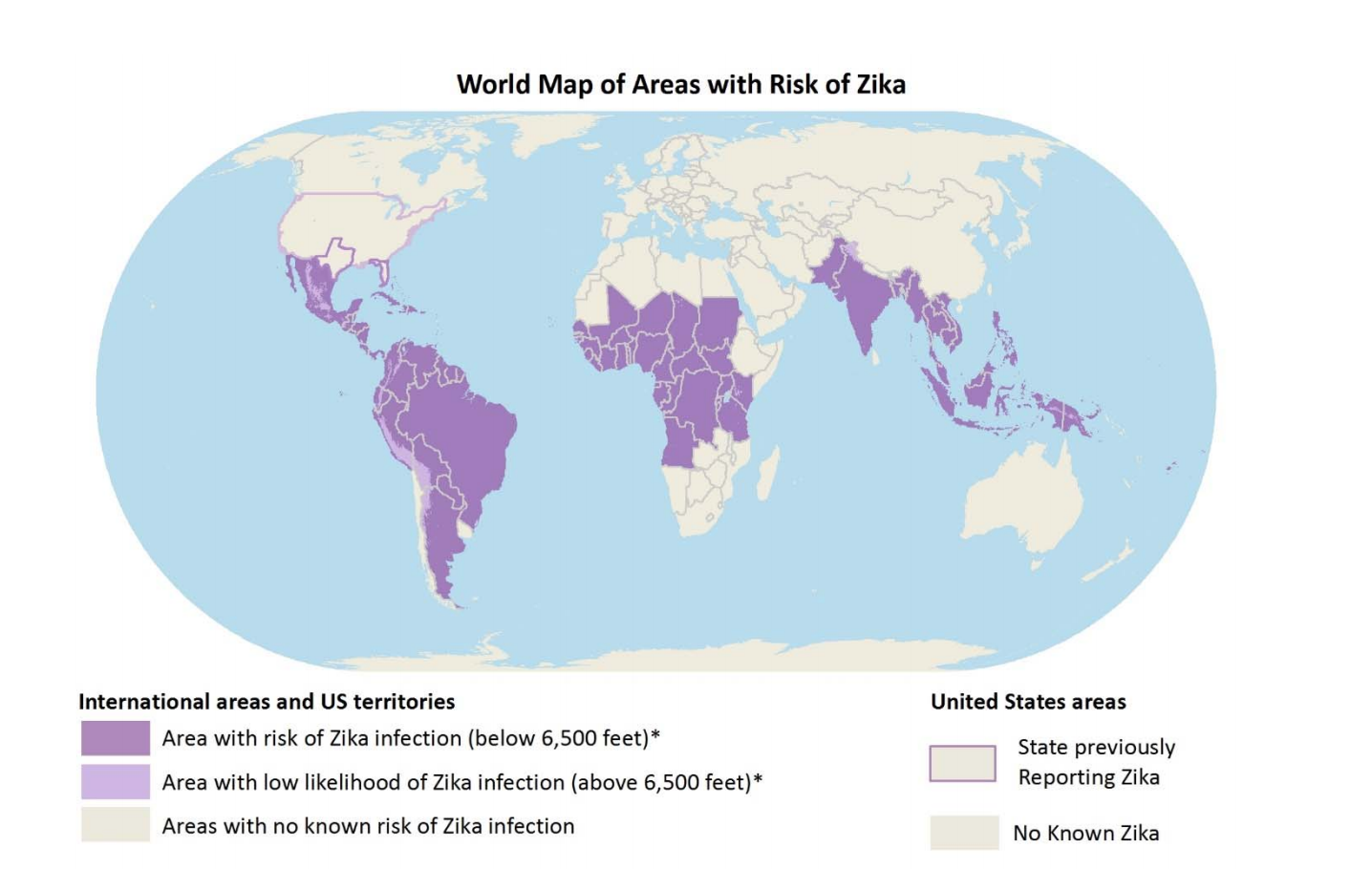
- risk_areas_.png
- 1436×910
- 2018/01/31 12:33
- 774.4 KB
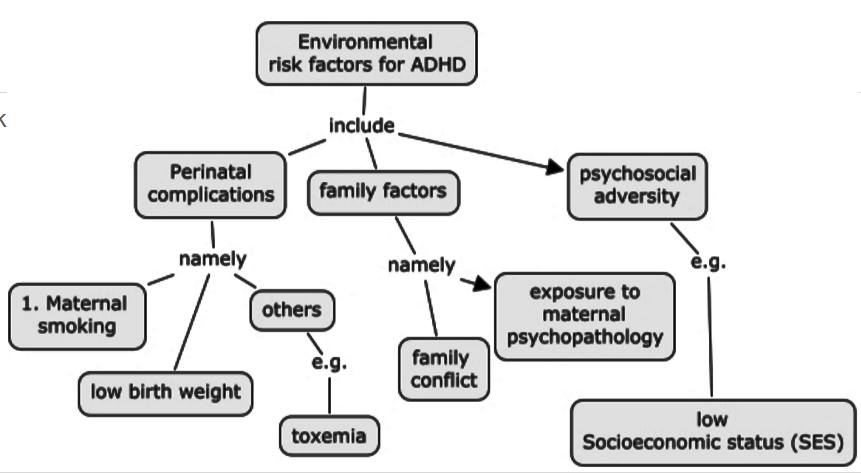
- risk_factors.jpg
- 861×473
- 2018/01/25 15:19
- 34.8 KB
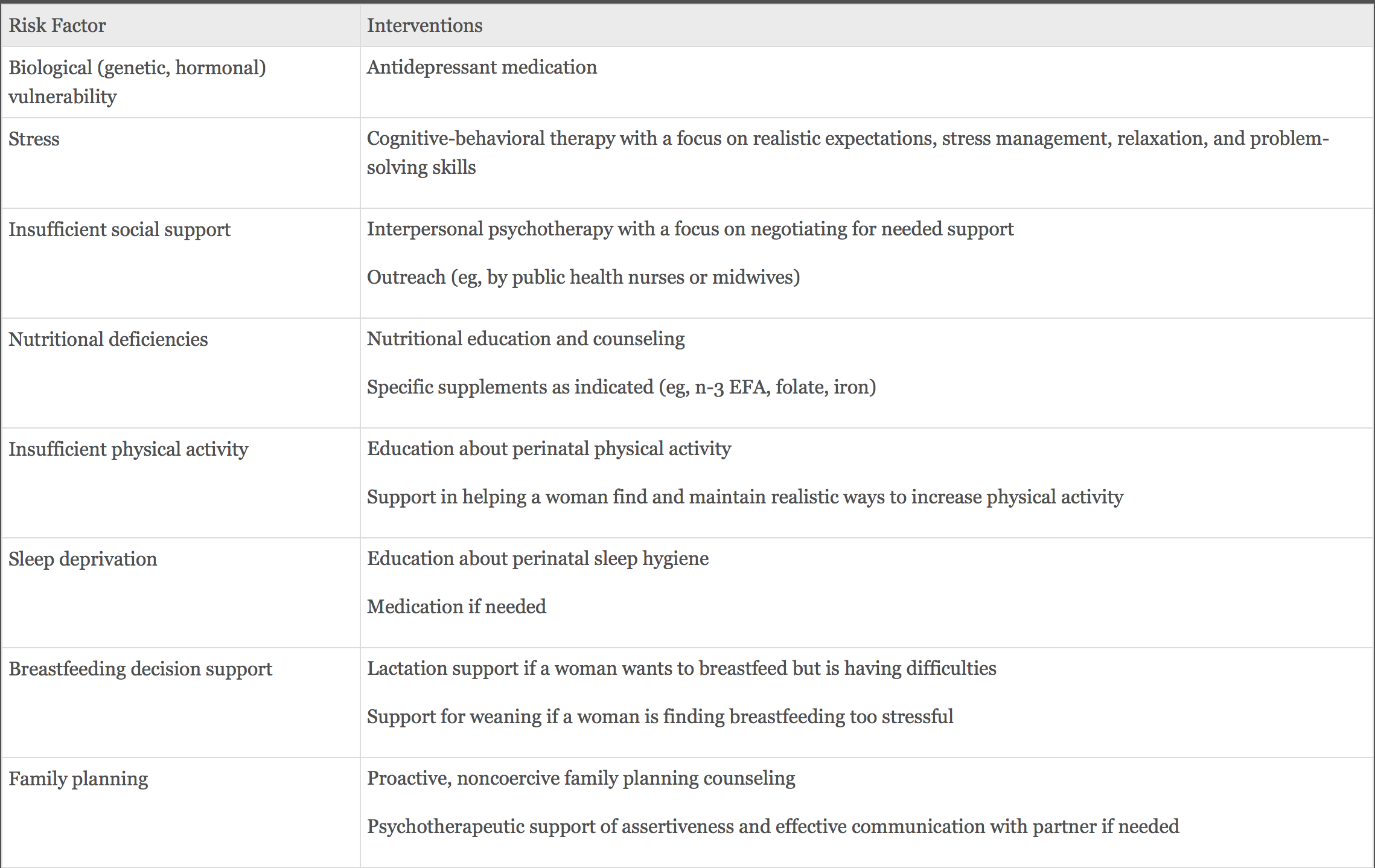
- risk_factors.png
- 2278×1438
- 2018/03/02 21:15
- 317.6 KB

- ritalin.jpg
- 405×294
- 2018/01/25 15:19
- 57.1 KB
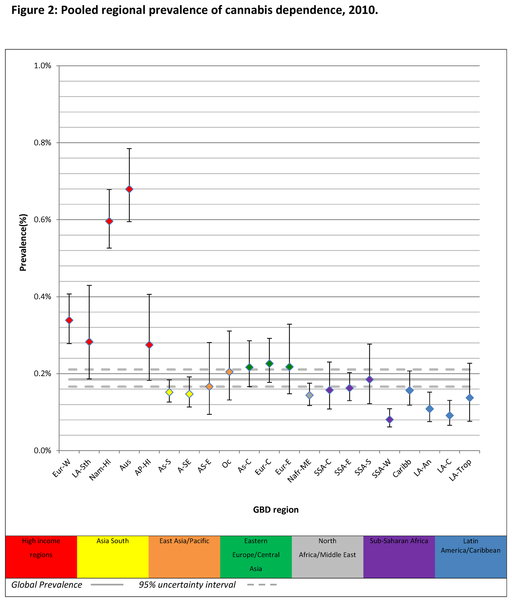
- rsz_1journalpone0076635g002.png
- 512×602
- 2018/01/25 15:19
- 62 KB

- rsz_1marijuana.png
- 750×433
- 2018/01/25 15:19
- 365.1 KB
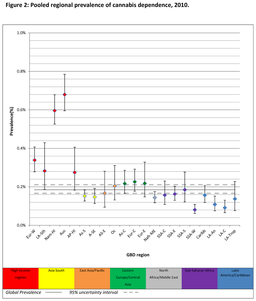
- rsz_1rsz_journalpone0076635g002.png
- 256×301
- 2018/01/25 15:19
- 27.7 KB
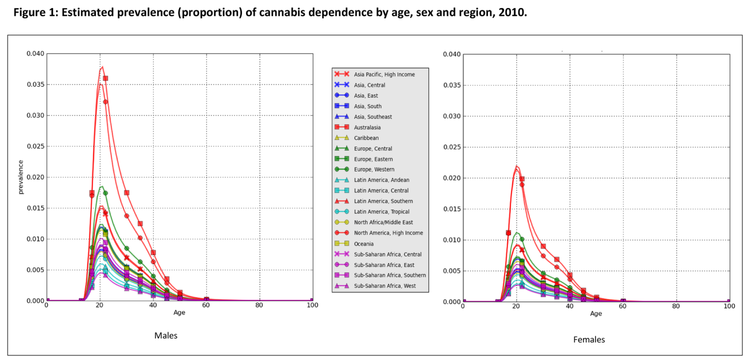
- rsz_1231324reqwf.png
- 750×363
- 2018/01/25 15:19
- 130.4 KB

- rsz_alzh.png
- 800×348
- 2018/01/25 15:19
- 414.6 KB
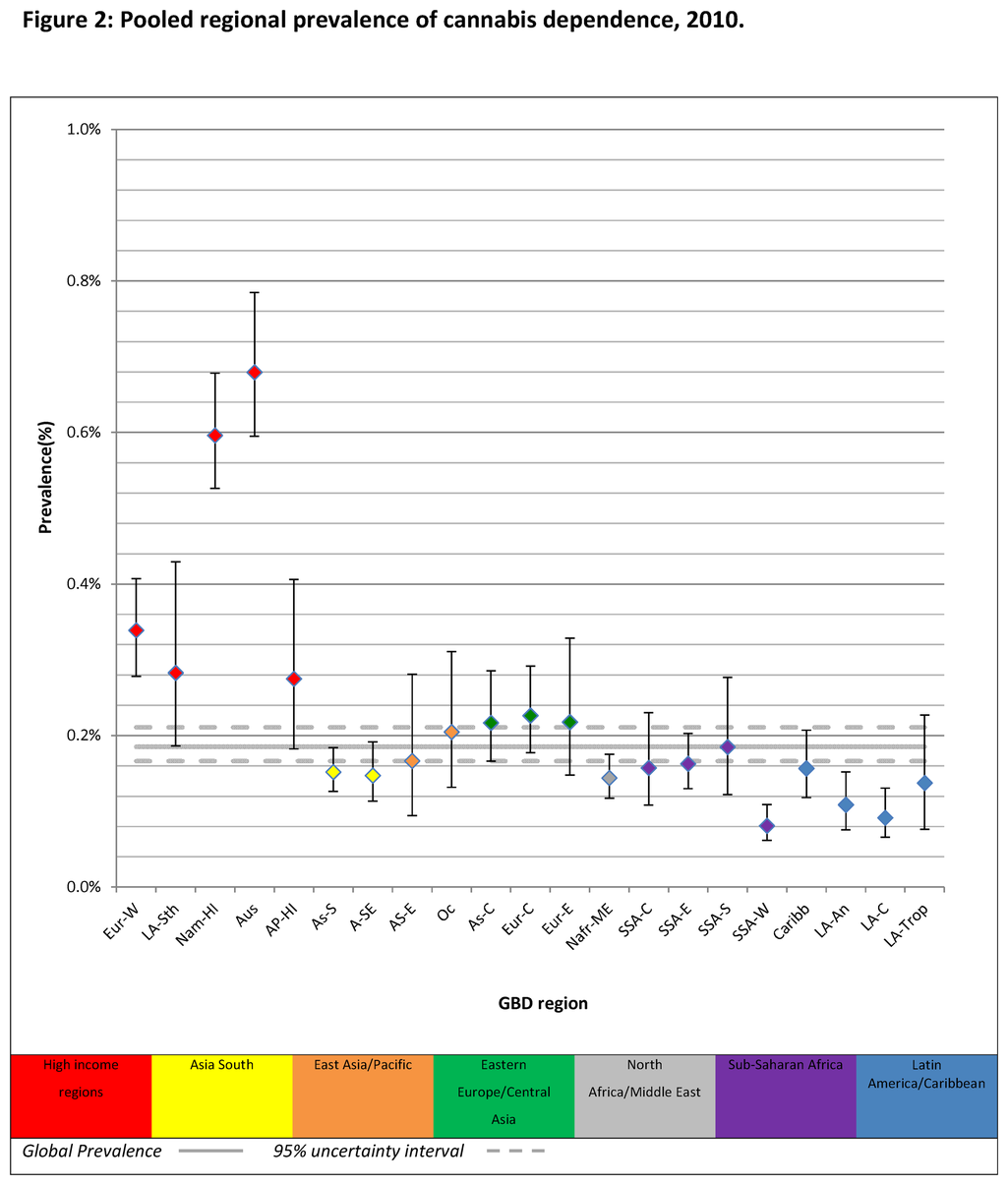
- rsz_journalpone0076635g002.png
- 1025×1205
- 2018/01/25 15:19
- 144.1 KB
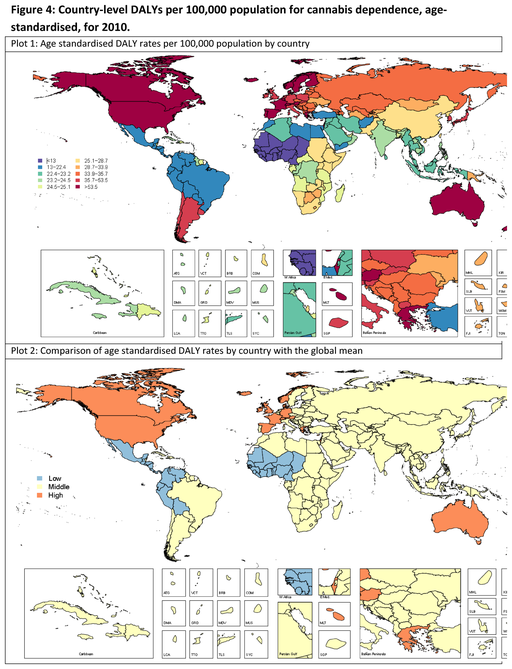
- rsz_journalpone0076635g004.png
- 512×669
- 2018/01/25 15:19
- 265.9 KB

- rsz_marijuana.png
- 375×217
- 2018/01/25 15:19
- 118 KB
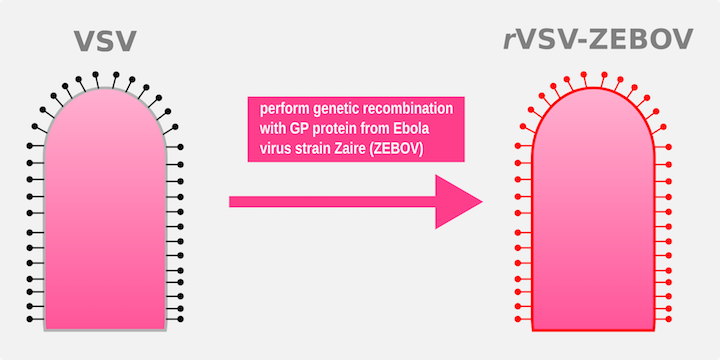
- rvsv.png
- 720×360
- 2018/01/25 15:19
- 73.9 KB
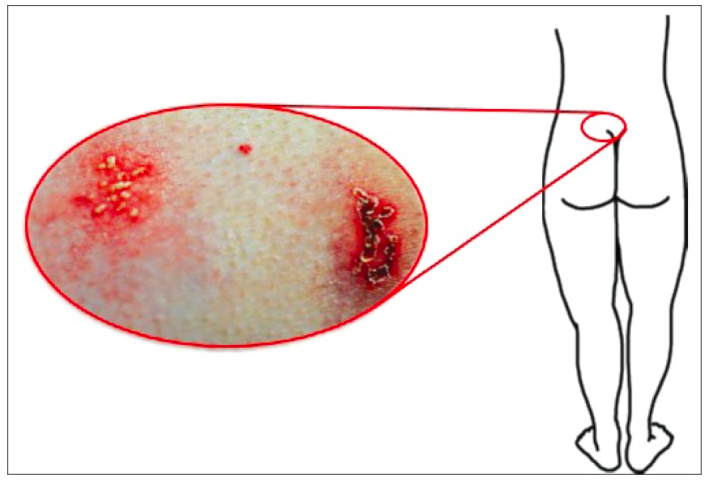
- saacral.png
- 711×482
- 2018/03/29 16:48
- 264 KB
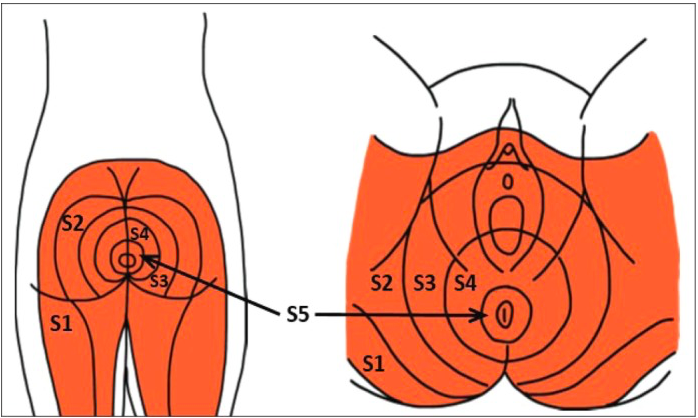
- sacral.png
- 698×418
- 2018/03/29 16:44
- 317.6 KB

- sad-001.png
- 672×1000
- 2018/01/25 15:19
- 336.2 KB
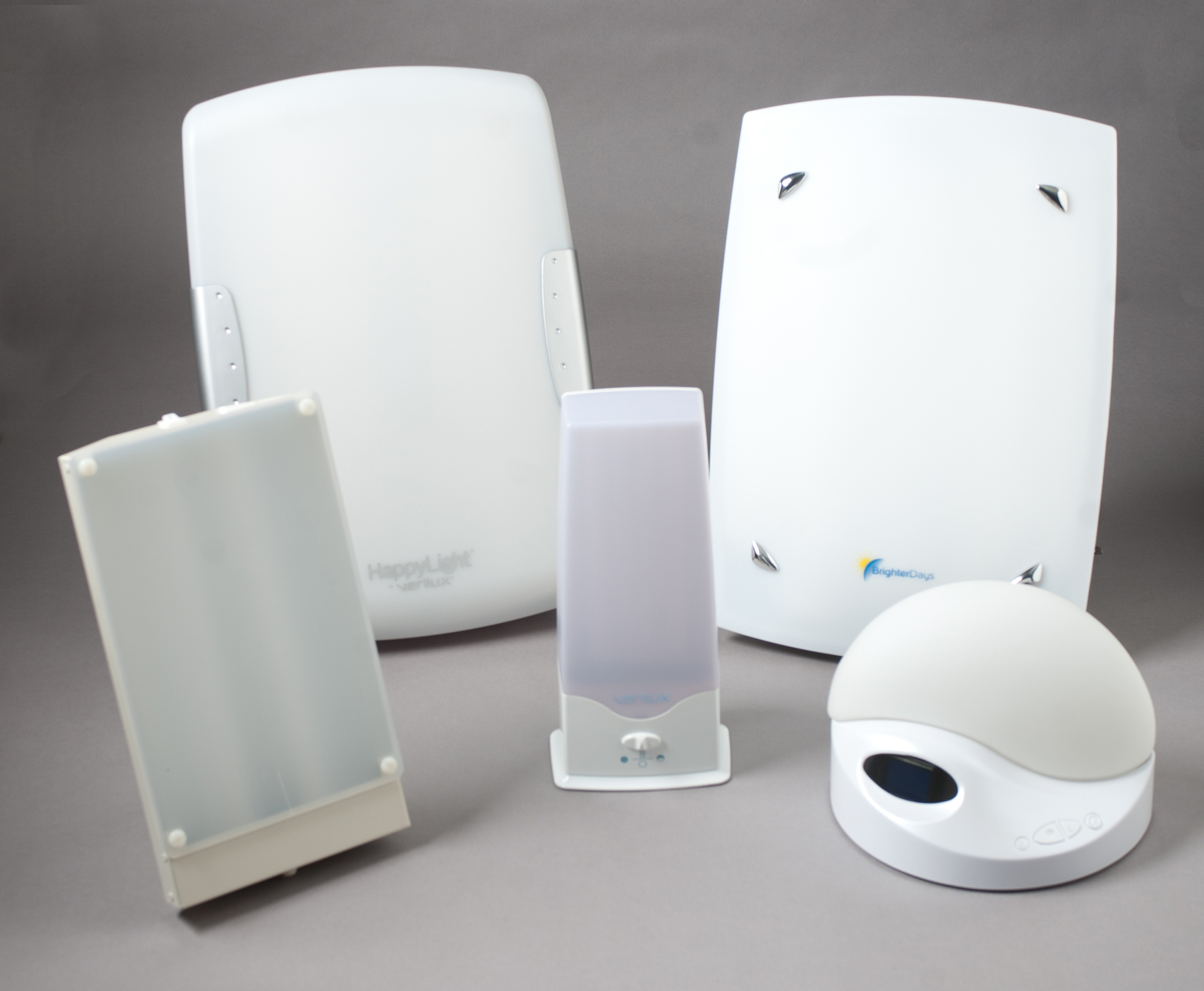
- sad-products.jpg
- 2190×1802
- 2018/01/25 15:19
- 1.3 MB
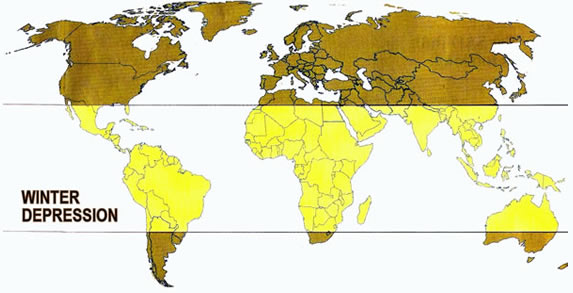
- sad_map.jpg
- 573×293
- 2018/01/25 15:19
- 50.6 KB
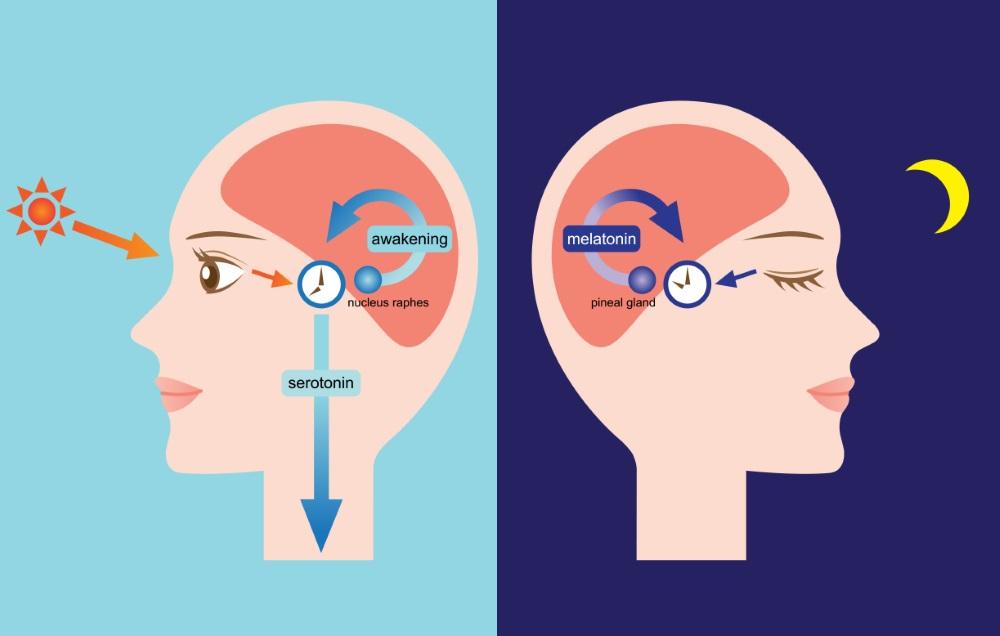
- sadpath1.jpg
- 1000×636
- 2018/01/25 15:19
- 30.4 KB
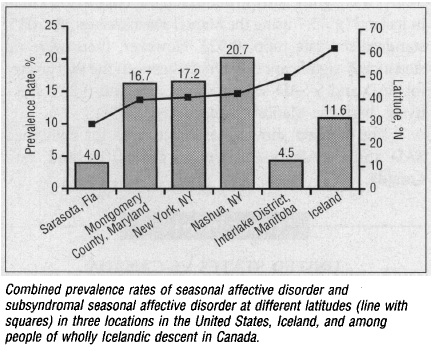
- sadrate.jpg
- 433×352
- 2018/01/25 15:19
- 69.9 KB
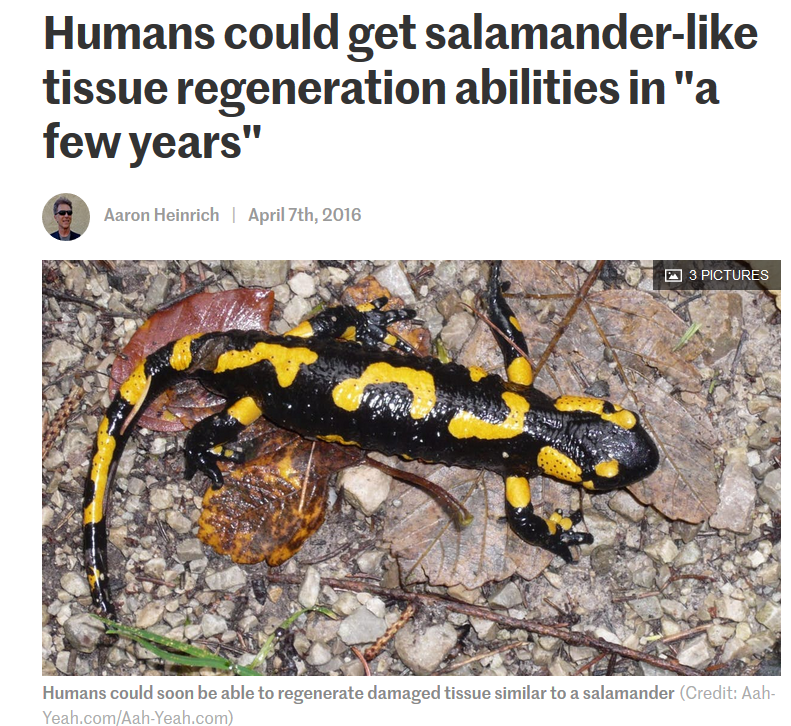
- salamander.png
- 791×726
- 2019/01/31 19:36
- 914.7 KB

- samoa.jpg
- 1024×680
- 2018/03/30 16:39
- 538.5 KB
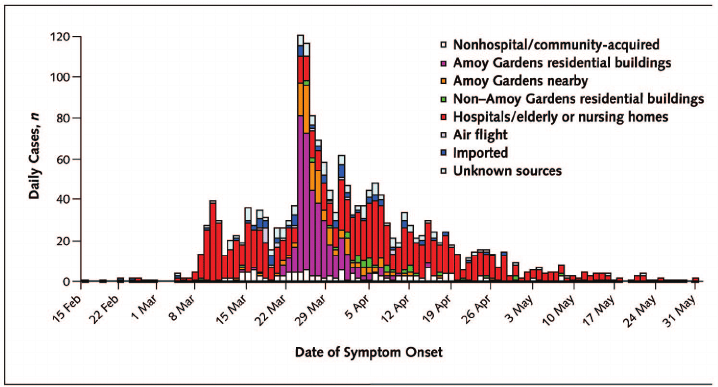
- sars_hk_epidemic_curve.png
- 718×387
- 2020/02/28 23:19
- 71.6 KB

- schizo.png
- 1349×497
- 2018/01/25 15:19
- 437.3 KB
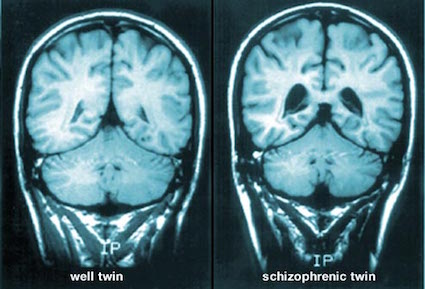
- schizo_.jpg
- 425×289
- 2018/01/25 15:19
- 39.6 KB
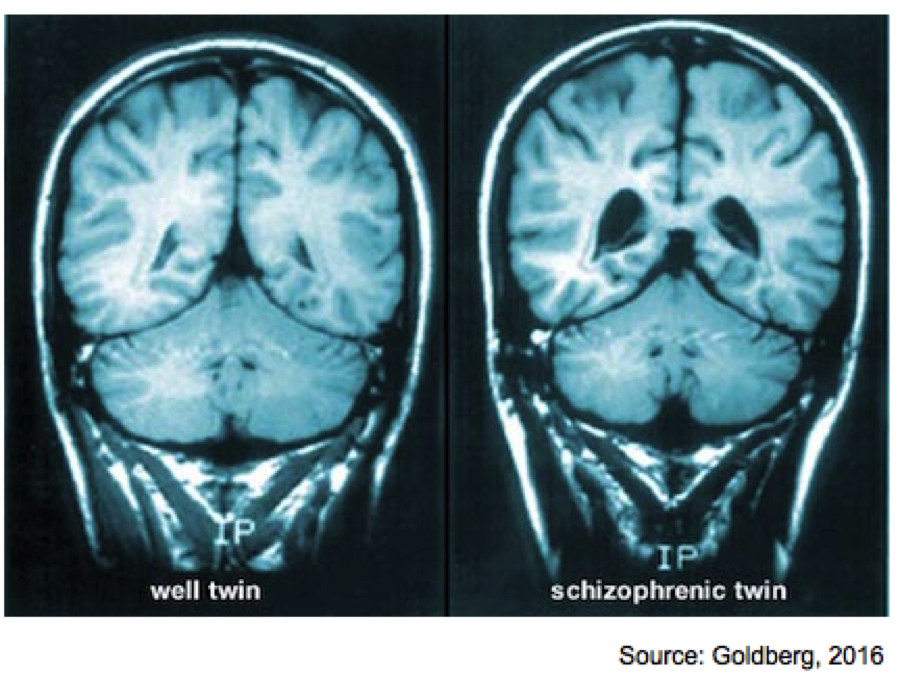
- schizo_with_citation.png
- 900×678
- 2018/01/25 15:19
- 861.6 KB
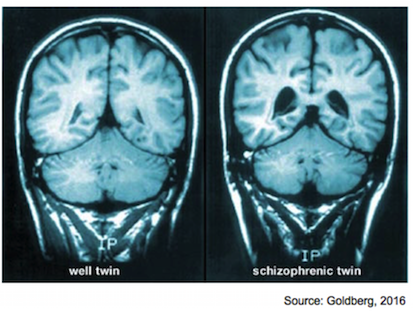
- schizo_with_citationawer.png
- 413×311
- 2018/01/25 15:19
- 251.7 KB

- schizophrenia-938x346.jpg
- 938×346
- 2018/01/25 15:19
- 65.2 KB

- schizophrenia-blah346.jpg
- 709×261
- 2018/01/25 15:19
- 47.9 KB

- schizophrenia.pptx
- 2018/02/02 00:05
- 7.1 MB

- schizoya.png
- 758×278
- 2018/01/25 15:19
- 172.2 KB

- scientists.jpg
- 819×202
- 2018/10/27 20:30
- 44.7 KB
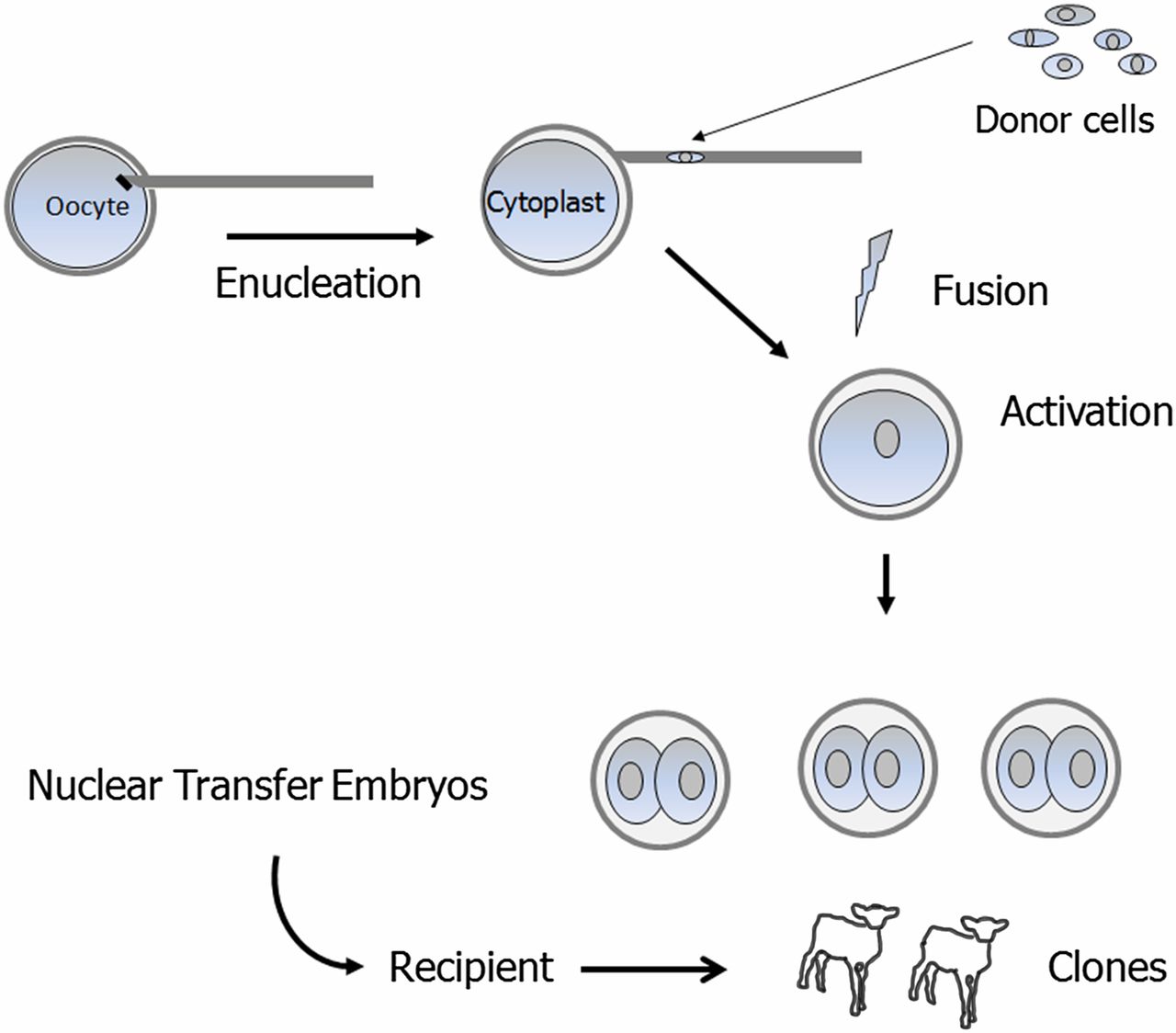
- scnt.jpg
- 1280×1124
- 2020/02/28 19:46
- 79.8 KB
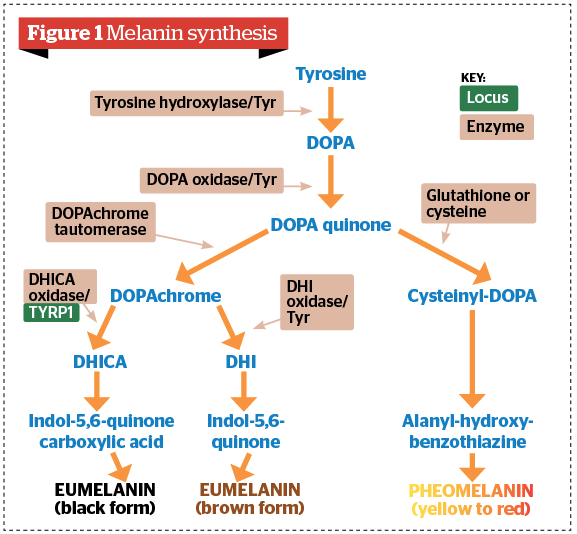
- screen-shot-2018-01-25-at-14.47.24.png
- 577×534
- 2018/11/29 19:50
- 60.6 KB

- screen.shot.2017.01.30.at.1.39.27.pm.jpg
- 295×220
- 2018/01/25 15:19
- 13.1 KB
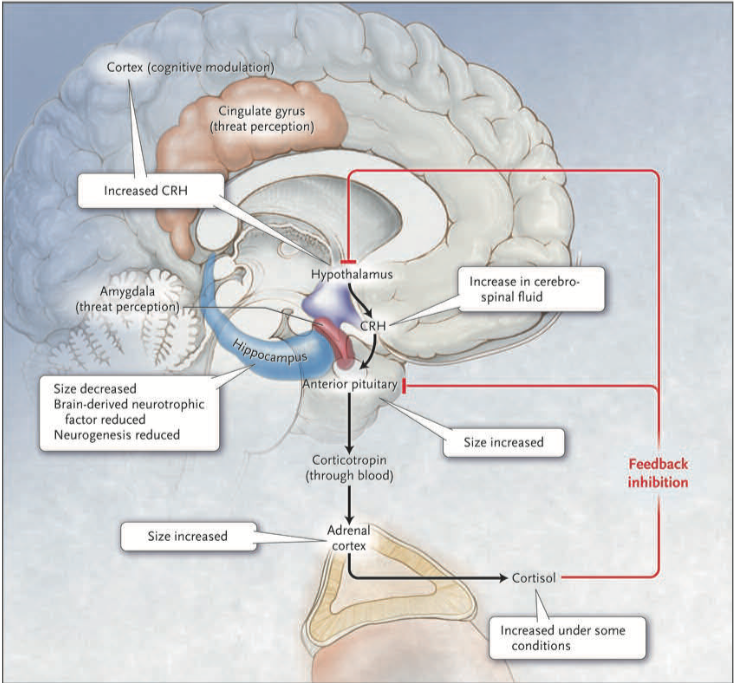
- screen_shot_2016-01-20_at_9.01.10_am.png
- 734×683
- 2018/01/25 15:19
- 701.3 KB
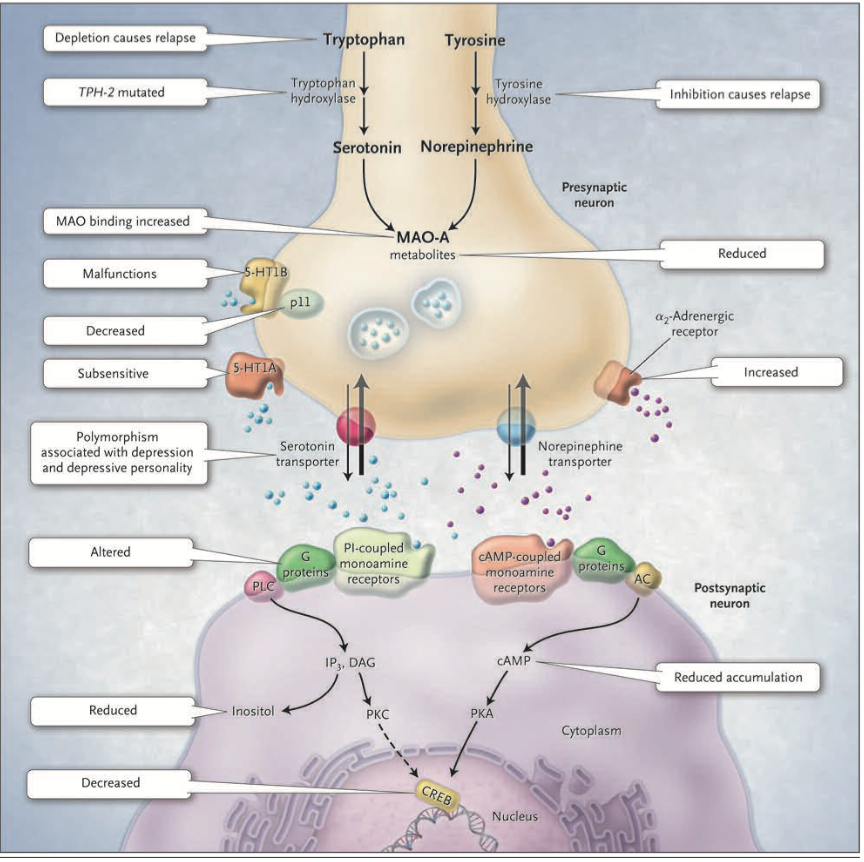
- screen_shot_2016-01-20_at_9.01.40_am.png
- 864×862
- 2018/01/25 15:19
- 880.1 KB
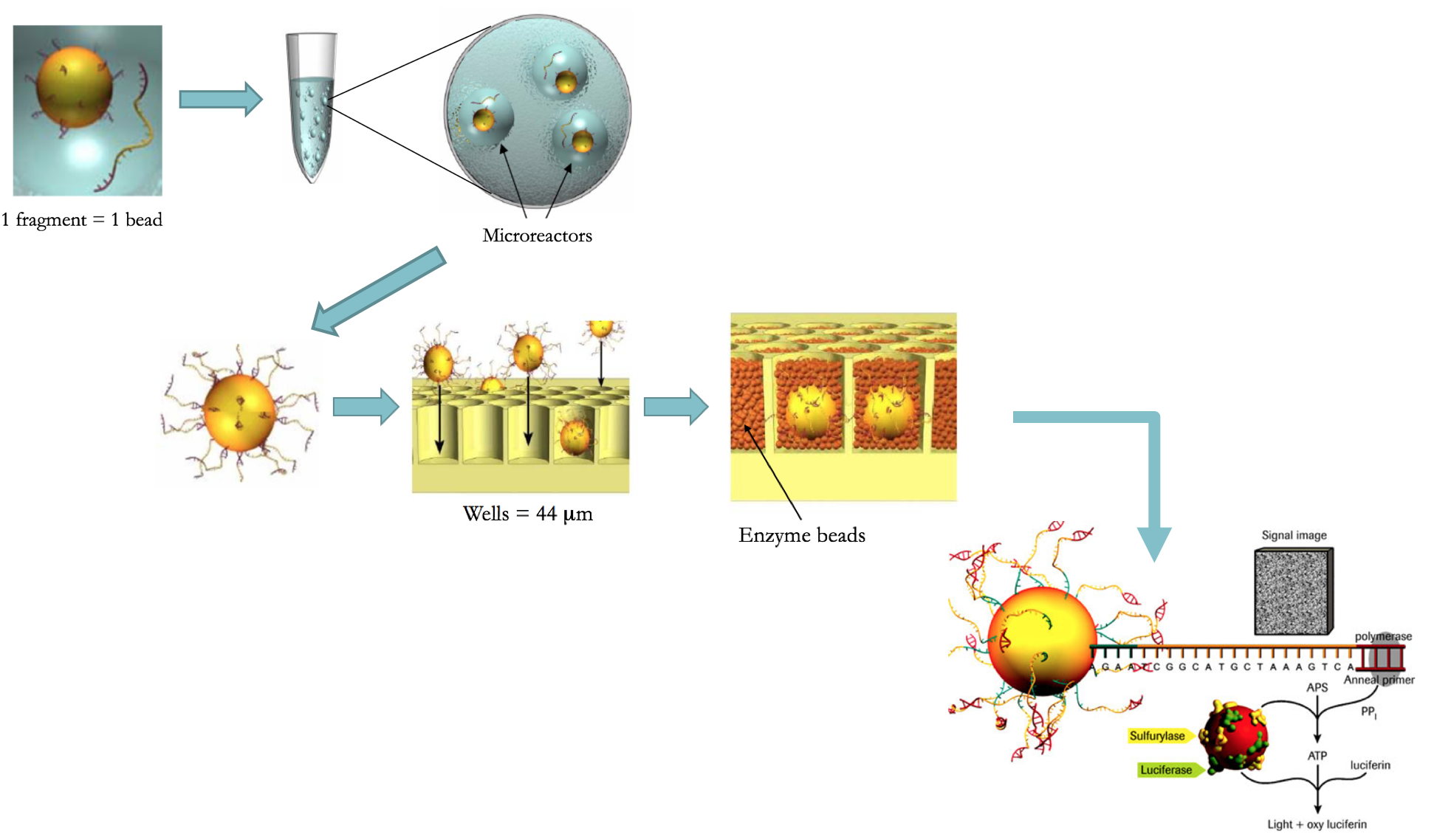
- screen_shot_2016-01-20_at_10.04.24_am.png
- 1946×1138
- 2018/01/25 15:19
- 873.6 KB
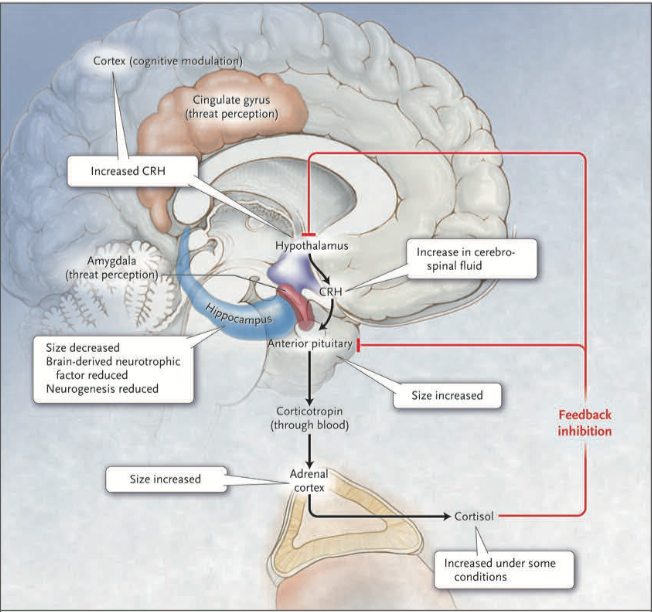
- screen_shot_2016-01-24_at_2.26.39_pm.png
- 652×612
- 2018/01/25 15:19
- 589.5 KB
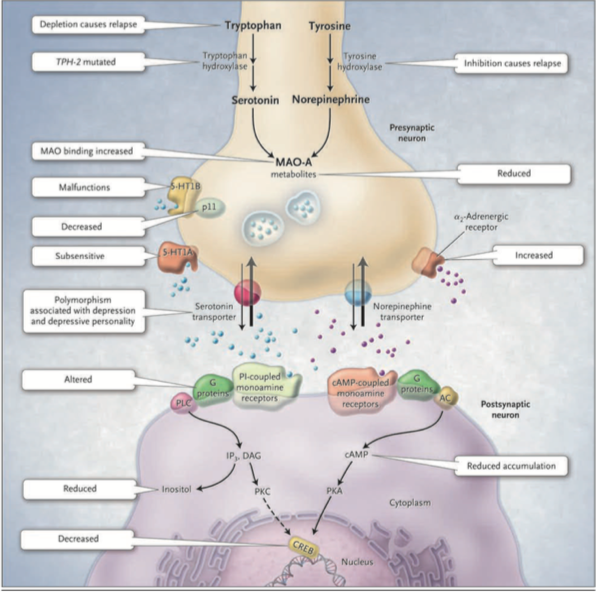
- screen_shot_2016-01-24_at_12.14.47_pm.png
- 597×593
- 2018/01/25 15:19
- 491.1 KB

- screen_shot_2016-01-25_at_11.09.02_pm.png
- 706×180
- 2018/01/25 15:19
- 42.1 KB

- screen_shot_2016-01-25_at_11.26.35_am.png
- 1334×540
- 2018/01/25 15:19
- 881 KB
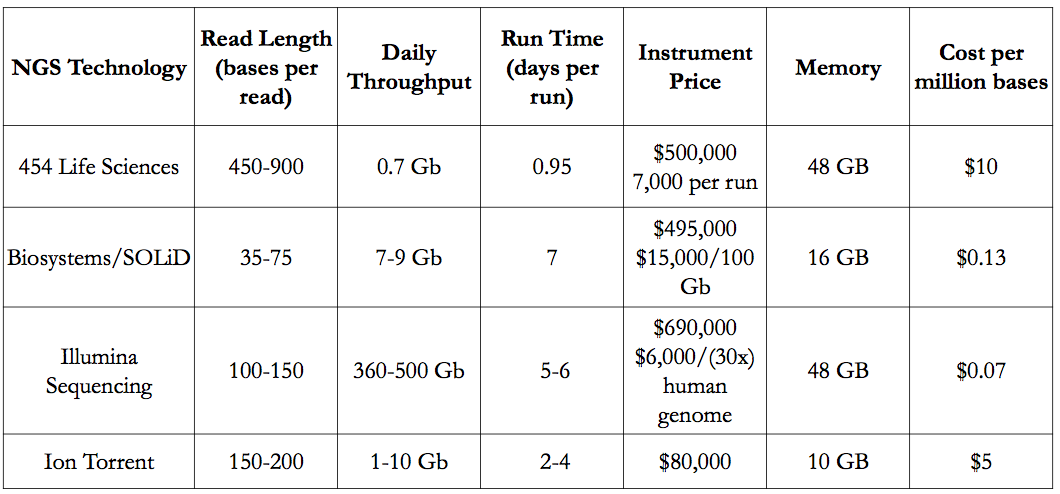
- screen_shot_2016-01-28_at_2.30.21_pm.png
- 1060×494
- 2018/01/25 15:19
- 97.6 KB

- screen_shot_2016-01-29_at_6.36.58_pm.png
- 734×414
- 2018/01/25 15:19
- 333.2 KB

- screen_shot_2016-01-29_at_11.12.35_pm.png
- 615×158
- 2018/01/25 15:19
- 49.3 KB
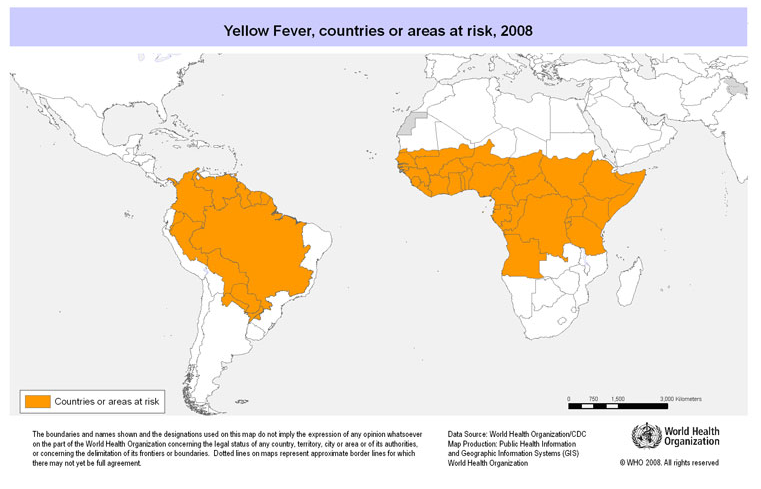
- screen_shot_2016-03-01_at_11.43.46_am.png
- 761×489
- 2018/01/25 15:19
- 201.6 KB
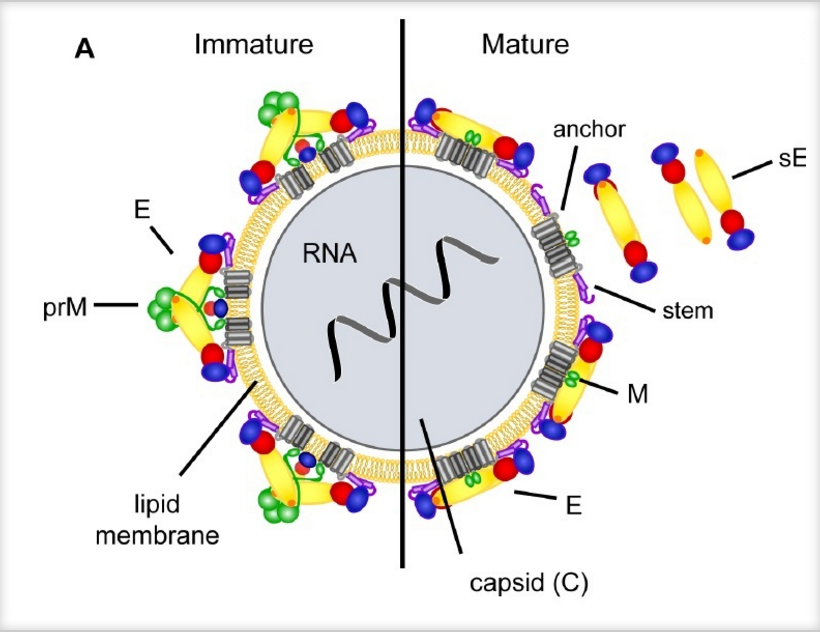
- screen_shot_2016-03-01_at_12.52.01_pm.png
- 820×636
- 2018/01/25 15:19
- 376.3 KB
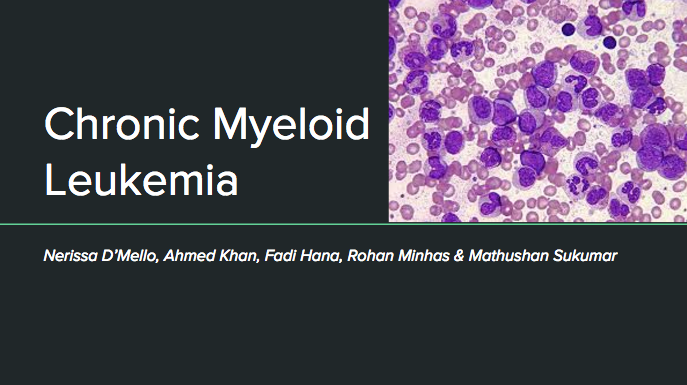
- screen_shot_2016-03-09_at_2.51.36_pm.png
- 687×385
- 2018/01/25 15:19
- 216.3 KB

- screen_shot_2016-03-10_at_4.05.01_pm.png
- 970×338
- 2018/01/25 15:19
- 523.1 KB
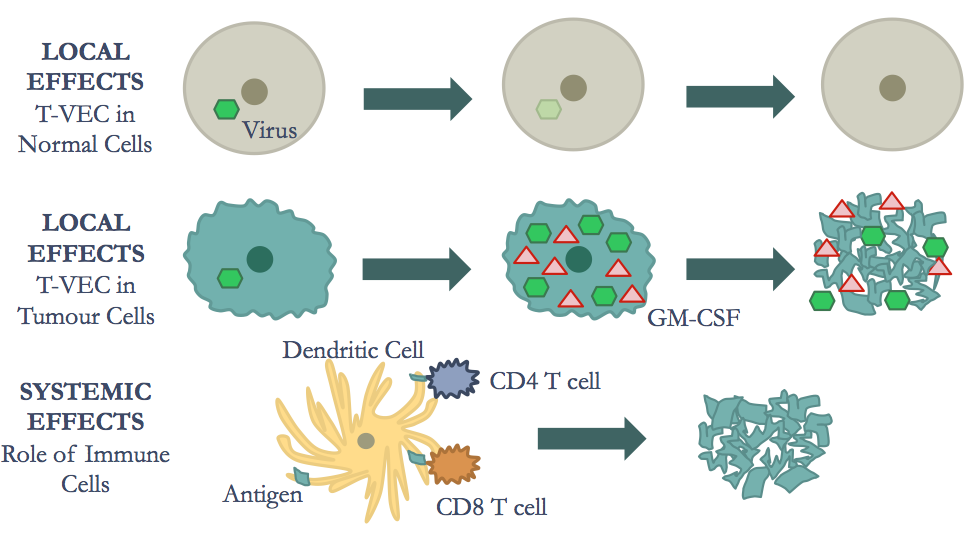
- screen_shot_2016-03-10_at_4.12.12_pm.png
- 972×536
- 2018/01/25 15:19
- 163.9 KB

- screen_shot_2016-03-10_at_4.24.18_pm.png
- 946×266
- 2018/01/25 15:19
- 122 KB

- screen_shot_2016-03-10_at_4.24.33_pm.png
- 920×266
- 2018/01/25 15:19
- 173 KB
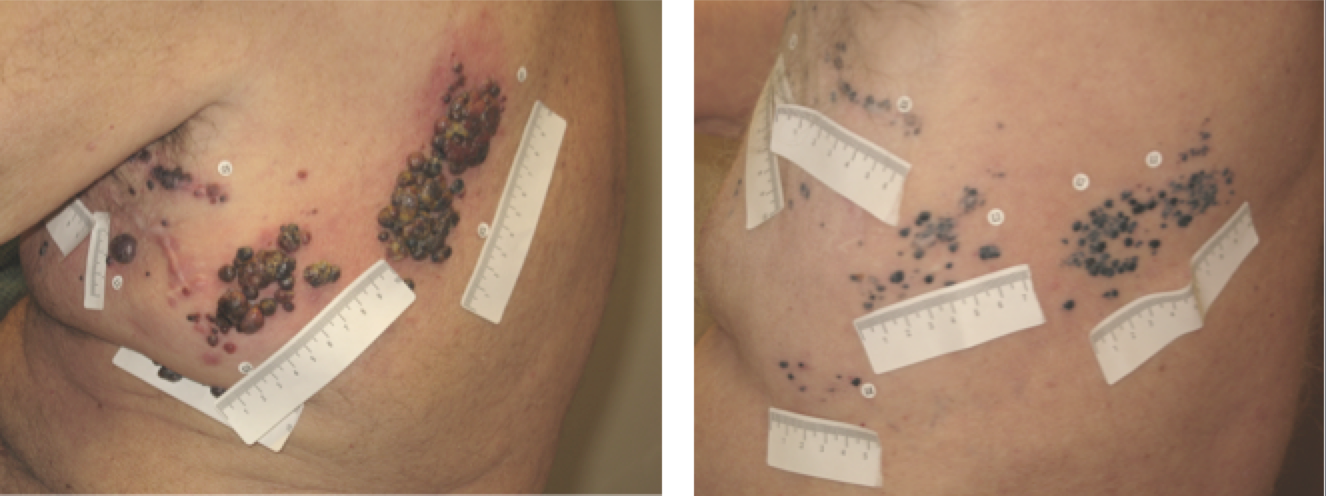
- screen_shot_2016-03-11_at_2.00.21_pm.png
- 1326×496
- 2018/01/25 15:19
- 965.2 KB
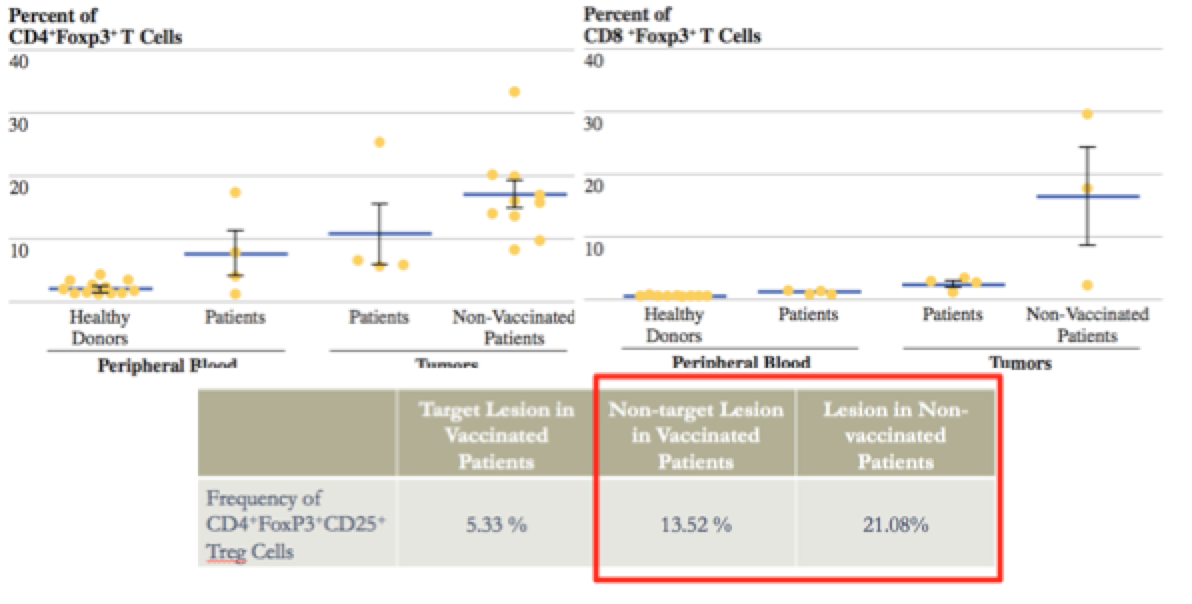
- screen_shot_2016-03-11_at_3.19.44_pm.png
- 1192×604
- 2018/01/25 15:19
- 236.2 KB
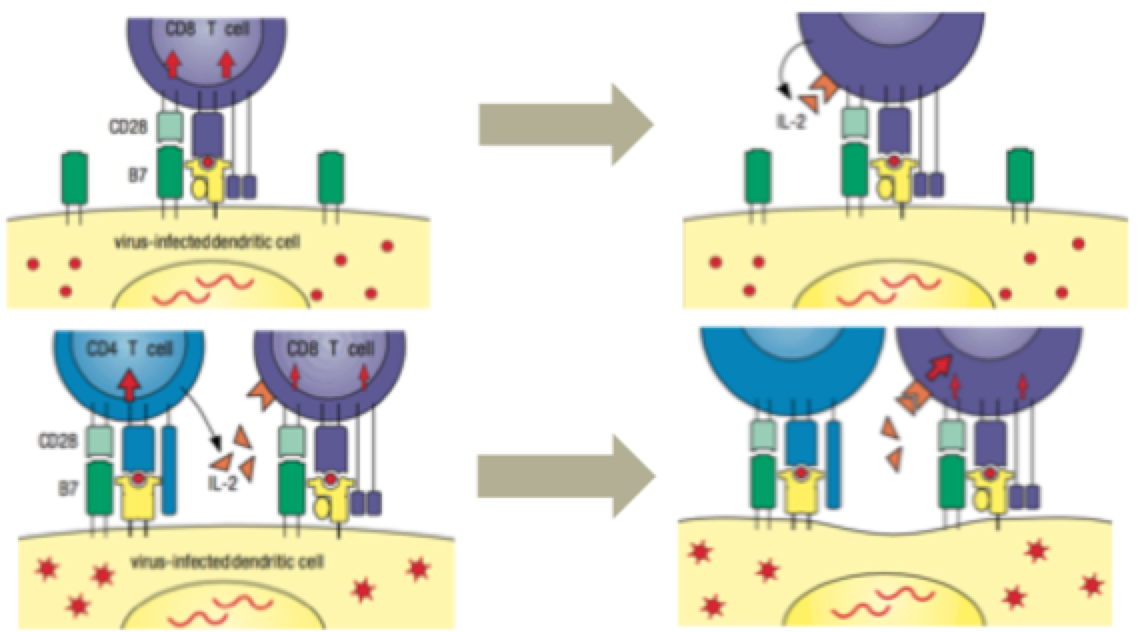
- screen_shot_2016-03-11_at_3.32.36_pm.png
- 1142×632
- 2018/01/25 15:19
- 433.2 KB
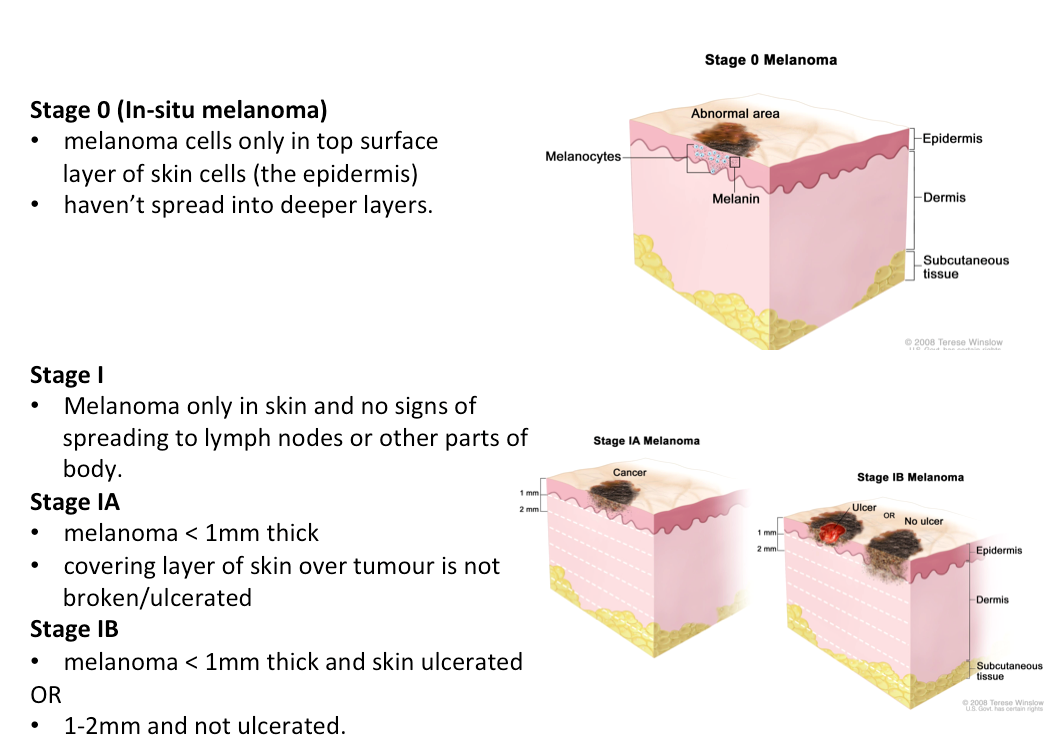
- screen_shot_2016-03-11_at_7.55.58_pm.png
- 1048×748
- 2018/01/25 15:19
- 259.2 KB
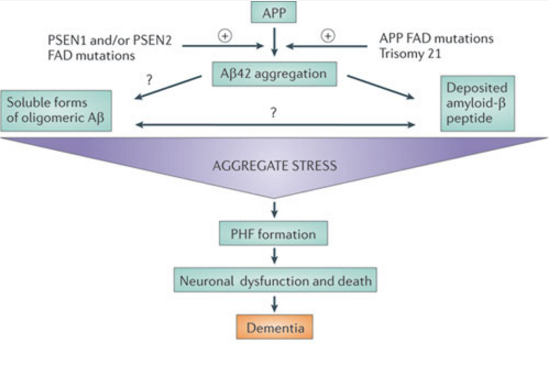
- screen_shot_2016-03-25_at_6.36.45_pm.png
- 549×376
- 2018/01/25 15:19
- 101.2 KB
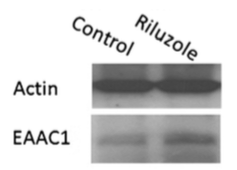
- screen_shot_2016-03-25_at_11.20.43_pm.png
- 237×170
- 2018/01/25 15:19
- 27 KB
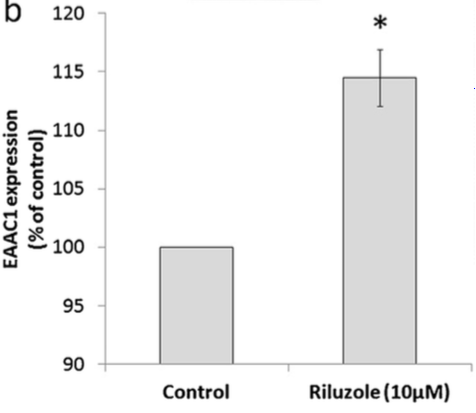
- screen_shot_2016-03-25_at_11.21.14_pm.png
- 476×413
- 2018/01/25 15:19
- 42 KB
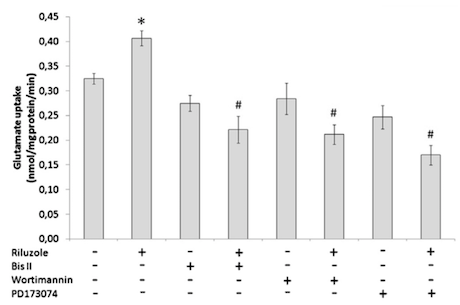
- screen_shot_2016-03-26_at_10.21.10_pm.png
- 460×305
- 2018/01/25 15:19
- 43.3 KB
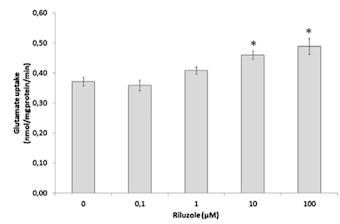
- screen_shot_2016-03-26_at_10.23.14_pm.png
- 340×224
- 2018/01/25 15:19
- 24.1 KB

- screen_shot_2016-03-27_at_12.33.30_am.png
- 825×171
- 2018/01/25 15:19
- 67.5 KB

- screen_shot_2016-03-27_at_12.34.42_am.png
- 891×171
- 2018/01/25 15:19
- 153.3 KB

- screen_shot_2016-03-30_at_12.04.07_am.png
- 760×504
- 2018/01/25 15:19
- 29.3 KB
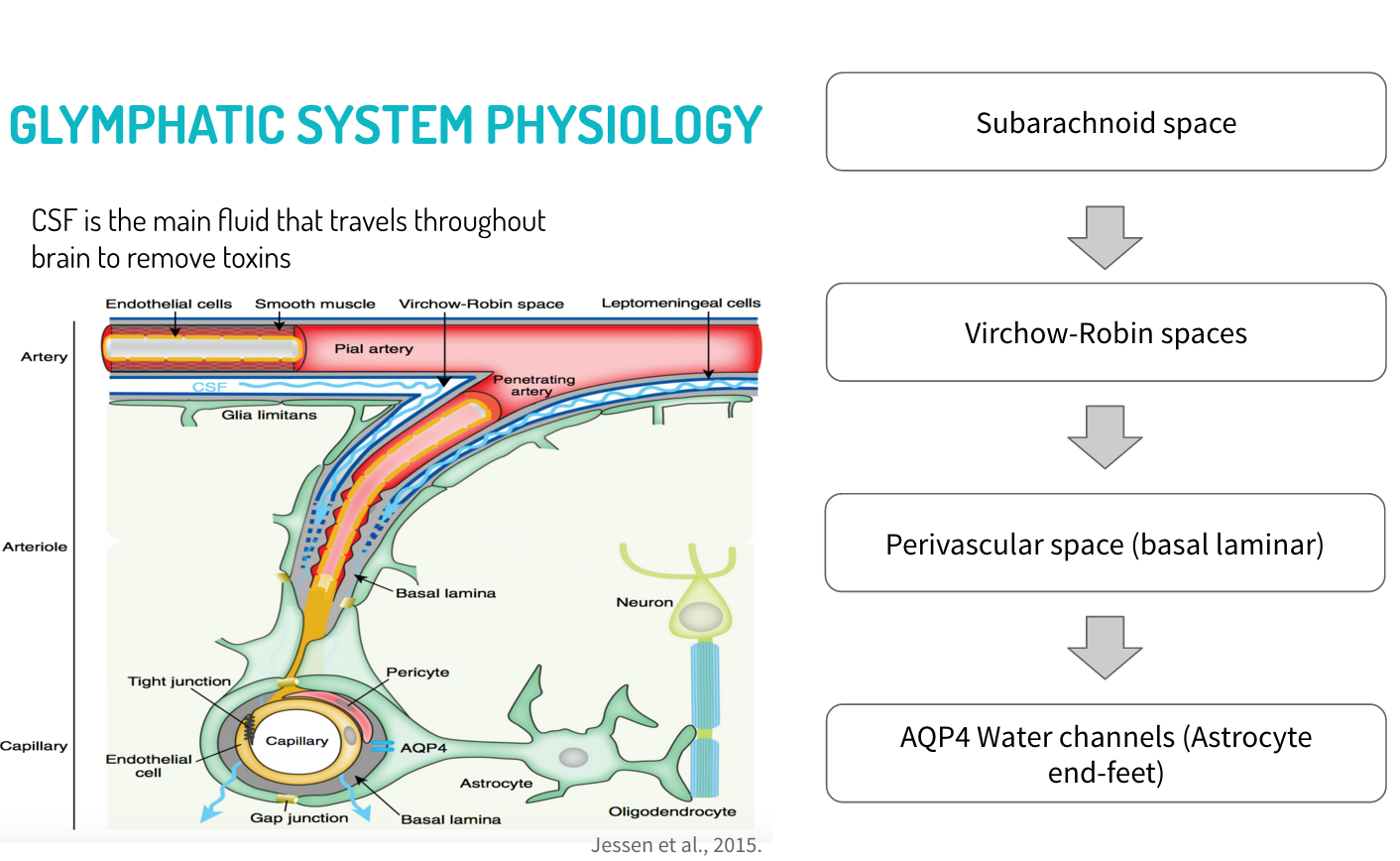
- screen_shot_2016-04-01_at_10.09.34_pm.png
- 1412×868
- 2018/01/25 15:19
- 474.2 KB
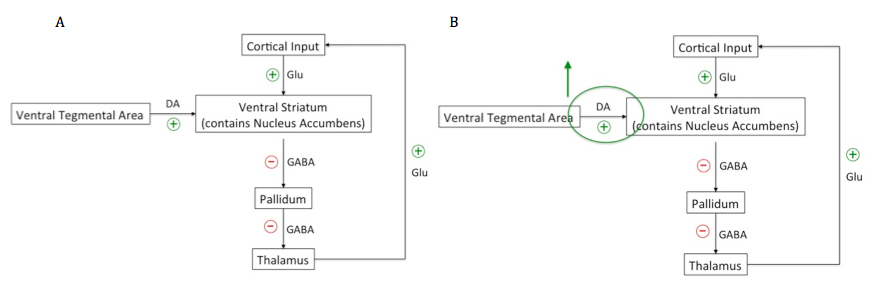
- screen_shot_2016-09-21_at_1.11.43_pm.png
- 874×294
- 2018/01/25 15:19
- 75.1 KB
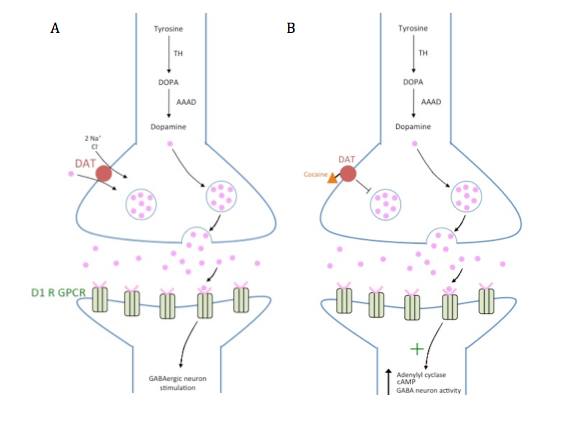
- screen_shot_2016-09-21_at_1.28.58_pm.png
- 563×423
- 2018/01/25 15:19
- 131.4 KB
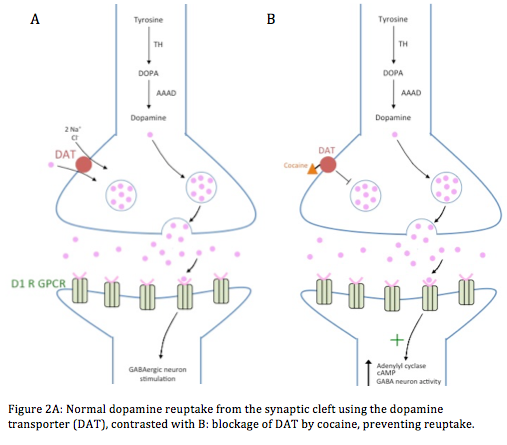
- screen_shot_2016-09-21_at_1.33.12_pm.png
- 507×445
- 2018/01/25 15:19
- 139.9 KB
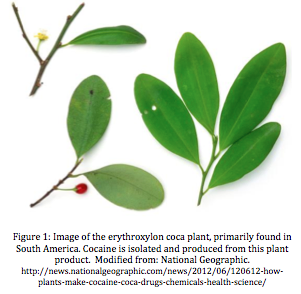
- screen_shot_2016-09-21_at_12.36.17_pm.png
- 301×294
- 2018/01/25 15:19
- 84.6 KB
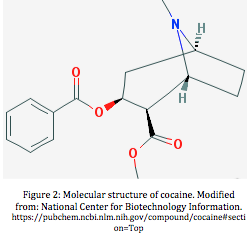
- screen_shot_2016-09-21_at_12.40.17_pm.png
- 249×237
- 2018/01/25 15:19
- 22.6 KB
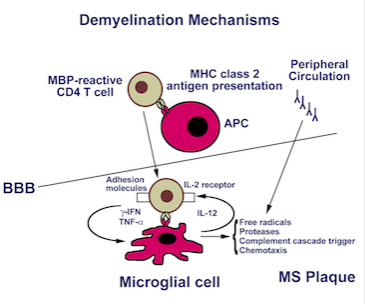
- screen_shot_2016-09-23_at_7.53.57_pm.png
- 365×304
- 2018/01/25 15:19
- 87.1 KB

- screen_shot_2016-09-23_at_7.57.09_pm.png
- 476×421
- 2018/01/25 15:19
- 93.4 KB
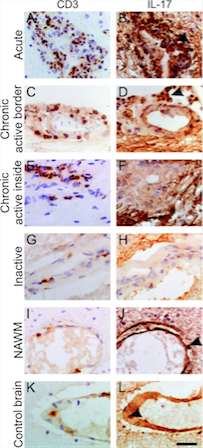
- screen_shot_2016-09-23_at_8.03.06_pm.png
- 203×448
- 2018/01/25 15:19
- 205.8 KB
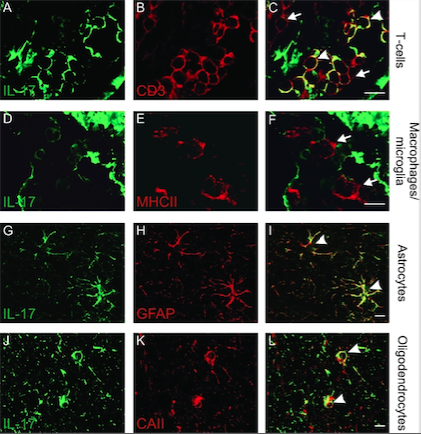
- screen_shot_2016-09-23_at_8.10.04_pm.png
- 421×434
- 2018/01/25 15:19
- 321.2 KB

- screen_shot_2016-09-29_at_10.11.40_pm.png
- 916×292
- 2018/01/25 15:19
- 75.3 KB

- screen_shot_2016-09-29_at_10.13.16_pm.png
- 909×299
- 2018/01/25 15:19
- 75.2 KB
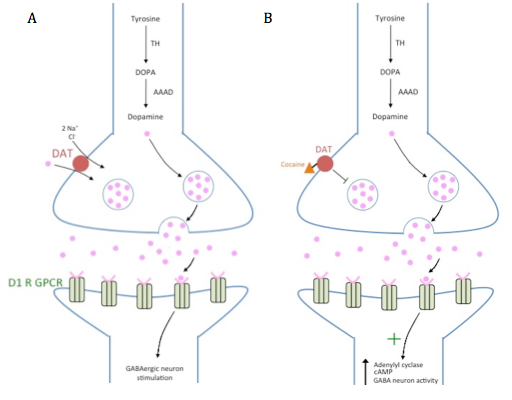
- screen_shot_2016-09-29_at_10.15.07_pm.png
- 512×400
- 2018/01/25 15:19
- 129.6 KB
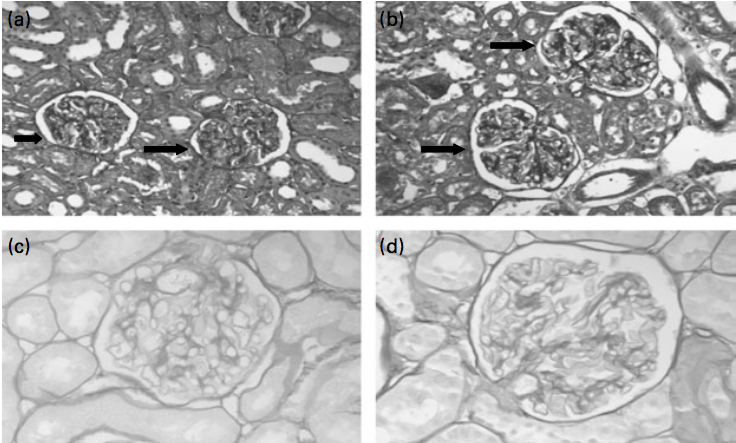
- screen_shot_2016-10-26_at_2.36.27_pm.png
- 736×443
- 2018/01/25 15:19
- 331.9 KB
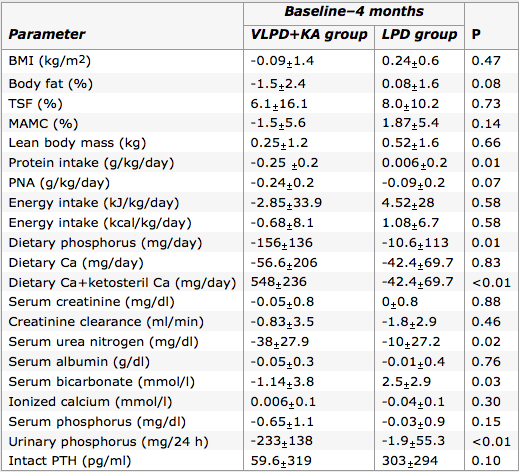
- screen_shot_2016-10-26_at_10.47.35_pm.png
- 519×472
- 2018/01/25 15:19
- 122.2 KB
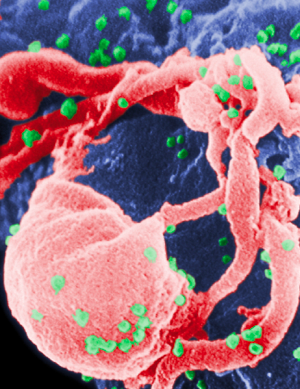
- screen_shot_2016-11-01_at_1.01.23_pm.png
- 300×389
- 2018/01/25 15:19
- 276.3 KB
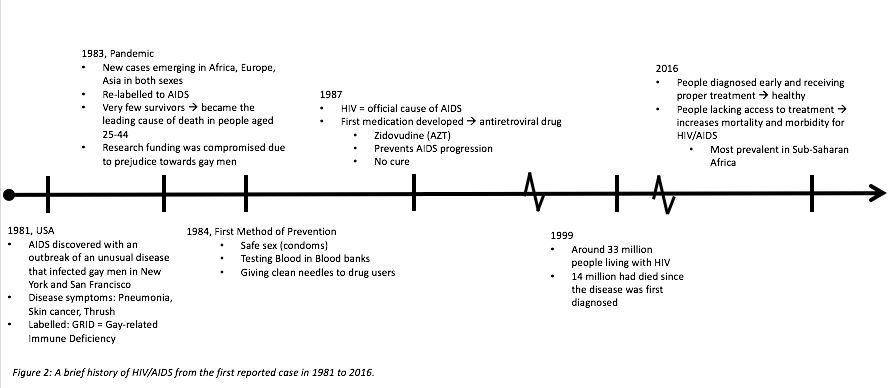
- screen_shot_2016-11-01_at_1.16.21_pm.png
- 890×388
- 2018/01/25 15:19
- 64.5 KB
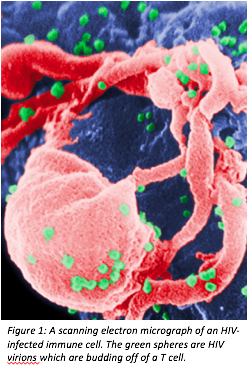
- screen_shot_2016-11-01_at_1.18.36_pm.png
- 250×374
- 2018/01/25 15:19
- 196.7 KB
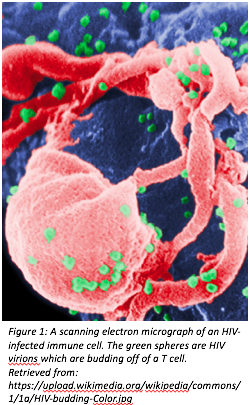
- screen_shot_2016-11-01_at_3.34.21_pm.png
- 249×405
- 2018/01/25 15:19
- 200.3 KB
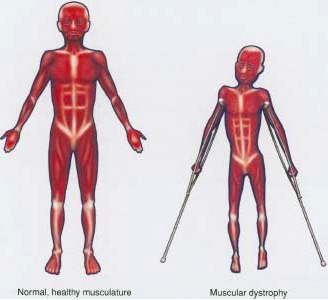
- screen_shot_2016-11-22_at_11.14.35_pm.png
- 328×300
- 2018/01/25 15:19
- 110.3 KB

- screen_shot_2016-11-23_at_10.27.23_pm.png
- 818×461
- 2018/01/25 15:19
- 60.7 KB
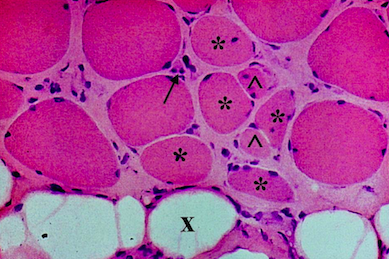
- screen_shot_2016-11-28_at_4.51.04_pm.png
- 389×259
- 2018/01/25 15:19
- 253.4 KB

- screen_shot_2016-11-28_at_5.43.29_pm.png
- 846×198
- 2018/01/25 15:19
- 44.5 KB
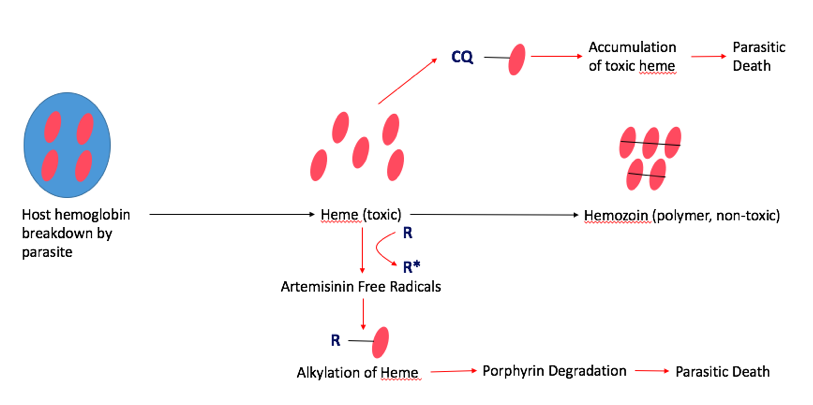
- screen_shot_2016-11-28_at_5.55.25_pm.png
- 813×405
- 2018/01/25 15:19
- 64.7 KB

- screen_shot_2016-11-28_at_5.55.57_pm.png
- 858×162
- 2018/01/25 15:19
- 23.7 KB
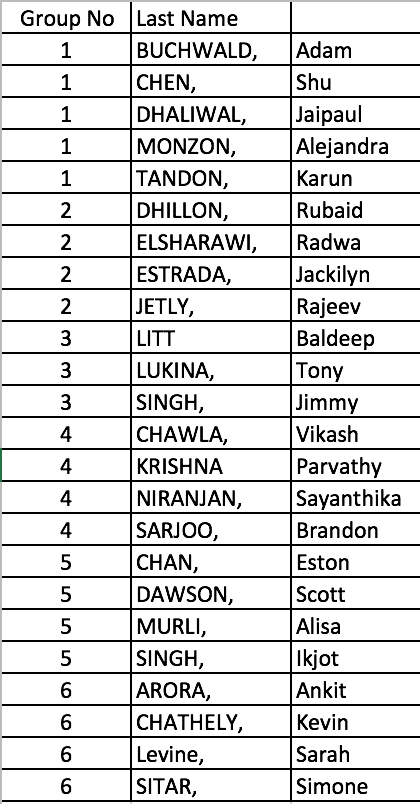
- screen_shot_2016-12-31_at_11.59.07_am.png
- 420×804
- 2018/01/25 15:19
- 67.2 KB
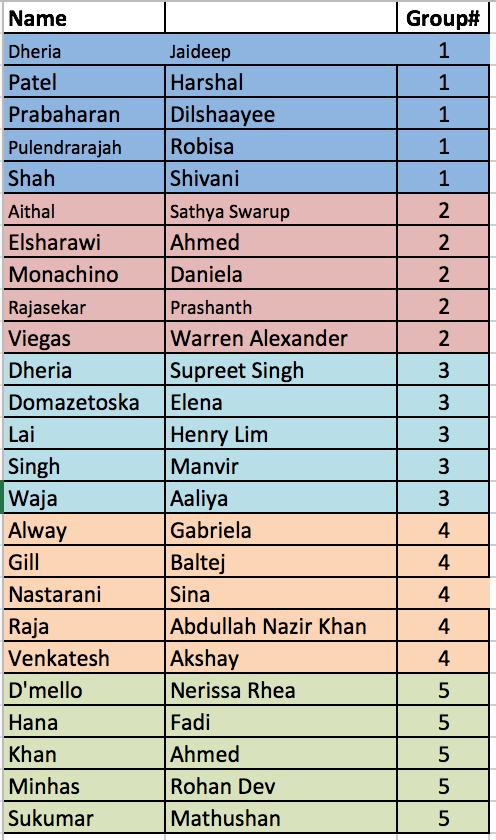
- screen_shot_2016-12-31_at_12.06.21_pm.png
- 496×840
- 2018/01/25 15:19
- 114.2 KB
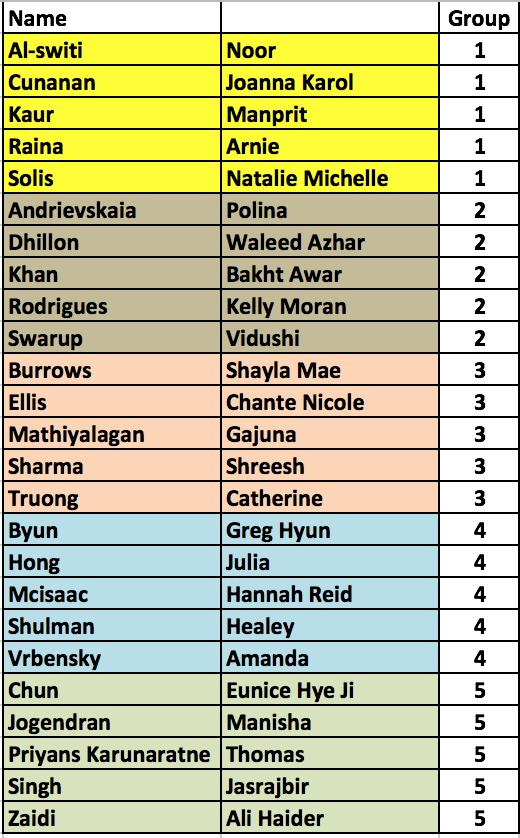
- screen_shot_2016-12-31_at_12.18.52_pm.png
- 520×838
- 2018/01/25 15:19
- 120.8 KB
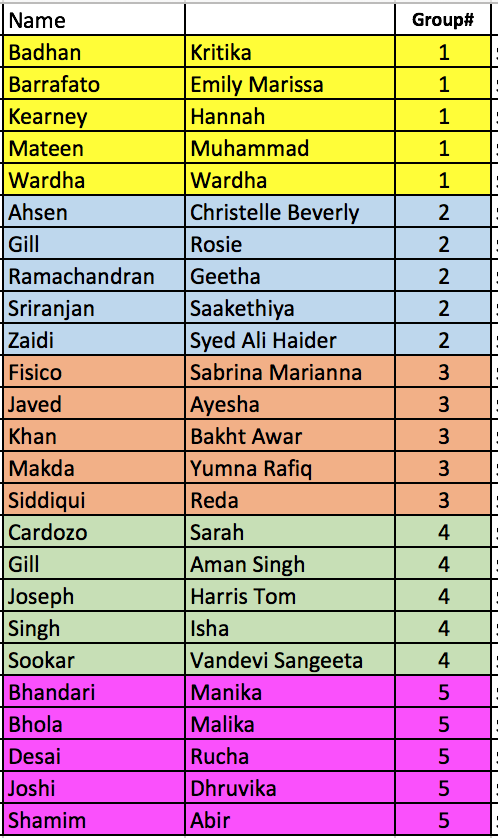
- screen_shot_2017-01-05_at_2.38.57_pm.png
- 498×838
- 2018/01/25 15:19
- 113.3 KB
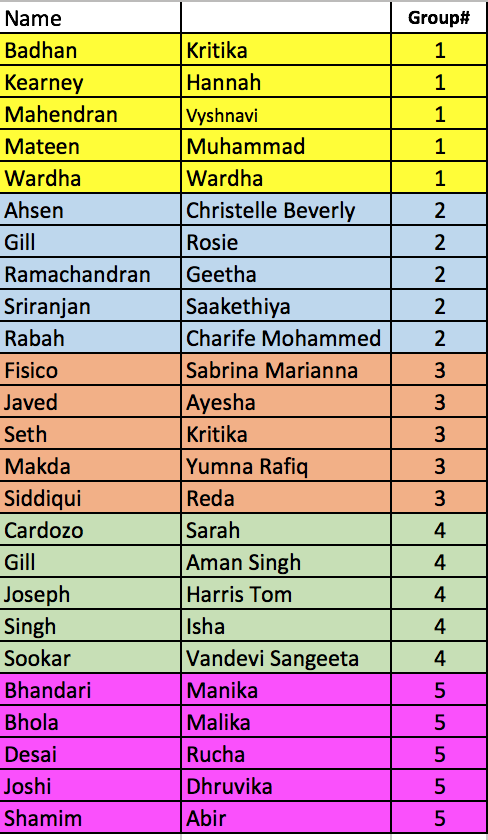
- screen_shot_2017-01-16_at_11.25.05_am.png
- 488×840
- 2018/01/25 15:19
- 110.3 KB
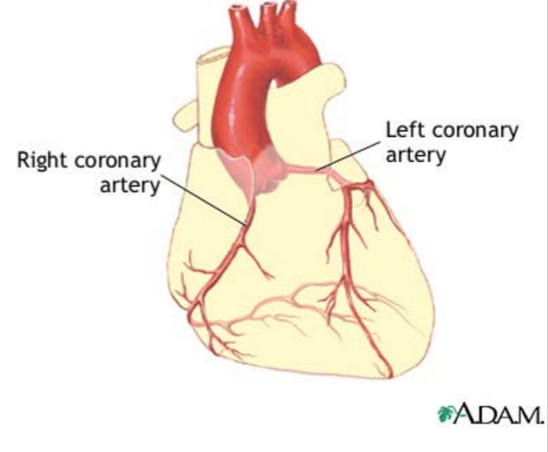
- screen_shot_2017-01-26_at_10.45.41_pm.png
- 548×452
- 2018/01/25 15:19
- 189.7 KB
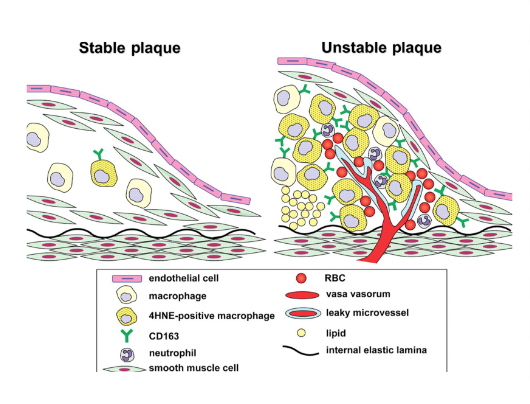
- screen_shot_2017-01-26_at_10.45.55_pm.png
- 530×404
- 2018/01/25 15:19
- 202.6 KB

- screen_shot_2017-01-30_at_1.39.27_pm.png
- 1413×1054
- 2018/01/25 15:19
- 1.5 MB
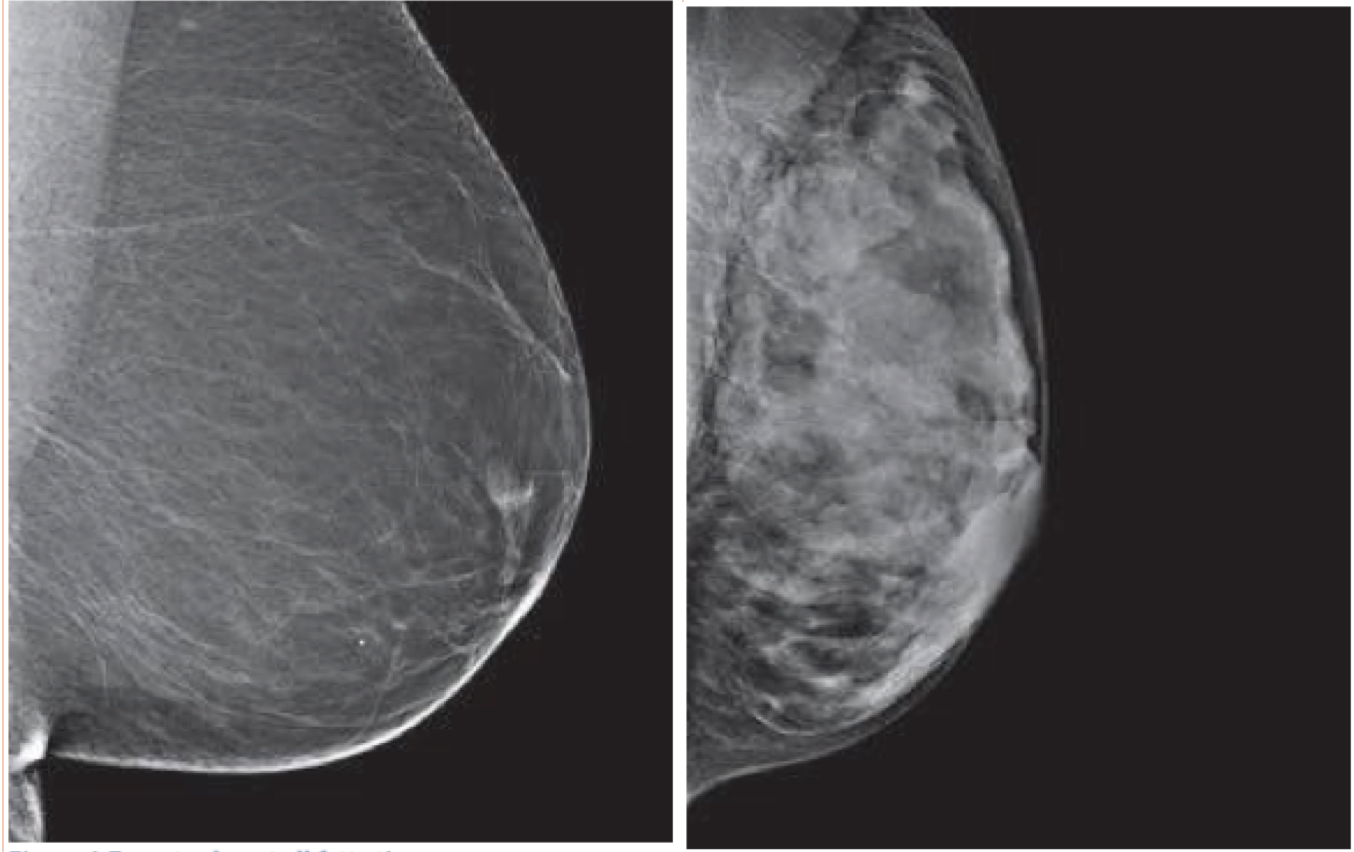
- screen_shot_2017-02-02_at_10.08.24_pm.png
- 1354×852
- 2018/01/25 15:19
- 1 MB
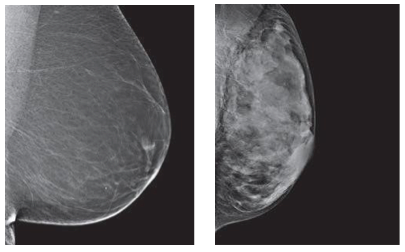
- screen_shot_2017-02-02_at_11.40.17_pm.png
- 405×252
- 2018/01/25 15:19
- 117.4 KB
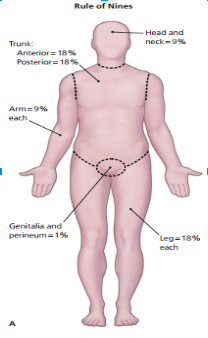
- screen_shot_2017-02-03_at_11.39.58_pm.png
- 208×338
- 2018/01/25 15:19
- 69.2 KB
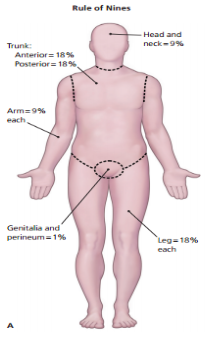
- screen_shot_2017-02-03_at_11.42.31_pm.png
- 206×345
- 2018/01/25 15:19
- 69.2 KB
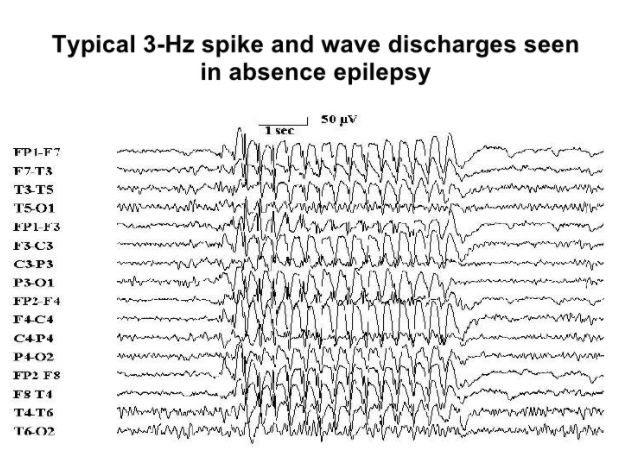
- screen_shot_2017-02-03_at_12.12.10_pm.png
- 622×459
- 2018/01/25 15:19
- 226.4 KB
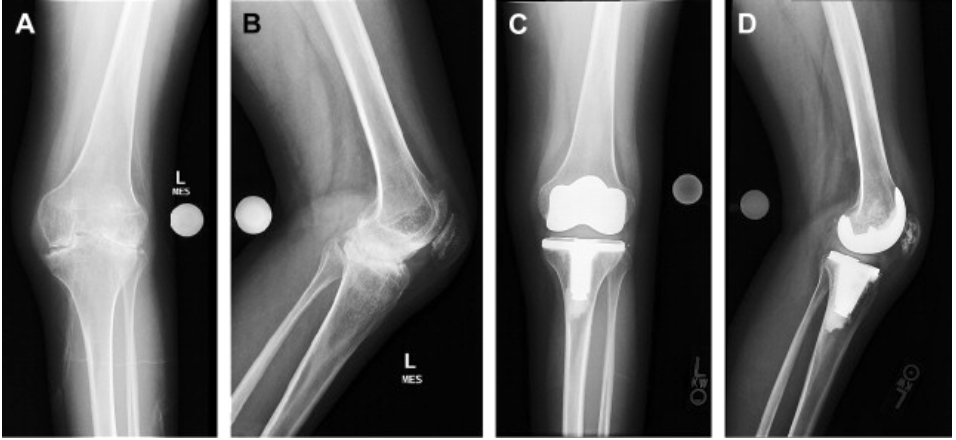
- screen_shot_2017-03-03_at_6.37.40_pm.png
- 956×440
- 2018/01/25 15:19
- 245.9 KB
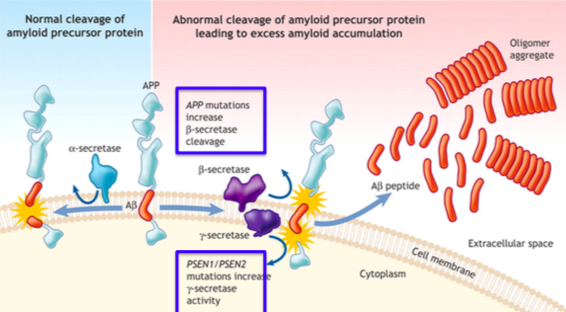
- screen_shot_2017-03-04_at_8.35.30_pm.png
- 566×312
- 2018/01/25 15:19
- 233.2 KB
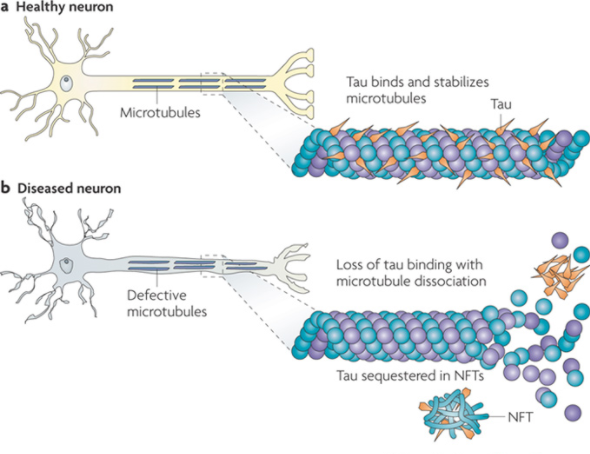
- screen_shot_2017-03-04_at_9.05.44_pm.png
- 590×454
- 2018/01/25 15:19
- 235.4 KB
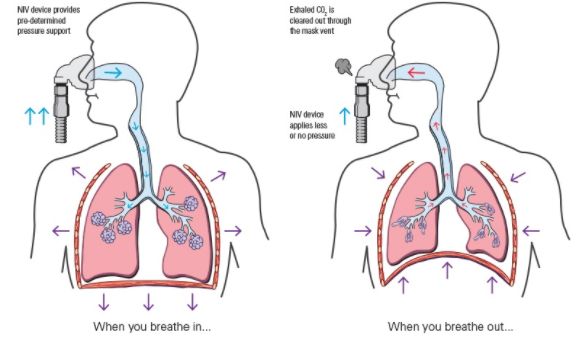
- screen_shot_2017-03-06_at_2.01.26_pm.png
- 580×338
- 2018/01/25 15:19
- 186 KB
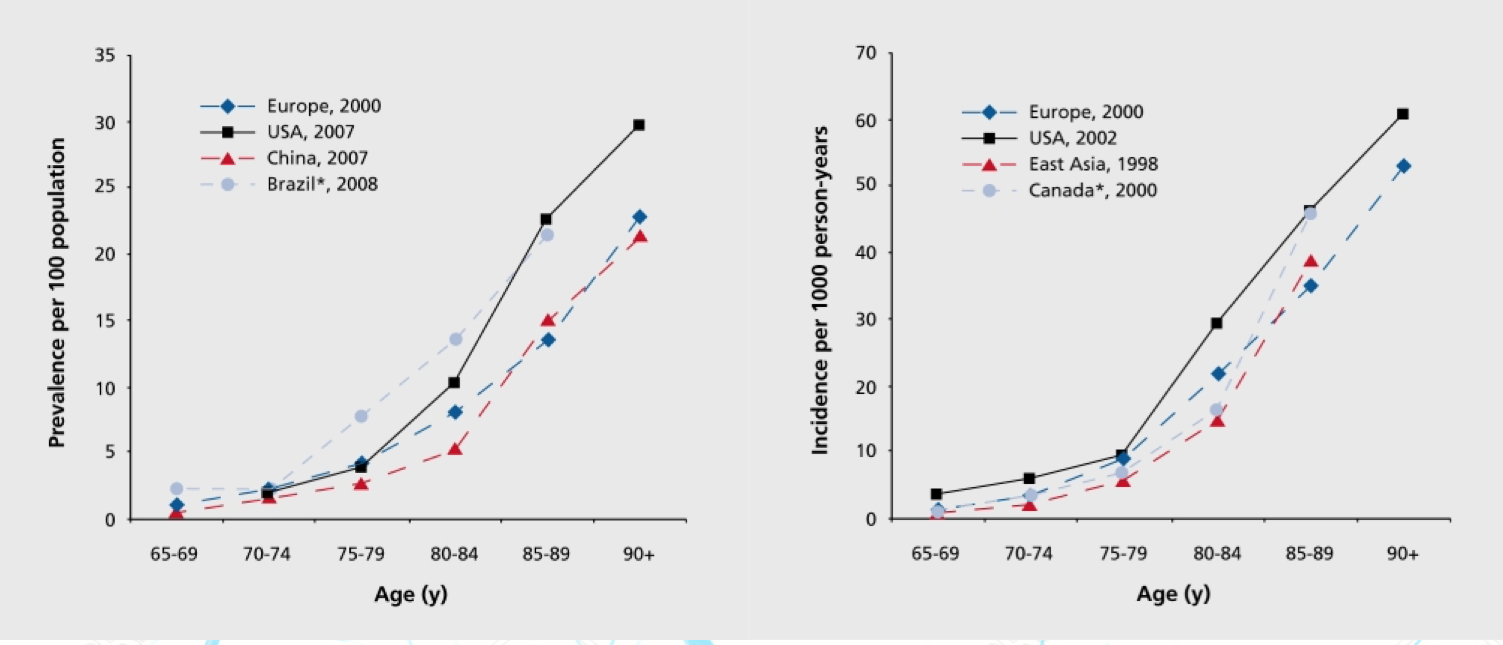
- screen_shot_2017-03-08_at_8.24.45_pm.png
- 1503×645
- 2018/01/25 15:19
- 234.3 KB
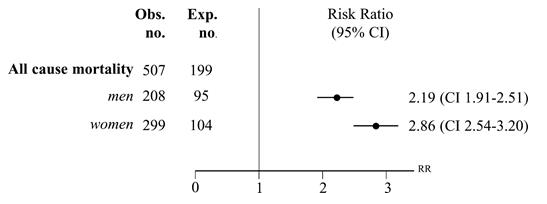
- screen_shot_2017-03-09_at_2.13.42_pm.png
- 547×204
- 2018/01/25 15:19
- 39.5 KB
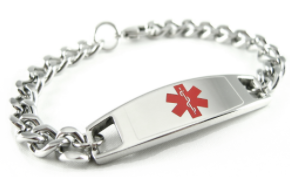
- screen_shot_2017-03-09_at_2.43.38_pm.png
- 290×177
- 2018/01/25 15:19
- 67.4 KB
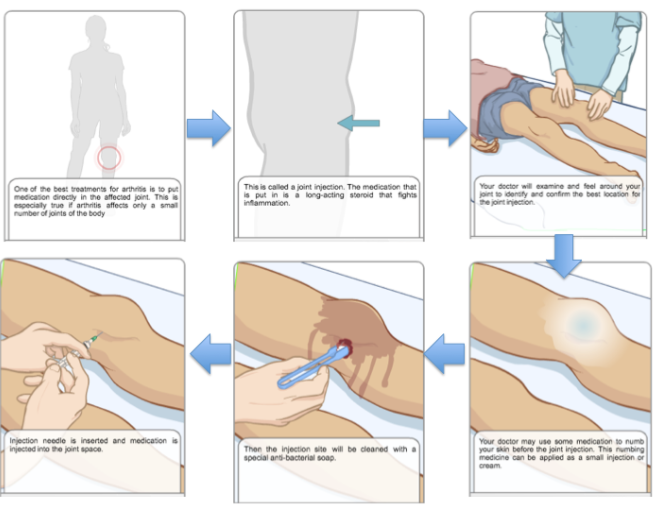
- screen_shot_2017-03-09_at_3.13.23_pm.png
- 664×505
- 2018/01/25 15:19
- 201.8 KB
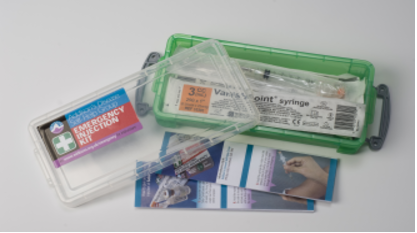
- screen_shot_2017-03-09_at_4.49.57_pm.png
- 417×233
- 2018/01/25 15:19
- 133.9 KB
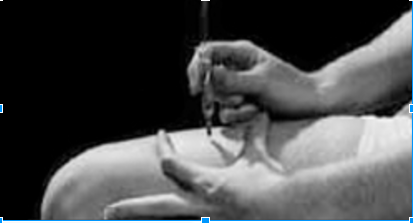
- screen_shot_2017-03-09_at_4.50.05_pm.png
- 413×223
- 2018/01/25 15:19
- 55 KB

- screen_shot_2017-03-09_at_4.50.30_pm.png
- 481×238
- 2018/01/25 15:19
- 197 KB
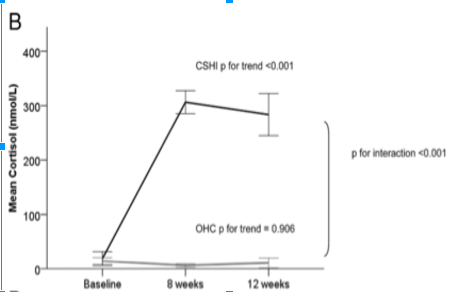
- screen_shot_2017-03-09_at_4.51.13_pm.png
- 451×292
- 2018/01/25 15:19
- 31.4 KB
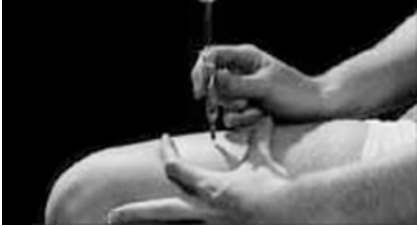
- screen_shot_2017-03-09_at_5.06.20_pm.png
- 417×226
- 2018/01/25 15:19
- 55.6 KB
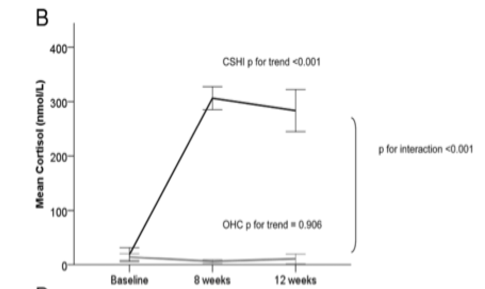
- screen_shot_2017-03-09_at_5.12.05_pm.png
- 485×289
- 2018/01/25 15:19
- 31.5 KB
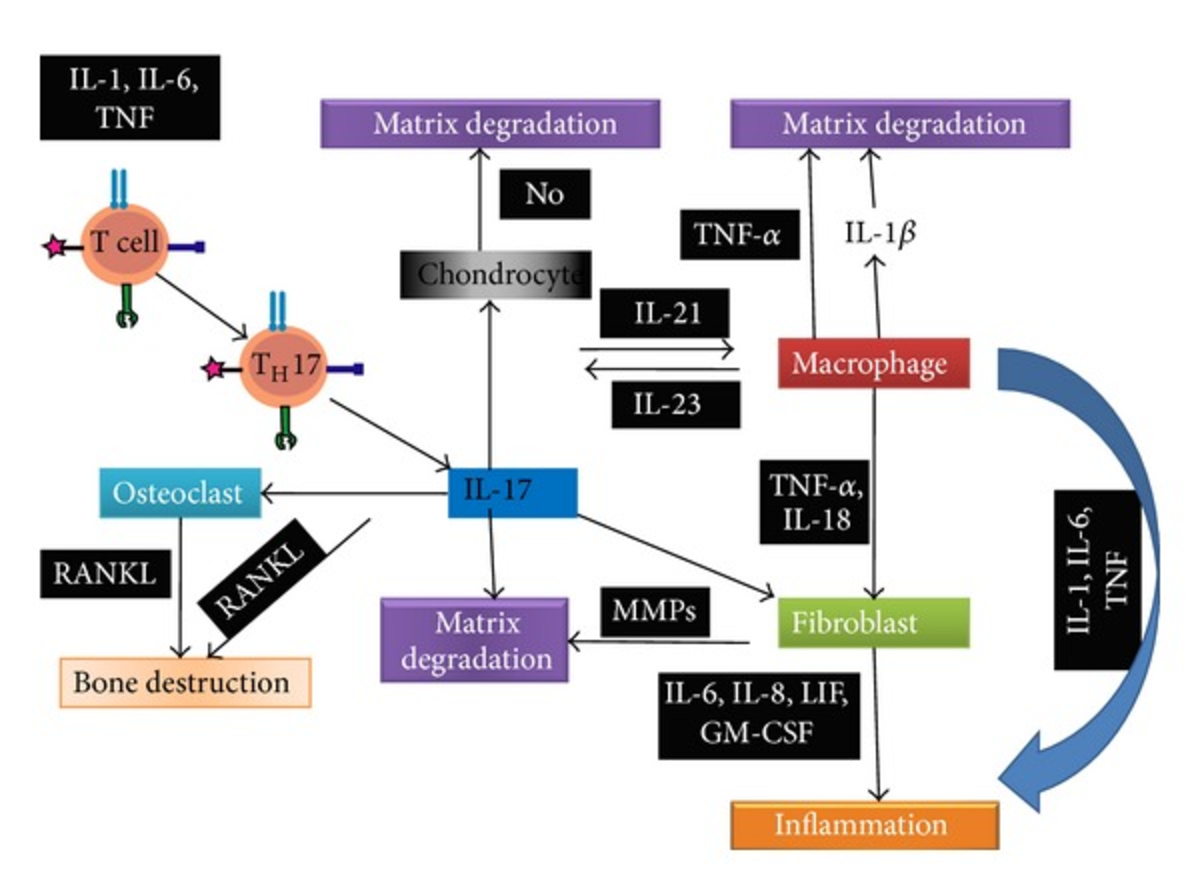
- screen_shot_2017-03-09_at_5.59.54_pm.png
- 1198×890
- 2018/01/25 15:19
- 651.8 KB

- screen_shot_2017-04-04_at_5.01.12_pm.png
- 511×271
- 2018/01/25 15:19
- 175.2 KB

- screen_shot_2017-04-04_at_5.08.07_pm.png
- 994×174
- 2018/01/25 15:19
- 49.2 KB
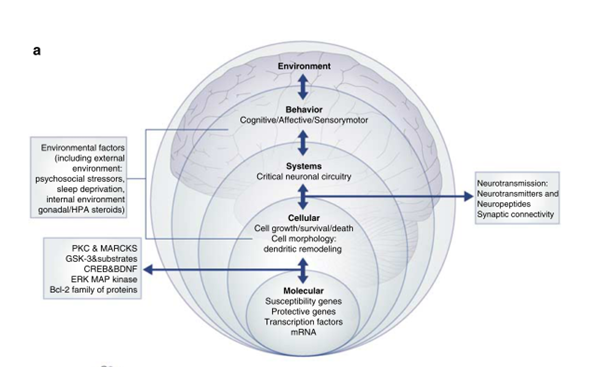
- screen_shot_2017-04-04_at_6.42.15_pm.png
- 593×374
- 2018/01/25 15:19
- 178.9 KB
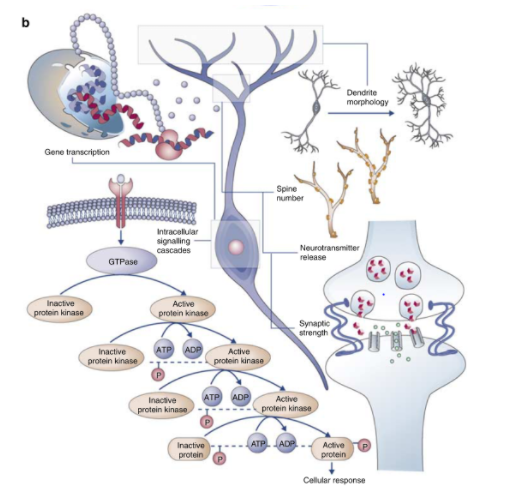
- screen_shot_2017-04-04_at_6.42.43_pm.png
- 519×487
- 2018/01/25 15:19
- 247.9 KB
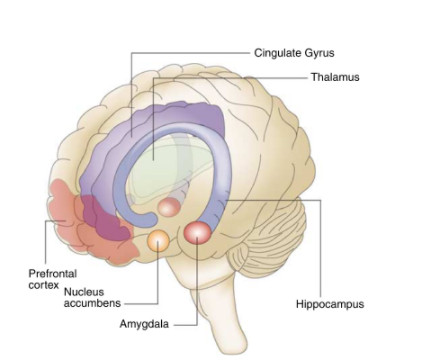
- screen_shot_2017-04-04_at_6.42.57_pm.png
- 426×362
- 2018/01/25 15:19
- 115.2 KB
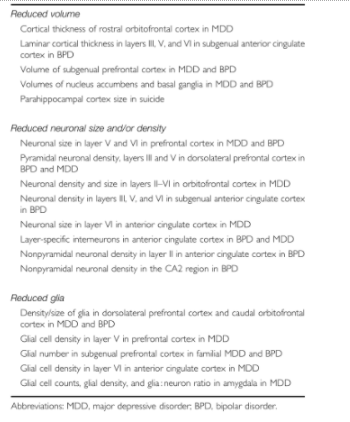
- screen_shot_2017-04-04_at_6.43.05_pm.png
- 350×422
- 2018/01/25 15:19
- 73.6 KB
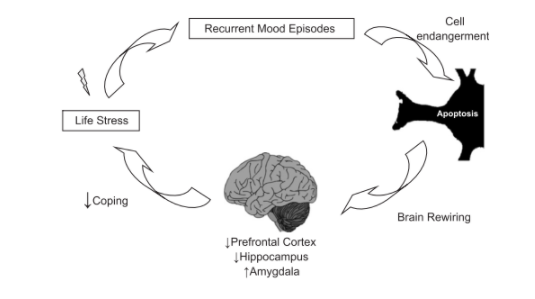
- screen_shot_2017-04-04_at_6.43.19_pm.png
- 535×299
- 2018/01/25 15:19
- 55 KB
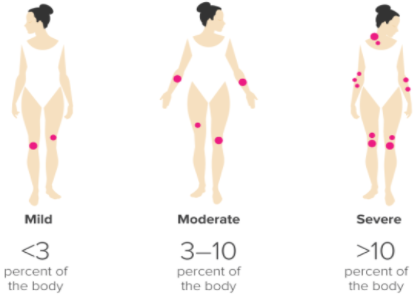
- screen_shot_2017-04-06_at_1.16.39_pm.png
- 416×300
- 2018/01/25 15:19
- 51.5 KB
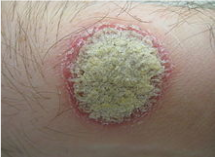
- screen_shot_2017-04-06_at_1.18.11_pm.png
- 215×157
- 2018/01/25 15:19
- 67.1 KB
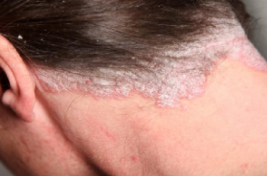
- screen_shot_2017-04-06_at_1.23.58_pm.png
- 267×176
- 2018/01/25 15:19
- 90.4 KB
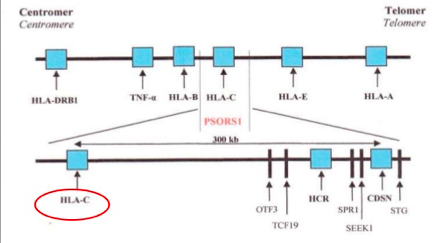
- screen_shot_2017-04-06_at_6.29.34_pm.png
- 433×243
- 2018/01/25 15:19
- 96.9 KB
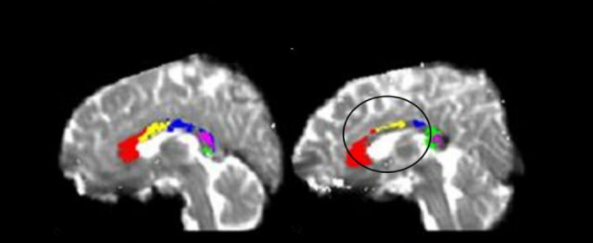
- screen_shot_2017-04-07_at_8.16.53_pm.png
- 593×243
- 2018/01/25 15:19
- 105.7 KB
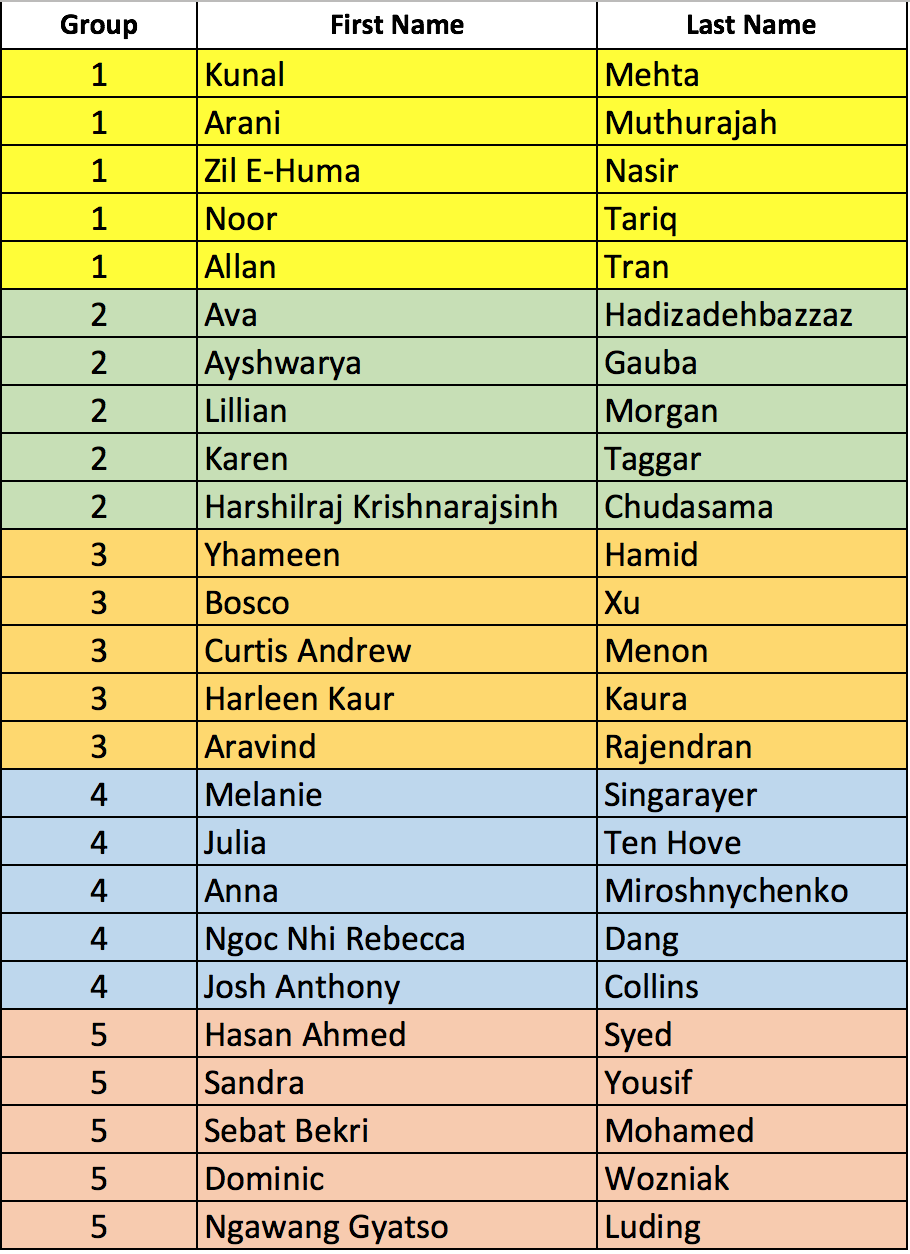
- screen_shot_2017-09-05_at_1.47.03_pm.png
- 910×1254
- 2018/01/25 15:19
- 177.1 KB

- screen_shot_2017-09-21_at_7.04.41_pm.png
- 428×449
- 2018/01/25 15:19
- 29 KB
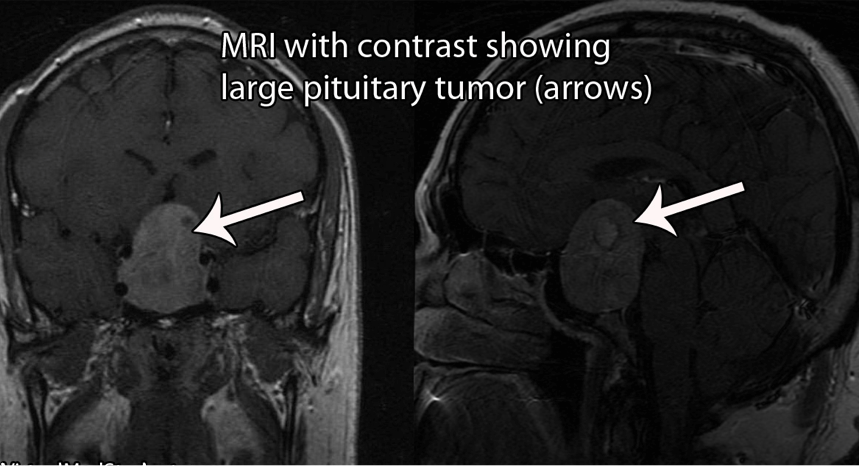
- screen_shot_2017-09-25_at_1.12.15_pm.png
- 859×466
- 2018/01/25 15:19
- 359.2 KB

- screen_shot_2017-09-25_at_10.09.59_am.png
- 531×174
- 2018/01/25 15:19
- 110.6 KB
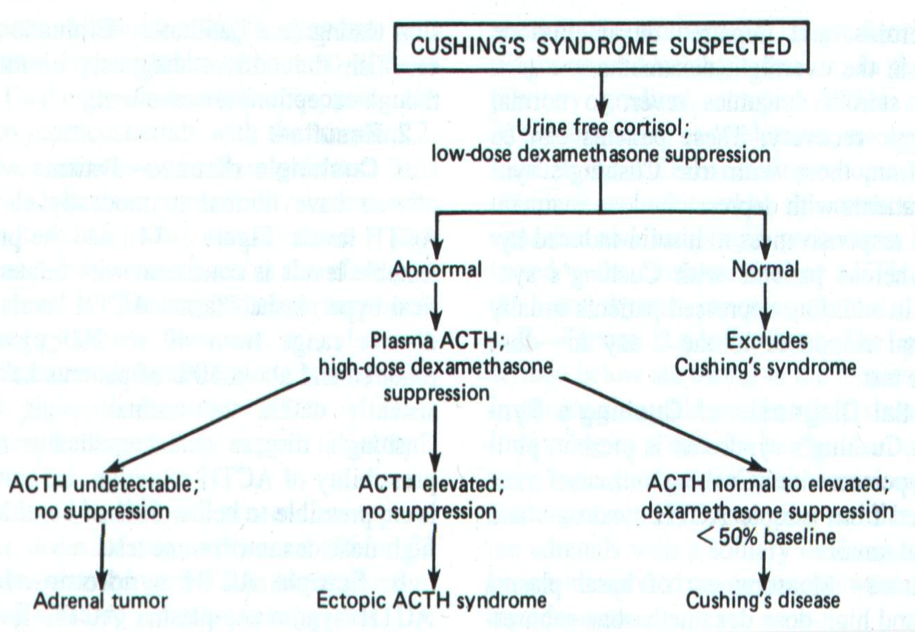
- screen_shot_2017-09-25_at_12.28.25_pm.png
- 915×632
- 2018/01/25 15:19
- 596.7 KB

- screen_shot_2017-09-25_at_12.47.42_pm.png
- 965×316
- 2018/01/25 15:19
- 203.4 KB
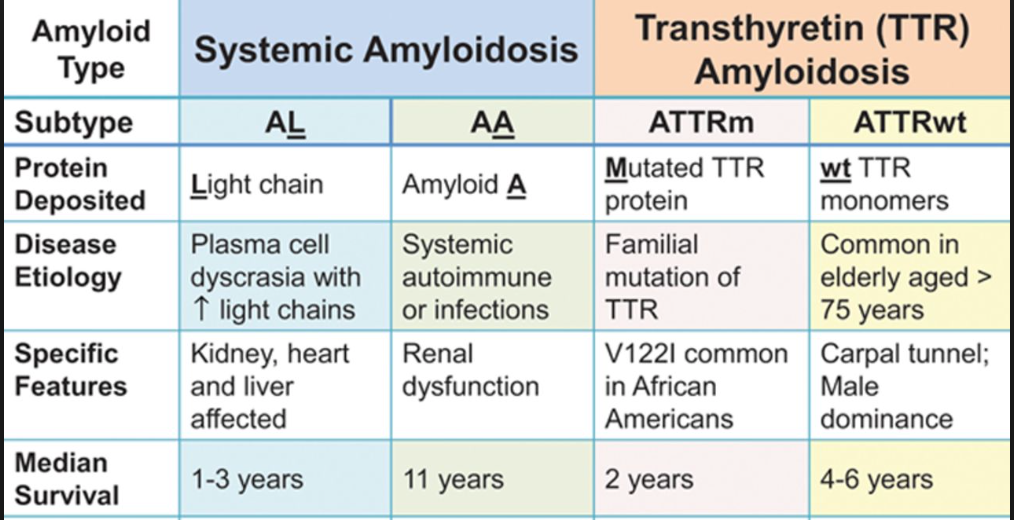
- screen_shot_2017-09-27_at_3.09.08_pm.png
- 1014×520
- 2018/01/25 15:19
- 497 KB
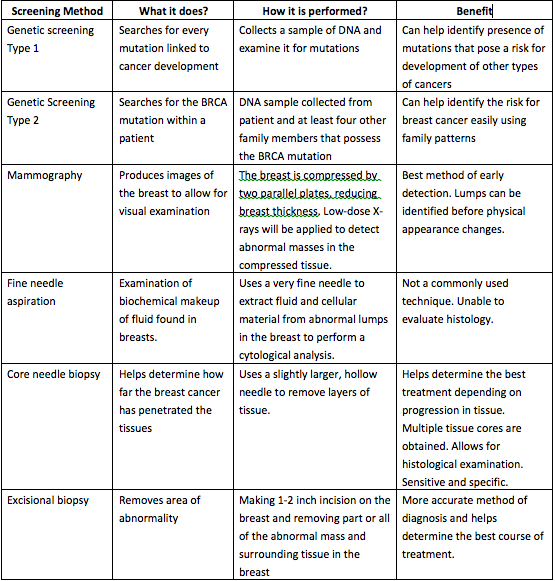
- screen_shot_2017-09-28_at_4.05.41_pm.png
- 555×581
- 2018/01/25 15:19
- 118.2 KB
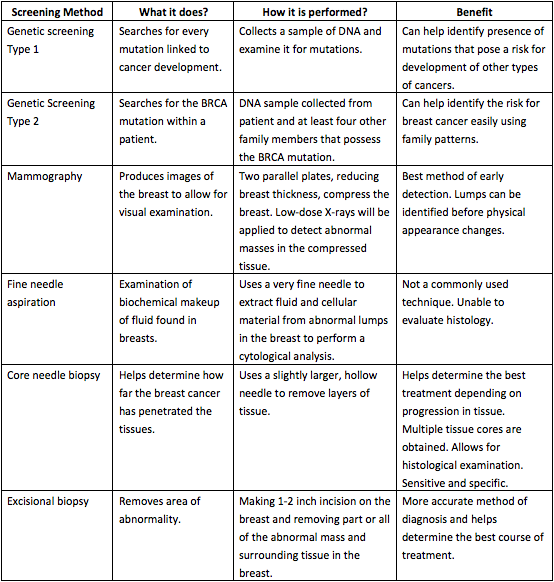
- screen_shot_2017-09-28_at_4.08.28_pm.png
- 554×582
- 2018/01/25 15:19
- 117 KB
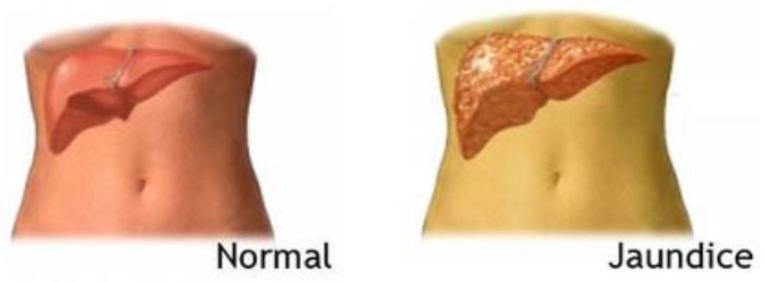
- screen_shot_2017-09-30_at_3.29.38_pm.png
- 764×282
- 2018/01/25 15:19
- 165.1 KB

- screen_shot_2017-09-30_at_5.03.43_pm.png
- 811×544
- 2018/01/25 15:19
- 224.8 KB

- screen_shot_2017-09-30_at_5.27.00_pm.png
- 761×500
- 2018/01/25 15:19
- 186.6 KB
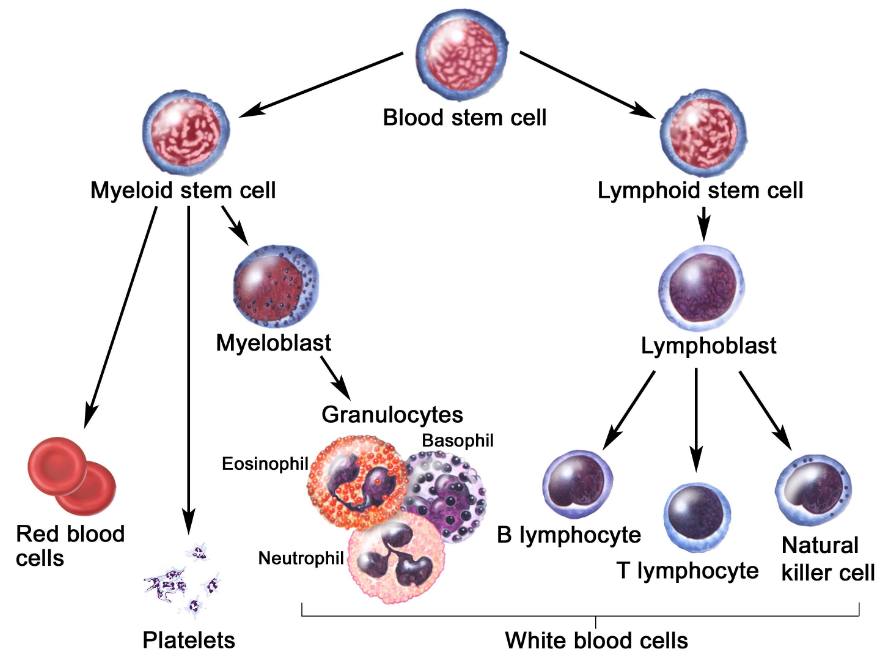
- screen_shot_2017-10-01_at_6.17.34_pm.png
- 890×662
- 2018/01/25 15:19
- 272.4 KB
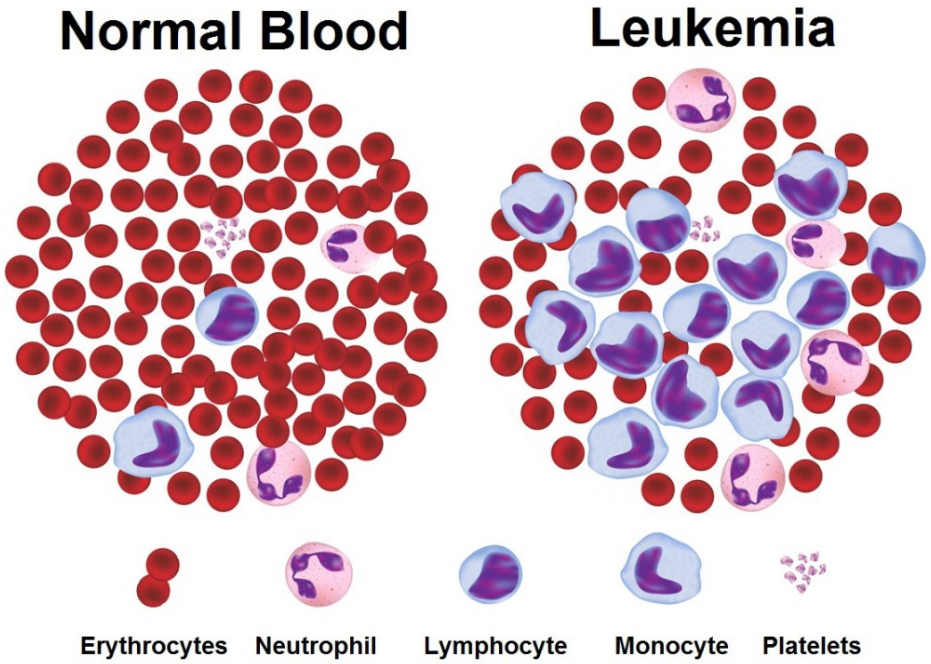
- screen_shot_2017-10-01_at_6.19.43_pm.png
- 931×664
- 2018/01/25 15:19
- 728.9 KB
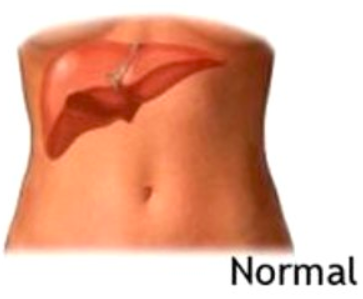
- screen_shot_2017-10-01_at_6.22.37_pm.png
- 363×299
- 2018/01/25 15:19
- 93.3 KB
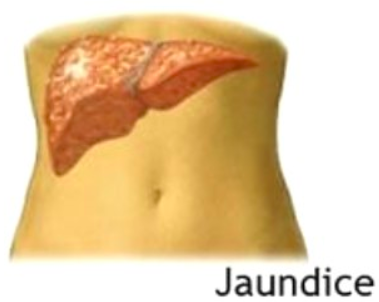
- screen_shot_2017-10-01_at_6.23.27_pm.png
- 379×302
- 2018/01/25 15:19
- 99.2 KB
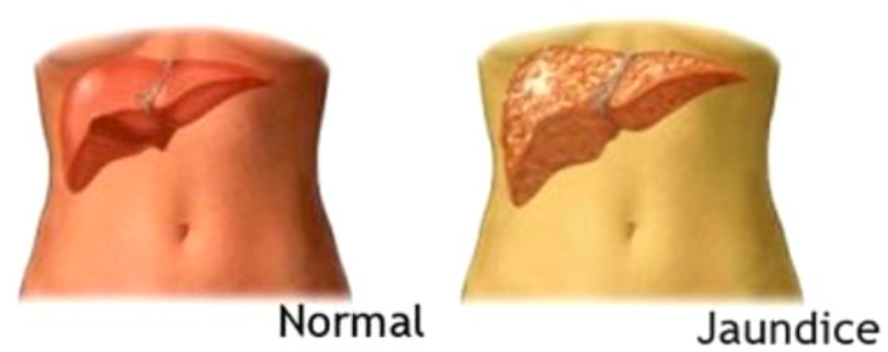
- screen_shot_2017-10-01_at_6.32.51_pm.png
- 888×352
- 2018/01/25 15:19
- 229.7 KB

- screen_shot_2017-10-01_at_12.42.47_pm.png
- 517×454
- 2018/01/25 15:19
- 143.1 KB
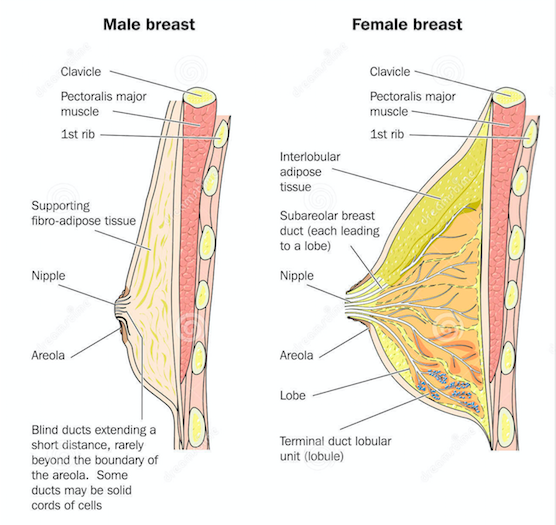
- screen_shot_2017-10-02_at_5.04.59_pm.png
- 556×525
- 2018/01/25 15:19
- 331.5 KB
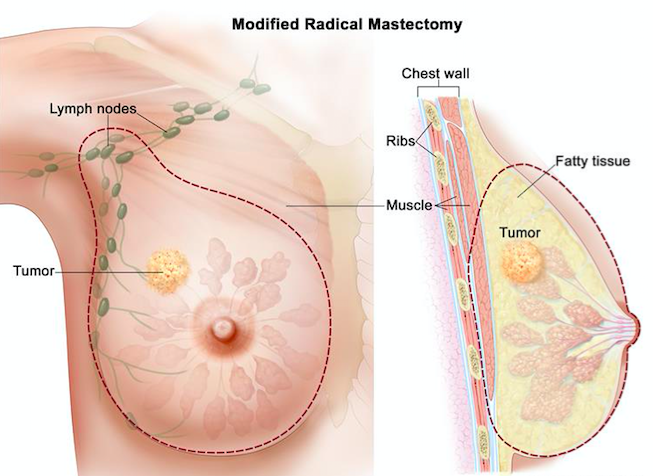
- screen_shot_2017-10-02_at_5.09.14_pm.png
- 653×476
- 2018/01/25 15:19
- 439.1 KB
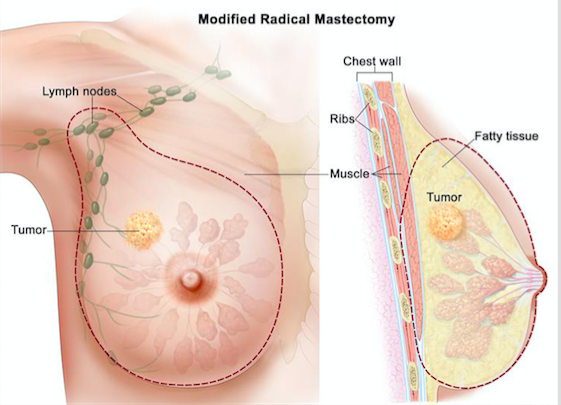
- screen_shot_2017-10-02_at_5.13.22_pm.png
- 561×405
- 2018/01/25 15:19
- 336.5 KB

- screen_shot_2017-10-02_at_5.15.13_am.png
- 2394×1180
- 2018/01/25 15:19
- 1.2 MB
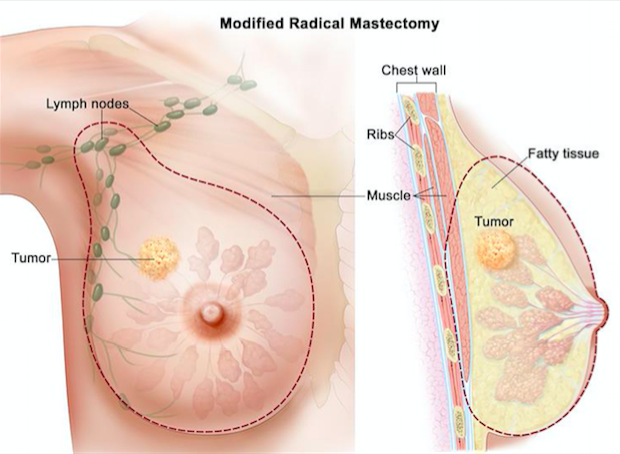
- screen_shot_2017-10-02_at_5.17.03_pm.png
- 620×454
- 2018/01/25 15:19
- 397.7 KB
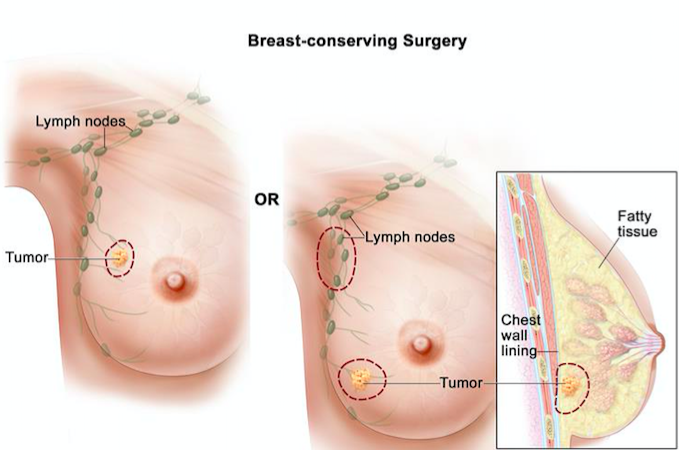
- screen_shot_2017-10-02_at_5.20.12_pm.png
- 679×450
- 2018/01/25 15:19
- 355.6 KB
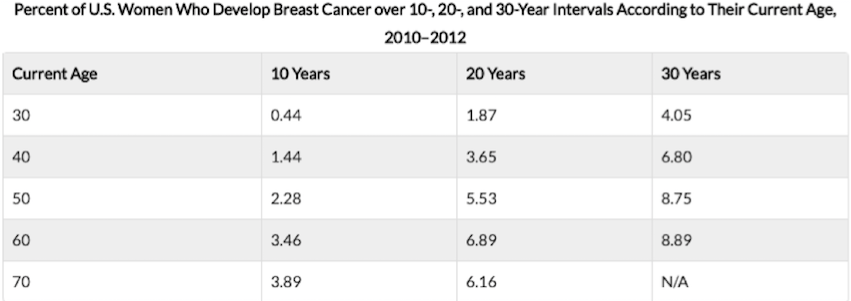
- screen_shot_2017-10-02_at_5.24.40_pm.png
- 851×301
- 2018/01/25 15:19
- 70.4 KB
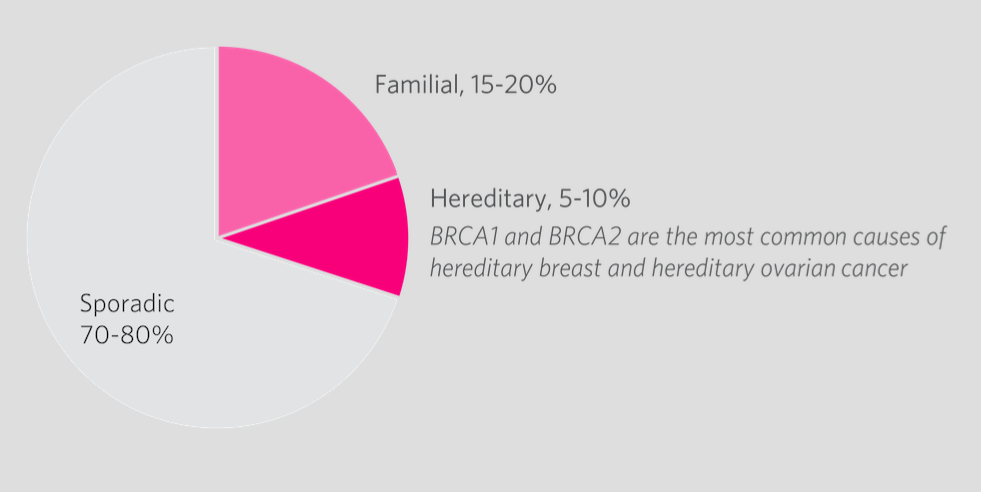
- screen_shot_2017-10-02_at_5.32.55_pm.png
- 981×492
- 2018/01/25 15:19
- 97.6 KB
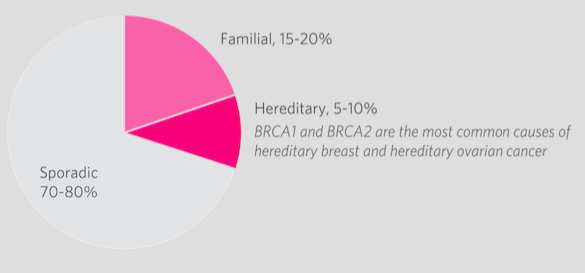
- screen_shot_2017-10-02_at_5.37.57_pm.png
- 585×273
- 2018/01/25 15:19
- 52.7 KB
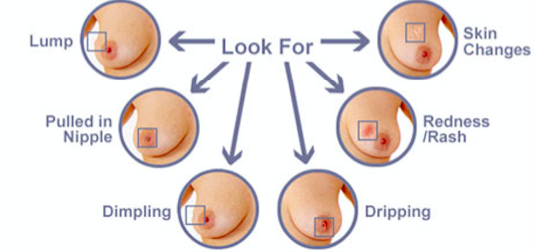
- screen_shot_2017-10-02_at_5.41.56_pm.png
- 534×252
- 2018/01/25 15:19
- 156.8 KB
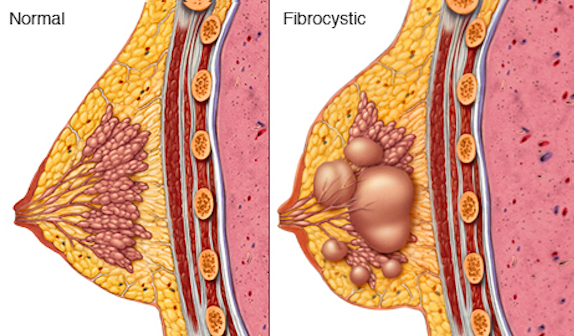
- screen_shot_2017-10-02_at_5.47.51_pm.png
- 574×336
- 2018/01/25 15:19
- 399 KB
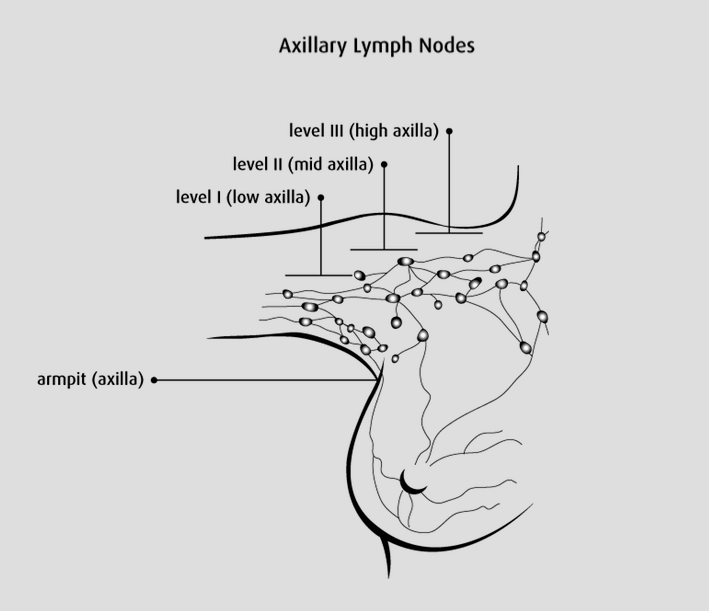
- screen_shot_2017-10-02_at_5.50.25_pm.png
- 709×611
- 2018/01/25 15:19
- 85.9 KB
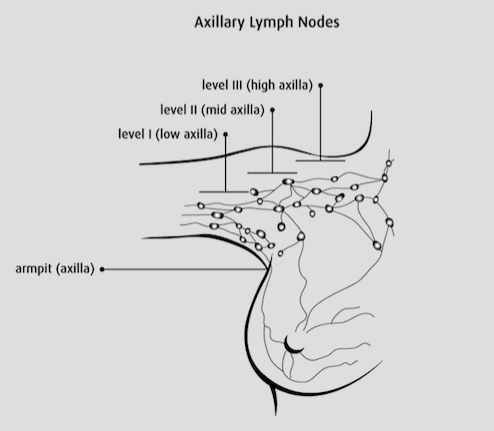
- screen_shot_2017-10-02_at_5.51.59_pm.png
- 494×431
- 2018/01/25 15:19
- 65.2 KB
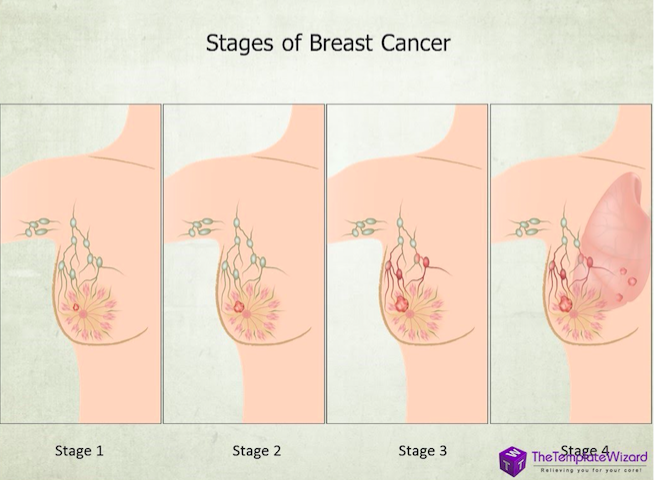
- screen_shot_2017-10-02_at_11.01.44_pm.png
- 655×480
- 2018/01/25 15:19
- 389.3 KB
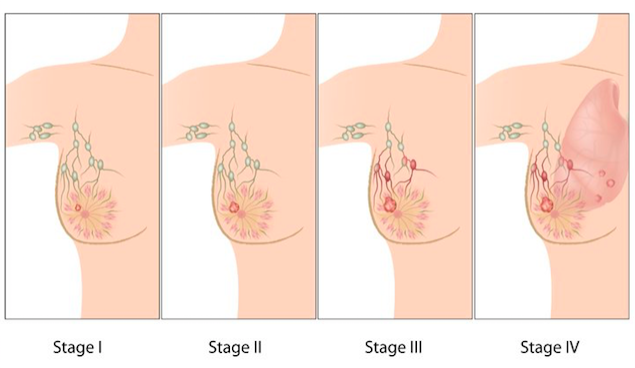
- screen_shot_2017-10-02_at_11.06.18_pm.png
- 635×368
- 2018/01/25 15:19
- 160.8 KB
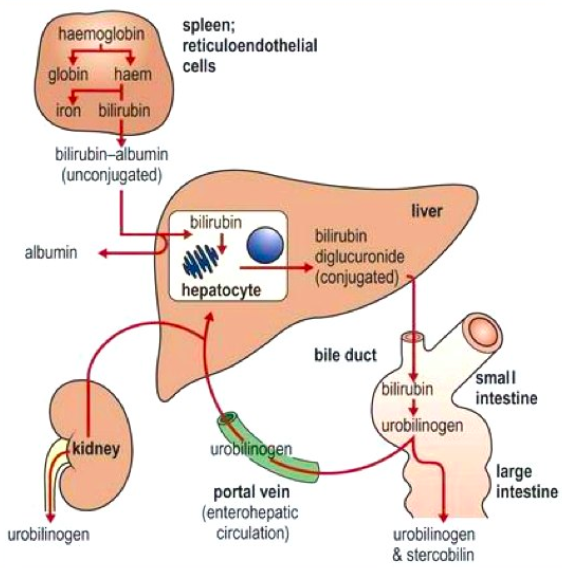
- screen_shot_2017-10-12_at_1.23.48_pm.png
- 571×570
- 2018/01/25 15:19
- 283.6 KB
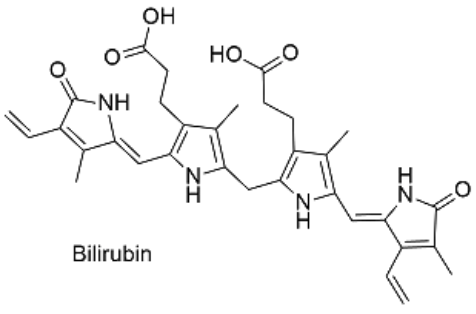
- screen_shot_2017-10-12_at_1.44.12_pm.png
- 476×314
- 2018/01/25 15:19
- 37.5 KB
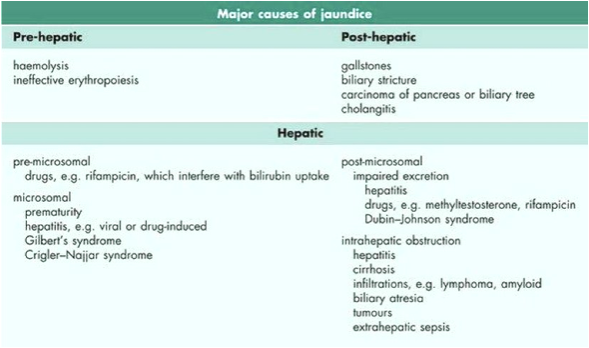
- screen_shot_2017-10-12_at_1.58.13_pm.png
- 589×348
- 2018/01/25 15:19
- 150.9 KB
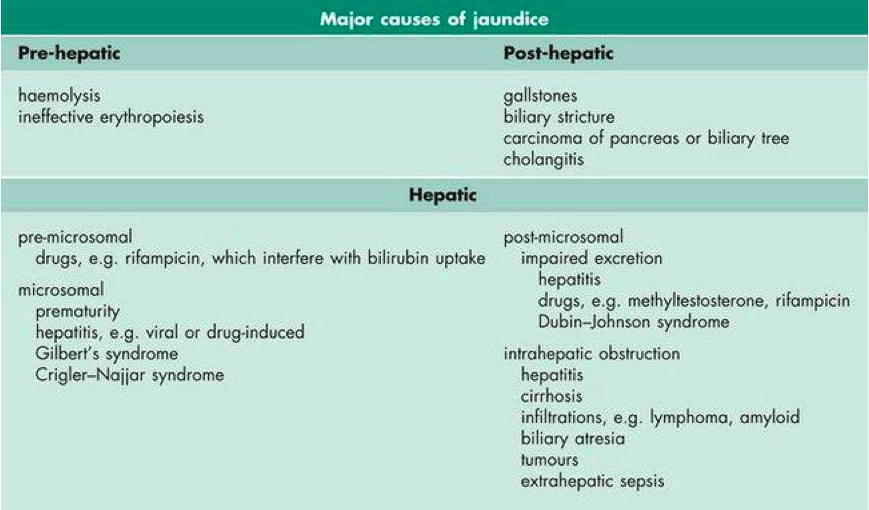
- screen_shot_2017-10-12_at_2.01.18_pm.png
- 869×510
- 2018/01/25 15:19
- 309.8 KB
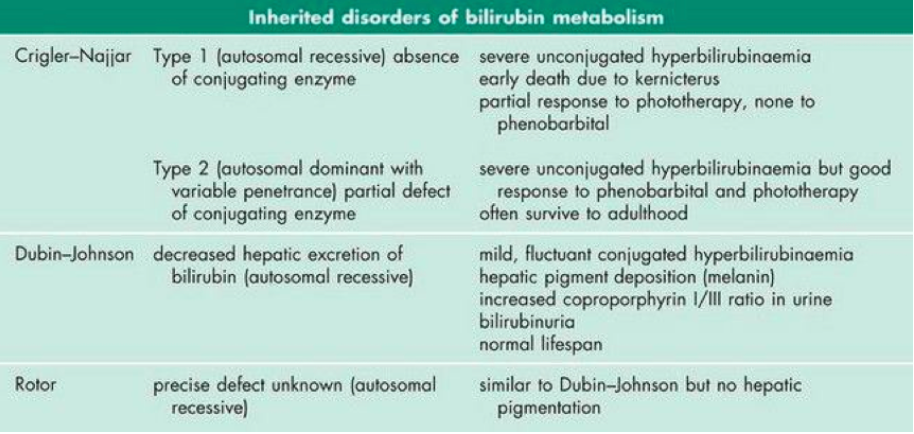
- screen_shot_2017-10-12_at_2.39.56_pm.png
- 914×434
- 2018/01/25 15:19
- 413.8 KB
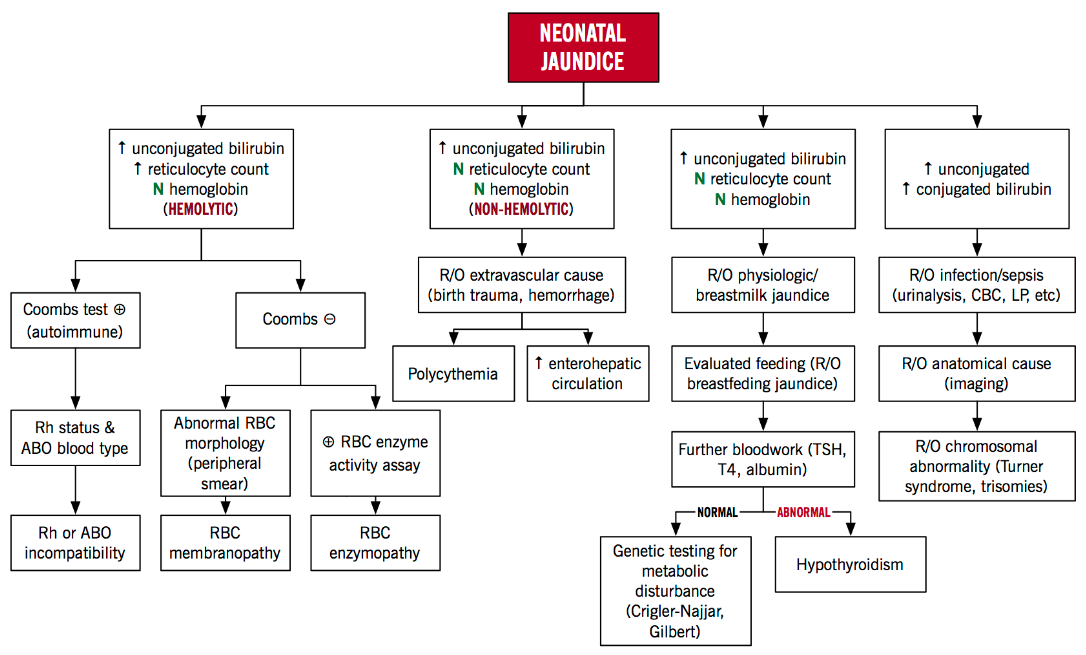
- screen_shot_2017-10-17_at_10.24.32_pm.png
- 1086×655
- 2018/01/25 15:19
- 185.1 KB

- screen_shot_2017-10-26_at_8.00.02_pm.png
- 1025×660
- 2018/01/25 15:19
- 735.7 KB
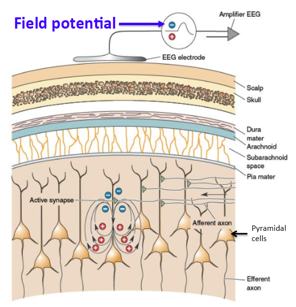
- screen_shot_2017-10-27_at_7.49.31_pm.png
- 296×307
- 2018/01/25 15:19
- 126.6 KB
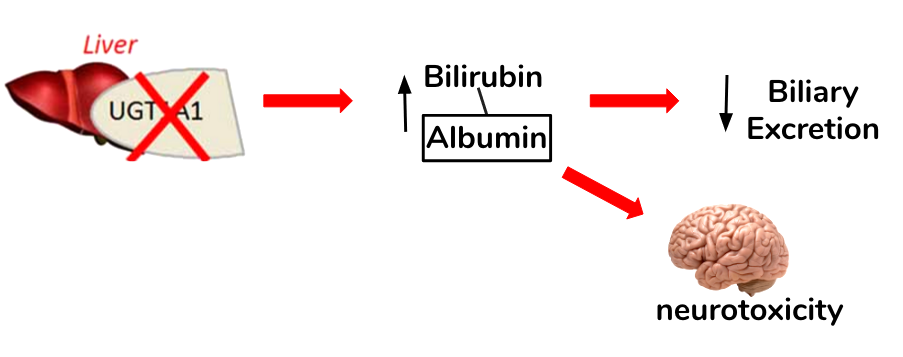
- screen_shot_2017-10-27_at_11.51.34_am.png
- 903×357
- 2018/01/25 15:19
- 87.1 KB

- screen_shot_2017-10-28_at_8.50.10_am.png
- 935×282
- 2018/01/25 15:19
- 238.5 KB
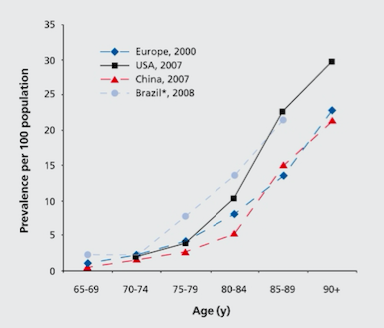
- screen_shot_2017-10-28_at_11.53.57_pm.png
- 384×328
- 2018/01/25 15:19
- 63.9 KB
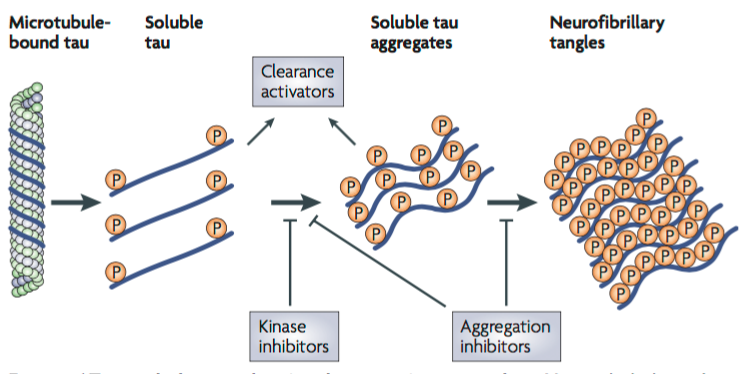
- screen_shot_2017-10-29_at_1.10.29_am.png
- 750×374
- 2018/01/25 15:19
- 191.3 KB
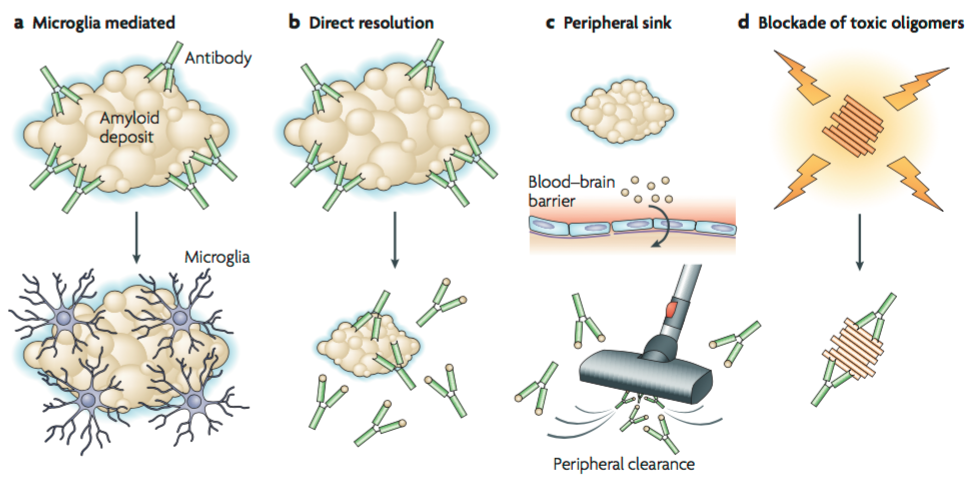
- screen_shot_2017-10-29_at_1.11.04_am.png
- 977×478
- 2018/01/25 15:19
- 379.8 KB
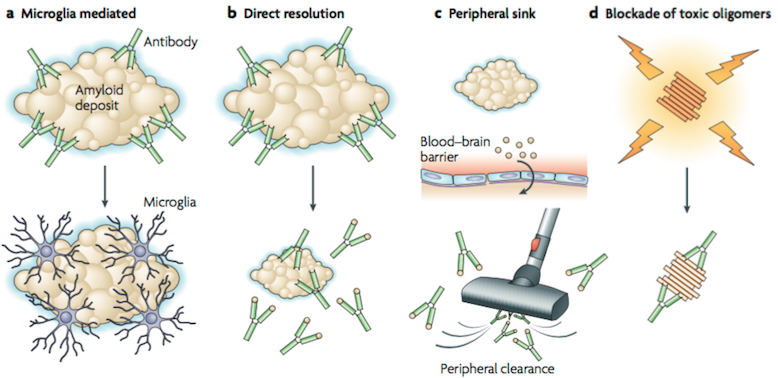
- screen_shot_2017-10-29_at_1.18.26_am.png
- 778×378
- 2018/01/25 15:19
- 288.8 KB
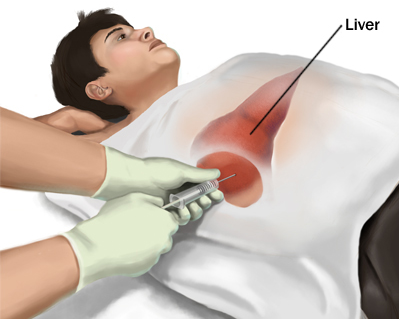
- screen_shot_2017-10-29_at_3.25.34_pm.png
- 399×319
- 2018/01/25 15:19
- 134.1 KB

- screen_shot_2017-10-29_at_12.29.16_am.png
- 567×248
- 2018/01/25 15:19
- 292.2 KB

- screen_shot_2017-10-29_at_12.33.48_am.png
- 579×253
- 2018/01/25 15:19
- 111.1 KB

- screen_shot_2017-11-07_at_4.24.53_pm.png
- 844×242
- 2018/01/25 15:19
- 42 KB
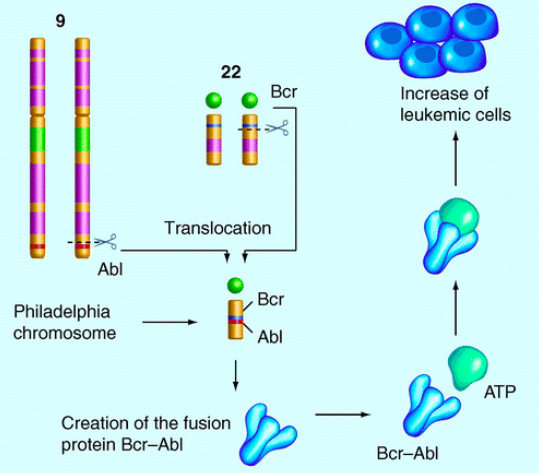
- screen_shot_2017-11-10_at_8.57.39_am.png
- 539×474
- 2018/01/25 15:19
- 355.8 KB
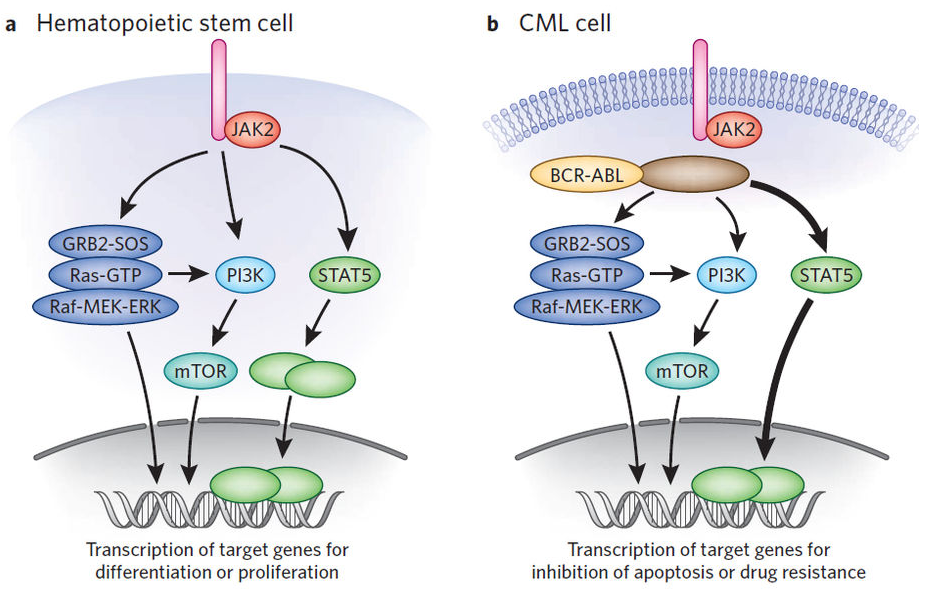
- screen_shot_2017-11-14_at_9.03.56_am.png
- 930×592
- 2018/01/25 15:19
- 459 KB
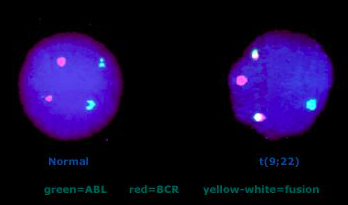
- screen_shot_2017-11-16_at_11.30.26_am.png
- 348×205
- 2018/01/25 15:19
- 66.1 KB
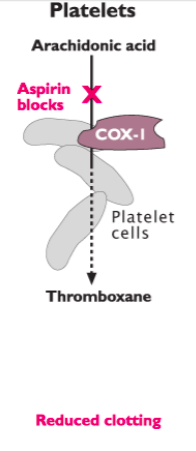
- screen_shot_2017-11-26_at_11.08.29_pm.png
- 196×451
- 2018/01/25 15:19
- 39.8 KB

- screen_shot_2017-11-27_at_12.06.14_am.png
- 564×435
- 2018/01/25 15:19
- 275 KB
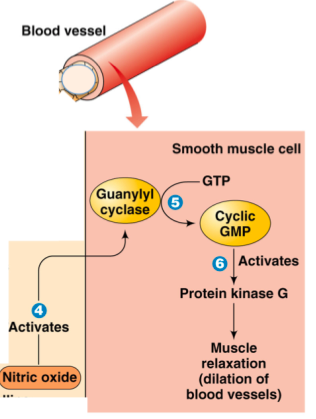
- screen_shot_2017-11-27_at_12.06.29_am.png
- 316×419
- 2018/01/25 15:19
- 88.2 KB
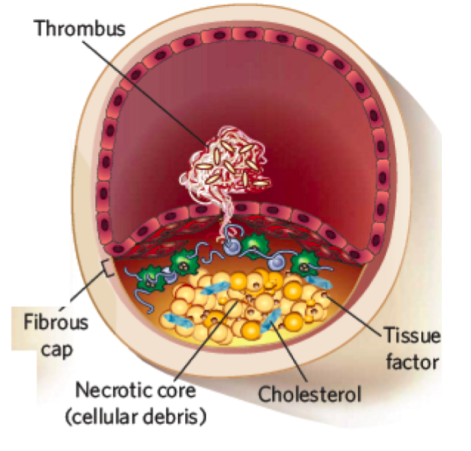
- screen_shot_2017-11-28_at_3.21.04_am.png
- 471×451
- 2018/01/25 15:19
- 258.8 KB
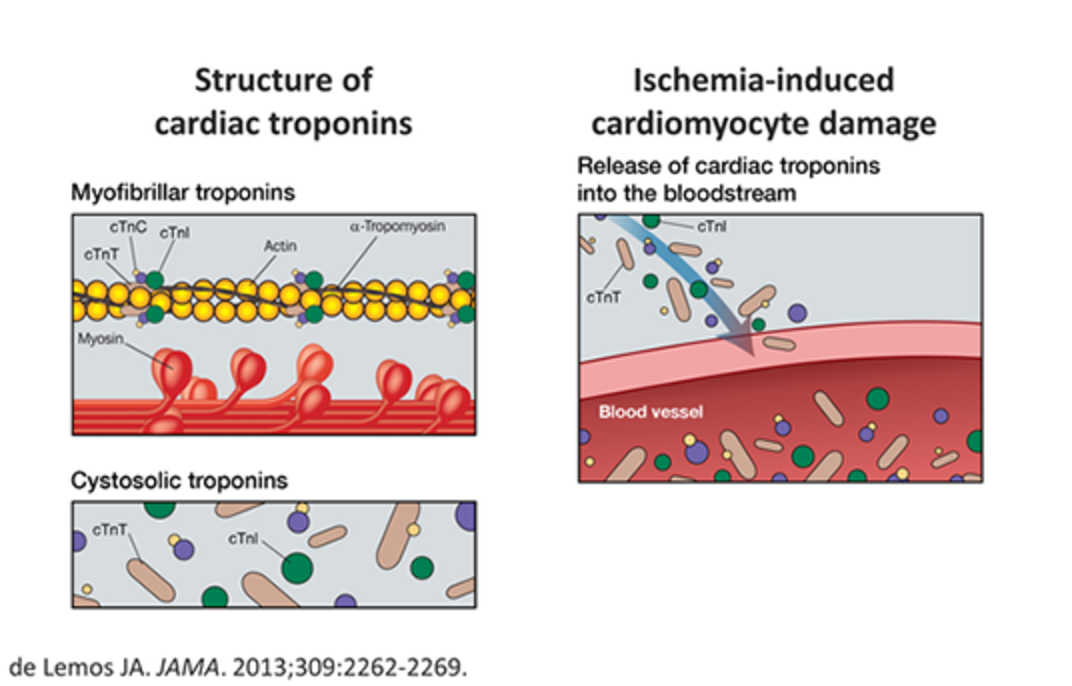
- screen_shot_2017-11-28_at_10.39.12_pm.png
- 1072×686
- 2018/01/25 15:19
- 407.3 KB
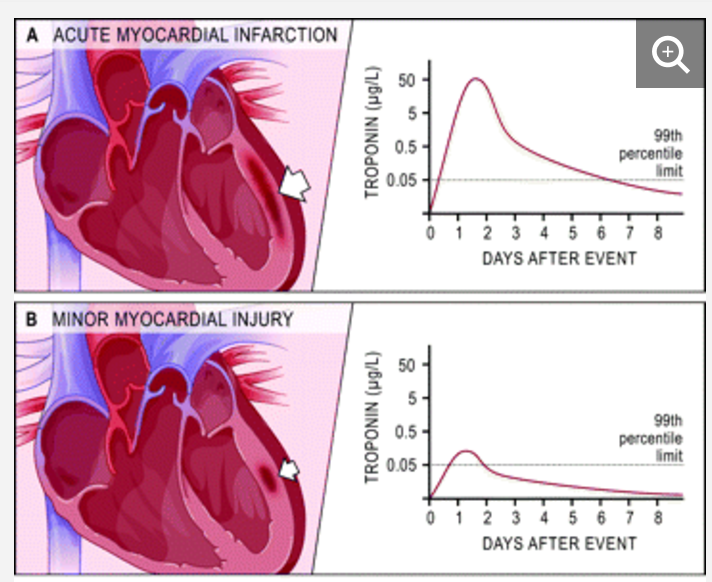
- screen_shot_2017-11-28_at_10.43.29_pm.png
- 712×582
- 2018/01/25 15:19
- 537.6 KB
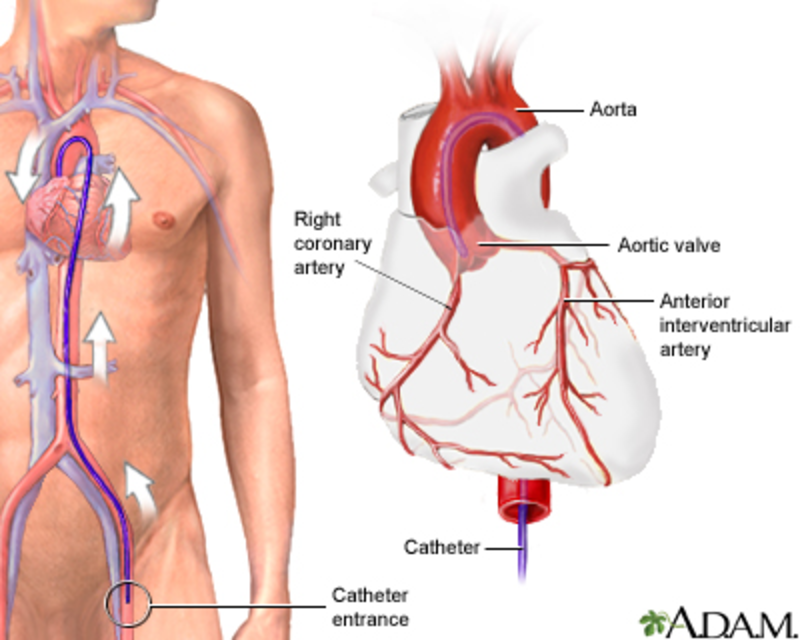
- screen_shot_2017-11-28_at_11.18.11_pm.png
- 800×640
- 2018/01/25 15:19
- 596.7 KB
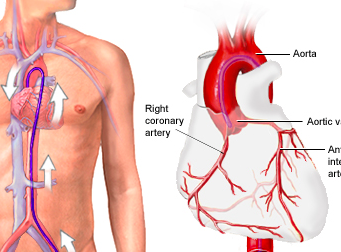
- screen_shot_2017-11-29_at_2.21.39_am.png
- 341×252
- 2018/01/25 15:19
- 141 KB
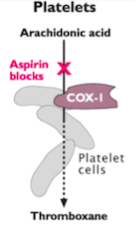
- screen_shot_2017-12-01_at_11.13.45_pm.png
- 135×232
- 2018/01/25 15:19
- 28.9 KB
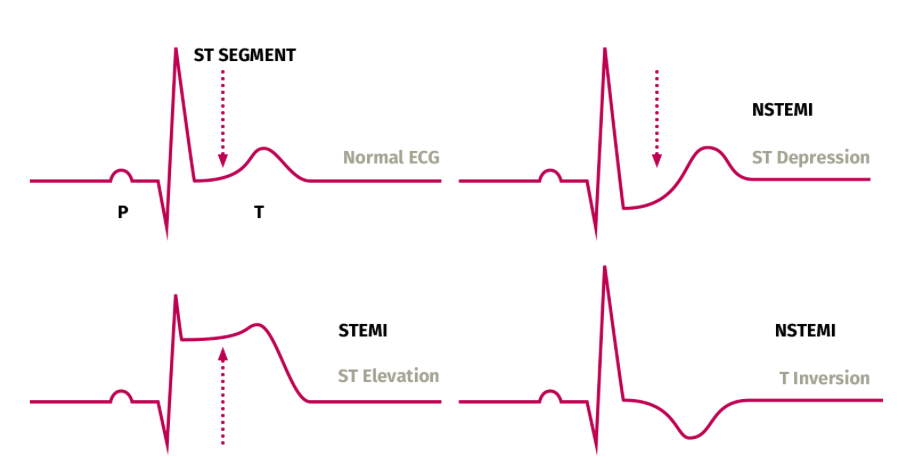
- screen_shot_2017-12-01_at_11.59.29_pm.png
- 920×462
- 2018/01/25 15:19
- 74.5 KB
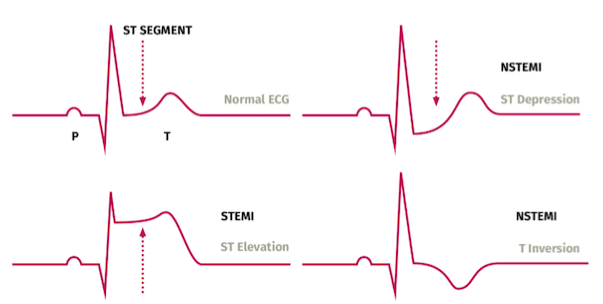
- screen_shot_2017-12-02_at_12.01.58_am.png
- 603×304
- 2018/01/25 15:19
- 60.8 KB
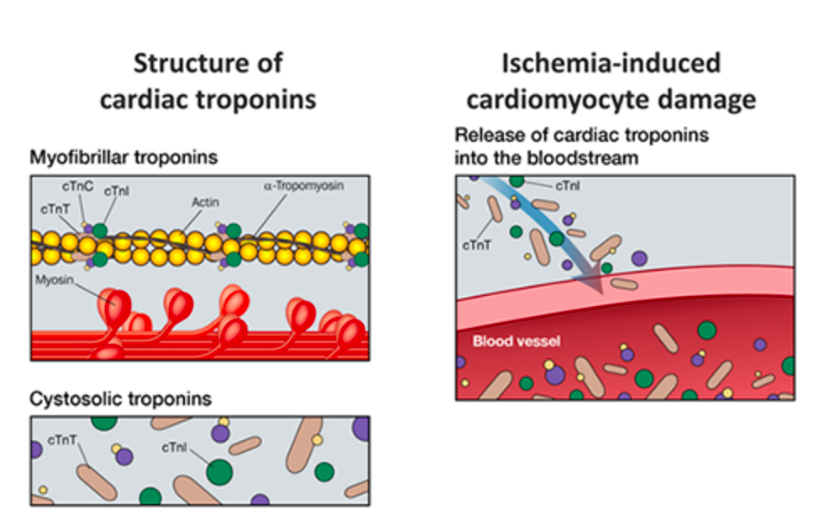
- screen_shot_2017-12-02_at_12.04.45_am.png
- 815×523
- 2018/01/25 15:19
- 290.7 KB
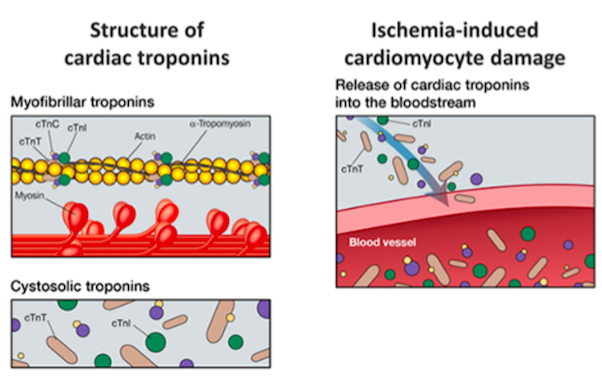
- screen_shot_2017-12-02_at_12.06.15_am.png
- 602×376
- 2018/01/25 15:19
- 198.3 KB
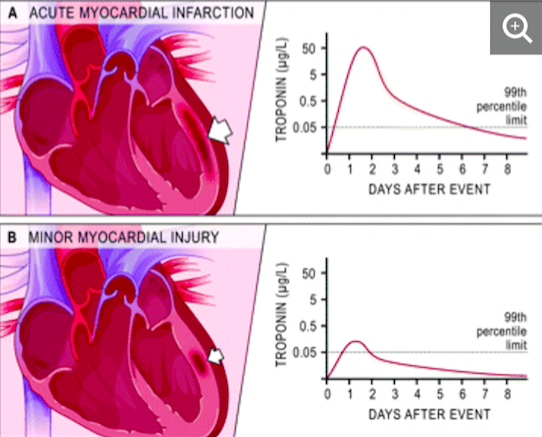
- screen_shot_2017-12-02_at_12.07.53_am.png
- 542×437
- 2018/01/25 15:19
- 334 KB
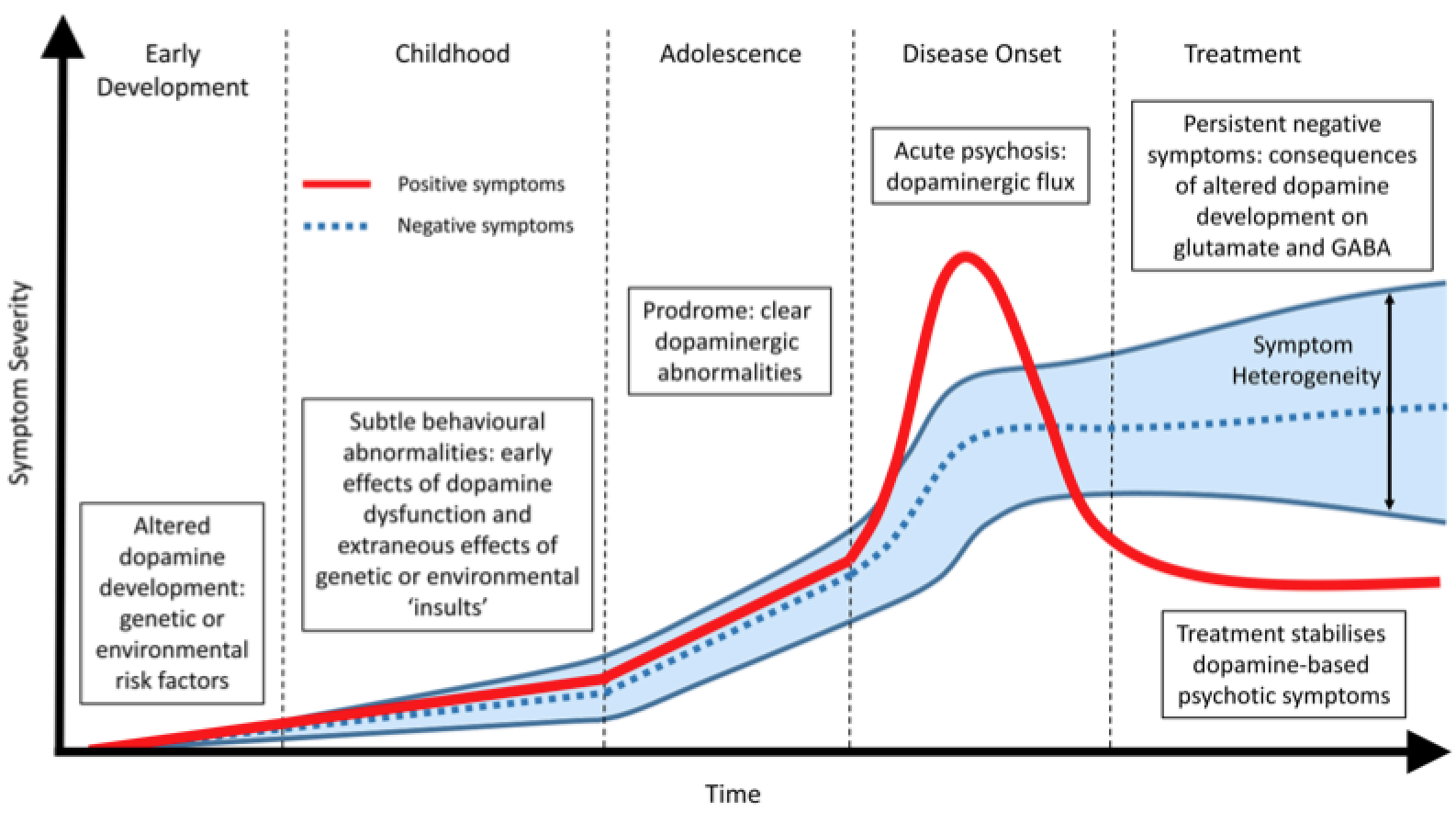
- screen_shot_2018-01-25_at_12.36.51_pm.png
- 1586×908
- 2018/01/25 15:19
- 271.3 KB
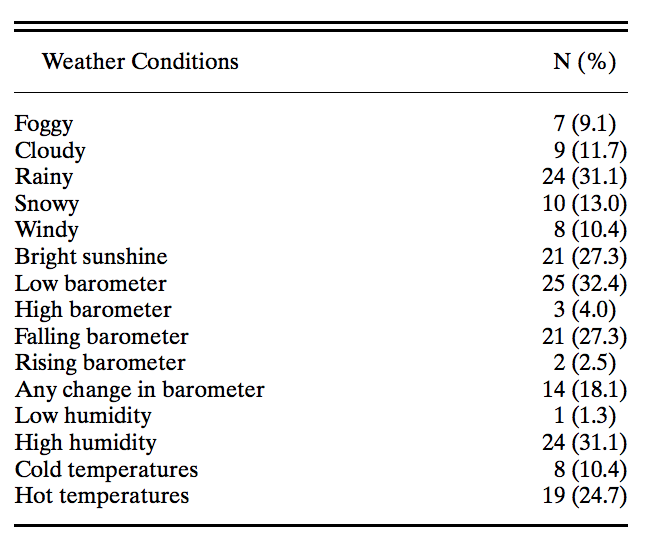
- screen_shot_2018-01-31_at_3.57.01_pm.png
- 646×546
- 2018/02/02 14:23
- 79 KB
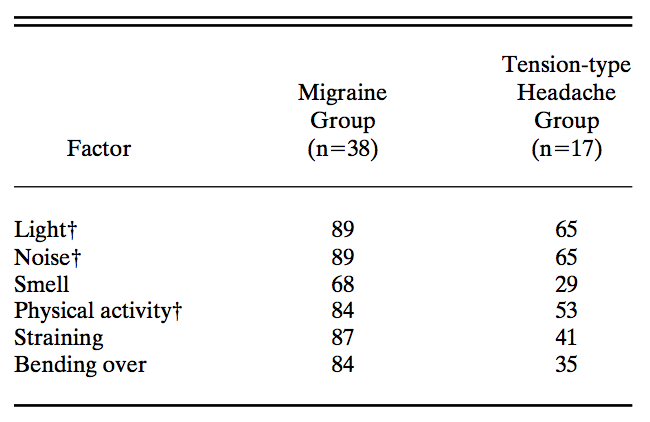
- screen_shot_2018-01-31_at_4.26.23_pm.png
- 650×422
- 2018/02/02 14:23
- 43.3 KB

- screen_shot_2018-01-31_at_4.32.26_am.png
- 1038×832
- 2018/02/02 18:46
- 290.1 KB

- screen_shot_2018-02-01_at_4.57.09_pm.png
- 760×567
- 2018/02/01 17:02
- 570.5 KB
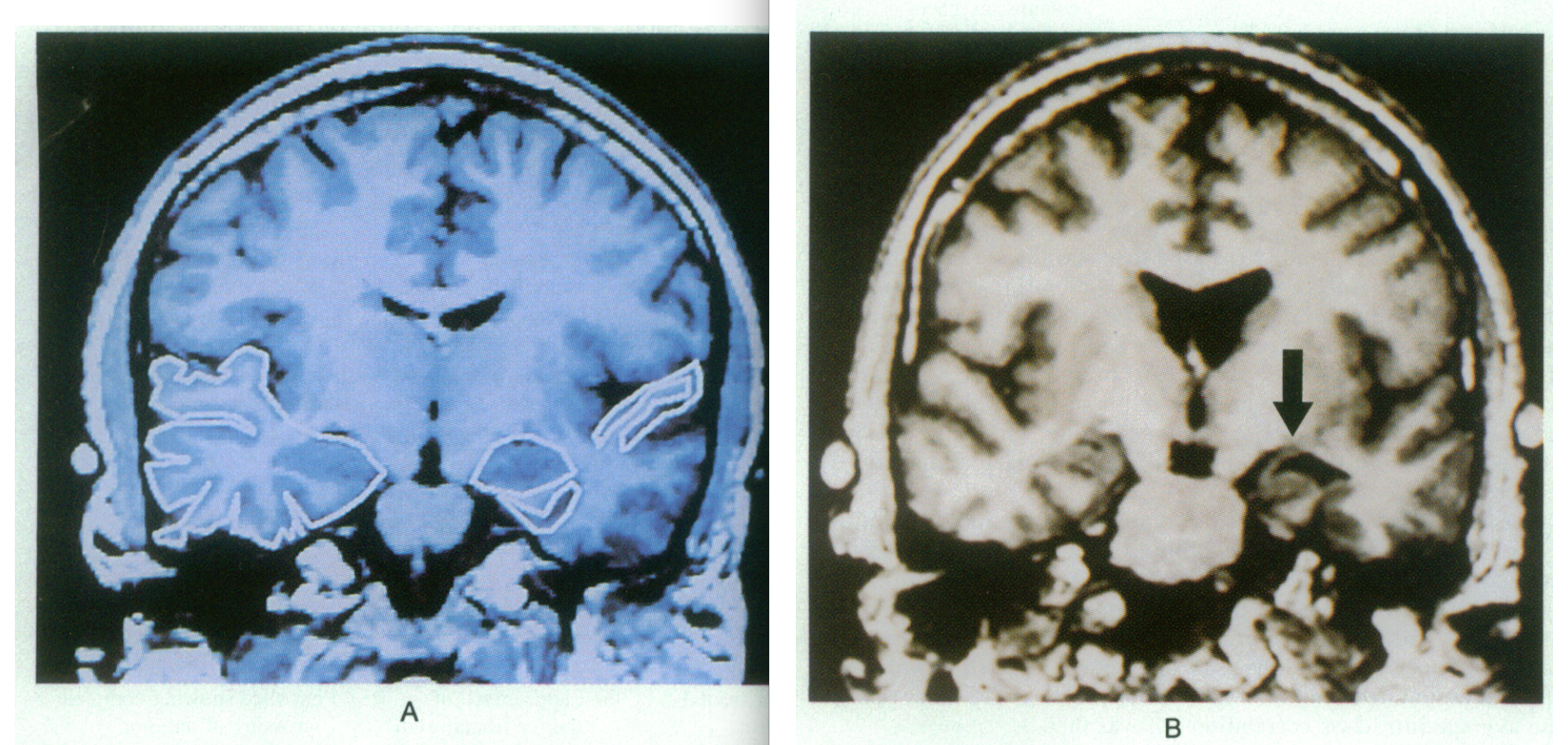
- screen_shot_2018-02-01_at_7.24.04_pm.png
- 2552×1212
- 2018/02/01 19:27
- 6.6 MB
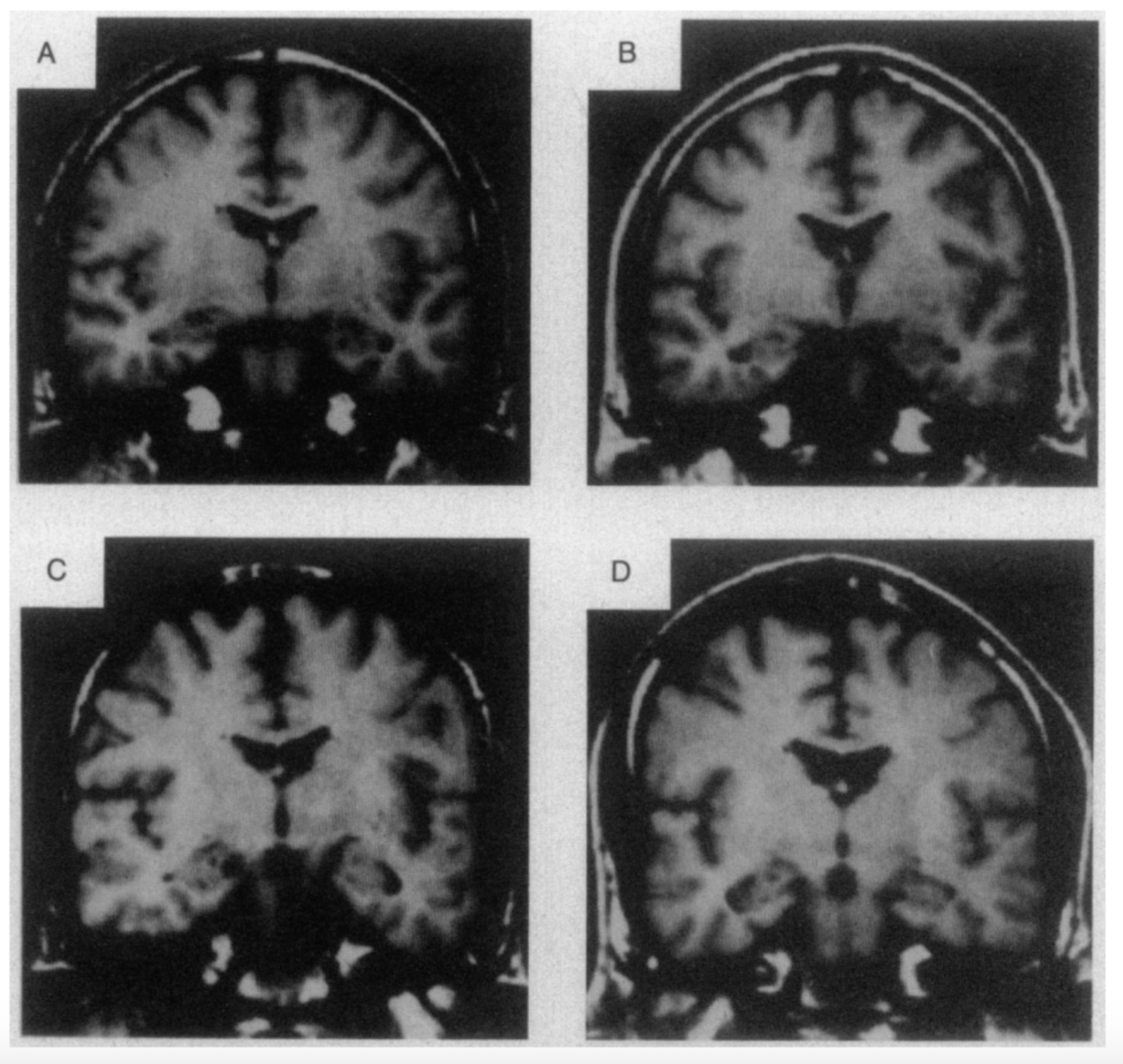
- screen_shot_2018-02-01_at_7.37.00_pm.png
- 1300×1232
- 2018/02/01 19:45
- 1.4 MB
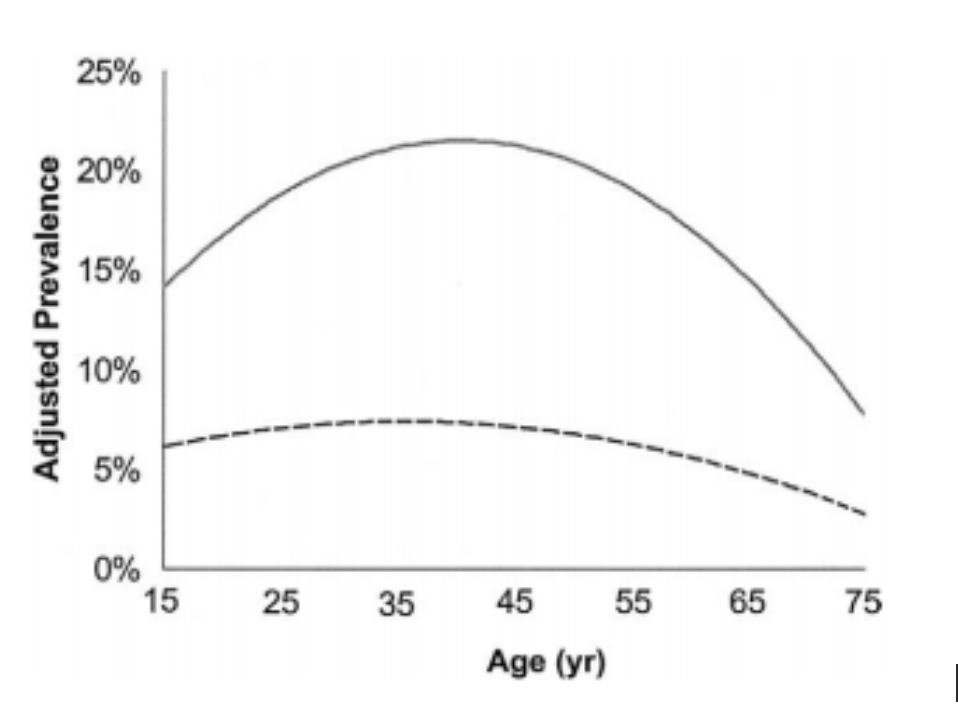
- screen_shot_2018-02-02_at_1.54.01_pm.png
- 958×726
- 2018/02/02 14:09
- 217.3 KB
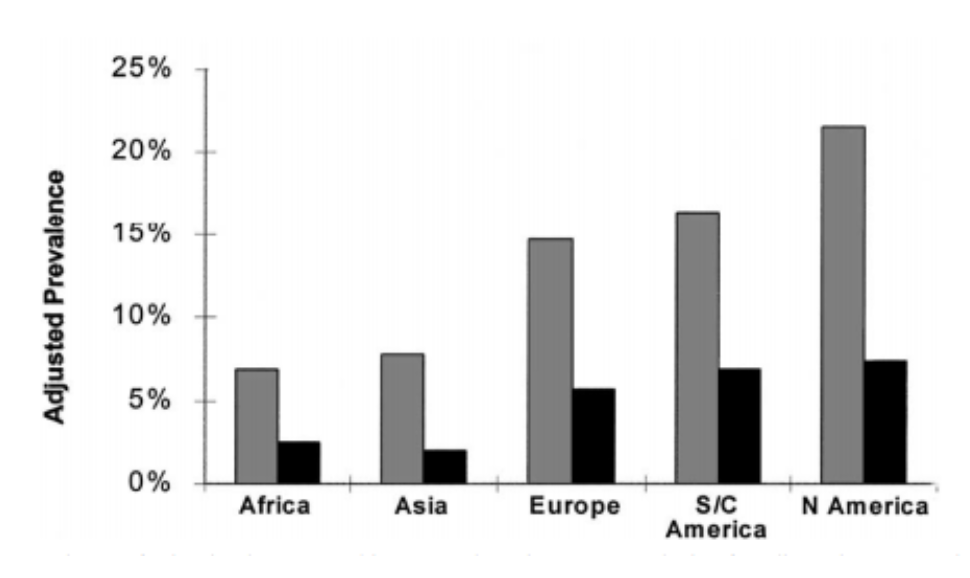
- screen_shot_2018-02-02_at_1.54.10_pm.png
- 970×578
- 2018/02/02 14:14
- 215.7 KB

- screen_shot_2018-02-02_at_6.26.10_pm.png
- 528×524
- 2018/02/02 18:26
- 201.1 KB
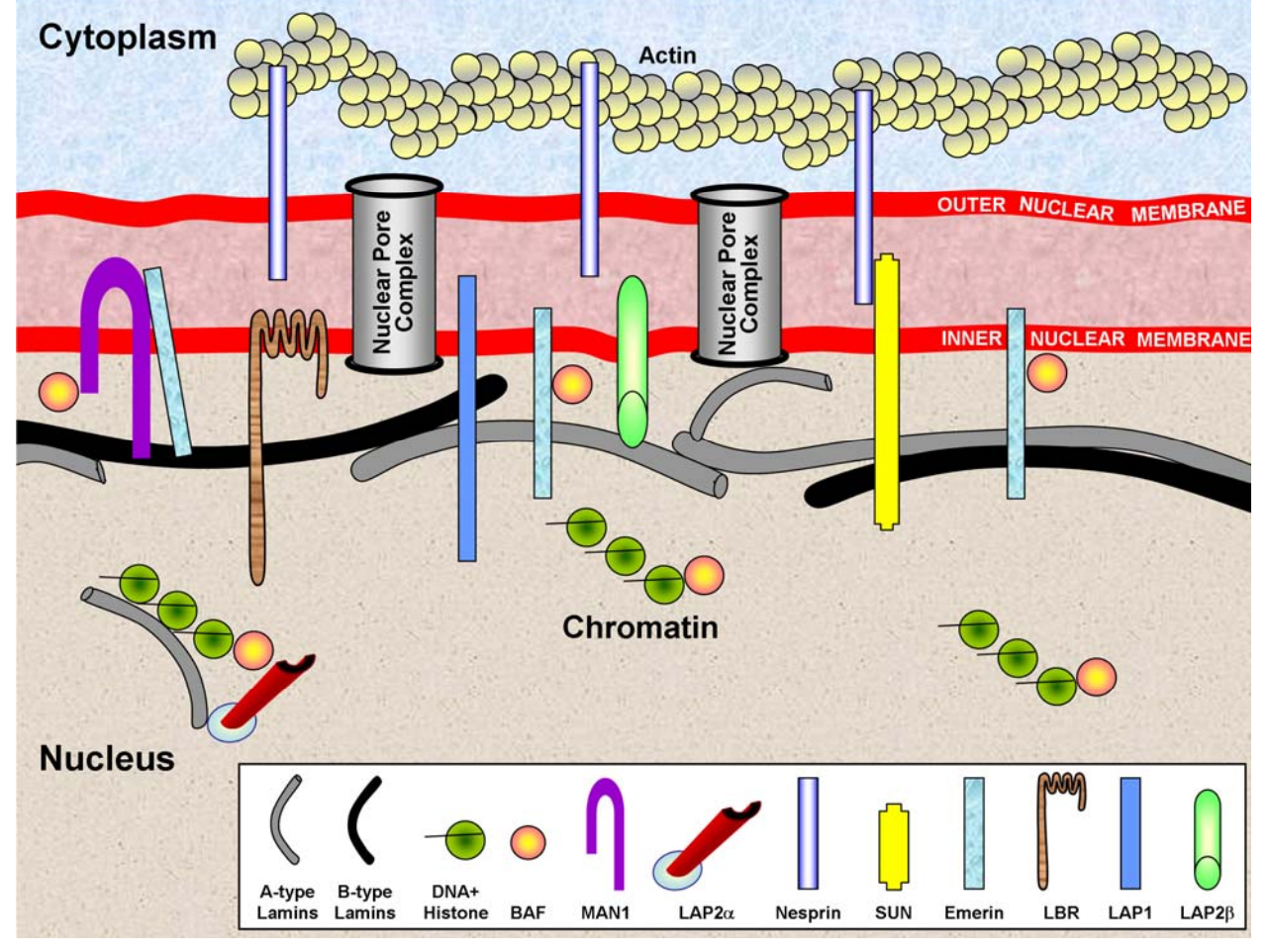
- screen_shot_2018-02-25_at_10.38.01_am.png
- 1282×962
- 2018/03/02 14:58
- 1.7 MB
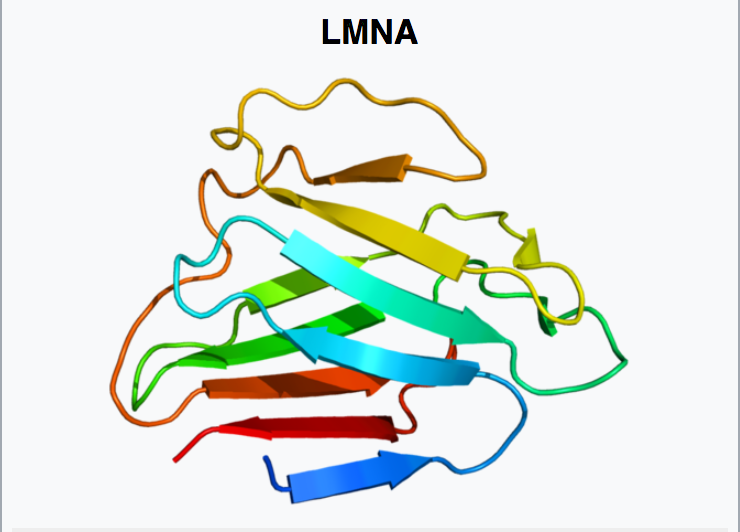
- screen_shot_2018-02-25_at_10.54.08_am.png
- 740×532
- 2018/03/02 14:58
- 170.7 KB
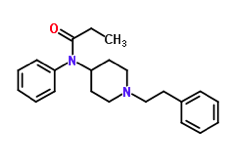
- screen_shot_2018-03-01_at_5.32.09_pm.png
- 231×153
- 2018/03/01 17:35
- 14.3 KB
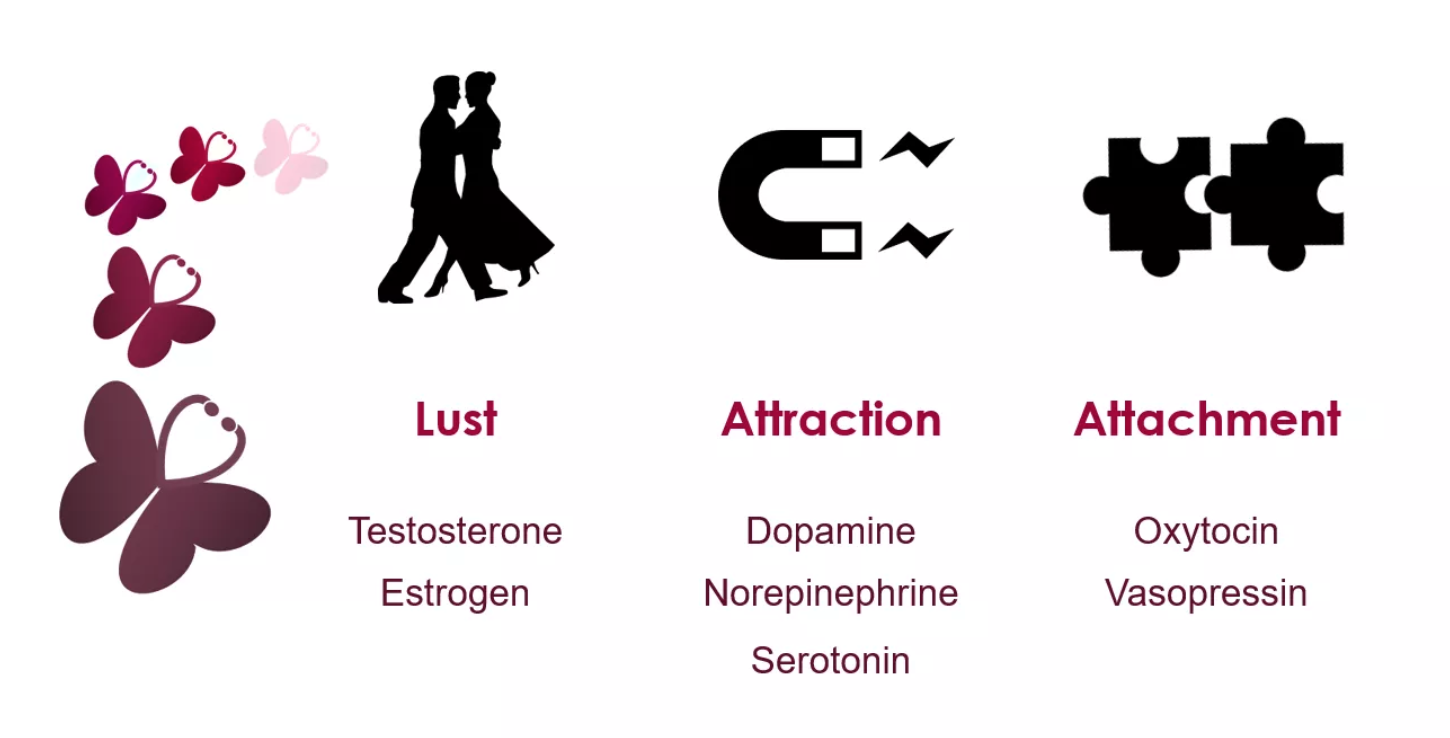
- screen_shot_2018-03-01_at_6.01.45_am.png
- 1450×738
- 2018/03/02 15:42
- 338.5 KB

- screen_shot_2018-03-02_at_3.52.29_am.png
- 190×248
- 2018/03/02 03:53
- 59.3 KB
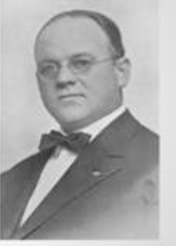
- screen_shot_2018-03-02_at_3.52.34_am.png
- 176×246
- 2018/03/02 03:59
- 39.7 KB
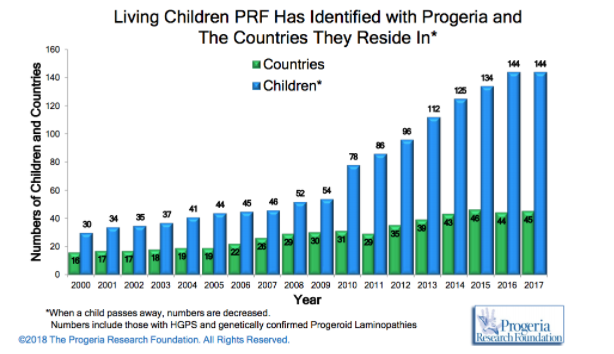
- screen_shot_2018-03-02_at_4.02.11_am.png
- 614×354
- 2018/03/02 04:04
- 143.7 KB
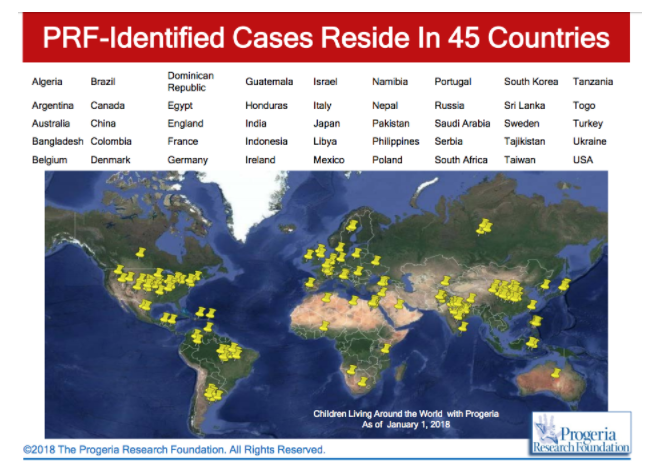
- screen_shot_2018-03-02_at_4.02.19_am.png
- 656×468
- 2018/03/02 04:05
- 387.9 KB
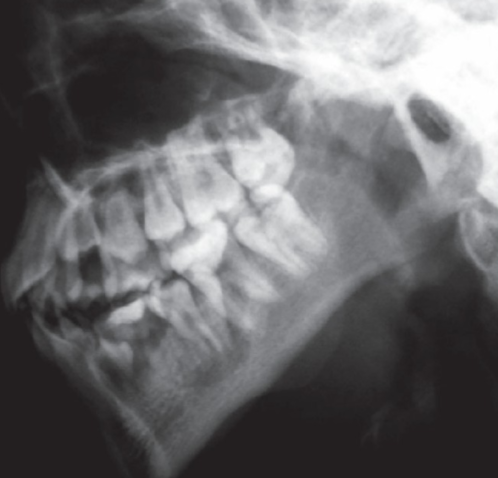
- screen_shot_2018-03-02_at_4.06.11_am.png
- 498×478
- 2018/03/02 04:20
- 204.8 KB
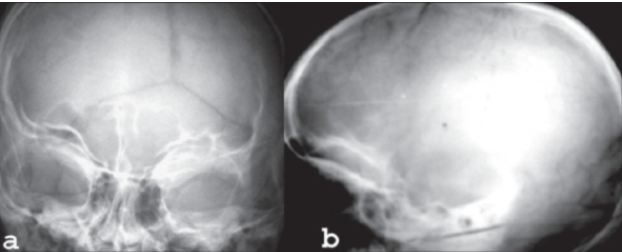
- screen_shot_2018-03-02_at_4.06.16_am.png
- 622×252
- 2018/03/02 04:20
- 165 KB

- screen_shot_2018-03-02_at_4.06.22_am.png
- 614×200
- 2018/03/02 04:24
- 156.2 KB
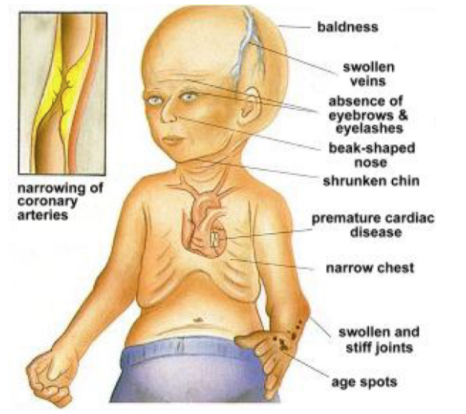
- screen_shot_2018-03-02_at_4.06.29_am.png
- 466×414
- 2018/03/02 04:24
- 293.2 KB
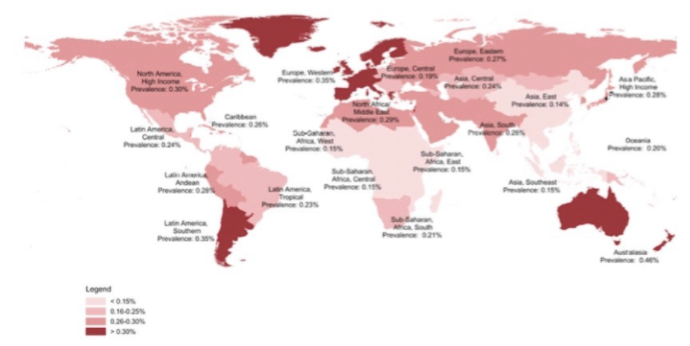
- screen_shot_2018-03-02_at_7.53.21_pm.png
- 690×346
- 2018/03/02 19:56
- 206.5 KB

- screen_shot_2018-03-02_at_8.00.49_pm.png
- 327×245
- 2018/03/02 20:01
- 94.5 KB
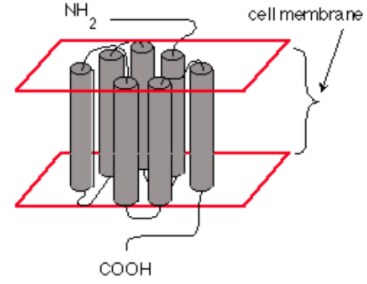
- screen_shot_2018-03-02_at_8.05.22_pm.png
- 367×284
- 2018/03/02 20:07
- 38.8 KB
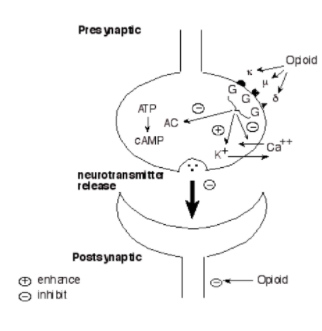
- screen_shot_2018-03-02_at_8.05.30_pm.png
- 322×331
- 2018/03/02 20:15
- 40.4 KB
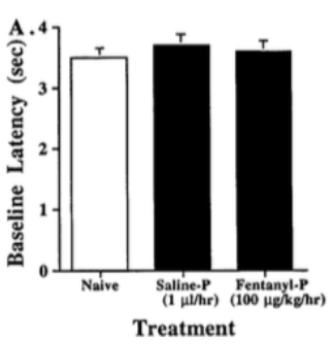
- screen_shot_2018-03-02_at_8.17.51_pm.png
- 336×348
- 2018/03/02 20:29
- 40 KB
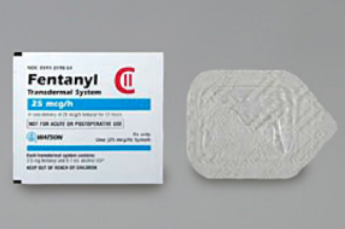
- screen_shot_2018-03-02_at_8.54.45_pm.png
- 345×229
- 2018/03/02 21:08
- 97.1 KB
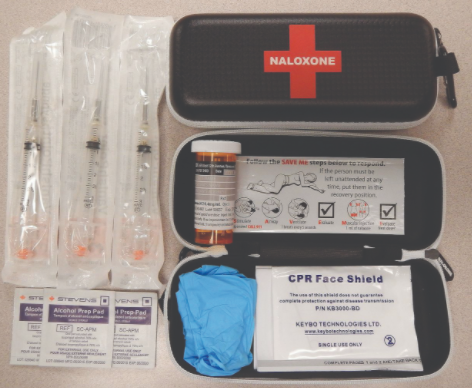
- screen_shot_2018-03-02_at_9.15.37_pm.png
- 472×388
- 2018/03/02 21:19
- 316.5 KB
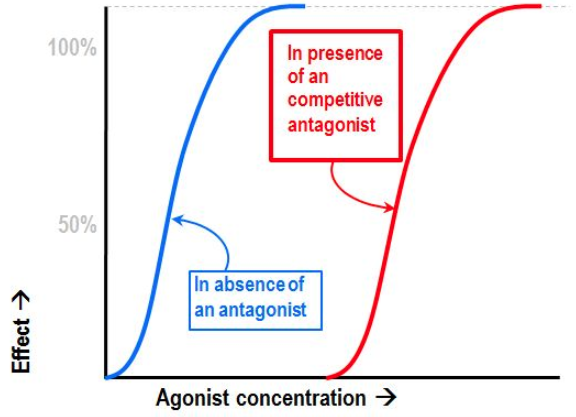
- screen_shot_2018-03-02_at_9.15.46_pm.png
- 576×417
- 2018/03/02 21:21
- 166 KB
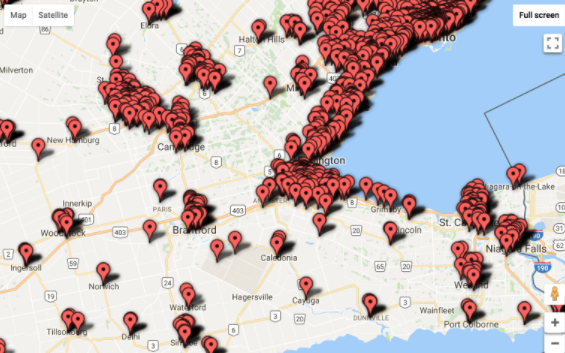
- screen_shot_2018-03-02_at_9.16.00_pm.png
- 565×353
- 2018/03/02 21:23
- 318.1 KB

- screen_shot_2018-03-02_at_11.21.44_am.png
- 910×882
- 2018/03/02 11:49
- 96.2 KB
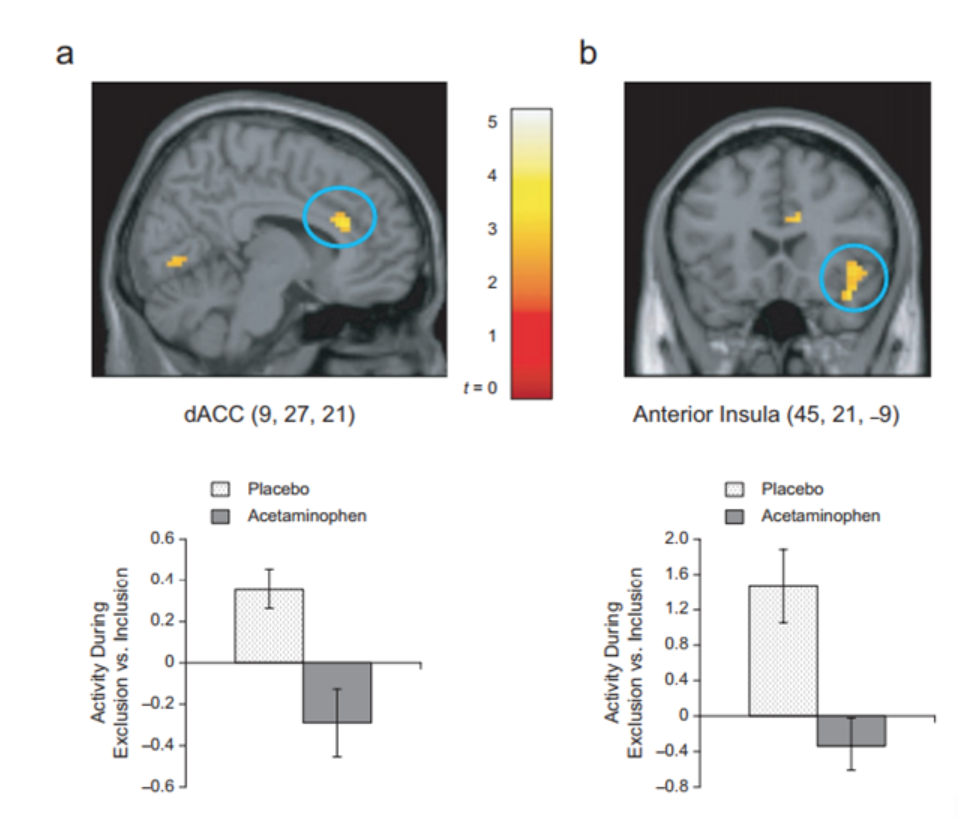
- screen_shot_2018-03-02_at_11.44.29_am.png
- 974×830
- 2018/03/02 12:10
- 455.8 KB
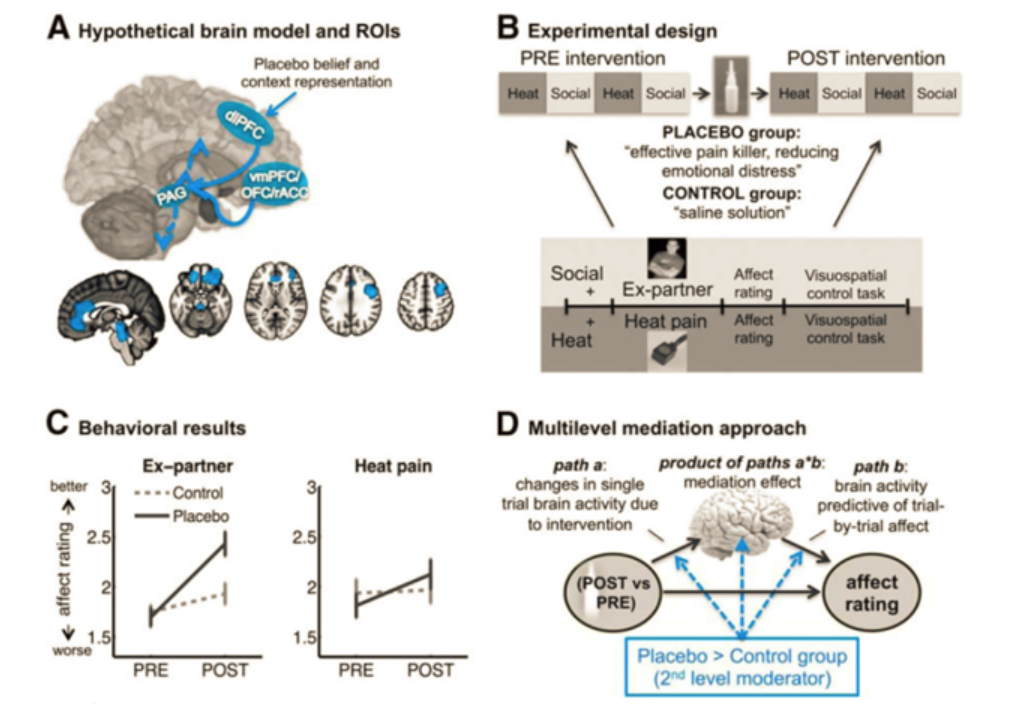
- screen_shot_2018-03-02_at_11.44.38_am.png
- 1024×712
- 2018/03/02 12:11
- 650.4 KB
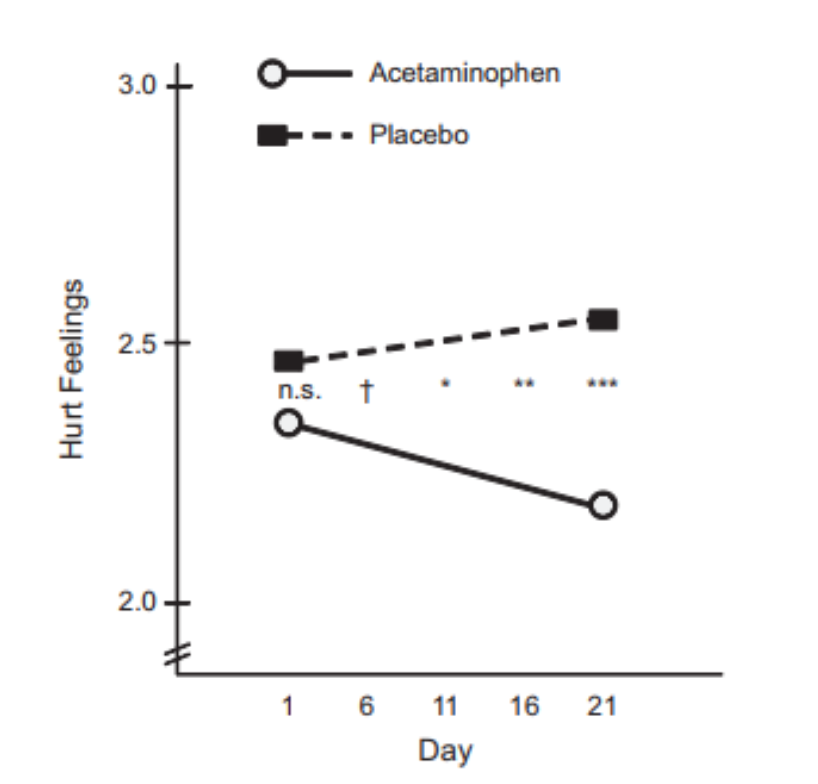
- screen_shot_2018-03-02_at_12.04.58_pm.png
- 818×784
- 2018/03/02 12:05
- 104.1 KB
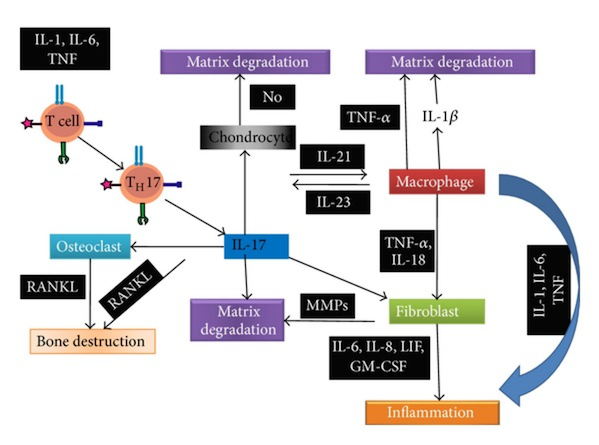
- screen_shot_2018-03-09_at_5.59.54_pm.png
- 599×445
- 2018/01/25 15:19
- 194 KB
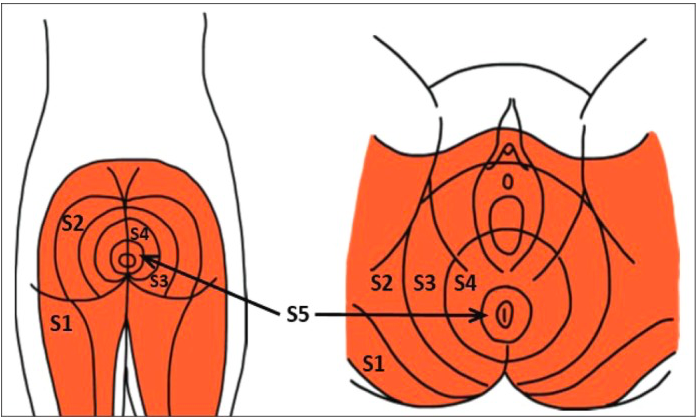
- screen_shot_2018-03-21_at_7.18.25_pm.png
- 698×418
- 2018/03/29 16:43
- 317.6 KB
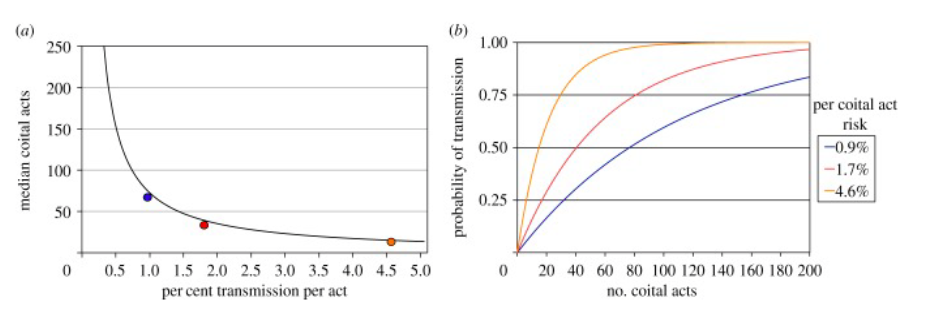
- screen_shot_2018-03-27_at_6.17.22_pm.png
- 929×314
- 2018/03/29 15:13
- 144.2 KB
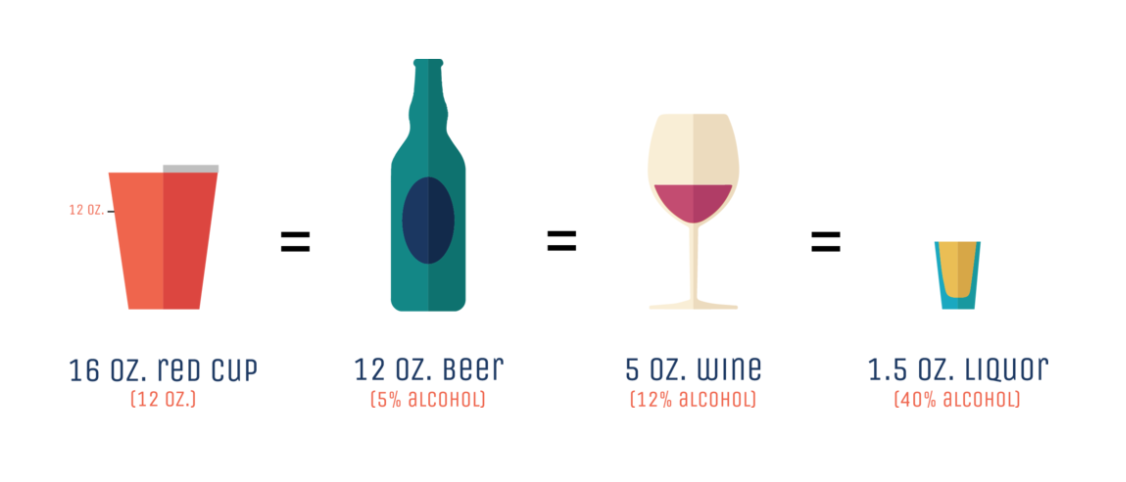
- screen_shot_2018-03-30_at_4.13.38_pm.png
- 1126×482
- 2018/03/30 16:14
- 77.3 KB
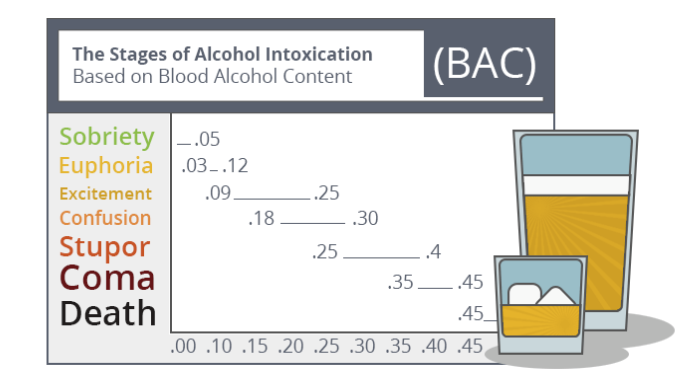
- screen_shot_2018-03-30_at_4.25.16_pm.png
- 692×386
- 2018/03/30 16:26
- 97.6 KB
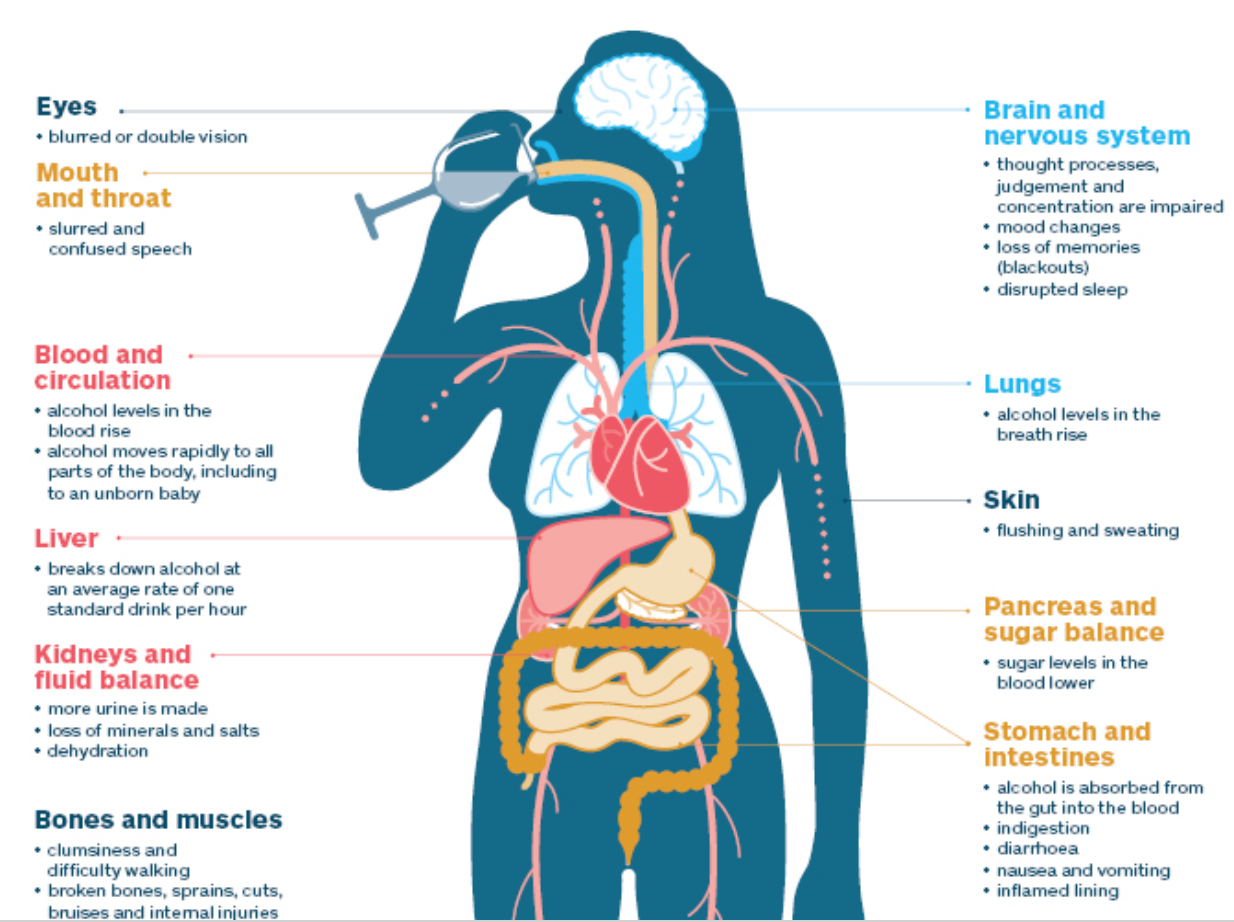
- screen_shot_2018-03-30_at_4.31.39_pm.png
- 1234×922
- 2018/03/30 16:32
- 927.6 KB

- screen_shot_2018-03-30_at_4.34.29_pm.png
- 2112×930
- 2018/03/30 16:35
- 544.7 KB
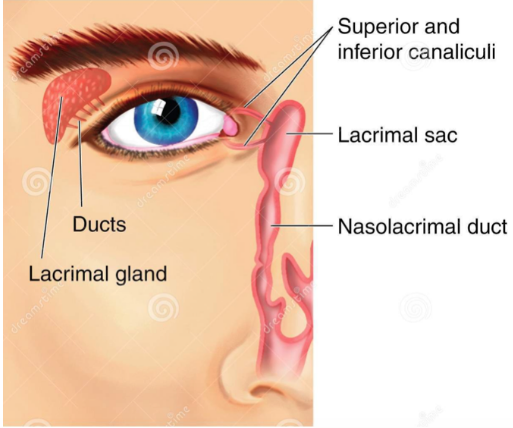
- screen_shot_2018-03-30_at_6.07.02_pm.png
- 513×428
- 2018/03/30 18:09
- 240.1 KB

- screen_shot_2018-03-30_at_6.15.02_pm.png
- 561×316
- 2018/03/30 18:15
- 105.2 KB

- screen_shot_2018-03-30_at_6.23.23_pm.png
- 322×211
- 2018/03/30 18:24
- 143.8 KB
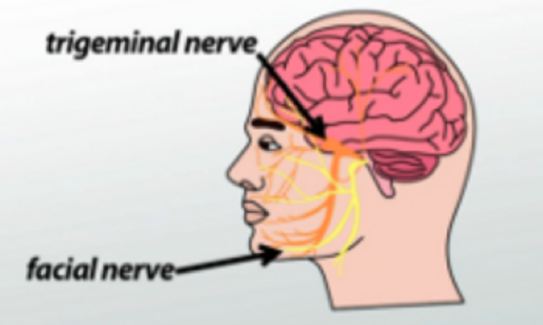
- screen_shot_2018-03-30_at_6.26.00_pm.png
- 543×325
- 2018/03/30 18:26
- 182 KB
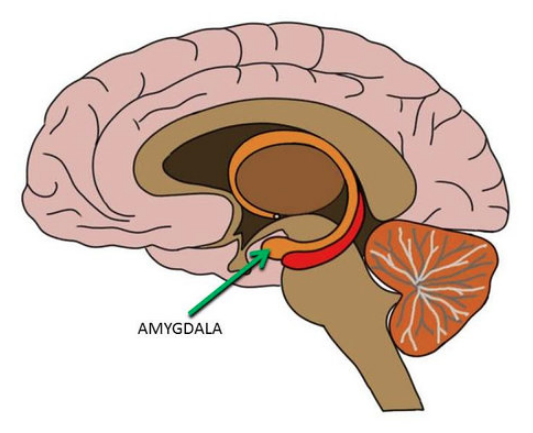
- screen_shot_2018-03-30_at_6.30.42_pm.png
- 533×433
- 2018/03/30 18:32
- 241.7 KB
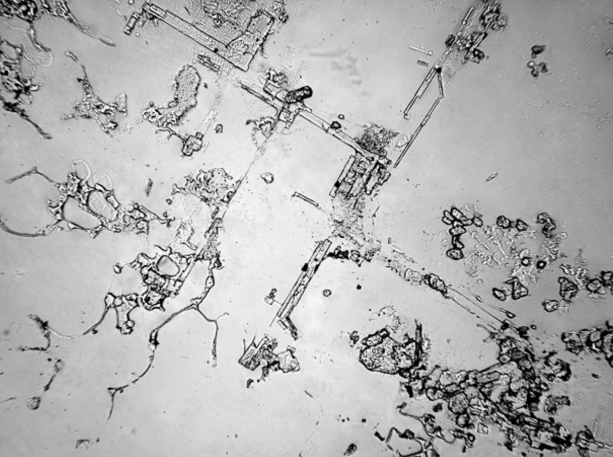
- screen_shot_2018-03-30_at_6.35.29_pm.png
- 613×457
- 2018/03/30 18:36
- 316.2 KB
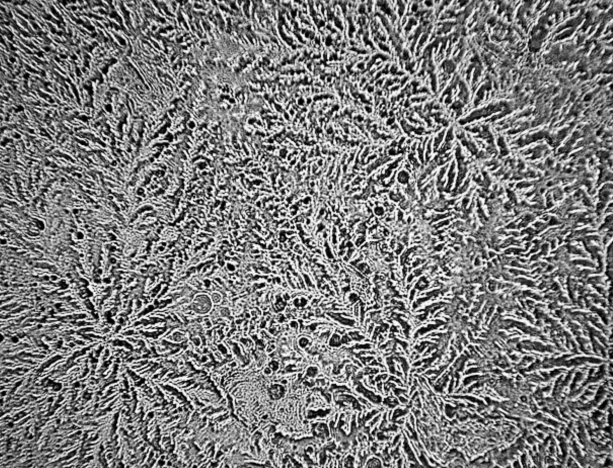
- screen_shot_2018-03-30_at_6.38.55_pm.png
- 613×468
- 2018/03/30 18:39
- 420.6 KB
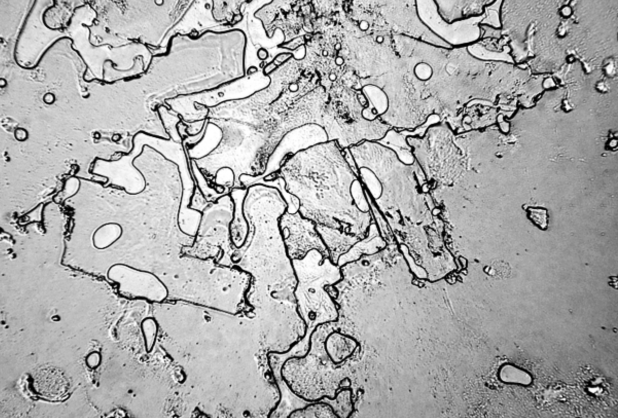
- screen_shot_2018-03-30_at_6.40.37_pm.png
- 618×418
- 2018/03/30 18:41
- 330.9 KB
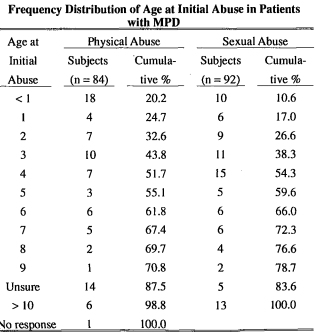
- screen_shot_2018-09-18_at_4.58.14_pm.png
- 316×332
- 2018/09/28 23:29
- 38.1 KB
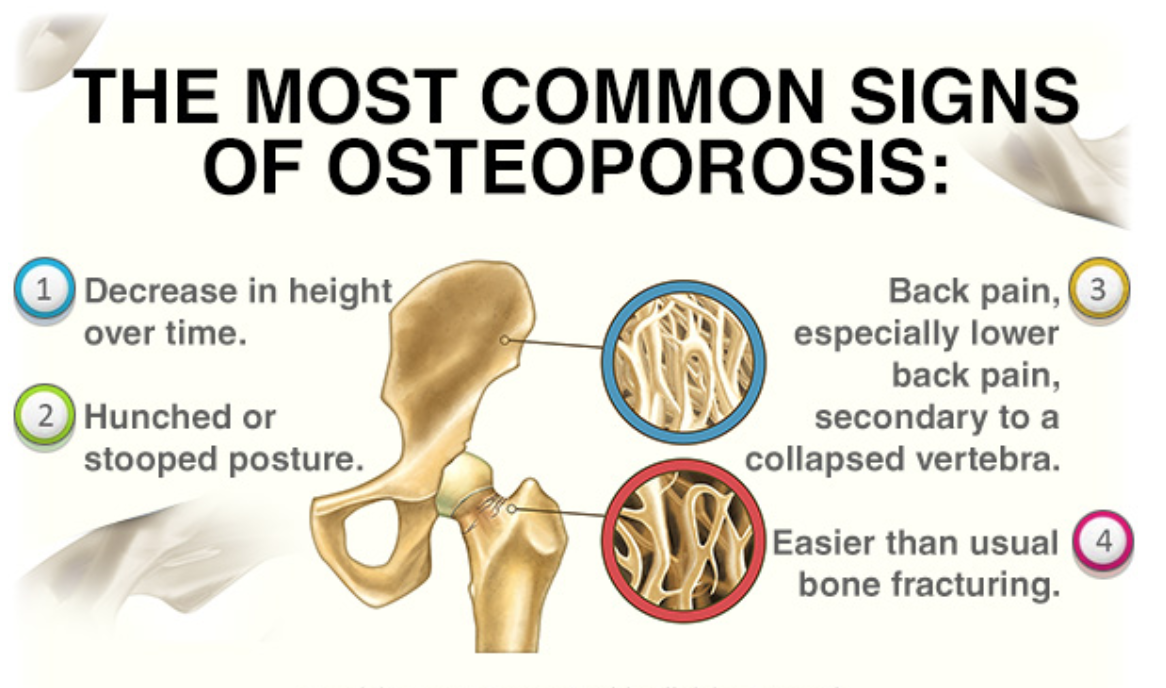
- screen_shot_2018-09-19_at_12.39.58_pm.png
- 1166×688
- 2018/09/19 12:41
- 802.2 KB
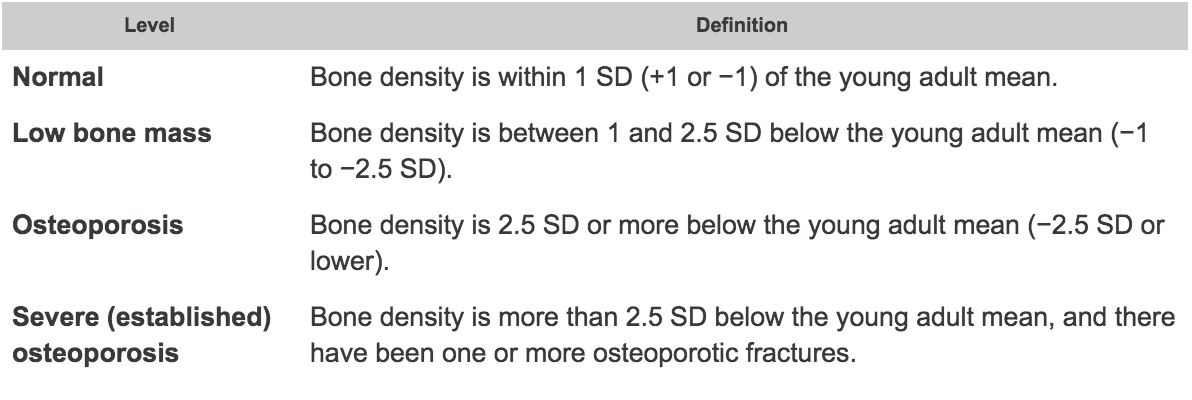
- screen_shot_2018-09-19_at_12.48.05_pm.png
- 1192×400
- 2018/09/19 12:48
- 99.1 KB

- screen_shot_2018-09-22_at_9.37.45_pm.png
- 671×510
- 2018/09/22 21:40
- 64.6 KB
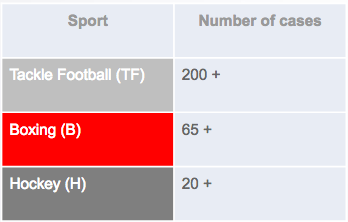
- screen_shot_2018-10-25_at_10.06.20_pm.png
- 348×222
- 2018/10/25 22:07
- 21.4 KB
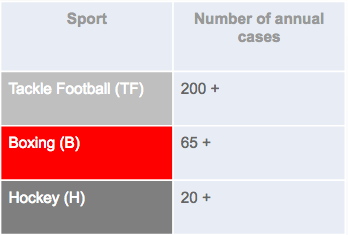
- screen_shot_2018-10-25_at_10.08.10_pm.png
- 348×235
- 2018/10/25 22:08
- 21.9 KB

- screen_shot_2018-10-25_at_10.14.54_pm.png
- 490×505
- 2018/10/25 22:16
- 325 KB

- screen_shot_2018-11-01_at_5.19.22_pm.png
- 918×462
- 2018/11/01 17:19
- 108.7 KB
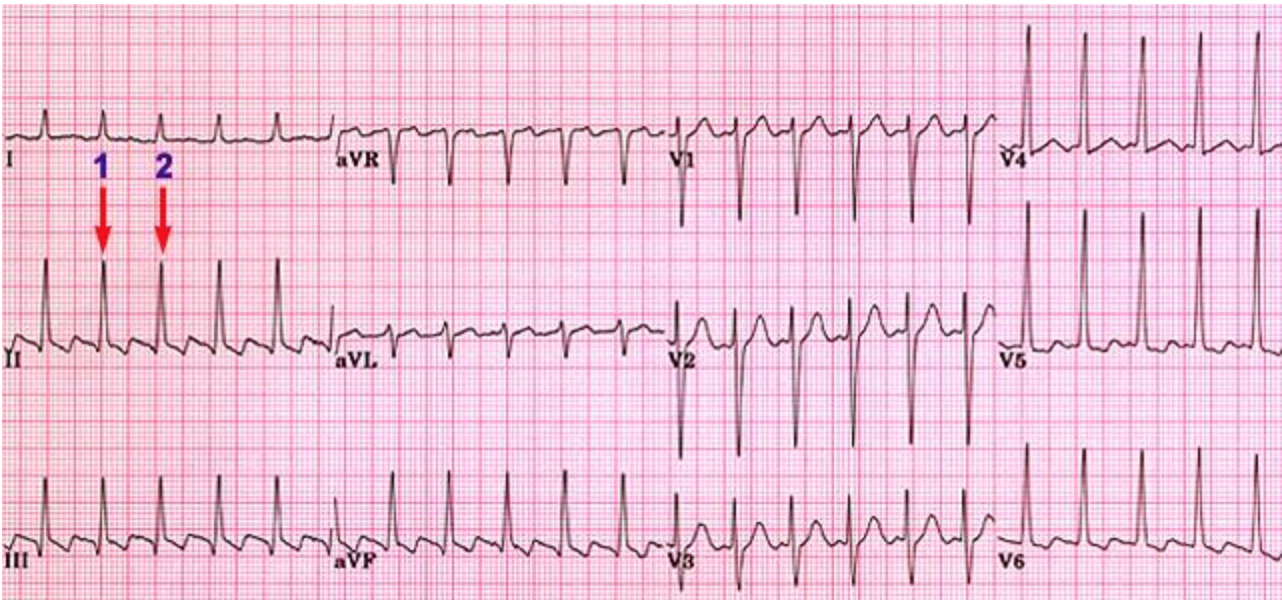
- screen_shot_2018-11-01_at_5.33.01_pm.png
- 1282×600
- 2018/11/01 17:33
- 1.7 MB
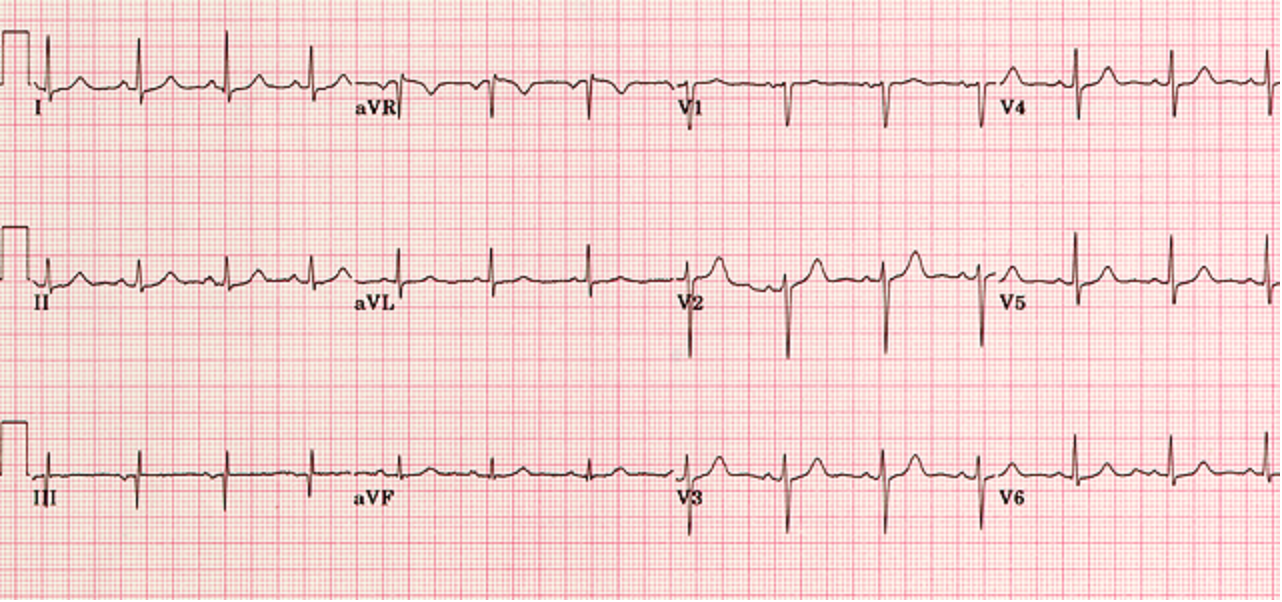
- screen_shot_2018-11-01_at_5.35.03_pm.png
- 1282×602
- 2018/11/01 17:35
- 1.6 MB
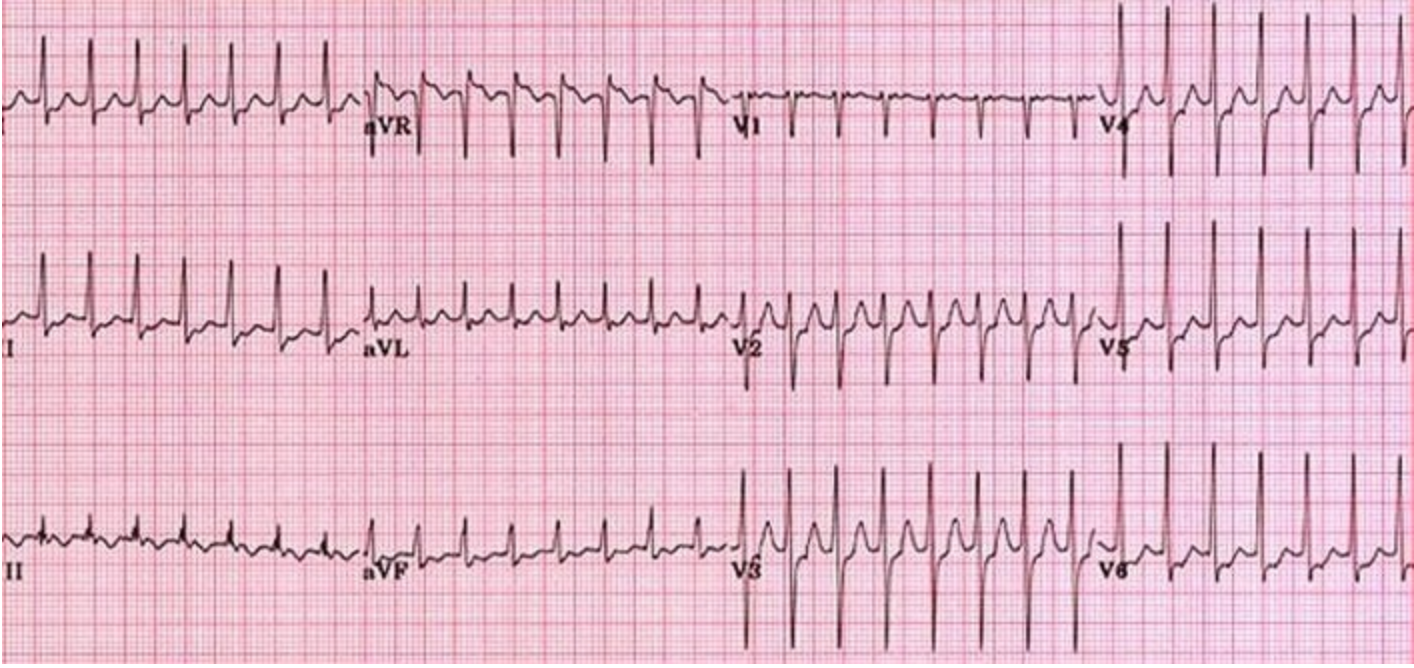
- screen_shot_2018-11-01_at_5.36.16_pm.png
- 1414×668
- 2018/11/01 17:36
- 1.7 MB

- screen_shot_2018-11-01_at_5.39.18_pm.png
- 1350×440
- 2018/11/01 17:39
- 1.3 MB
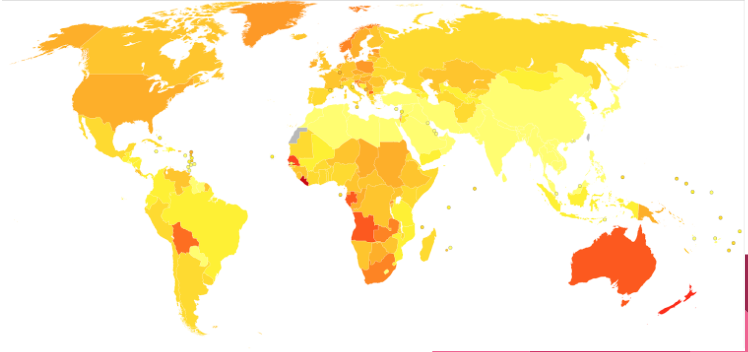
- screen_shot_2018-11-09_at_12.55.15_pm.png
- 748×352
- 2018/11/09 12:55
- 119.3 KB
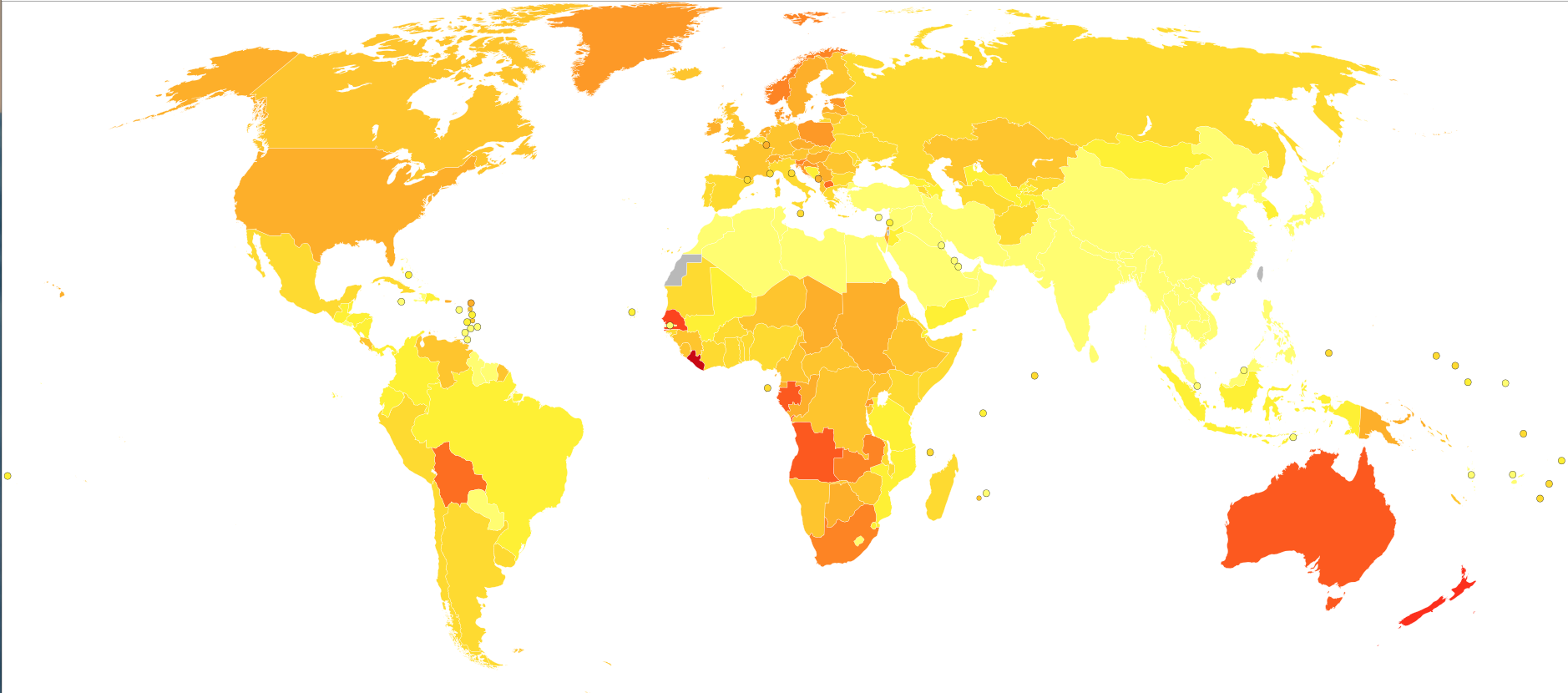
- screen_shot_2018-11-09_at_12.56.19_pm.png
- 1878×830
- 2018/11/09 12:56
- 307.6 KB
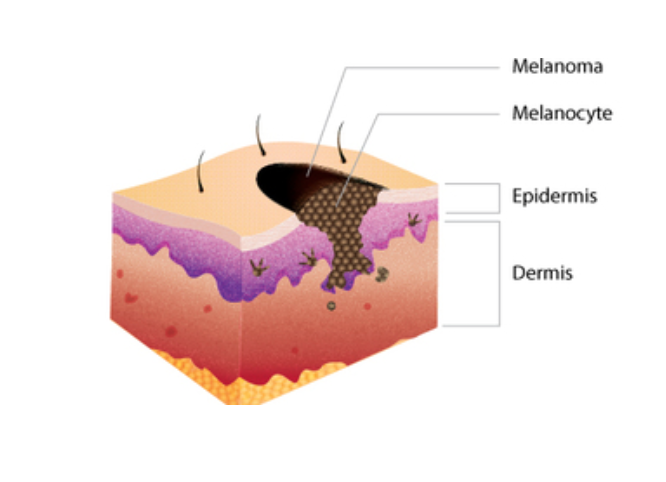
- screen_shot_2018-11-09_at_12.58.57_pm.png
- 666×482
- 2018/11/09 12:59
- 184 KB
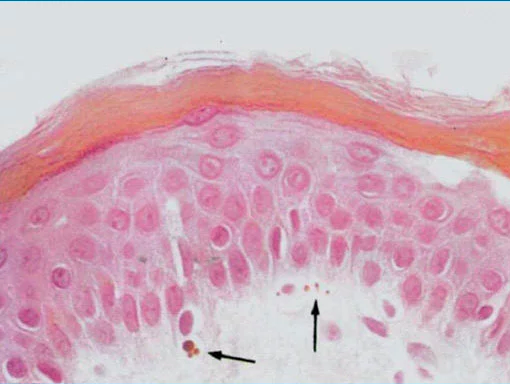
- screen_shot_2018-11-26_at_1.15.50_pm.png
- 510×384
- 2018/11/30 17:04
- 303.8 KB

- screen_shot_2018-11-26_at_12.40.41_pm.png
- 439×351
- 2018/11/30 23:04
- 196.7 KB

- screen_shot_2018-11-28_at_2.10.40_pm.png
- 672×156
- 2018/11/28 14:13
- 26 KB

- screen_shot_2018-11-28_at_2.10.50_pm.png
- 608×186
- 2018/11/28 14:40
- 21.7 KB
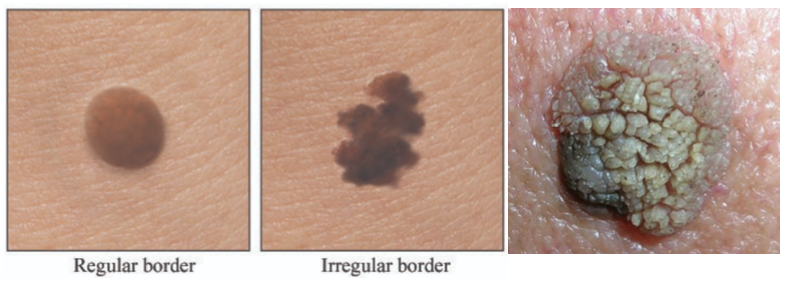
- screen_shot_2018-11-28_at_2.25.06_pm.png
- 788×286
- 2018/11/28 14:25
- 393.1 KB
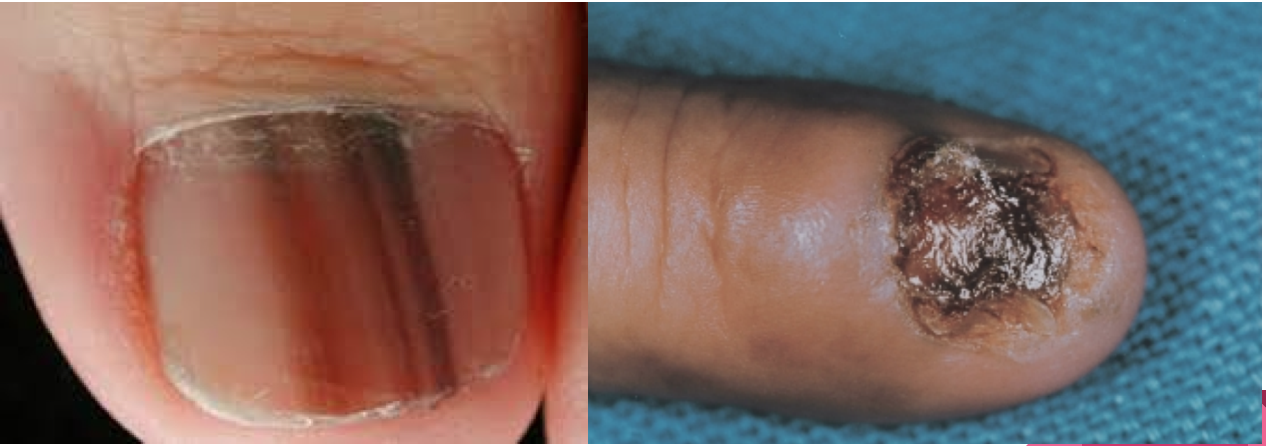
- screen_shot_2018-11-28_at_2.47.09_pm.png
- 1266×446
- 2018/11/28 14:47
- 801.4 KB
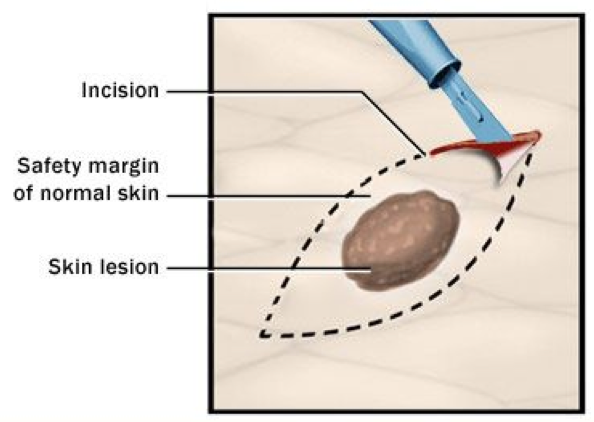
- screen_shot_2018-11-28_at_2.55.02_pm.png
- 594×422
- 2018/11/28 14:56
- 226 KB

- screen_shot_2018-11-30_at_4.15.58_pm.png
- 507×204
- 2018/11/30 16:19
- 107.7 KB

- screen_shot_2018-11-30_at_4.54.59_pm.png
- 683×185
- 2018/11/30 16:56
- 34.6 KB

- screen_shot_2018-11-30_at_4.57.48_pm.png
- 682×184
- 2018/11/30 16:58
- 34.5 KB
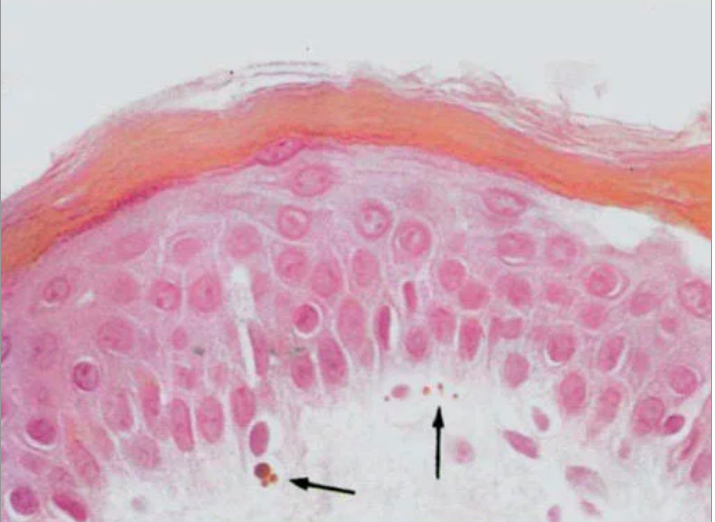
- screen_shot_2018-11-30_at_5.06.44_pm.png
- 715×522
- 2018/11/30 17:08
- 501.9 KB
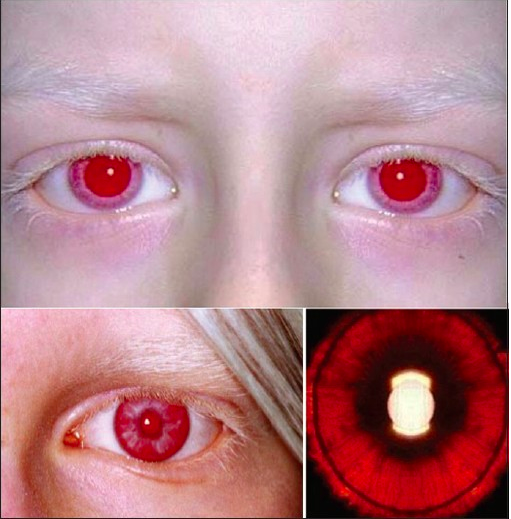
- screen_shot_2018-11-30_at_9.59.57_am.png
- 511×519
- 2018/11/30 10:23
- 439.2 KB
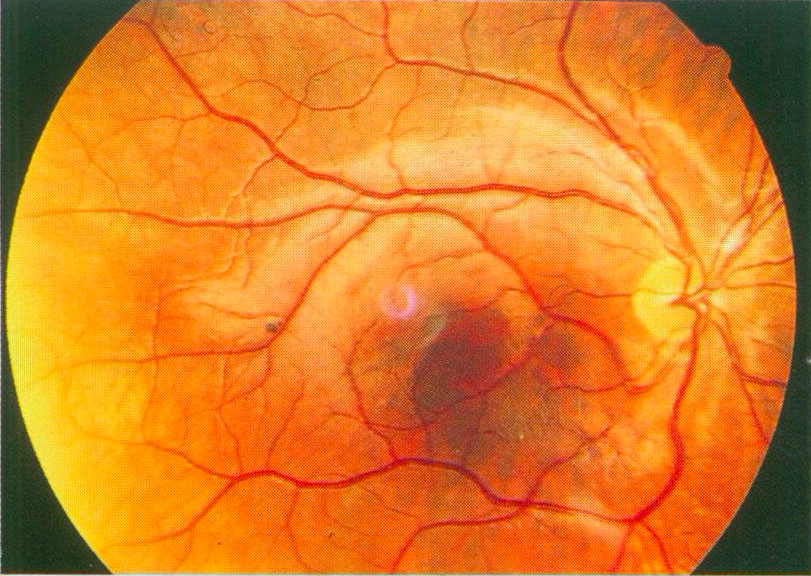
- screen_shot_2018-11-30_at_10.41.43_pm.png
- 811×576
- 2018/11/30 22:43
- 1.2 MB
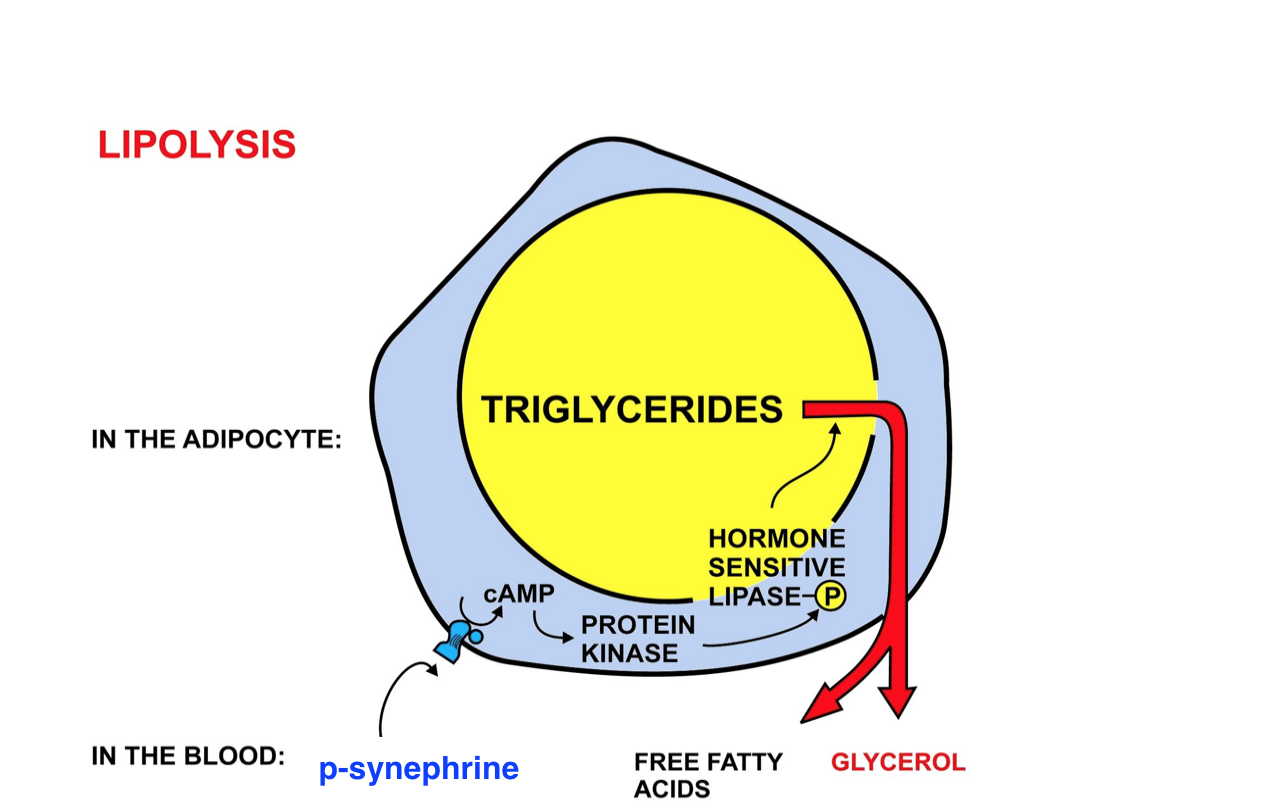
- screen_shot_2019-01-29_at_4.24.21_am.png
- 1280×812
- 2019/01/29 12:39
- 309.1 KB
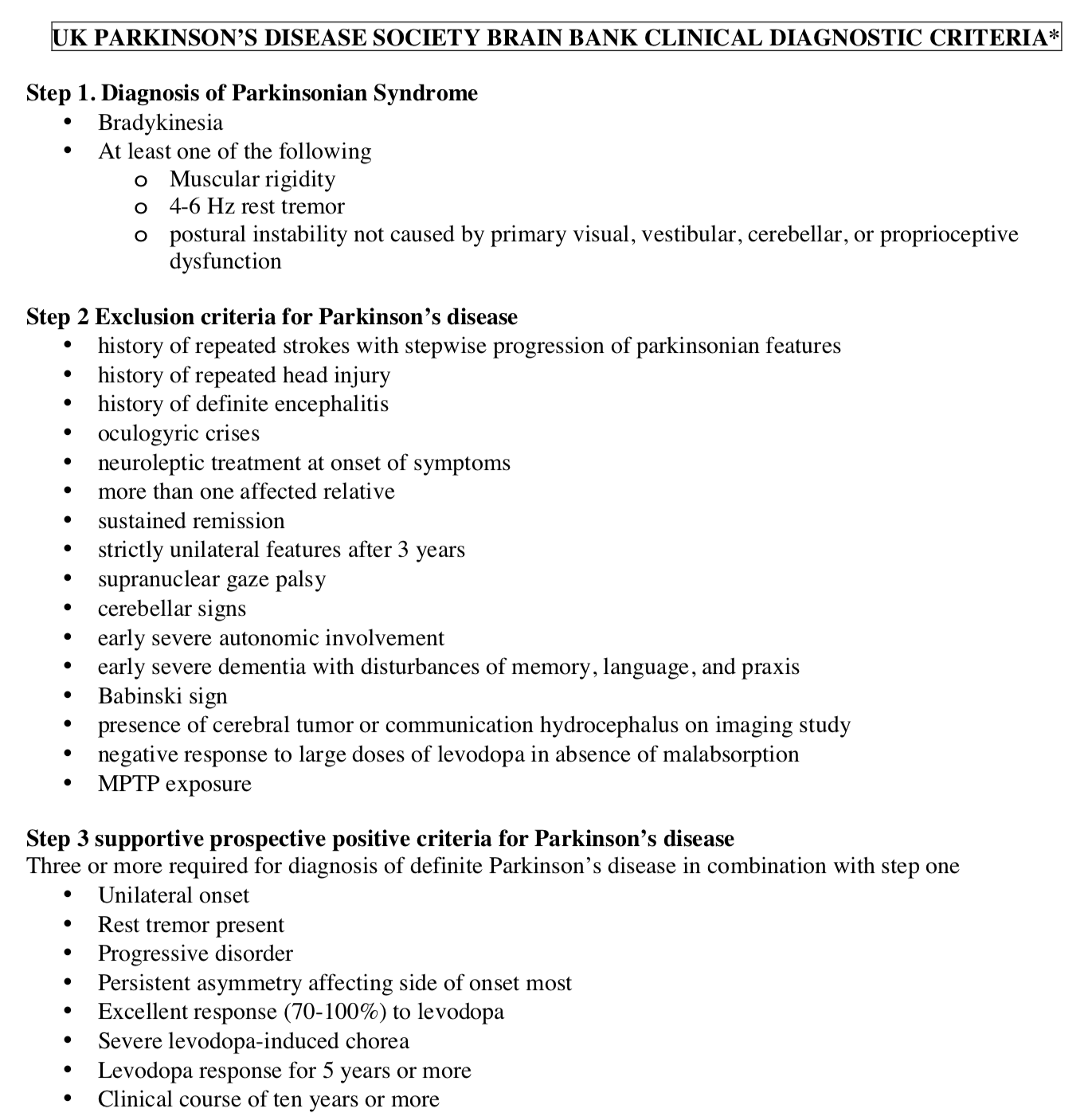
- screen_shot_2019-01-31_at_1.10.55_pm.png
- 1366×1406
- 2019/01/31 15:53
- 280.6 KB

- screen_shot_2019-01-31_at_3.16.08_pm.png
- 1272×464
- 2019/01/31 15:23
- 377.5 KB
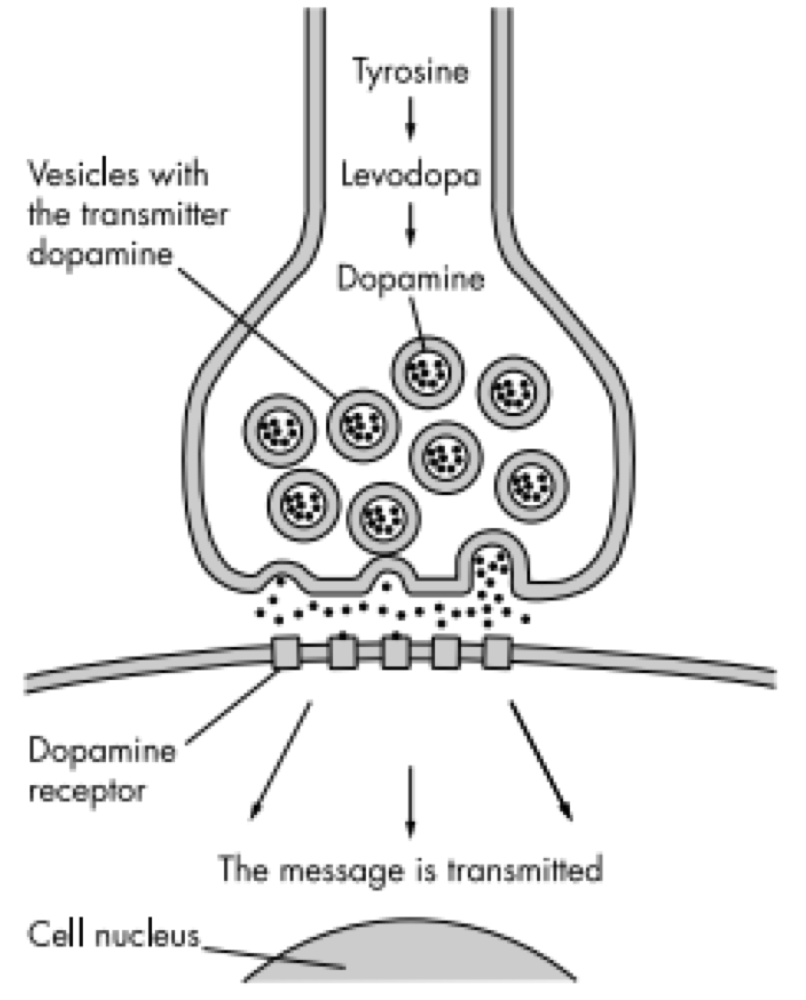
- screen_shot_2019-01-31_at_8.08.40_pm.png
- 806×1000
- 2019/01/31 20:09
- 249.7 KB
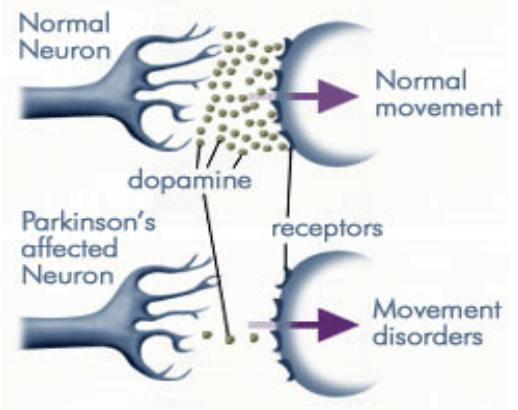
- screen_shot_2019-02-01_at_5.30.17_pm.png
- 518×410
- 2019/02/01 17:32
- 291.3 KB
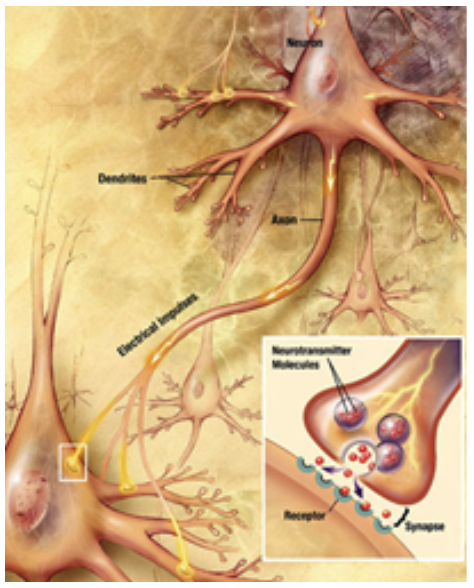
- screen_shot_2019-02-01_at_5.30.26_pm.png
- 474×588
- 2019/02/01 17:31
- 512.7 KB
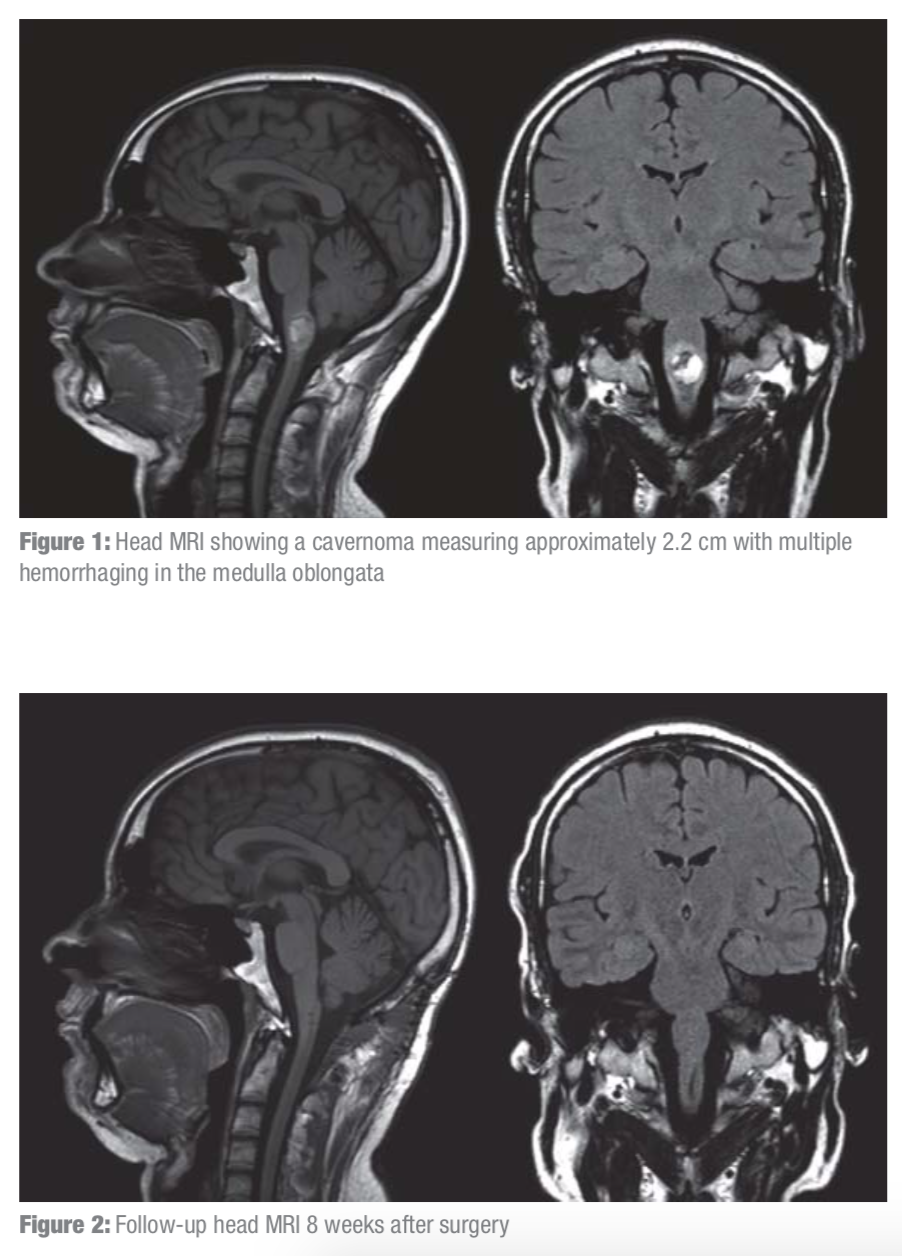
- screen_shot_2019-03-08_at_10.50.29_pm.png
- 902×1256
- 2019/03/08 22:51
- 1009.6 KB

- screen_shot_2020-01-23_at_12.30.57_pm.png
- 1344×1276
- 2020/01/26 13:56
- 105.3 KB

- screen_shot_2020-01-25_at_7.15.56_pm.png
- 1564×384
- 2020/01/27 11:17
- 376 KB

- screen_shot_2020-01-27_at_11.22.36_am.png
- 2470×662
- 2020/01/27 11:24
- 783.1 KB

- screen_shot_2020-01-27_at_12.15.37_pm.png
- 972×762
- 2020/01/27 12:18
- 121.7 KB
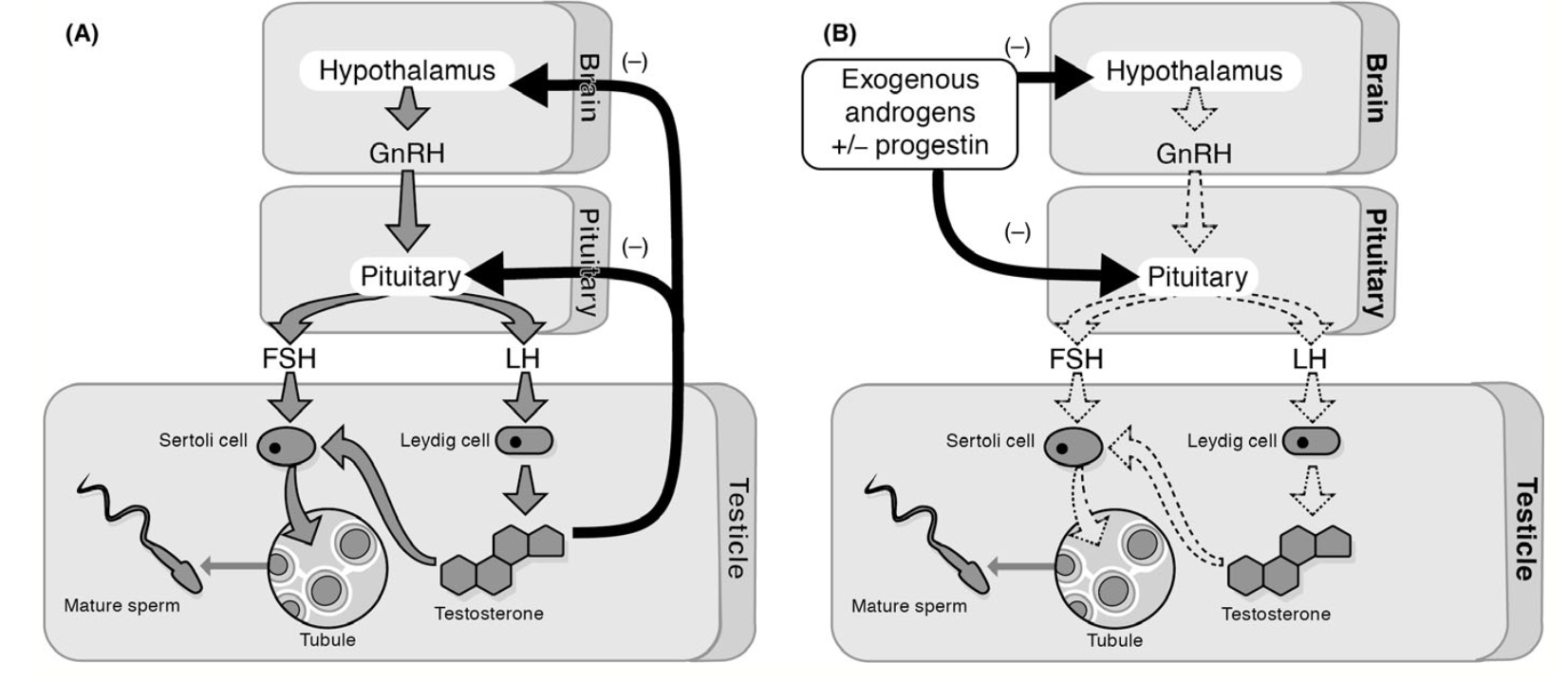
- screen_shot_2020-01-27_at_12.37.18_pm.png
- 1652×718
- 2020/01/27 12:37
- 462.9 KB

- screen_shot_2020-01-28_at_7.21.32_pm.png
- 2504×666
- 2020/01/28 19:23
- 789.6 KB

- screen_shot_2020-02-21_at_9.14.02_pm.png
- 1052×730
- 2020/02/27 15:08
- 174.3 KB
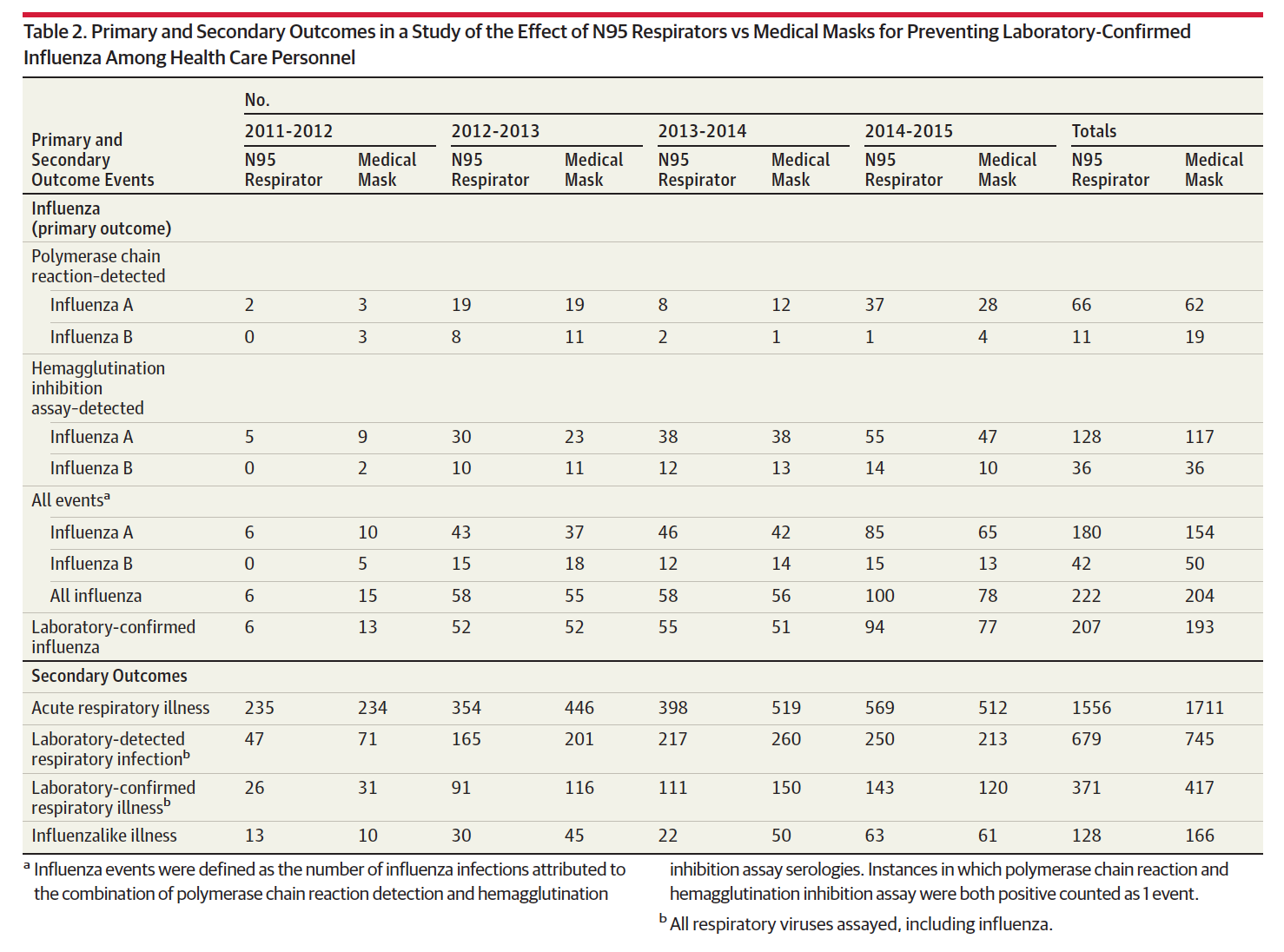
- screen_shot_2020-02-21_at_9.31.20_pm.png
- 1478×1096
- 2020/02/27 15:10
- 232.7 KB
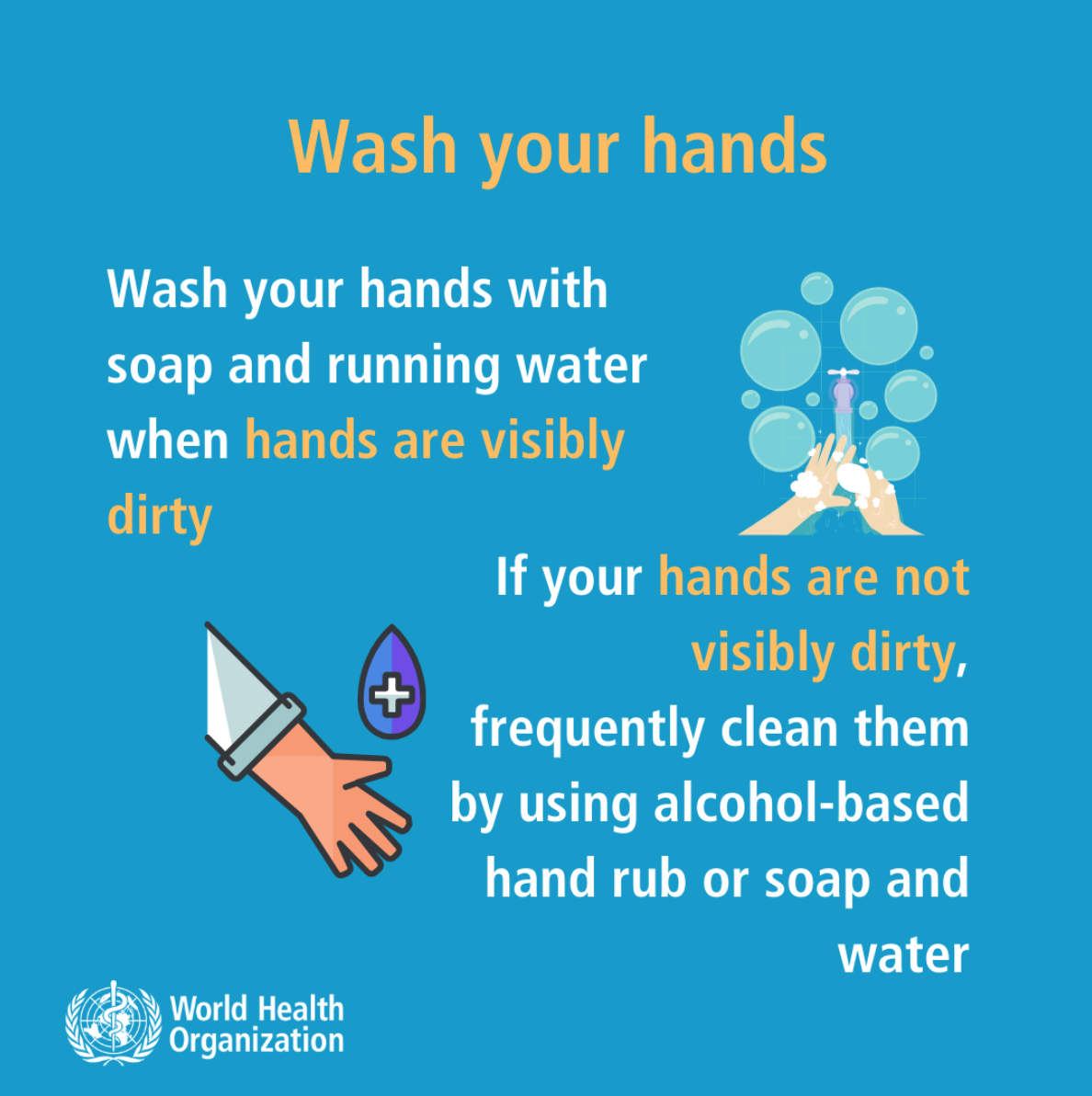
- screen_shot_2020-02-21_at_9.50.24_pm.png
- 1188×1192
- 2020/02/27 15:12
- 349 KB
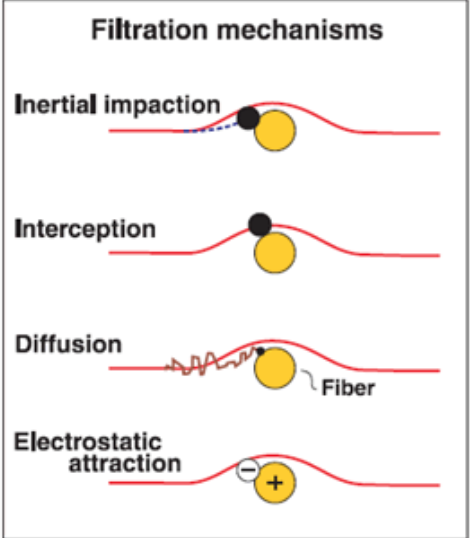
- screen_shot_2020-02-21_at_10.36.12_pm.png
- 474×538
- 2020/02/27 15:03
- 97.4 KB
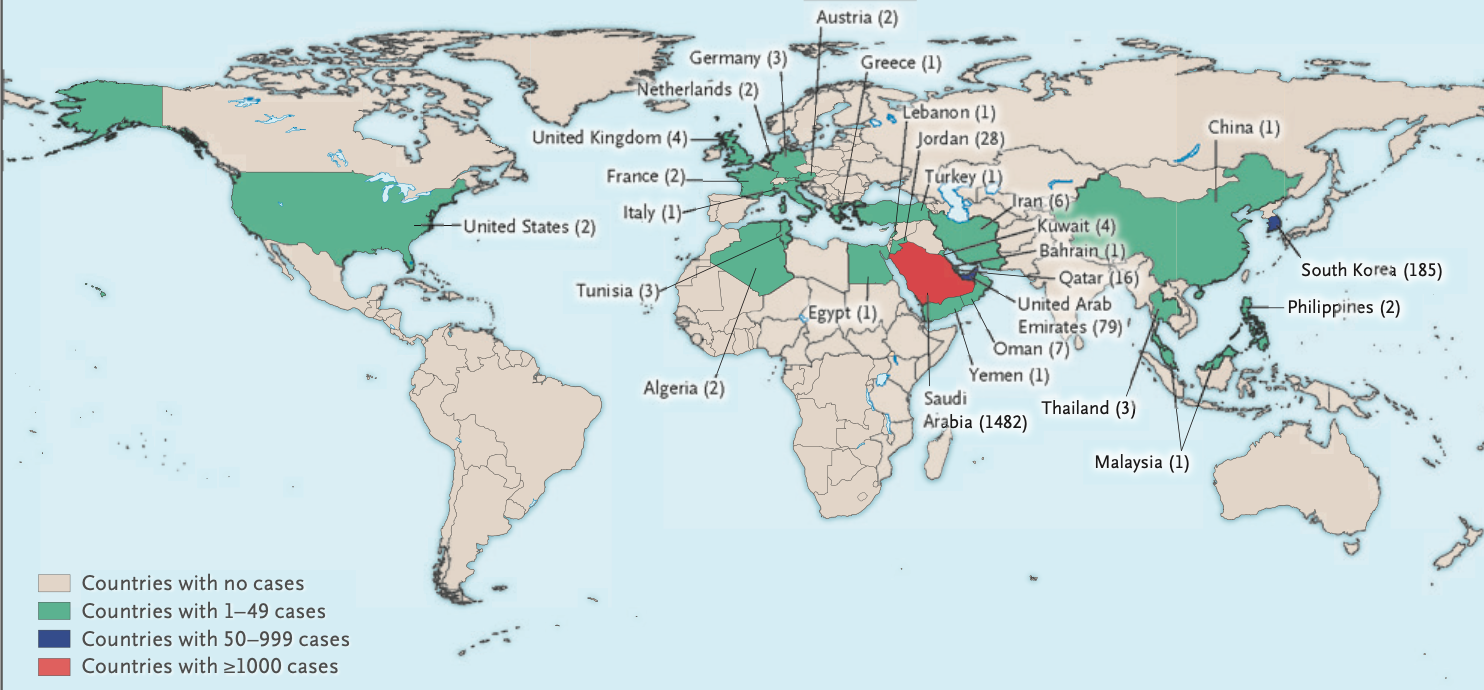
- screen_shot_2020-02-23_at_11.27.03_pm.png
- 1484×690
- 2020/02/24 01:34
- 859.7 KB
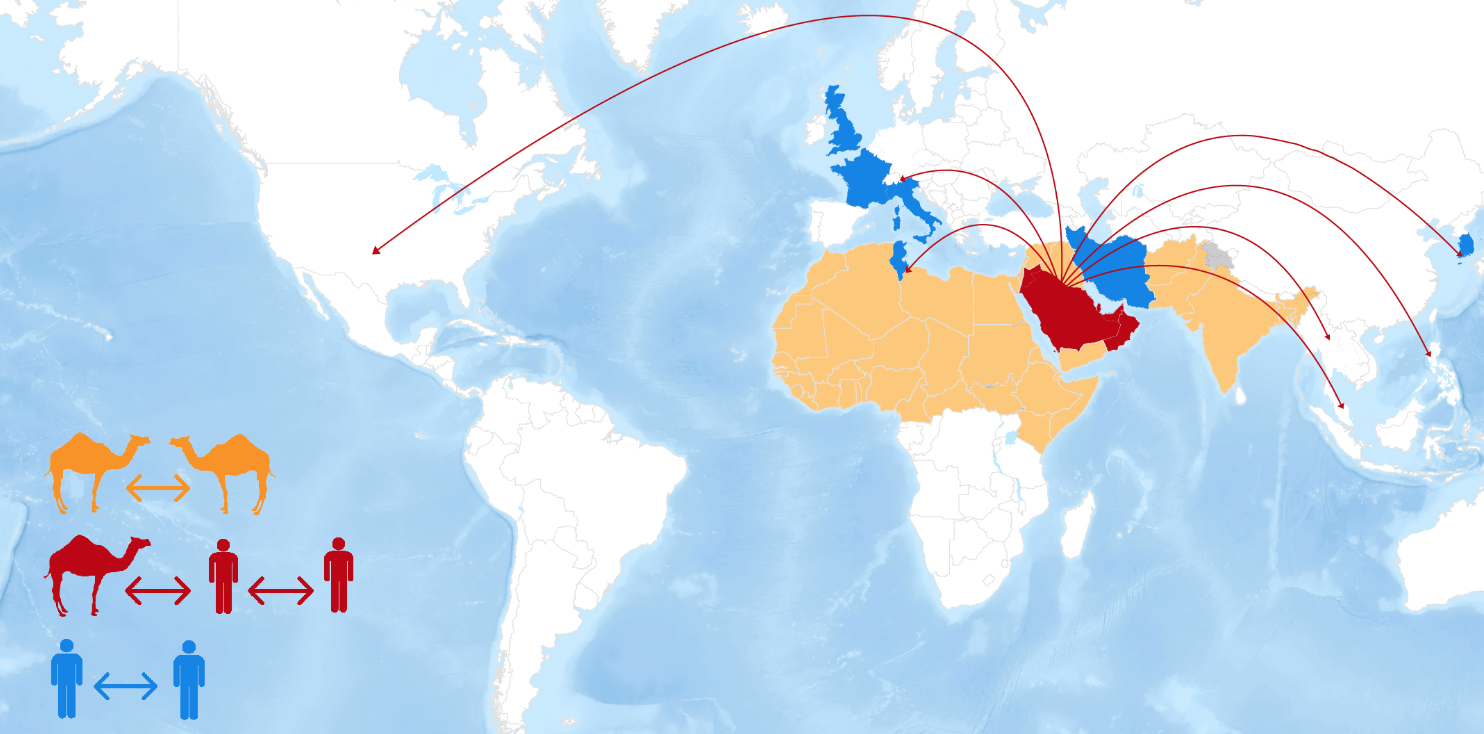
- screen_shot_2020-02-24_at_1.53.01_am.png
- 1484×734
- 2020/02/24 01:54
- 1.1 MB
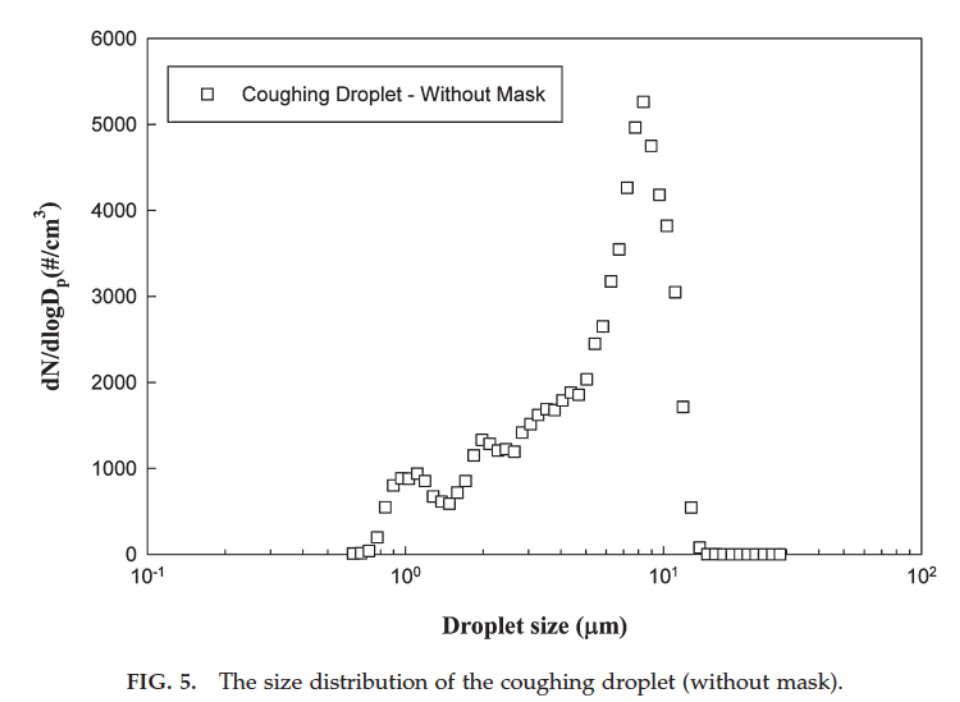
- screen_shot_2020-02-27_at_3.16.47_pm.png
- 960×702
- 2020/02/27 15:18
- 114.8 KB
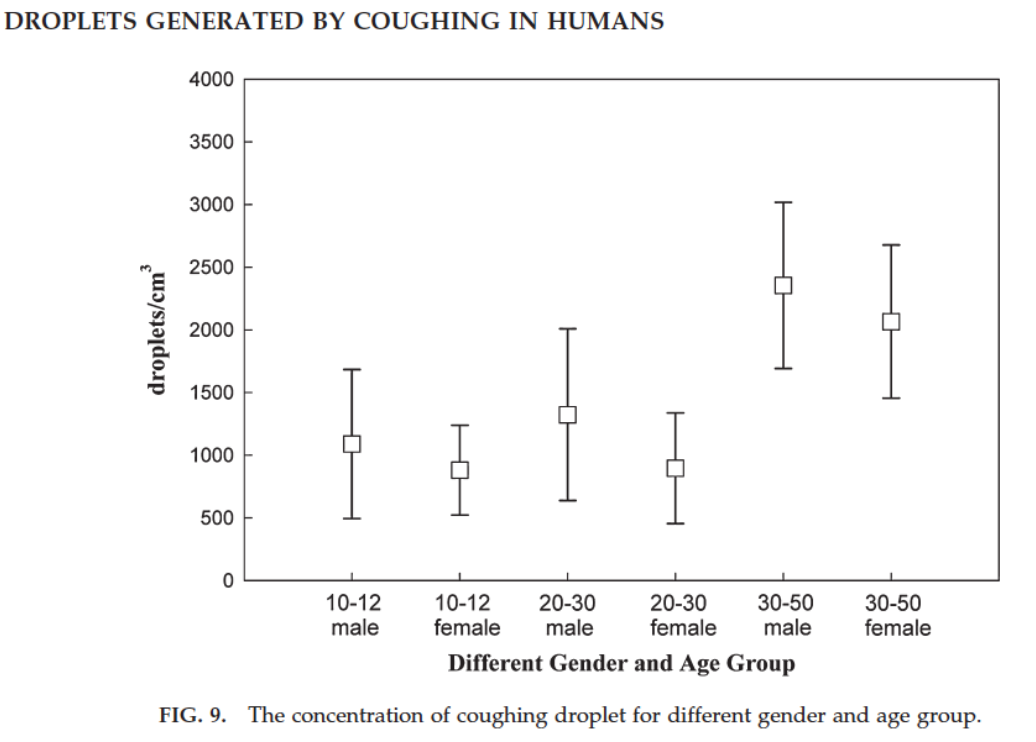
- screen_shot_2020-02-27_at_3.17.06_pm.png
- 1036×742
- 2020/02/27 15:19
- 149.7 KB

- screen_shot_2020-03-19_at_11.11.29_pm.png
- 1782×554
- 2020/03/19 23:13
- 1 MB

- screen_shot_2020-03-19_at_11.11.35_pm.png
- 1786×566
- 2020/03/19 23:16
- 1018.5 KB
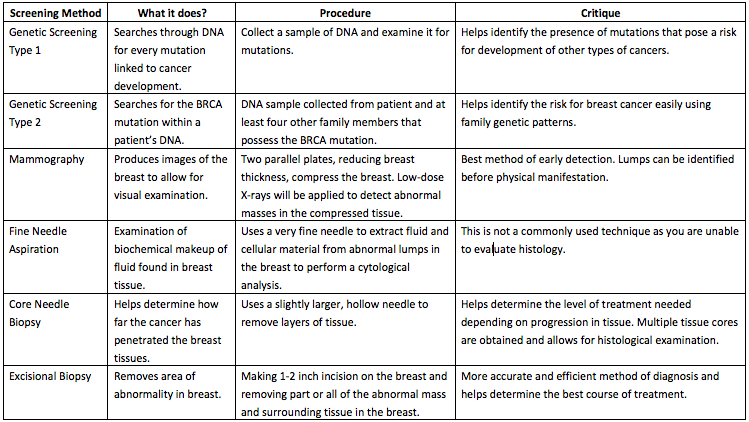
- screening.png
- 749×422
- 2018/01/25 15:19
- 109.7 KB
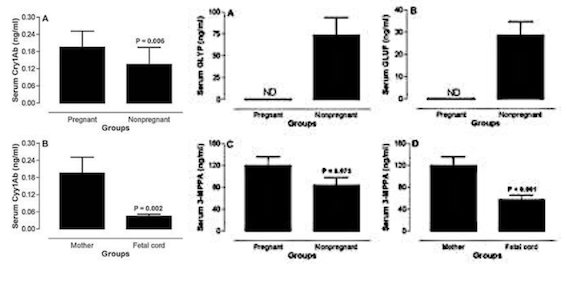
- screenshot1.png
- 567×289
- 2018/01/25 15:19
- 93 KB
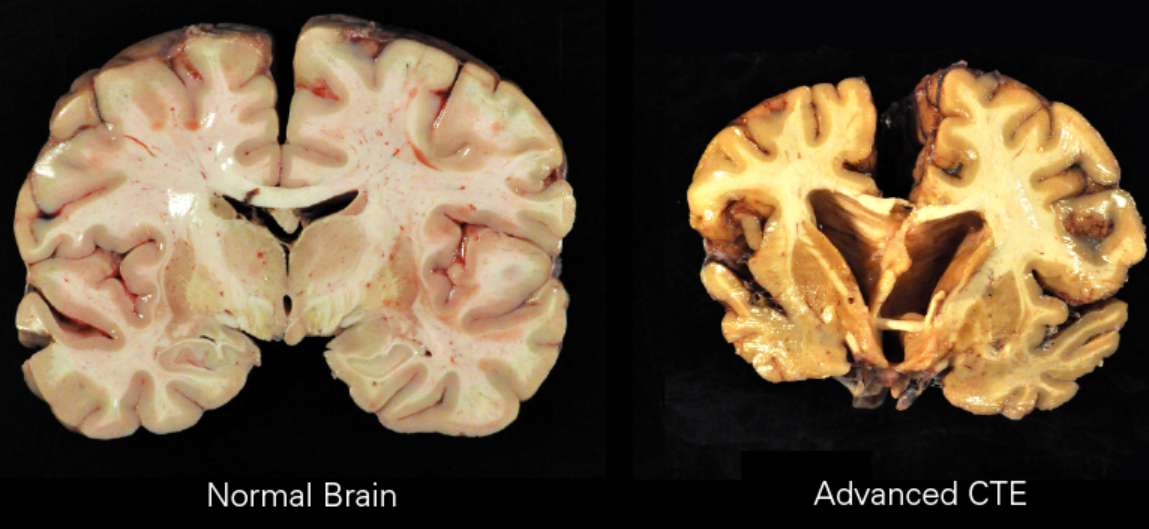
- screenshot_81_.png
- 1149×529
- 2020/03/23 17:59
- 819.9 KB

- screenshot_95_.png
- 1211×695
- 2020/03/23 18:42
- 1004.7 KB

- screenshot_103_.png
- 460×251
- 2020/03/23 19:10
- 94.8 KB
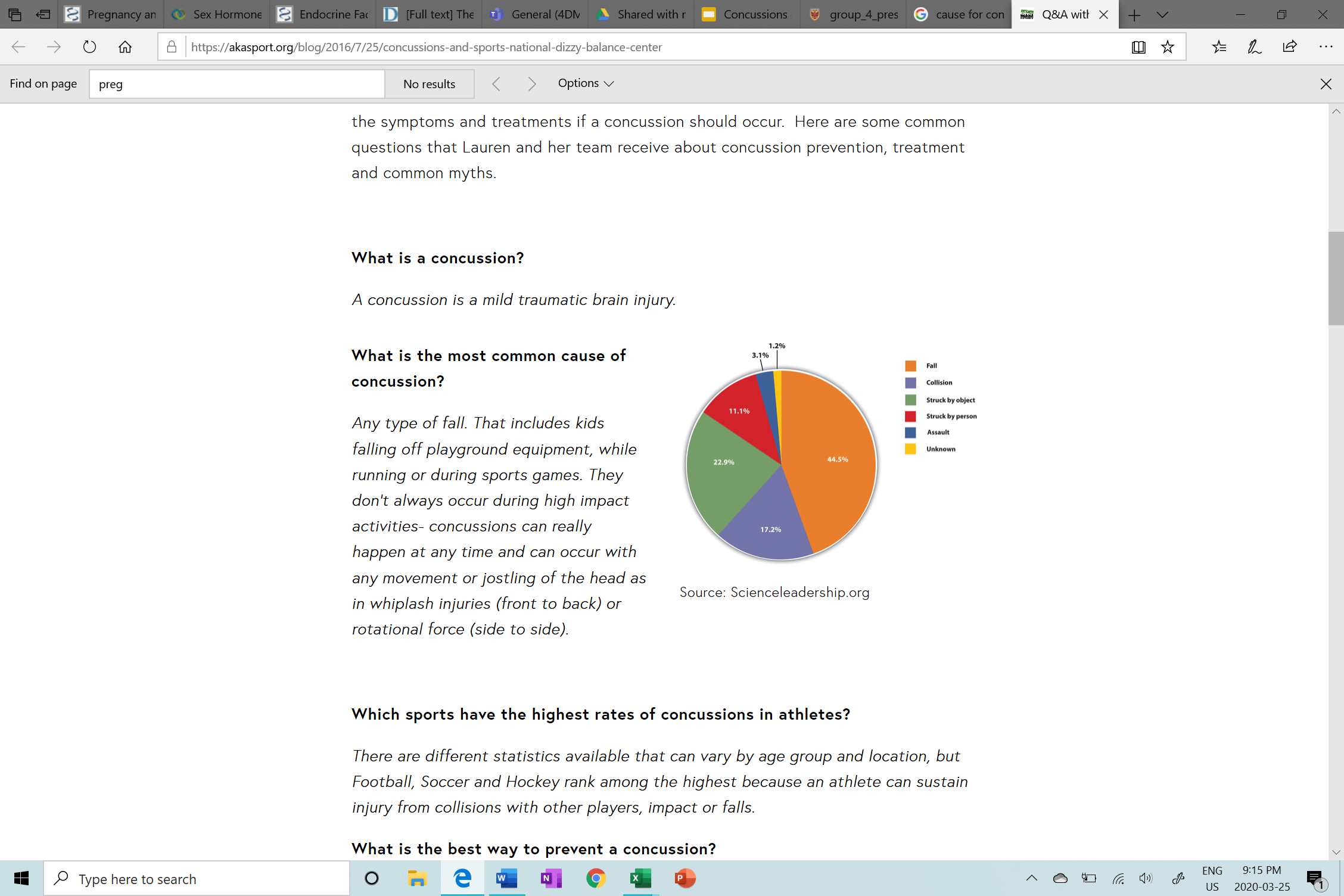
- screenshot_106_.png
- 2256×1504
- 2020/03/25 21:19
- 474.9 KB
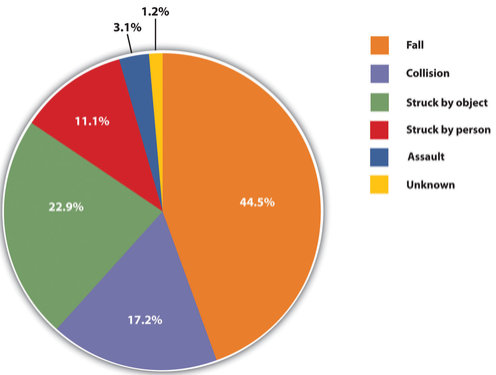
- screenshot_107_.png
- 496×375
- 2020/03/25 21:24
- 70.4 KB

- screenshot_109_.png
- 677×559
- 2020/03/25 21:28
- 445.5 KB
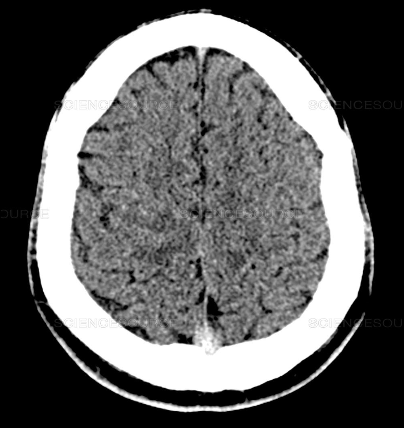
- screenshot_111_.png
- 404×428
- 2020/03/25 21:46
- 108.3 KB
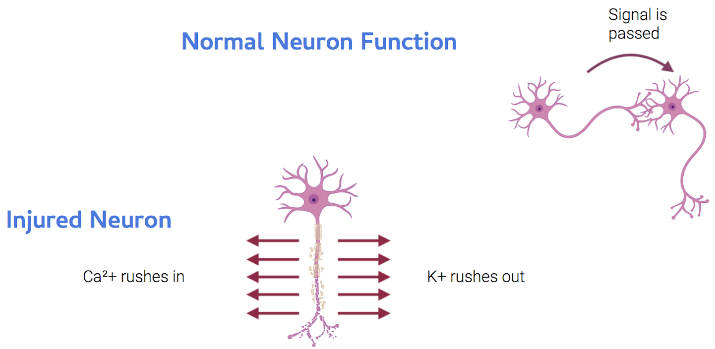
- screenshot_113_.png
- 715×349
- 2020/03/26 02:05
- 50.4 KB
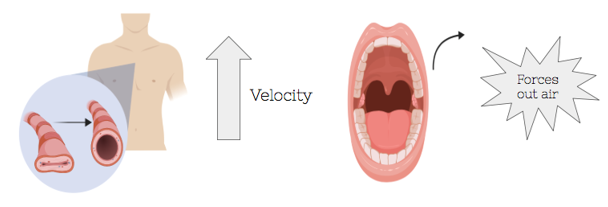
- screenshot_185_.png
- 608×207
- 2020/01/31 19:06
- 50.5 KB
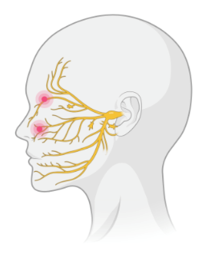
- screenshot_187_.png
- 208×262
- 2020/01/31 19:12
- 28.5 KB
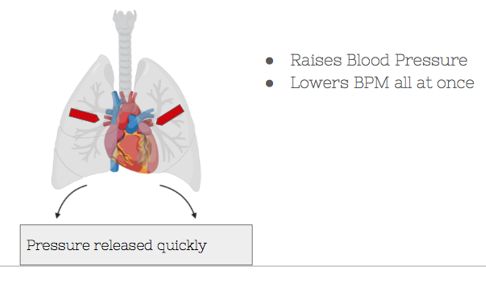
- screenshot_189_.png
- 486×284
- 2020/01/31 19:15
- 44.8 KB
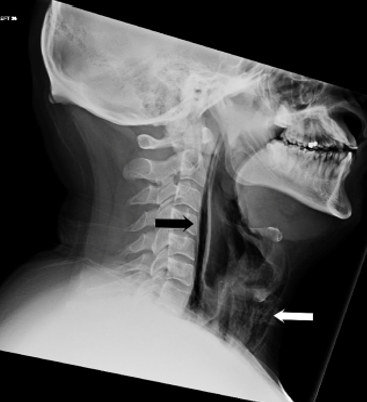
- screenshot_191_.png
- 367×402
- 2020/01/31 19:18
- 108.4 KB
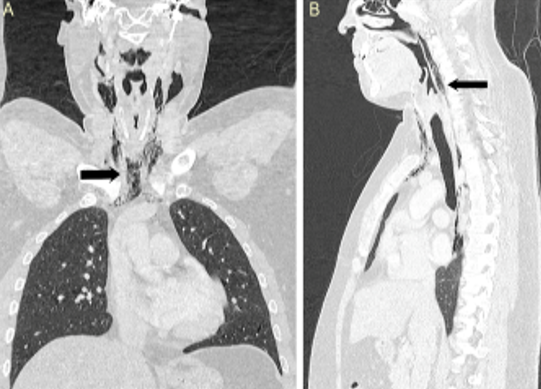
- screenshot_193_.png
- 541×389
- 2020/01/31 19:20
- 237.4 KB
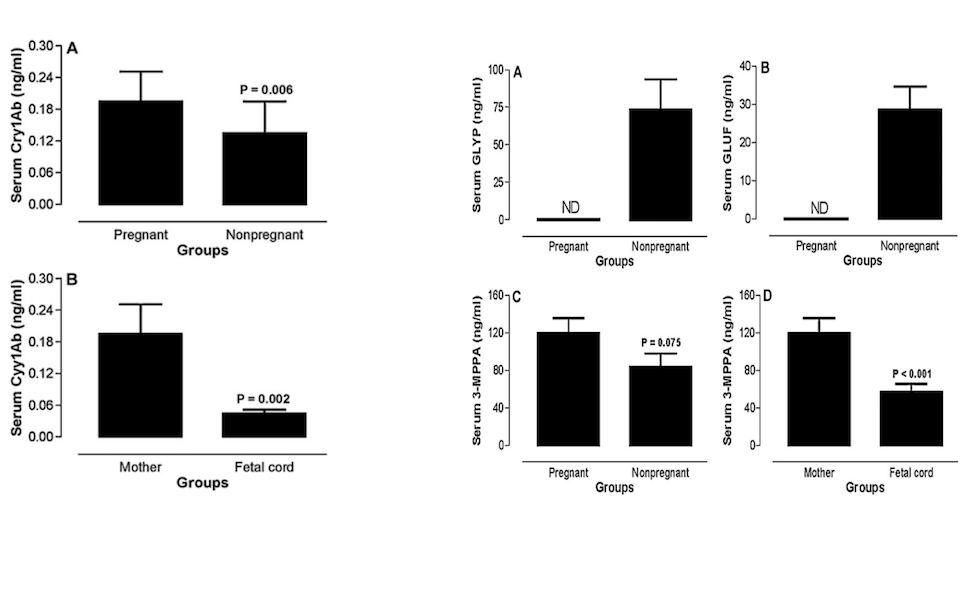
- screenshot_2016-09-29.png
- 964×599
- 2018/01/25 15:19
- 120.1 KB
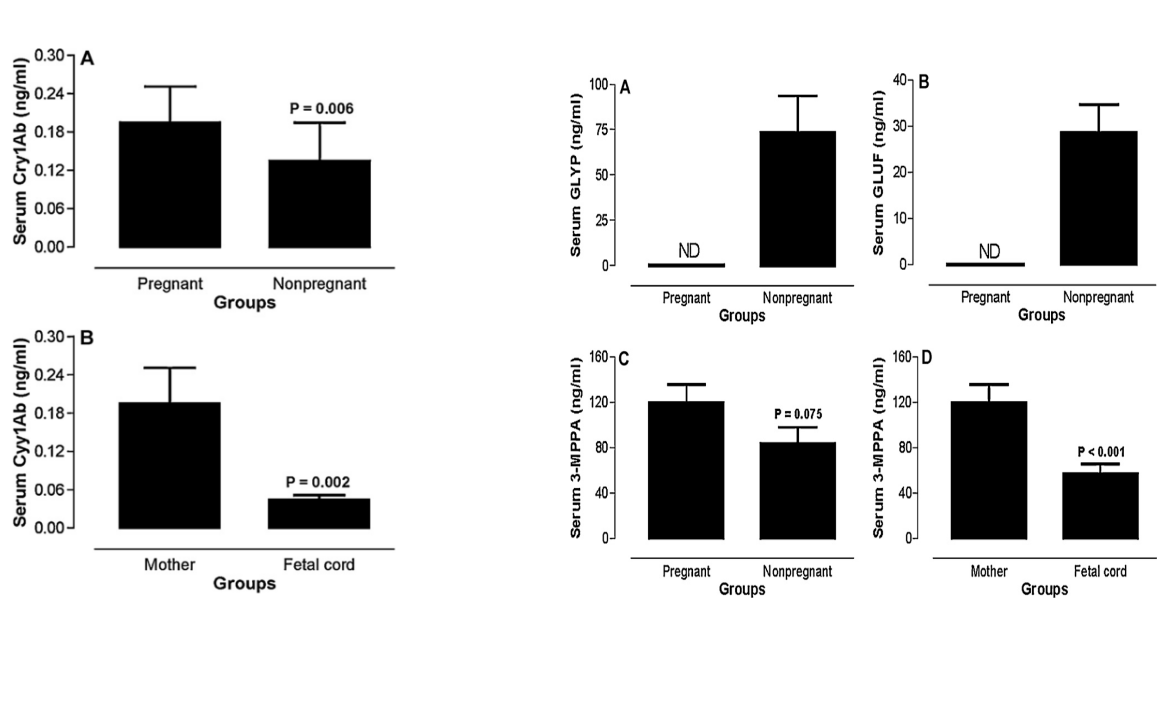
- screenshot_2016-09-29_20.49.06.png
- 1164×724
- 2018/01/25 15:19
- 156.9 KB
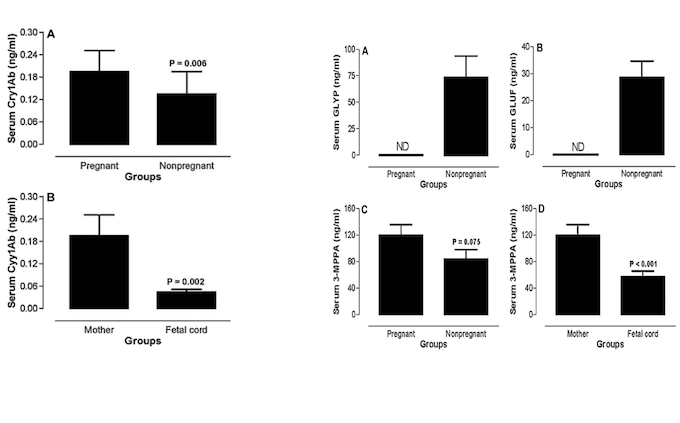
- screenshot_2016-09.png
- 680×423
- 2018/01/25 15:19
- 70.2 KB
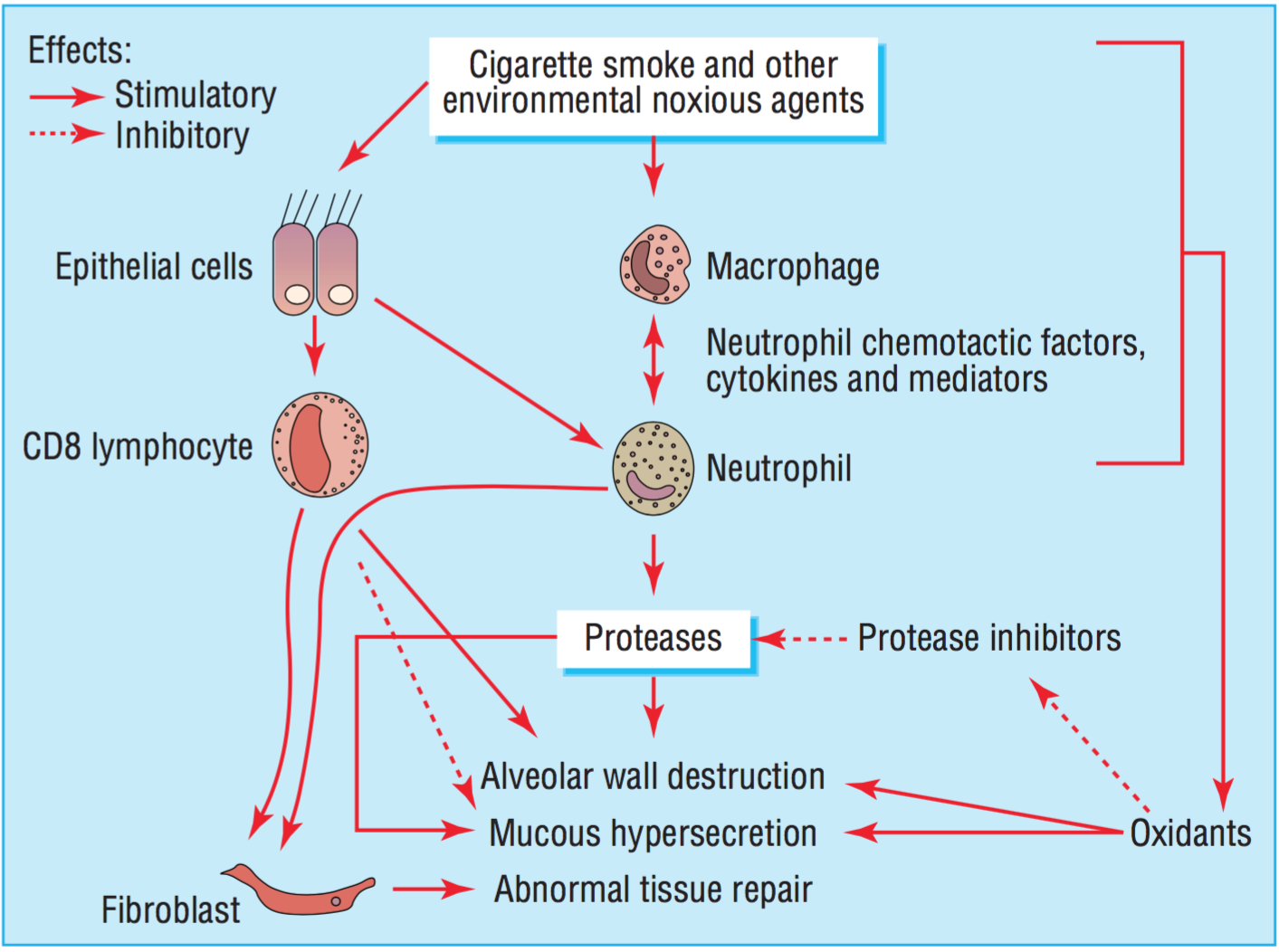
- screenshot_2016-10-26_02.45.04.png
- 1413×1052
- 2018/01/25 15:19
- 352.3 KB
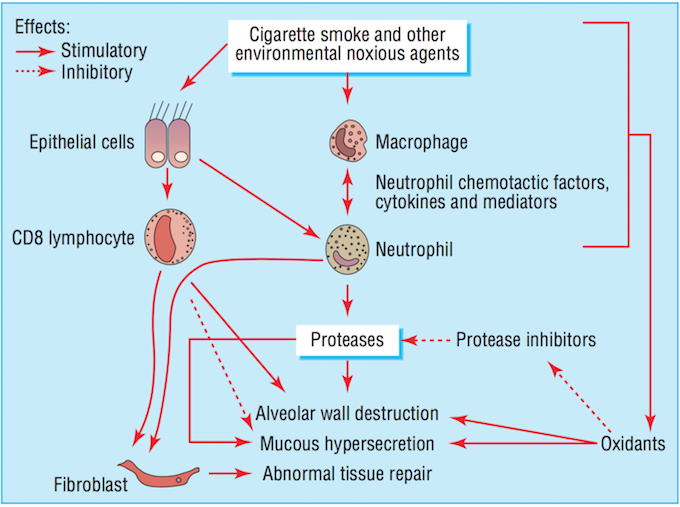
- screenshot_2016-10-26_02.45.04_copy.png
- 680×507
- 2018/01/25 15:19
- 207.3 KB
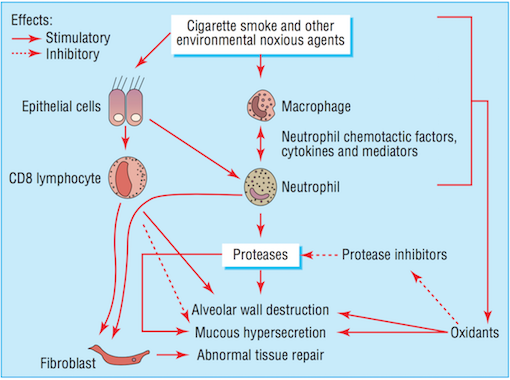
- screenshot_2016-10-26_02.45.04_copy_2.png
- 510×380
- 2018/01/25 15:19
- 142.5 KB
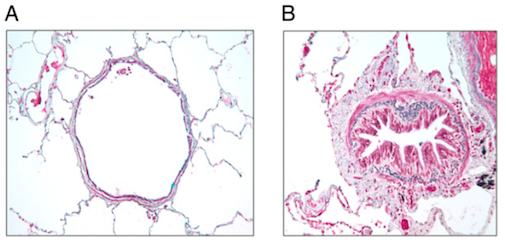
- screenshot_2016-10-29_12.38.27.0.png
- 506×252
- 2018/01/25 15:19
- 185.4 KB
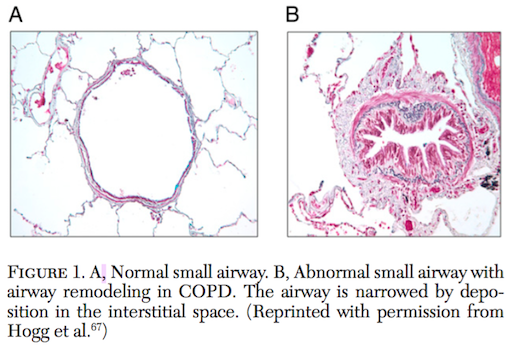
- screenshot_2016-10-29_12.38.27.png
- 510×350
- 2018/01/25 15:19
- 243.4 KB
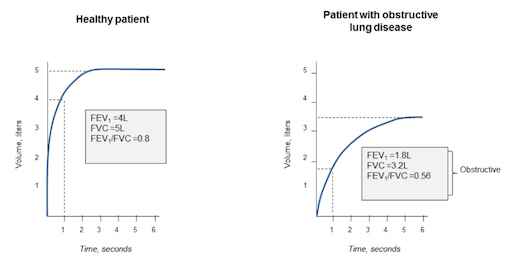
- screenshot_2016-11-01_22.53.22.png
- 510×263
- 2018/01/25 15:19
- 40 KB
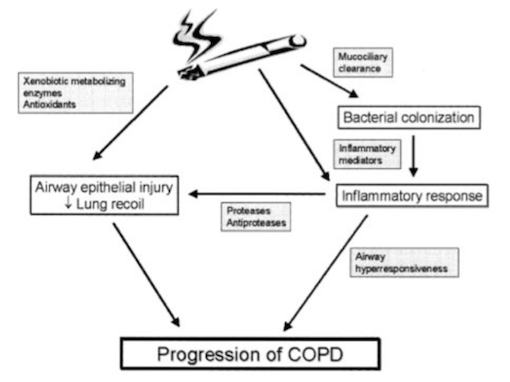
- screenshot_2016-11-02_21.12.00.png
- 510×382
- 2018/01/25 15:19
- 101 KB
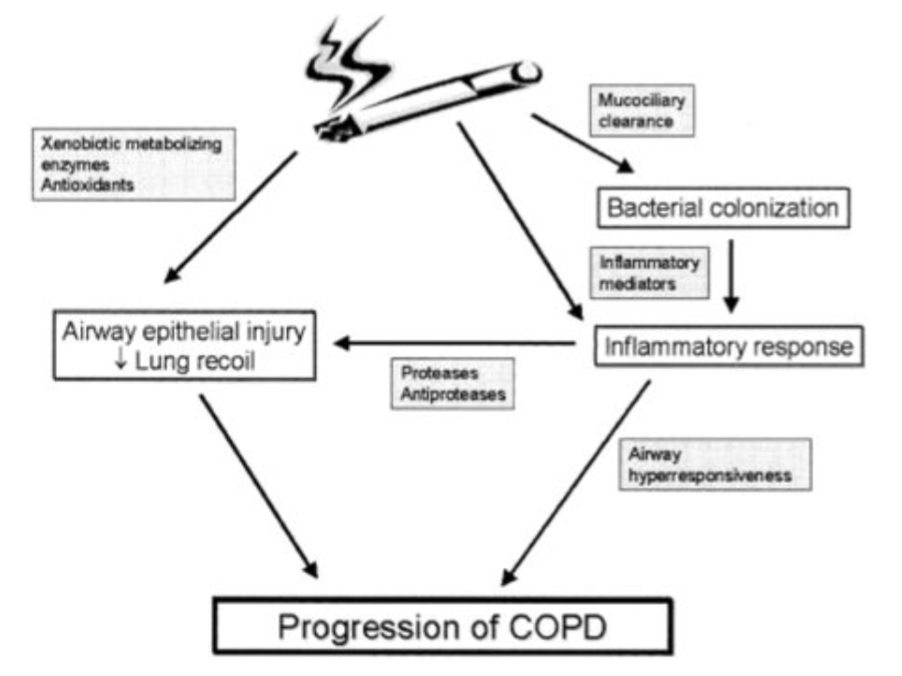
- screenshot_2016-11-02_21.12.06.png
- 902×676
- 2018/01/25 15:19
- 244.9 KB
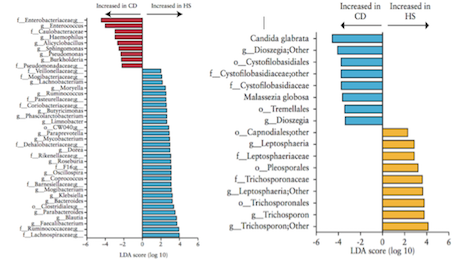
- screenshot_2016-12-03_12.46.29.png
- 454×259
- 2018/01/25 15:19
- 106.5 KB
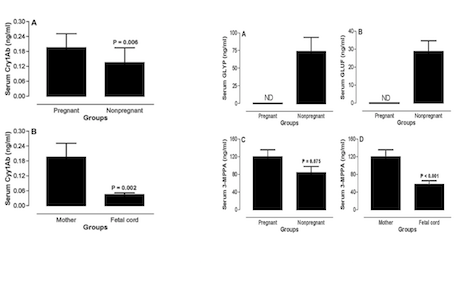
- screenshot_2016.png
- 454×282
- 2018/01/25 15:19
- 40.7 KB

- screentime.pdf
- 2020/02/27 15:07
- 1.6 MB
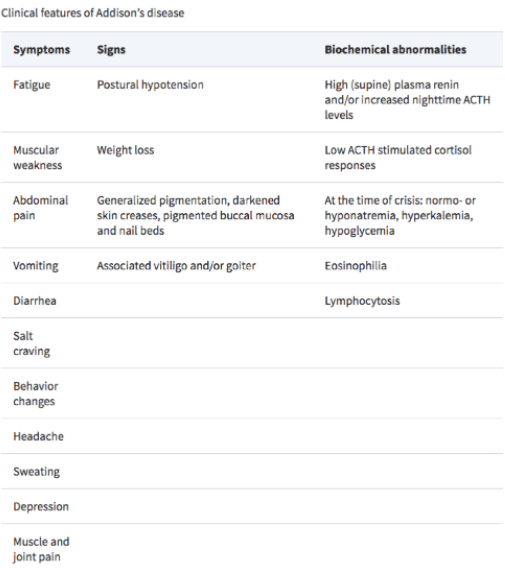
- scrnbc.png
- 505×572
- 2018/01/25 15:19
- 96.8 KB
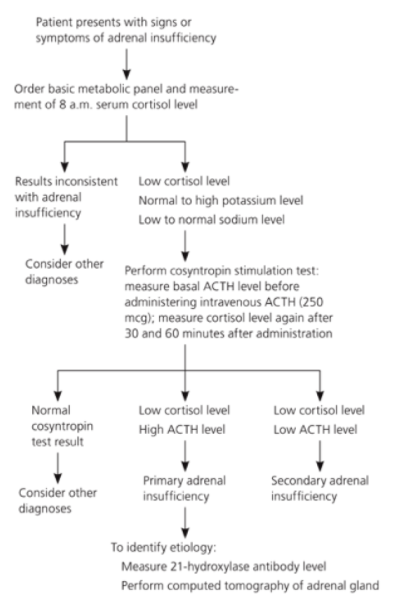
- scrnd.png
- 394×603
- 2018/01/25 15:19
- 101.9 KB

- sd-1.jpg
- 470×473
- 2018/01/25 15:19
- 32.6 KB
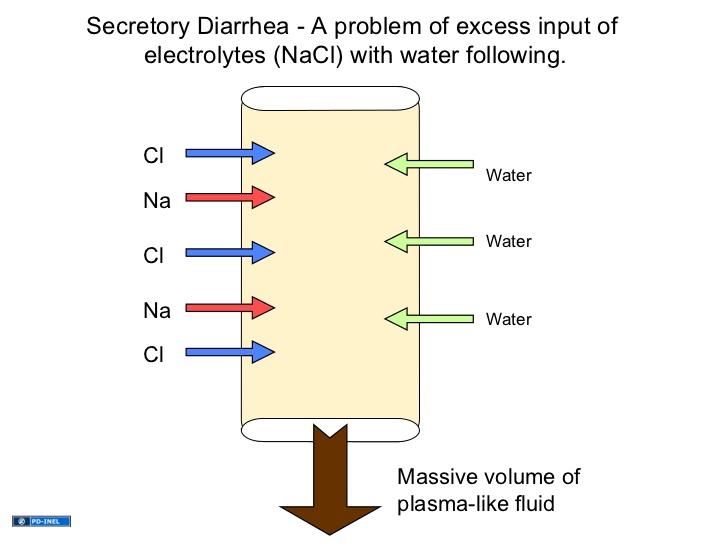
- sd.jpg
- 728×546
- 2018/01/25 15:19
- 42.9 KB
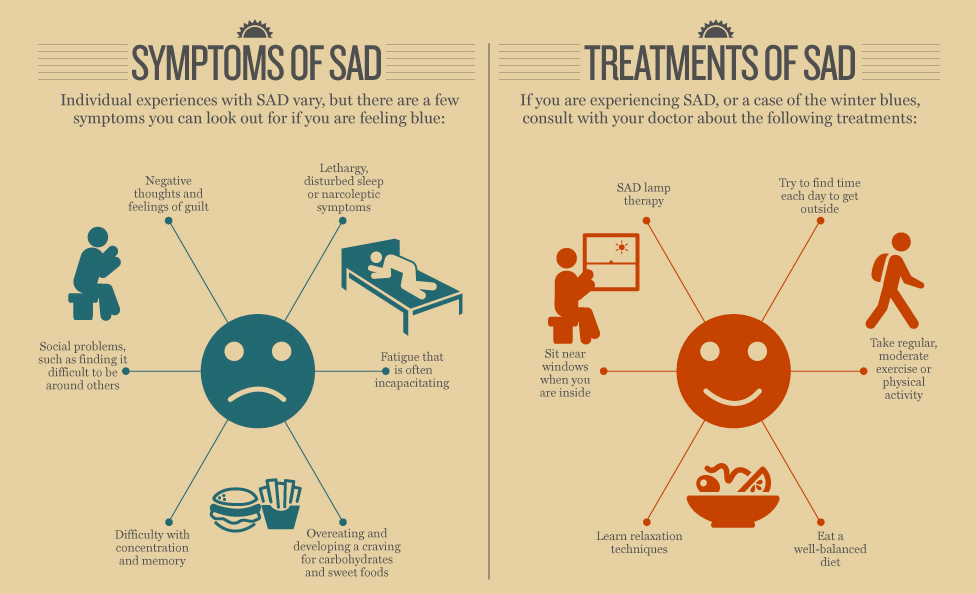
- seasonal-affective-disorder-infographic.png
- 977×594
- 2018/01/25 15:19
- 246.7 KB

- seminar_3_alcohol_consumption.pdf
- 2018/03/30 16:05
- 3 MB
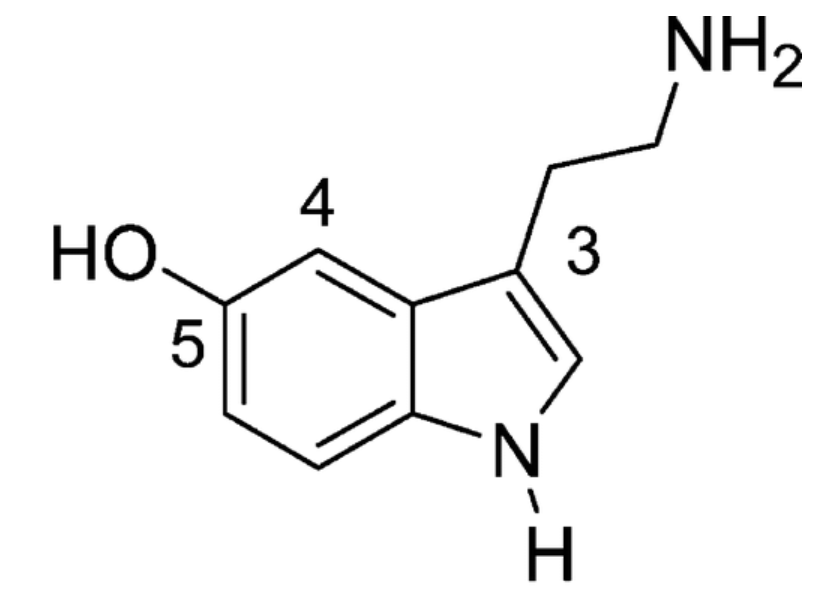
- serotonin.png
- 822×610
- 2020/01/28 15:10
- 80.9 KB
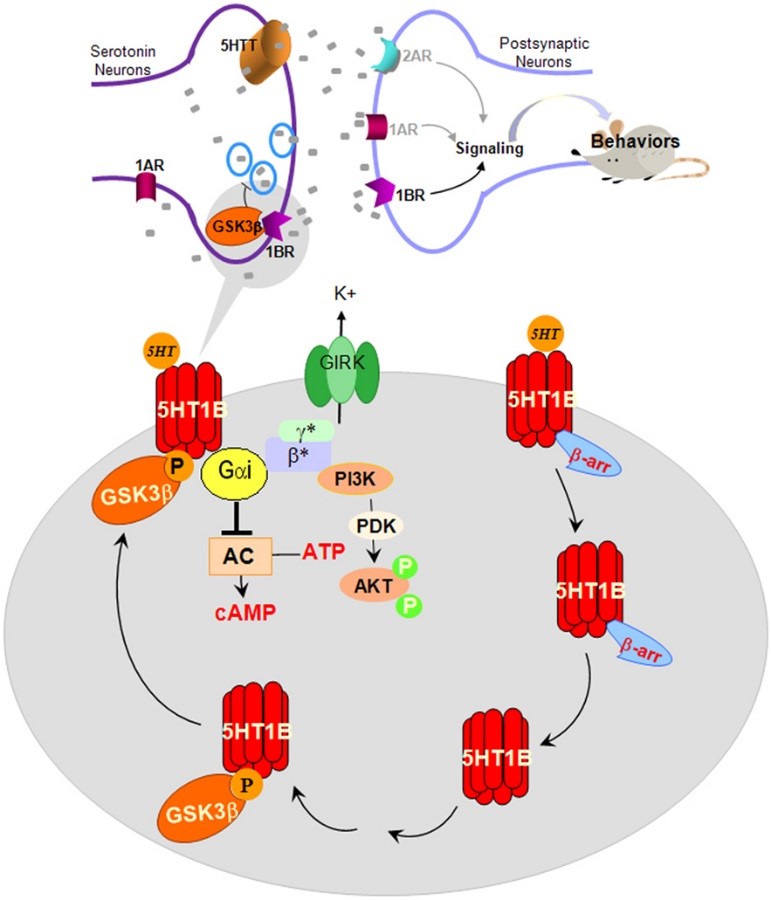
- serotonin_melatonin_2017_.jpg
- 771×900
- 2018/01/25 15:19
- 86.4 KB
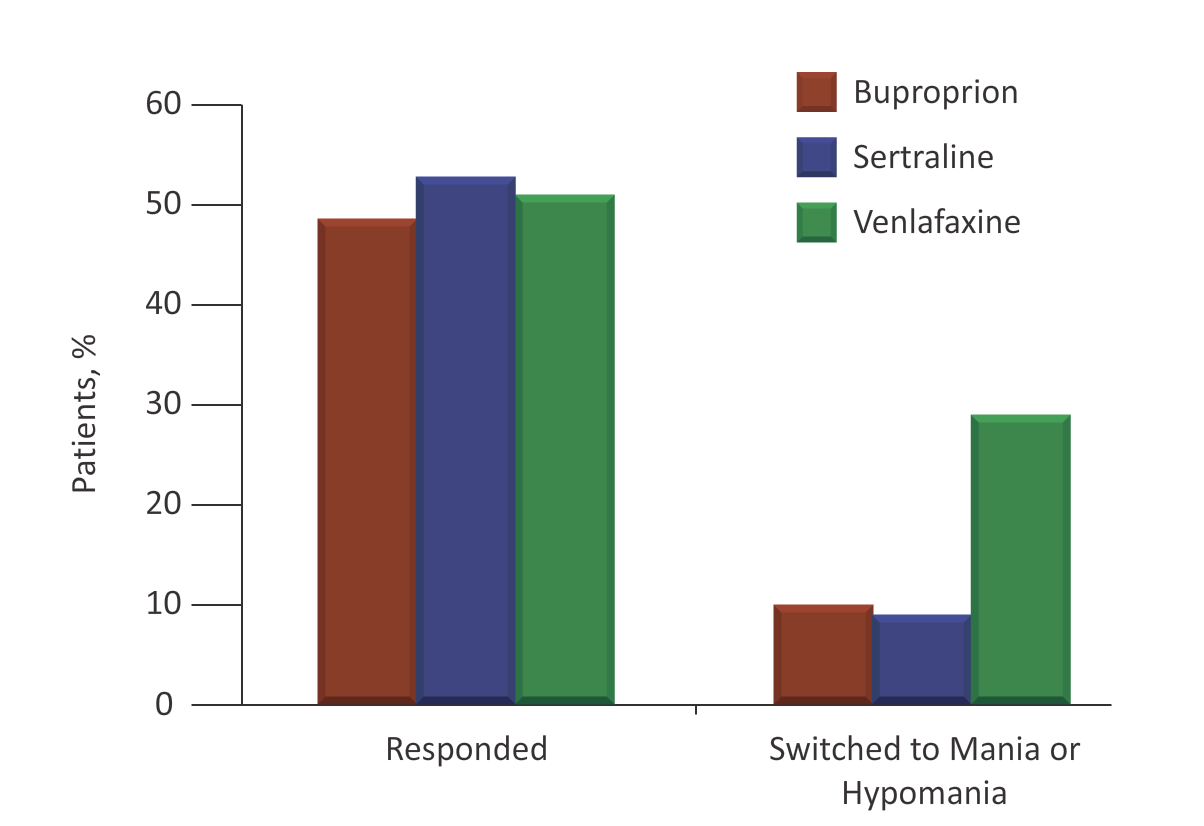
- sertraline_.png
- 1204×826
- 2018/01/25 15:19
- 81.8 KB
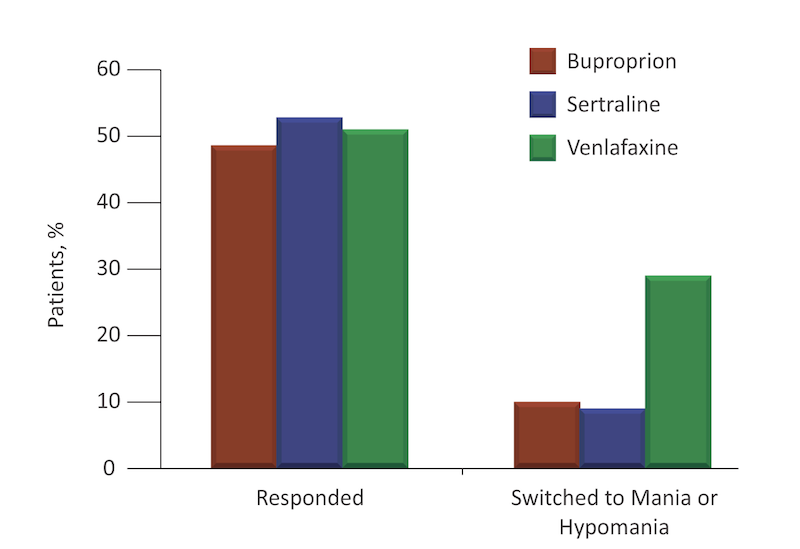
- sertraline_2_.png
- 800×549
- 2018/01/25 15:19
- 61.6 KB
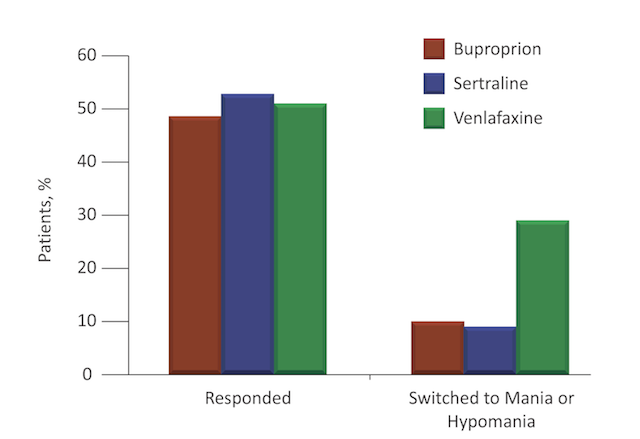
- sertraline_3.png
- 640×439
- 2018/01/25 15:19
- 51.1 KB
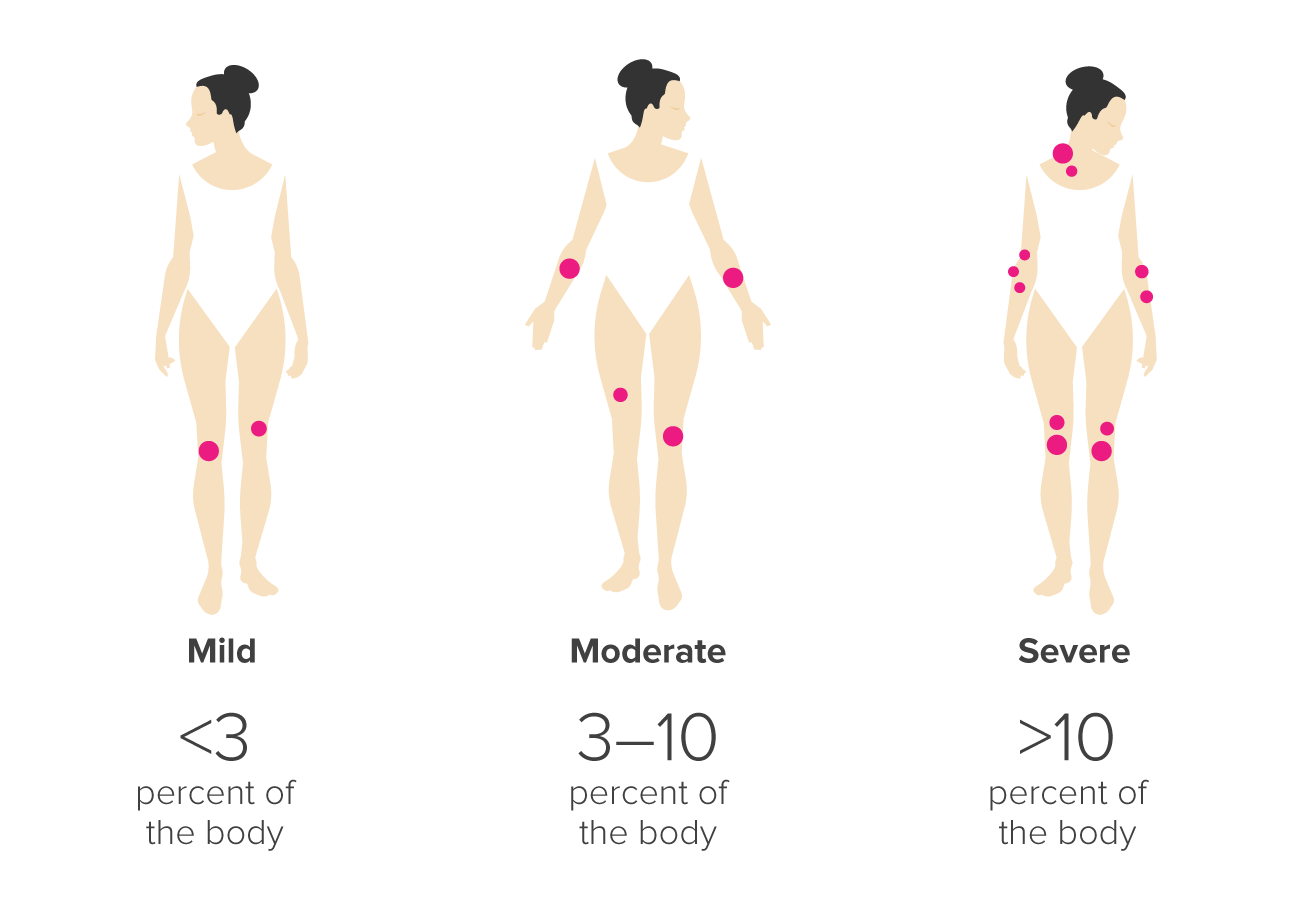
- severity.png
- 1296×900
- 2018/01/25 15:19
- 26.3 KB

- sex.png
- 1296×338
- 2020/01/27 11:21
- 267.7 KB

- sexuality.png
- 640×300
- 2018/03/30 14:22
- 46.2 KB

- shock_and_kill.png
- 1838×608
- 2019/04/05 20:13
- 535 KB

- side_effects.png
- 1072×685
- 2020/01/30 16:58
- 420.6 KB

- side_effects_nsaid_.png
- 456×136
- 2018/01/25 15:19
- 59.9 KB

- sideeffect.png
- 754×550
- 2020/01/31 20:00
- 300.7 KB

- sideeffects.png
- 436×604
- 2020/01/31 20:00
- 271.1 KB
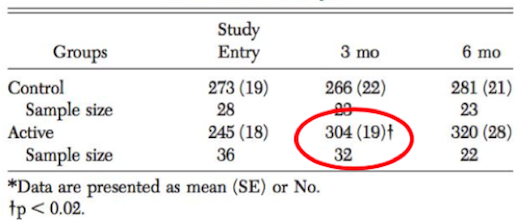
- significant_improvement_in_exercise_improvement.png
- 531×221
- 2018/01/25 15:19
- 105 KB
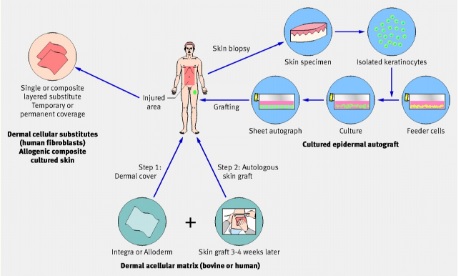
- skin_graft.jpg
- 458×276
- 2018/01/25 15:19
- 36.2 KB
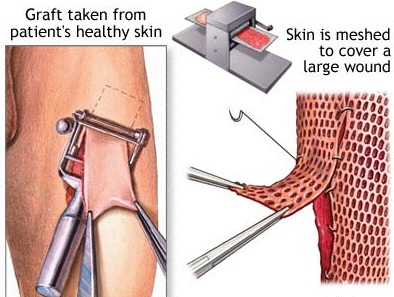
- skingraft1.jpg
- 394×297
- 2018/01/25 15:19
- 52.6 KB

- sleep-apnea.jpg
- 730×400
- 2020/01/29 11:49
- 80.8 KB
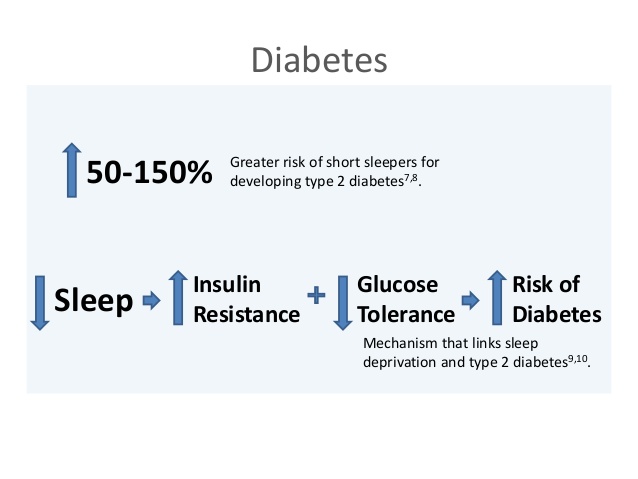
- sleep_deprivation_-_diabetes.jpg
- 638×479
- 2018/01/25 15:19
- 35.2 KB
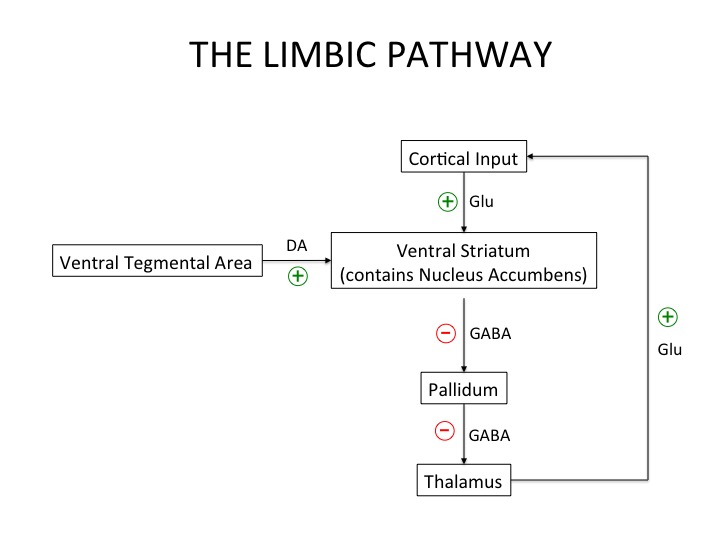
- slide1.jpg
- 720×540
- 2018/01/25 15:19
- 41 KB

- slides_p2_g3.pptx
- 2018/01/25 15:19
- 8.8 MB

- small-cte-brain-words.jpg
- 483×297
- 2018/10/30 20:19
- 174.8 KB
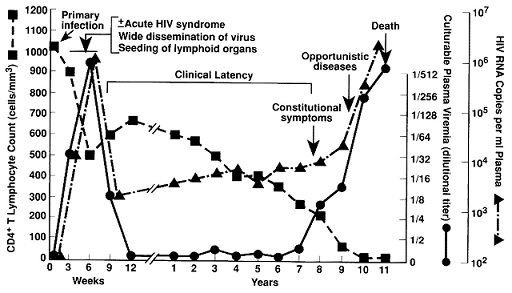
- small_hiv_stages_graph.jpg
- 512×293
- 2018/01/25 15:19
- 55.8 KB
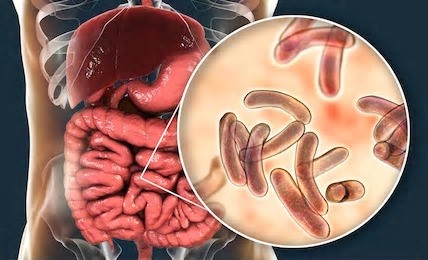
- small_intestine.jpg
- 428×260
- 2020/02/19 00:35
- 67.6 KB
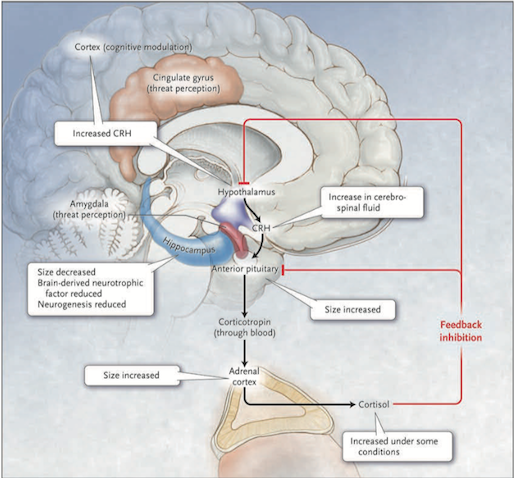
- smaller_one_.png
- 514×478
- 2018/01/25 15:19
- 408.6 KB
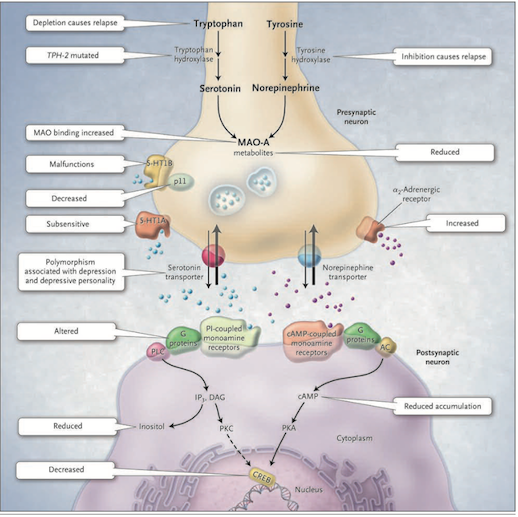
- smaller_one_2_.png
- 518×517
- 2018/01/25 15:19
- 417.4 KB
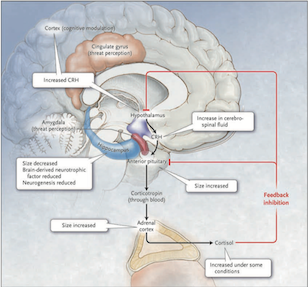
- smallest_one_.png
- 308×287
- 2018/01/25 15:19
- 170.7 KB

- smoke2.jpg
- 300×280
- 2018/01/25 15:19
- 52.8 KB
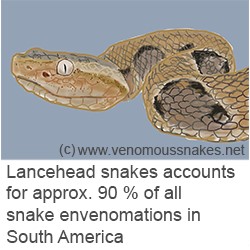
- snake_1.jpg
- 250×250
- 2018/01/25 15:19
- 22.9 KB
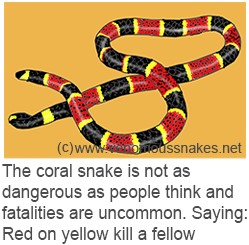
- snake_2.jpg
- 249×245
- 2018/01/25 15:19
- 27.5 KB
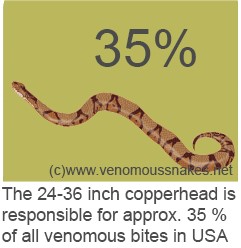
- snake_3.jpg
- 241×248
- 2018/01/25 15:19
- 18.3 KB
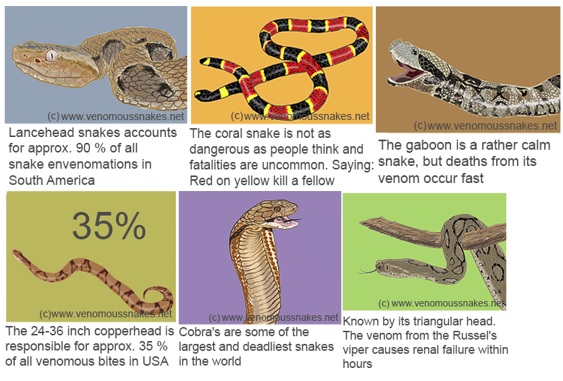
- snakes.jpg
- 563×381
- 2018/01/25 15:19
- 89.8 KB
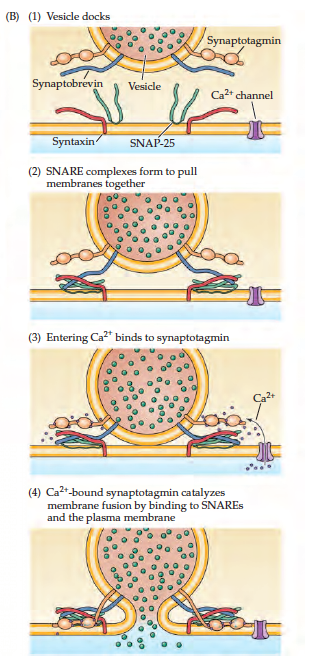
- snare_pic.png
- 315×671
- 2018/01/25 15:19
- 352.4 KB
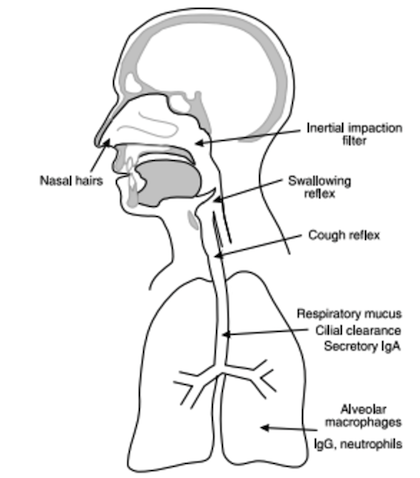
- snip3_2.png
- 420×478
- 2018/01/25 15:19
- 80.1 KB
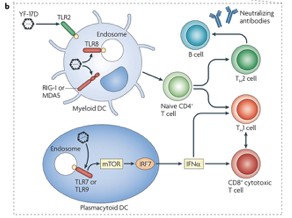
- snip20160226_7.png
- 292×218
- 2018/01/25 15:19
- 69.7 KB
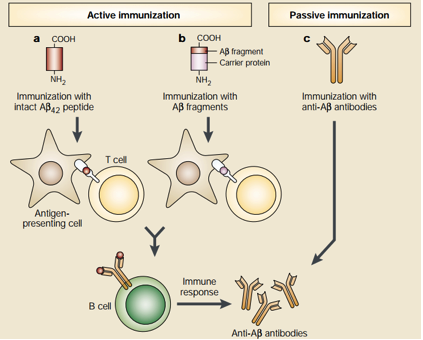
- snip20160327_1.png
- 423×340
- 2018/01/25 15:19
- 98.8 KB
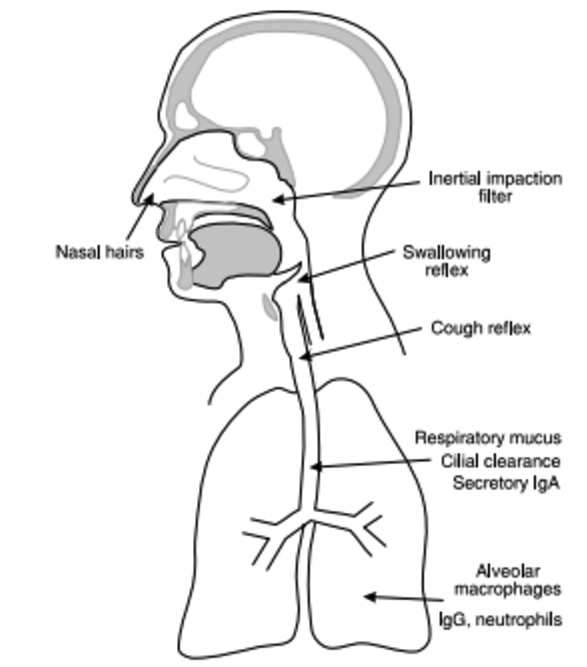
- snip20170305_2.png
- 587×667
- 2018/01/25 15:19
- 113.1 KB
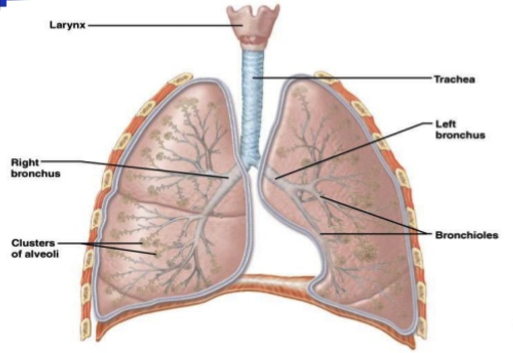
- snip20170305_3.png
- 513×353
- 2018/01/25 15:19
- 198.4 KB
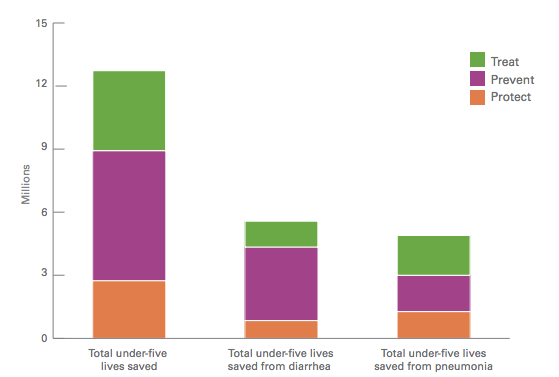
- snip20170327_2.png
- 559×377
- 2018/01/25 15:19
- 20.6 KB
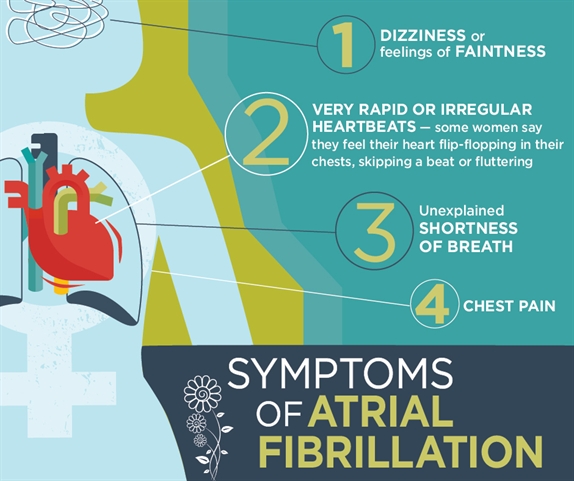
- socialmedia_afib_v1.jpg
- 574×481
- 2018/01/25 15:19
- 163.6 KB
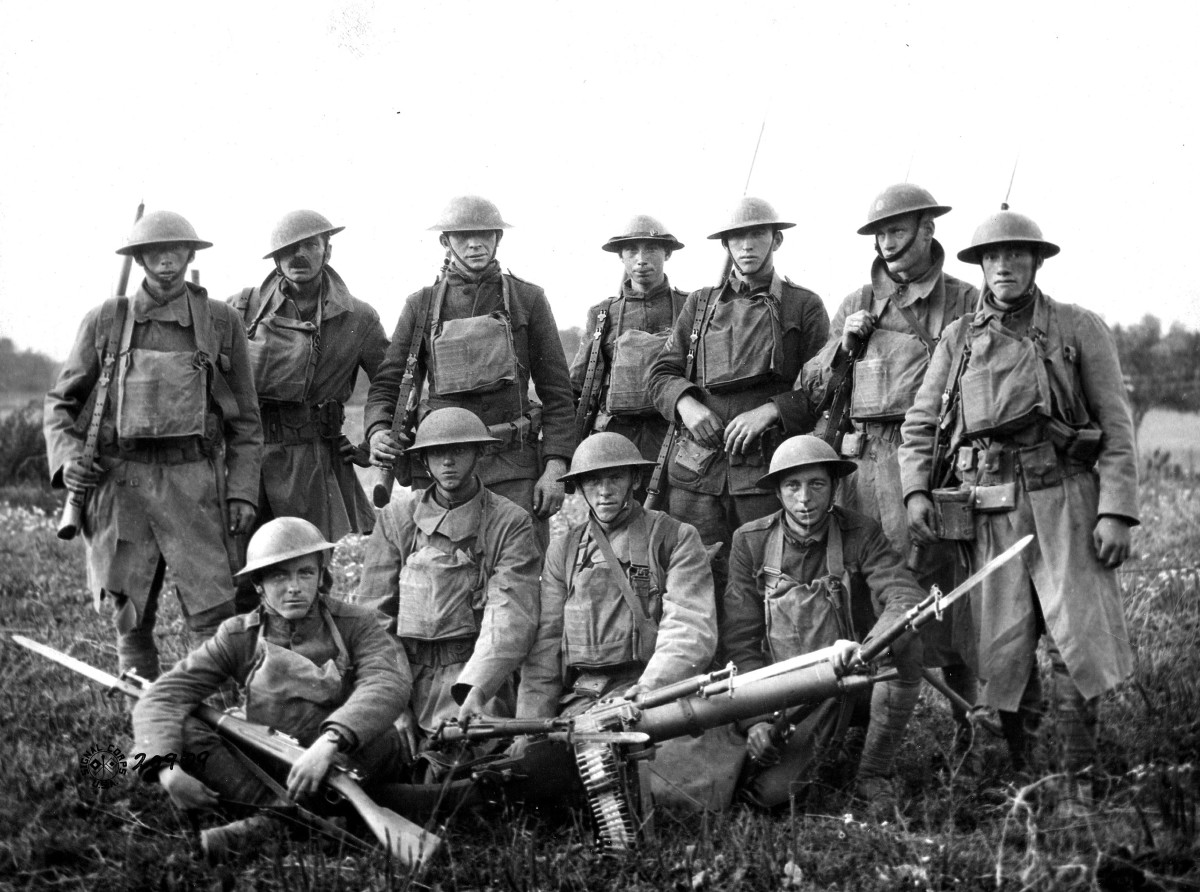
- soldiers.jpg
- 1200×892
- 2020/01/29 17:55
- 250.6 KB
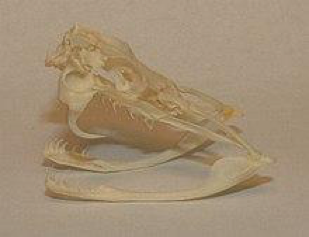
- sole.png
- 309×237
- 2018/01/25 15:19
- 111.7 KB
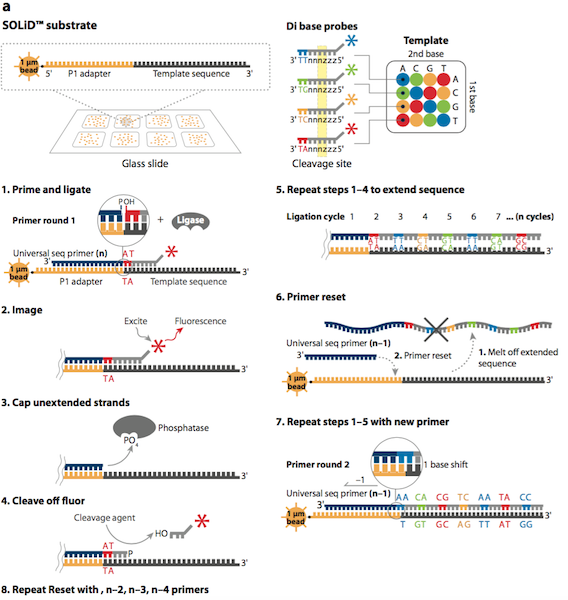
- solid_sequencing.png
- 568×600
- 2018/01/25 15:19
- 229.4 KB
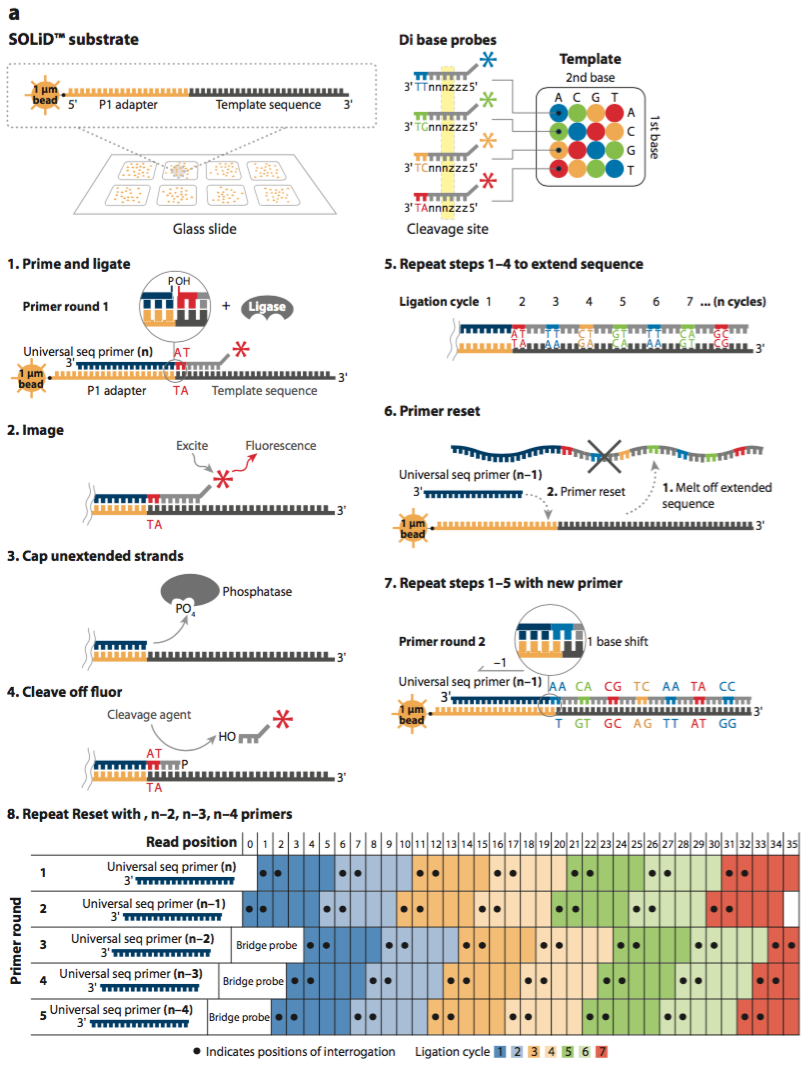
- solid_sequencing_part_1.png
- 812×1068
- 2018/01/25 15:19
- 416.1 KB
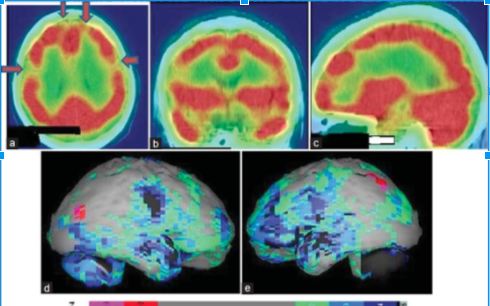
- spect.png
- 490×306
- 2018/01/25 15:19
- 258 KB
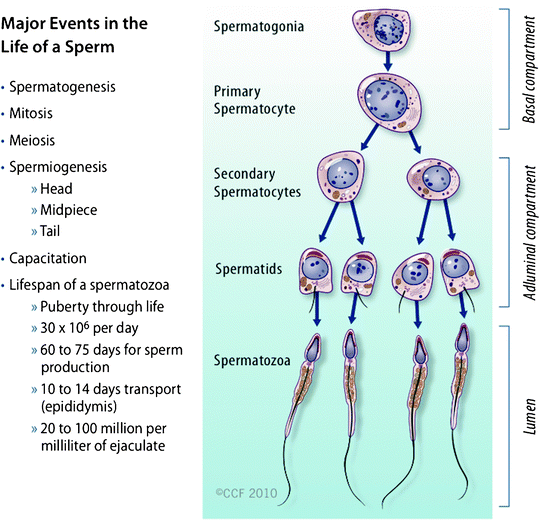
- sperm.gif
- 540×520
- 2018/11/30 16:08
- 202.9 KB
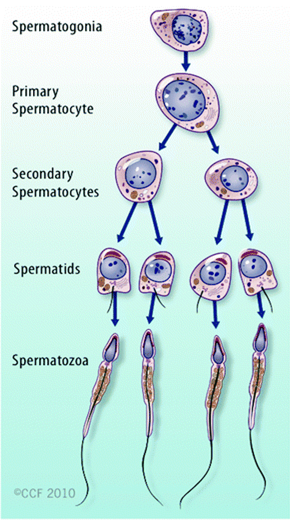
- sperm2.png
- 290×520
- 2018/11/30 16:09
- 299.7 KB
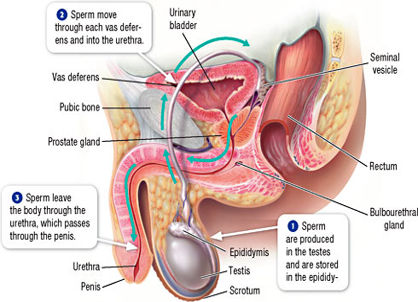
- sperm_movement.png
- 418×302
- 2018/11/30 19:02
- 234.9 KB
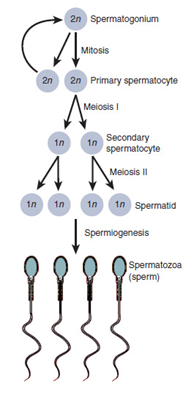
- spermatogenesis-1.png
- 194×395
- 2019/03/08 19:35
- 52.1 KB
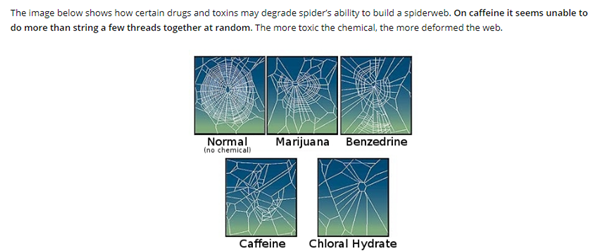
- spider_webs.png
- 604×252
- 2018/03/01 23:59
- 129.1 KB
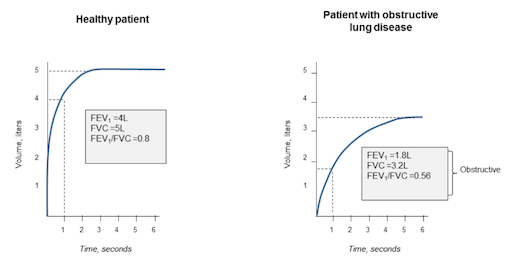
- spirometry_traces_representing_healthy_patients_and_copd_patients.png
- 510×263
- 2018/01/25 15:19
- 40 KB
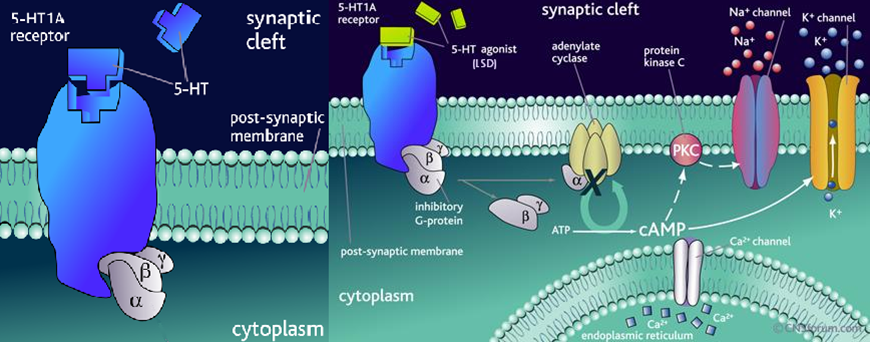
- spongebob.png
- 870×342
- 2018/01/25 15:19
- 473 KB
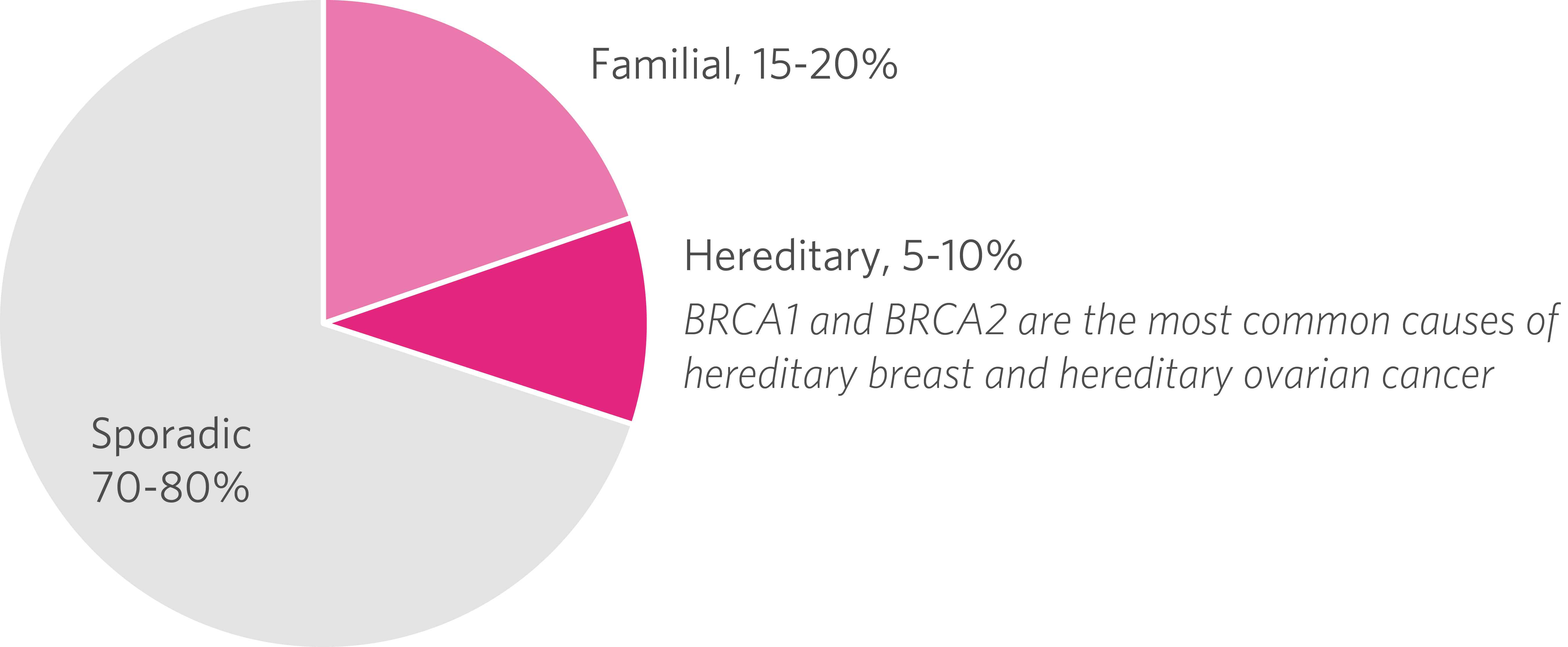
- sporadic_familial_hereditary_breast_cancer_breakdown_pie_chart.png
- 5407×2230
- 2018/01/25 15:19
- 185.1 KB

- sports.jpg
- 4344×2455
- 2020/01/29 17:55
- 721.9 KB
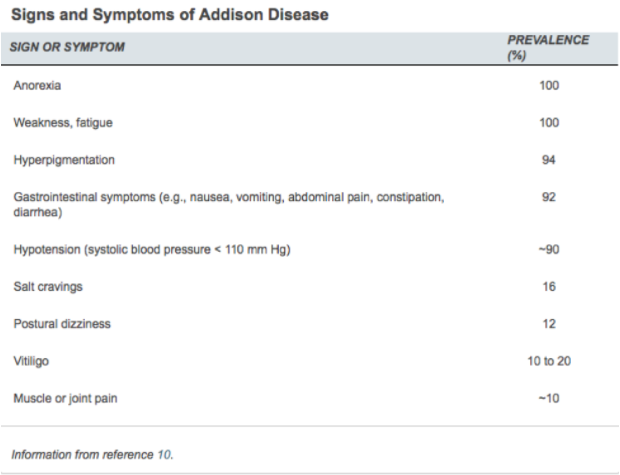
- srnpre.png
- 620×475
- 2018/01/25 15:19
- 82.8 KB

- stages-of-alzheimers.jpg
- 508×222
- 2018/01/25 15:19
- 129.8 KB
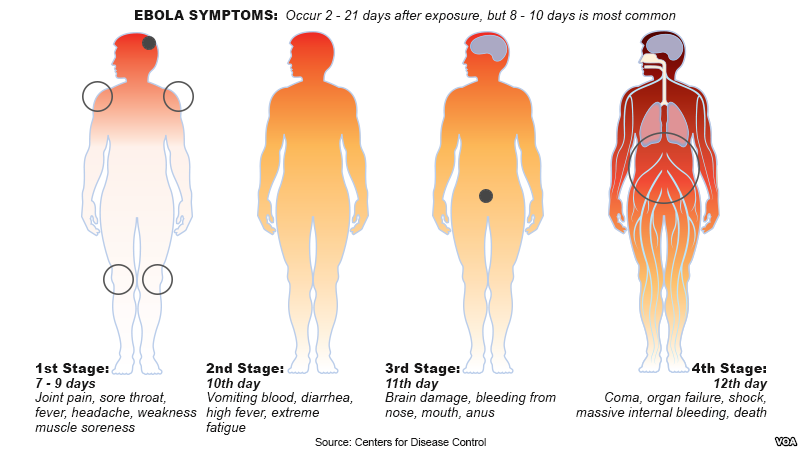
- stages_of_ebola.png
- 800×450
- 2018/01/25 15:19
- 71.9 KB
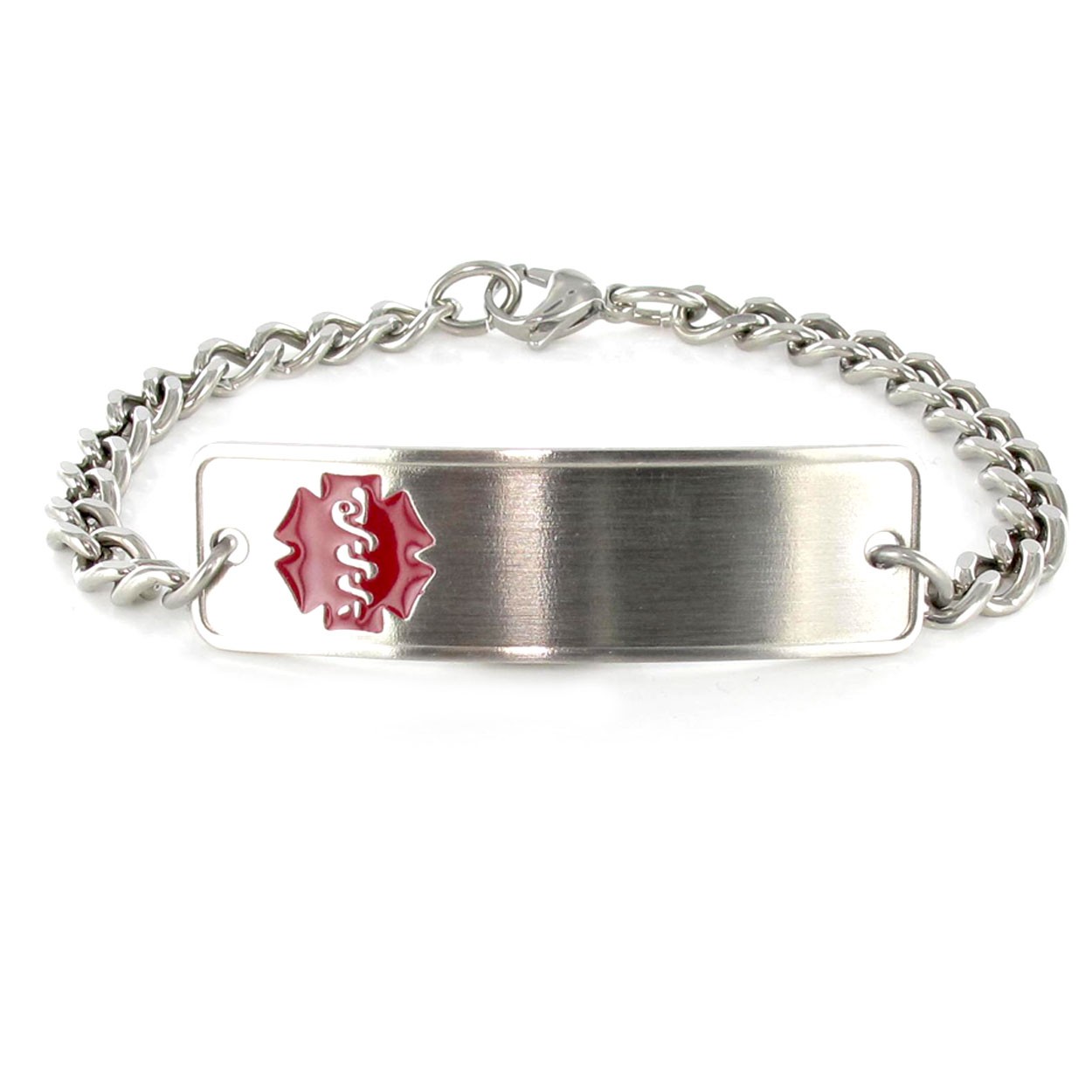
- stainless_steel_classic_red_medical_id_bracelet_1_.jpg
- 1250×1250
- 2018/01/25 15:19
- 111.2 KB
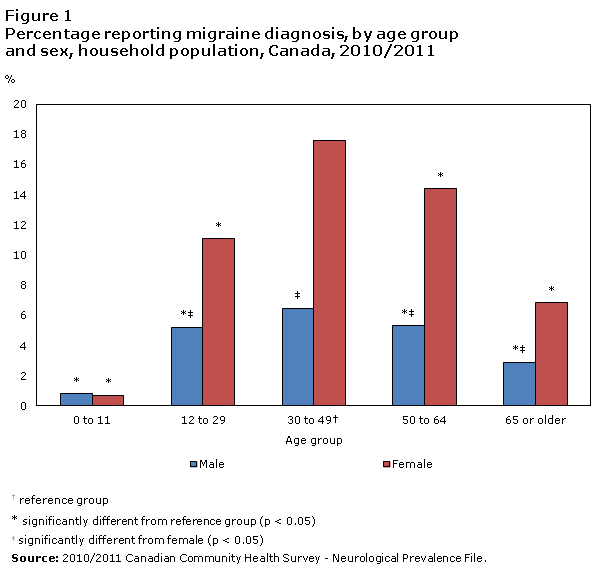
- stats_about_migraines_.gif
- 607×575
- 2018/01/25 15:19
- 8.9 KB

- stats_about_migraines_2.gif
- 364×345
- 2018/01/25 15:19
- 14.9 KB

- stem_cell_report_photo.jpg
- 1064×326
- 2019/02/01 12:59
- 66.7 KB
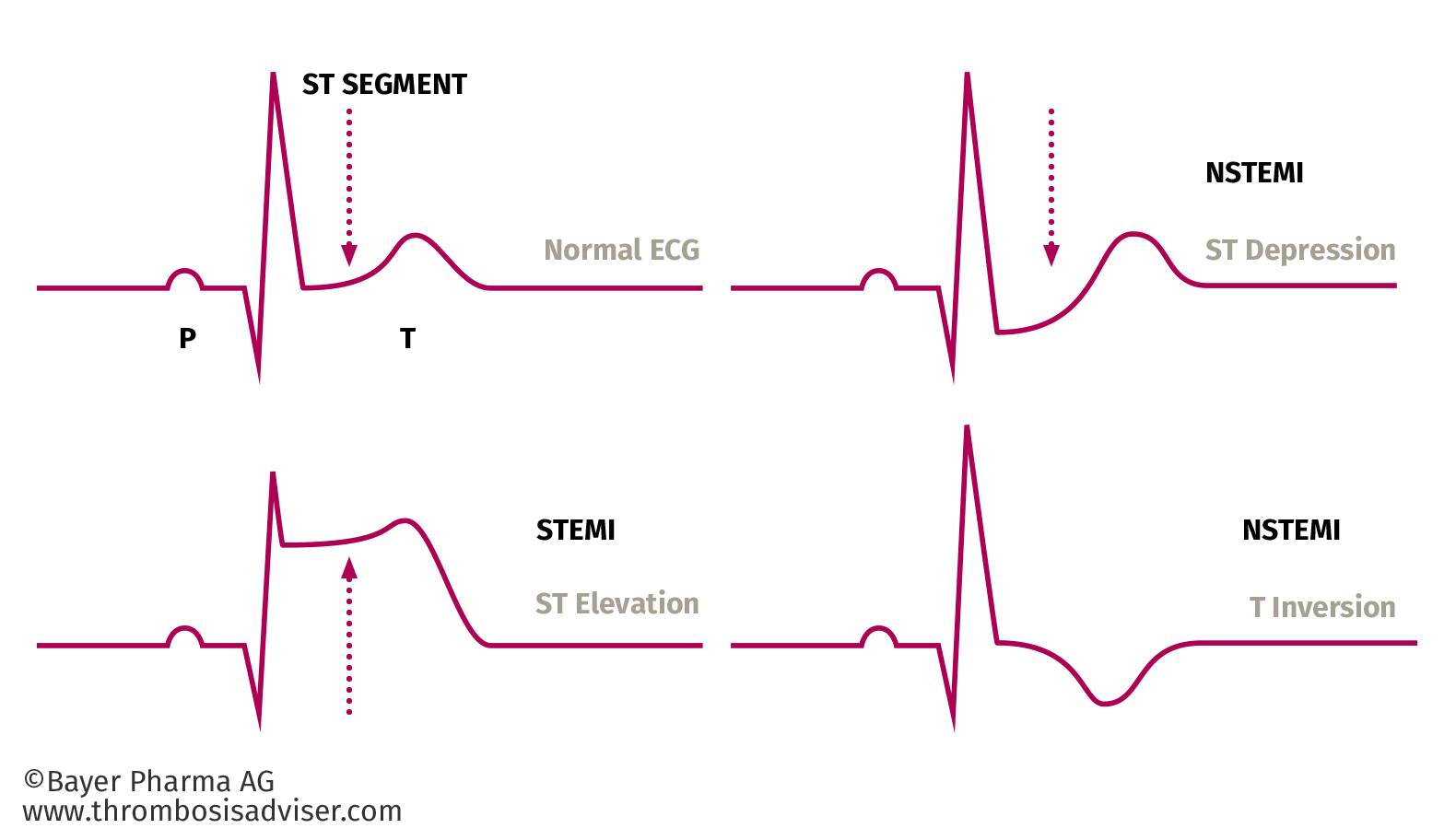
- stemi-and-nstemi-ecg-illustration.png
- 1580×912
- 2018/01/25 15:19
- 69.6 KB
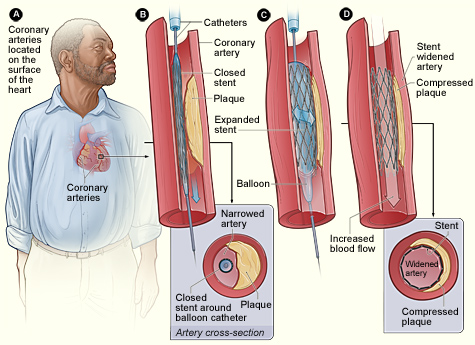
- stents.jpeg
- 475×345
- 2018/01/25 15:19
- 96.6 KB

- stephen_hawking.jpg
- 672×378
- 2018/01/25 15:19
- 56.4 KB

- stephen_hawking_2.jpg
- 403×227
- 2018/01/25 15:19
- 26 KB
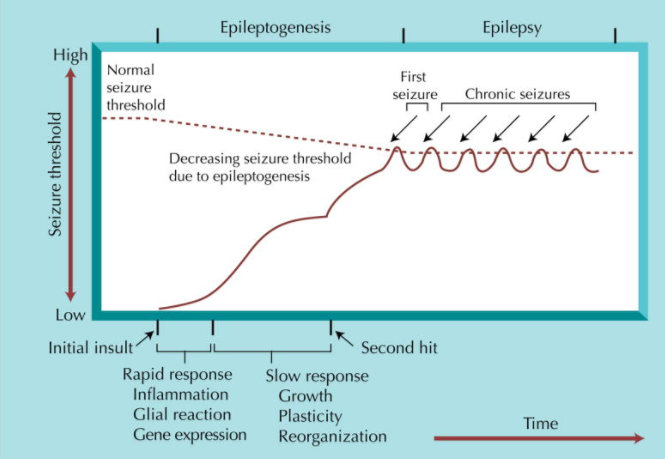
- steps_of_epilepsy.png
- 665×459
- 2018/01/25 15:19
- 154.9 KB
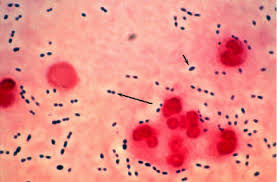
- strept.jpeg
- 277×182
- 2018/01/25 15:19
- 10.2 KB
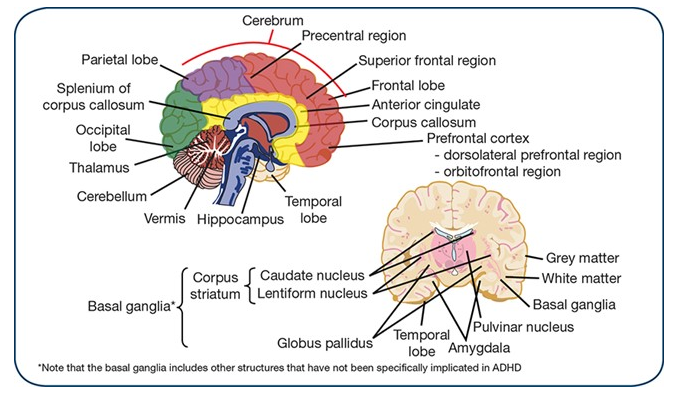
- structural_image.png
- 673×393
- 2018/01/25 15:19
- 249.2 KB
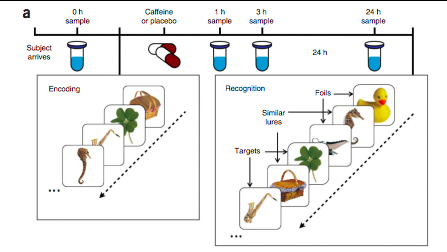
- studies_for_methology_.png
- 447×252
- 2018/03/01 21:05
- 66.2 KB

- study-_graph_image.jpg
- 478×360
- 2018/03/01 23:10
- 27 KB
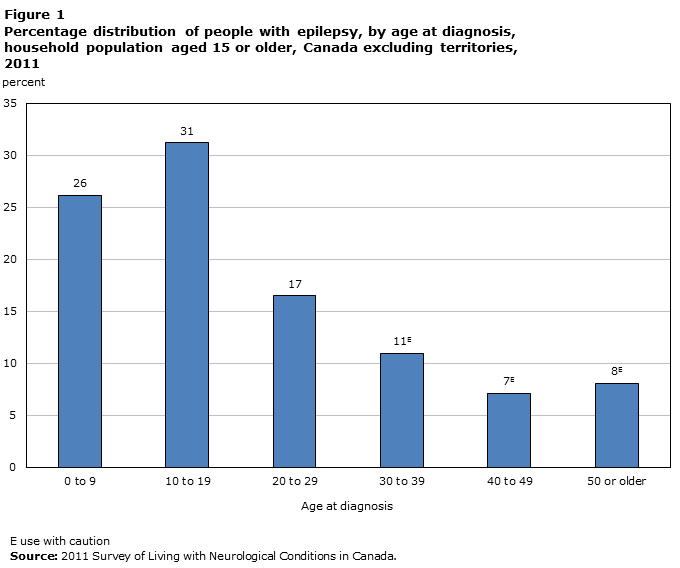
- study.gif
- 680×568
- 2018/01/25 15:19
- 11.8 KB
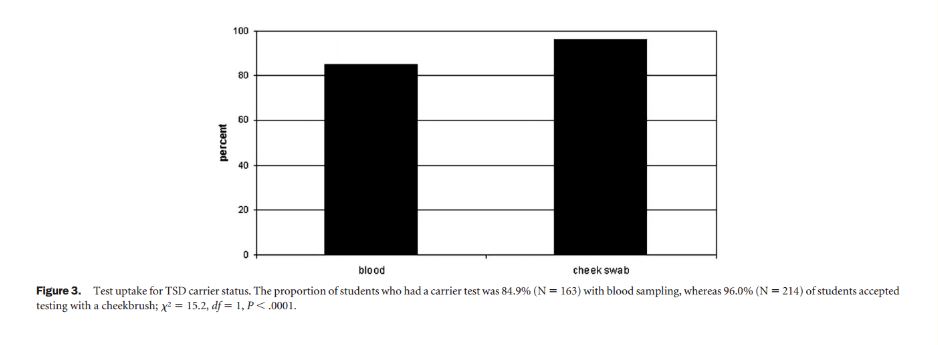
- study_graph.jpg
- 938×345
- 2018/01/25 15:19
- 28.8 KB
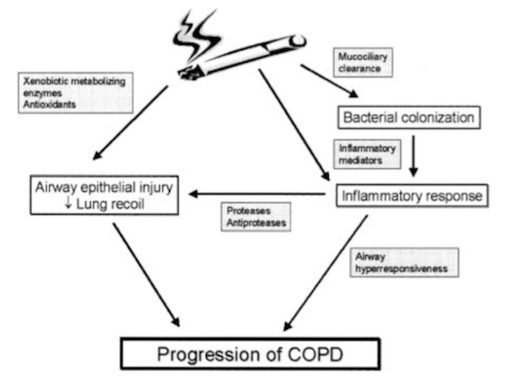
- summary_of_pathways_and_candidate_genes_involved_in_copd.png
- 510×382
- 2018/01/25 15:19
- 101 KB
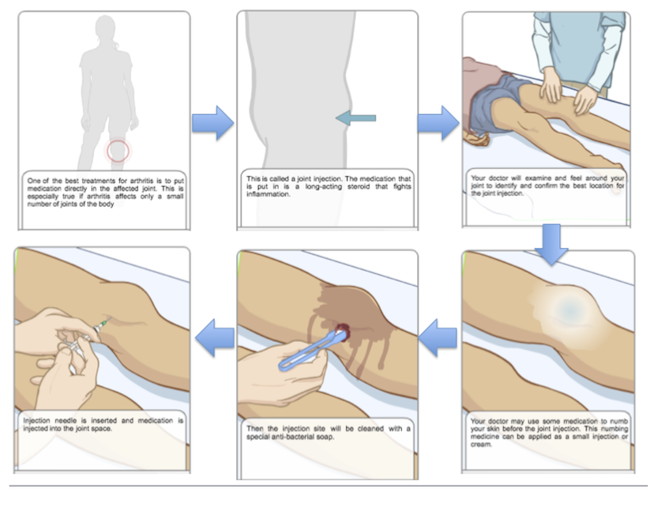
- surg.png
- 653×508
- 2018/01/25 15:19
- 191.7 KB
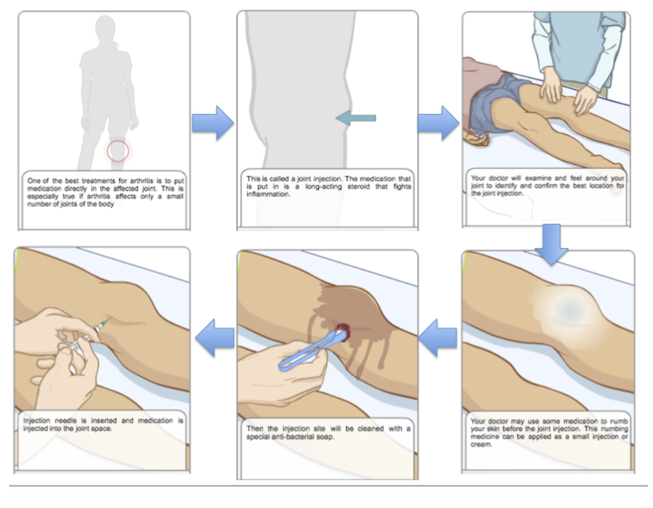
- surg1.png
- 653×508
- 2018/01/25 15:19
- 191.7 KB
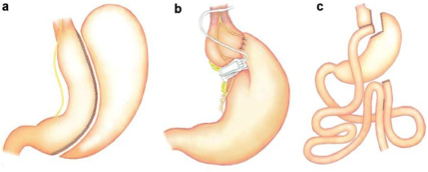
- surgery.png
- 428×172
- 2019/04/05 17:18
- 96.7 KB
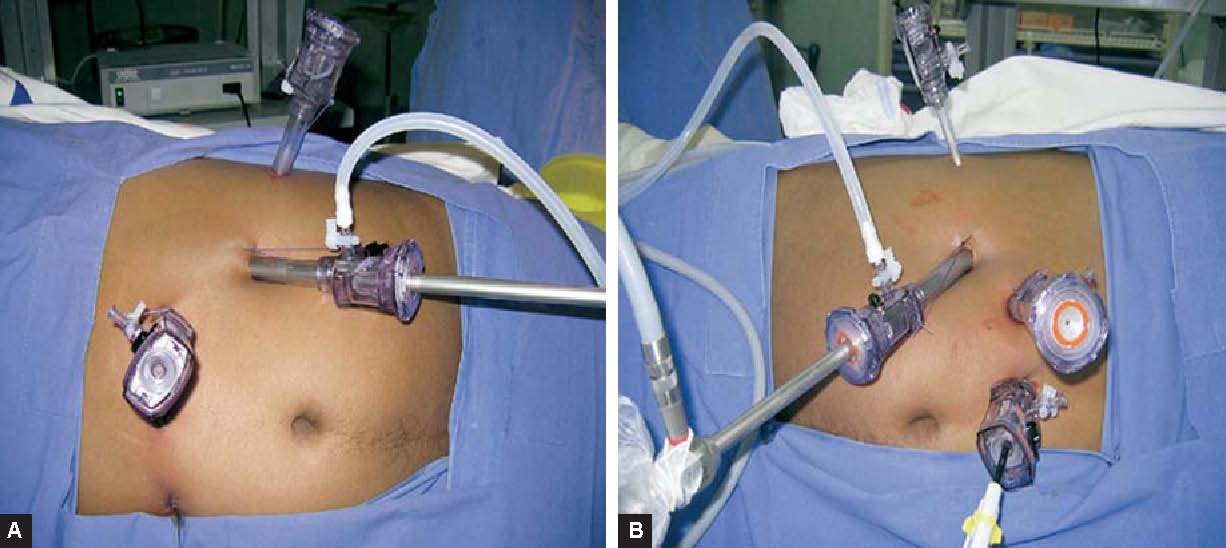
- surgery_-_bi.jpg
- 1226×548
- 2018/01/25 15:19
- 61.6 KB
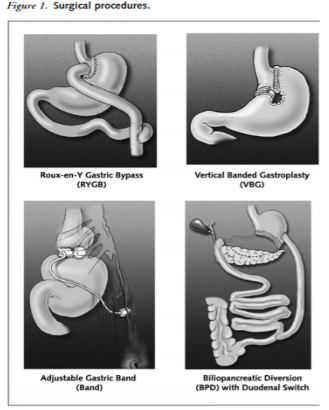
- surgical_procedures.png
- 329×410
- 2018/01/25 15:19
- 99.1 KB
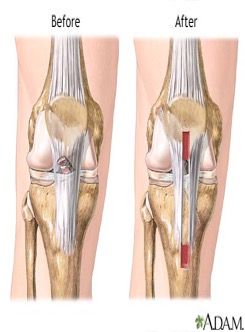
- surgical_treatment_1.jpg
- 245×332
- 2018/01/25 15:19
- 22.7 KB

- sweat.jpg
- 1024×573
- 2018/09/19 12:09
- 63.6 KB

- sweating-3.pdf
- 2018/09/27 23:07
- 27.2 MB
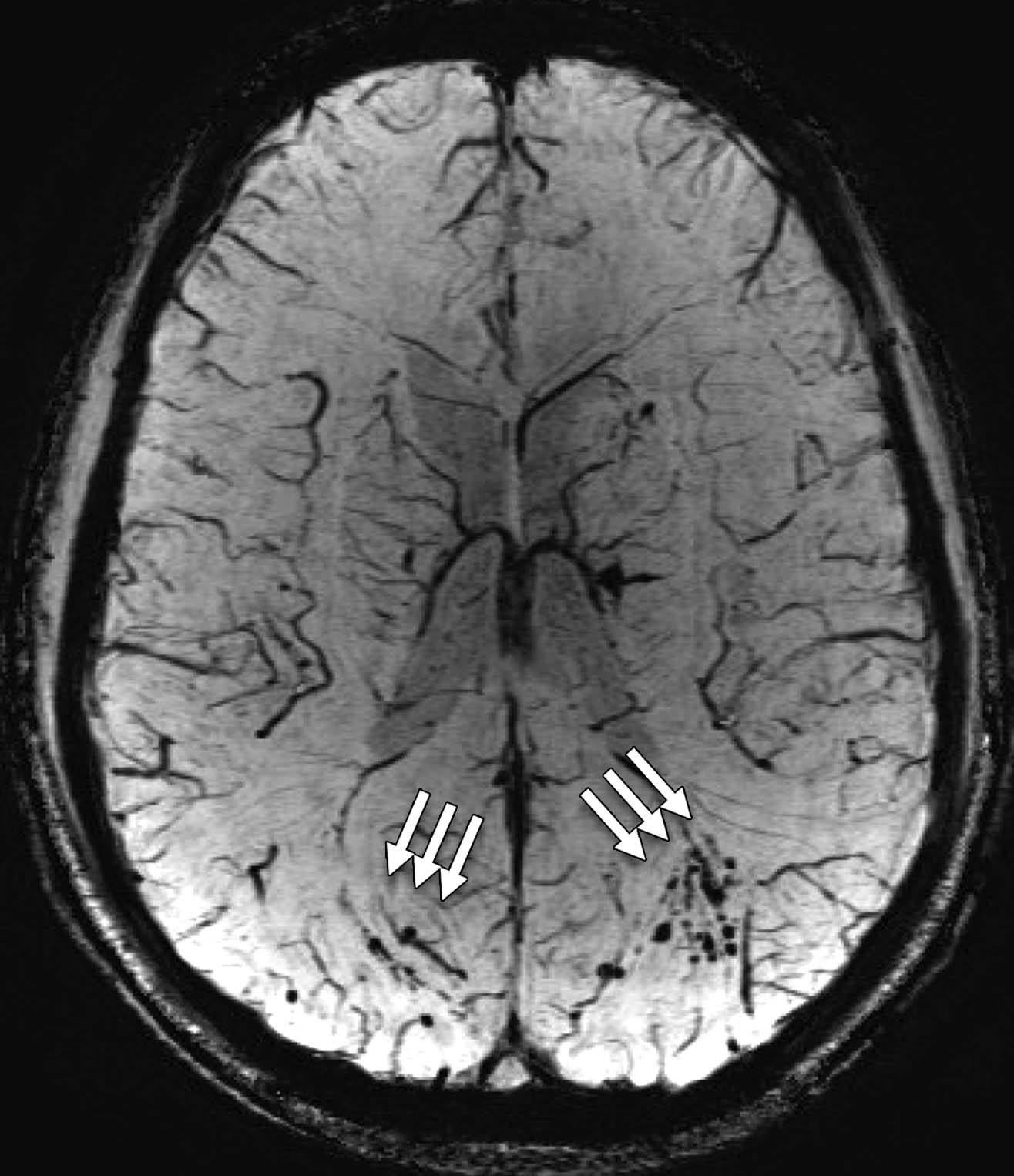
- swi.png
- 1316×1526
- 2018/11/02 00:13
- 807.5 KB
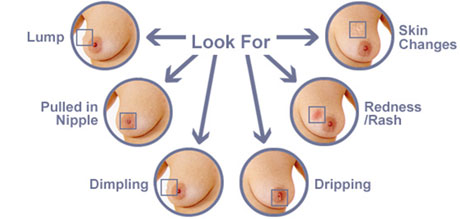
- symptoms-of-breast-cancer.jpg
- 460×219
- 2018/01/25 15:19
- 20.2 KB

- symptoms.png
- 662×1004
- 2020/03/25 18:17
- 346.4 KB
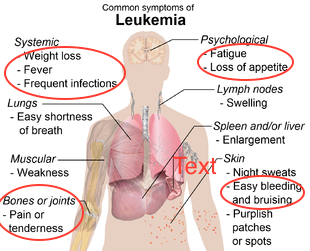
- symptoms_of_leukemia.png
- 310×251
- 2018/01/25 15:19
- 84.7 KB
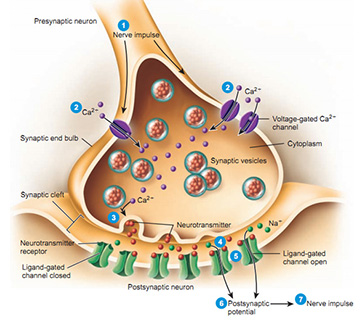
- synapse_4.jpg
- 360×323
- 2018/01/25 15:19
- 53.3 KB

- synephrine.svg.png
- 1200×663
- 2019/01/29 12:34
- 20 KB
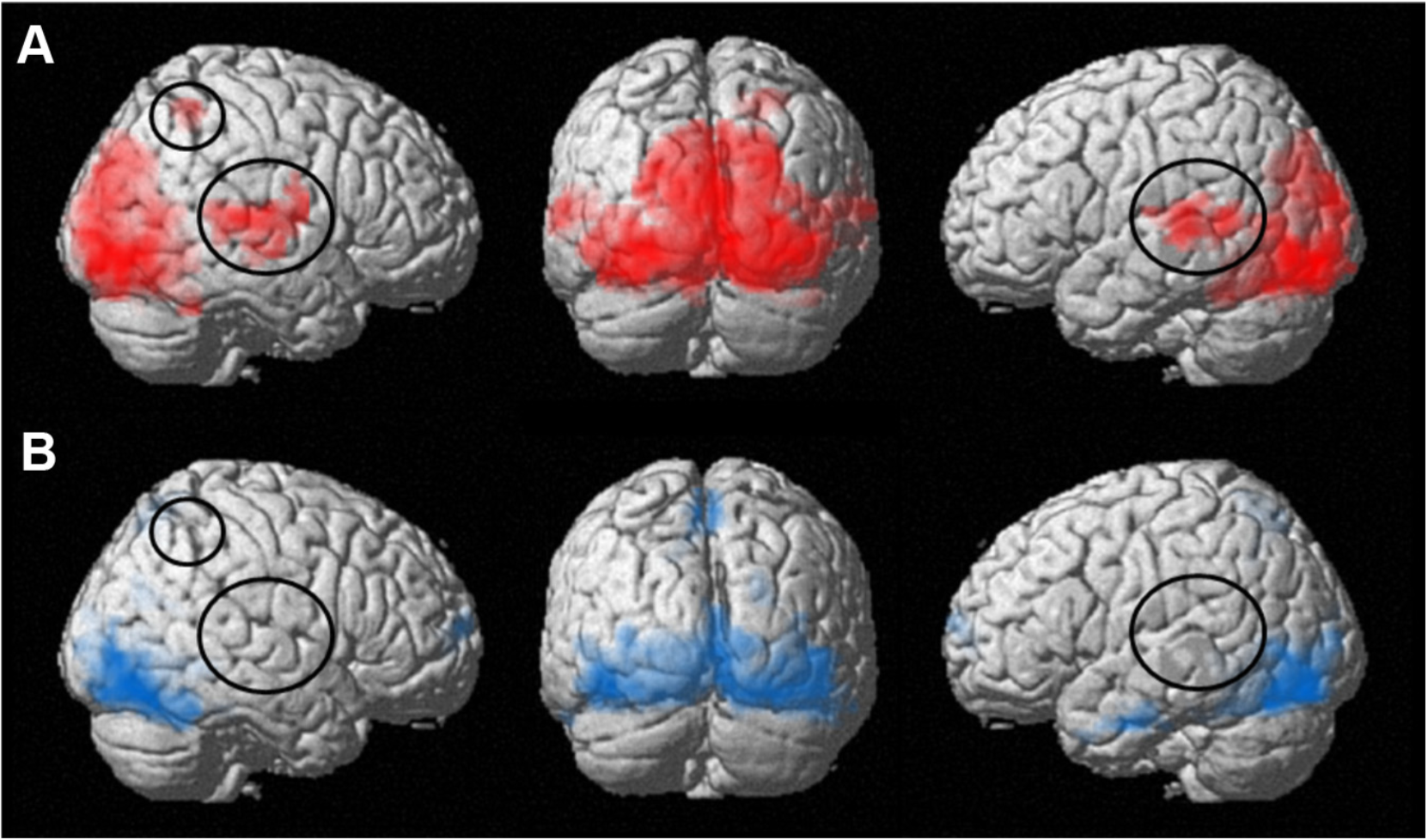
- synesthesia_1.png
- 1662×978
- 2020/03/20 20:31
- 1.6 MB
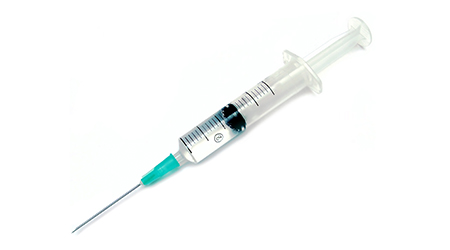
- syringe.jpg
- 450×250
- 2018/01/25 15:19
- 35 KB
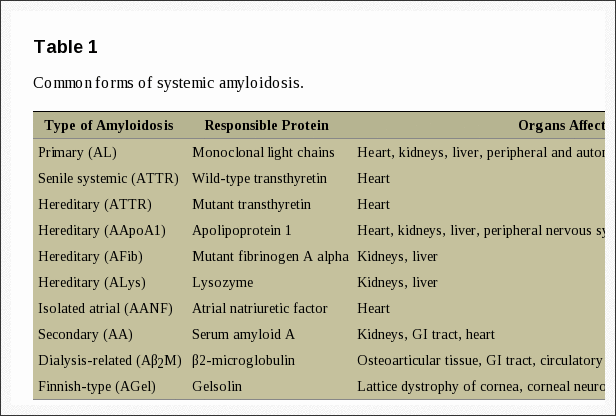
- t1.png
- 616×416
- 2018/01/25 15:19
- 20.4 KB
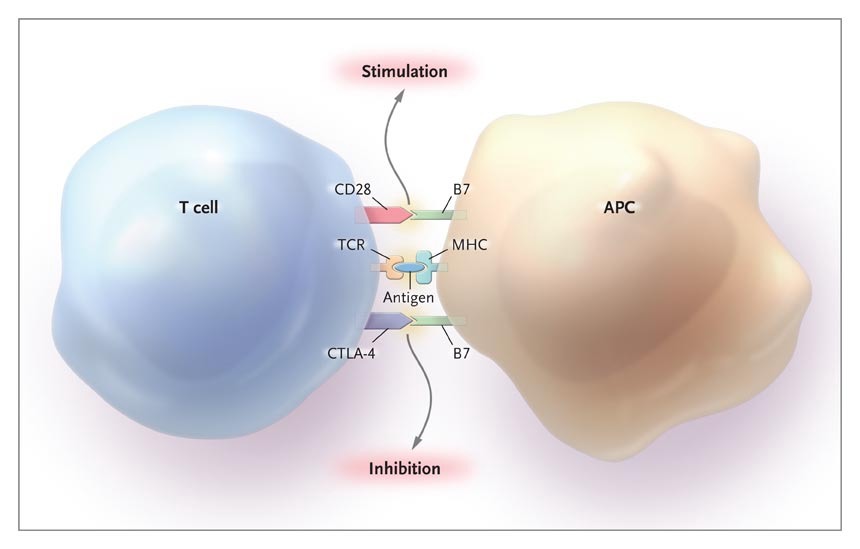
- t_cell.jpeg
- 860×549
- 2018/11/30 21:42
- 31.3 KB

- table.png
- 1041×239
- 2018/02/24 17:52
- 134 KB
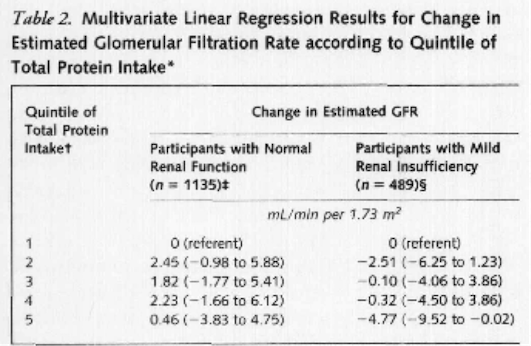
- table2-2.1.png
- 531×346
- 2018/01/25 15:19
- 167.5 KB
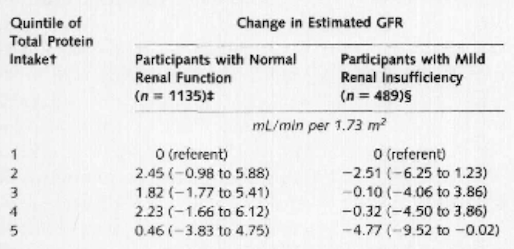
- table2-2.2.png
- 514×249
- 2018/01/25 15:19
- 113.6 KB
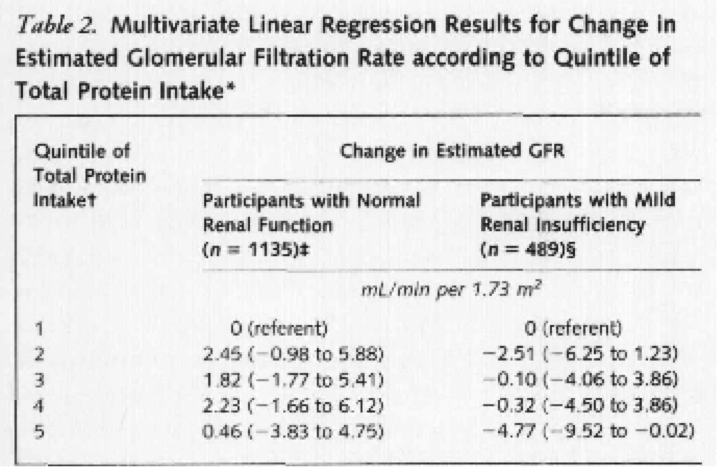
- table2-2.png
- 717×467
- 2018/01/25 15:19
- 220.4 KB
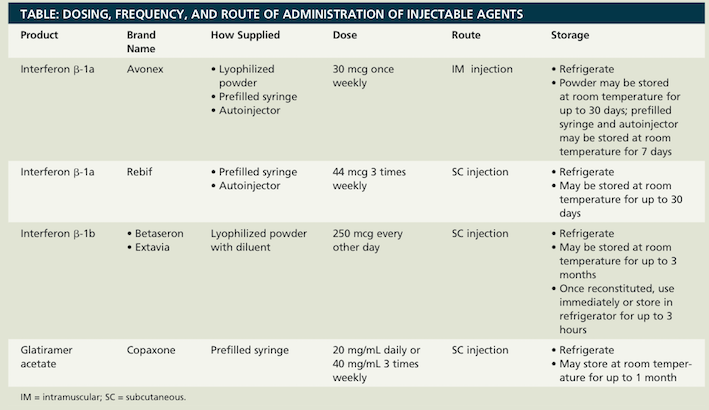
- table_01.png
- 709×410
- 2018/01/25 15:19
- 165.9 KB
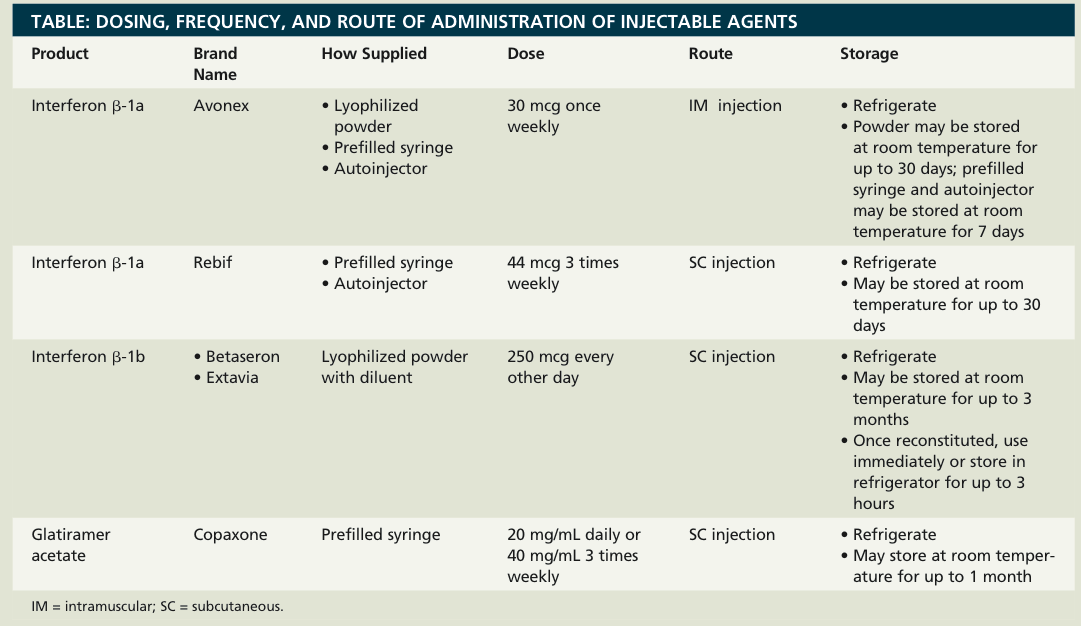
- table_1.png
- 1081×626
- 2018/01/25 15:19
- 148.6 KB
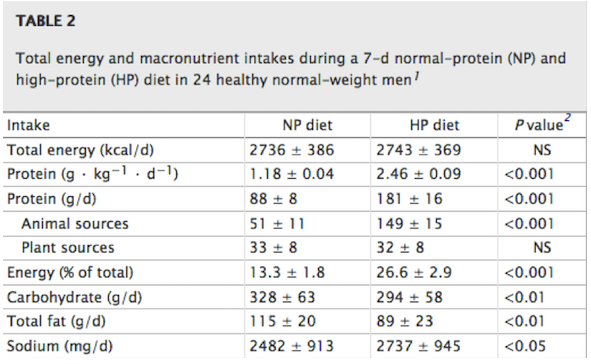
- table_2.1.png
- 591×364
- 2018/01/25 15:19
- 164.9 KB
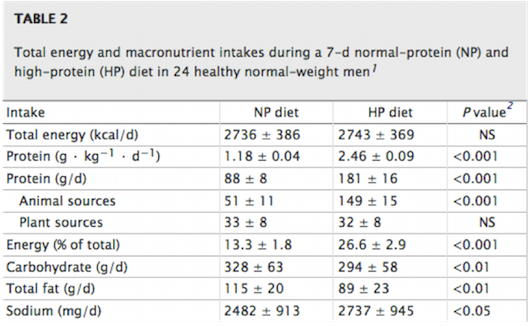
- table_2.2.png
- 531×327
- 2018/01/25 15:19
- 222.6 KB
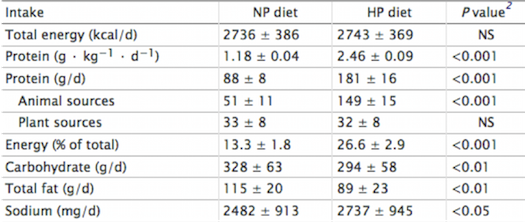
- table_2.3.png
- 525×222
- 2018/01/25 15:19
- 156.9 KB
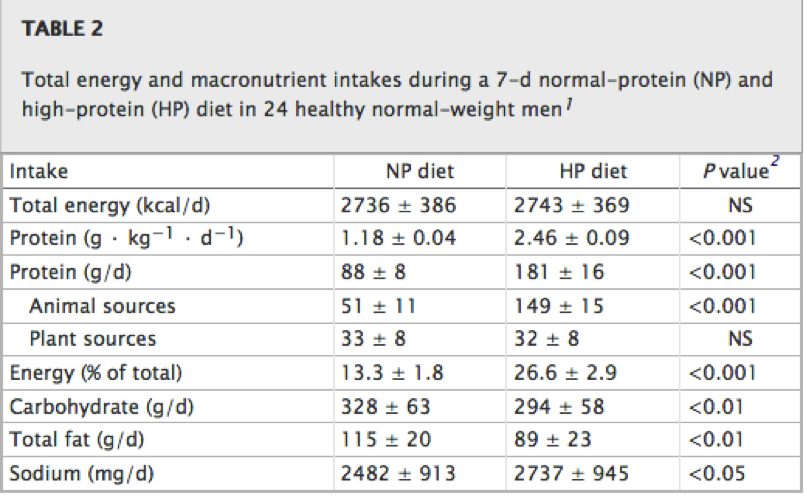
- table_2.png
- 807×498
- 2018/01/25 15:19
- 207 KB
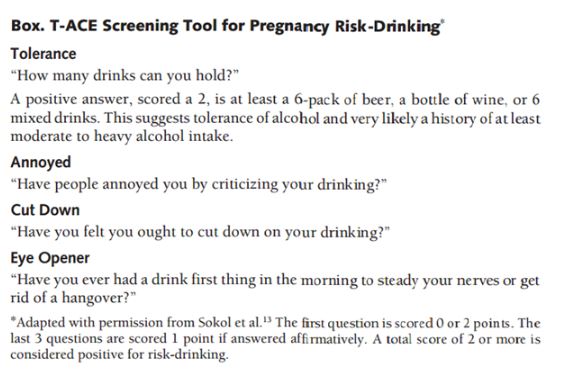
- tace.jpg
- 565×369
- 2018/01/25 15:19
- 43.1 KB
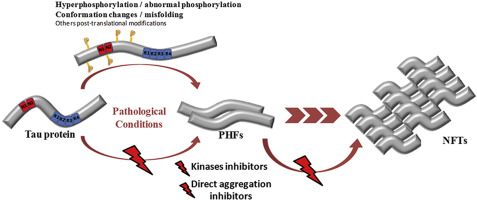
- tau.jpg
- 477×200
- 2018/11/02 22:14
- 43.4 KB

- tay-sachs_presentation_.pdf
- 2018/01/25 15:19
- 1.1 MB

- tay-sachs_presentation_.pptx
- 2018/01/25 15:19
- 2.5 MB
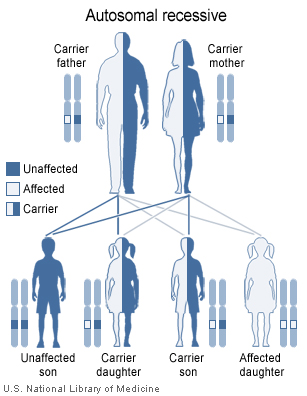
- tay_sachs.jpg
- 307×396
- 2018/01/25 15:19
- 67.8 KB
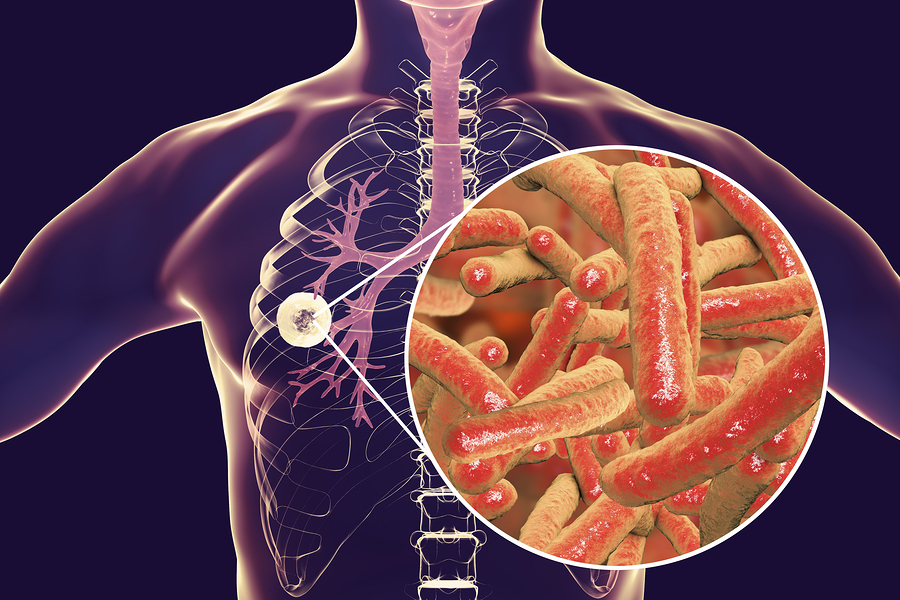
- tb.jpg
- 900×600
- 2018/10/27 20:34
- 472.9 KB
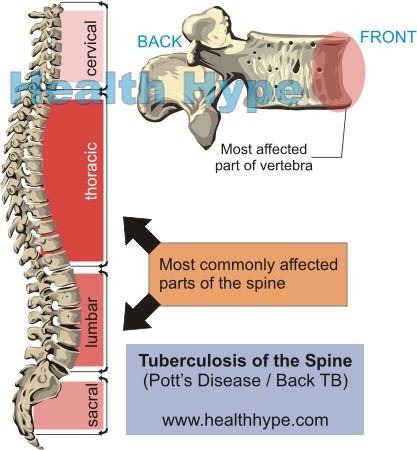
- tb.png
- 417×450
- 2018/11/02 17:02
- 216.2 KB

- tb2.png
- 1200×871
- 2018/11/02 17:21
- 878.5 KB
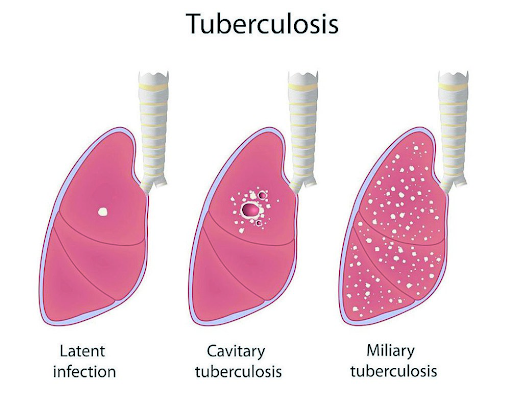
- tb3.png
- 512×393
- 2018/11/02 17:31
- 151.8 KB

- tb4.png
- 512×216
- 2018/11/02 17:13
- 60.4 KB
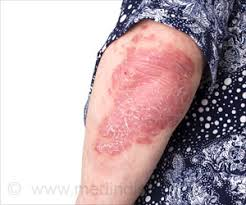
- tb5.png
- 246×205
- 2018/11/02 17:27
- 74.2 KB
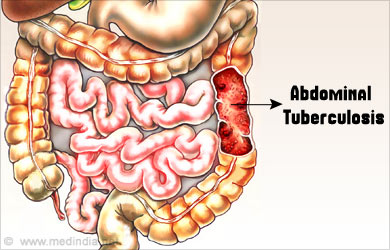
- tb6.png
- 390×250
- 2018/11/02 17:18
- 146.6 KB
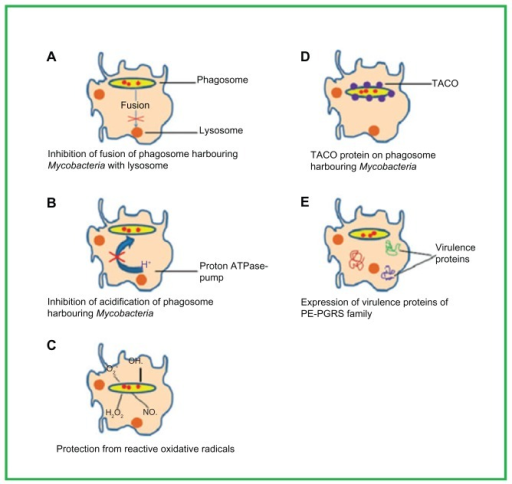
- tb_mechhh.png
- 512×484
- 2018/11/02 01:57
- 127.6 KB
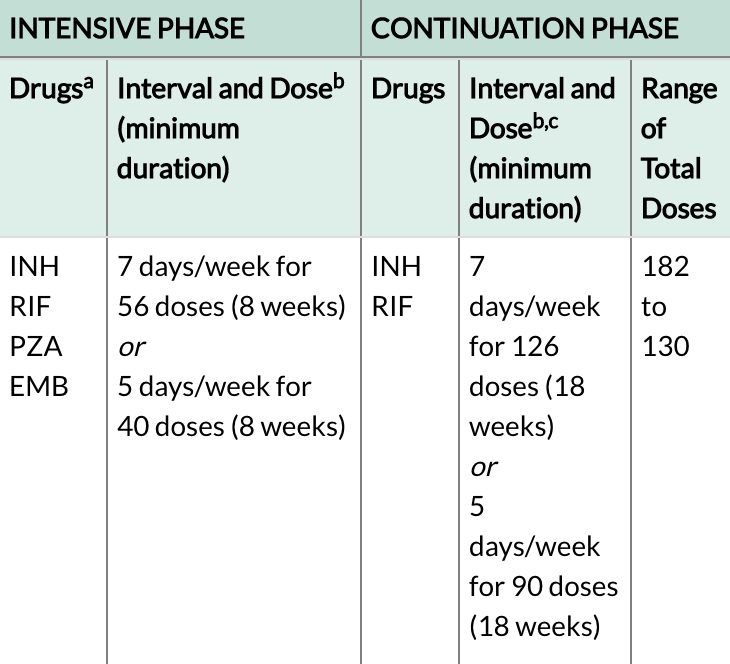
- tb_plan.png
- 730×664
- 2018/10/20 18:34
- 86.1 KB

- tce.png
- 230×219
- 2018/11/28 12:53
- 2.2 KB
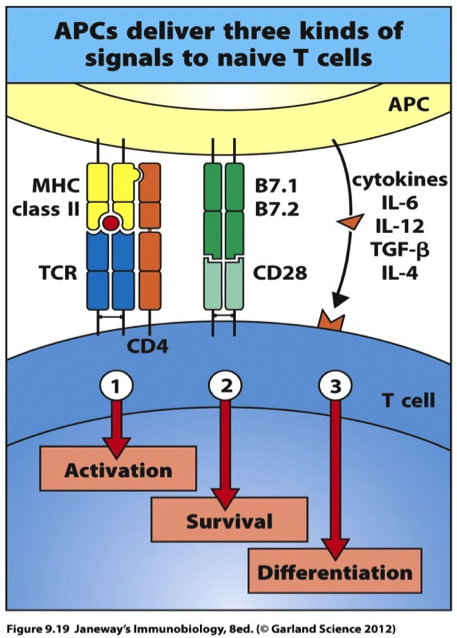
- tcell_response.png
- 457×638
- 2018/01/25 15:19
- 376 KB

- temperament.jpg
- 960×220
- 2018/01/25 15:19
- 37.9 KB
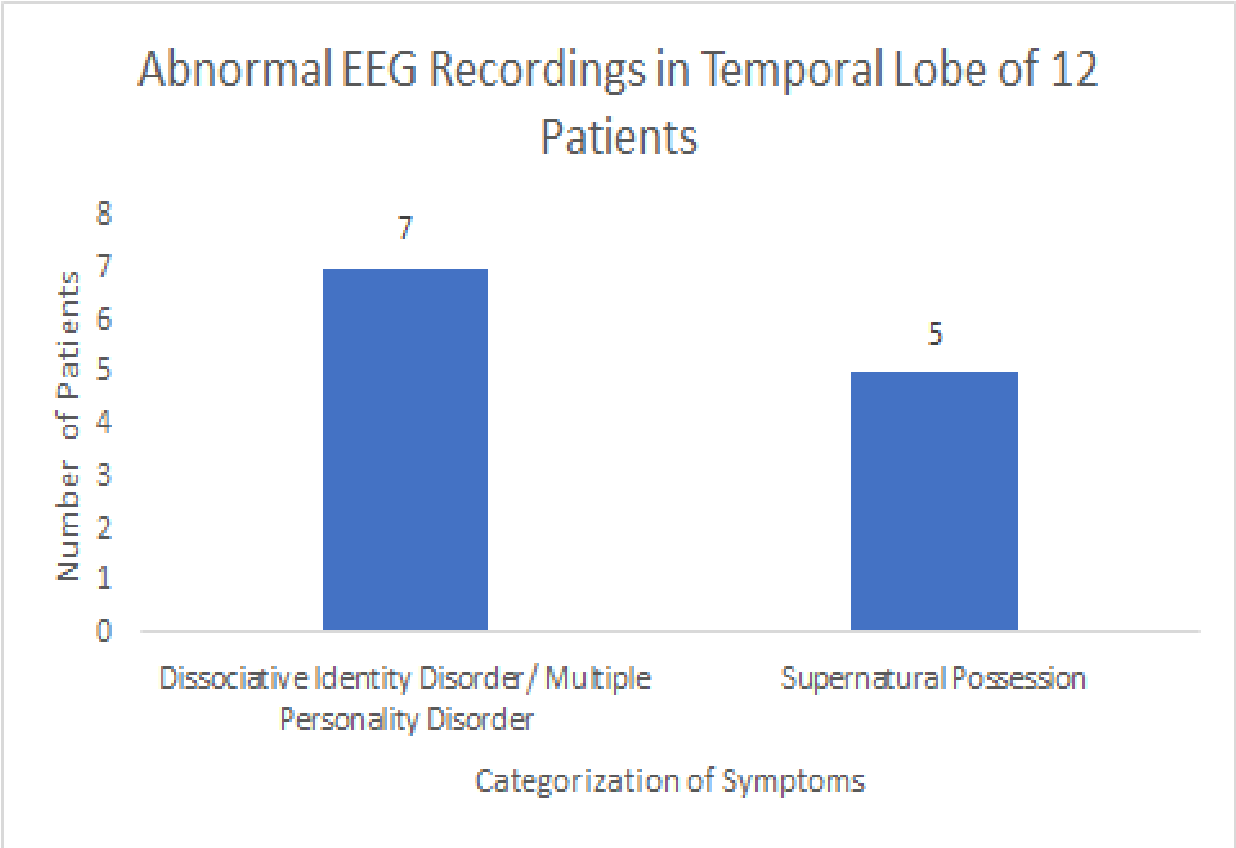
- temporal_lobe.png
- 1236×848
- 2018/09/28 21:54
- 33.3 KB

- test.jpg
- 1500×750
- 2020/01/16 15:21
- 14.6 KB

- thc.gif
- 640×480
- 2018/01/25 15:19
- 11.3 KB

- thc.png
- 654×482
- 2018/11/30 21:27
- 163 KB

- thc_pathway.png
- 512×317
- 2018/11/30 21:43
- 53.3 KB

- the_evolution_of_man.jpg
- 675×274
- 2018/02/01 17:21
- 45.2 KB
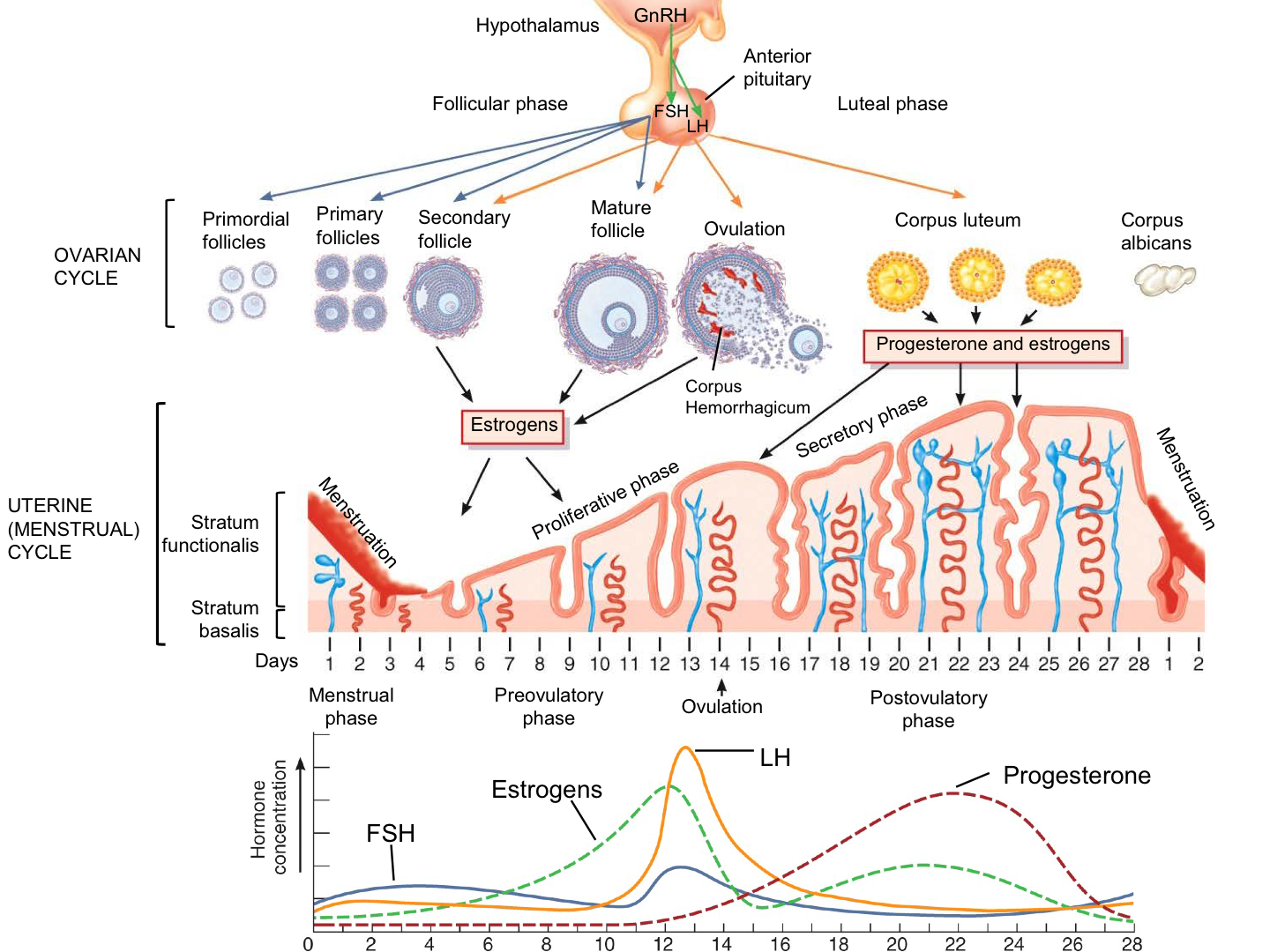
- the_menstrual_cycle.png
- 1440×1080
- 2020/01/23 21:00
- 1 MB
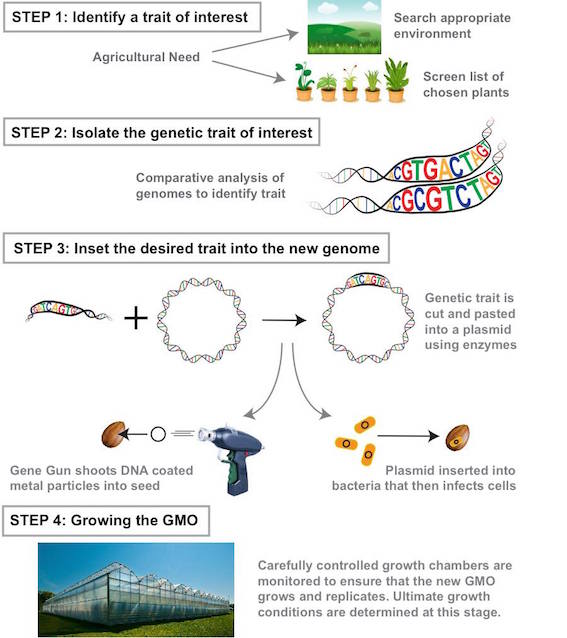
- the_procedure_to_make_a_gm_plant.jpeg
- 567×638
- 2018/01/25 15:19
- 58.4 KB

- tilling.png
- 480×360
- 2018/01/25 15:19
- 400.1 KB
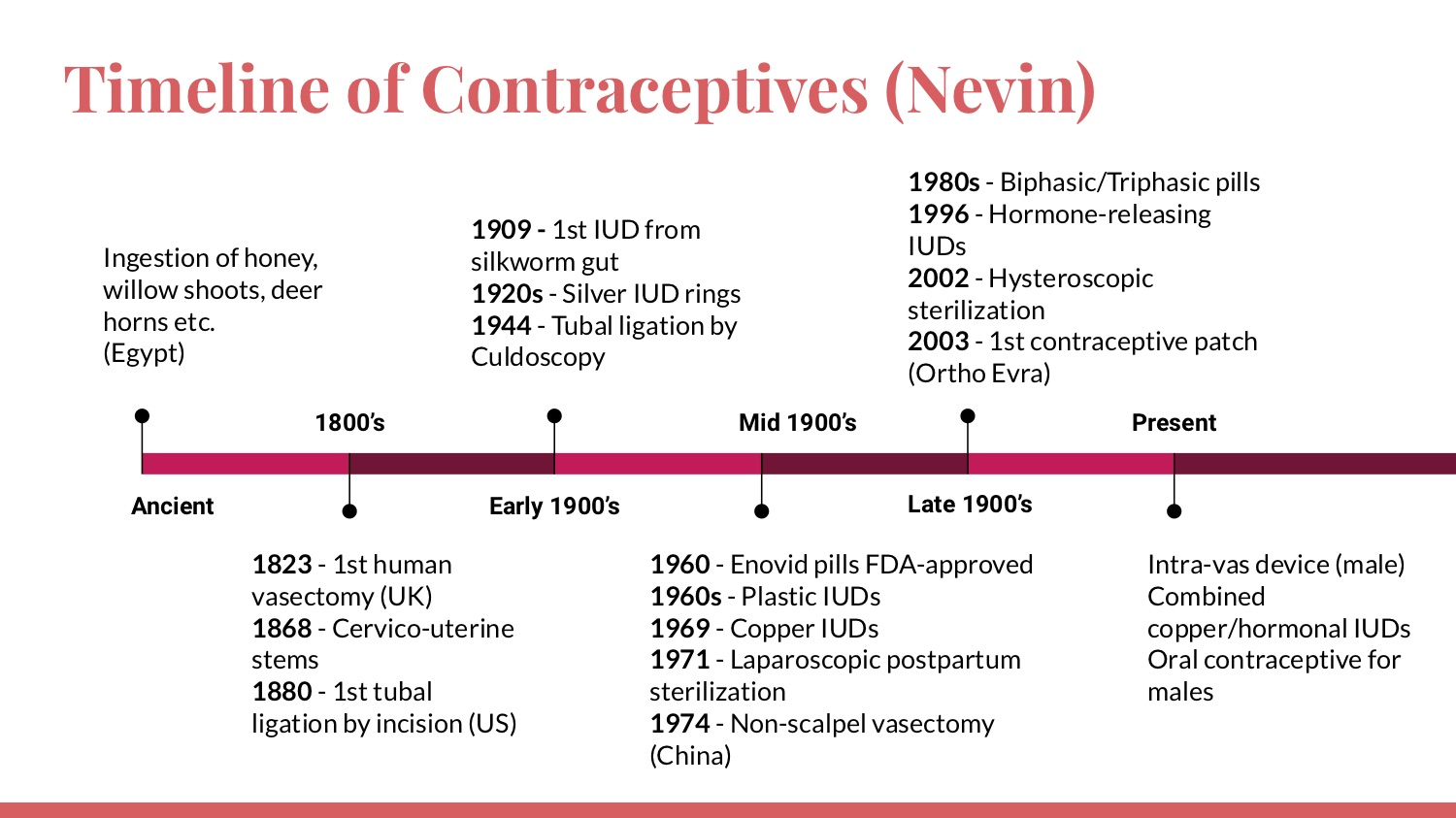
- timeline.jpg
- 1500×843
- 2020/01/29 00:06
- 199.3 KB
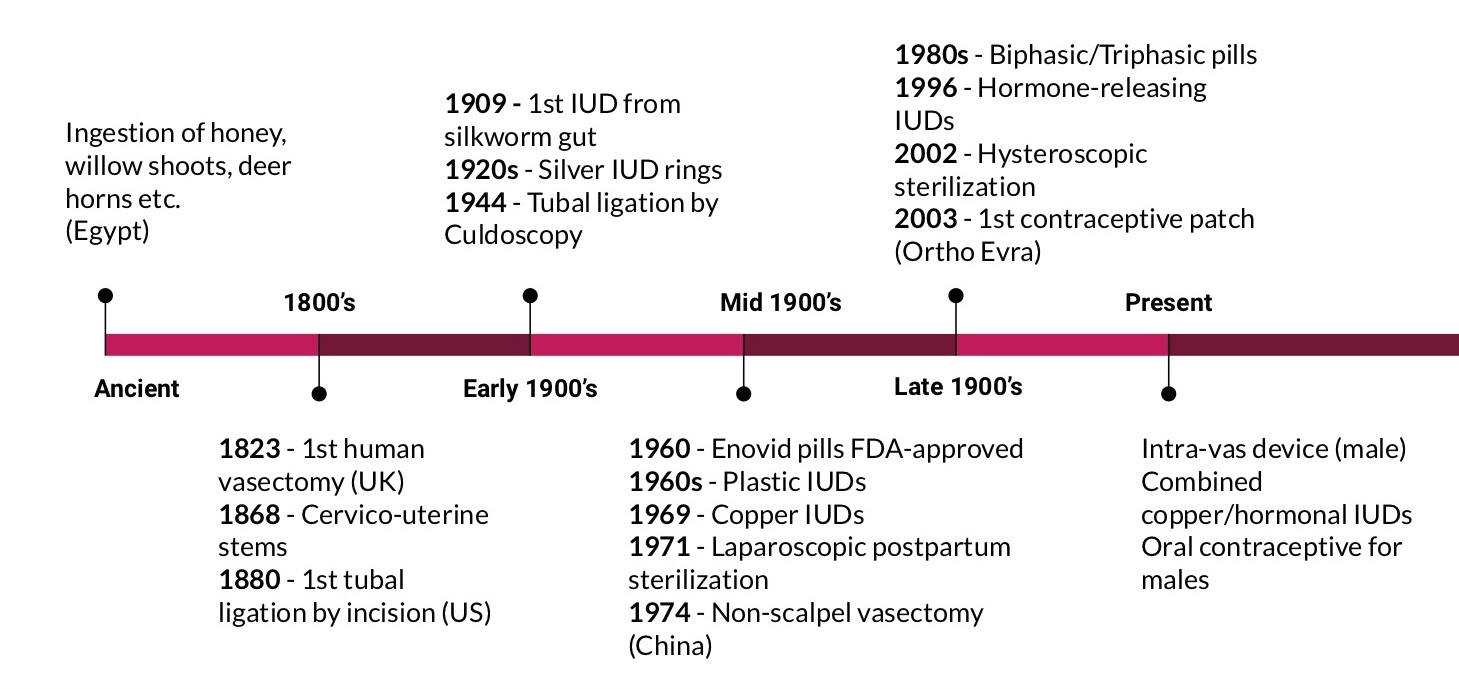
- timeline_1.jpg
- 1459×689
- 2020/01/29 00:16
- 168.9 KB
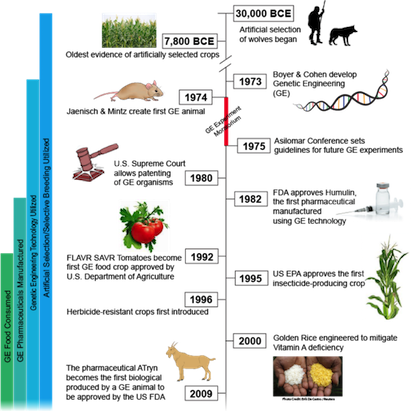
- timeline_of_the_development_of_gmo_s.png
- 413×411
- 2018/01/25 15:19
- 138.7 KB

- title.jpg
- 455×172
- 2018/01/25 15:19
- 15.8 KB

- title.png
- 1604×854
- 2018/01/25 15:19
- 283.9 KB

- title_banner.png
- 830×442
- 2018/01/25 15:19
- 255.5 KB
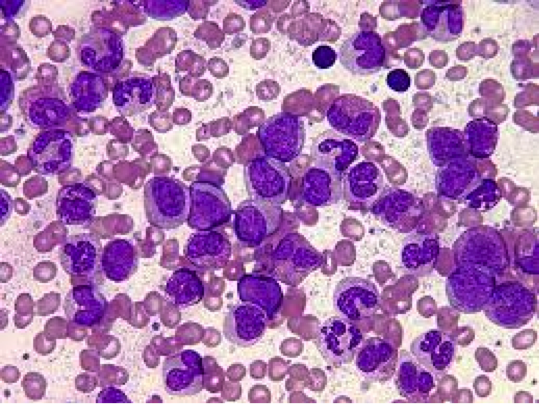
- titlepg.png
- 540×404
- 2018/01/25 15:19
- 494.3 KB
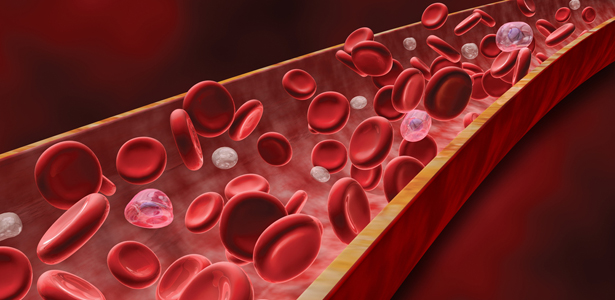
- tmp584808227598761985.jpg
- 615×300
- 2018/10/23 19:40
- 160.7 KB
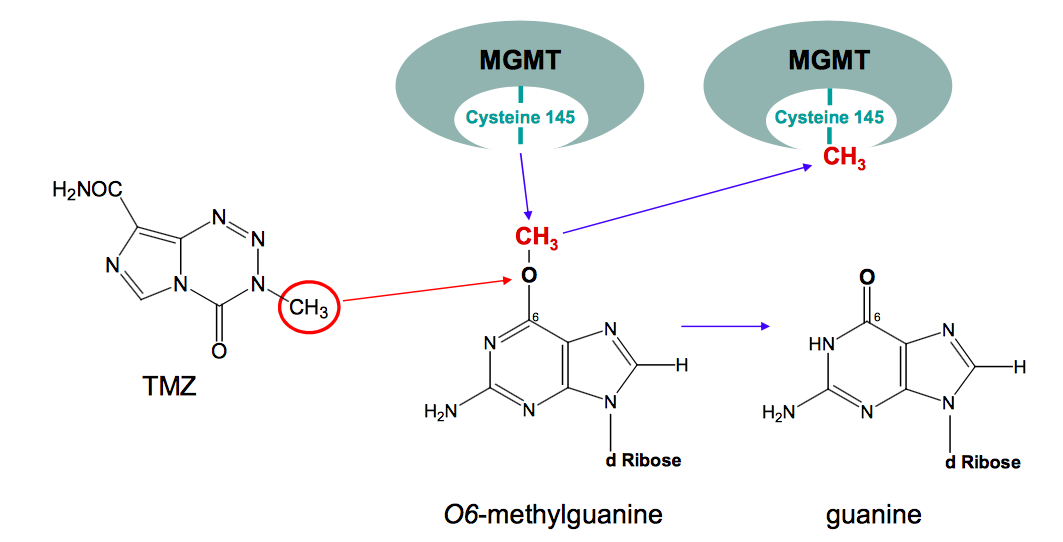
- tmz.png
- 1063×542
- 2018/01/25 15:19
- 77.8 KB
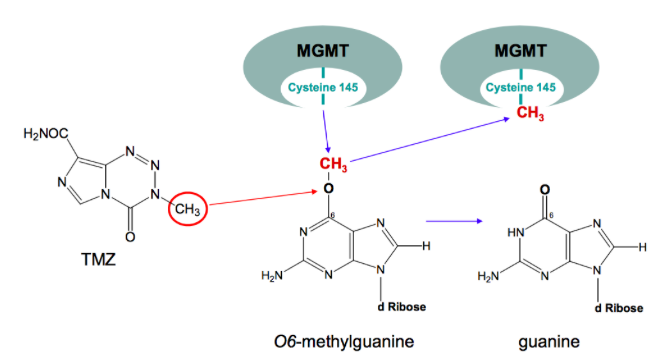
- tmzz.png
- 662×357
- 2018/01/25 15:19
- 70.7 KB
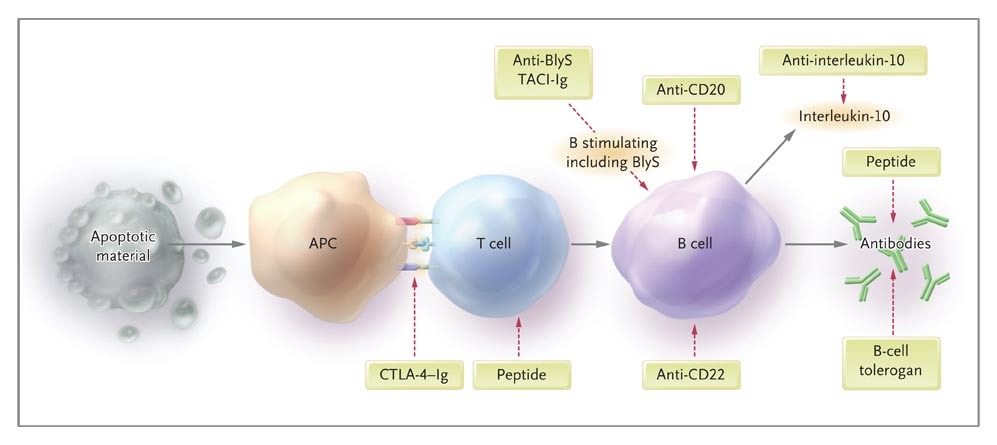
- total_lupus.jpeg
- 997×445
- 2018/11/30 21:42
- 43.9 KB
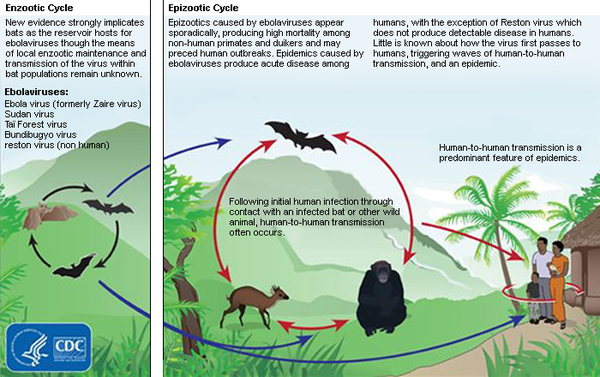
- transmission.png
- 600×377
- 2018/01/25 15:19
- 380 KB
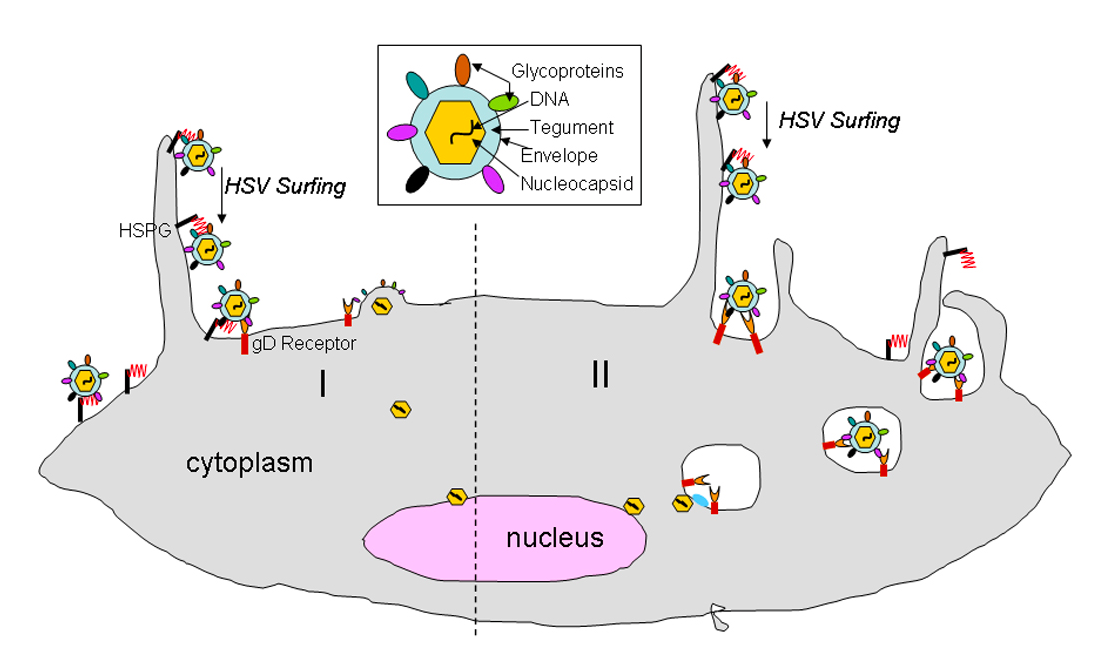
- transmission_1.png
- 1114×657
- 2018/03/29 14:49
- 263.7 KB
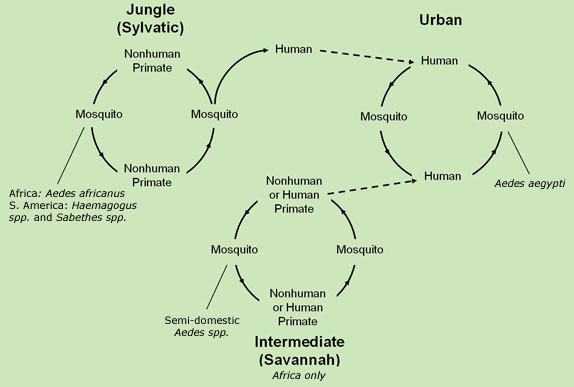
- transmission_cycle.jpg
- 574×387
- 2018/01/25 15:19
- 28 KB
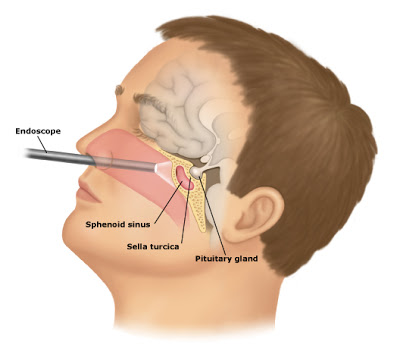
- transsphenoidal_surgery.jpg
- 400×351
- 2018/01/25 15:19
- 21.9 KB

- treadmill_training.jpg
- 470×310
- 2018/01/25 15:19
- 74.8 KB
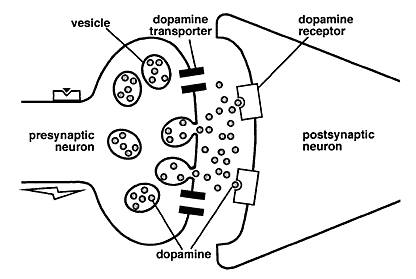
- treatment.jpg
- 416×279
- 2018/01/25 15:19
- 18.2 KB
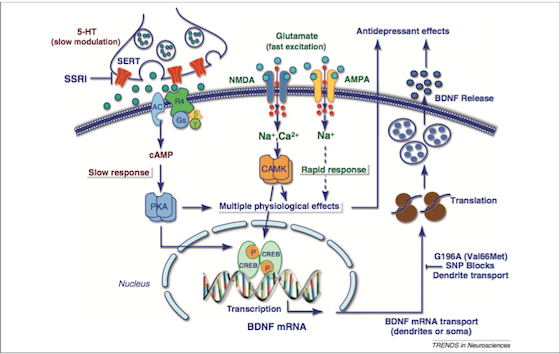
- treatment_.png
- 560×354
- 2018/01/25 15:19
- 172.6 KB
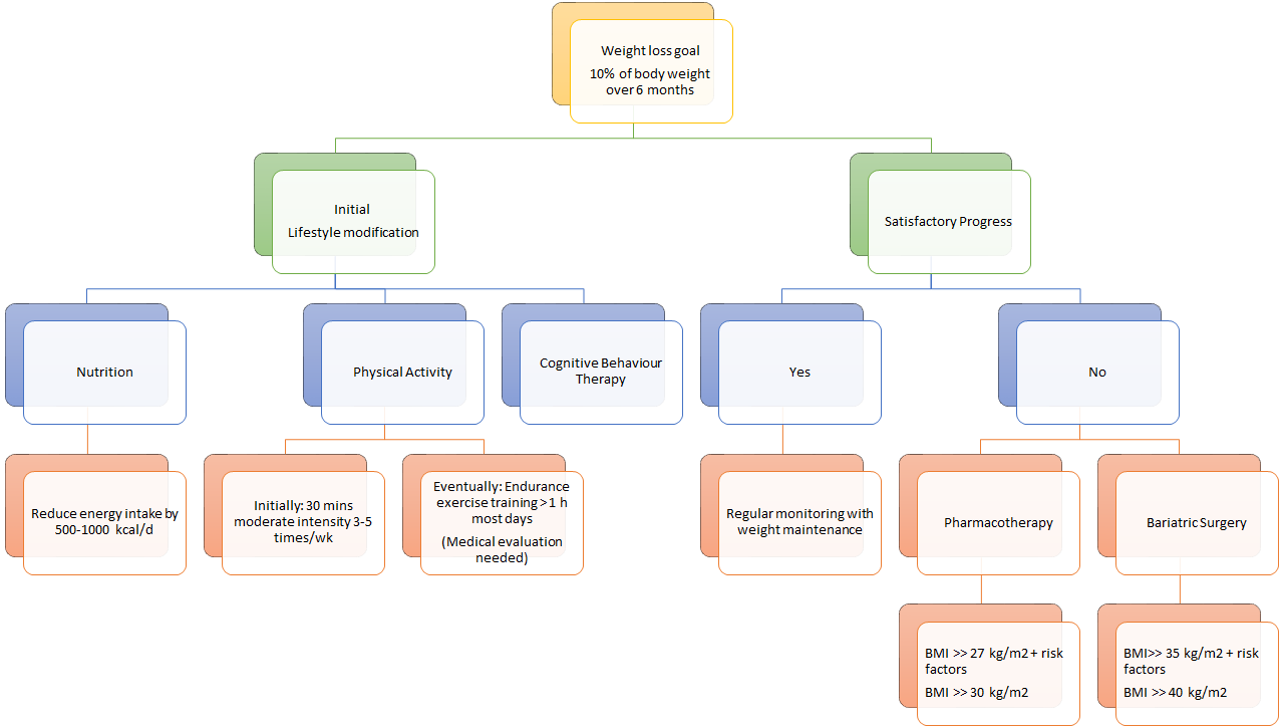
- treatment_options.png
- 1284×726
- 2018/01/25 15:19
- 182.6 KB

- treatments22.jpeg
- 856×266
- 2018/01/25 15:19
- 85.1 KB

- treatmentt.png
- 438×402
- 2020/03/25 18:28
- 167.1 KB

- treedia.jpg
- 666×214
- 2018/01/25 15:19
- 22.6 KB

- trpv1.png
- 574×494
- 2018/09/27 23:17
- 6.8 KB
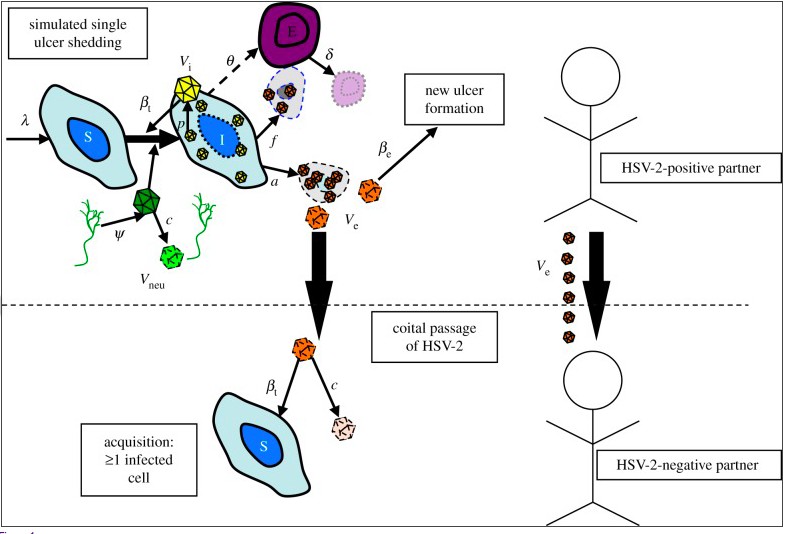
- trransmission.png
- 785×534
- 2018/03/29 15:08
- 221.7 KB
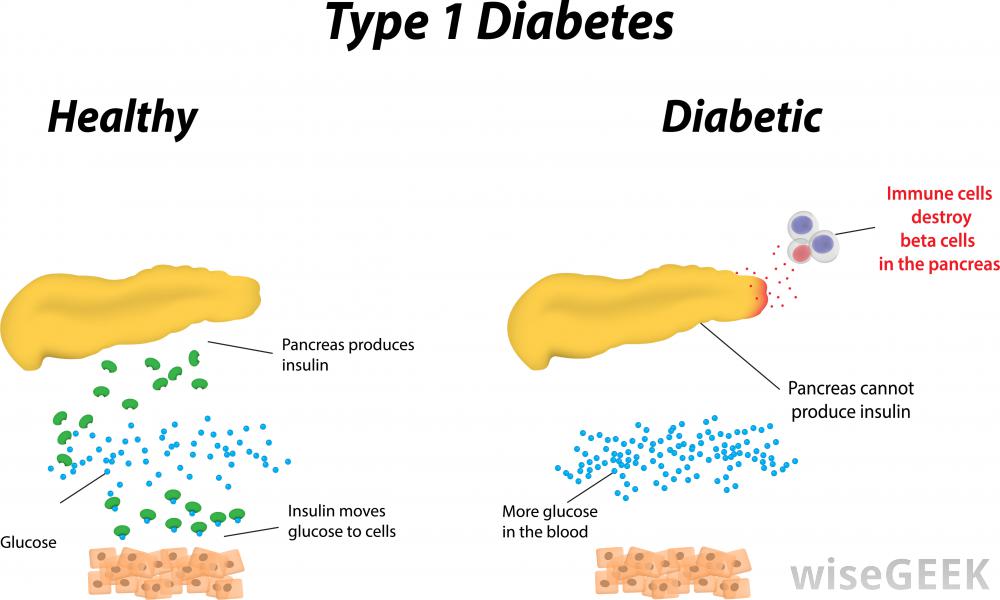
- type-1-diabetes-diagram.jpg
- 1000×600
- 2018/01/25 15:19
- 54 KB

- type_1.jpg
- 660×199
- 2018/01/25 15:19
- 27.6 KB

- types_of_seizures.png
- 941×695
- 2018/01/25 15:19
- 699.7 KB
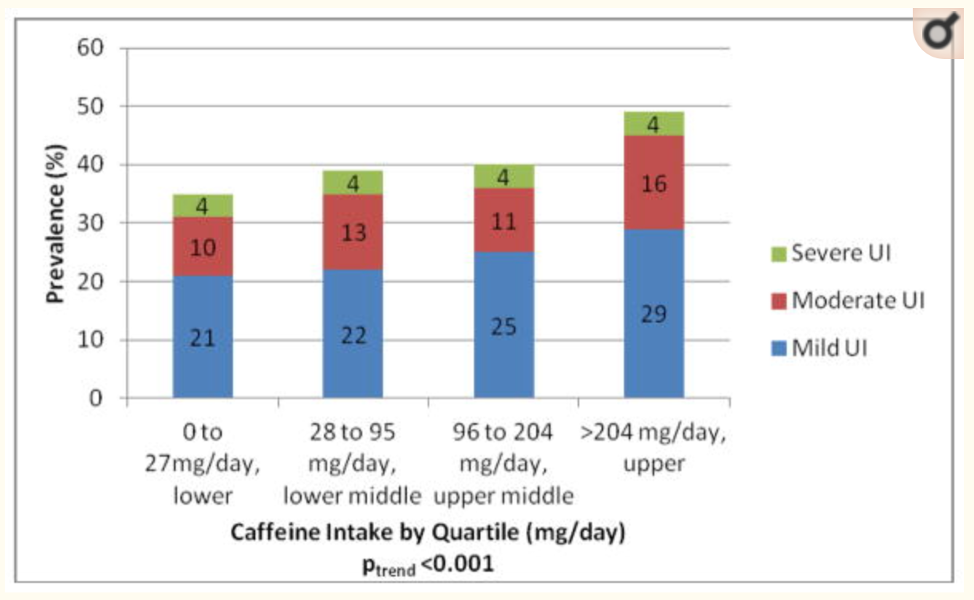
- ui.png
- 974×600
- 2020/03/15 17:36
- 195.5 KB
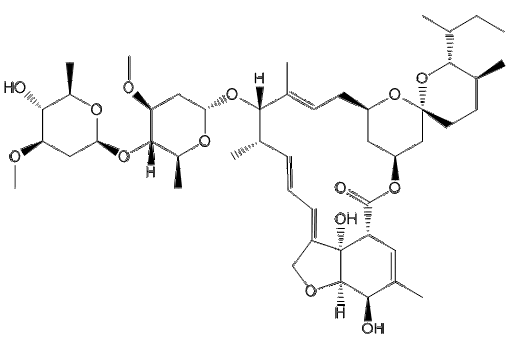
- unnamed.gif
- 512×340
- 2020/01/29 20:24
- 10.3 KB
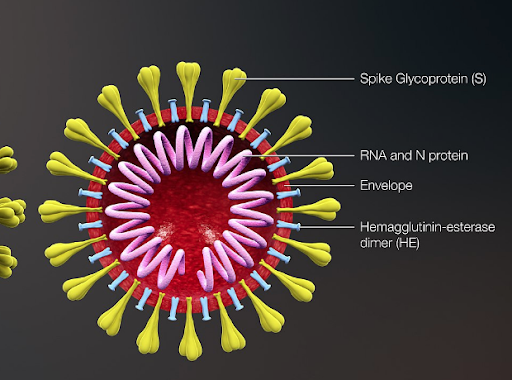
- unnamed.png
- 512×380
- 2020/02/27 15:33
- 190.7 KB
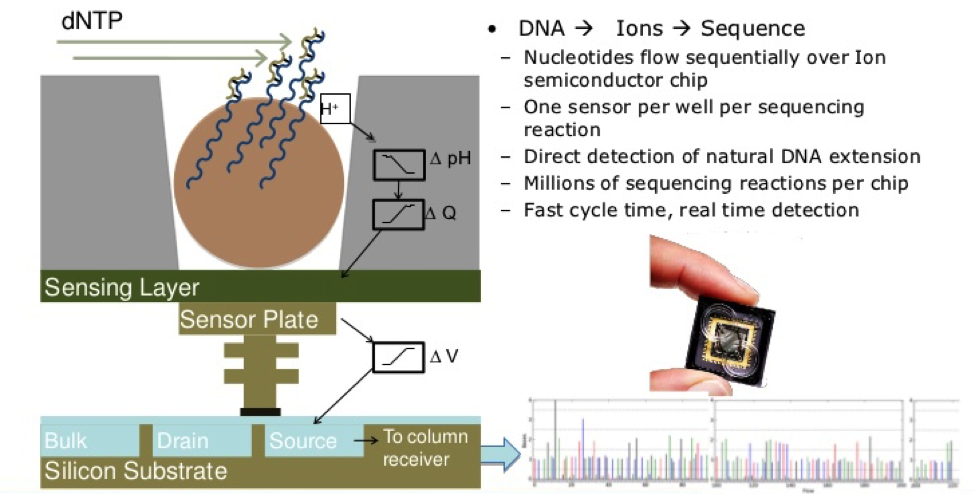
- untitled.png
- 975×494
- 2018/01/25 15:19
- 351.8 KB

- untitled1.1.png
- 413×276
- 2018/01/25 15:19
- 224.1 KB

- untitled1.2.png
- 472×316
- 2018/01/25 15:19
- 279.4 KB

- untitled1.png
- 531×354
- 2018/01/25 15:19
- 336.1 KB
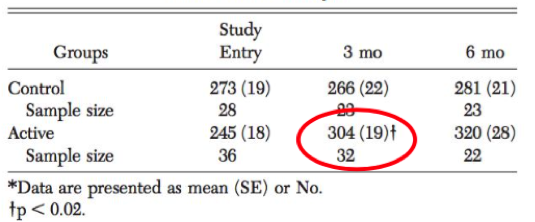
- untitled2.1.png
- 535×222
- 2018/01/25 15:19
- 99.8 KB
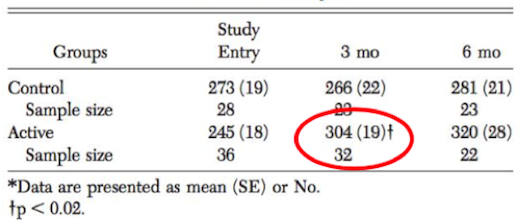
- untitled2.2.png
- 531×221
- 2018/01/25 15:19
- 105 KB
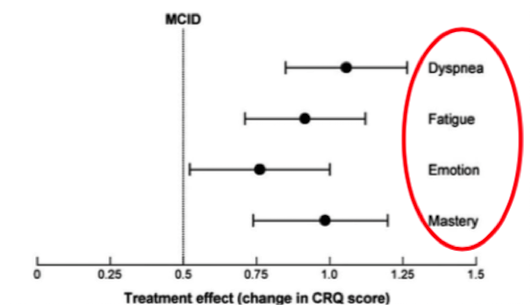
- untitled2.4.png
- 531×305
- 2018/01/25 15:19
- 53.3 KB

- untitled2.png
- 493×330
- 2018/01/25 15:19
- 341.3 KB
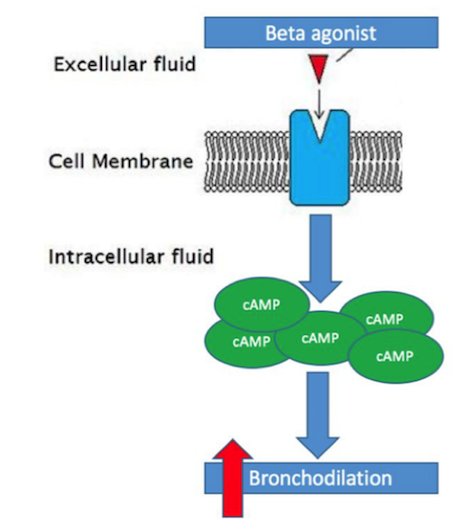
- untitled3.1.png
- 472×529
- 2018/01/25 15:19
- 164.1 KB
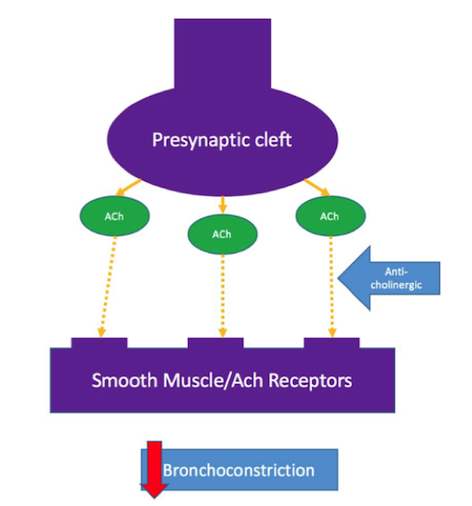
- untitled3.2.png
- 472×506
- 2018/01/25 15:19
- 112.3 KB
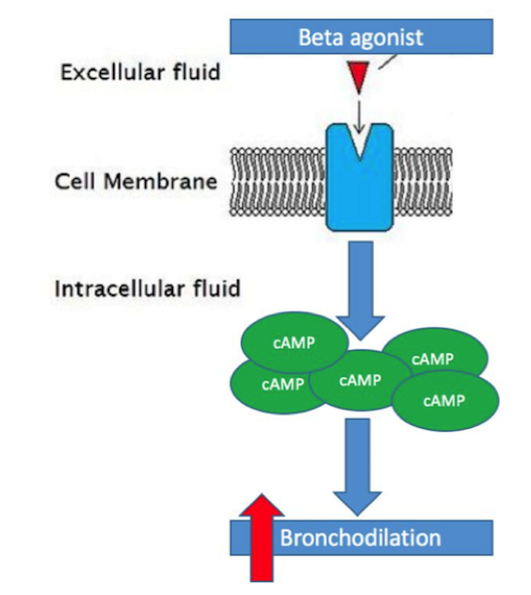
- untitled3.png
- 531×595
- 2018/01/25 15:19
- 192.7 KB
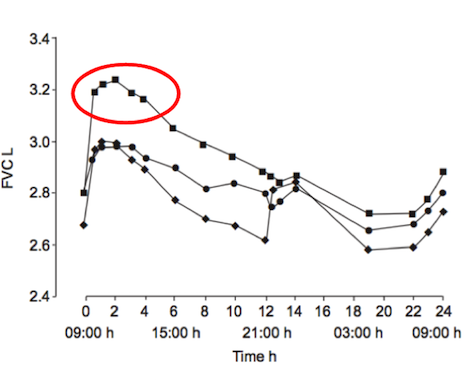
- untitled4.png
- 472×387
- 2018/01/25 15:19
- 75.4 KB
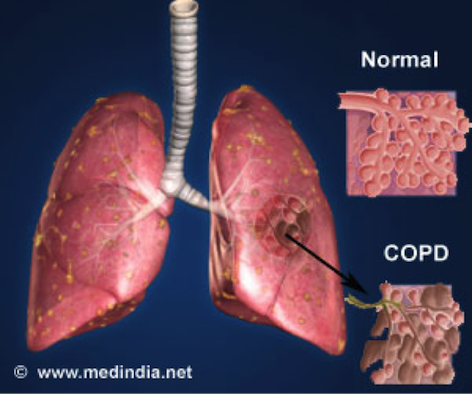
- untitled5.1.png
- 472×394
- 2018/01/25 15:19
- 260.7 KB
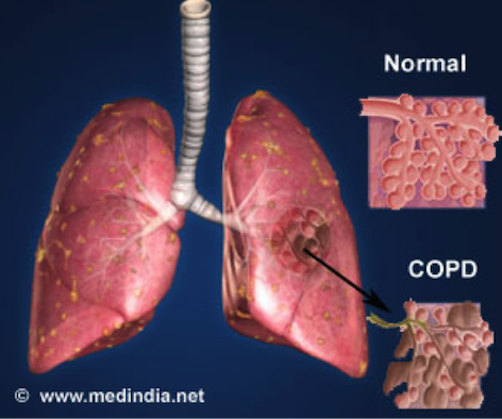
- untitled5.2.png
- 502×419
- 2018/01/25 15:19
- 288.9 KB
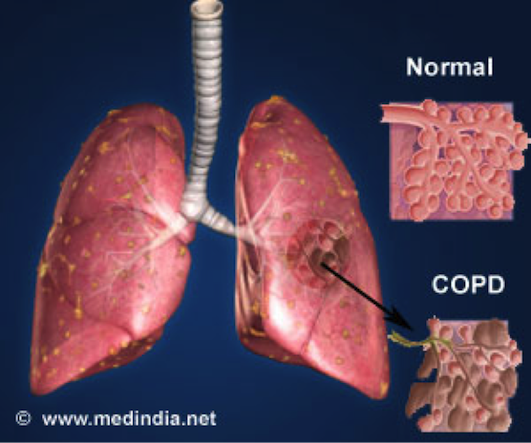
- untitled5.png
- 531×443
- 2018/01/25 15:19
- 315.3 KB
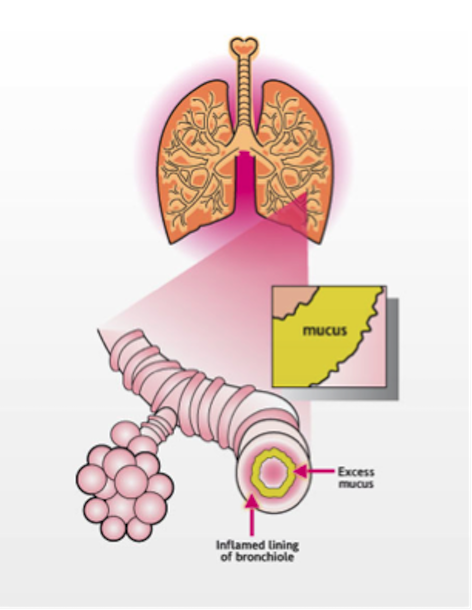
- untitled6.png
- 472×610
- 2018/01/25 15:19
- 220 KB
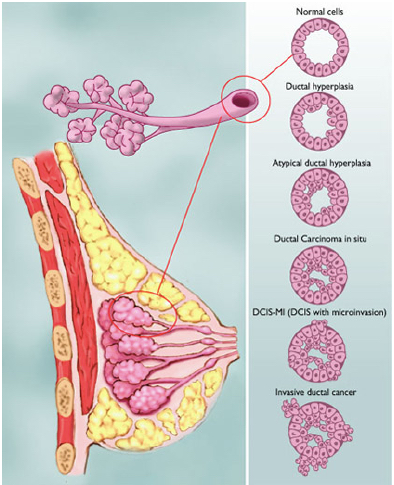
- untitled_copy.jpg
- 394×485
- 2018/01/25 15:19
- 201.9 KB
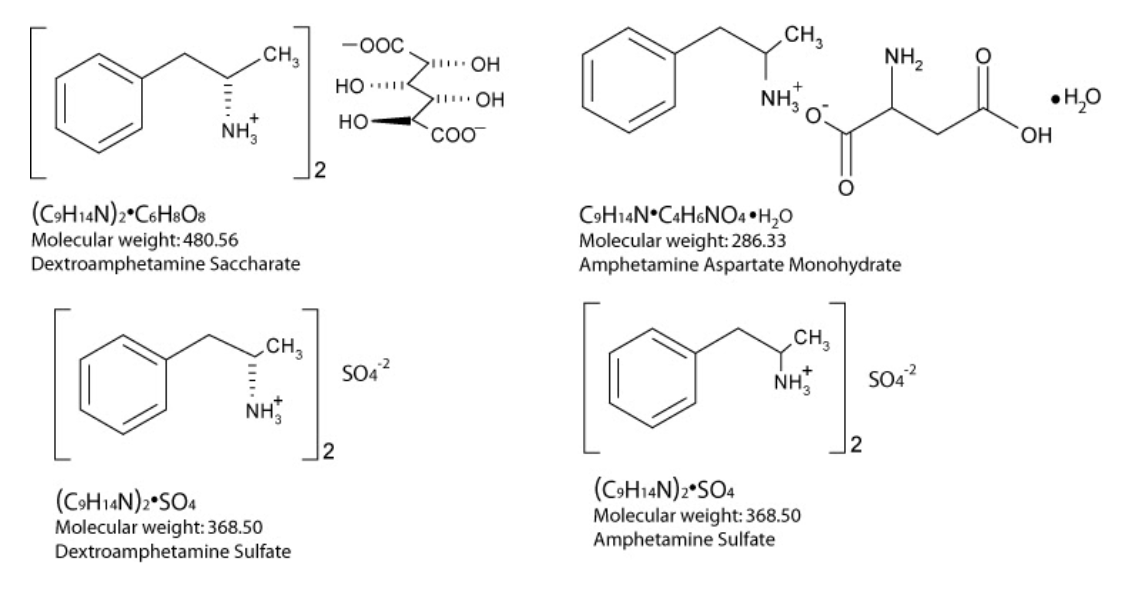
- updated.png
- 1124×594
- 2020/01/31 18:02
- 201.3 KB
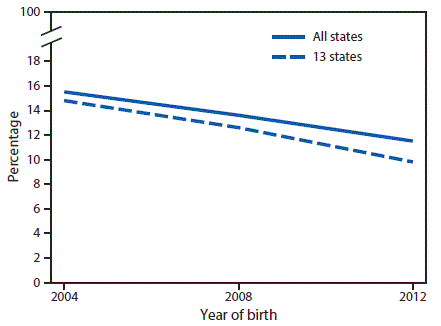
- usa_prevalence.png
- 441×326
- 2018/02/14 13:43
- 27.7 KB
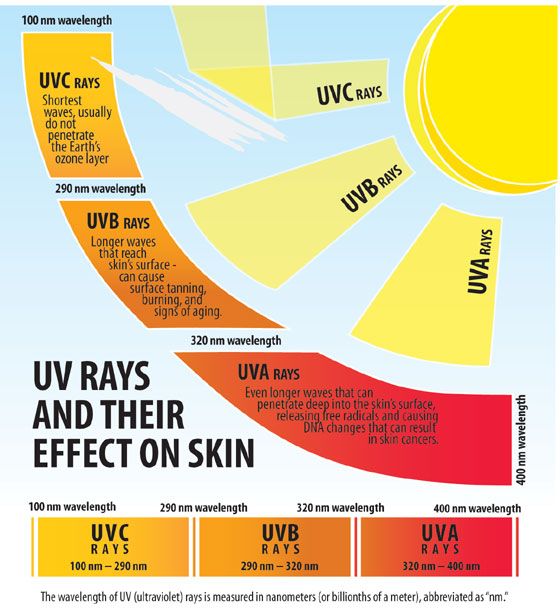
- uva.jpg
- 560×610
- 2018/11/29 00:44
- 54 KB
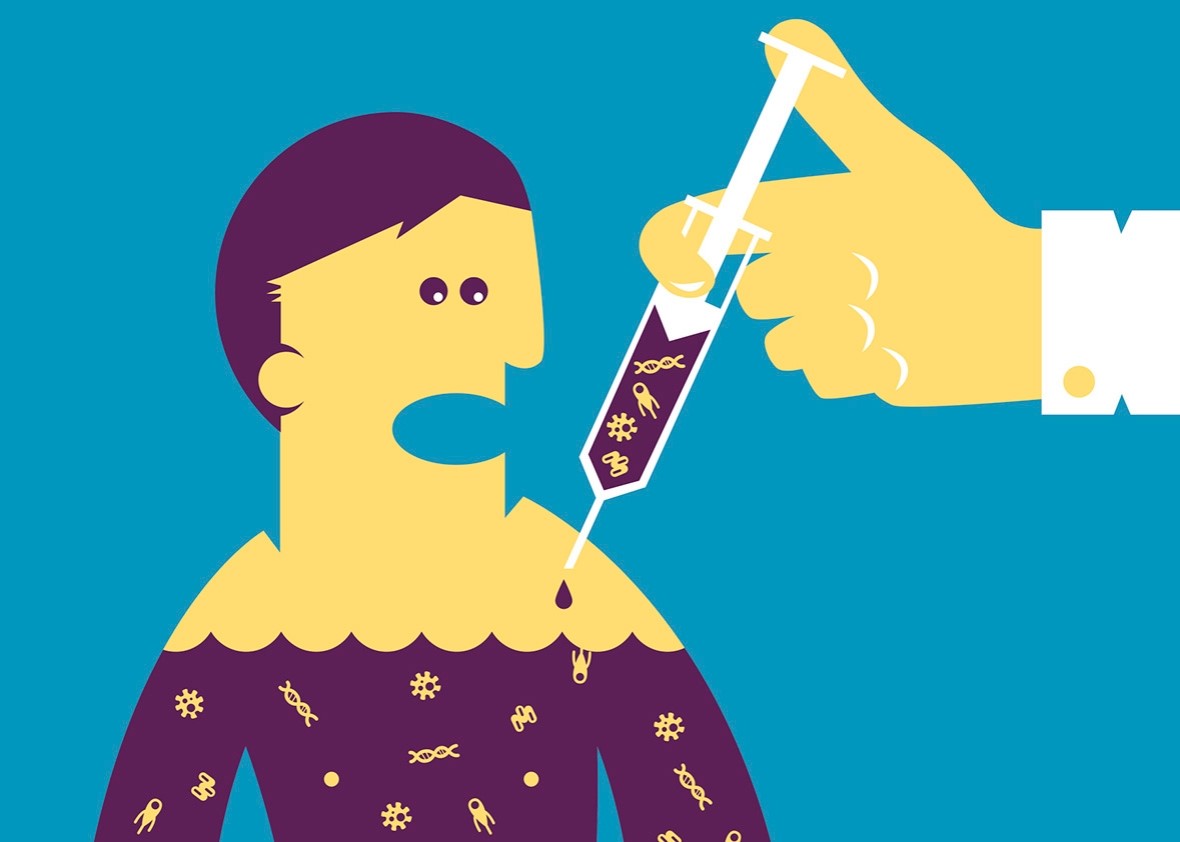
- vaccine_treatment.jpg
- 1180×842
- 2018/03/29 00:02
- 69.5 KB

- valacyclovir-hcl.jpg
- 300×144
- 2018/03/29 00:43
- 11.8 KB

- vap.png
- 405×327
- 2018/01/25 15:19
- 147.1 KB
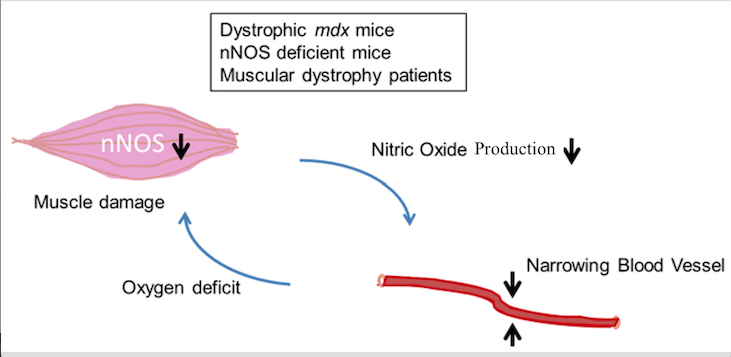
- vascular_hypothesis.png
- 731×357
- 2018/01/25 15:19
- 91.1 KB
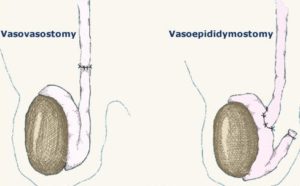
- vasovasotomy.jpg
- 300×186
- 2018/11/30 15:19
- 8.2 KB
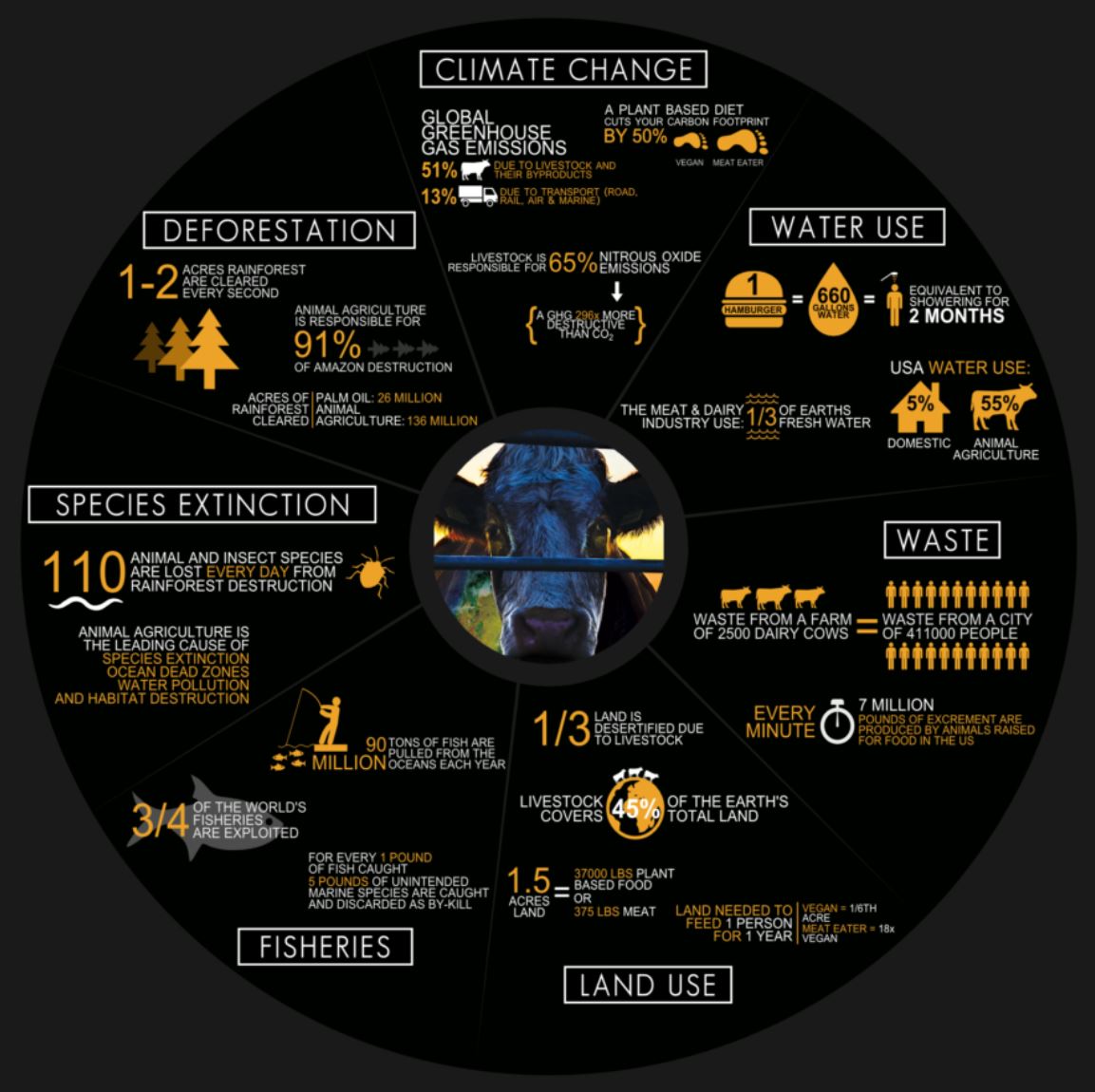
- vegan.jpg
- 1153×1150
- 2020/01/27 11:54
- 150.3 KB
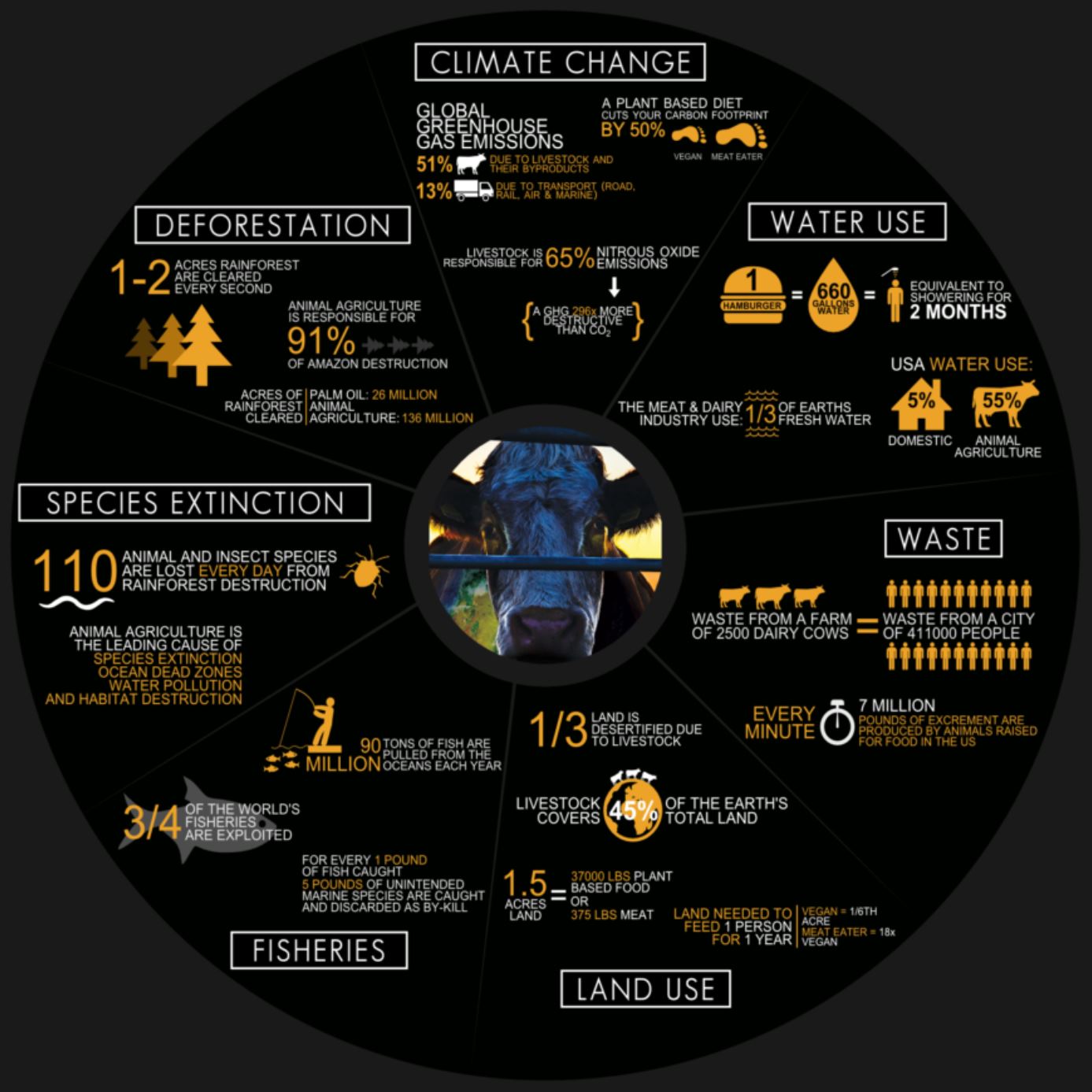
- vegan_2.0.jpg
- 1387×1387
- 2020/01/27 12:00
- 192.4 KB

- venn_dia.jpg
- 592×282
- 2018/01/25 15:19
- 23.3 KB

- veterans_transition_network.png
- 690×318
- 2018/01/25 15:19
- 67.9 KB
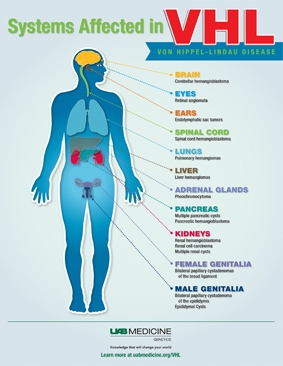
- vhl_organs_image.jpg
- 283×366
- 2020/03/26 13:00
- 80.5 KB
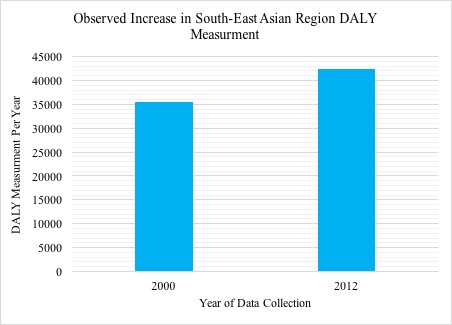
- w01.jpg
- 452×325
- 2018/01/25 15:19
- 29.3 KB
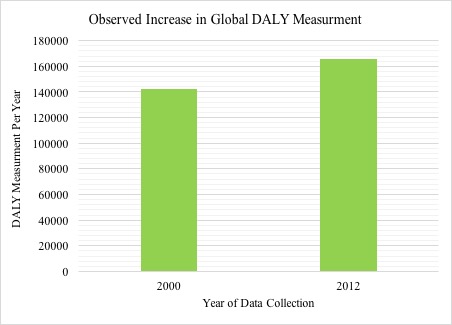
- w02.jpg
- 452×325
- 2018/01/25 15:19
- 28.6 KB

- w03.png
- 938×299
- 2018/01/25 15:19
- 51.7 KB
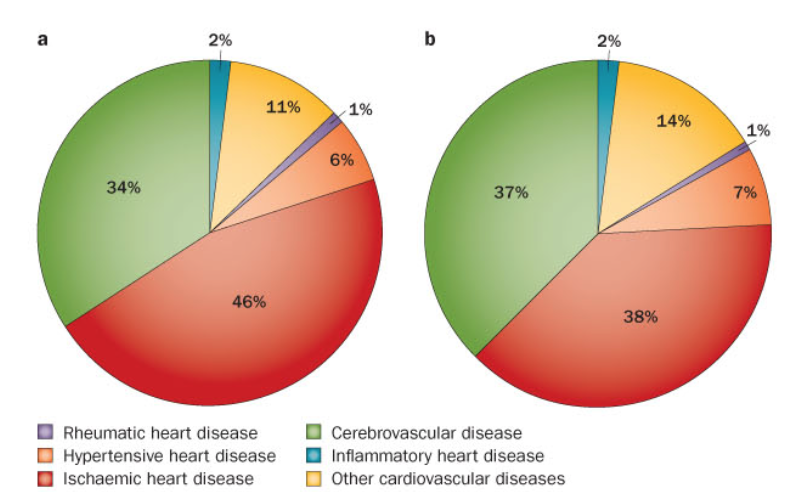
- w04.png
- 798×492
- 2018/01/25 15:19
- 360 KB
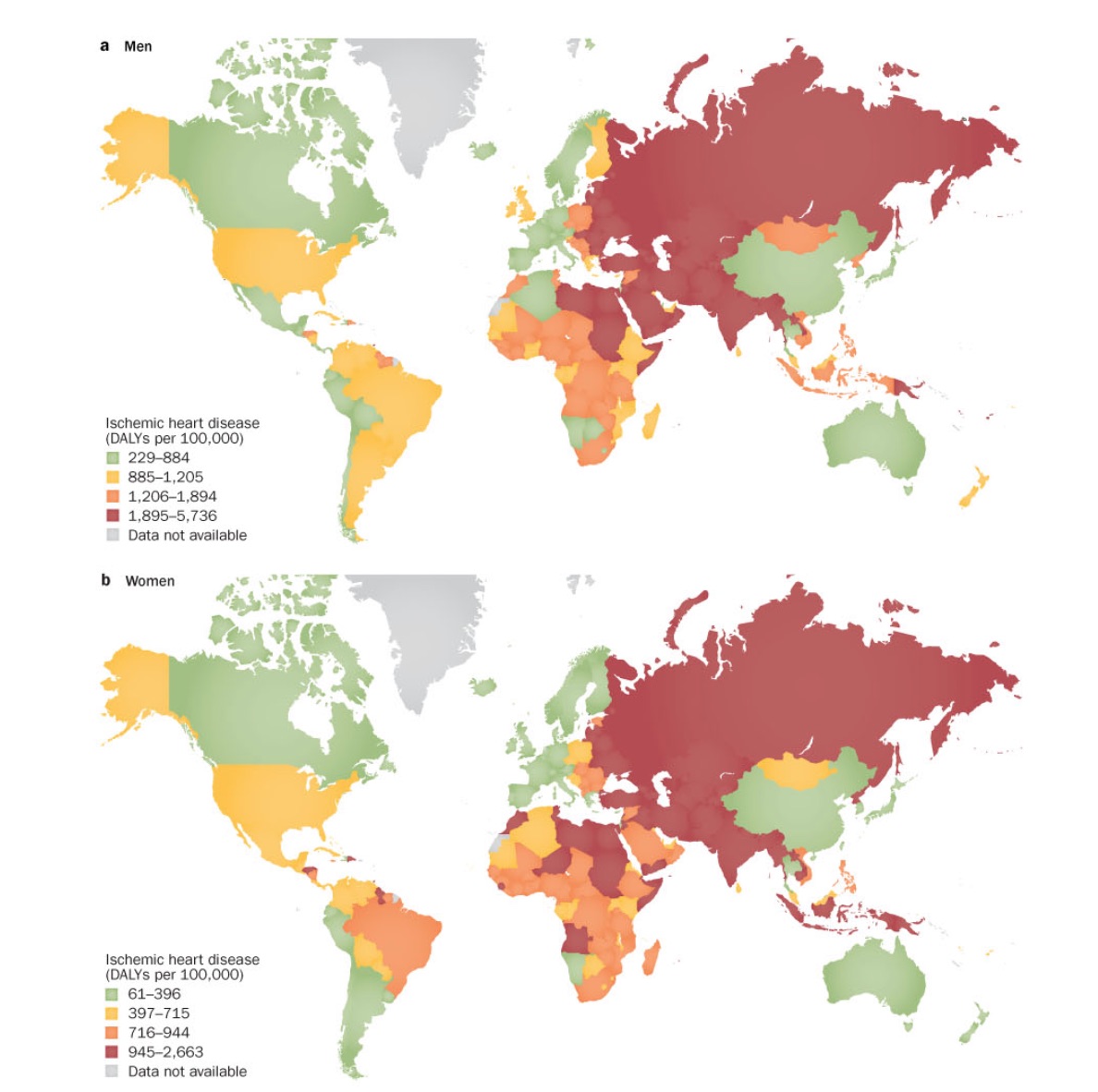
- w05.jpg
- 1188×1182
- 2018/01/25 15:19
- 180.2 KB
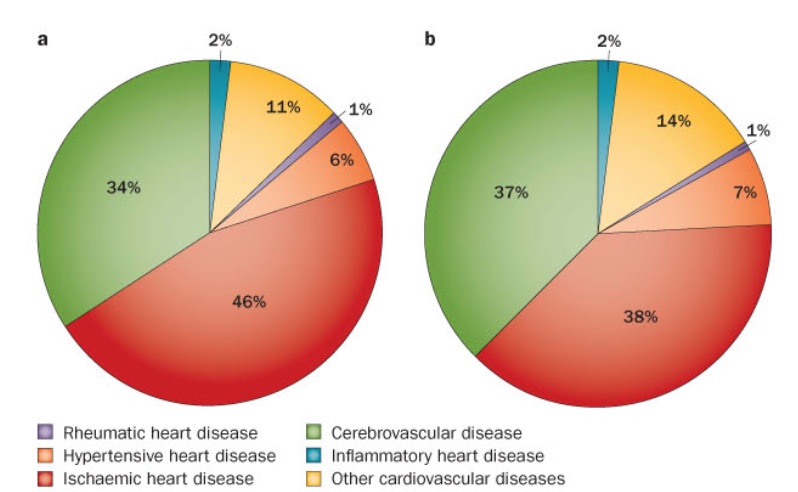
- w06.jpg
- 798×492
- 2018/01/25 15:19
- 69 KB

- w07.jpg
- 938×299
- 2018/01/25 15:19
- 46.8 KB
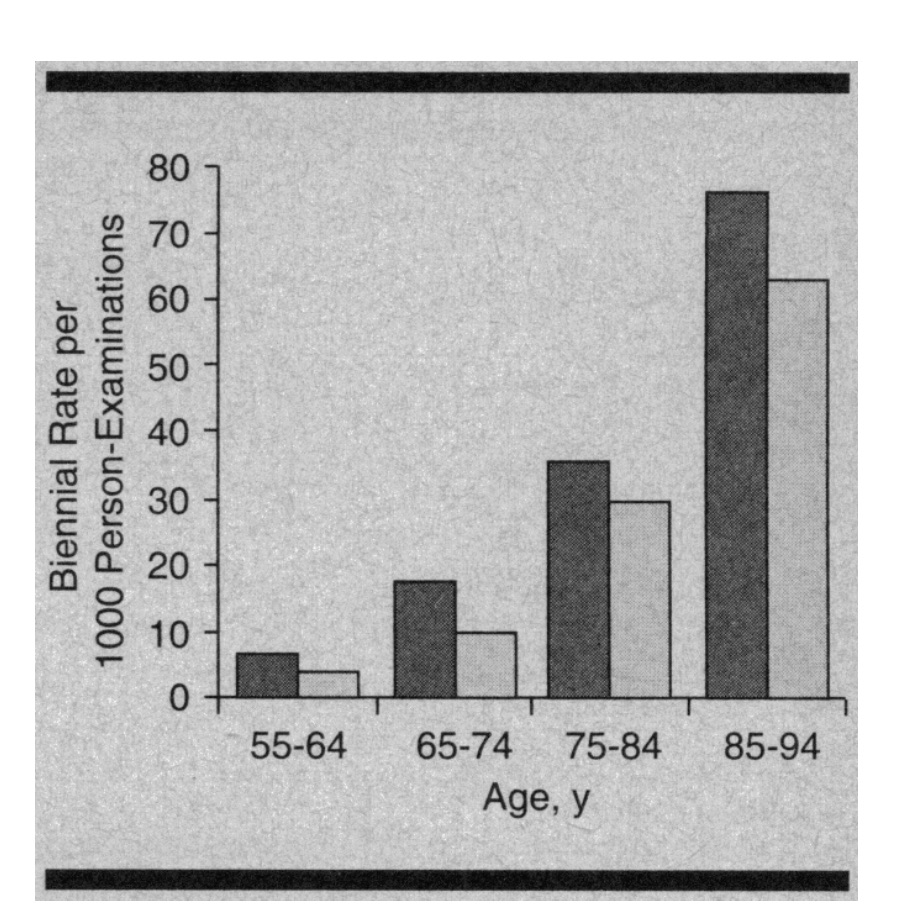
- w08.jpg
- 900×920
- 2018/01/25 15:19
- 227.3 KB
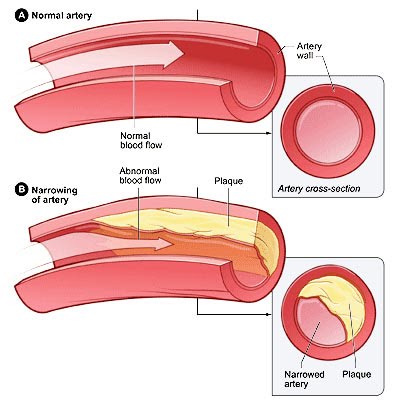
- w09.jpg
- 394×406
- 2018/01/25 15:19
- 31.7 KB
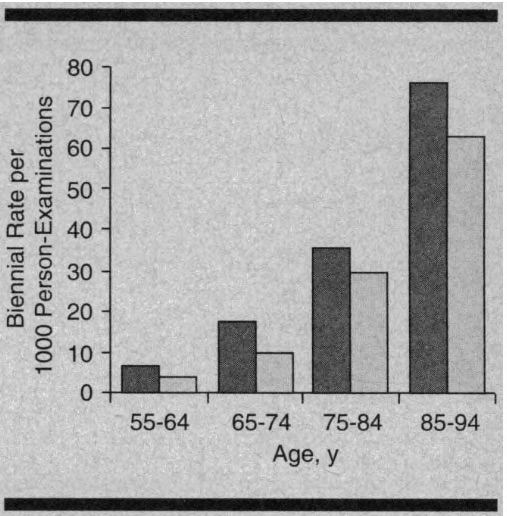
- w10.jpg
- 507×516
- 2018/01/25 15:19
- 90.7 KB
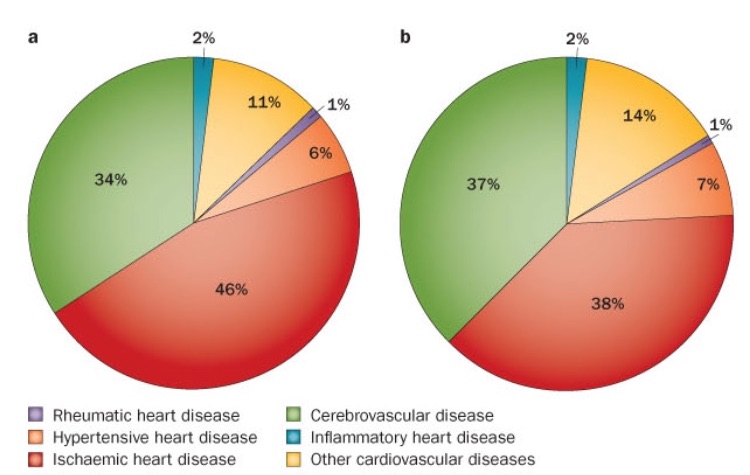
- w11.jpg
- 750×475
- 2018/01/25 15:19
- 64.3 KB

- w12.jpg
- 260×260
- 2018/01/25 15:19
- 63.5 KB
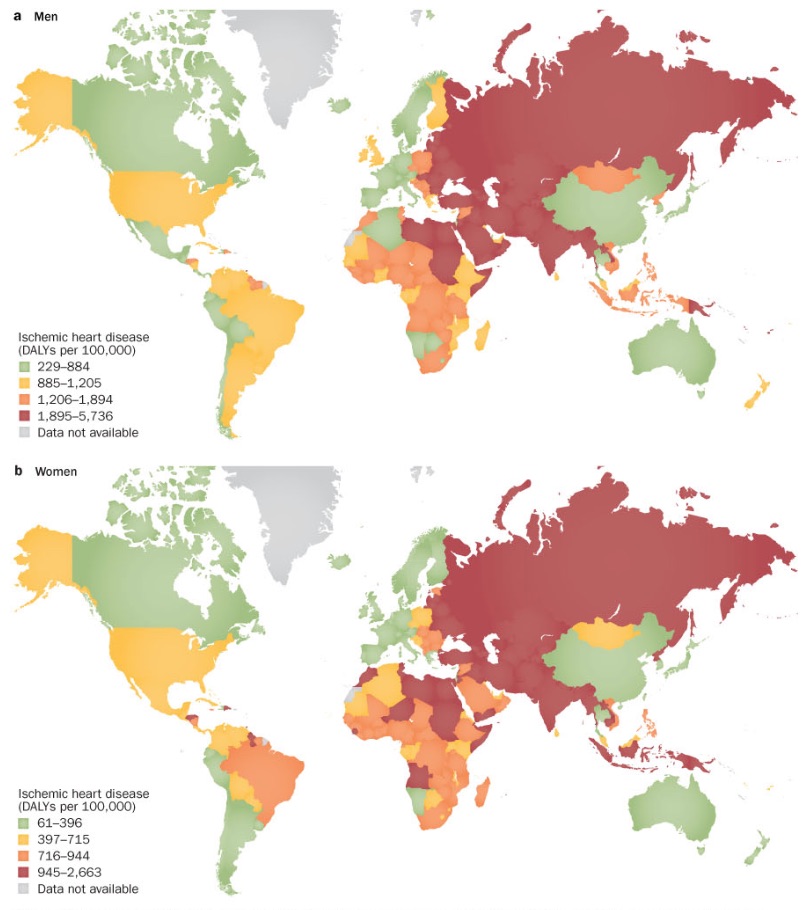
- w13.jpg
- 812×910
- 2018/01/25 15:19
- 133.7 KB
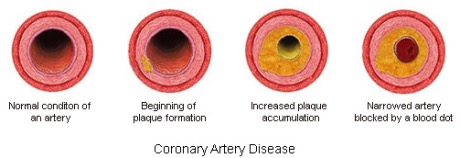
- w14.jpg
- 460×158
- 2018/01/25 15:19
- 23.9 KB
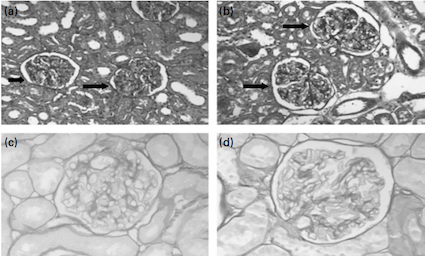
- wakefield_figure.png
- 425×256
- 2018/01/25 15:19
- 151.9 KB
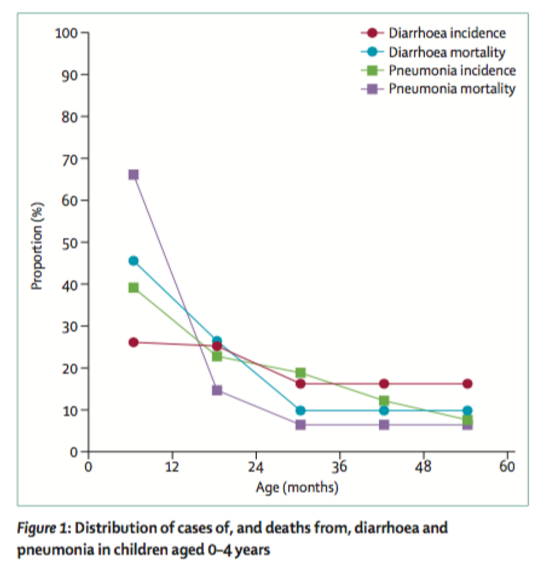
- walker.png
- 546×578
- 2018/01/25 15:19
- 113.7 KB

- water.png
- 974×302
- 2020/01/24 20:24
- 196.5 KB

- weight_loss_supplements.jpg
- 1600×1062
- 2019/01/27 20:45
- 131 KB

- weight_status_category.png
- 931×256
- 2018/01/25 15:19
- 19.8 KB

- weight_status_final.png
- 625×138
- 2018/01/25 15:19
- 17.3 KB
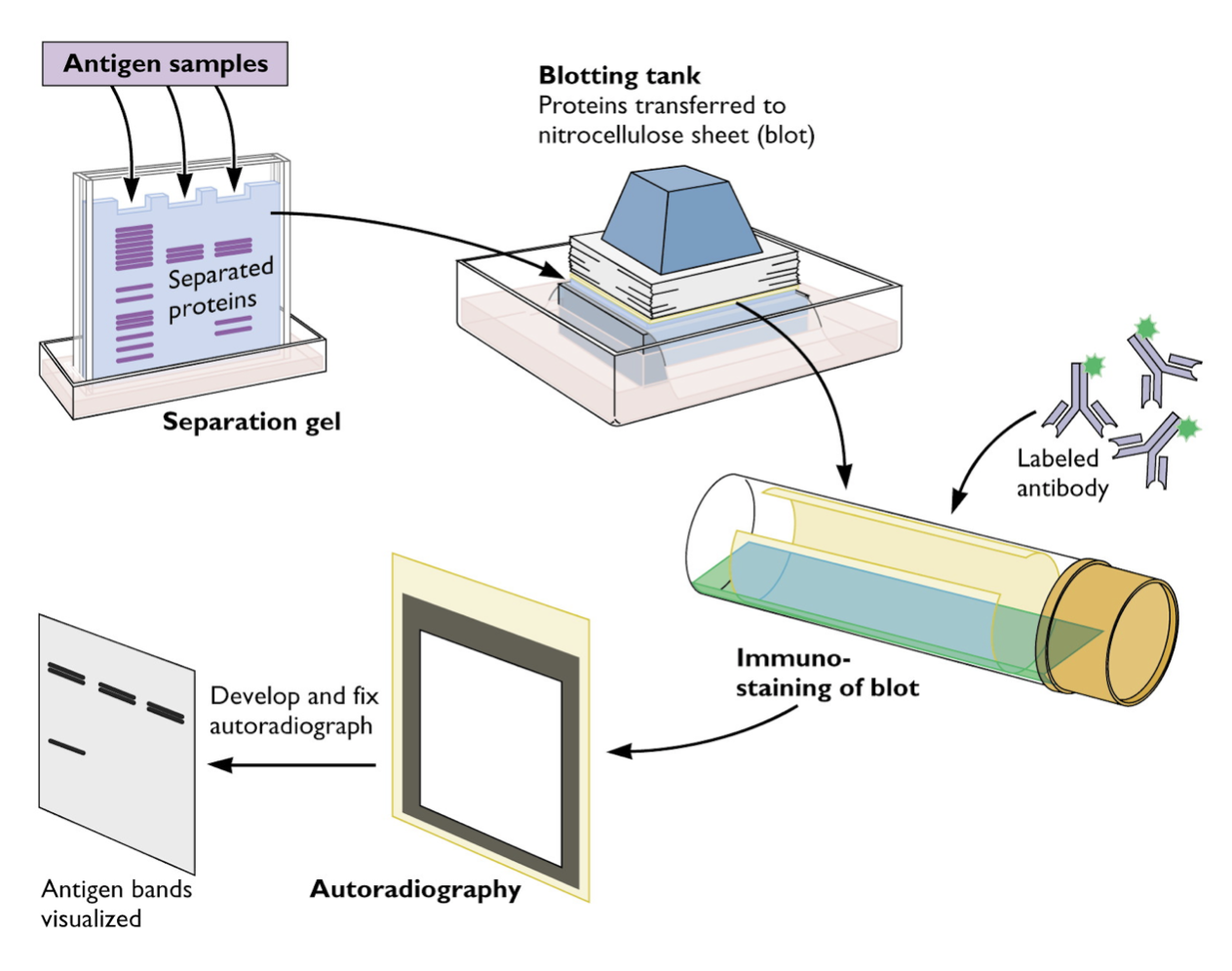
- western_blot.png
- 1264×996
- 2019/04/05 19:27
- 540.3 KB

- what-to-expect-from-caffeine-withdrawal-21844-v1-5c521bb246e0fb000180a7ec.png
- 1500×1000
- 2020/03/23 15:49
- 112.9 KB
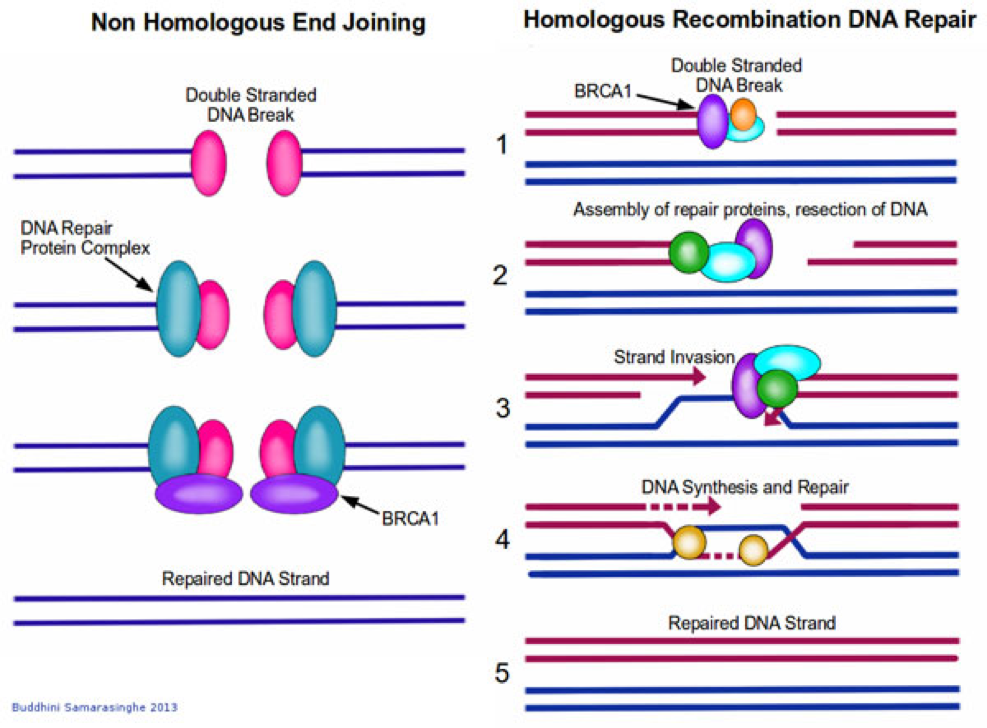
- wiki.png
- 987×728
- 2018/01/25 15:19
- 526.8 KB
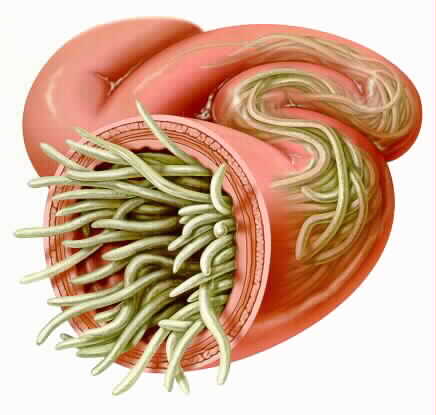
- wiki1.jpg
- 436×415
- 2020/01/29 15:08
- 20.7 KB

- wolforfox.jpg
- 840×440
- 2018/03/30 19:45
- 34.9 KB
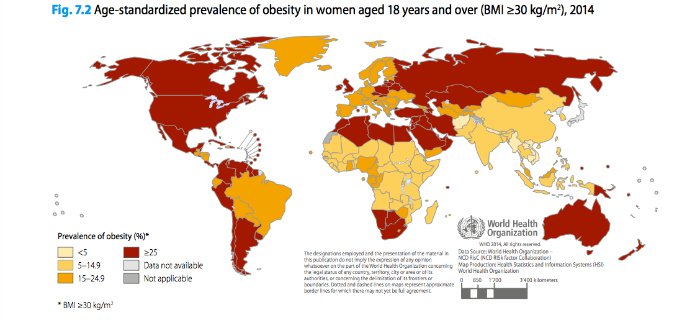
- womenobese.jpg
- 700×320
- 2018/01/25 15:19
- 42 KB
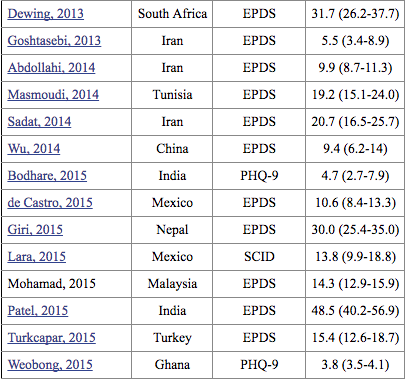
- worldwide_prevalence.png
- 405×379
- 2018/02/14 11:02
- 76.7 KB
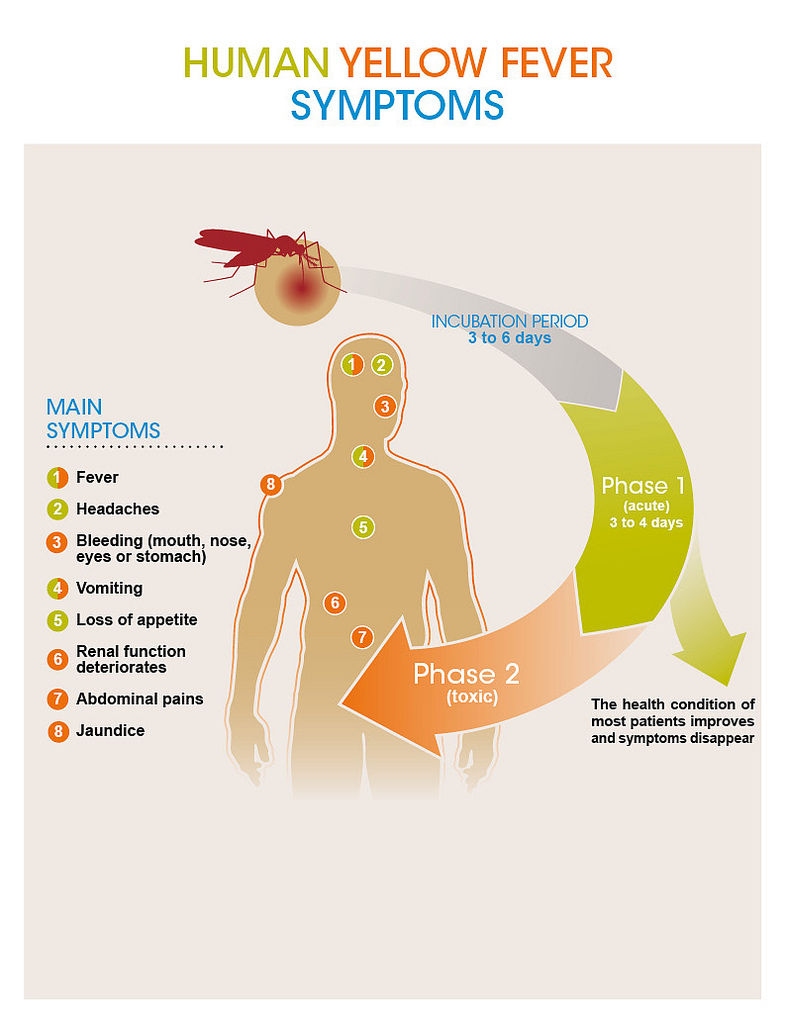
- yellow-fever-symptoms-and-signs.jpg
- 786×1024
- 2018/01/25 15:19
- 211.3 KB
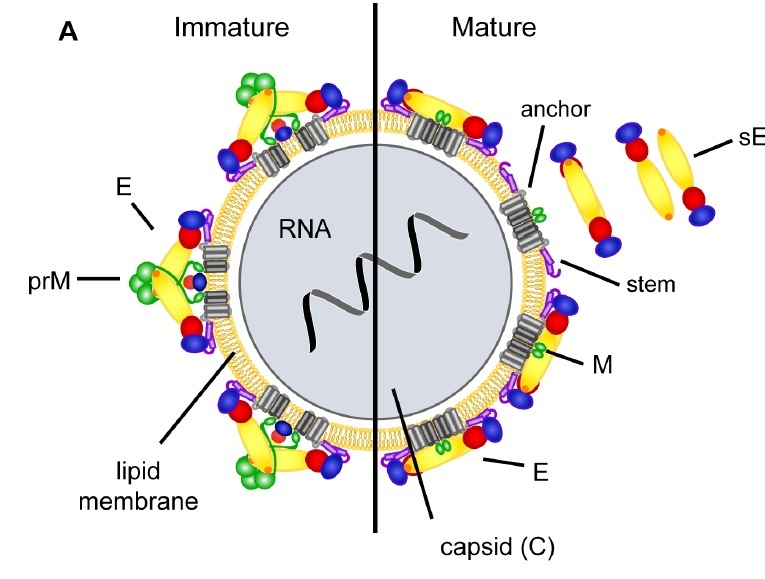
- yellow-fever-virus-schematic-2.jpg
- 765×579
- 2018/01/25 15:19
- 89.8 KB

- yemen_kid.jpg
- 300×168
- 2020/02/28 15:03
- 11.7 KB
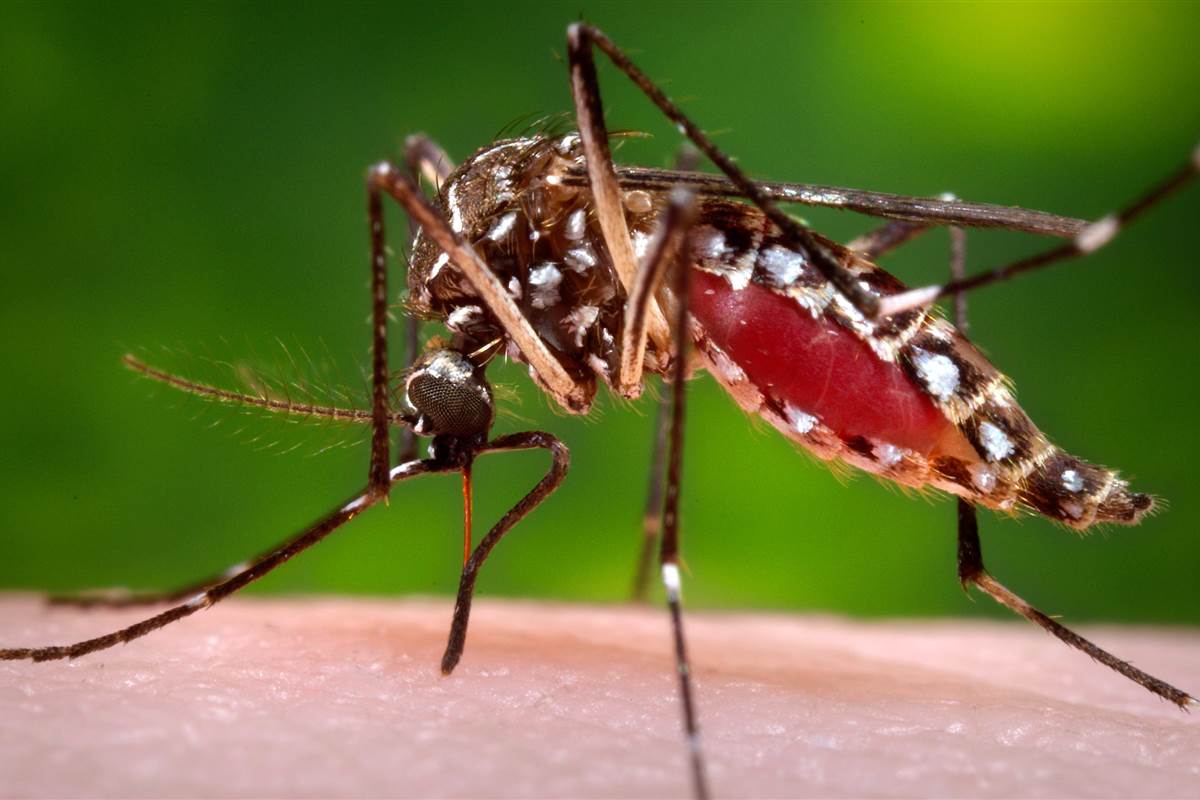
- yf_-_female_aedes_aegytpi_mosquito.jpg
- 1200×800
- 2018/01/25 15:19
- 76.6 KB
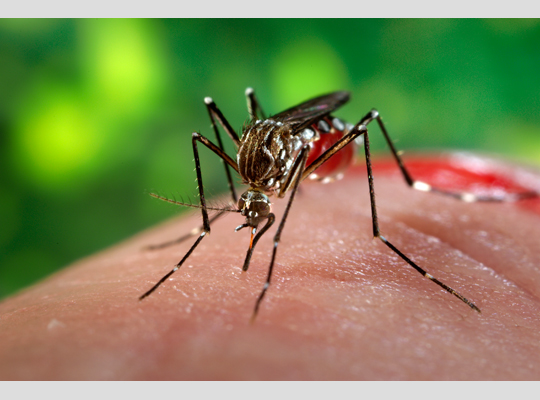
- yf_-_female_aedes_aegytpi_mosquito_2.jpg
- 540×400
- 2018/01/25 15:19
- 288.7 KB
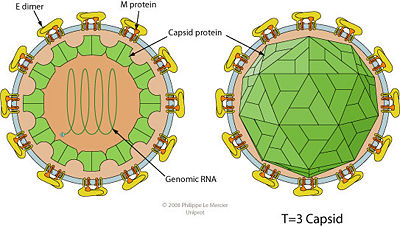
- yf_-_structure_of_yfv.jpg
- 400×227
- 2018/01/25 15:19
- 36.4 KB
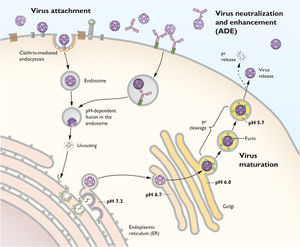
- yf_-_viral_replication.jpg
- 300×247
- 2018/01/25 15:19
- 20.7 KB

- yfv_genome.png
- 928×304
- 2018/01/25 15:19
- 61.8 KB
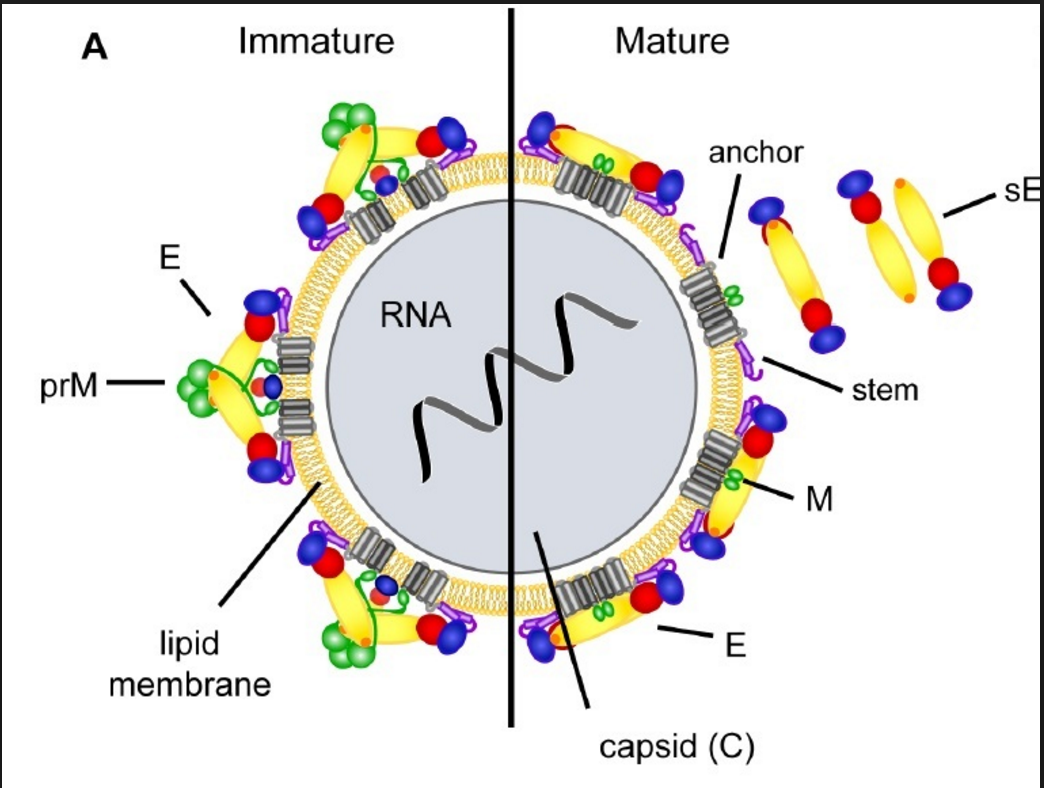
- yfv_structure_.png
- 1044×788
- 2018/01/25 15:19
- 583.7 KB

- yoyoyo.jpg
- 510×478
- 2018/01/25 15:19
- 149.2 KB
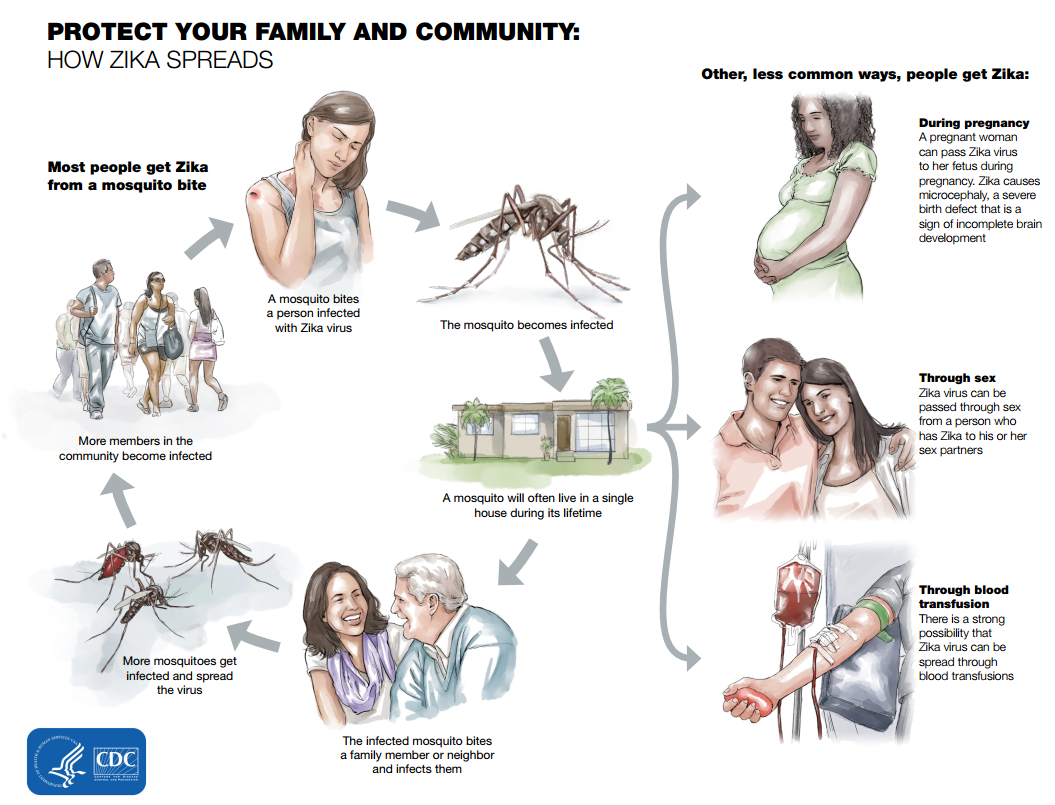
- zika-transmission.png
- 1055×805
- 2018/02/01 09:12
- 623.6 KB
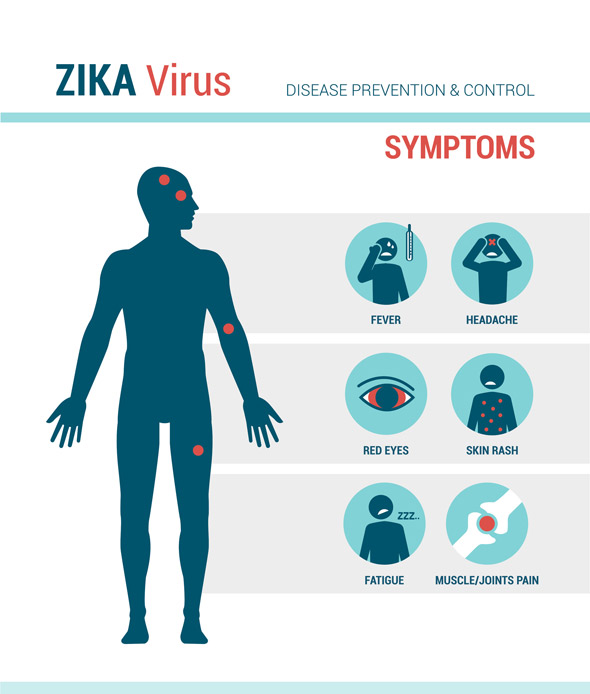
- zika-virus-symptoms.jpg
- 590×694
- 2018/01/25 17:16
- 60.7 KB

- zika_health_effects_and_risk.png
- 661×141
- 2018/01/25 15:19
- 23 KB

- zika_virus.pptx
- 2018/02/01 11:32
- 4.4 MB
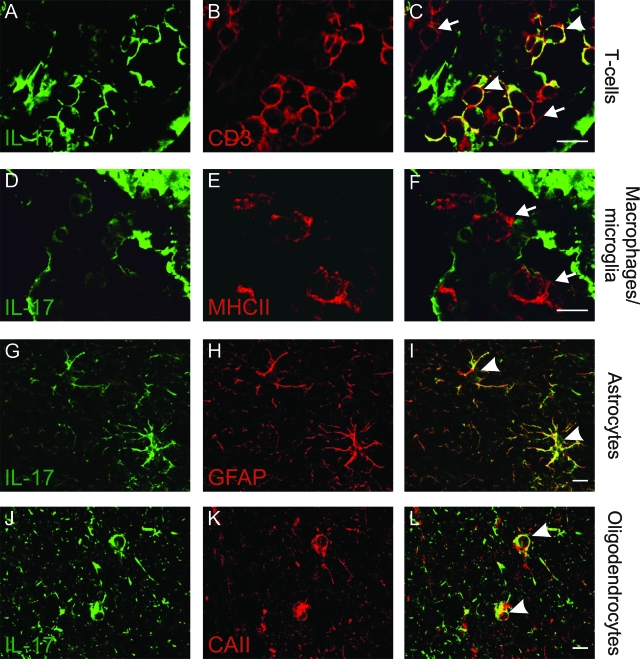
- zjh0010875050002.jpg
- 640×659
- 2018/01/25 15:19
- 317.5 KB
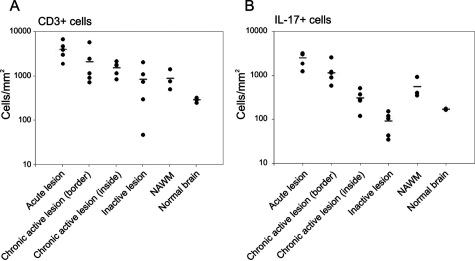
- zjh0010875050004.jpg
- 475×261
- 2018/01/25 15:19
- 32.3 KB
File
- Date:
- 2006/11/16 00:00
- Filename:
- yf_-_female_aedes_aegytpi_mosquito_2.jpg
- Caption:
- 2006 Prof. Frank Hadley Collins, Dir., Cntr. for Global Health and Infectious Diseases, Univ. of Notre Dame This 2006 photograph depicted a female <i>Aedes aegypti</i> mosquito while she was in the process of acquiring a blood meal from her human host, who in this instance, was actually the biomedical photographer, James Gathany, here at the Centers for Disease Control. Youll note the feeding apparatus consisting of a sharp, orange-colored fascicle, which while not feeding, is covered in a soft, pliant sheath called the "labellum, which retracts as the sharp stylets contained within pierce the host's skin surface, as the insect obtains its blood meal. The orange color of the fascicle is due to the red color of the blood as it migrates up the thin, sharp translucent tube. Though out of focus in the background, note the droplet of newly ingested blood that had been expelled, and dispersed from the distal abdominal tip merely due to over-engorgement on the hosts blood. As the primary vector responsible for the transmission of the <i>Flavivirus</i> Dengue (DF), and Dengue hemorrhagic fever (DHF), the day-biting <i>Aedes aegypti</i> mosquito prefers to feed on its human hosts. <i>Ae. aegypti</i> also plays a major role as a vector for another <i>Flavivirus</i>, "Yellow fever". Frequently found in its tropical environs, the white banded markings on the tarsal segments of its jointed legs, though distinguishing it as <i>Ae. aegypti</i>, are similar to some other mosquito species. Also note the lyre-shaped, silvery-white markings on its thoracic region as well, which is also a determining morphologic identifying characteristic.
- Photographer:
- Photographer: James Gathany
- Format:
- JPEG
- Size:
- 289KB
- Width:
- 540
- Height:
- 400


